Securing SaaS data involves a shared responsibility model and strong security practices. This Saas Security Compliance Checklist provides important strategies for securing sensitive information in SaaS environments with a focus on proactive measures, new technologies, and ongoing monitoring to avoid breaches and maintain compliance.
SaaS Security Checklist Key Takeaways
Adopt a Security-First Mindset:
- Perform regular security awareness training to teach employees about typical threats.
- Have solid security policies, such as access controls and incident response plans.
- Implement Robust Identity and Access Management (IAM):
- Enforce MFA to introduce a second factor of authentication.
- Periodically review and update user access privileges to avoid unnecessary permissions.
Secure APIs and Encrypt Data
- Implement secure API gateways and real-time monitoring to safeguard API traffic.
- Encrypt data at rest as well as in transit using robust encryption algorithms.
- Establish Incident Response and Recovery Plans:
- Develop a robust incident response plan to reduce downtime and recovery expenses.
- Install automated backups and practice disaster recoveries to enable data resiliency.
The SaaS Security Compliance Checklist includes actionable steps to respond rapidly to incidents, minimize damage, and ensure business continuity through backups and simulations.
With the extensive use of SaaS, data security issues have grown progressively important. SaaS applications maintain enormous volumes of sensitive information, such as personal, financial, and proprietary business data. As a result, companies find it difficult to safeguard their SaaS data against insider threats and expensive cloud data breaches. In particular, the latter is the costliest form of data breach, averaging USD 5.17 million.
Most organizations mistakenly believe that SaaS vendors are solely responsible for securing all sensitive information. However, SaaS security is based on a shared responsibility model, where data security is primarily the customers’ responsibility. SaaS vendors, in turn, are typically responsible for protecting the SaaS infrastructure, such as the network, applications, physical security, data centres, and underlying software and hardware. In short, your data is your responsibility.
Implementing robust security controls and best practices is crucial to protecting SaaS data, yet it requires skills, expertise, and technologies. We’ve prepared this SaaS security checklist to gather all best practices and expert recommendations for SaaS data security. Let’s protect your SaaS data together.
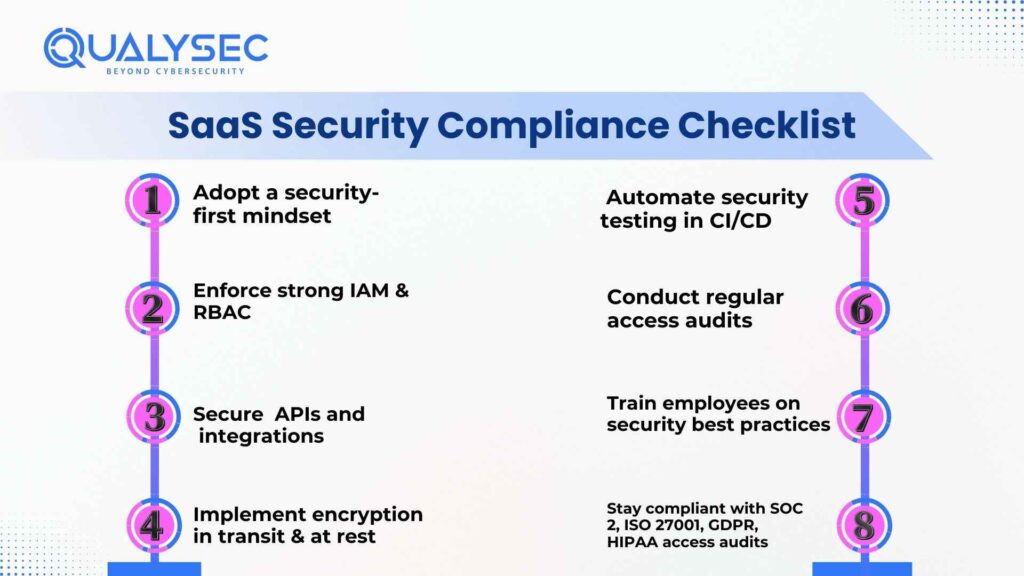
Adopt a Security-First Mindset
A security-first culture embeds security in all business processes. Organizations with this culture continually aim to embed security controls and take on practices aimed at preventing, monitoring, and responding to security threats effectively. A security-first culture is data security and protection awareness-based, and therefore, companies should depend highly on recurring security awareness and training.
Integrating a SaaS Security Compliance Checklist can help organizations stay consistent with this approach.
Provide regular security awareness training
A major advantage of frequent security awareness training is boosts cybersecurity. Through education of employees regarding typical threats to SaaS data, including phishing attacks, malware, and social engineering, companies can minimize exposure of the most sensitive information to these dangers. Acknowledging the value of human assets in protecting their SaaS environments, three out of every ten (68%) organizations augmented investments in educating personnel on SaaS security.
Establish clear security policies
The second critical aspect of a security-first culture is setting clear security policies. Data security policies offer directions and procedures for safeguarding sensitive SaaS data against unauthorized use, breaches, and other forms of security attacks. Critical elements of data security policies include:
Access controls: control who has access to what data and under what conditions and reduce exposure of data;
- Data handling procedures specify how to securely store, transmit, encrypt, retain, and dispose of data.
- Incident response procedures: include a sharp plan for reporting, identifying, and responding to security incidents;
- Incident response: stipulates procedures to detect, report, and handle data breaches or security incidents;
- Monitoring and auditing: sets procedures for periodic review and auditing of data access and use to detect and prevent potential security problems.
All of the above are core components of a SaaS Security Compliance Checklist.
Conduct threat modeling and automate security testing
Including threat modeling within a security-first approach to system design, development, and operation is required for active control of risks and safeguarding against future threats. A security-first approach emphasizes considering security early and throughout the life cycle of all system components and aspects. Within this method, threat modelling is essential since it systematically discovers, analyzes, and evaluates possible attacks, vulnerabilities, and attack modes before they have the opportunity to be exploited.
Implement DevSecOps practices
DevSecOps is an important part of the overall security culture. DevSecOps – development, security, and operations – is a methodology that weaves security into every aspect of the software development life cycle. Companies implement this methodology to minimize the threat of exploitation of vulnerabilities by hackers. Such intrusions are expensive, time-consuming, and reputation damaging to a business.
The 2025 Verizon DBIR finds that the exploitation of vulnerabilities is now the leading way to initiate breaches, with more than threefold growth over the last two years This growth corresponds to the MOVEit vulnerability and other zero-day attacks.
The DevSecOps methodology lowers the threat of deploying software with misconfigurations and other vulnerabilities that can be exploited by bad actors.
Implement Strong Identity and Access Management (IAM) Controls
Verifying the identity of a user is one of the SaaS environment’s fundamental prerequisites to remain secure and compliant. Although the identity concept itself is simple to grasp, making it practically secure is trickier than it may appear. Older username and password mechanisms cannot safeguard SaaS data. A Ticketmaster data breach involving a record 550 million is indicative of this, having resulted from an intrinsic failure in IAM on a third-party cloud-based storage facility. So, let’s look at what the effective IAM controls are.
Enforce multi-factor authentication (MFA)
Multi-factor authentication (MFA) is a requirement and one of the best-practice CIS controls being adopted to safeguard SaaS data. MFA is an easy and secure method for applying an additional layer of security beyond the standard username and password. Cloud giants like Google Workspace and Microsoft 356 offer MFA features—e.g., AWS MFA or Google MFA —to safeguard cloud data.
When MFA is activated, users are required to authenticate with two (or more) factors, which are:
Something the users know (their PIN, password, or username);
- Something the users have (authenticator app, security tokens, email, text, or phone call);
- Something the users are (biometrics, facial/voice recognition, or fingerprint).
- All these factors combine to provide added security by making it impossible for unauthorized parties to access an organization’s SaaS data unless a valid MFA challenge has been fulfilled.
NOTE: IAM strategies and techniques are continually evolving, and so are hackers’ techniques. It is not practical to depend solely on MFA as the single IAM control. Attackers are now targeting post-authentication attacks that evade MFA entirely, and there are more than 1 million attacks per month deployed with the MFA-bypass tool EvilProxy. Attackers who fail to steal user credentials steal proof of authentication instead.
But MFA bypassing itself is not a reason to abandon MFA. But other IAM controls have to be put in place alongside MFA.
Implement role-based access control (RBAC)
In SaaS, RBAC is essential in protecting sensitive SaaS data. RBAC controls access by compartmentalizing permissions into roles and responsibilities, providing users with access to only the data and features necessary for their roles. For instance, using Google Workspace RBAC, users can assign roles based on:
Job responsibilities:
- Tenancies or organisations; or
- Assign temporary roles to analysts to investigate an issue.
- While a number of SaaS vendors support RBAC features, it is up to the organization to set up access correctly in order to restrict data access to a limited number of users.
Regularly review user access rights
Checking user access rights is crucial to SaaS data security. Users tend to have redundant and obsolete access permissions or even still maintain access to confidential information even after they leave the organization. A shocking 67% of organizations have former employees who still maintain access to Google Workspace assets for more than five years.
To avoid data security violations, users must only have access to the data required for their job functions. Administrators need to review and modify access rights periodically, especially when:
- Projects are finished;
- Employees quit the company or switch jobs;
- Contracts with outside parties terminate.
Consider zero-trust security architecture
Zero Trust (ZT) is the new standard for protecting today’s distributed data. This is based on the idea that trust must never be implied, no matter what the network location or asset owner. Zero Trust demands constant validation of all access to enterprise resources, with a focus on data and service protection instead of just securing network perimeters.
A strong Zero Trust Architecture (ZTA) secures known attacks and will adapt to others when they come on the scene. Feedback loops support this adjustability, which is an essential piece of security advice from such things as National Institute of Standards and Technology (NIST) guidelines, so it can constantly authorise in real-time to make security steps ahead of rapidly developing threats.
Secure APIs and Integrate Real-Time Protection
The amount of API communication and sensitive SaaS data passed via APIs is growing. With APIs receiving more than 83% of web requests, security in contemporary SaaS environments also depends significantly on proper API configurations.
Use secure API gateways
Secure API gateways are a key element of SaaS data protection in that they serve as a single point of control for handling and monitoring API traffic. They apply rigorous authentication and authorization mechanisms, including OAuth 2.0 and Mutual TLS, to ensure that authorized users and applications can access confidential data. API gateways also apply rate limiting, throttling, and anomaly detection to avoid abuse and forestall prospective DDoS attacks.
Implement API rate limiting and throttling
Employing API rate limits and throttling is strongly recommended for preventing the system from overloading and controlling data usage limits per user. Throttling and API rate limits are techniques that govern how much your users should interact with your APIs:
API rate limiting is restricting the number of requests that can be sent to an API over a certain time frame. This is to prevent a single user from overloading a system by sending too many requests in a short space of time.
API throttling, on the other hand, controls the volume of API requests an individual or client can send within a given timeframe (per second, user, or IP address).
Therefore, API rate limiting as well as throttling assist in regulating the quantity of calls for a given timeframe, thus keeping API abuse or misuse at bay by making it hard for spam users to bomb the system with requests and knock the API offline. These solutions are easily applicable directly on the server side by employing a language like Java, Ruby, or Python.
Incorporate real-time monitoring for APIs
The real-time monitoring of APIs refers to the ongoing live monitoring and examination of API traffic, performance, and metrics to pick up on and react to problems instantly. API monitoring benefits organizations by:
- Producing alerts for variations in API traffic;
- Enhancing API availability and lowering mean-time-to-diagnosis (MTTD);
- using fault codes to speed up problem diagnosis.
- rapidly detecting and isolating errors, performance, and latency-related problems.
These characteristics enable immediate problem recognition and resolution, providing maximum API functionality and dependability. Although large SaaS vendors provide their API monitoring solutions, many companies rely on third-party alternatives to secure their SaaS data.
Guard against common API vulnerabilities
For example, critical API weaknesses in FortiSIEM were discovered in 2024, which is a popular Security Information and Event Management (SIEM) product. Renamed CVE-2024-23108 and CVE-2024-23109, the vulnerabilities facilitated far-flung code execution without authentication. Another important API weak point was found in MOVEit, a popular document transfer utility. Known as CVE-2023-34362, this vulnerability had a SQL injection weak spot in the MOVEit Transfer web software that might permit the unauthorized right of entry to its database.
Adding secure API setups and real-time monitoring to your SaaS Security Compliance Checklist boosts protection and ensures compliance.
Encrypt Data at Rest and in Transit
Encryption is one of the main technologies in safety because it makes records inaccessible to any unauthorized consumer. Encryption ensures sensitive data is protected according to compliance and protection necessities. Even while different controls fail to stop statistics leakage out of cloud systems, encryption ensures that leaked facts cannot be read.
Use robust encryption algorithms to secure data
Information in SaaS should be encrypted in transit and at rest. Encryption at rest keeps sensitive information secure from a system breach or data exfiltration by encrypting data when it is stored.
Conclusion
Prioritizing SaaS security compliance is not merely checking boxes; it’s about establishing trust and resilience. This Saas Security Checklist is a starting point roadmap, but ongoing vigilance and flexibility are essential. By taking these steps, you protect your data, safeguard your users, and secure long-term success in the changing SaaS environment. Stay up to date, stay secure, and create a compliant future.

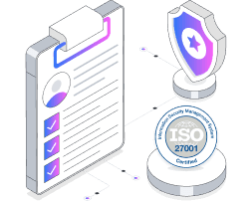
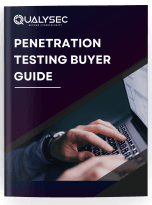


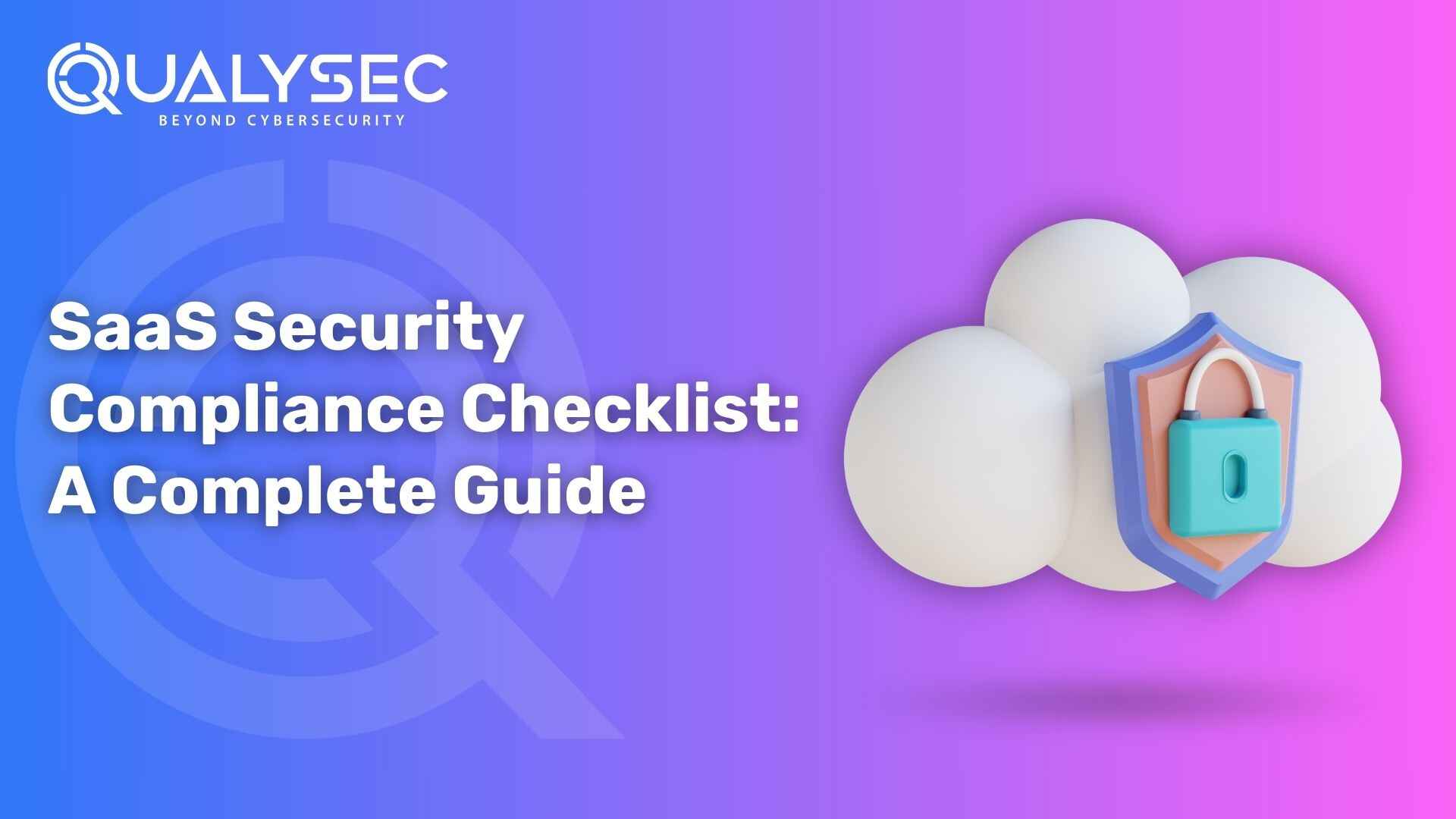




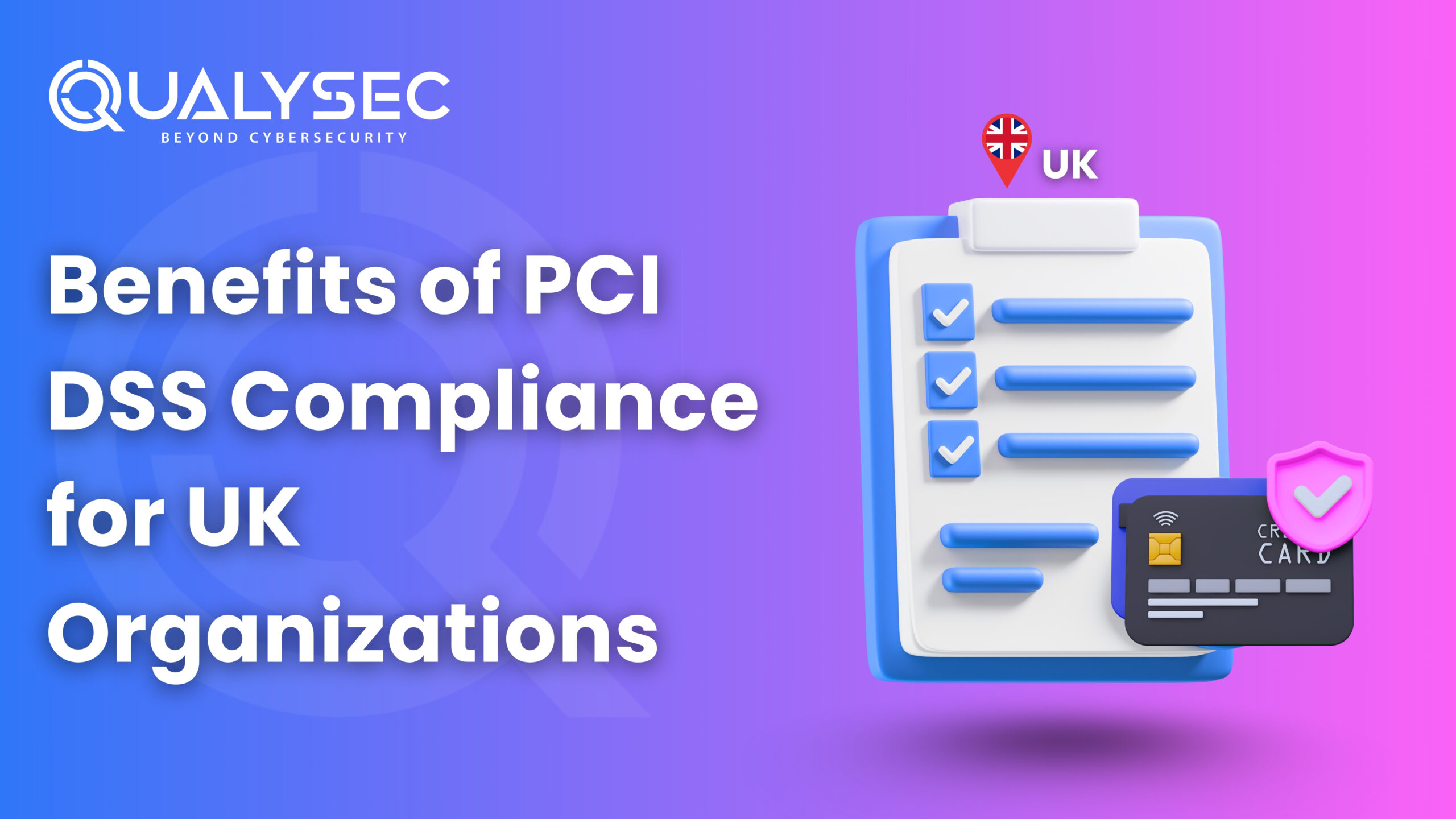
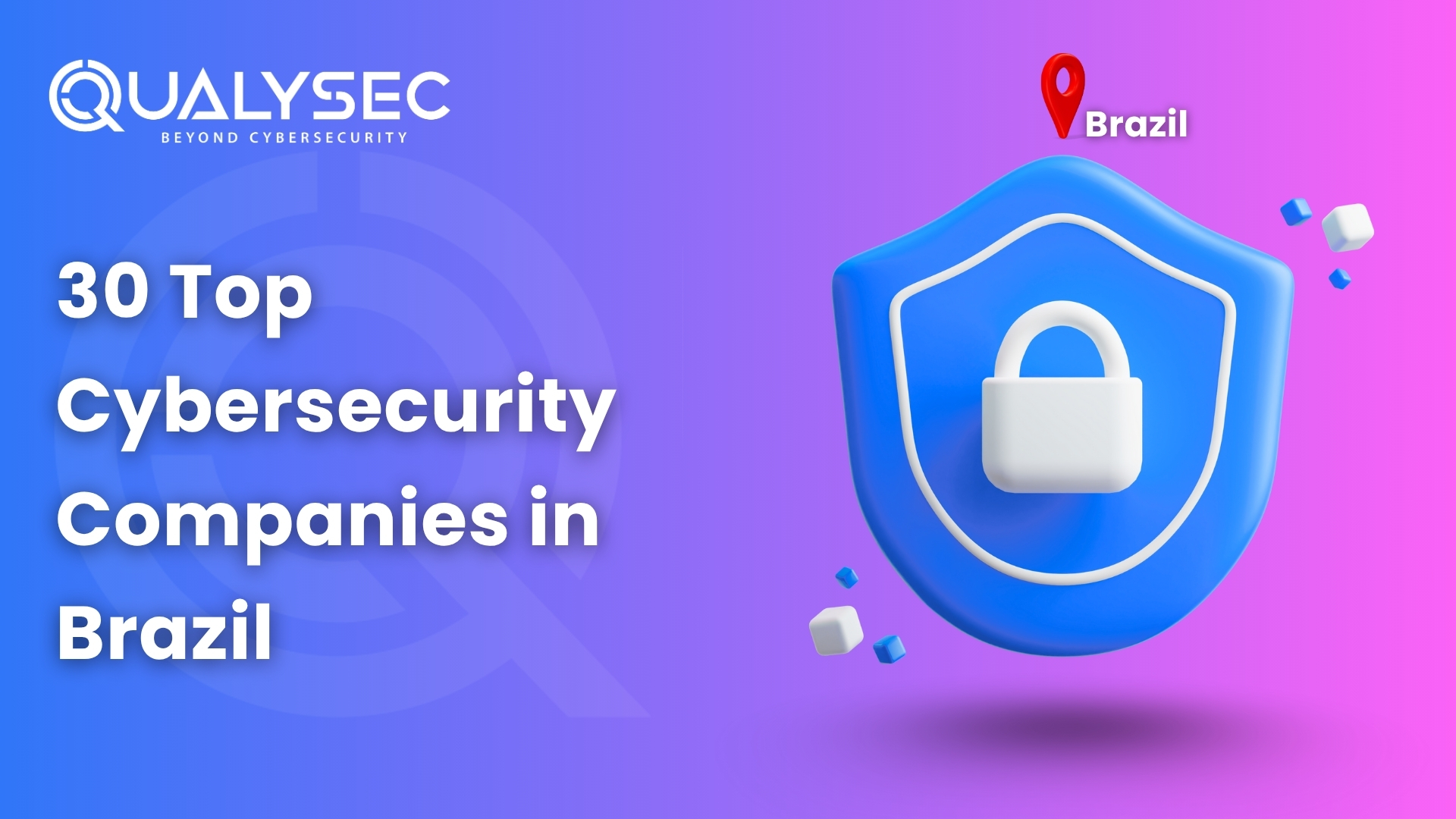
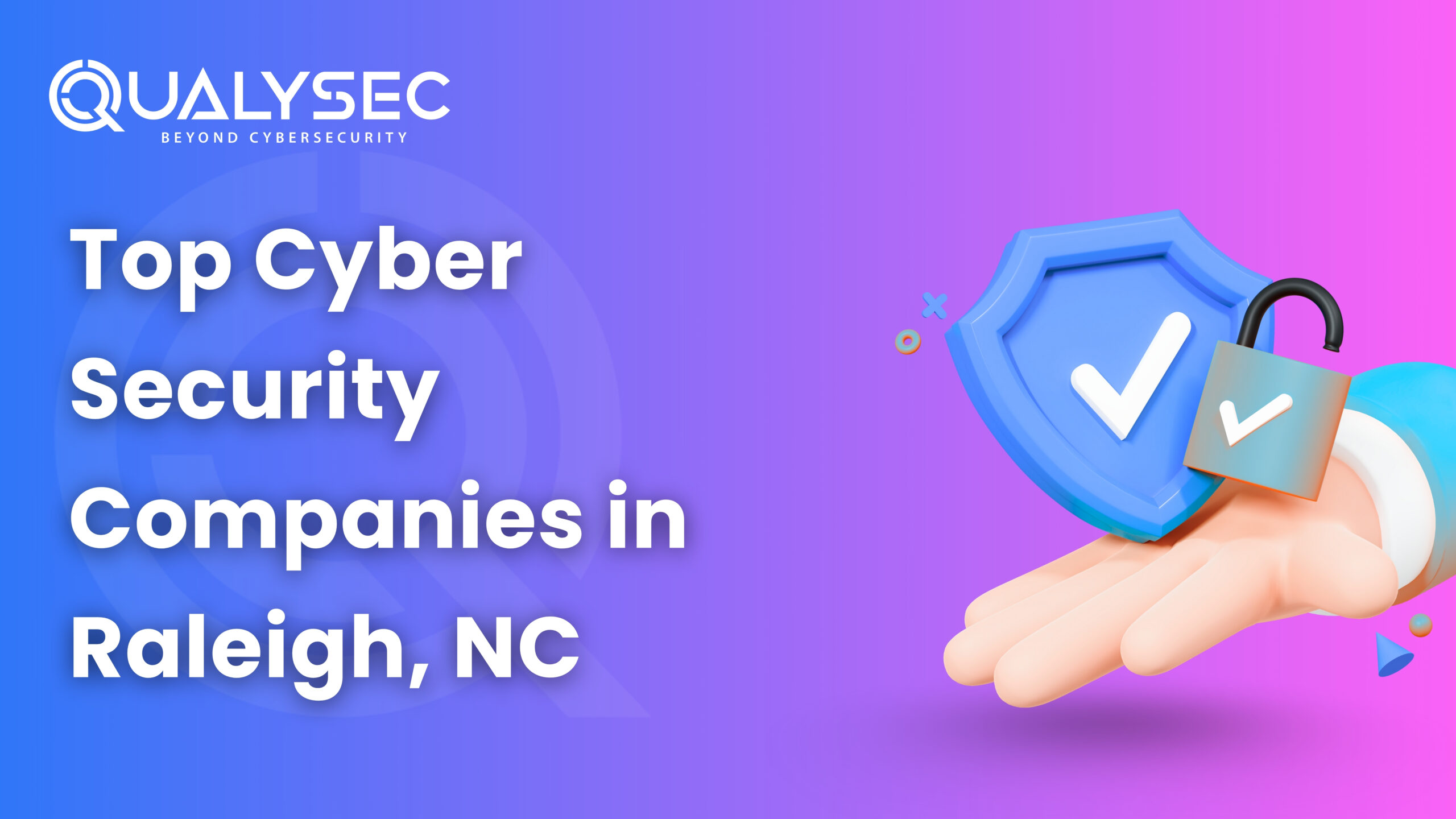
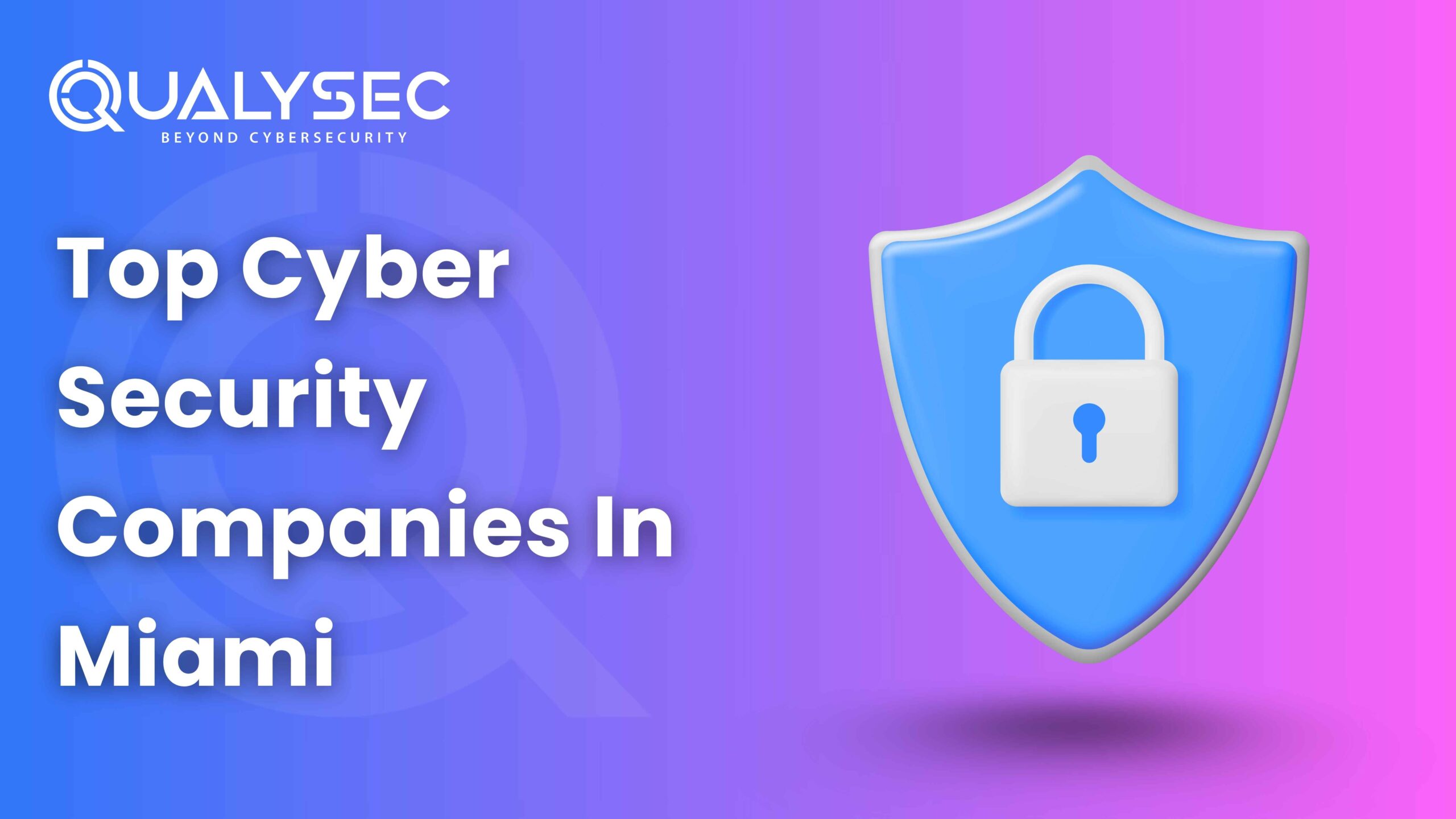

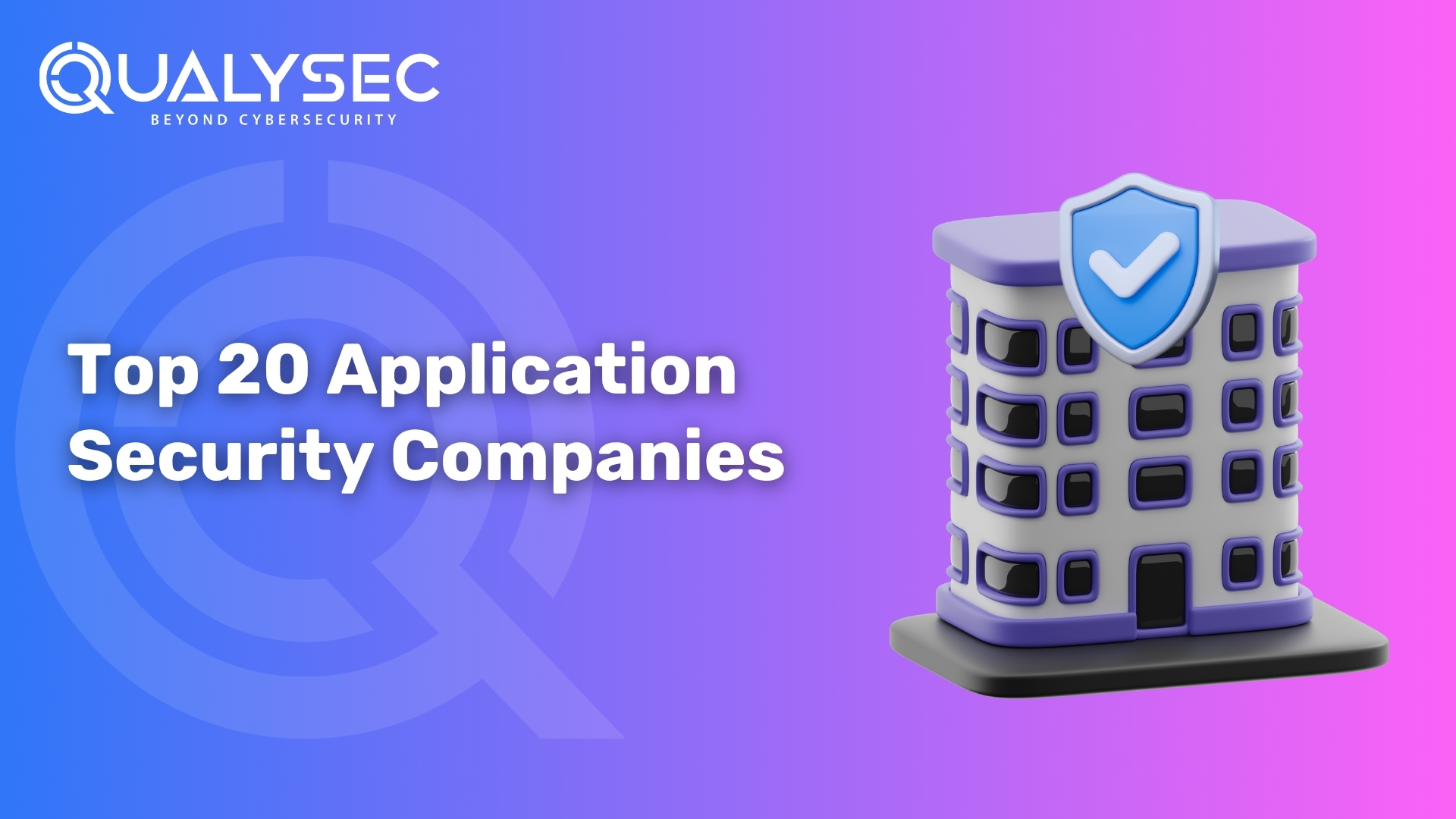

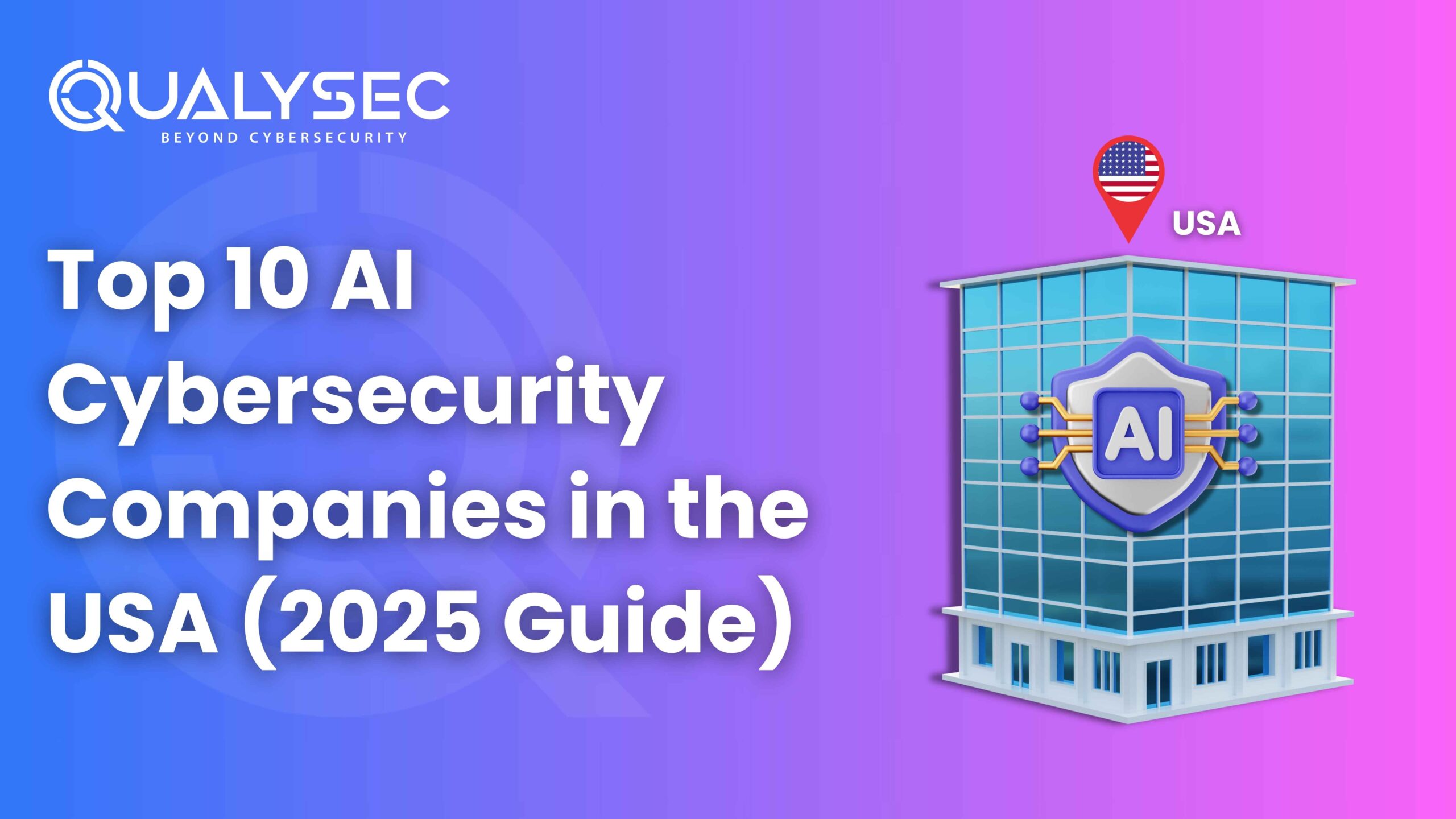
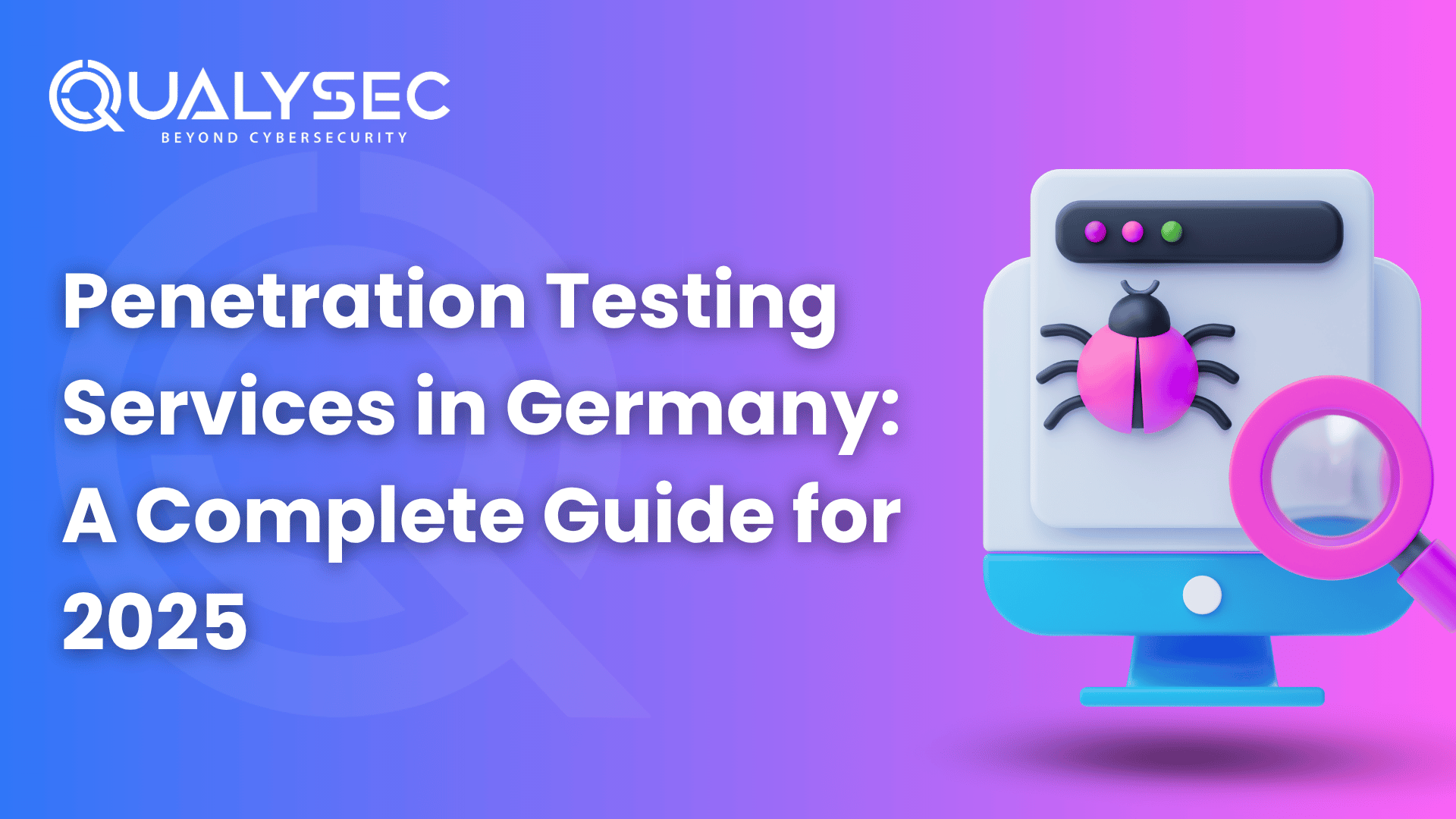
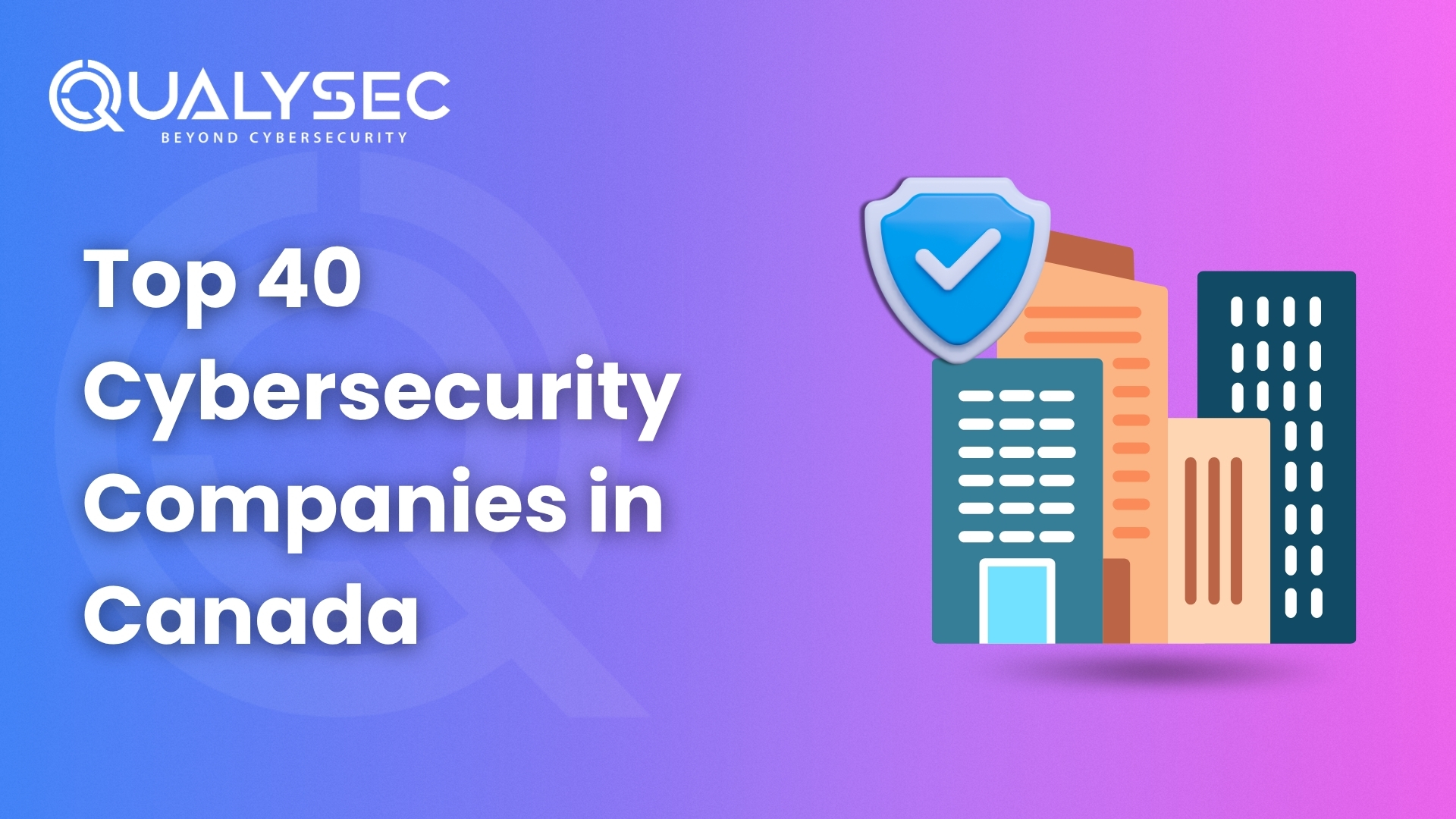

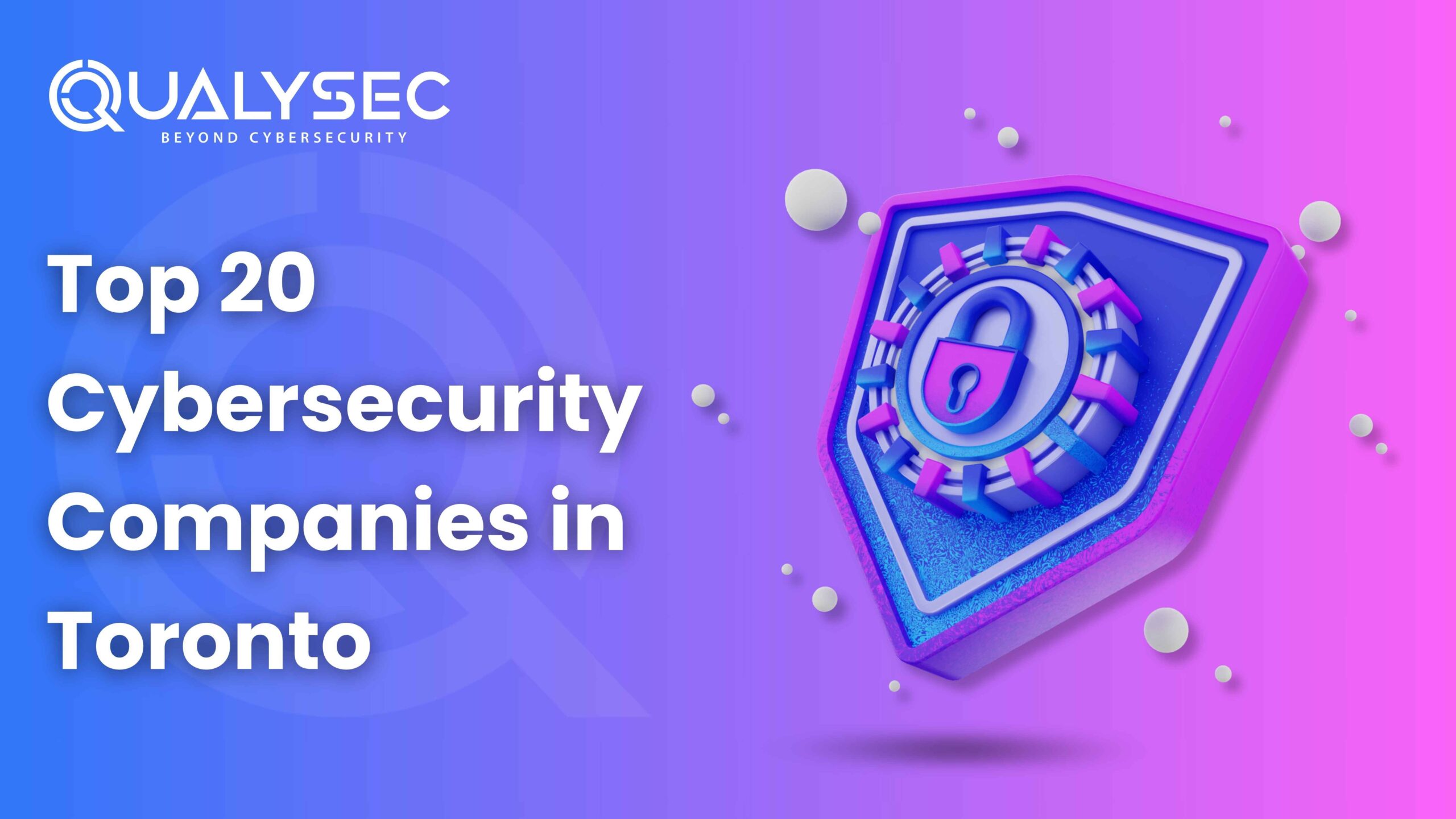
![Top 20 Network Security Companies in USA [2025 Updated List]](https://qualysec.com/wp-content/uploads/2025/05/Top-20-Network-Security-Companies-in-USA-2025-Updated-List-scaled.jpg)
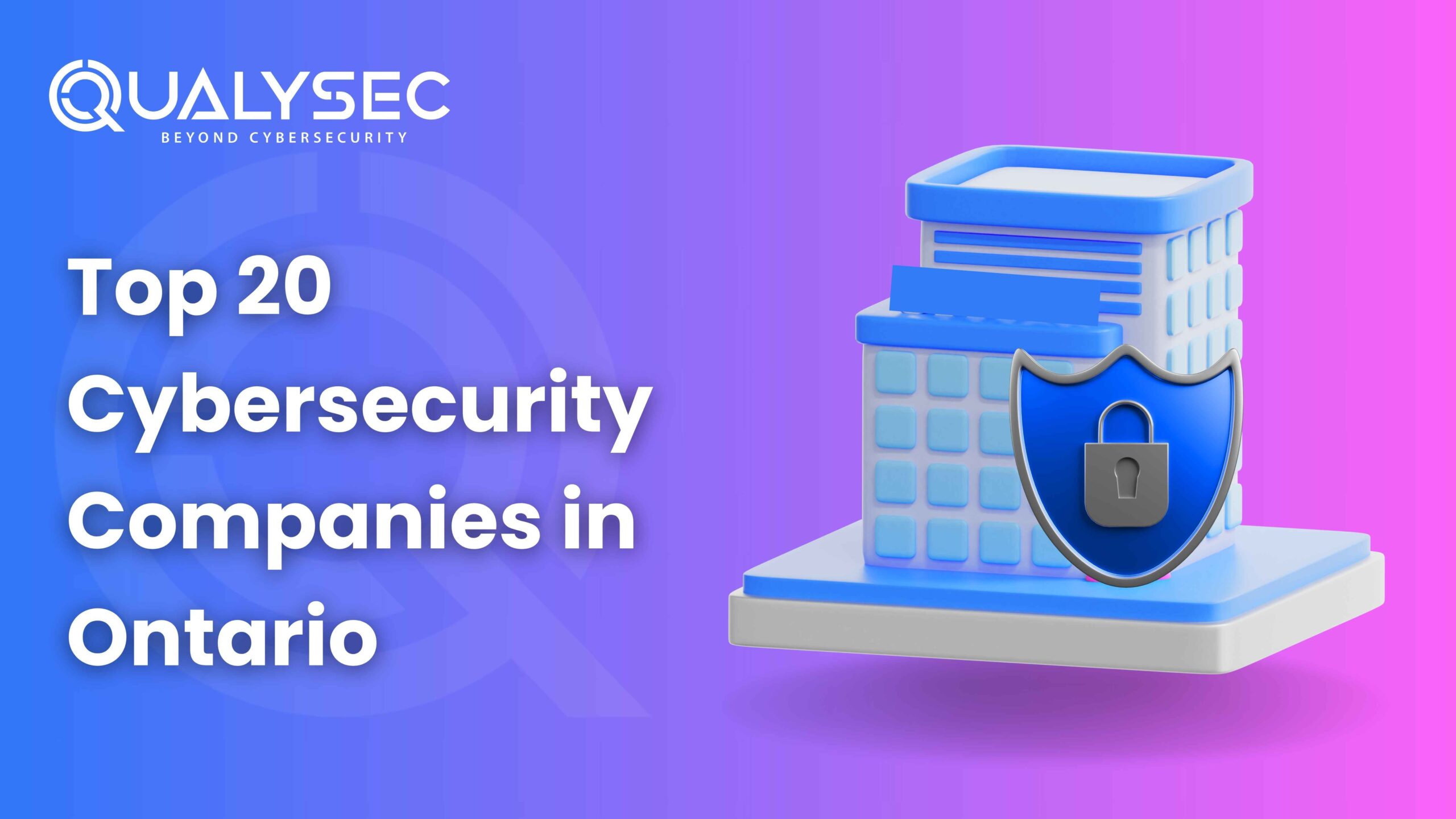
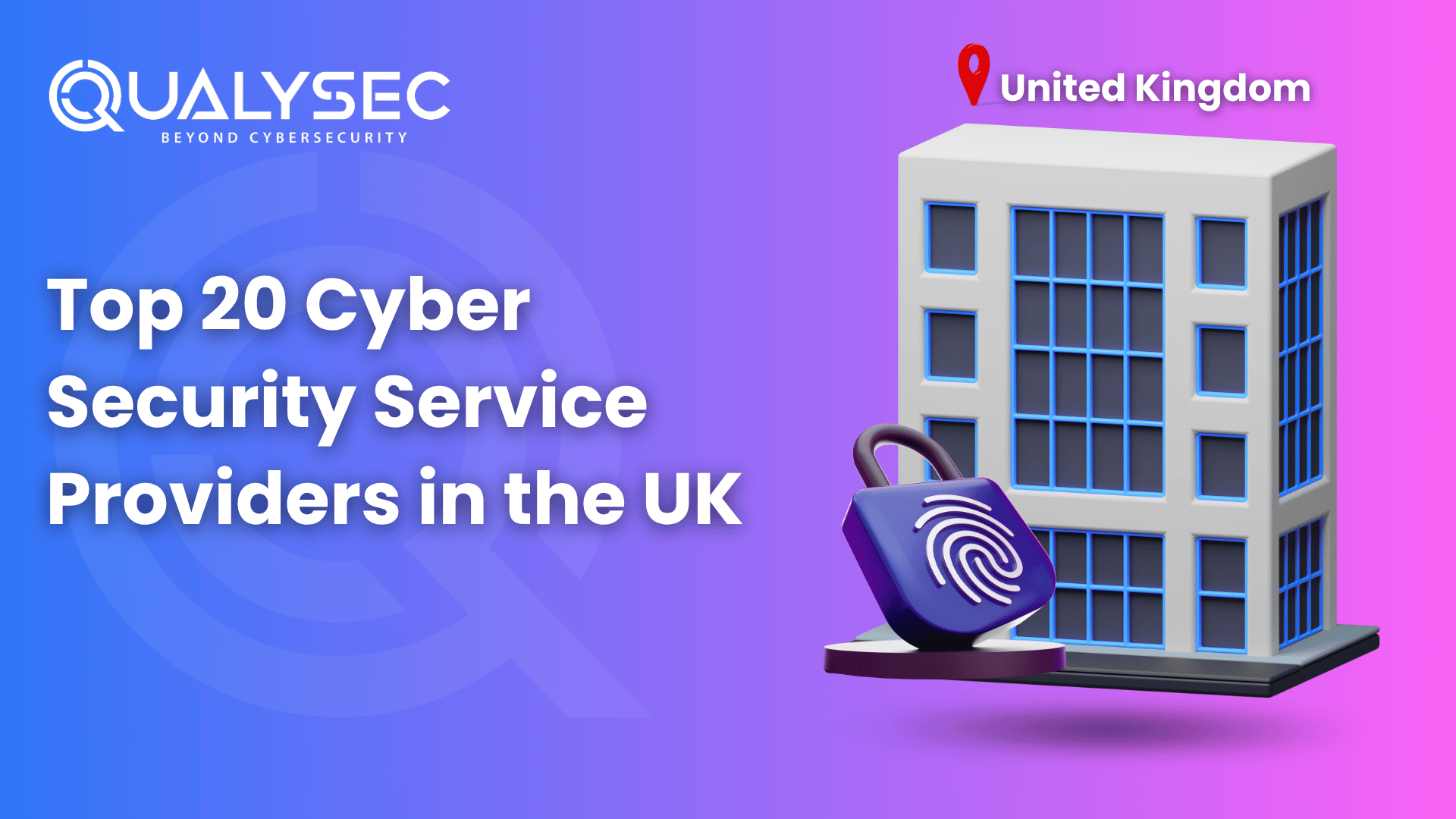
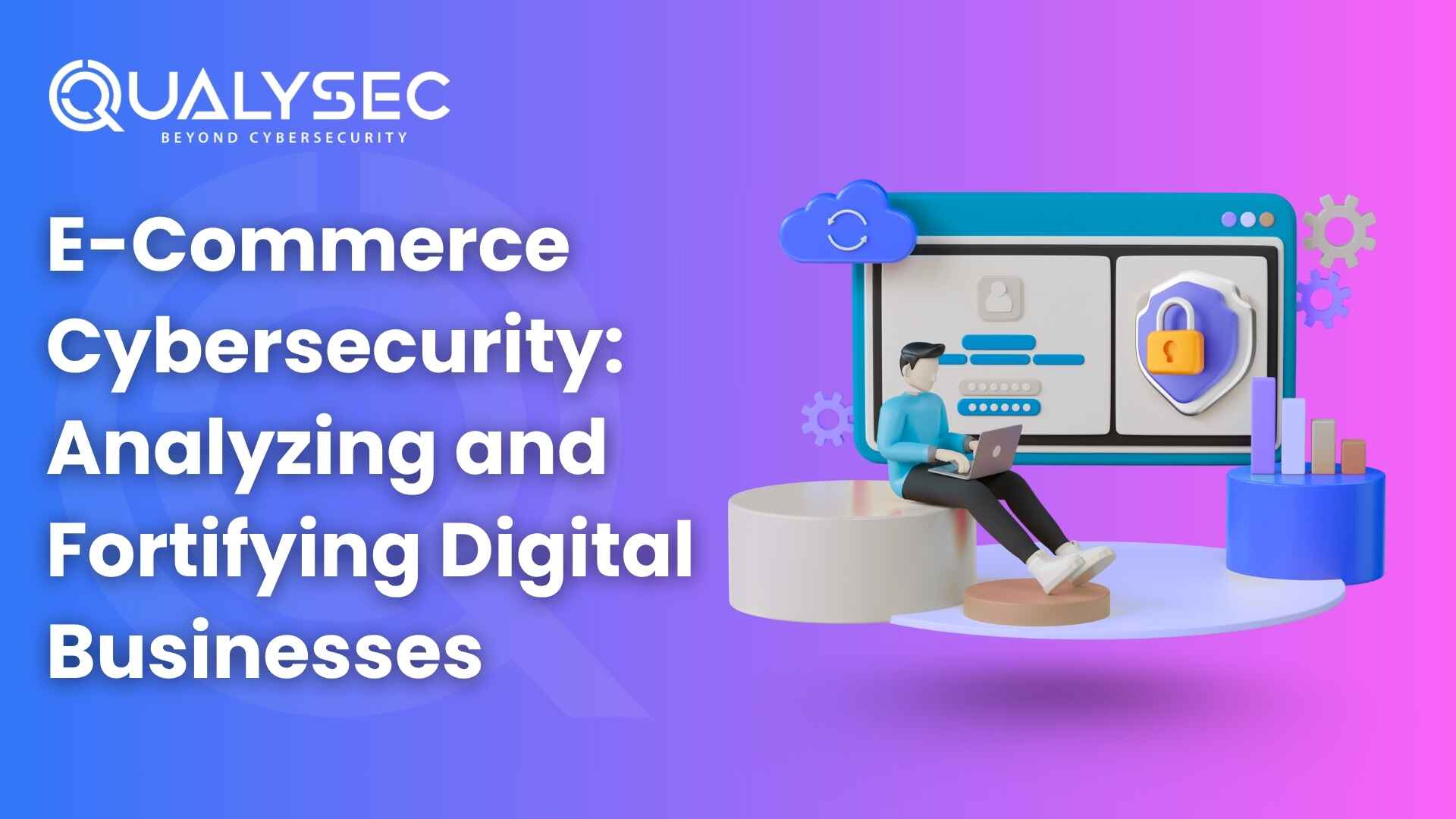

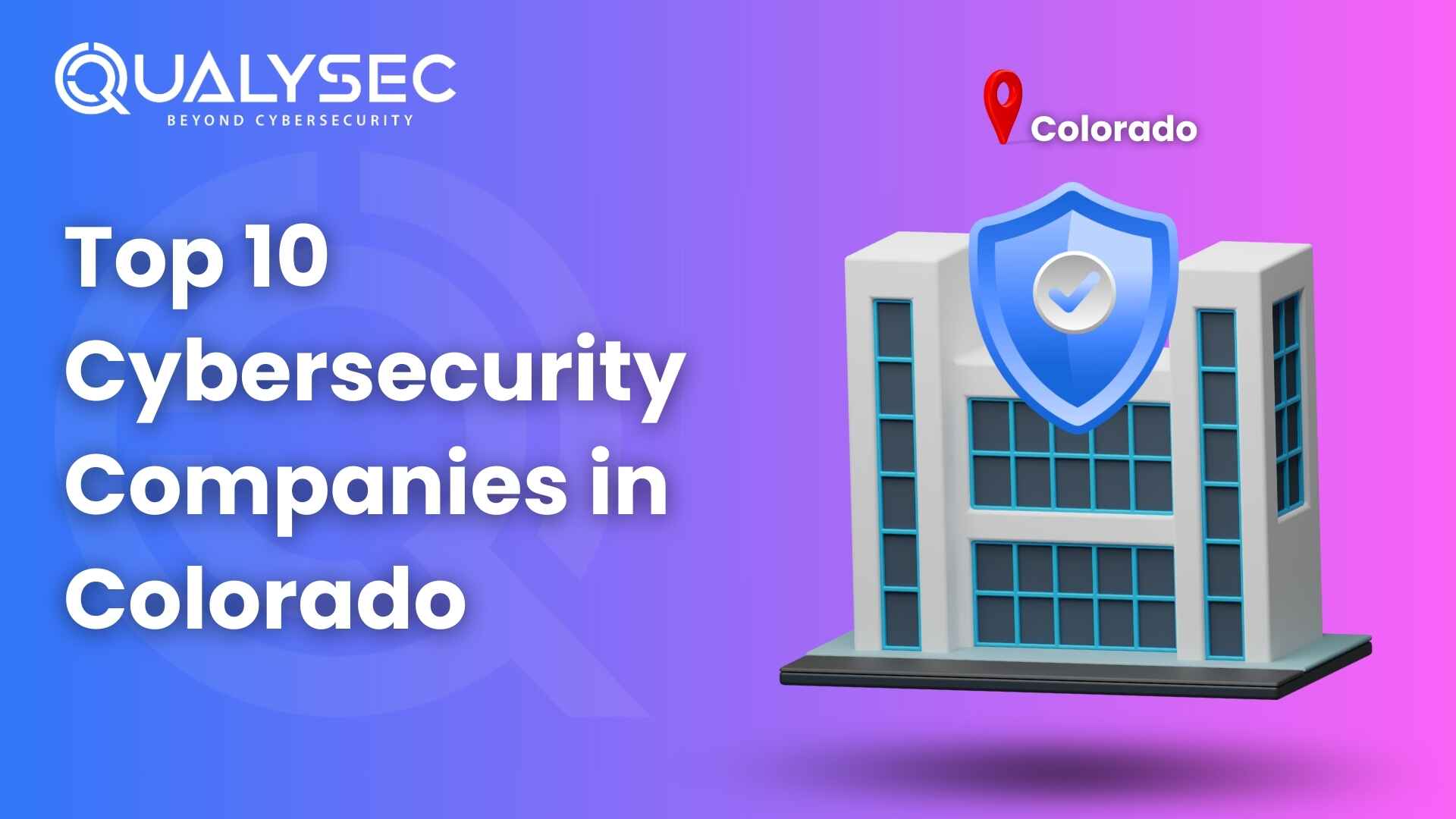

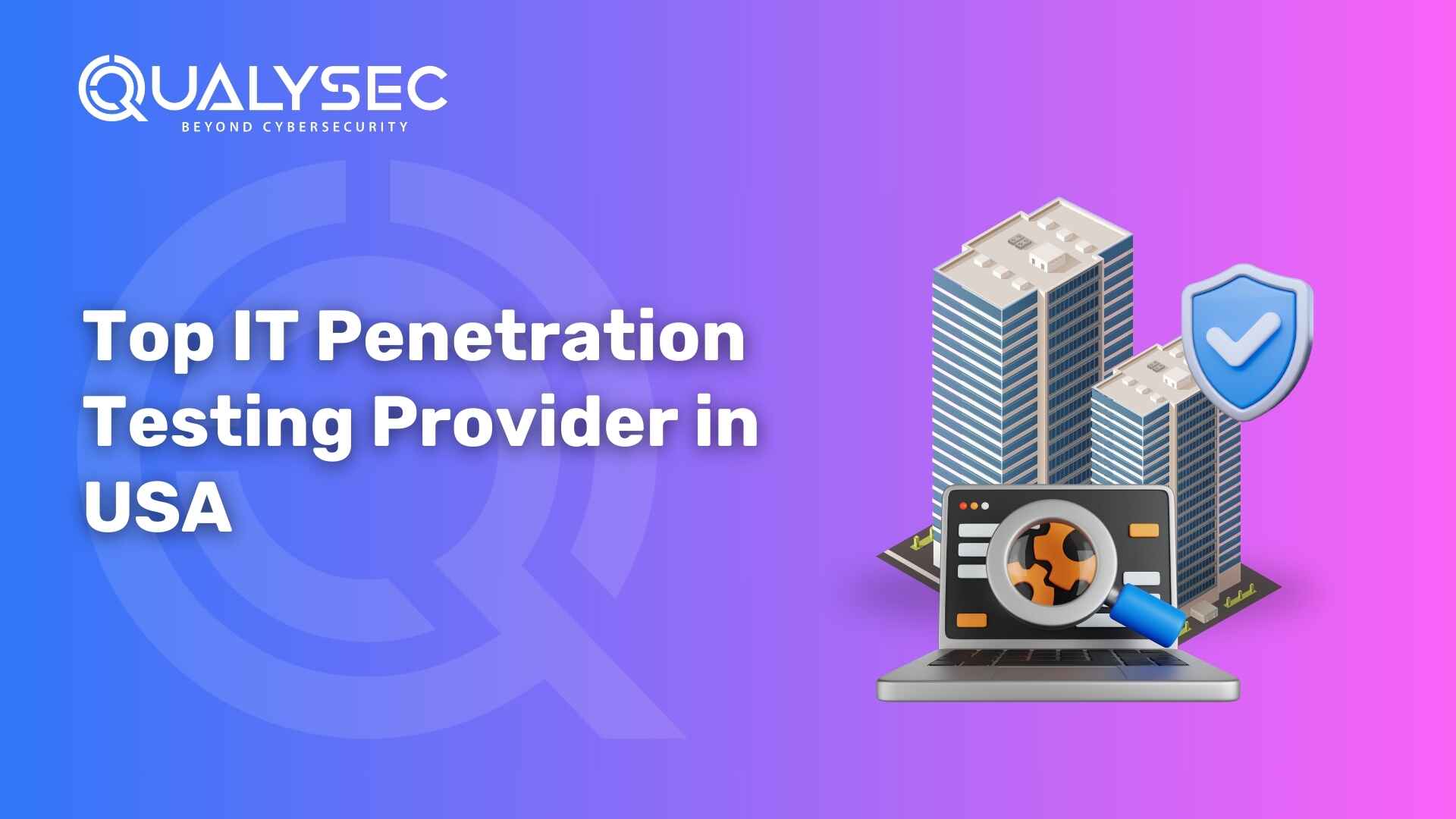
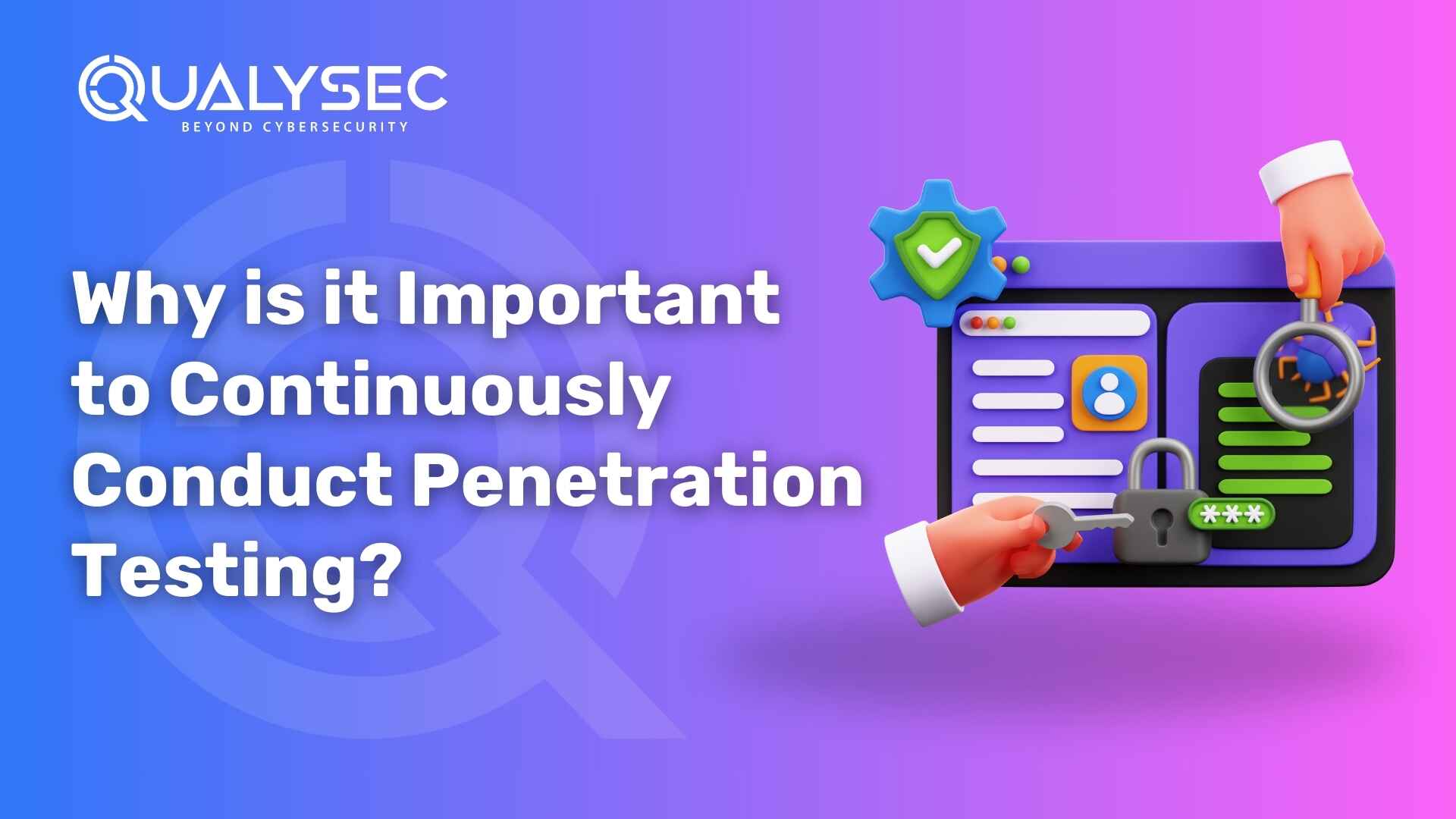
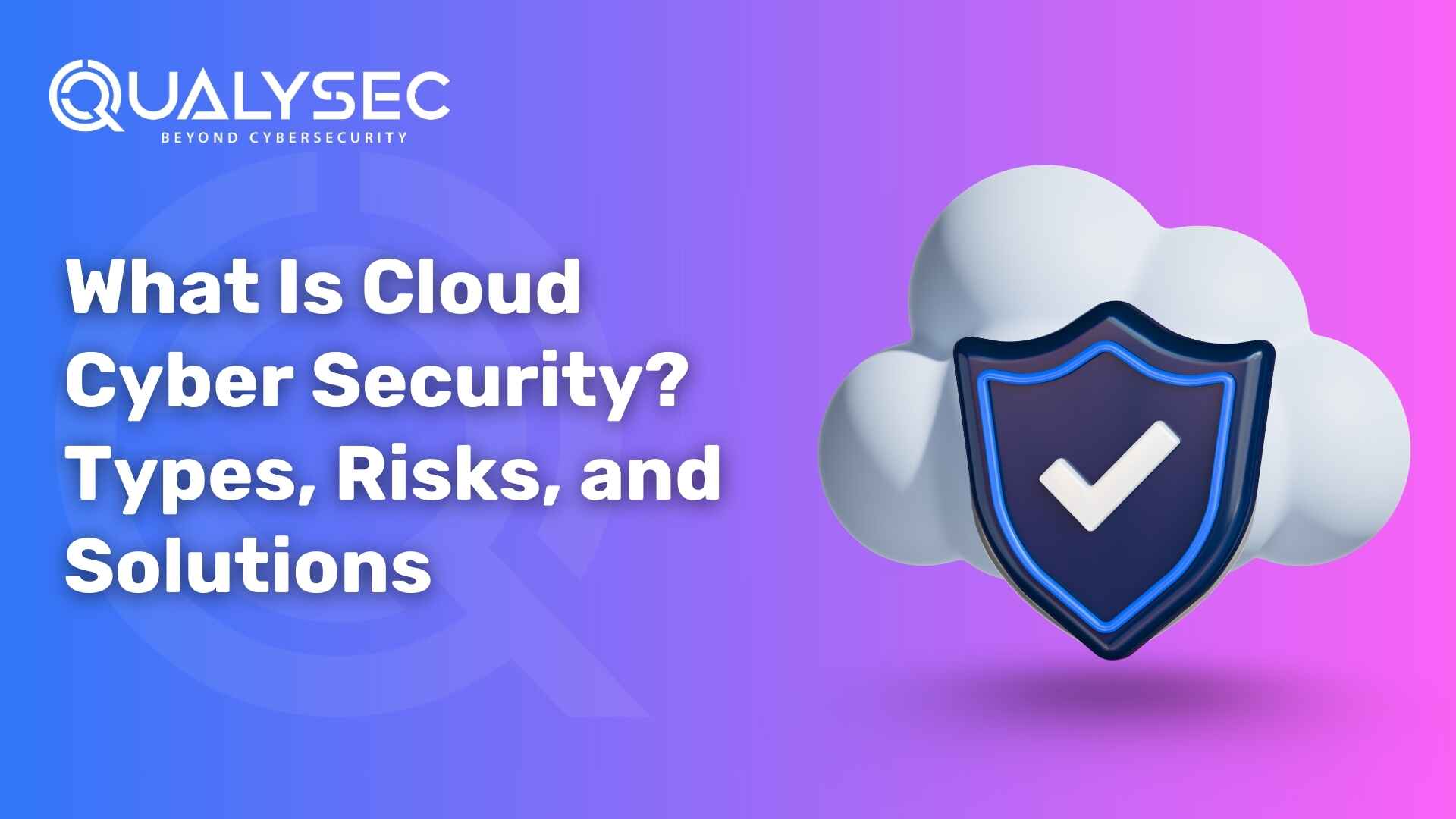
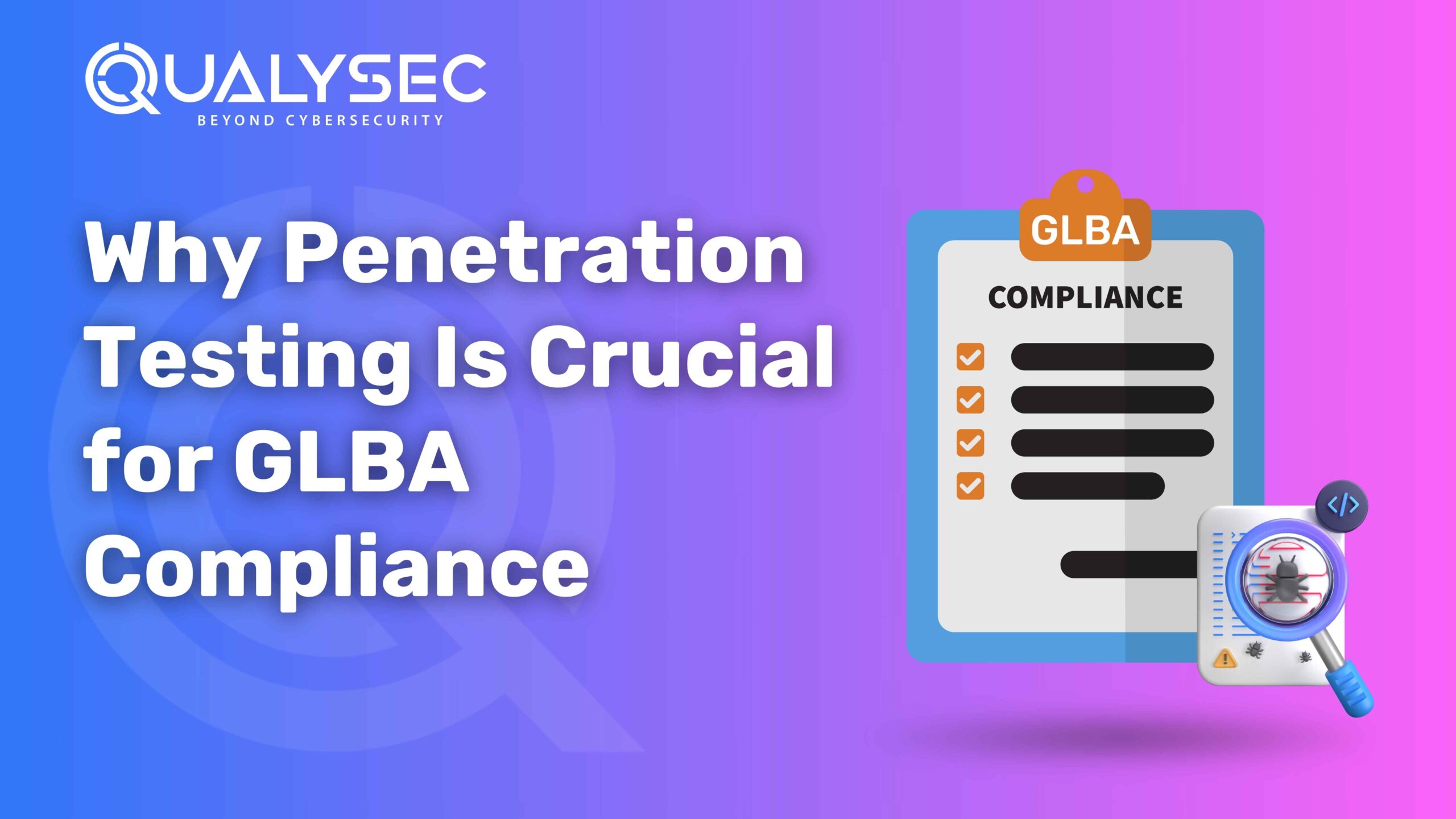
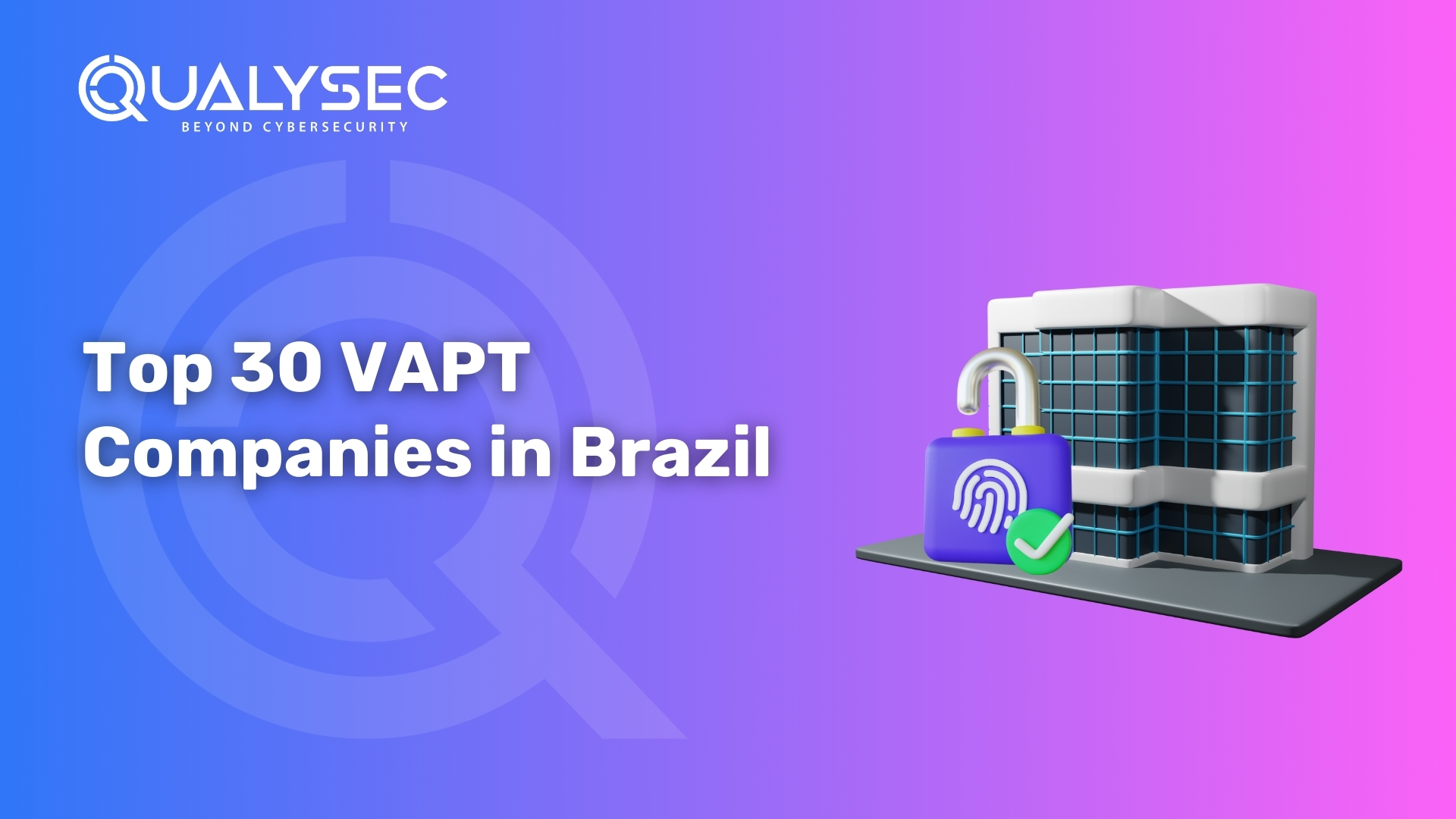
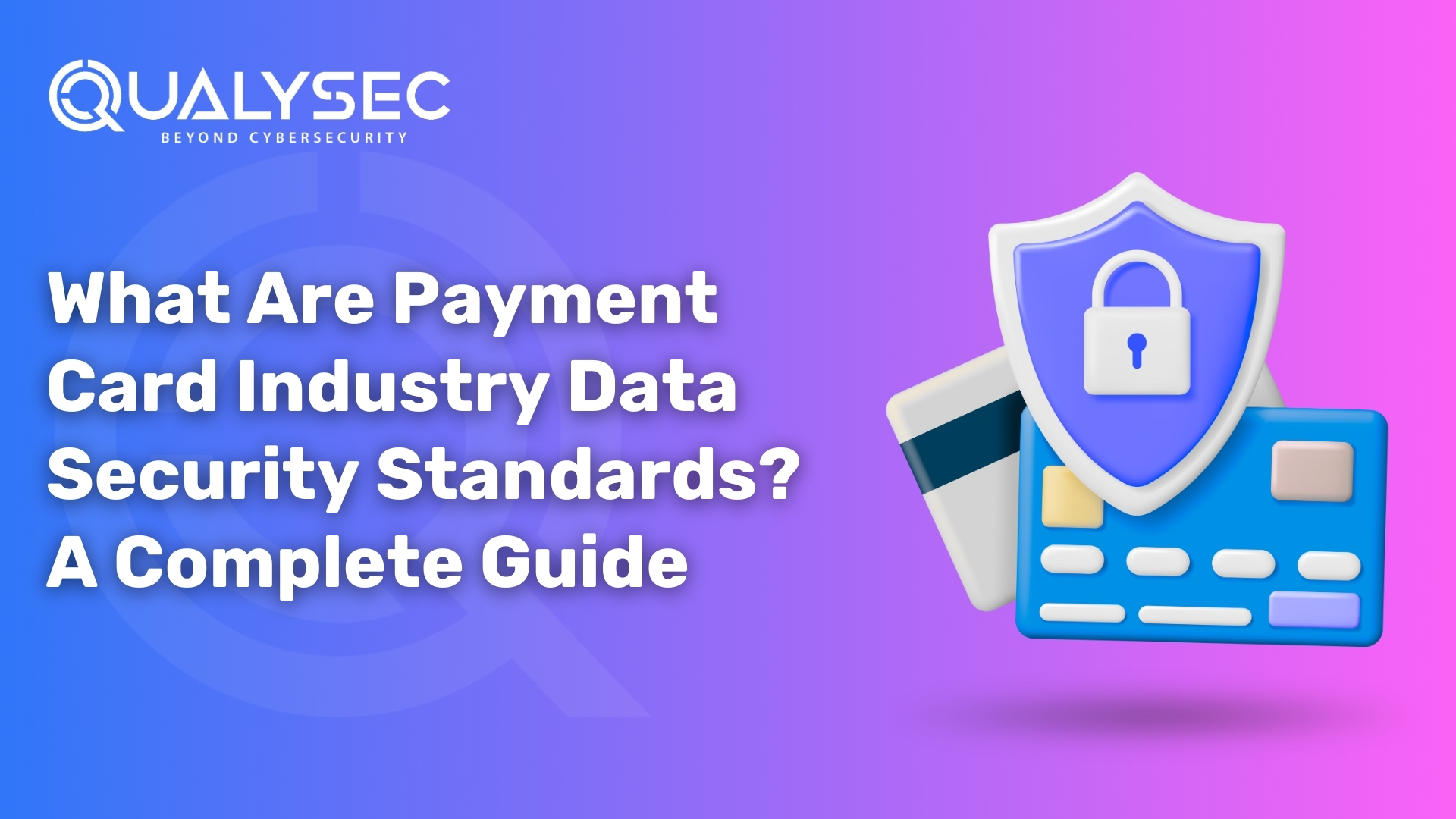
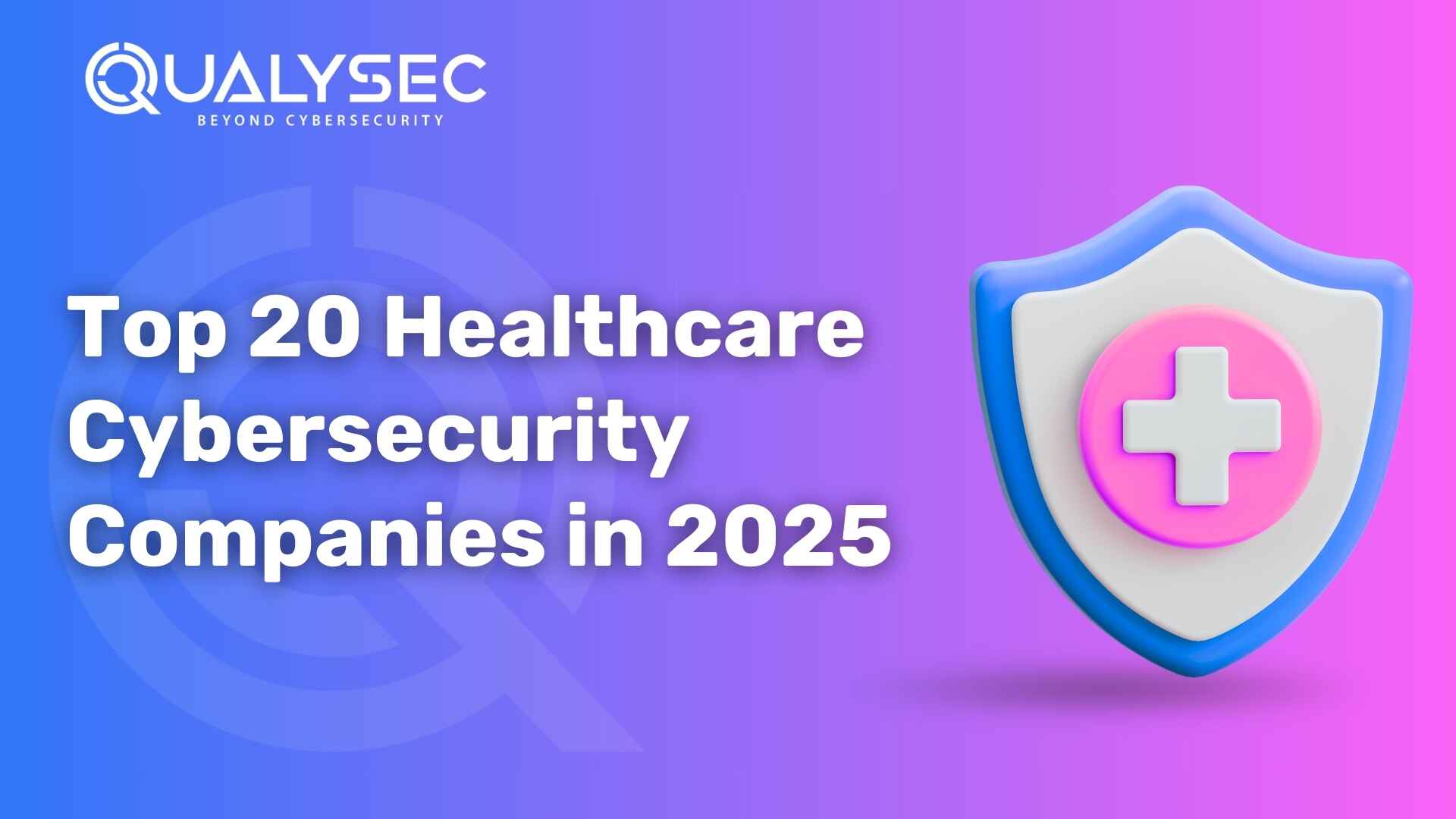
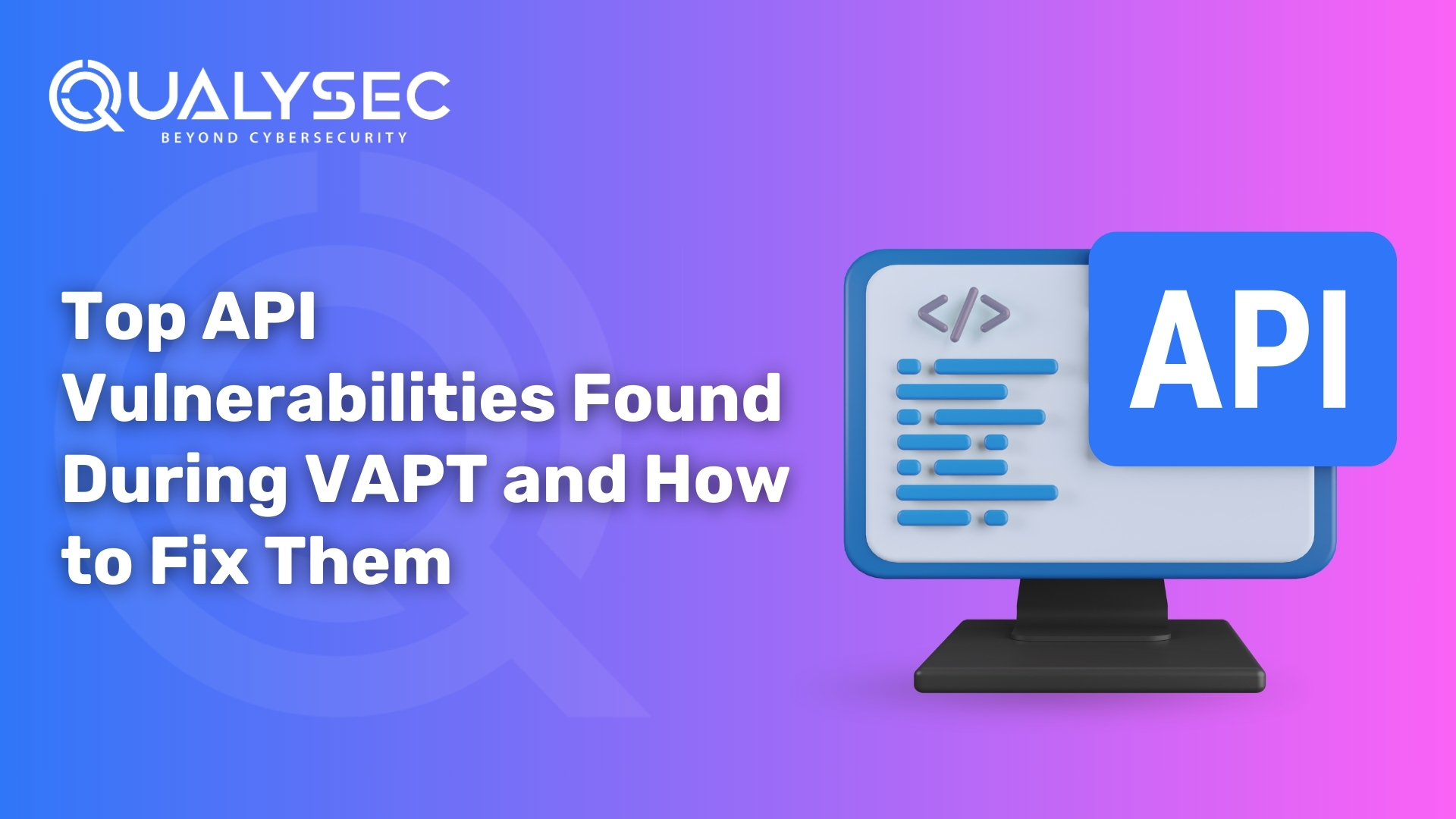
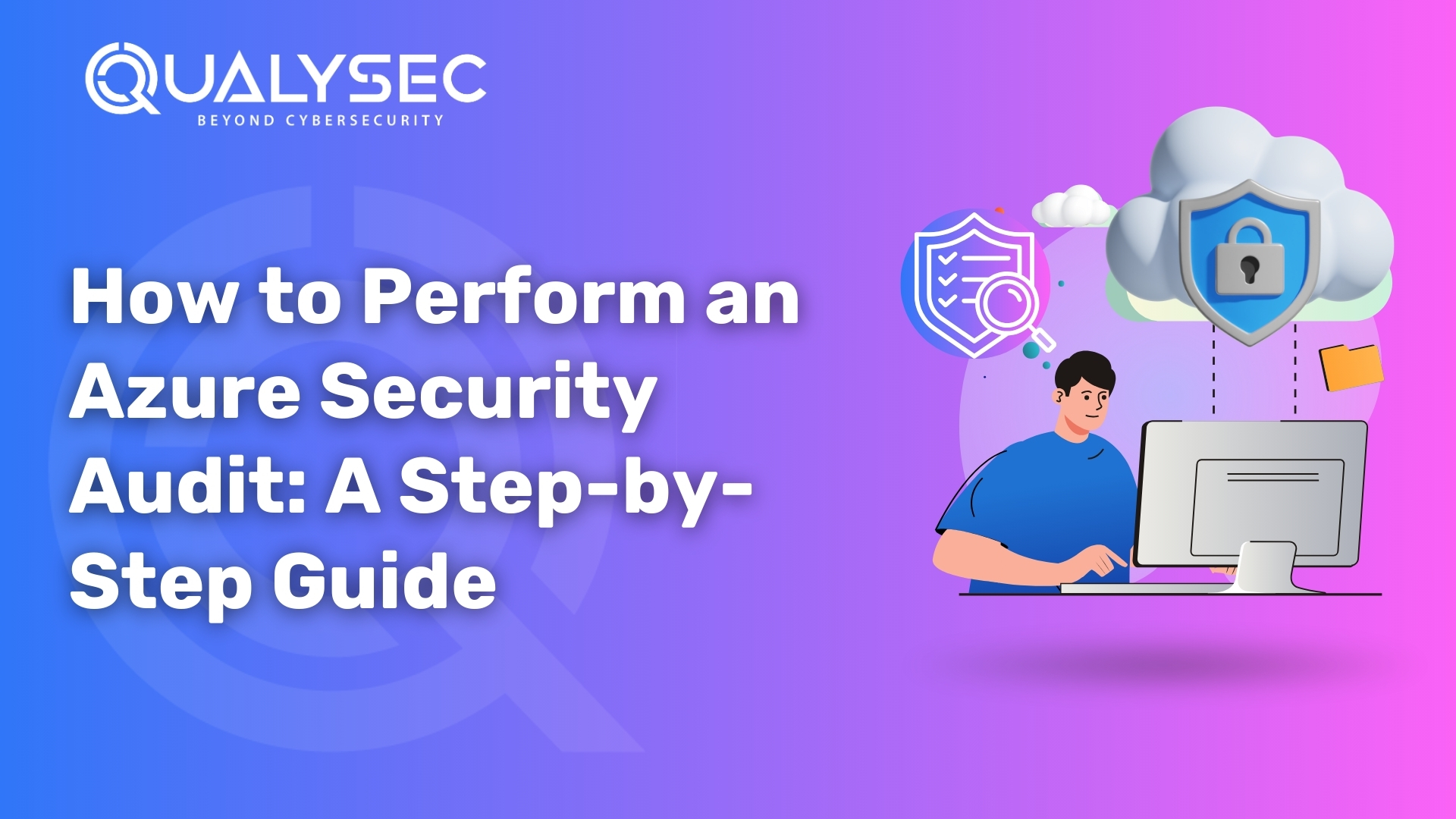
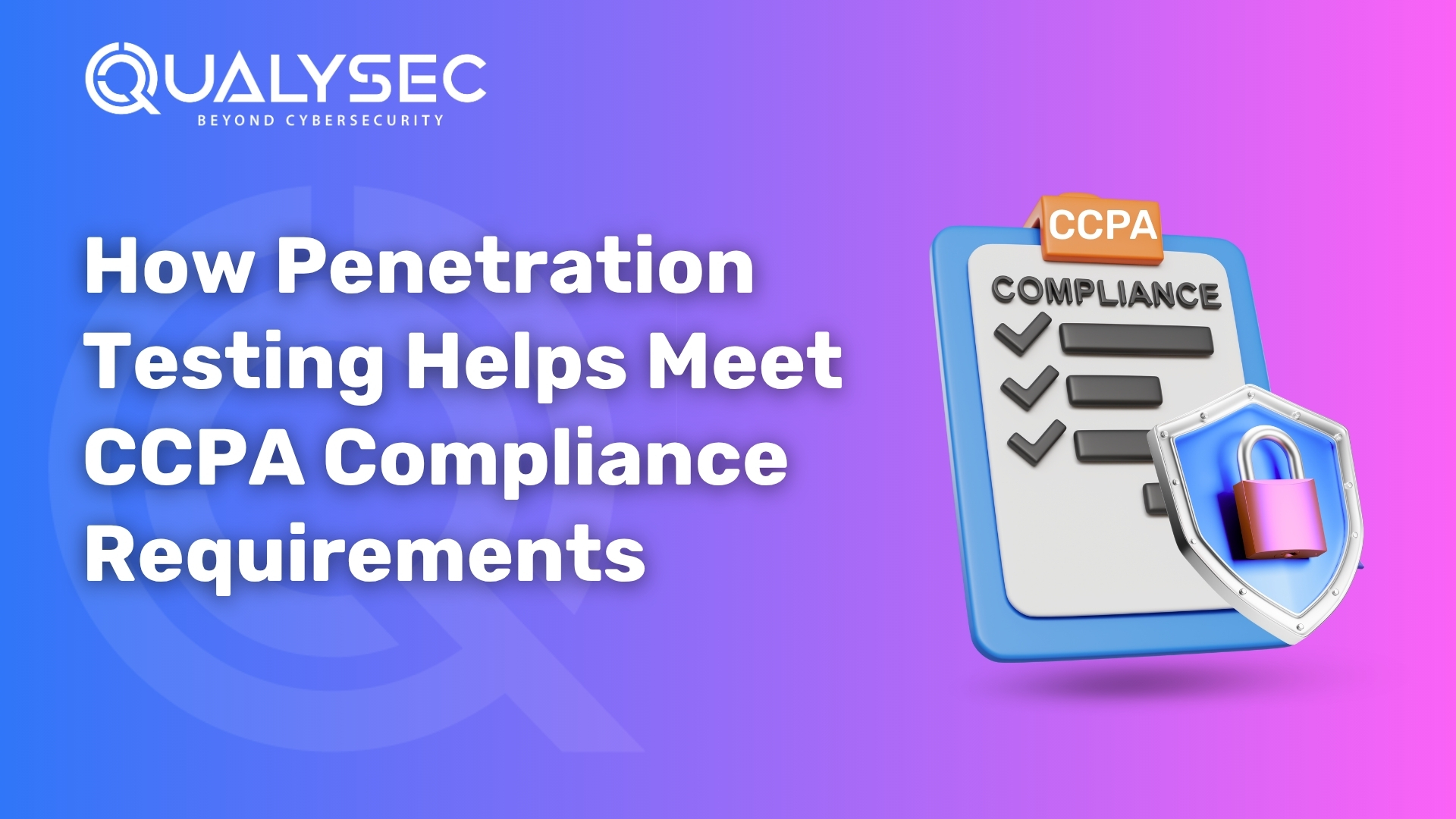
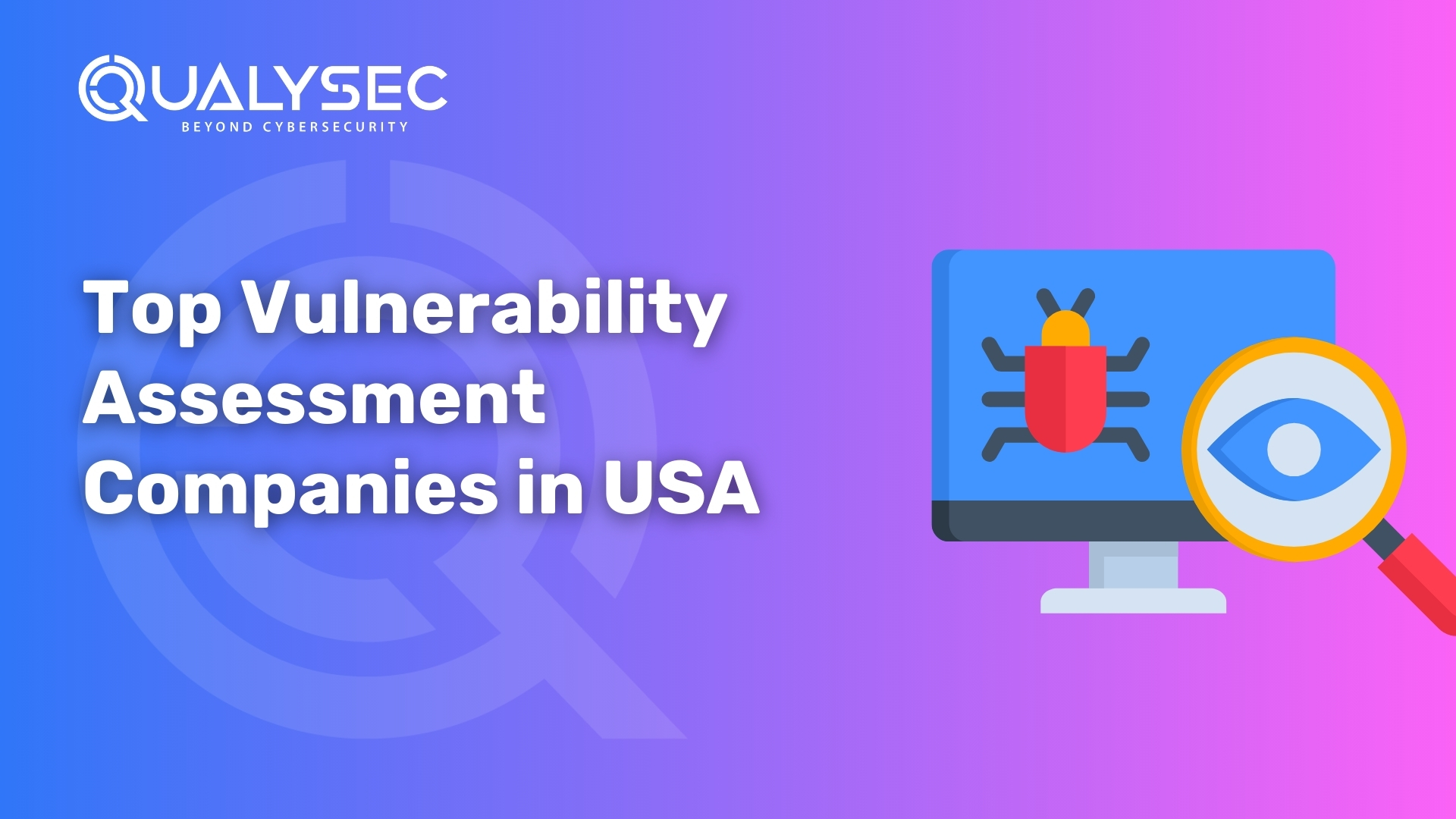
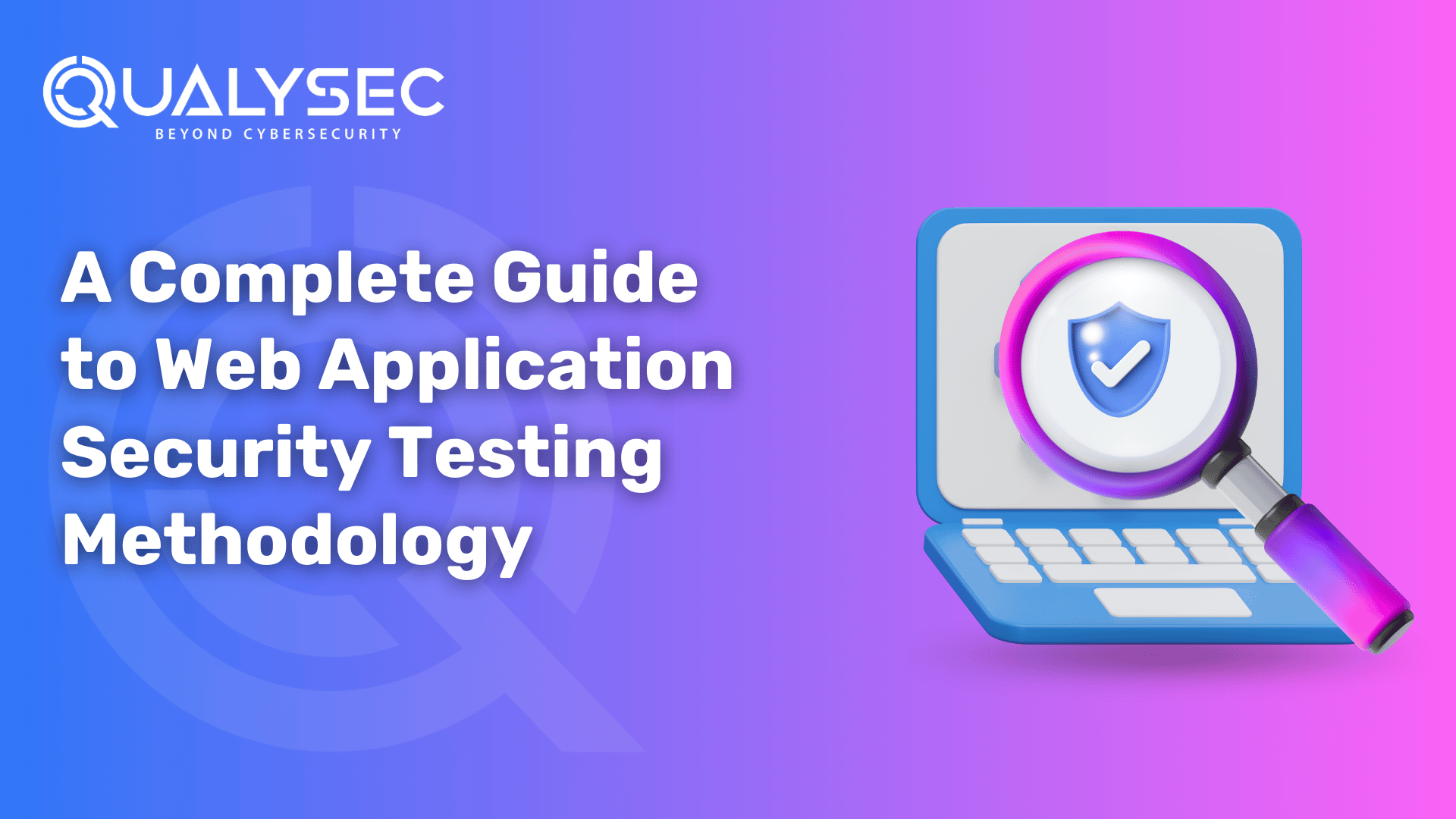
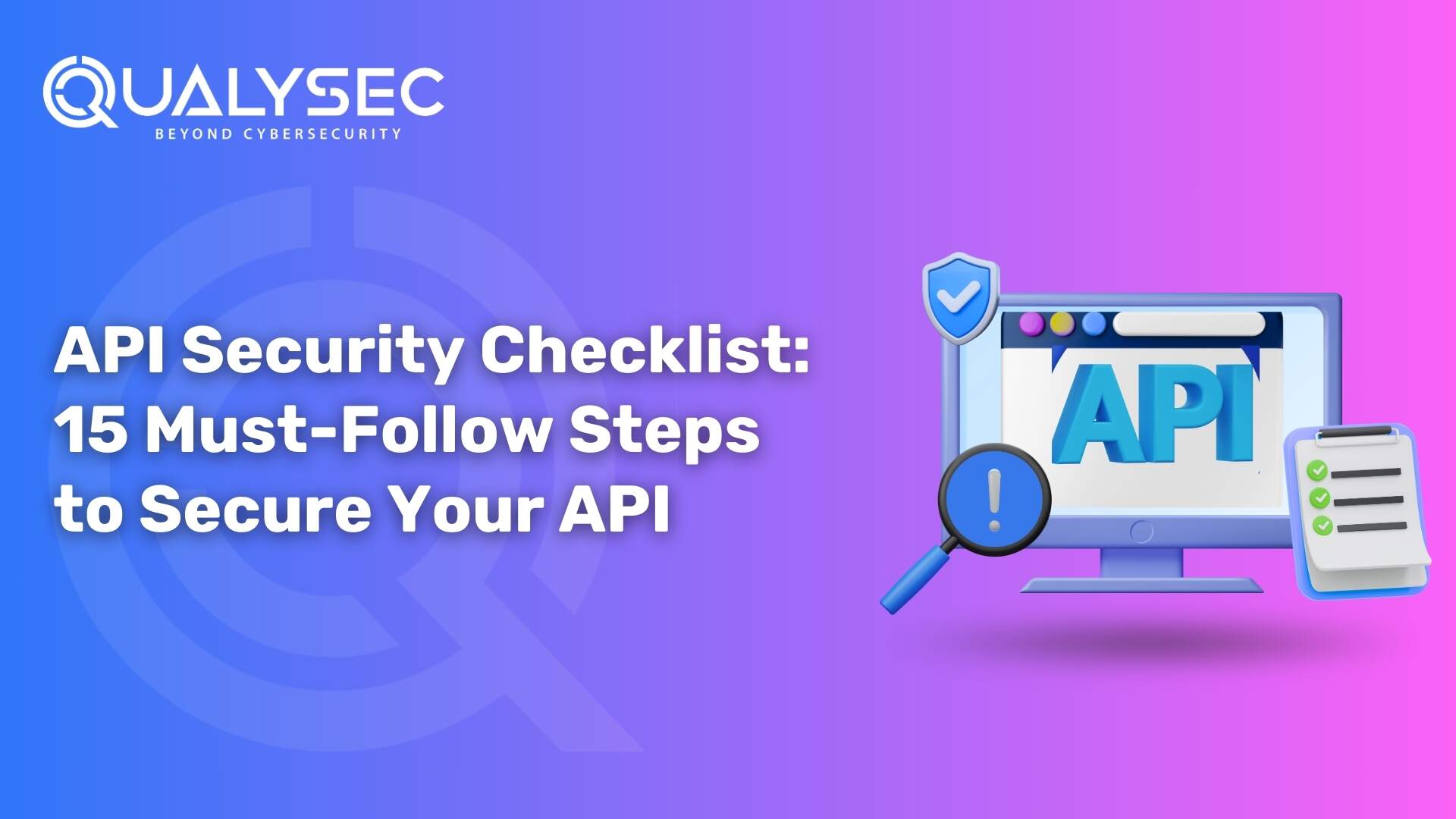
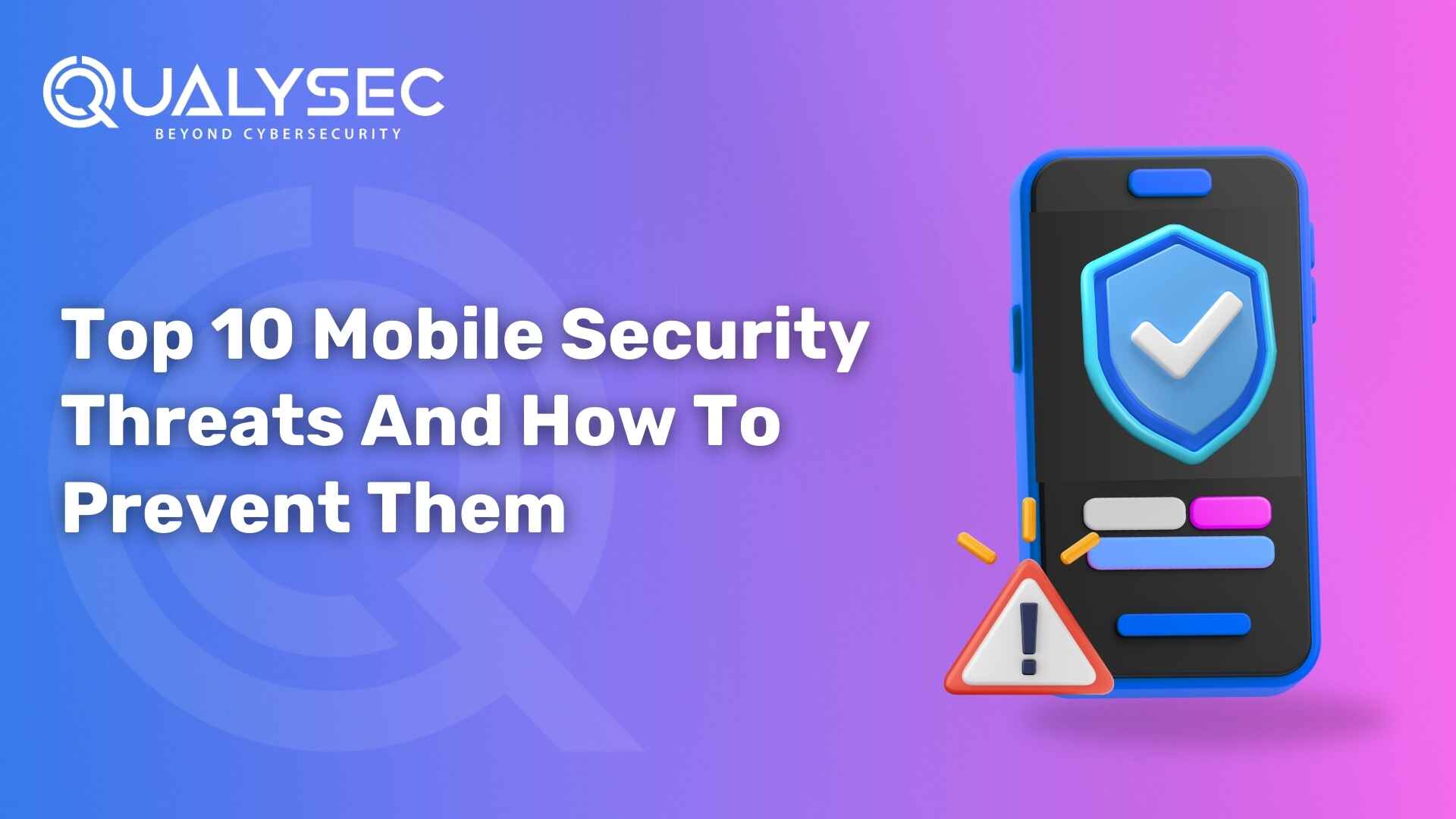
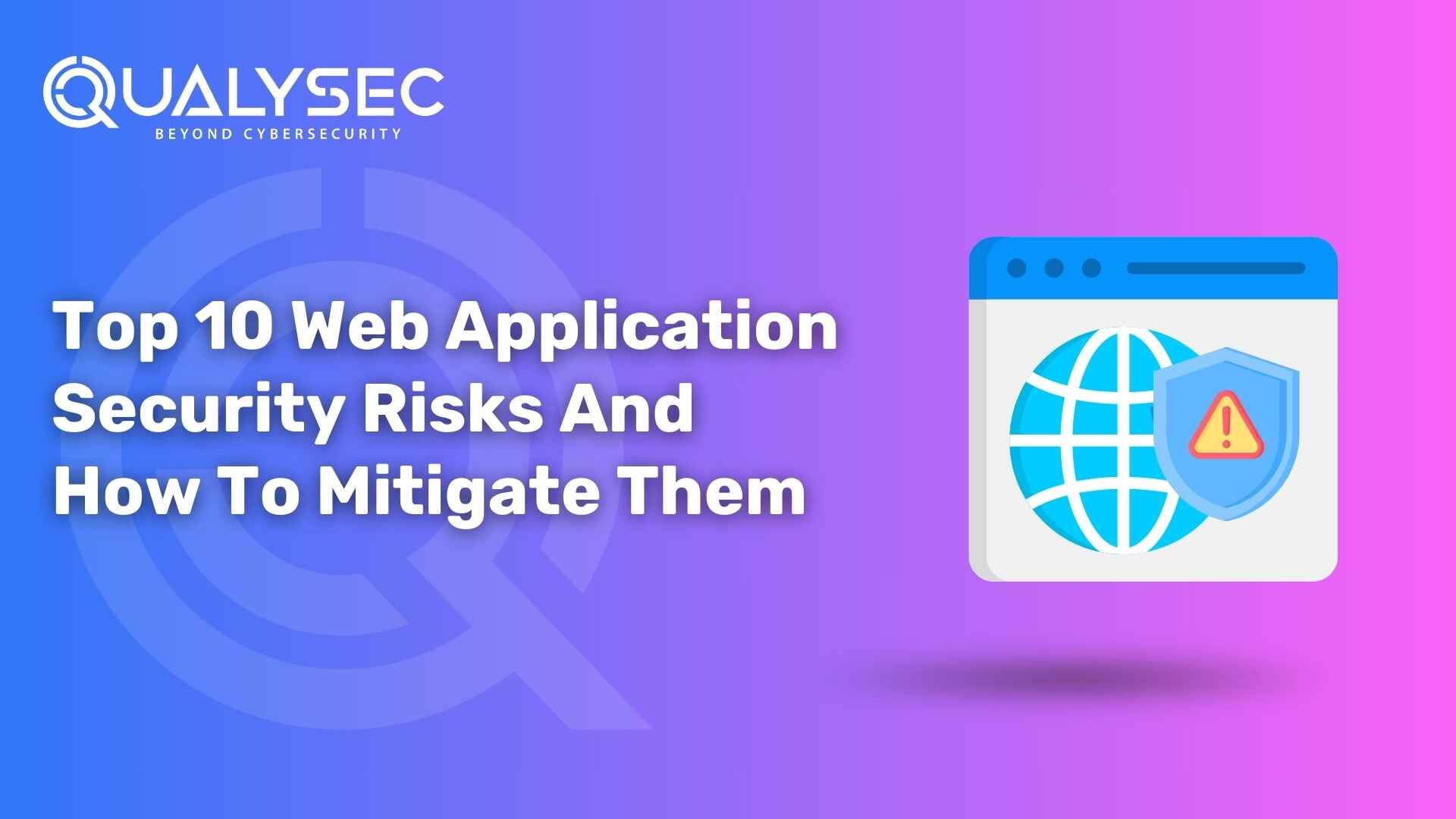
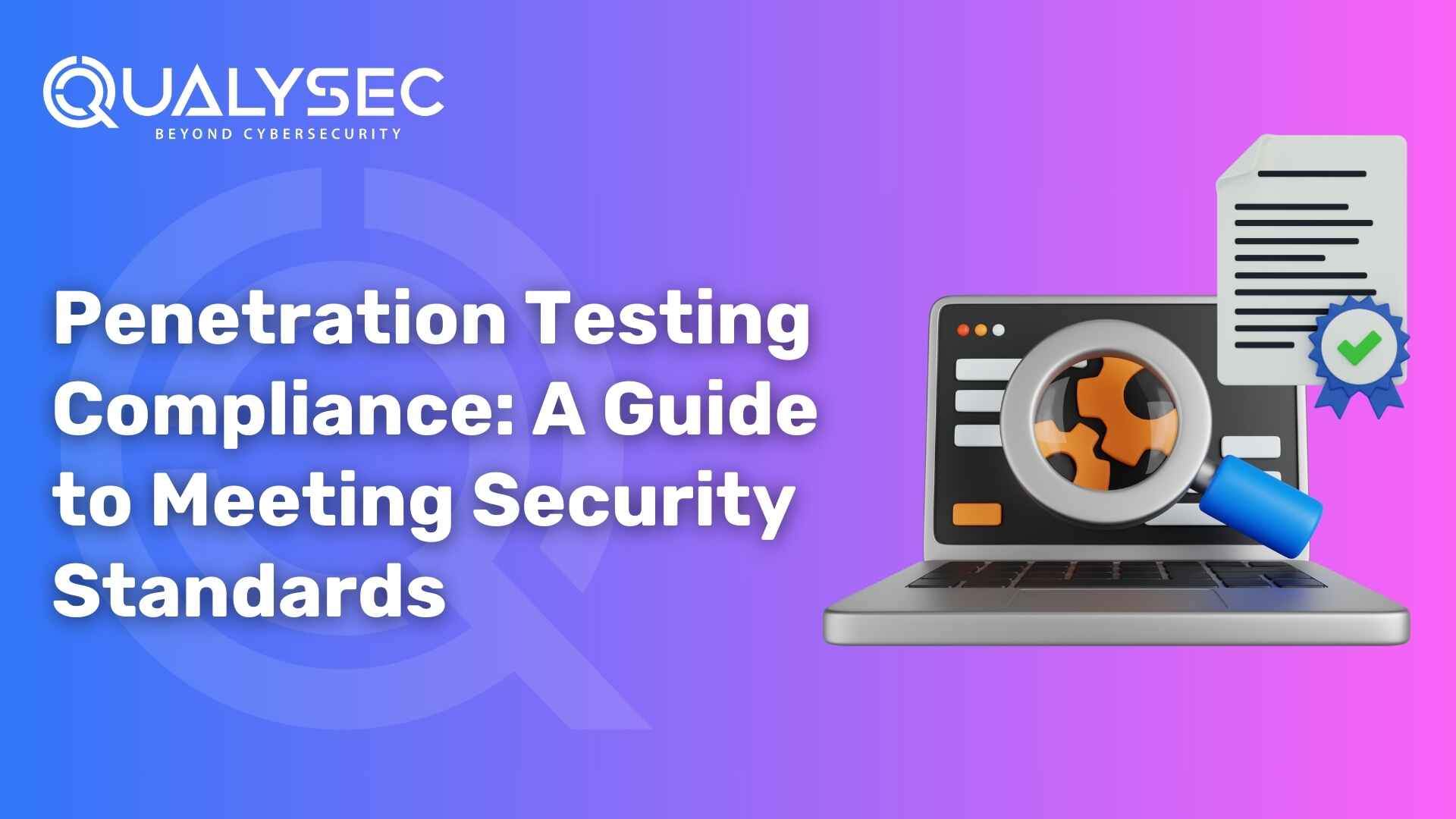
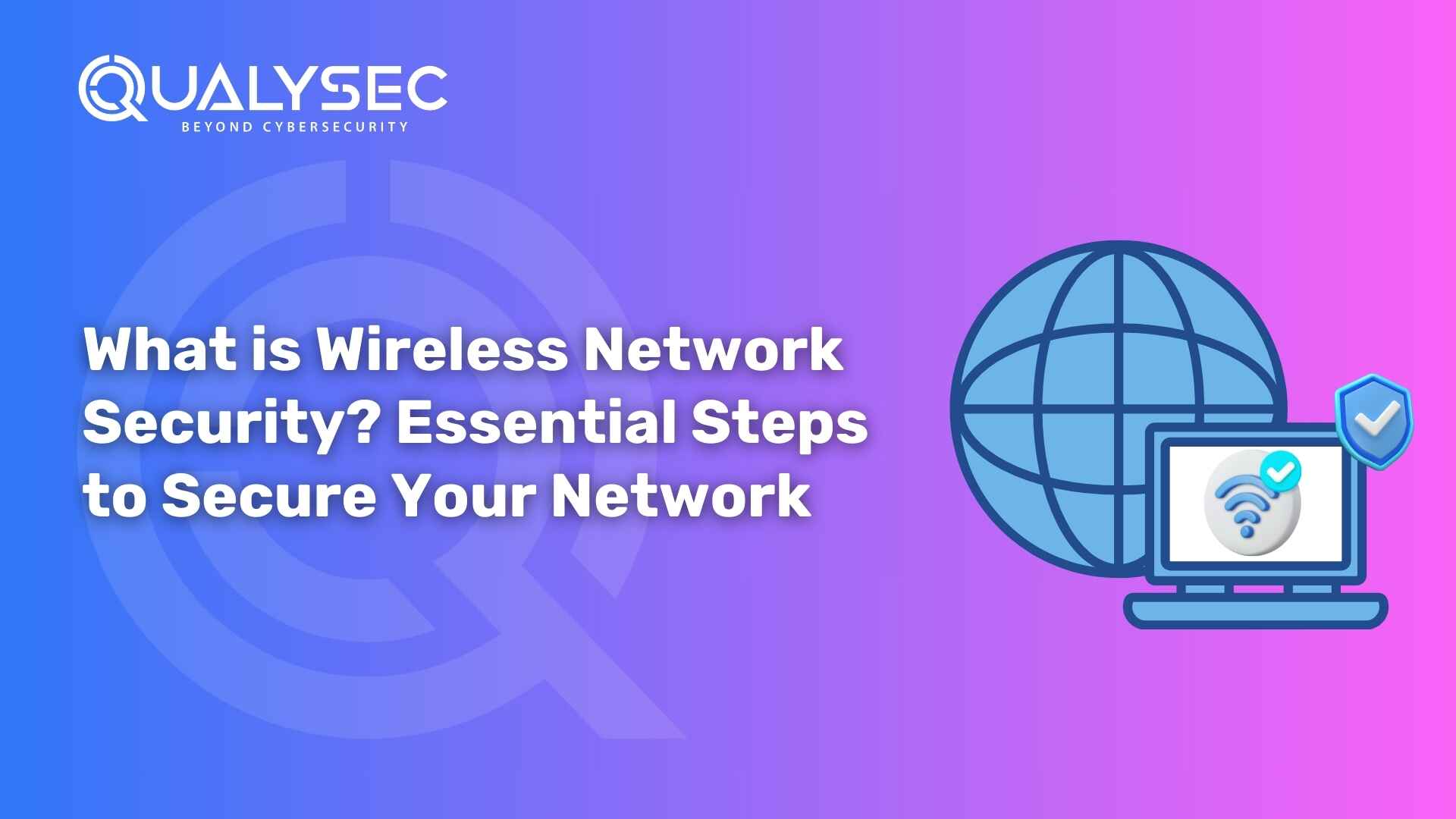

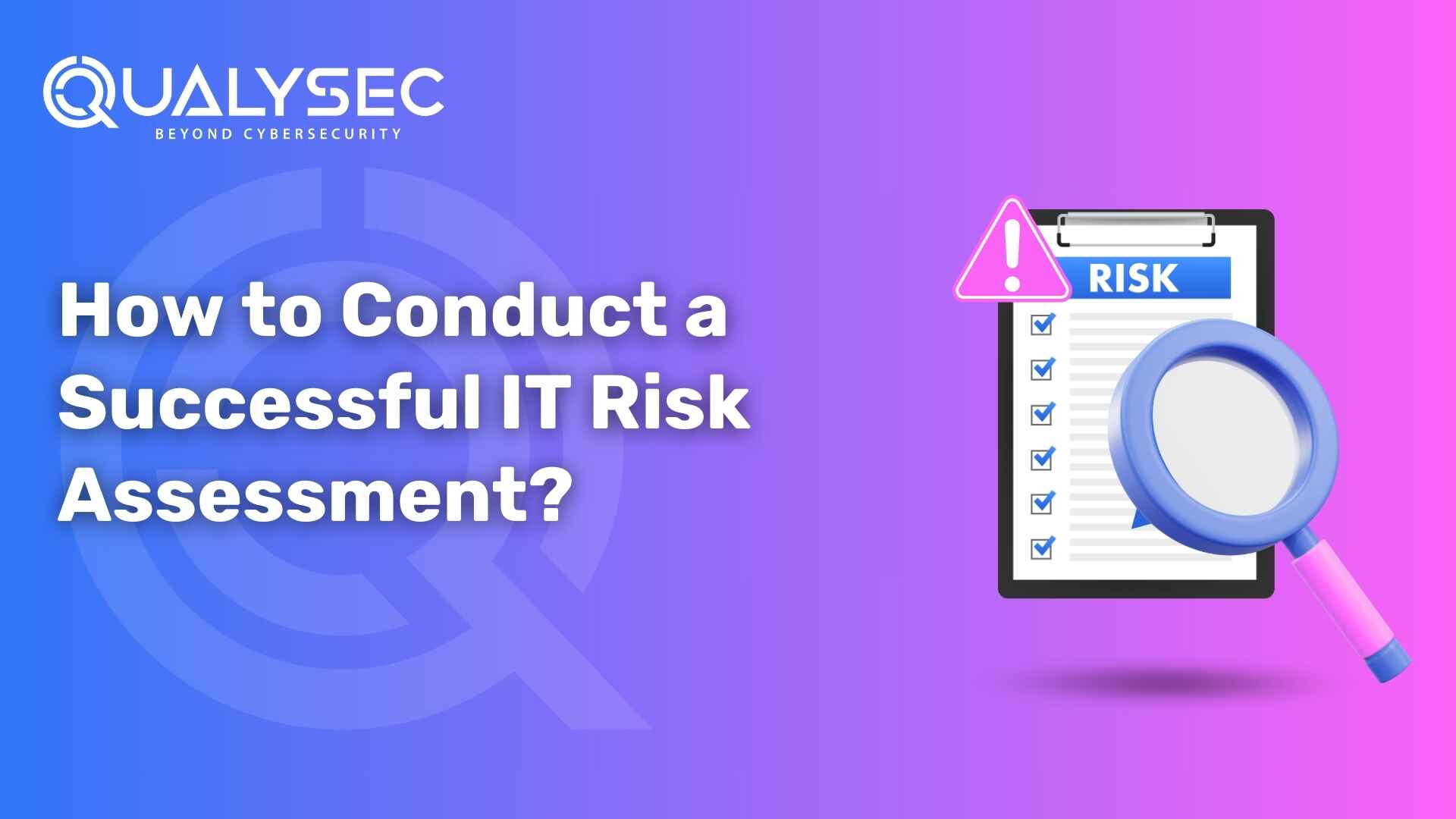

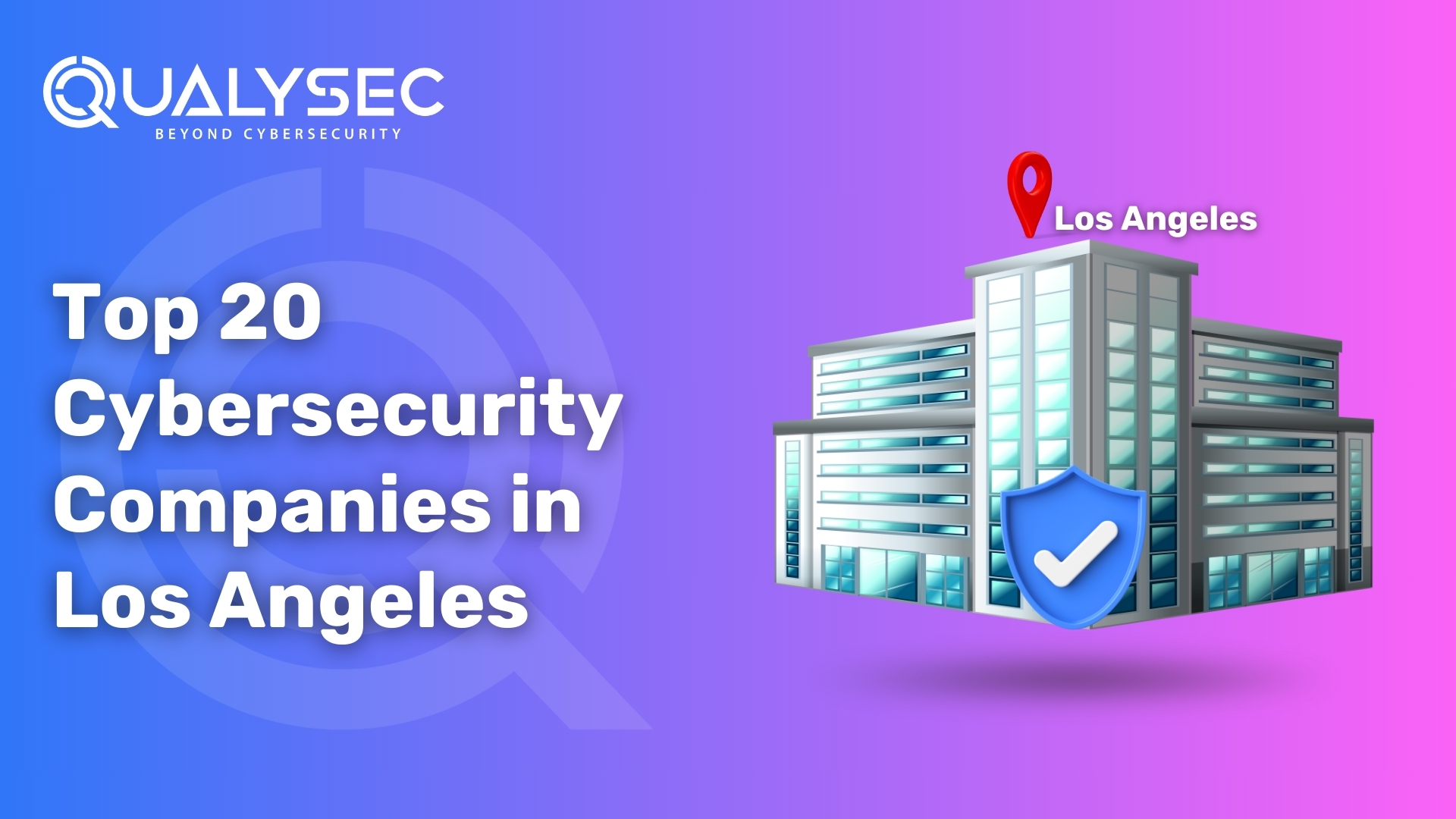
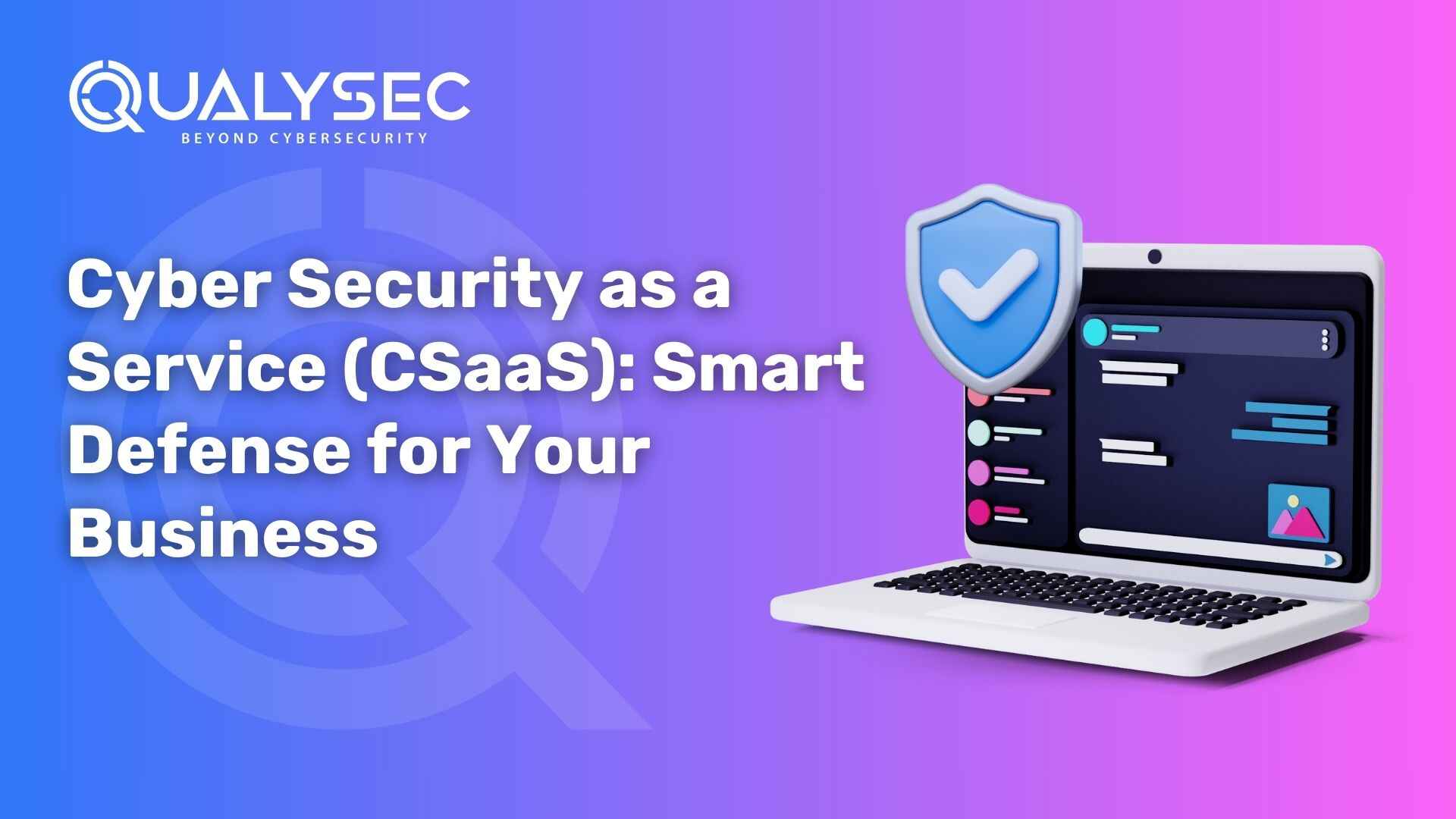
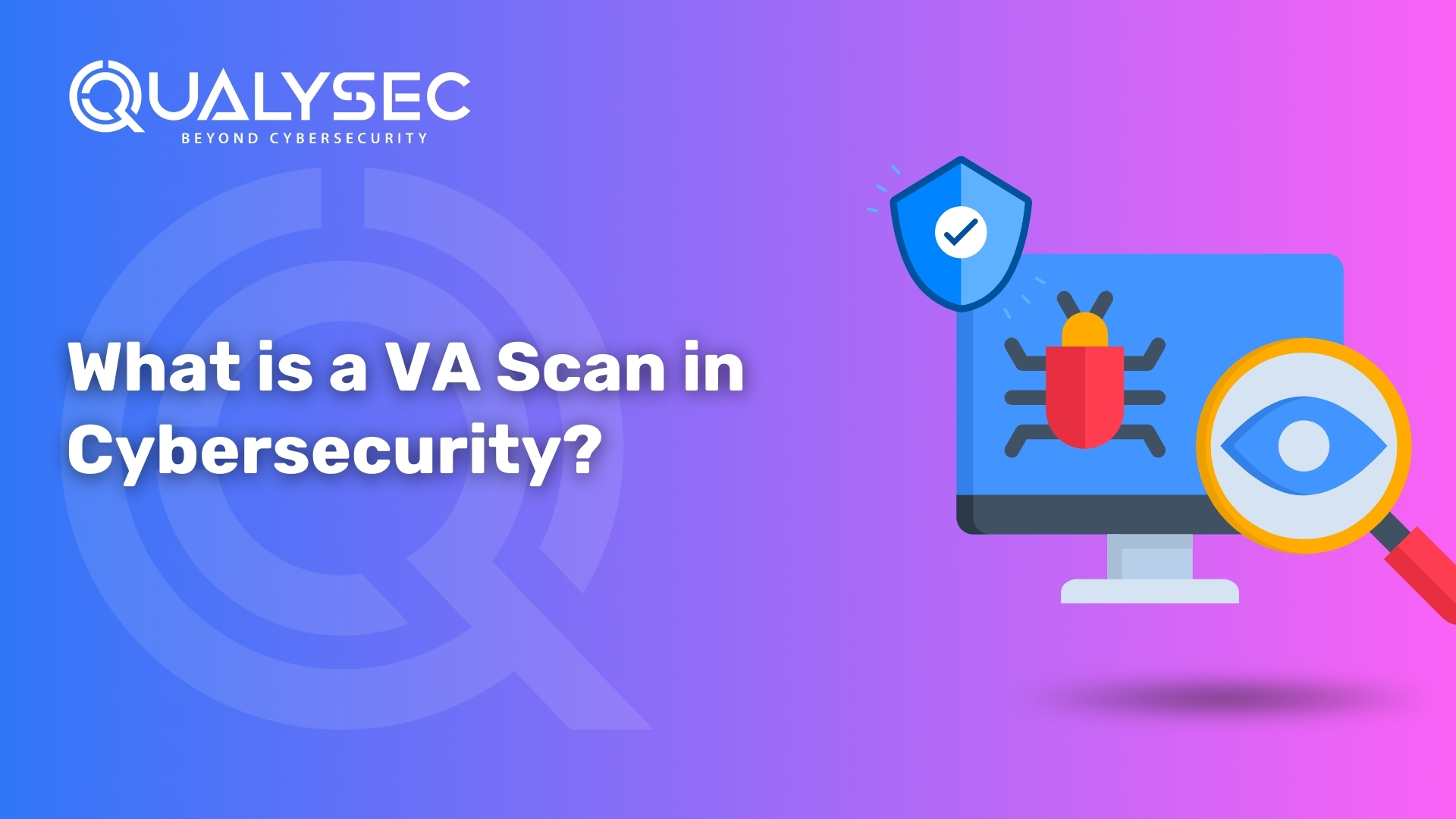
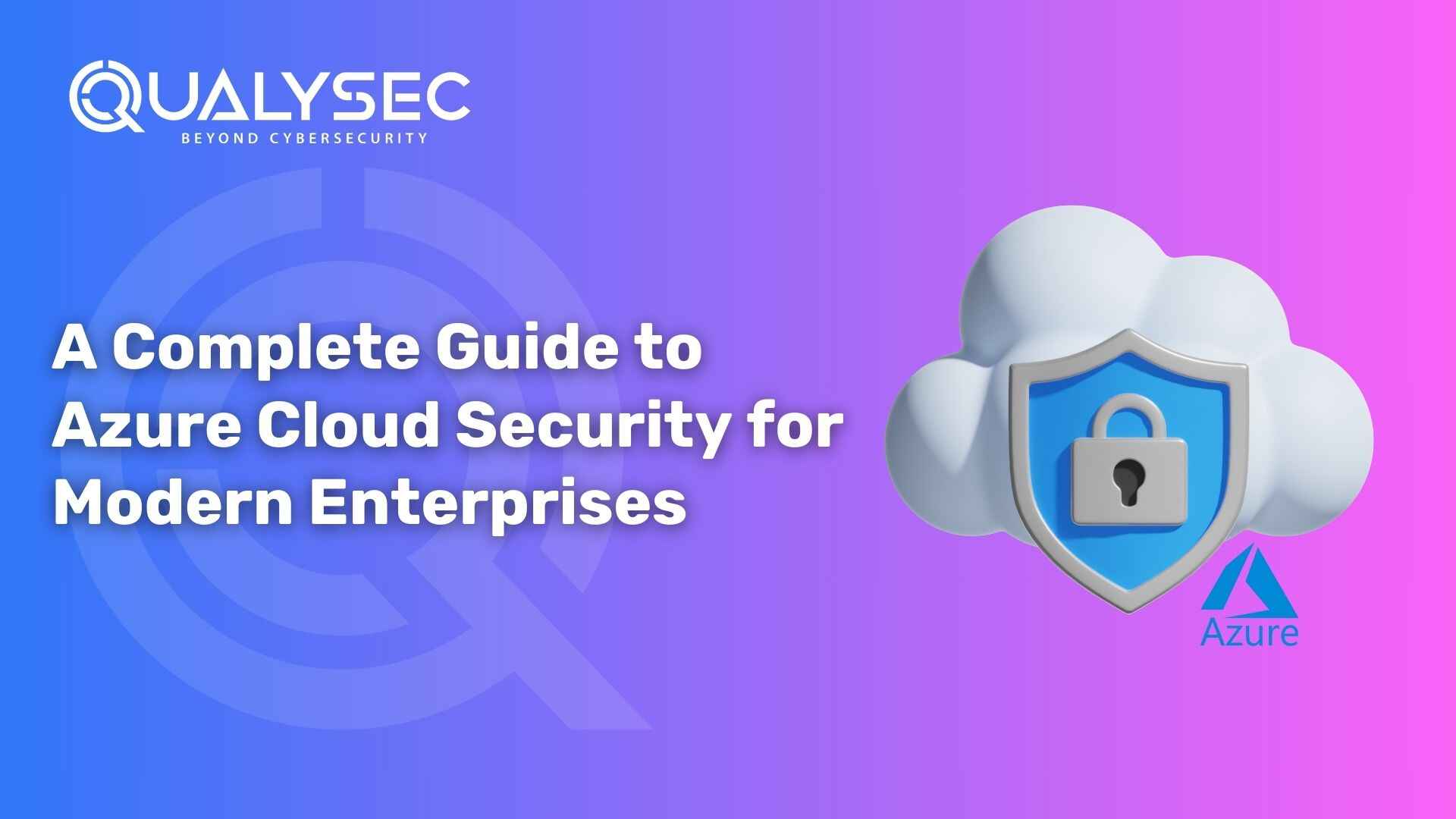
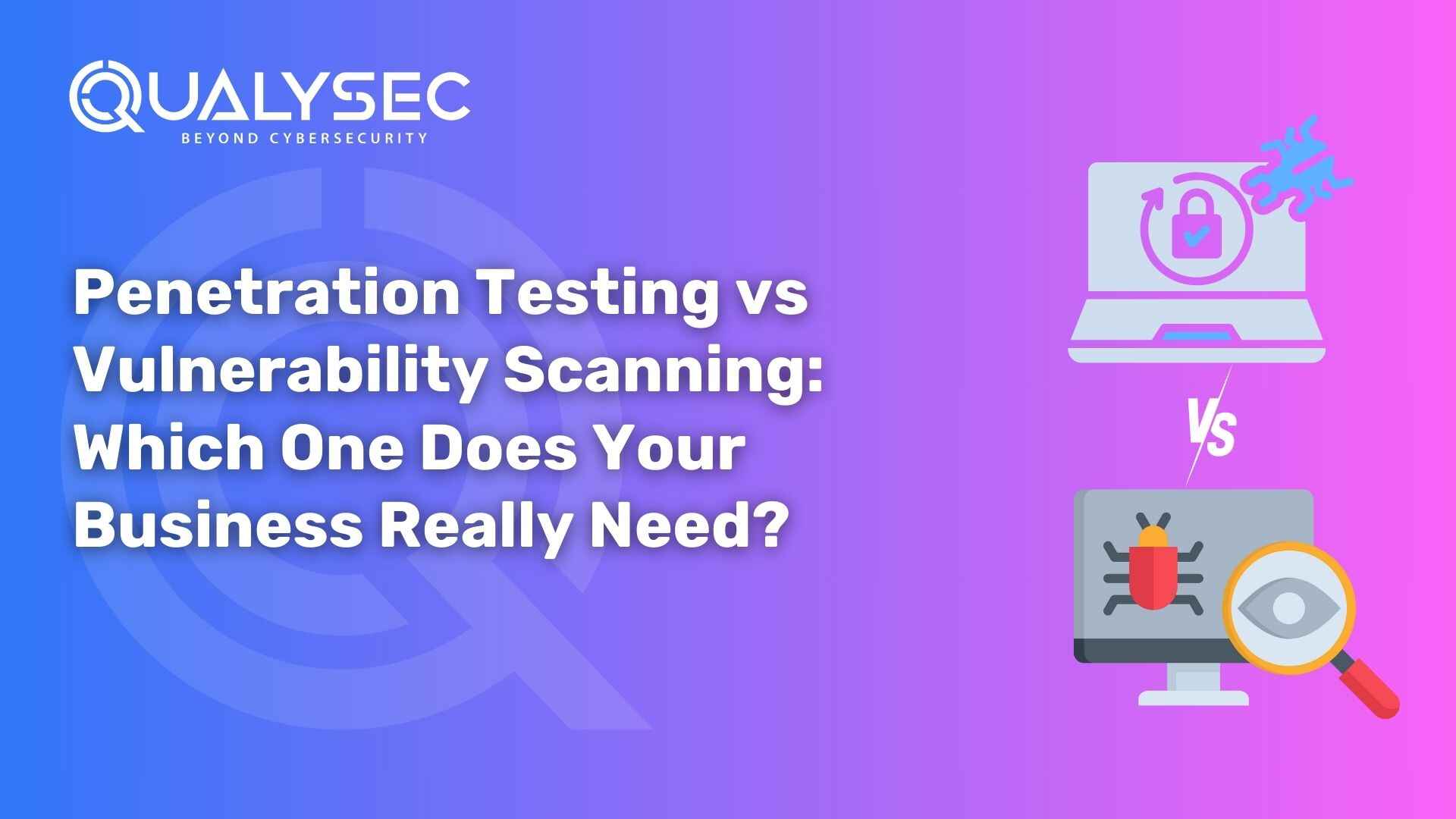
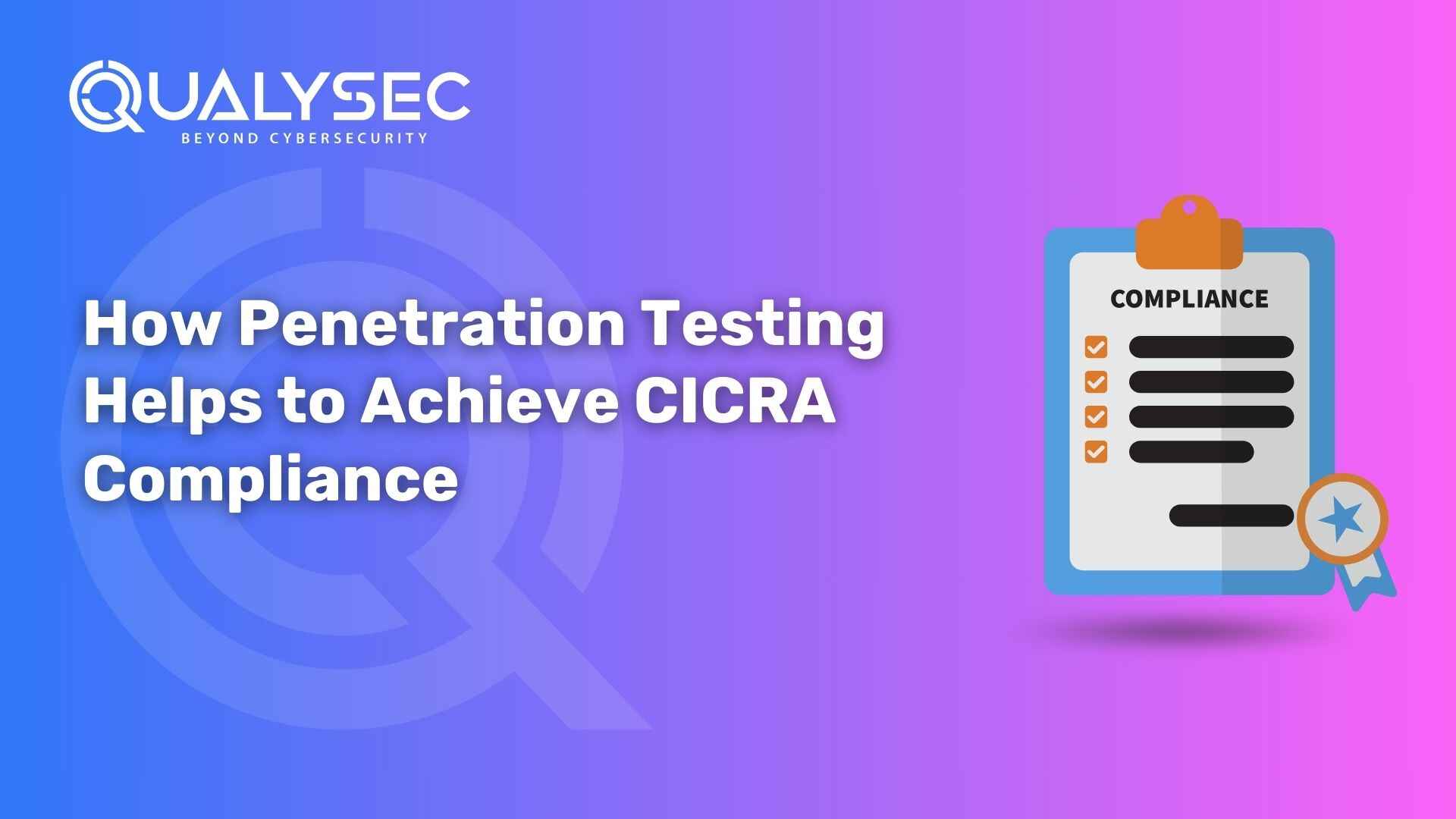
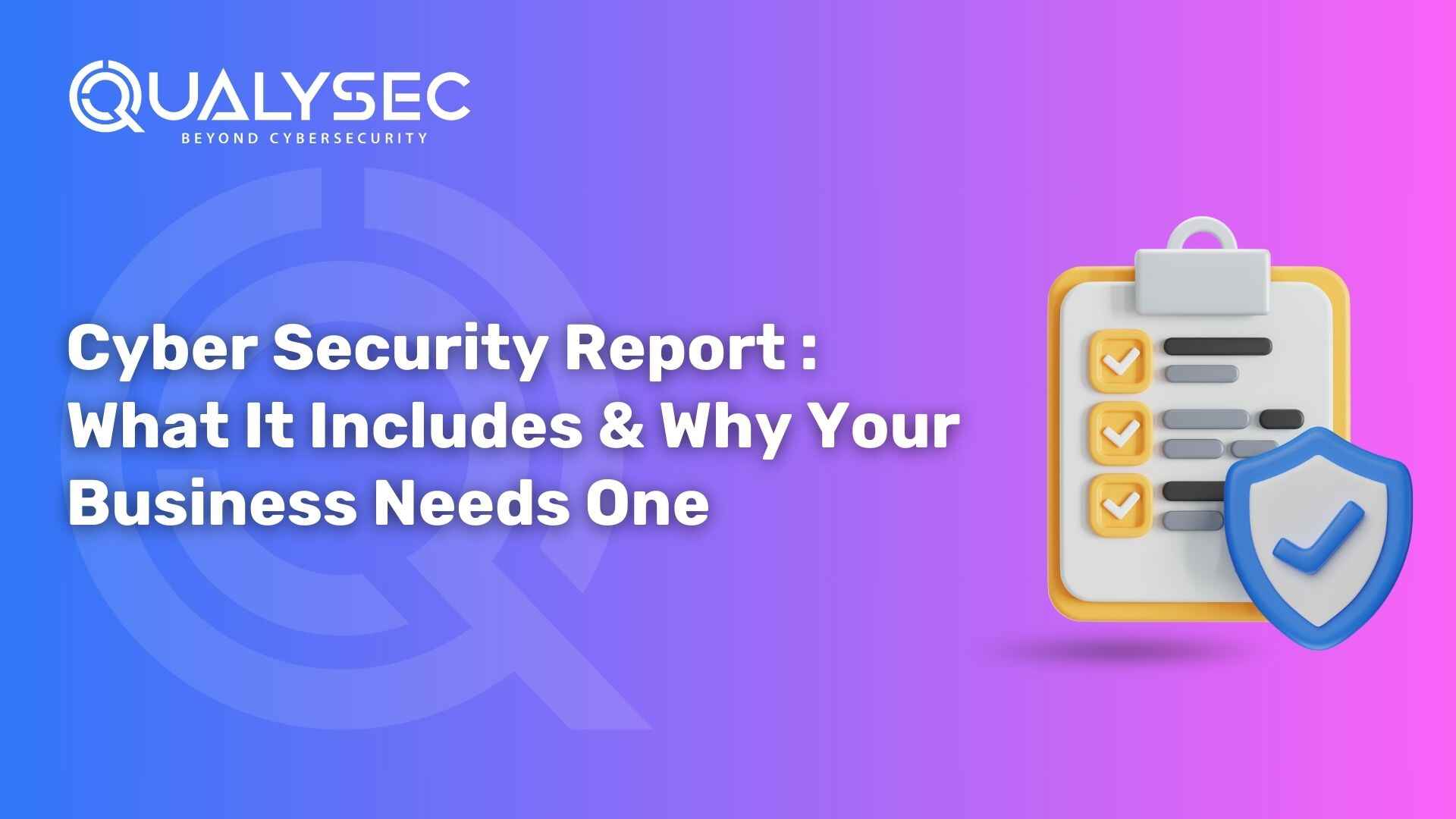
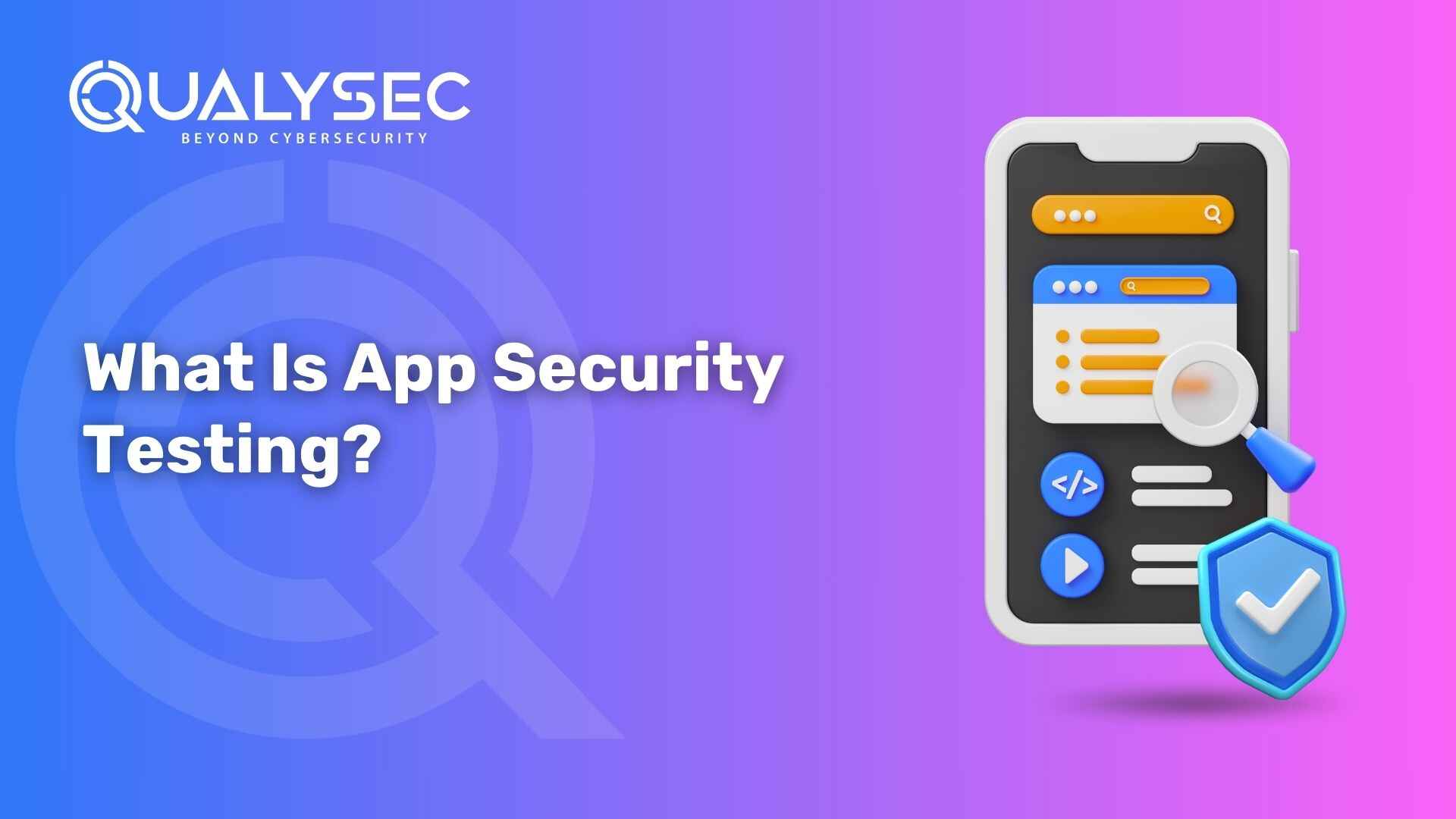
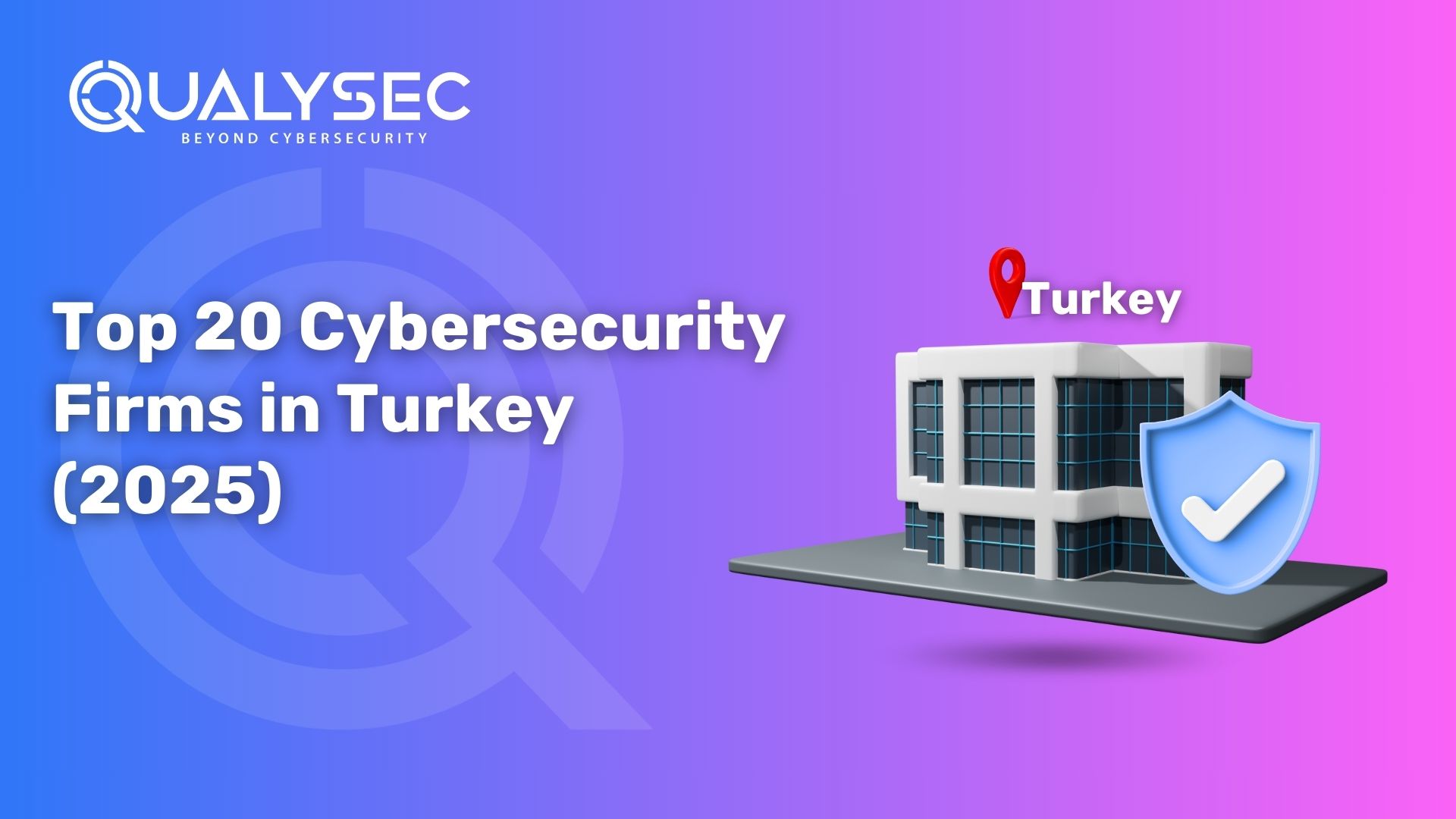
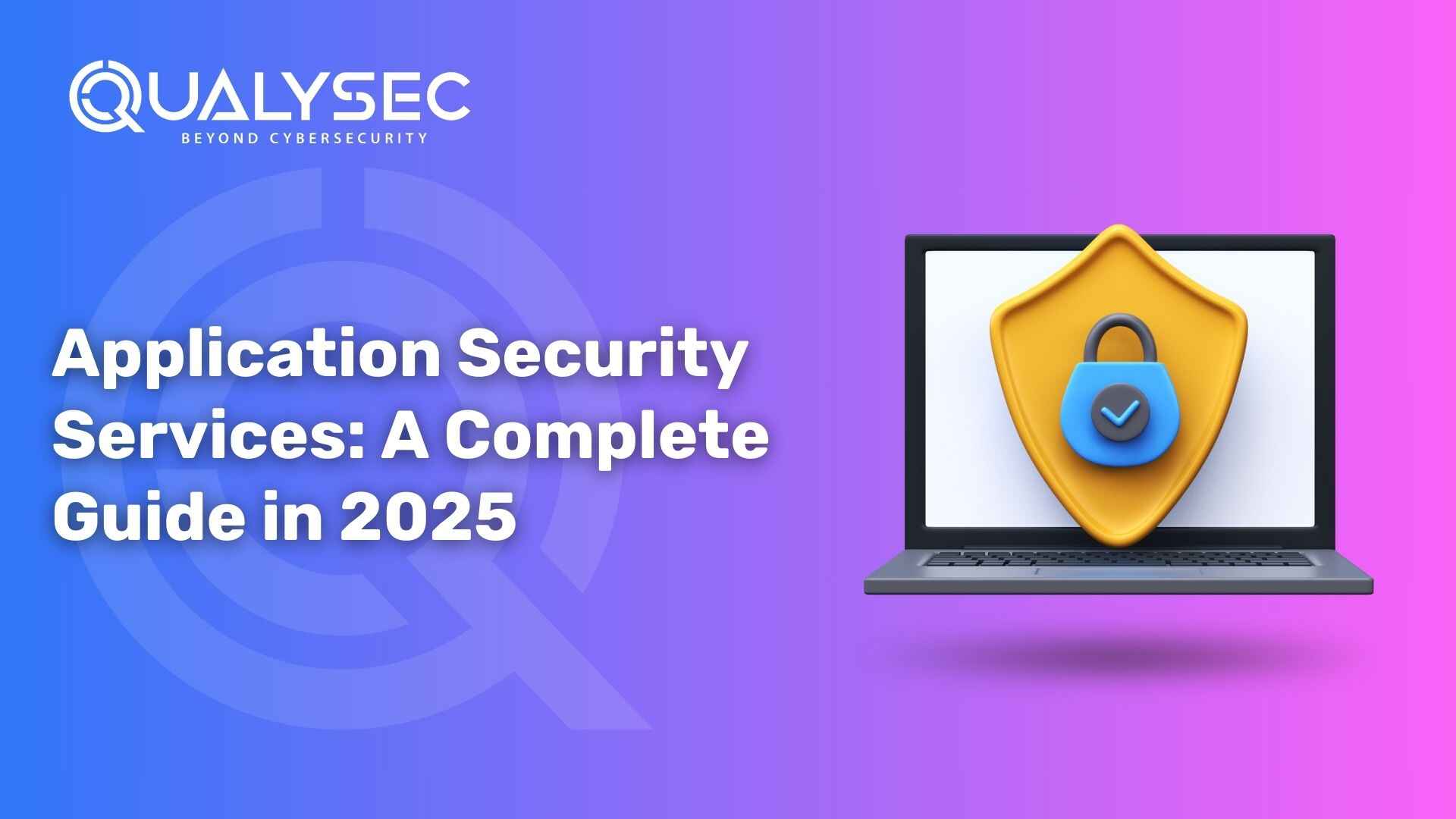

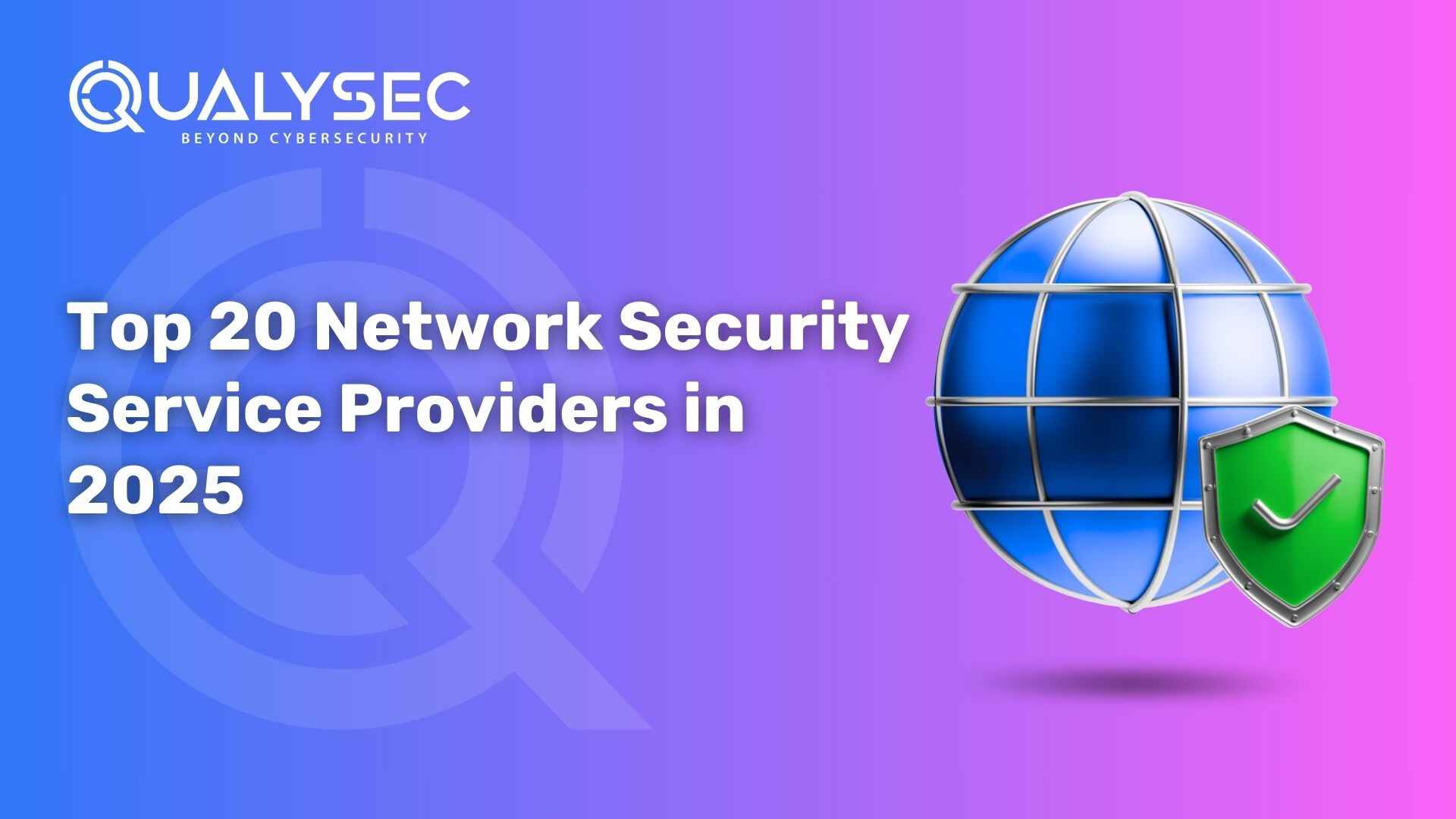
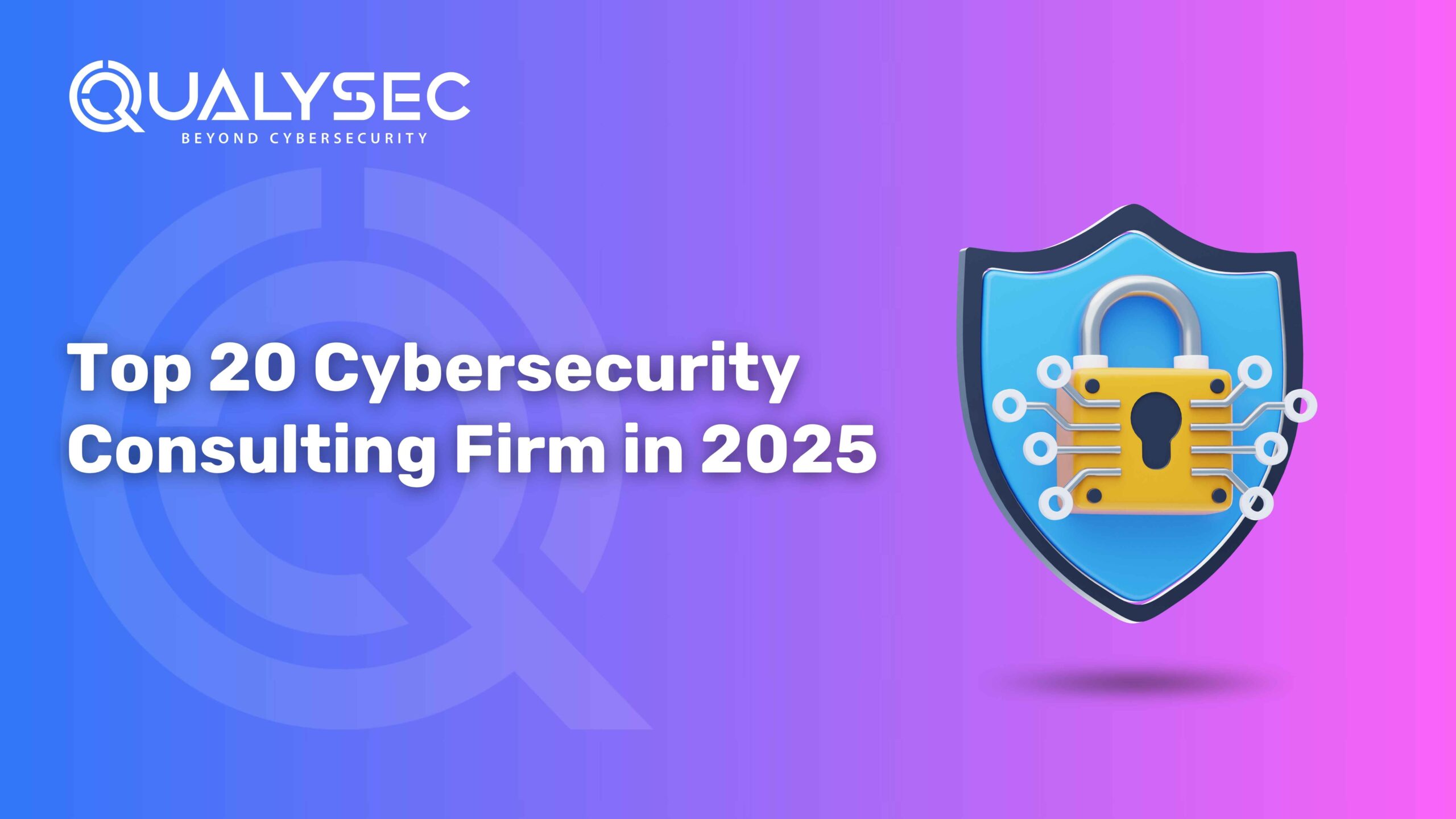
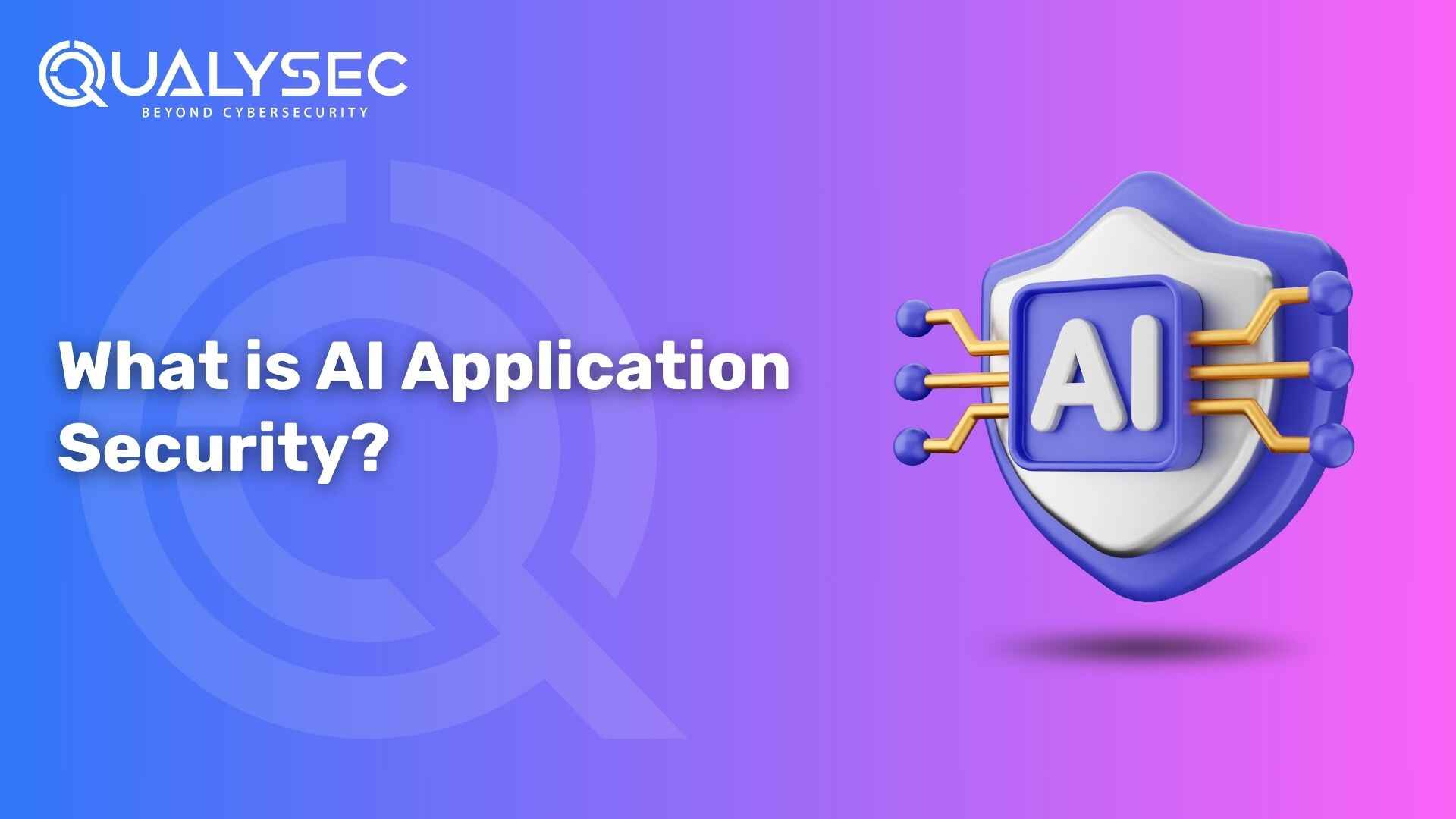
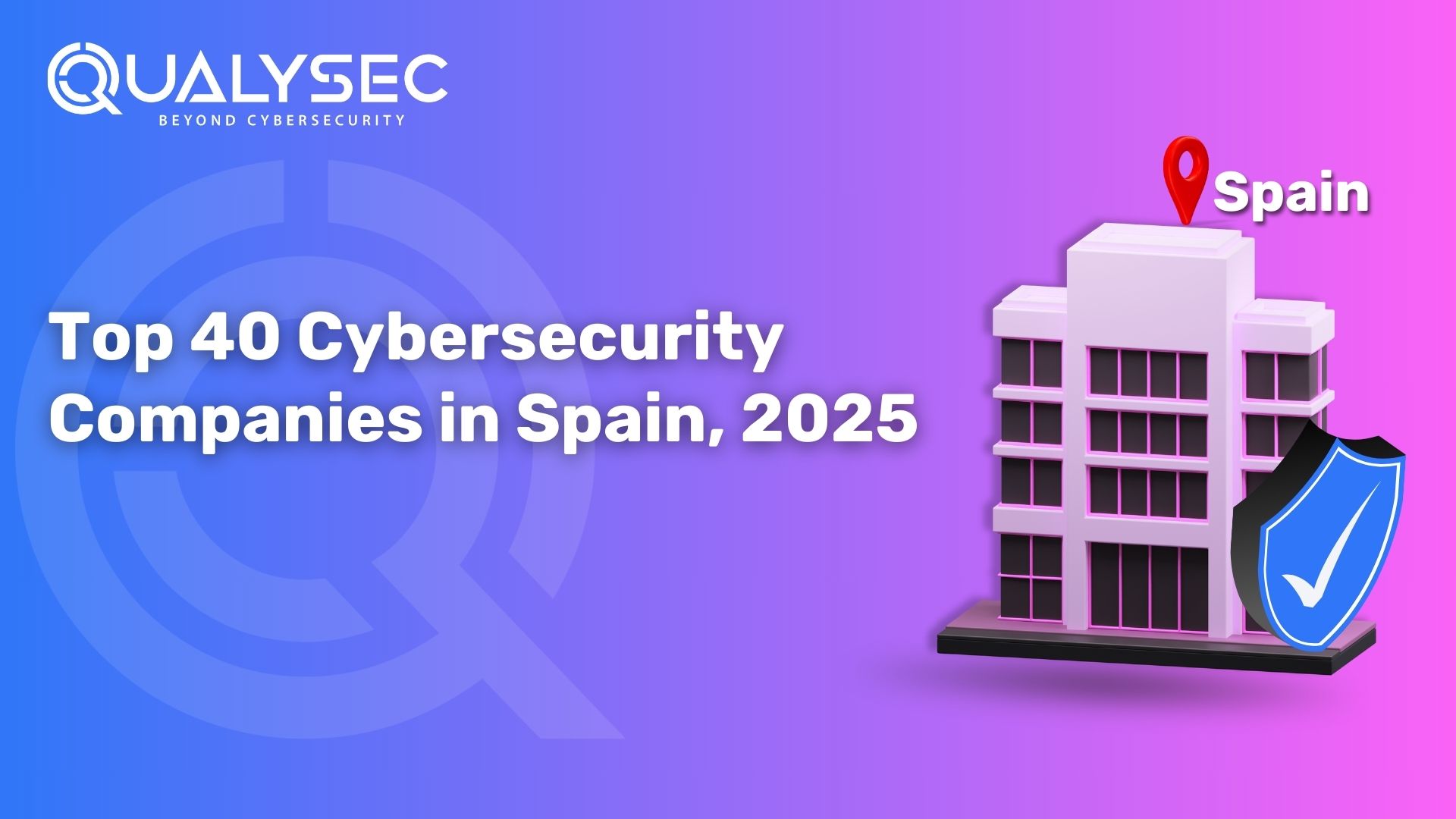
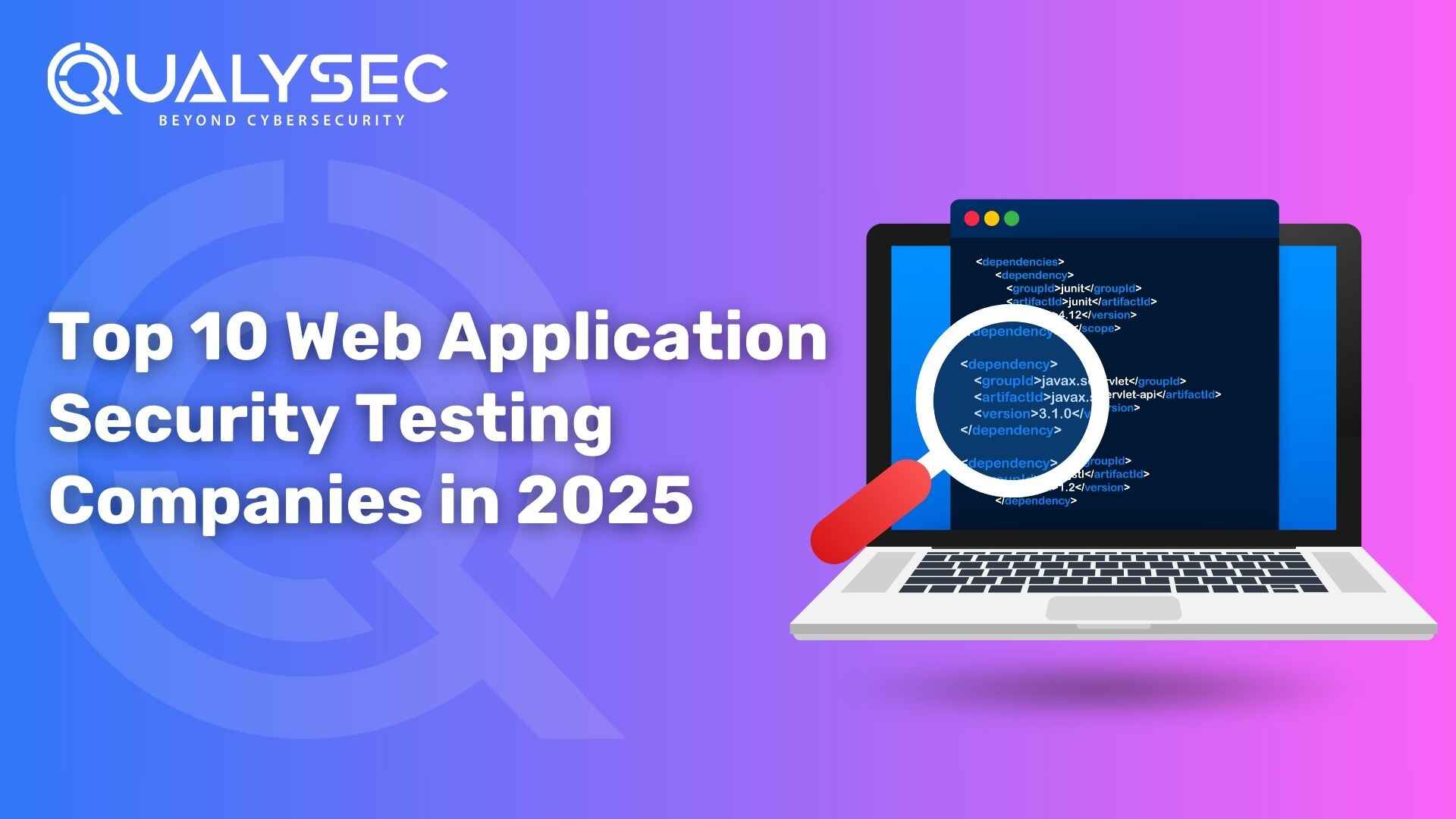
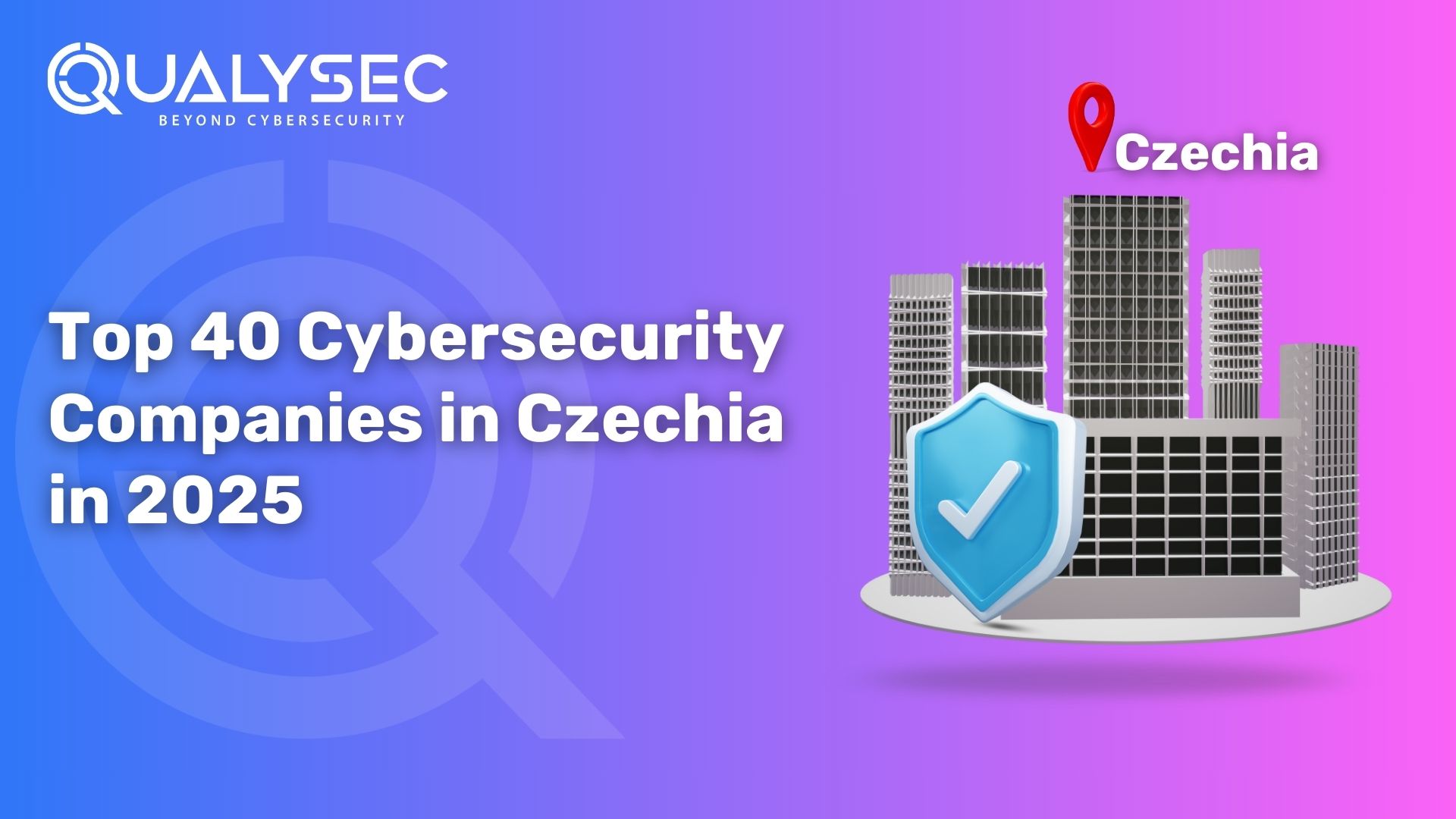
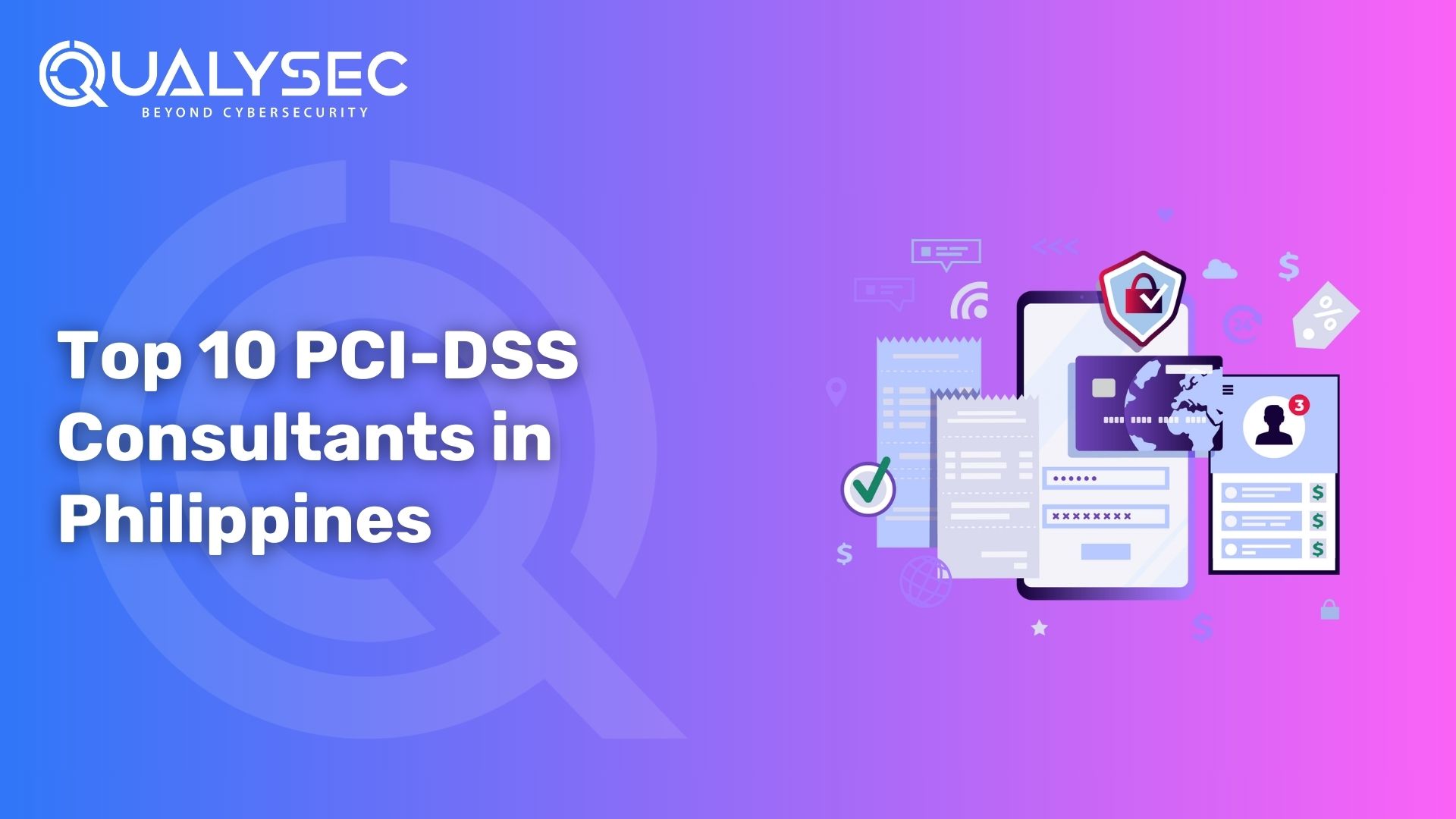
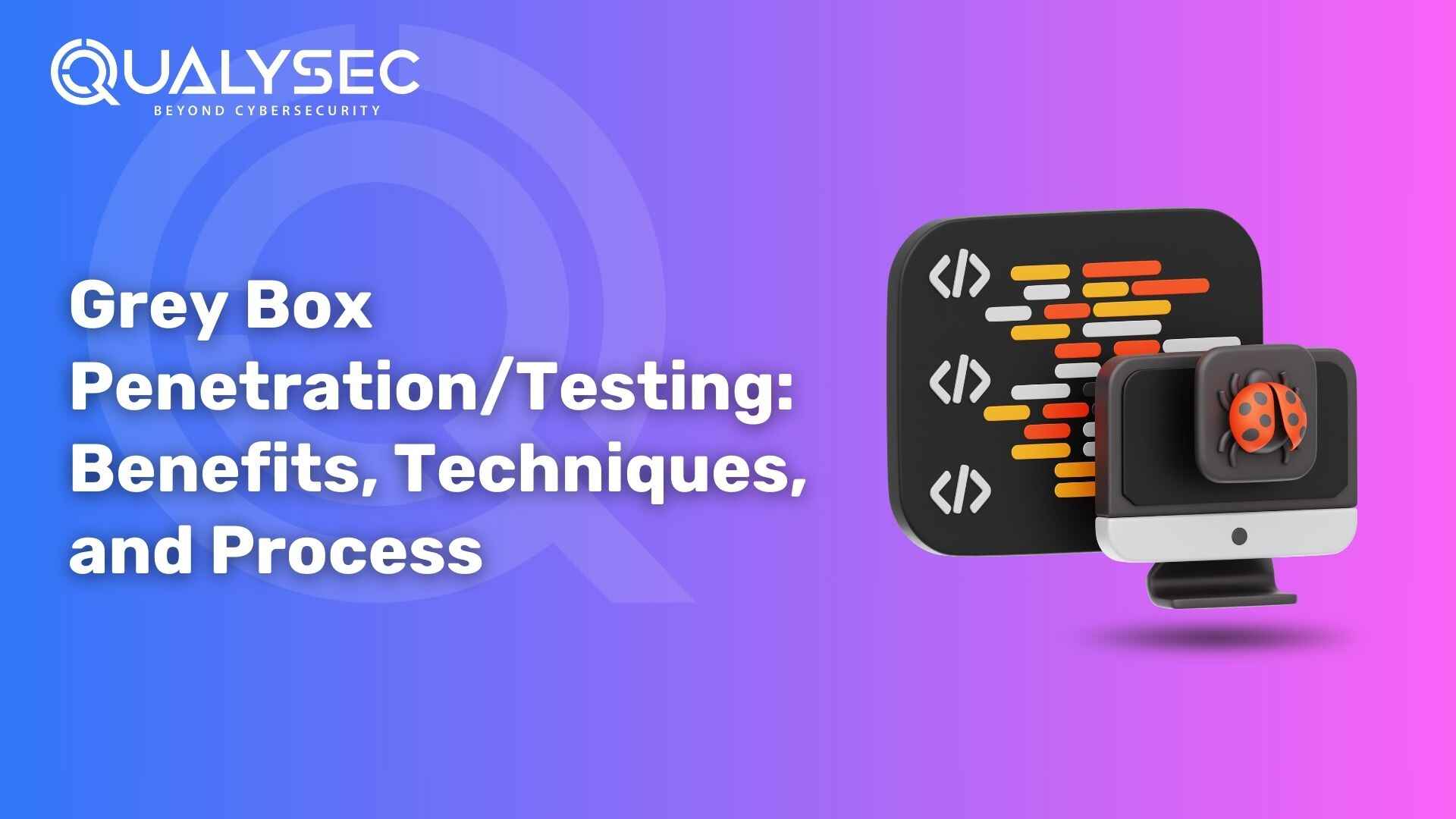
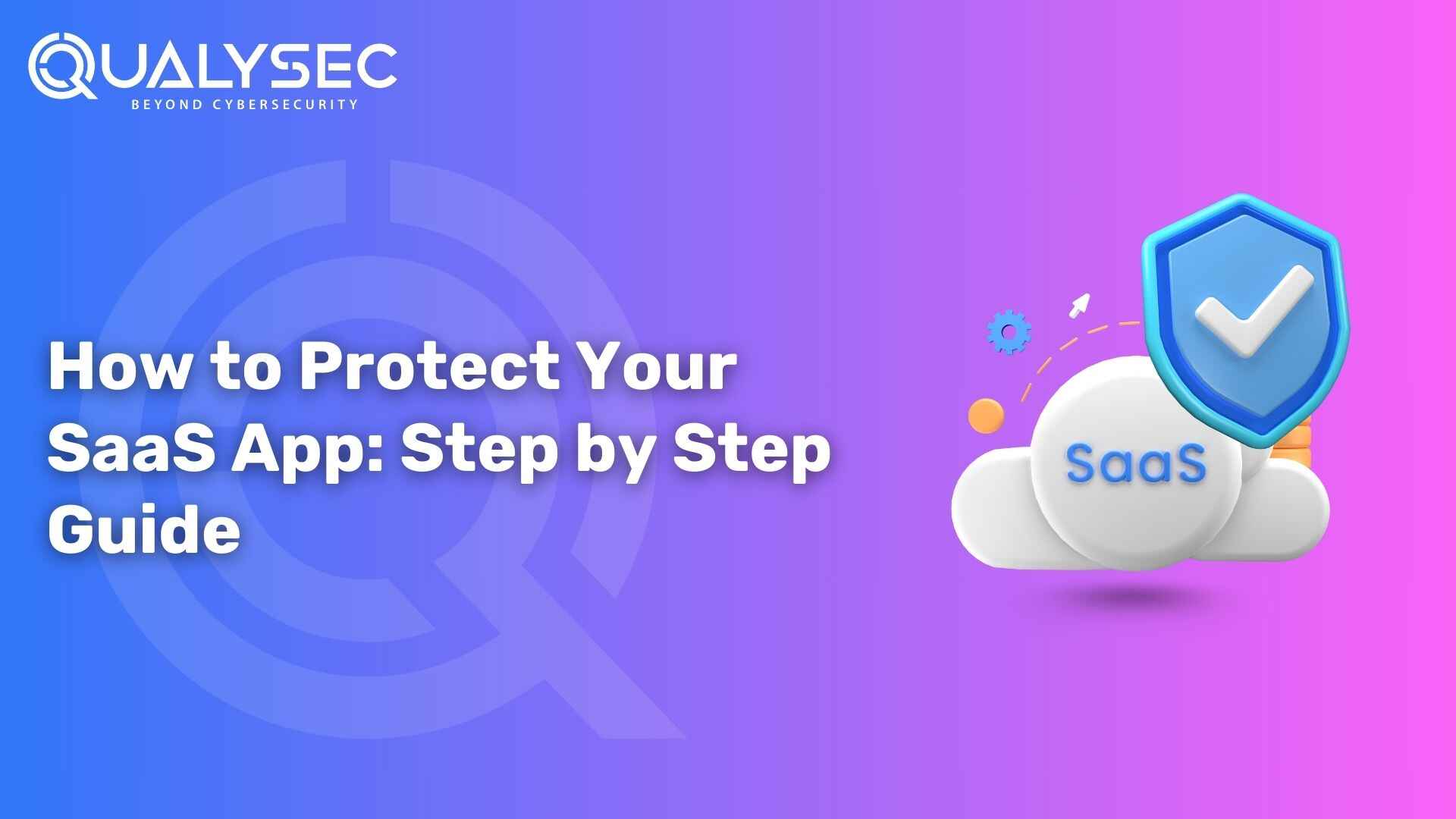
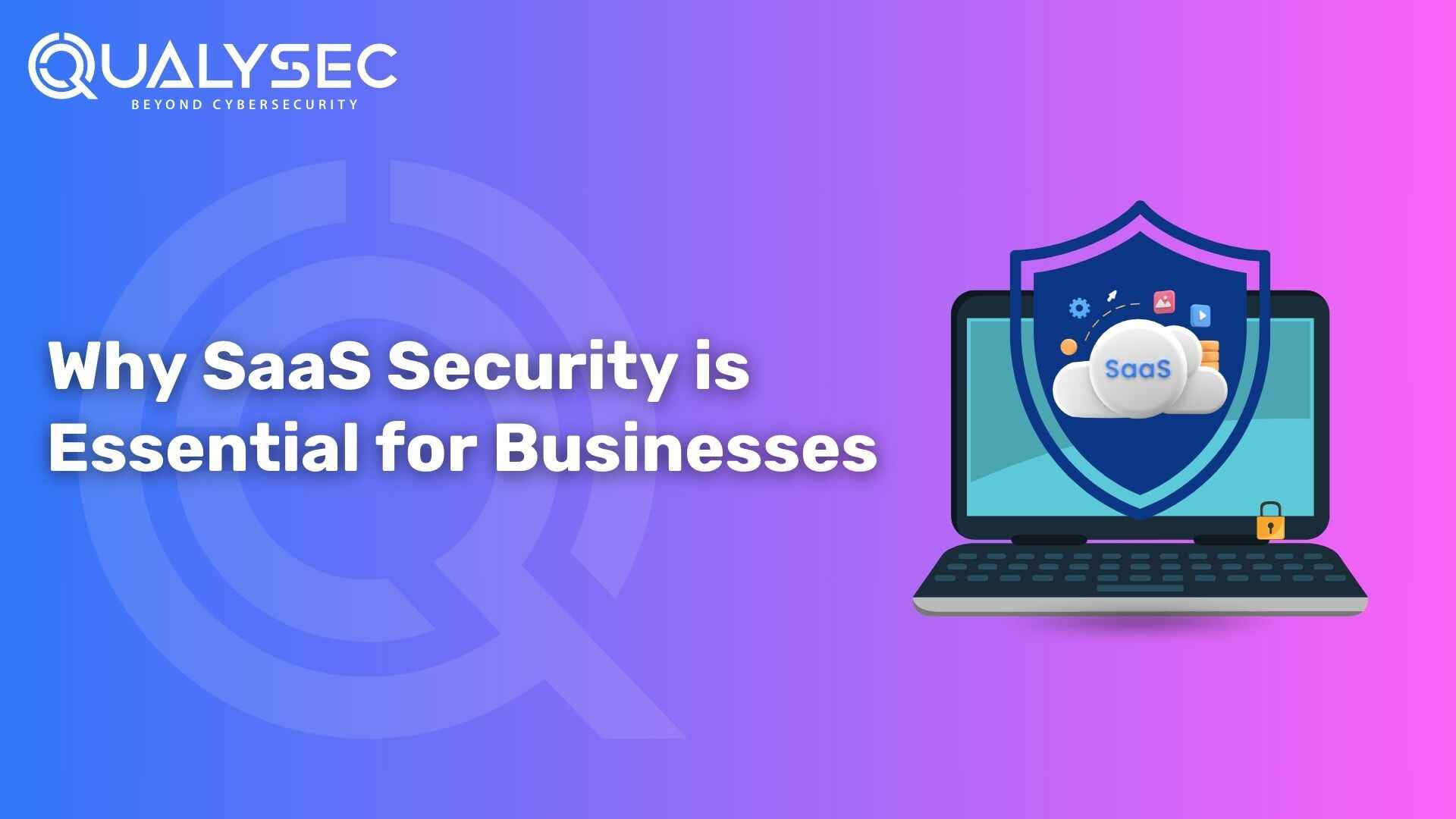
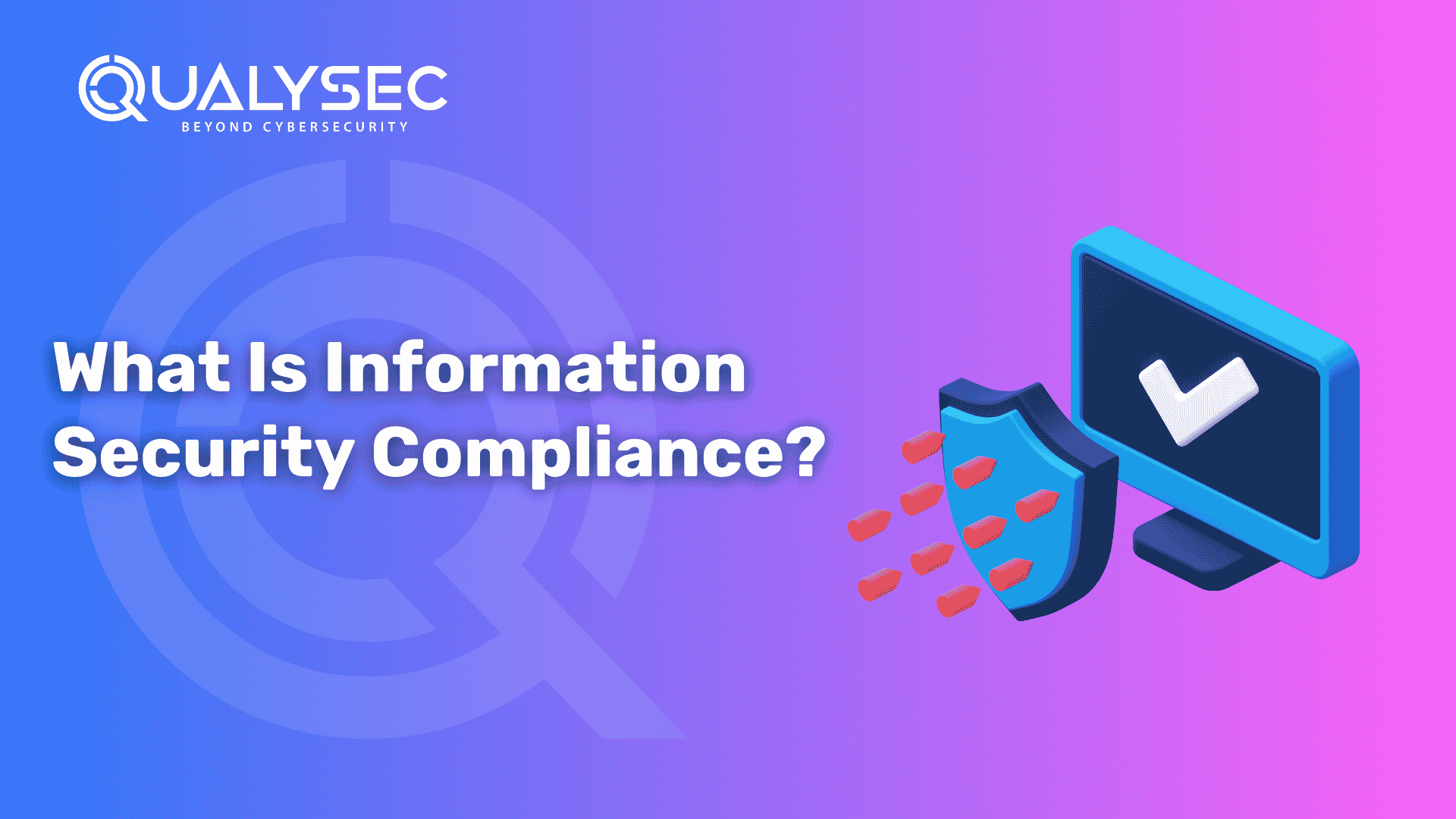
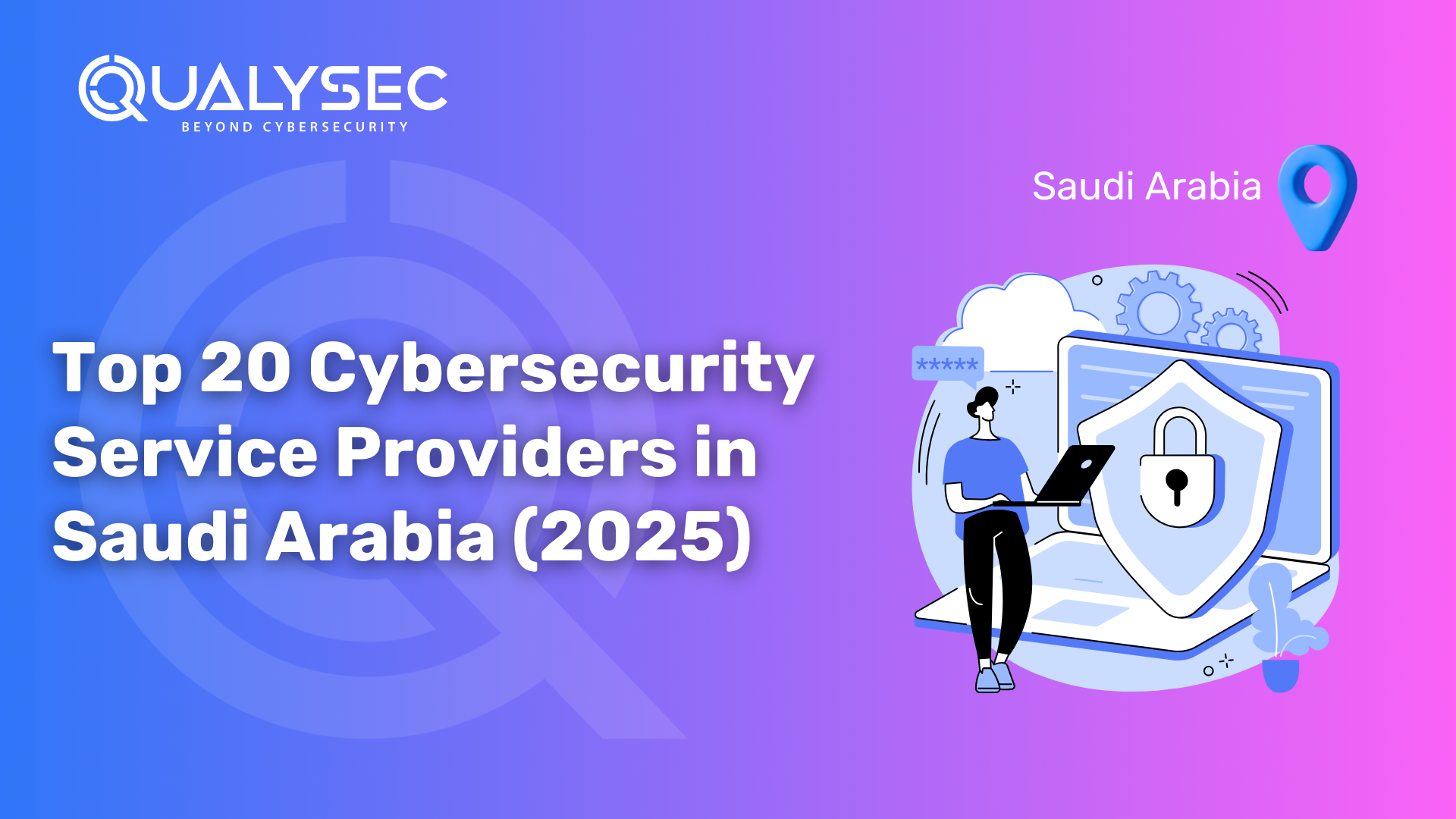

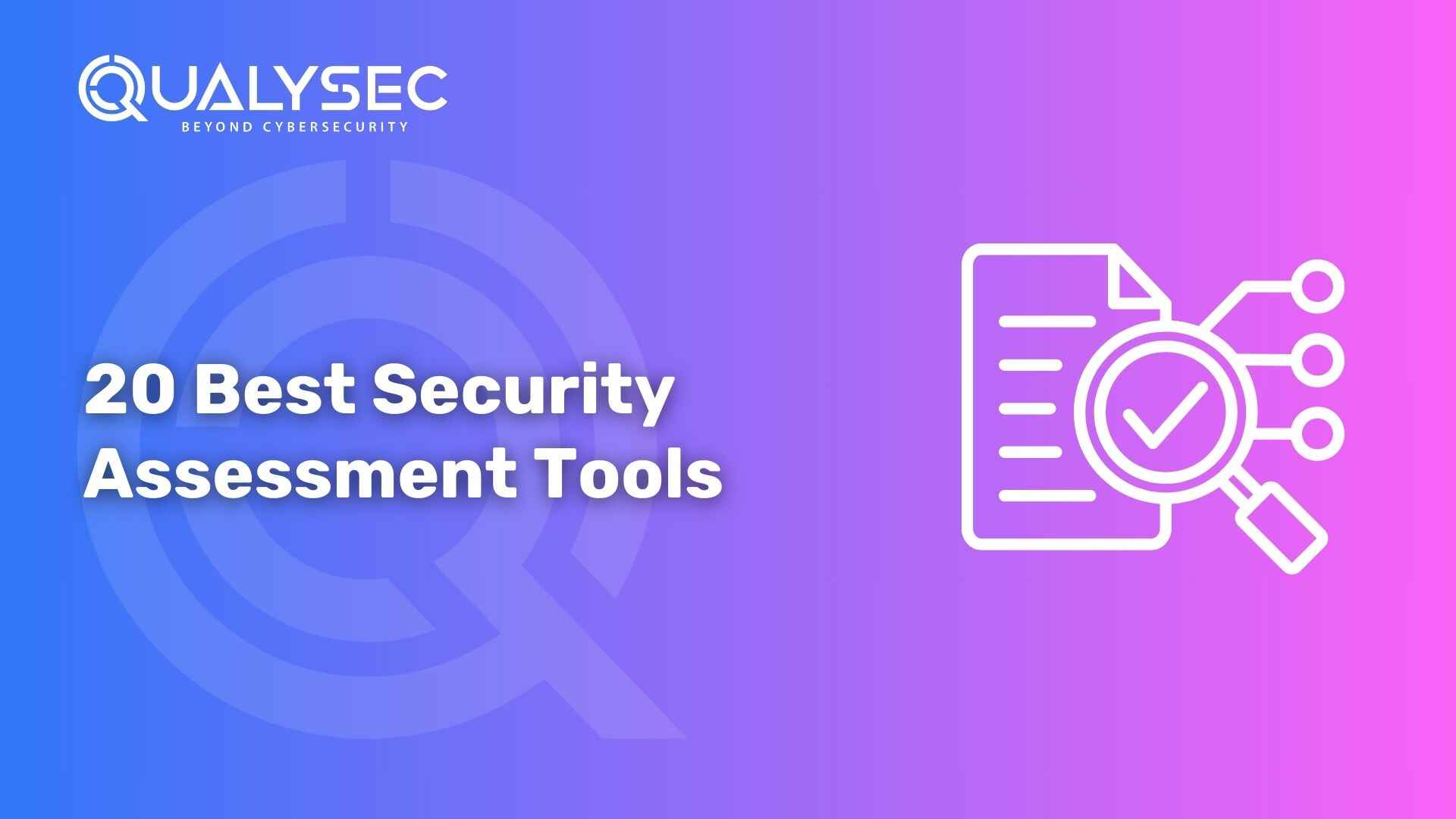
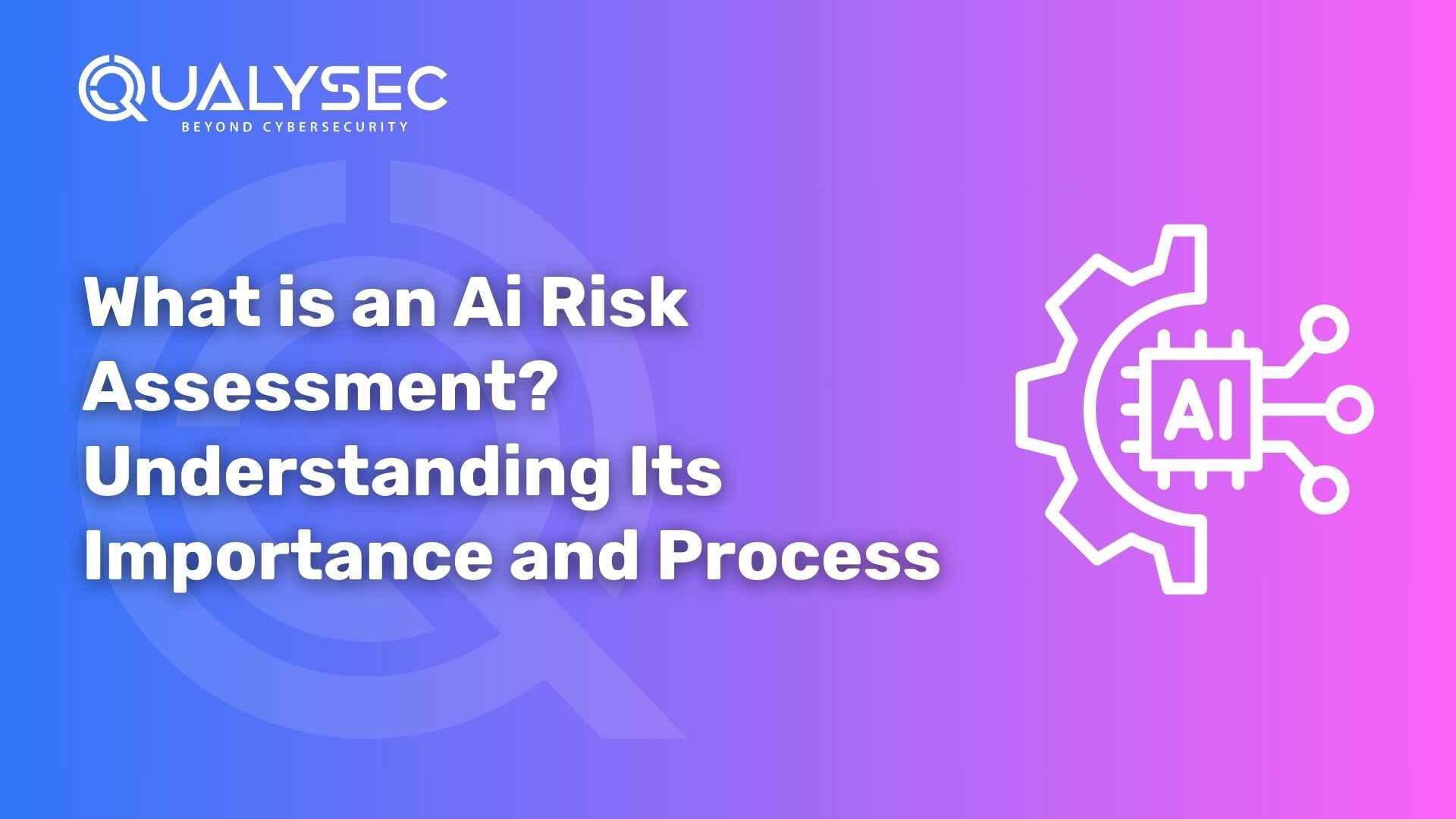
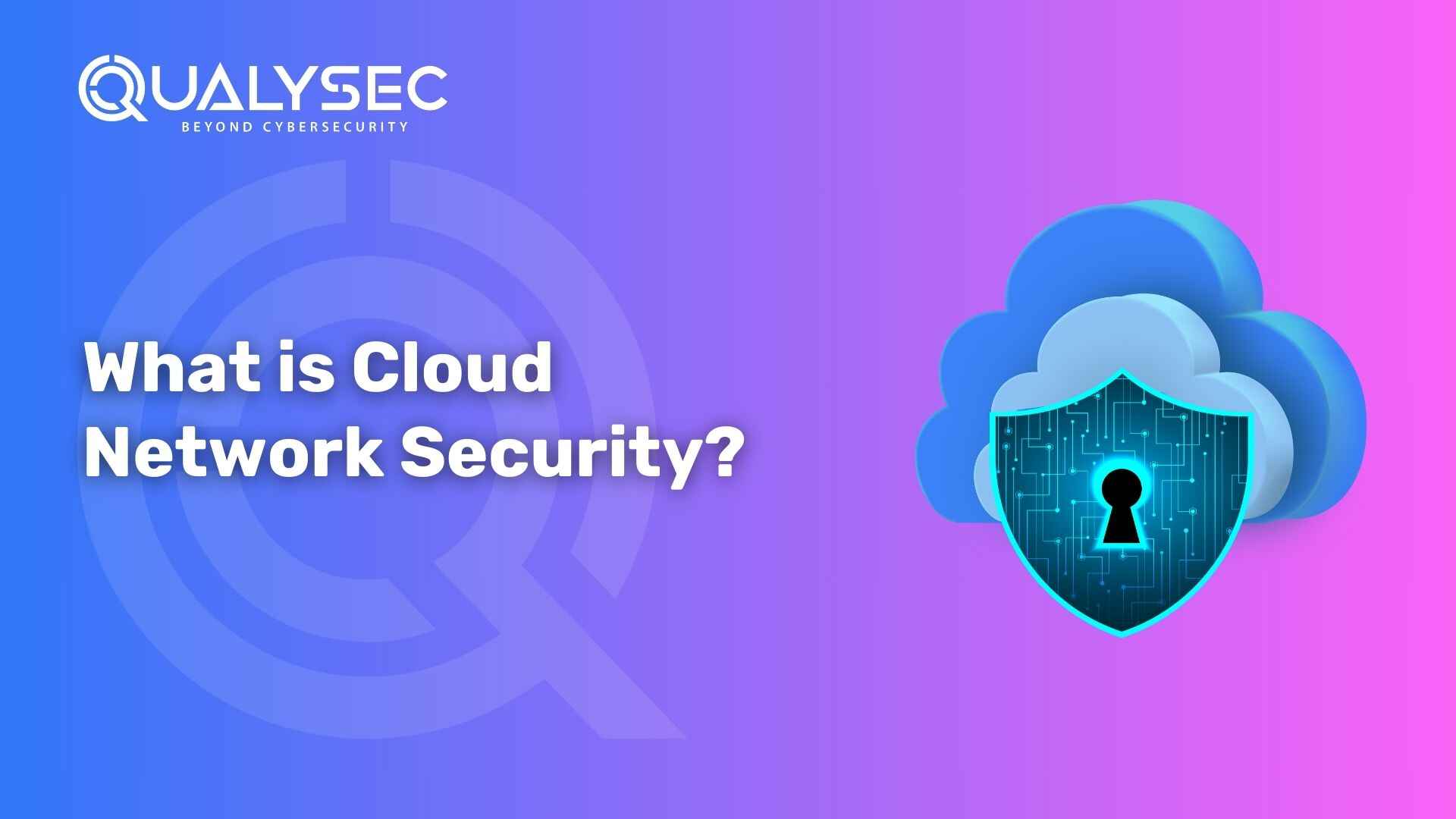
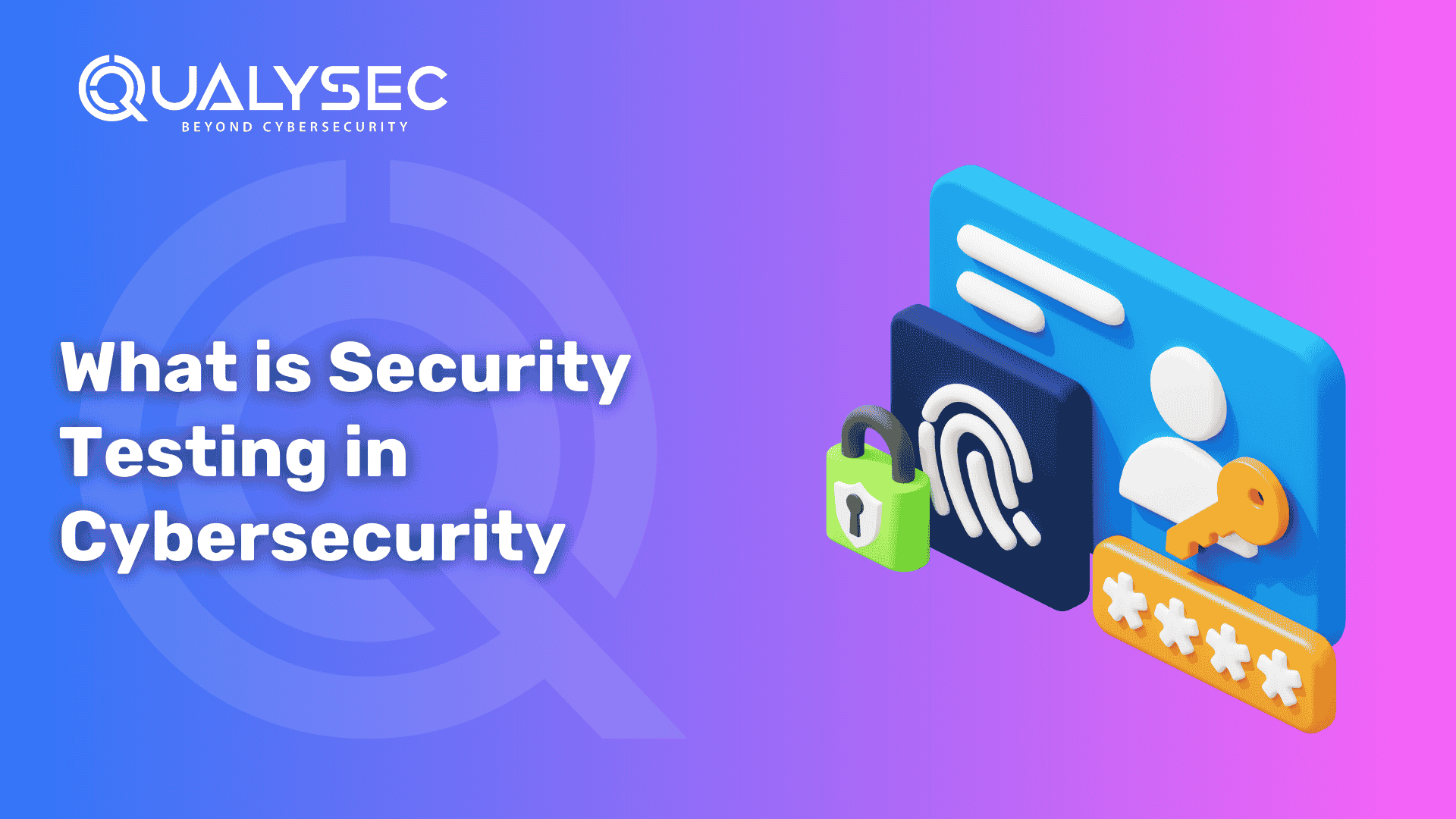
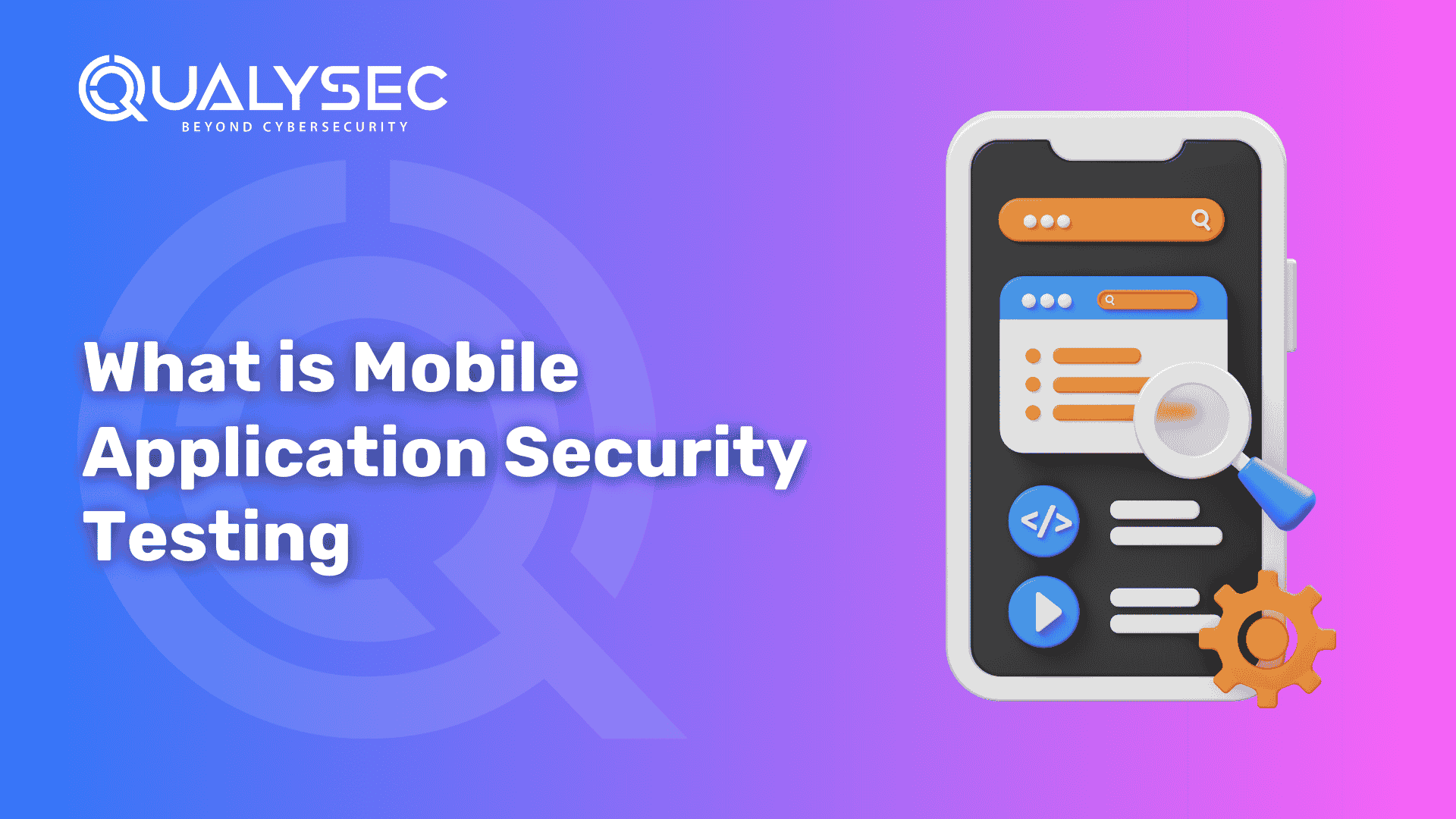
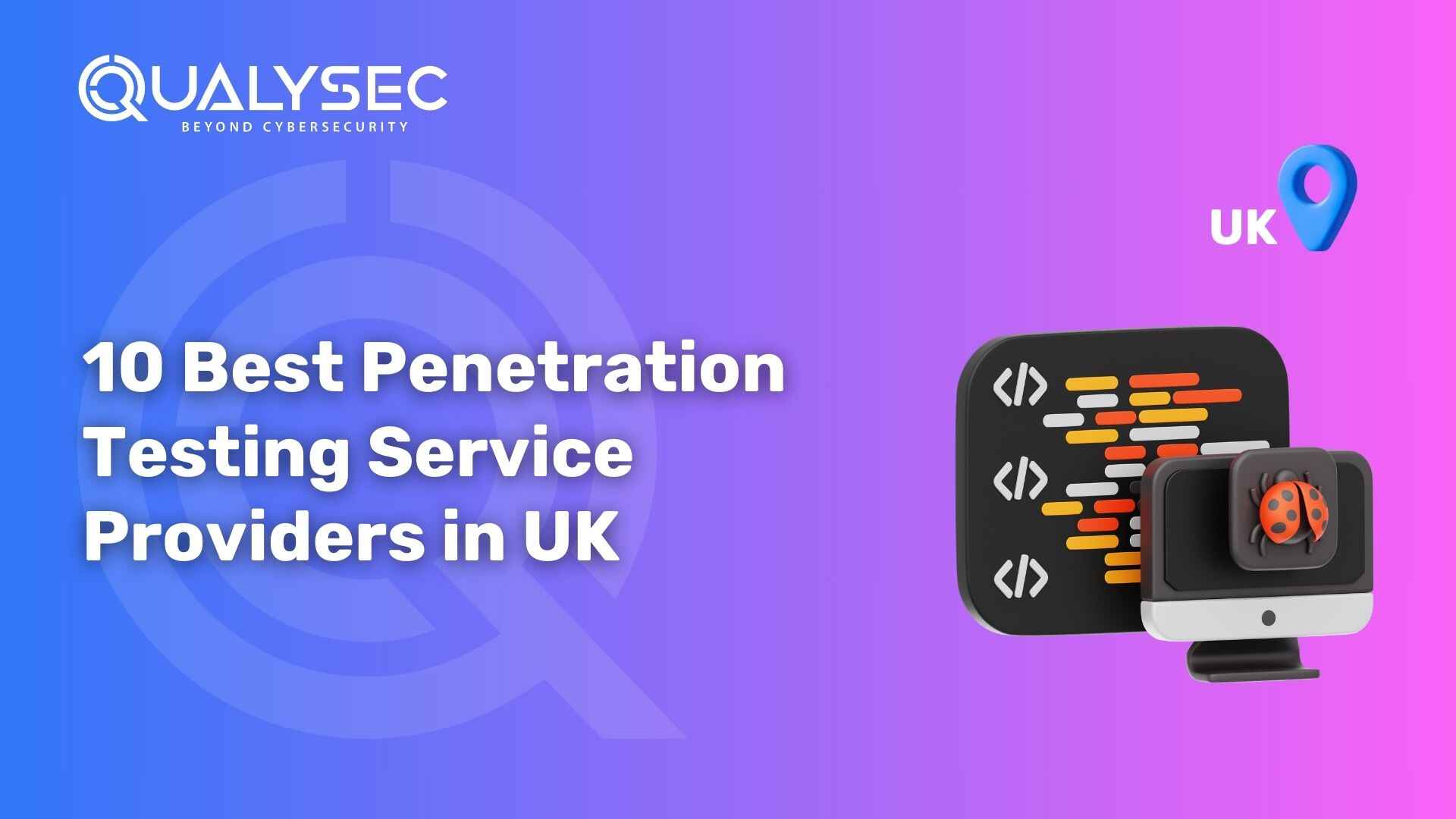
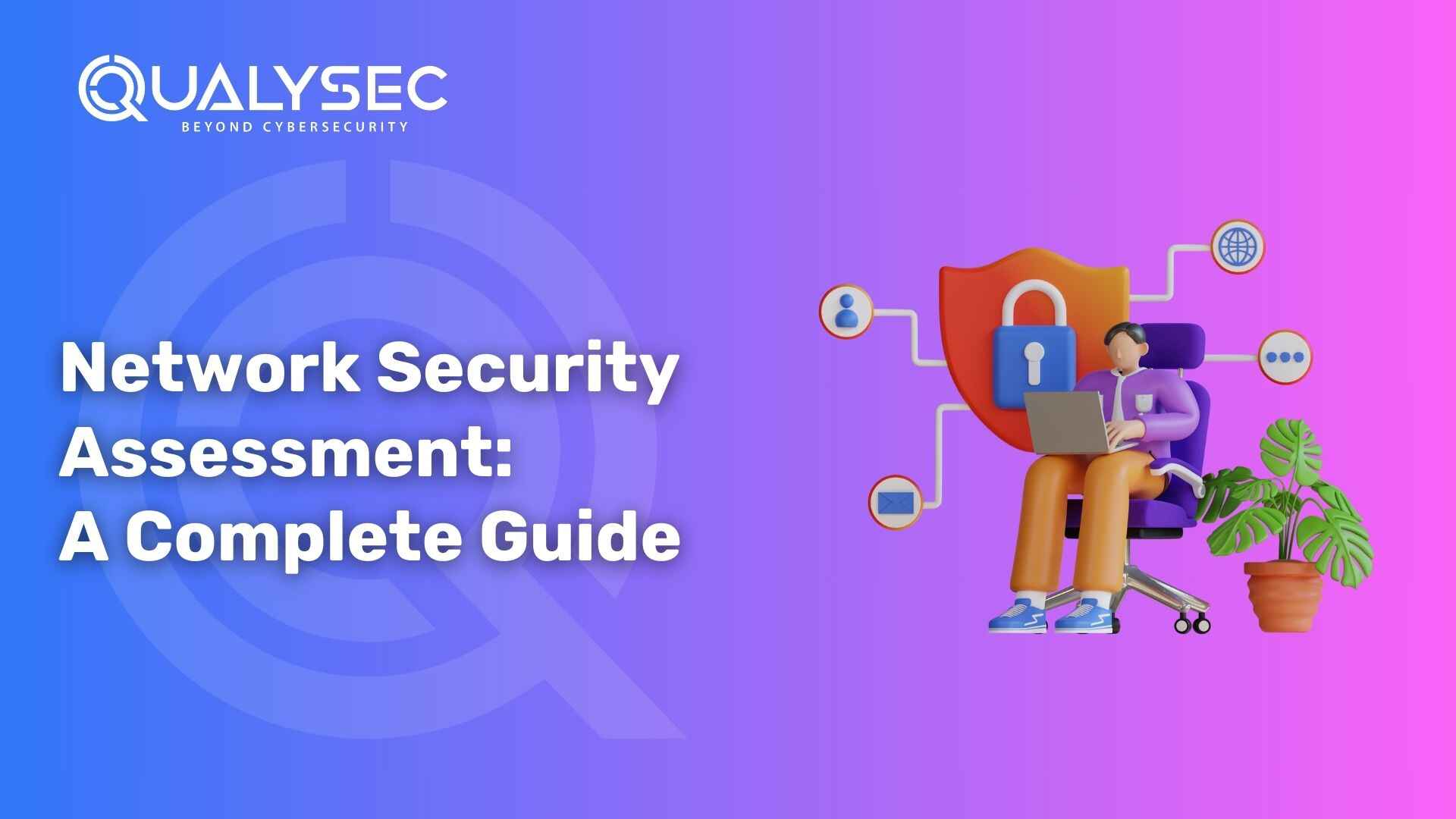
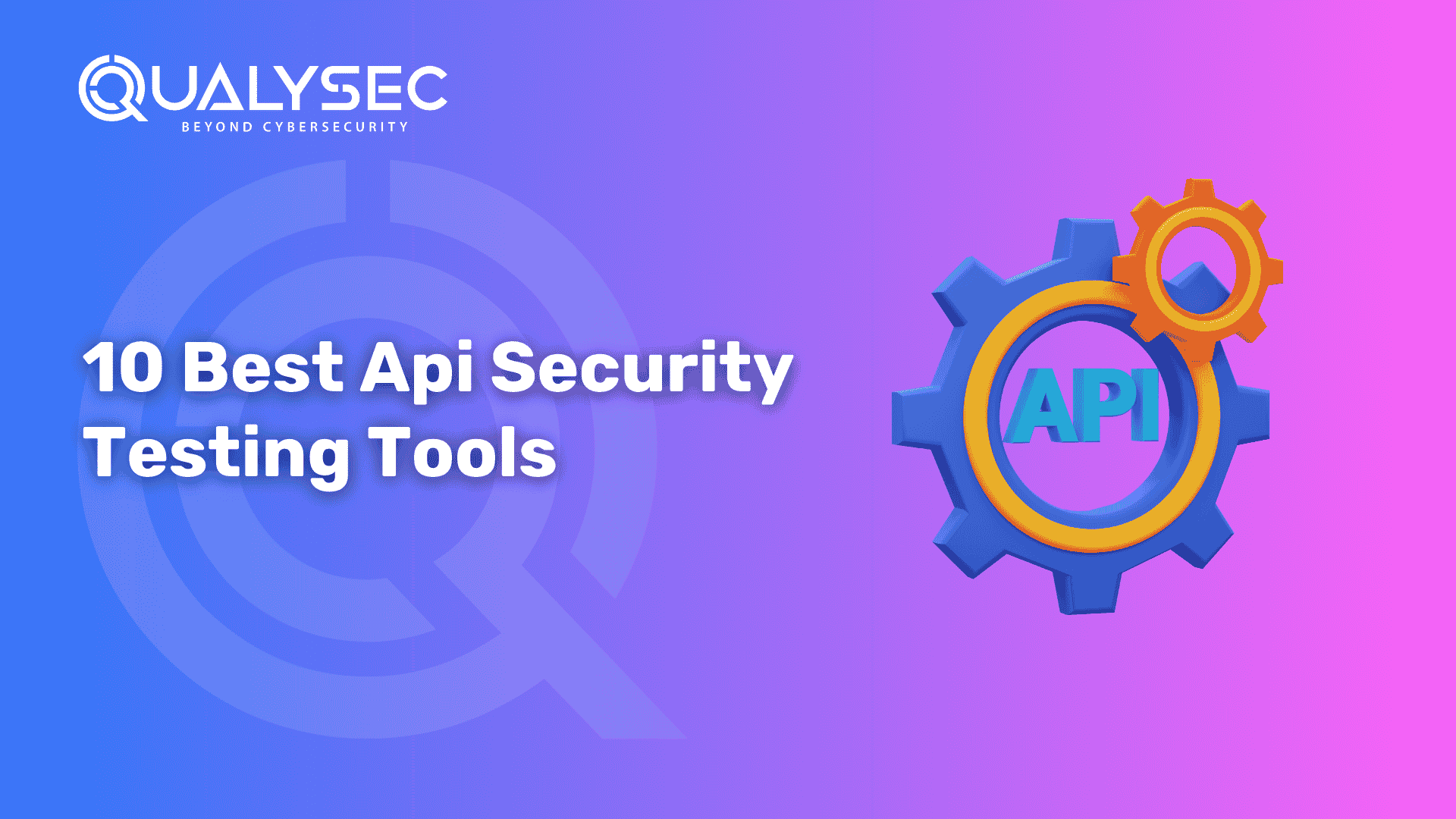
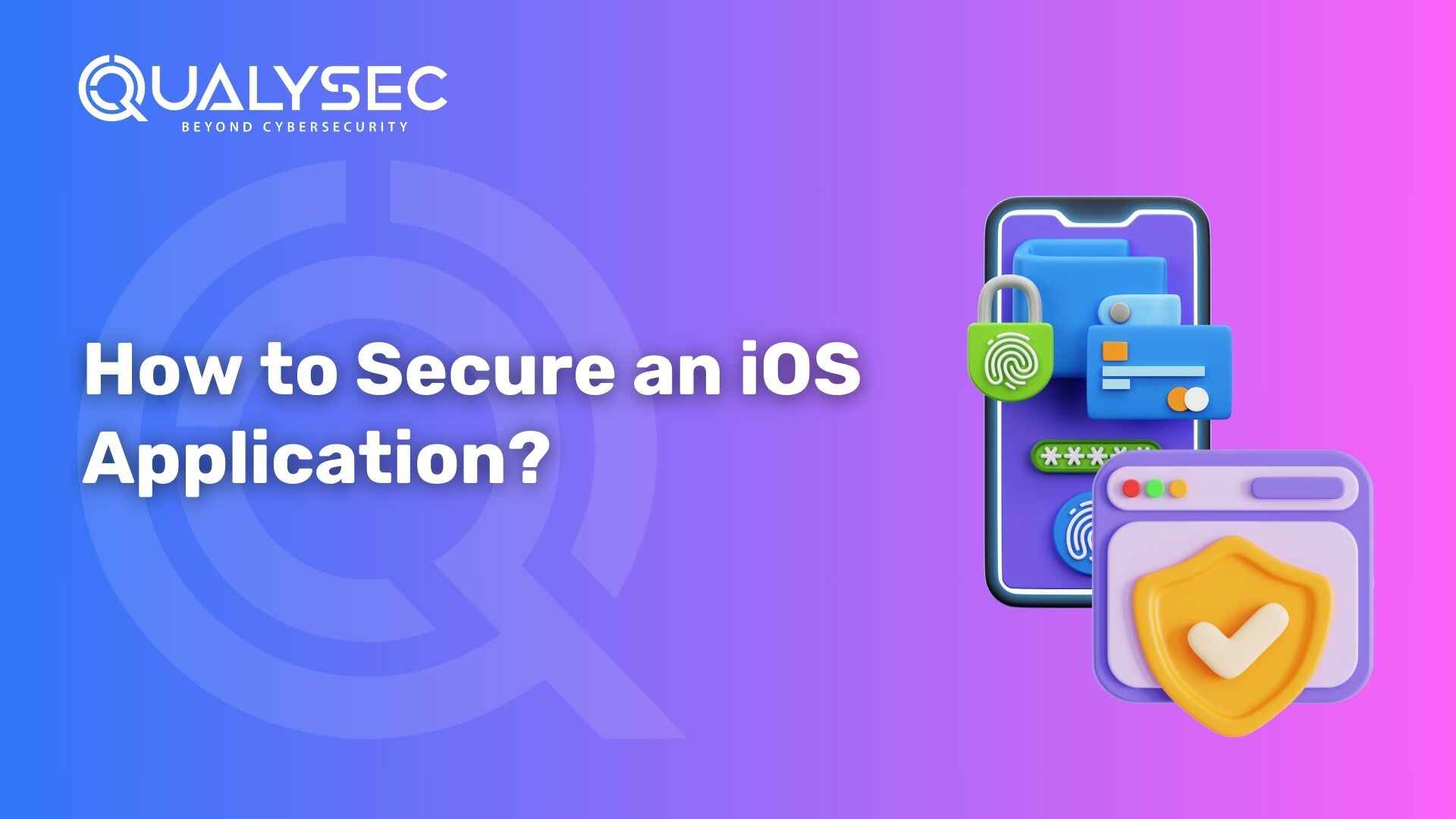
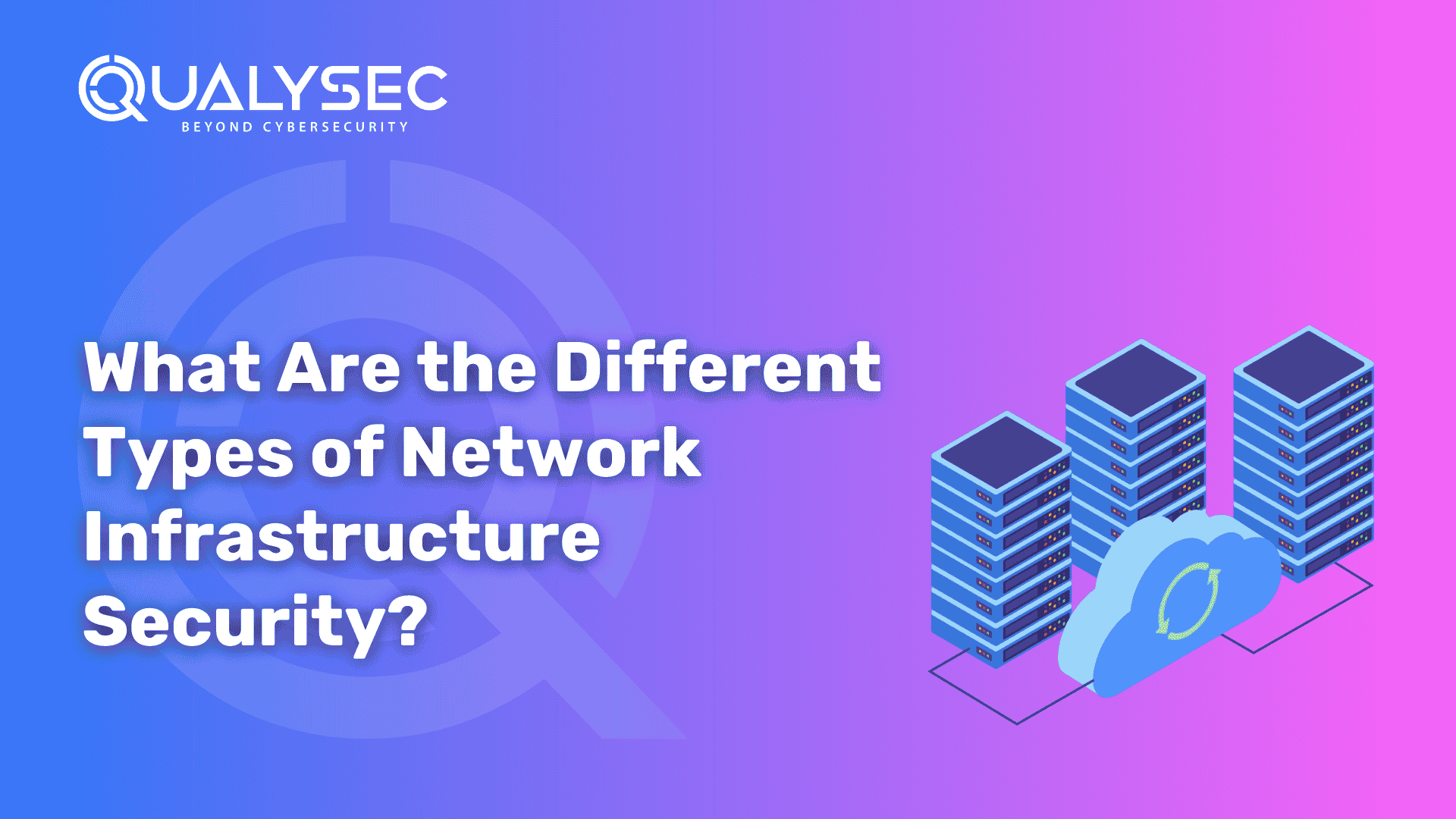
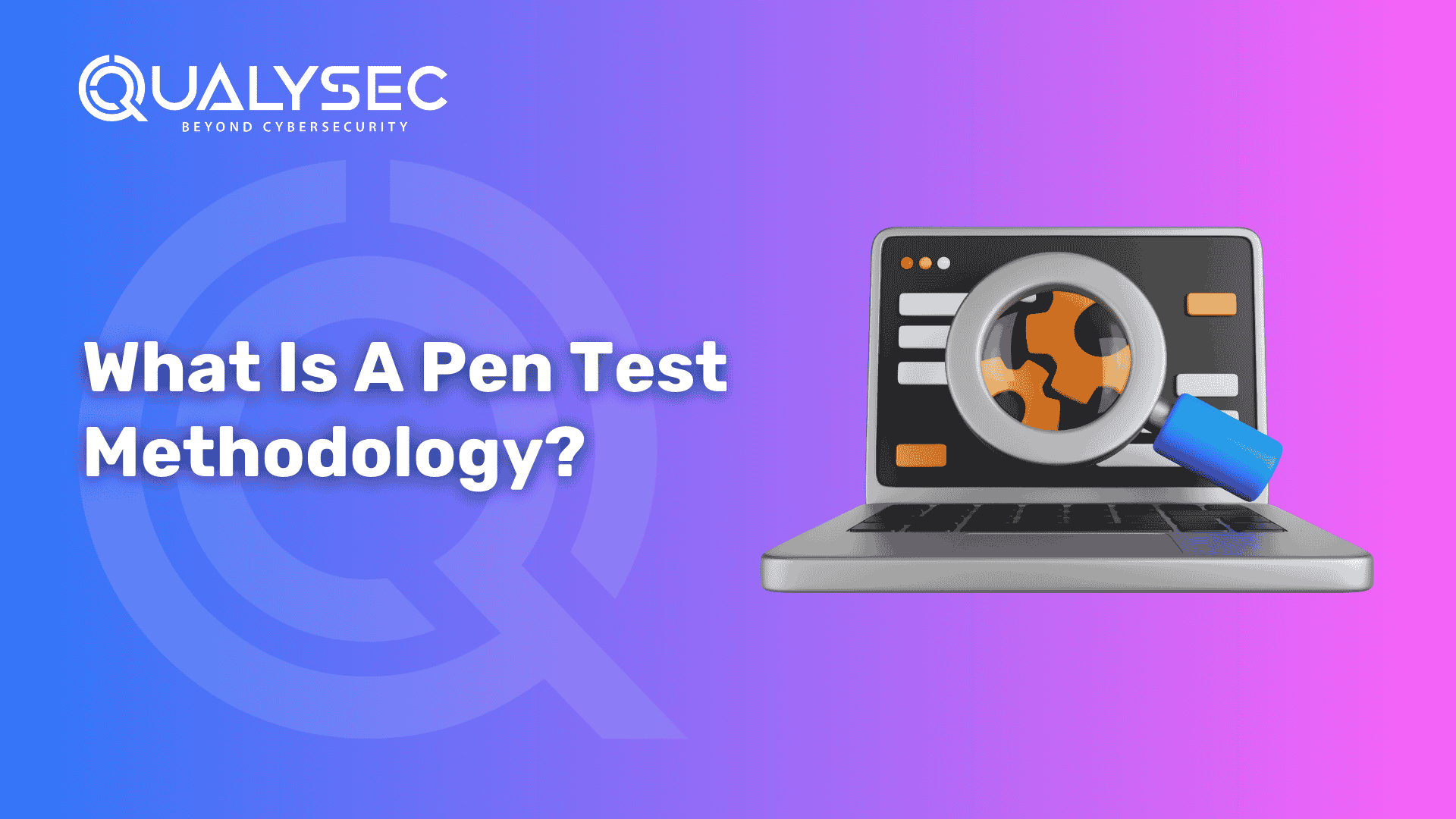
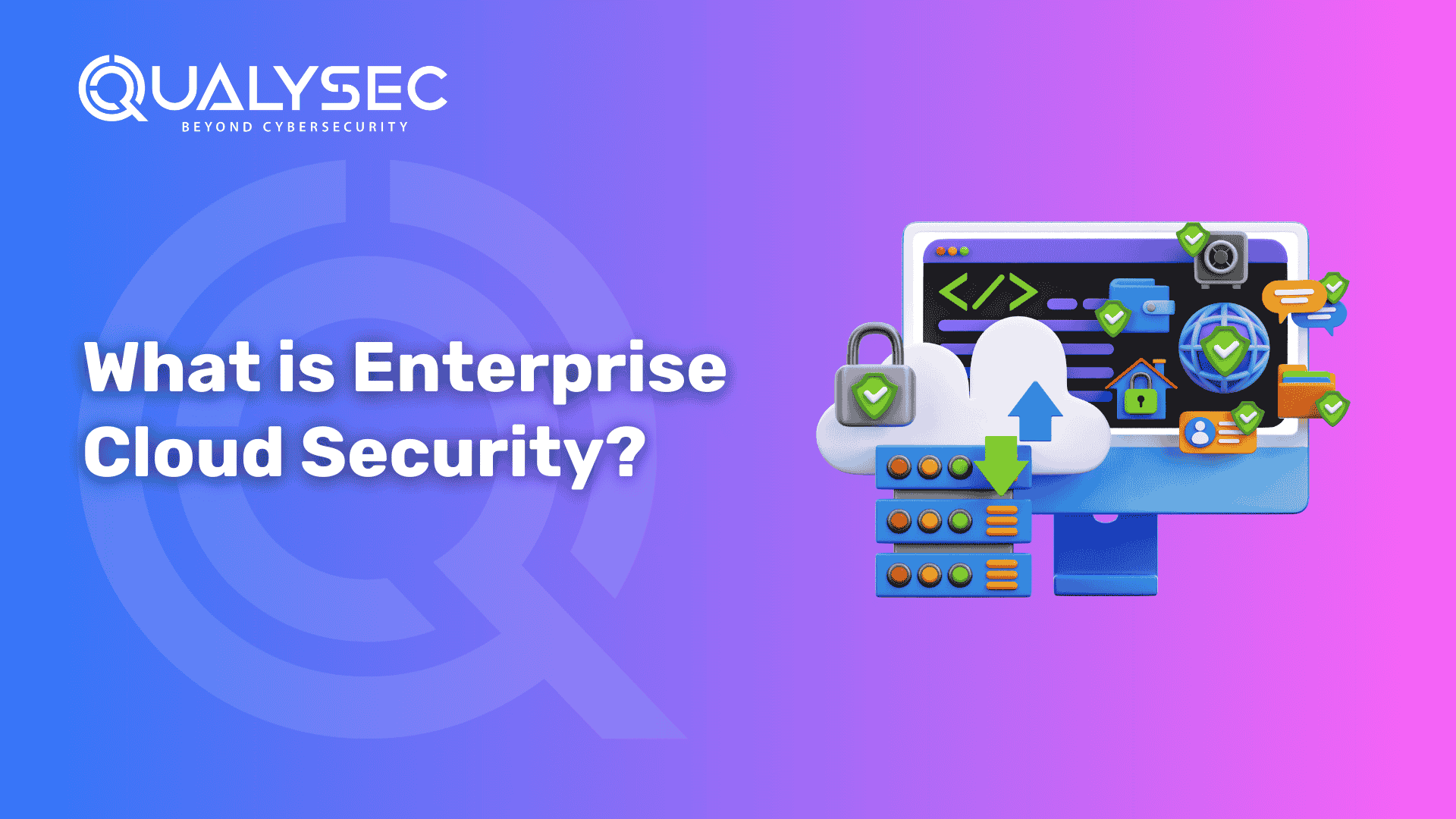

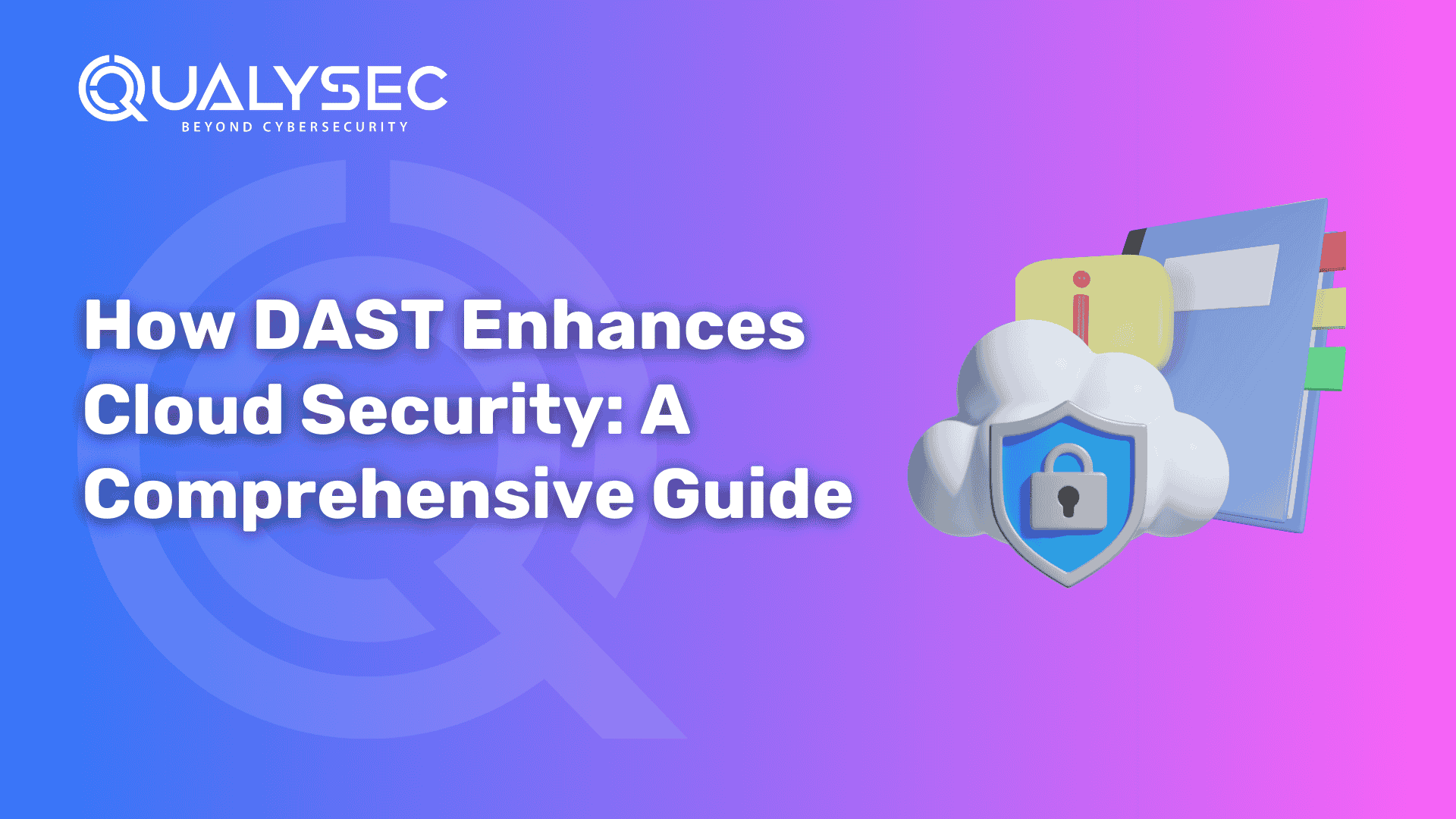

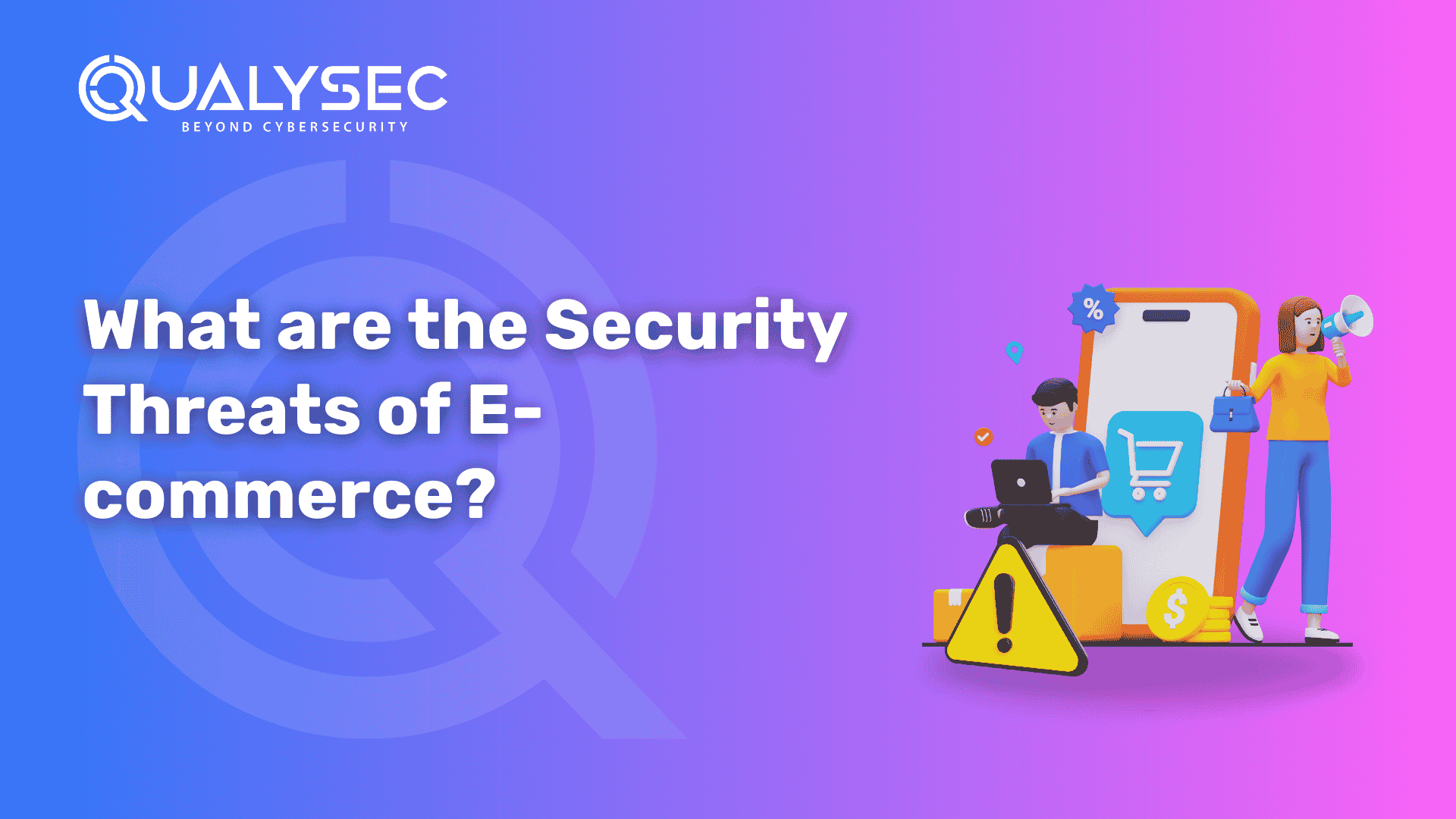
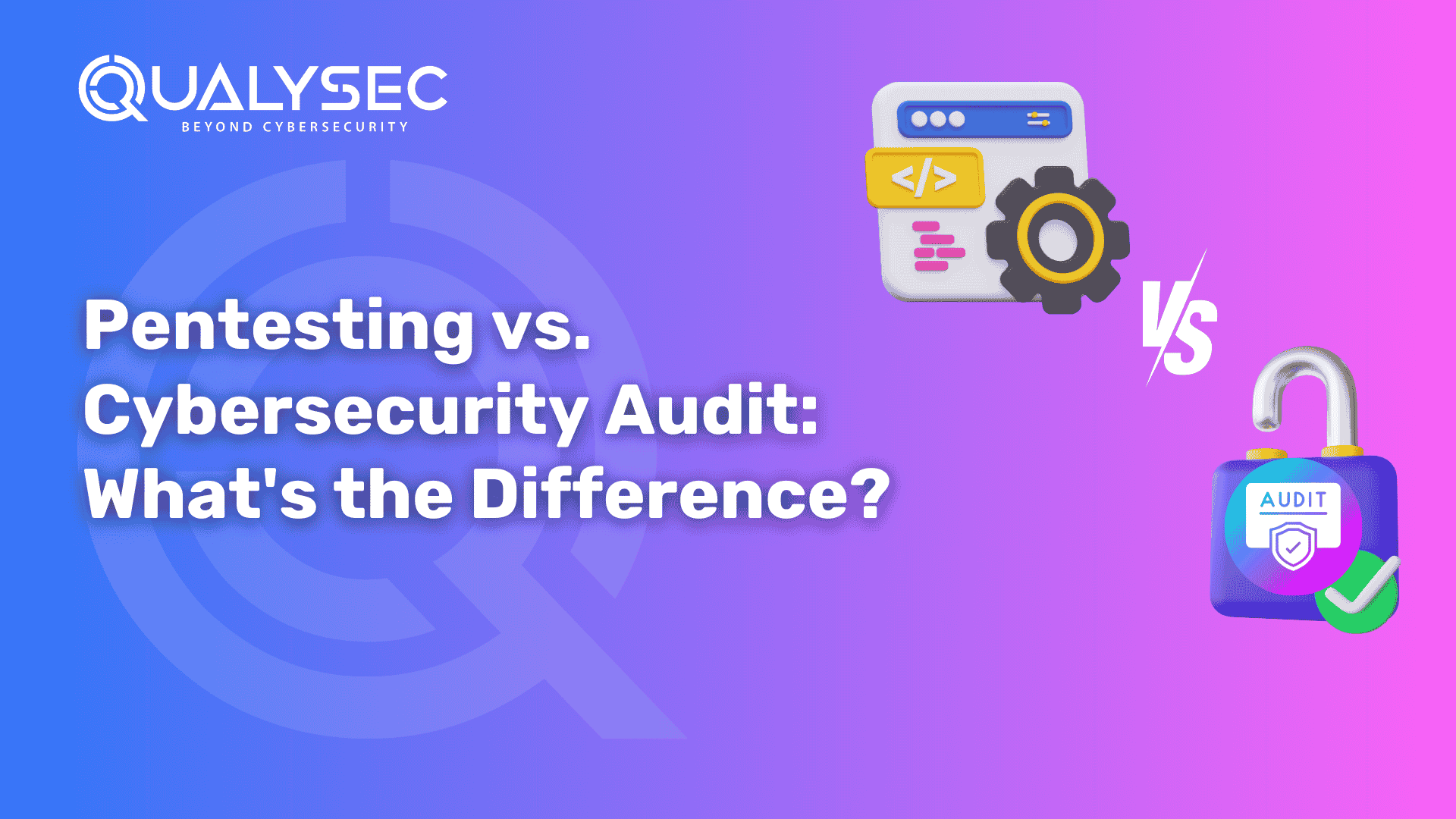
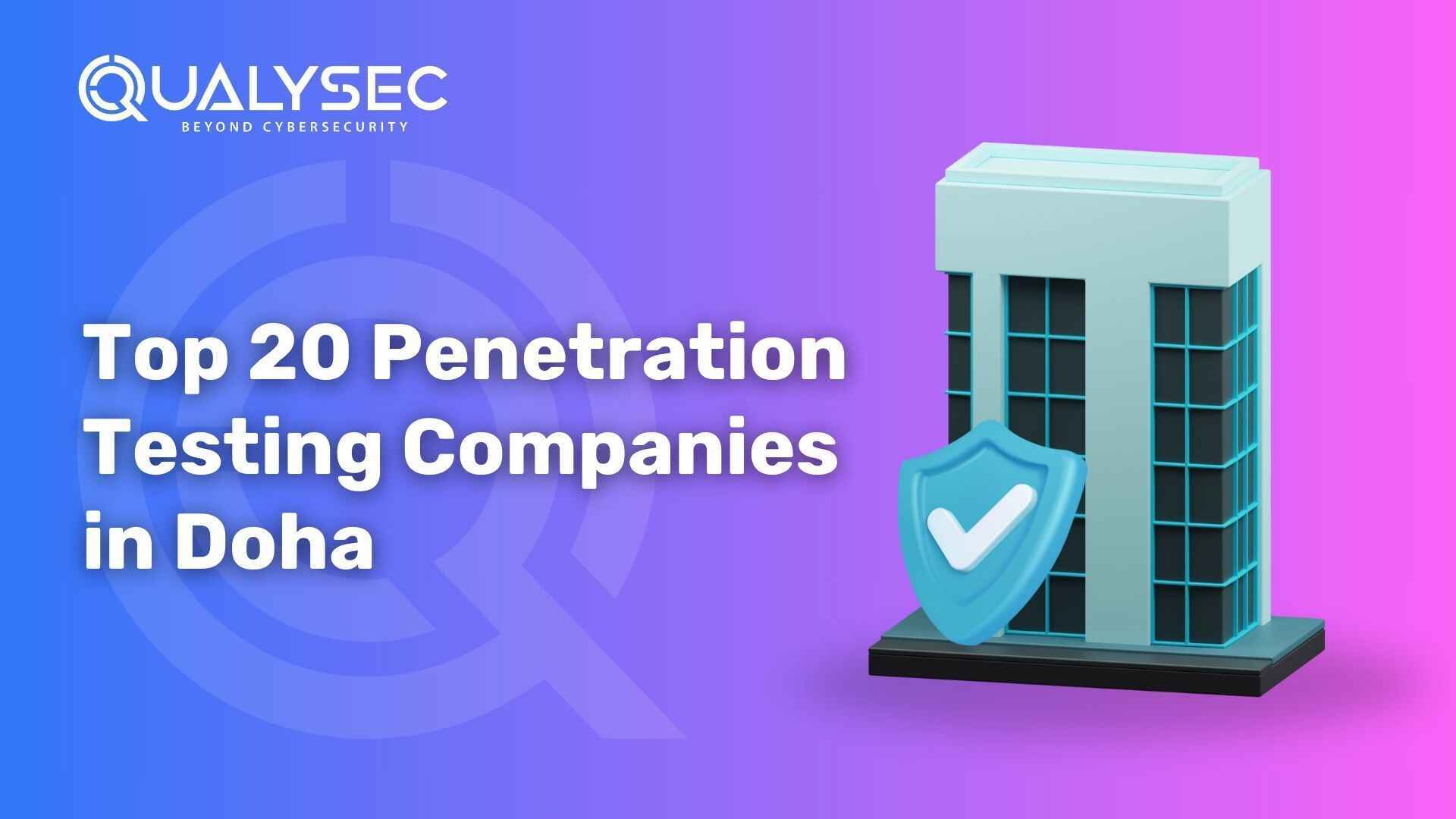
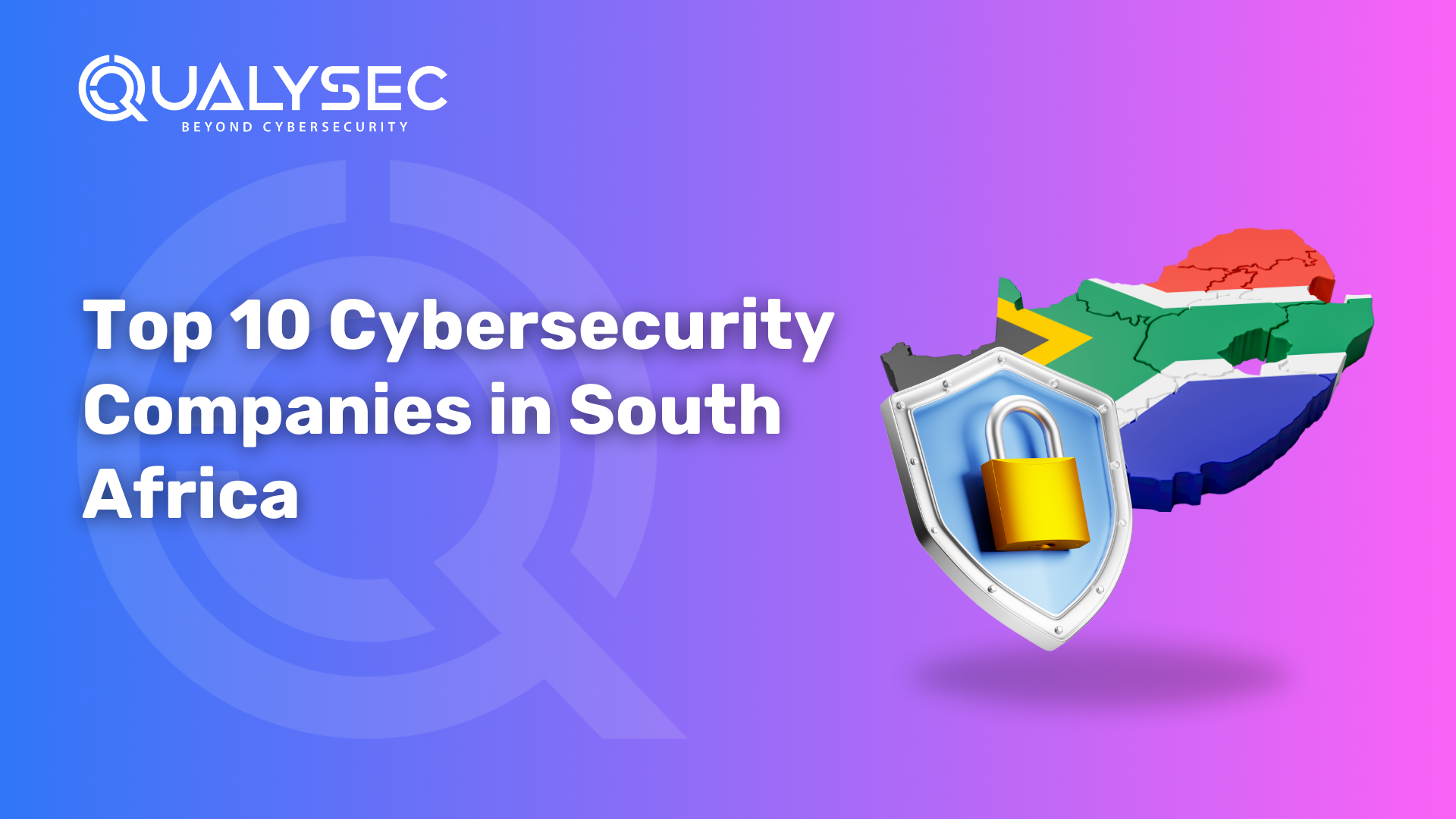




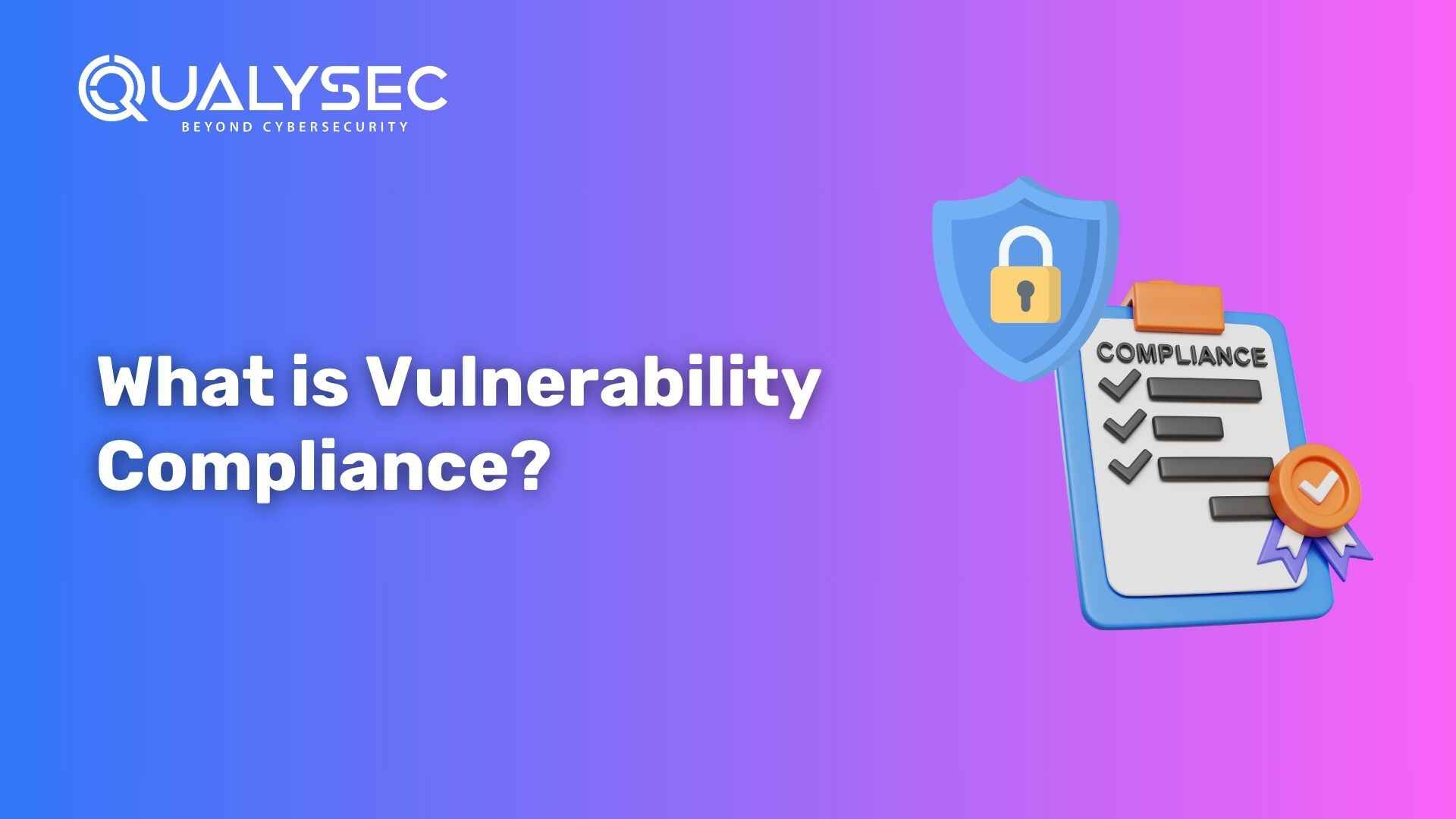

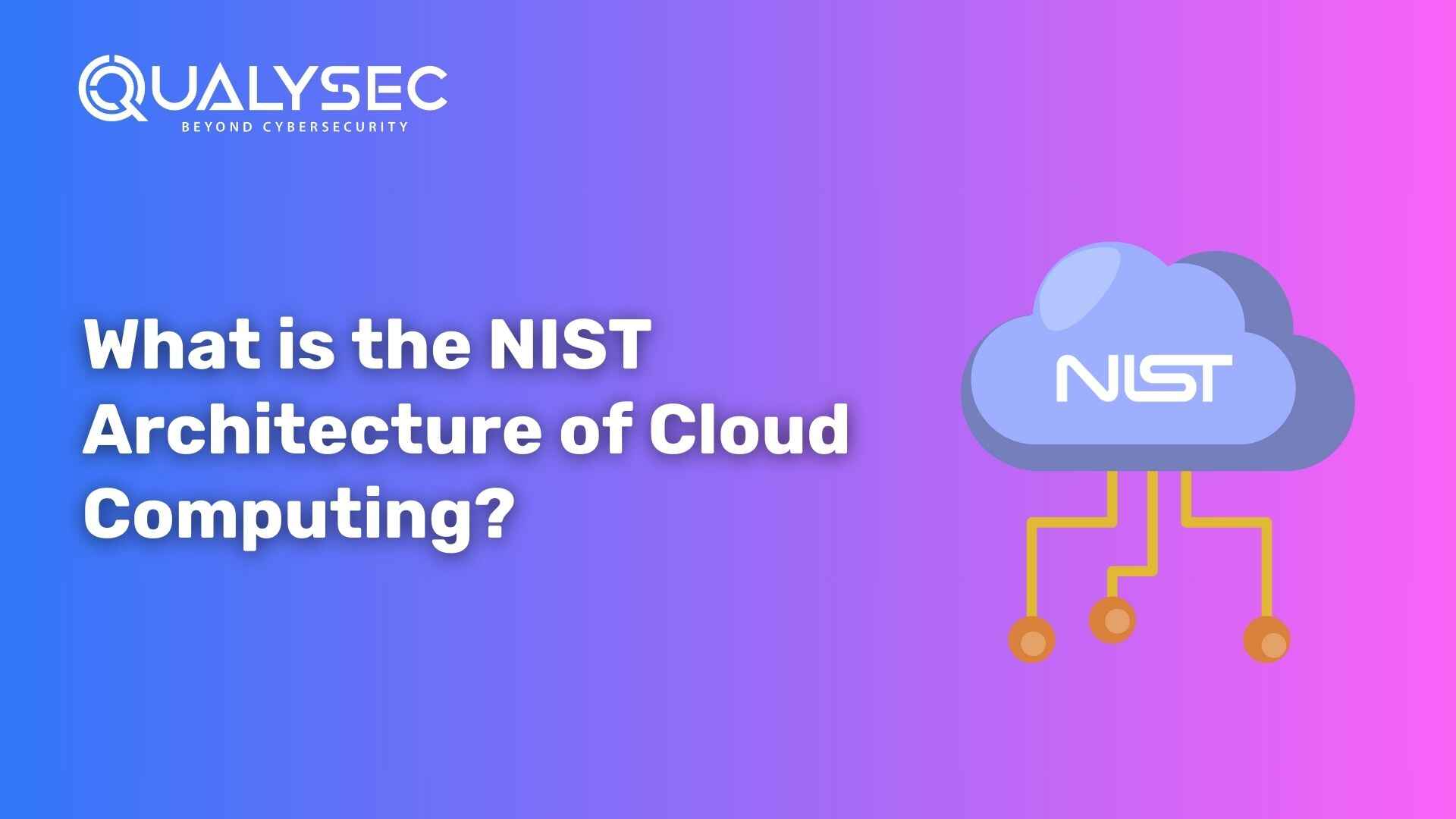
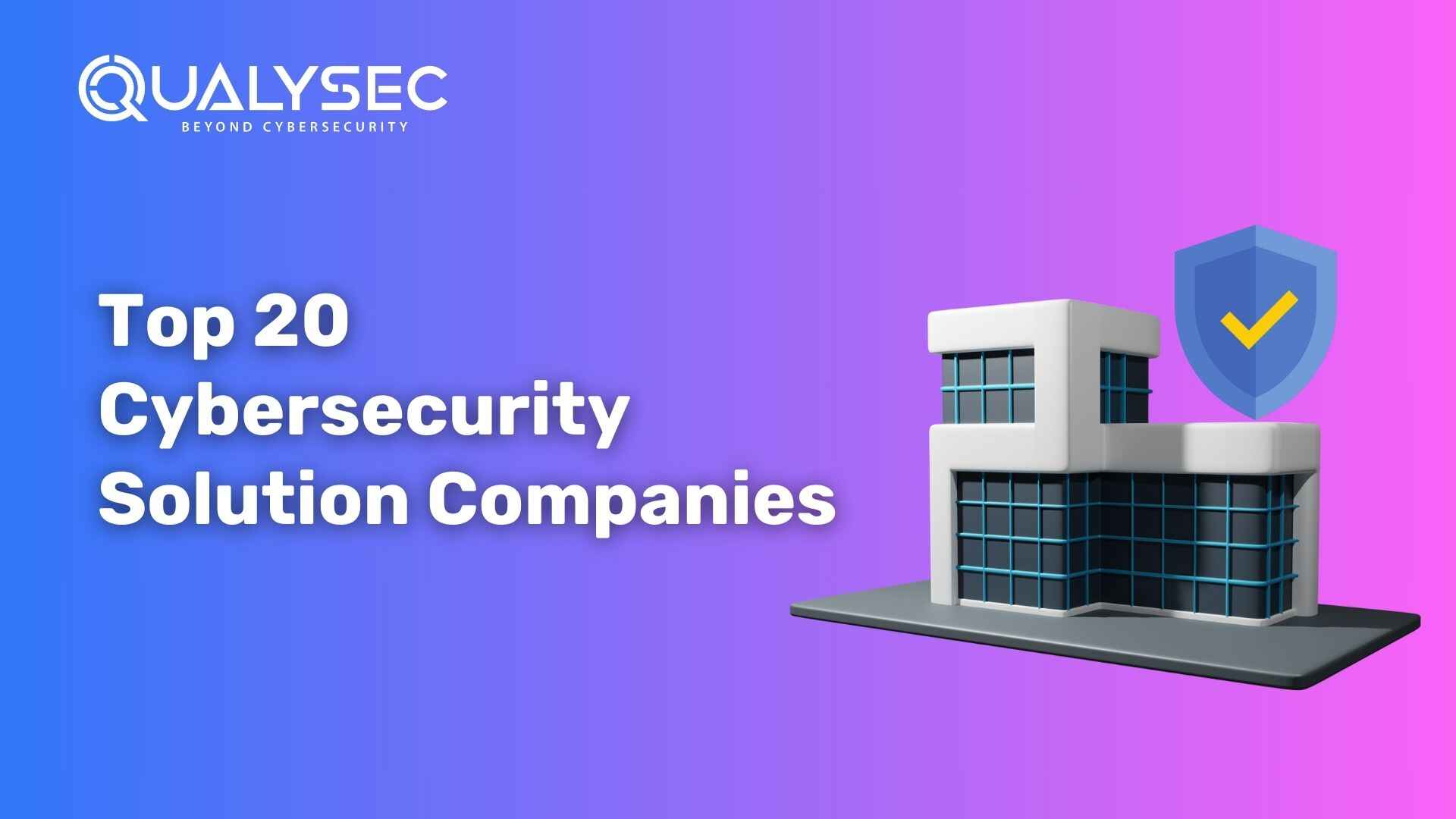
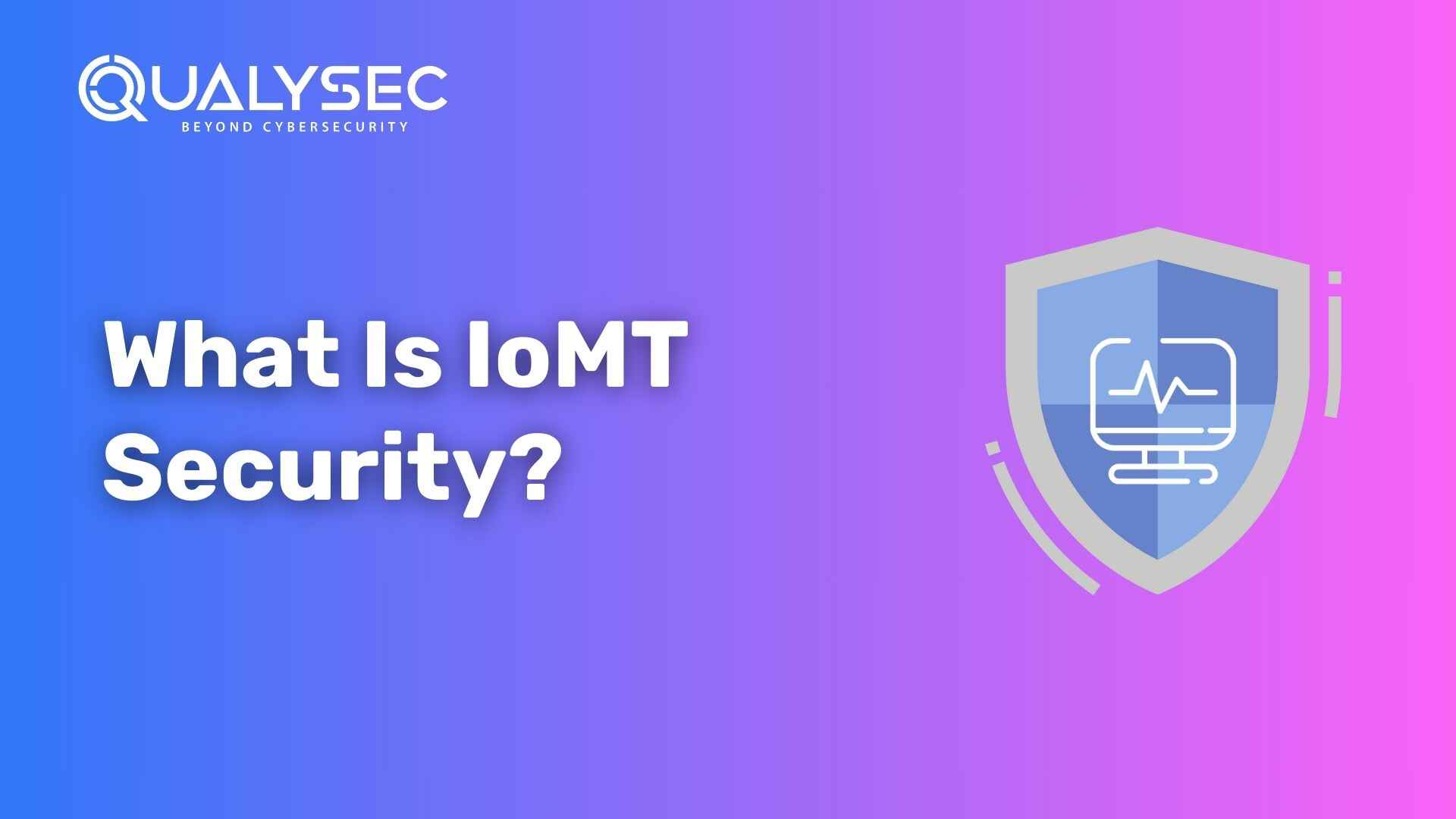
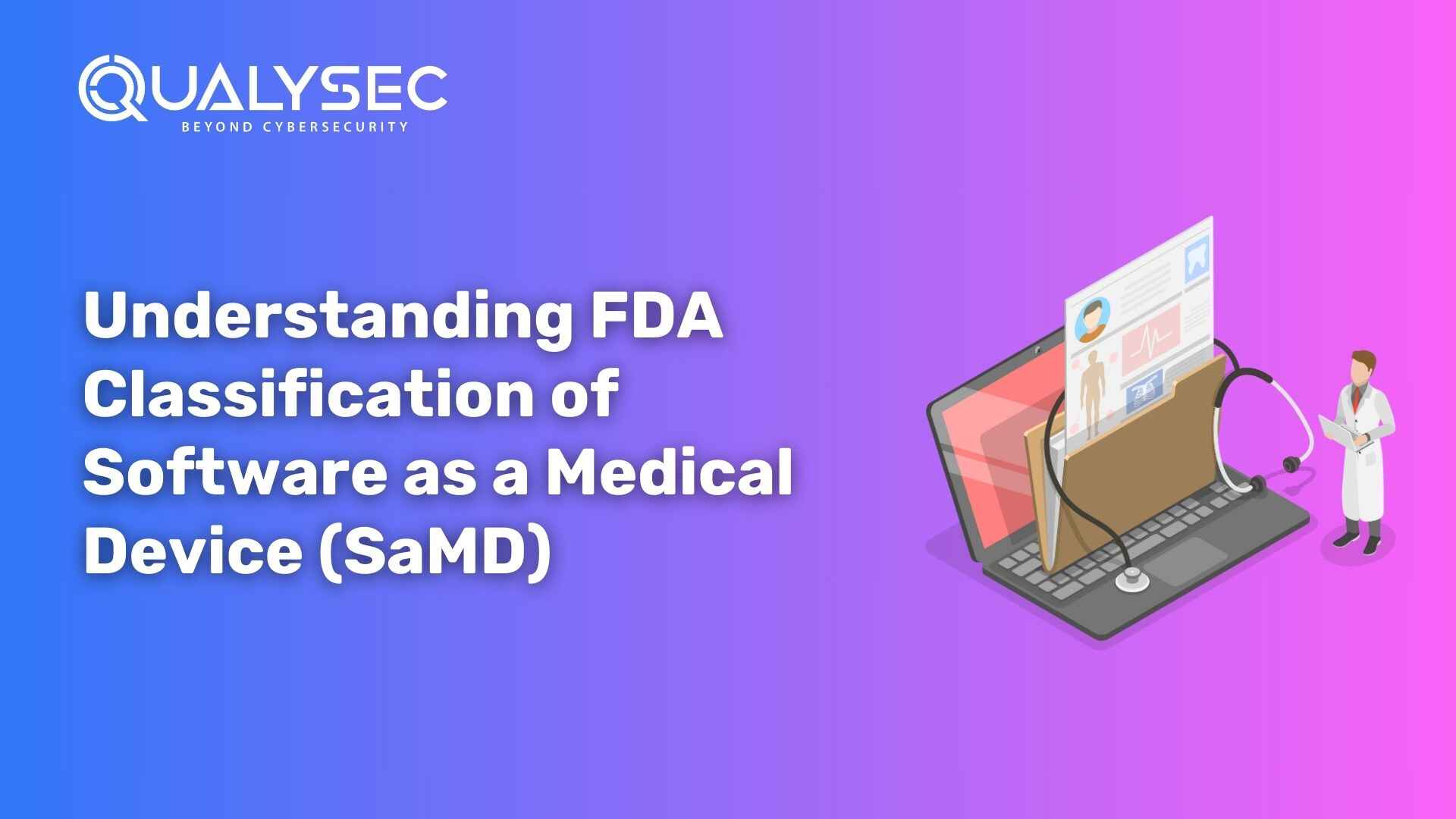
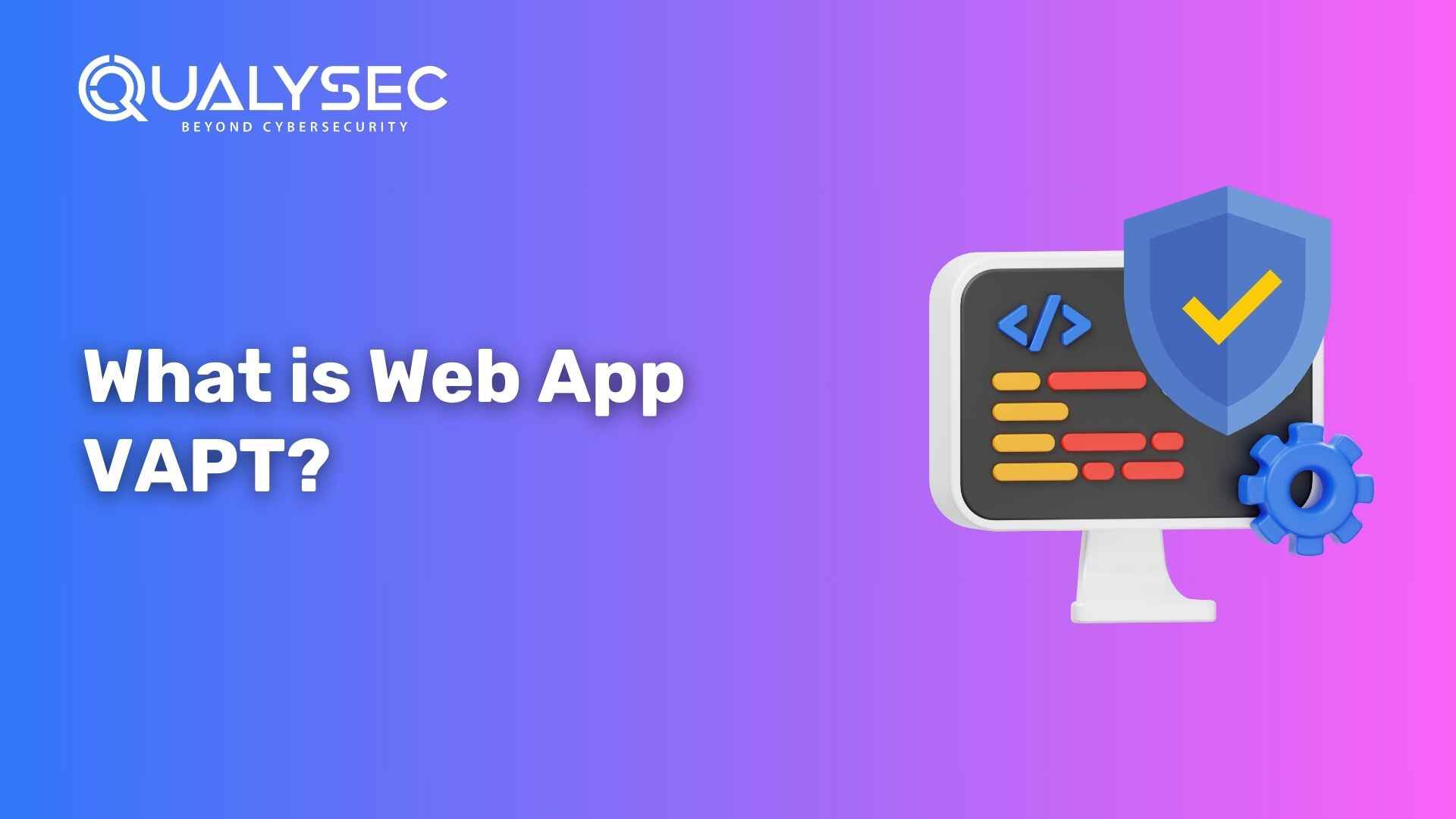
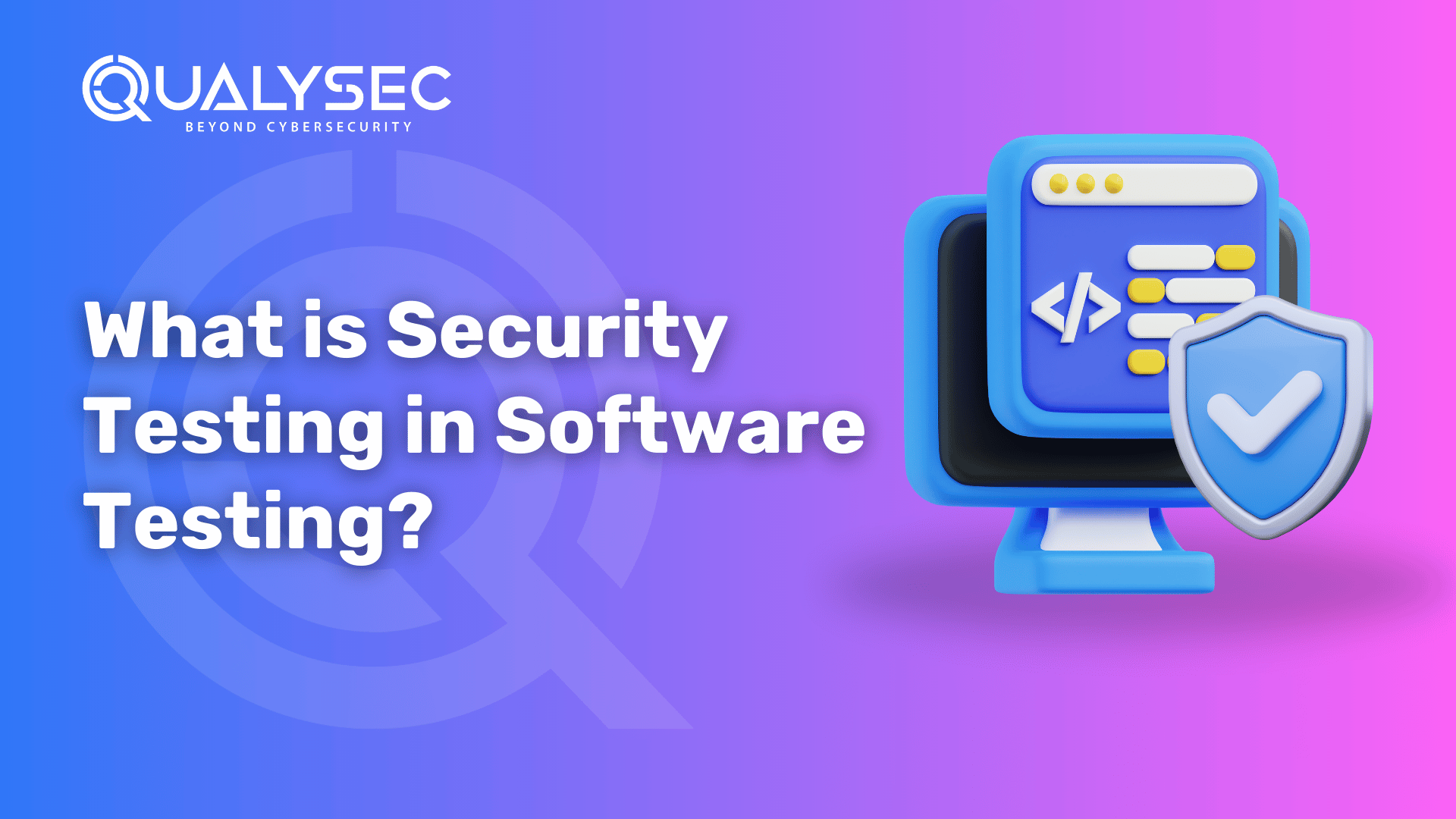
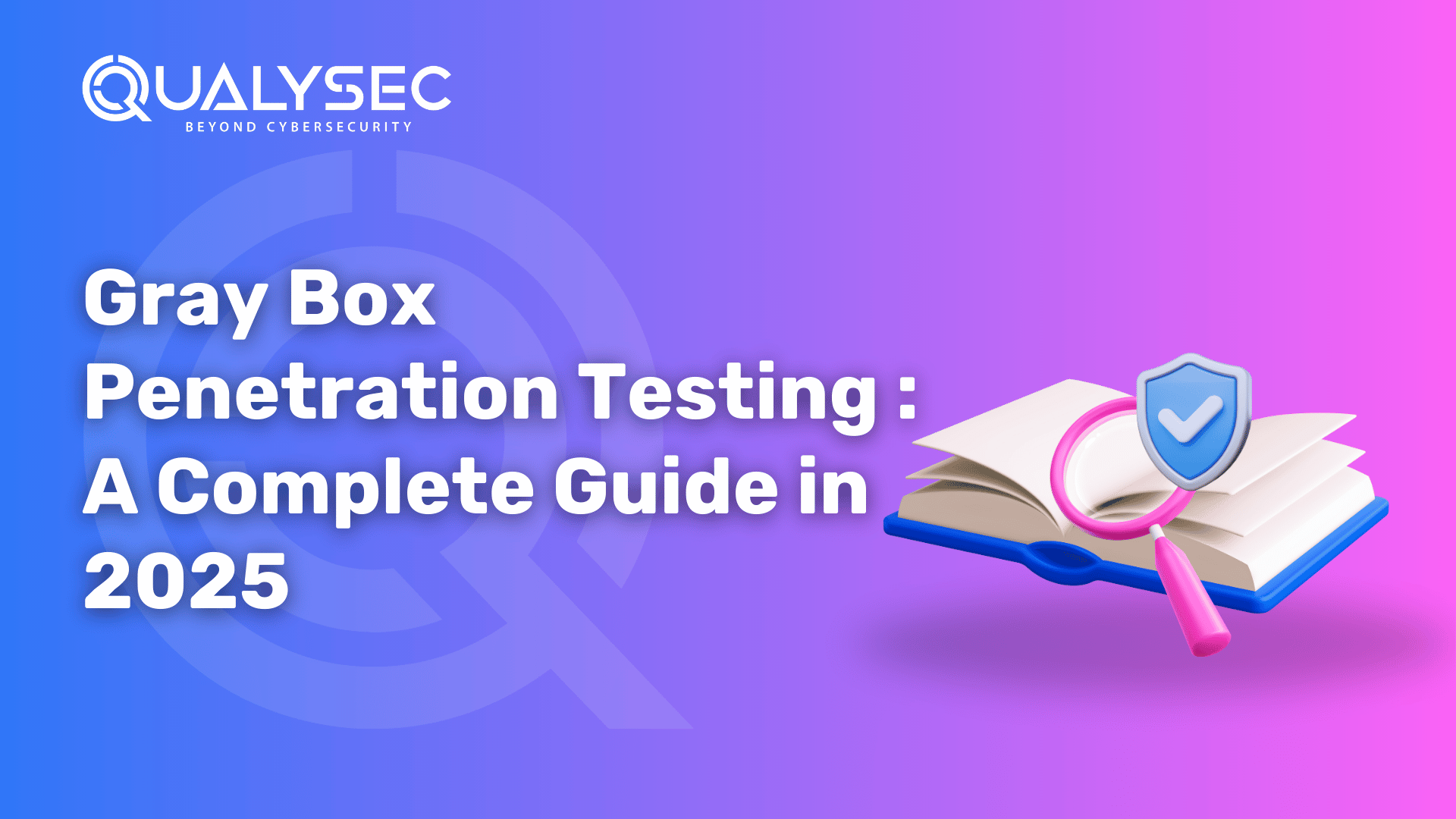
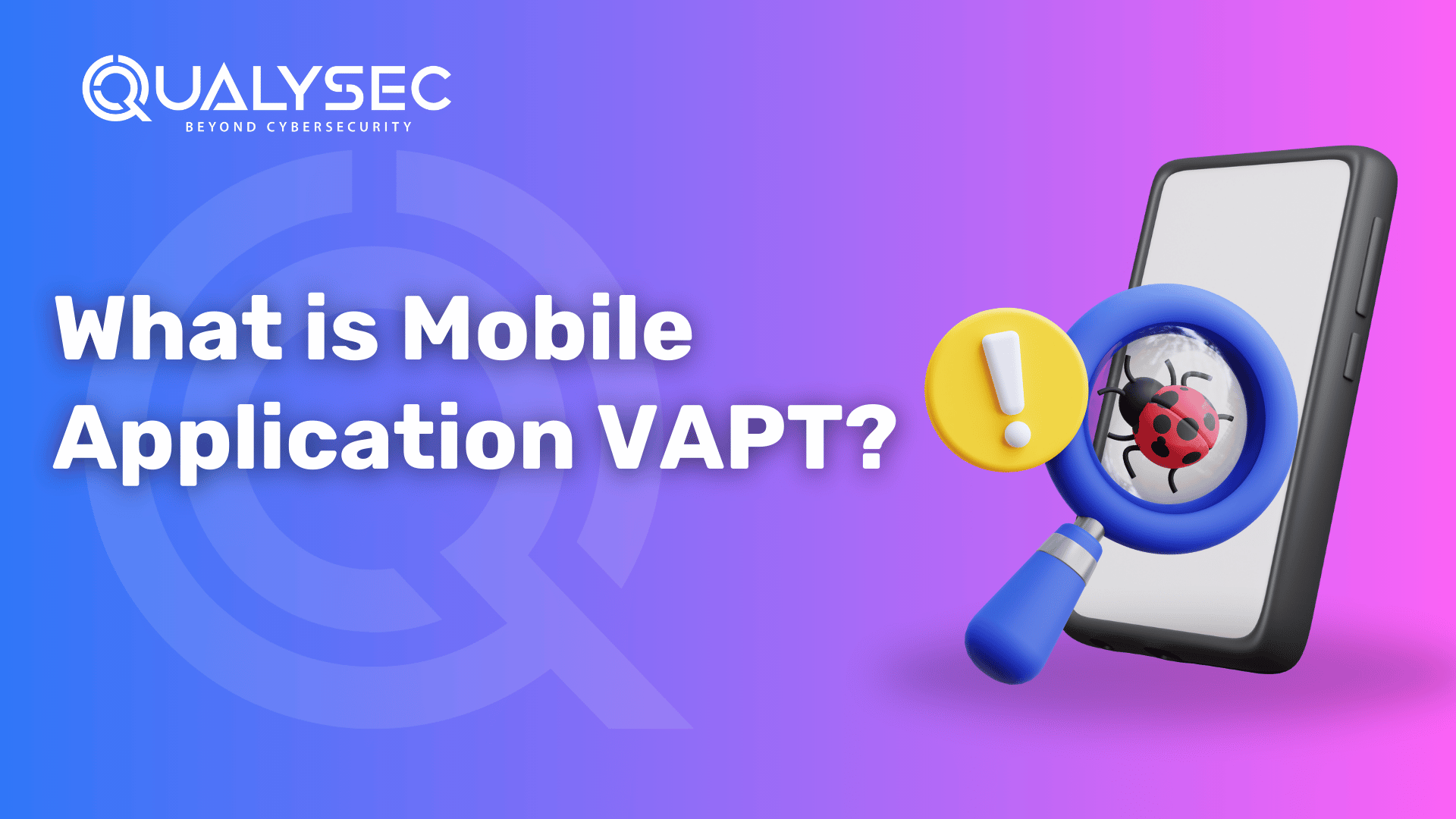
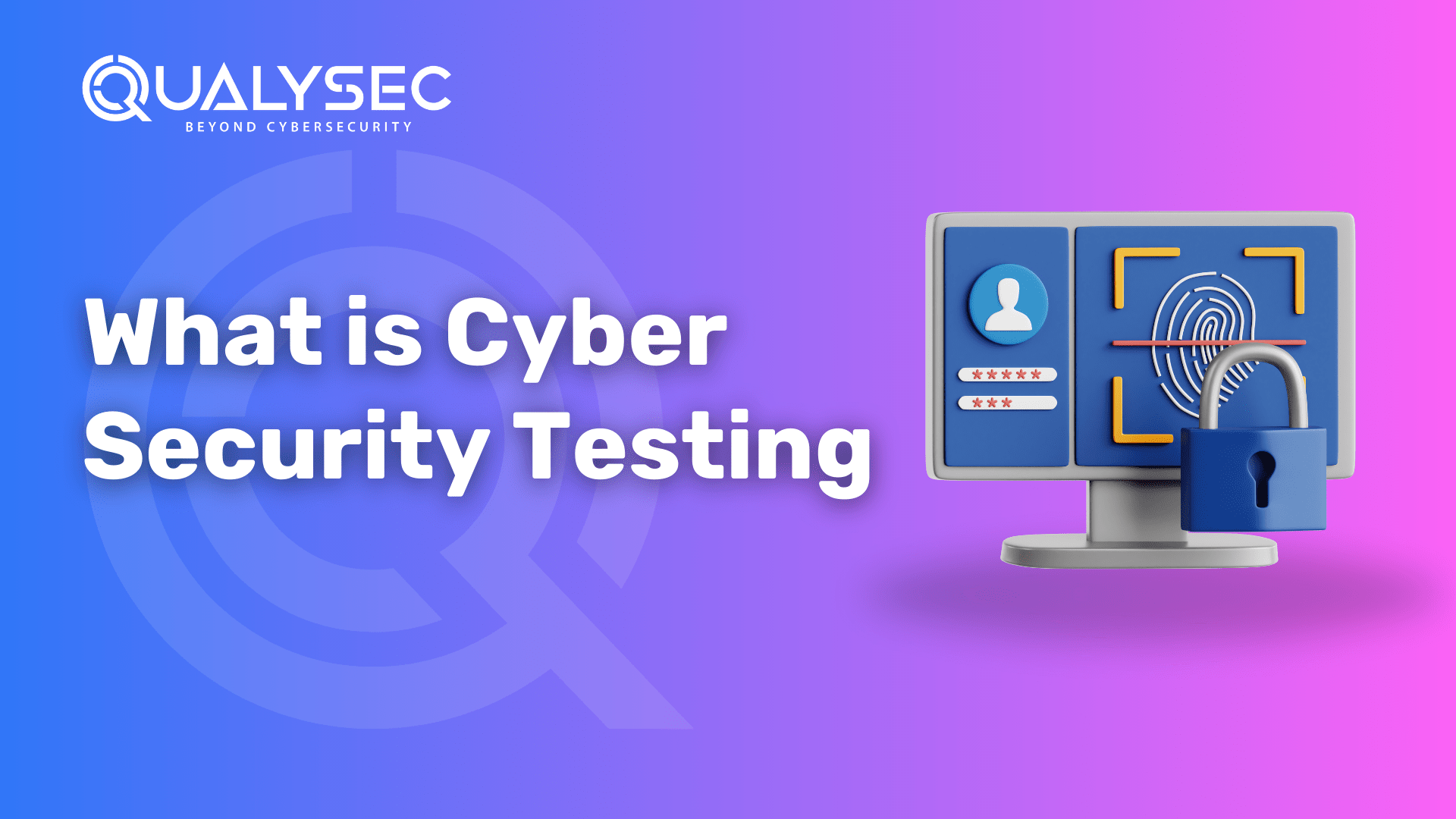
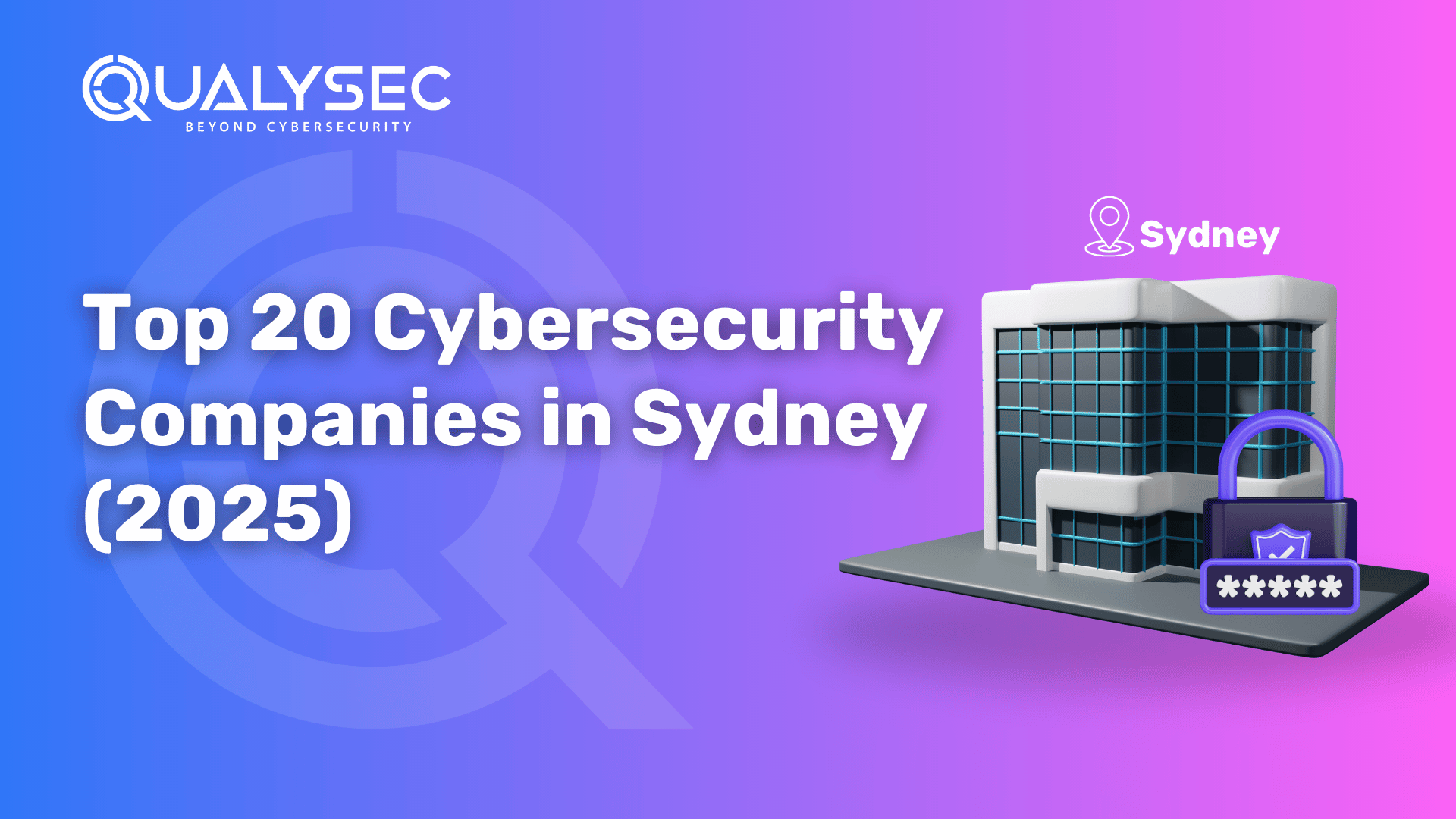
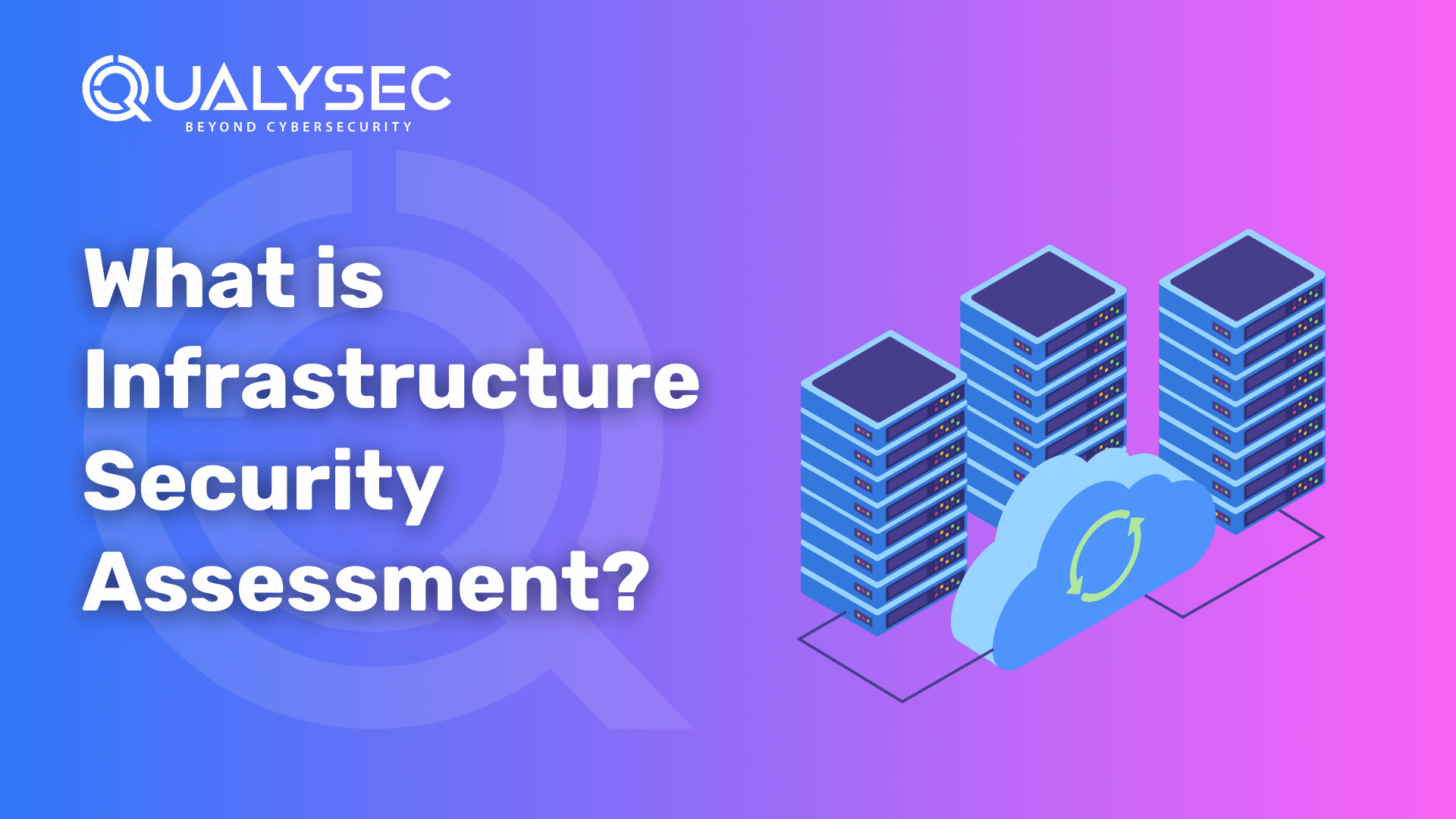
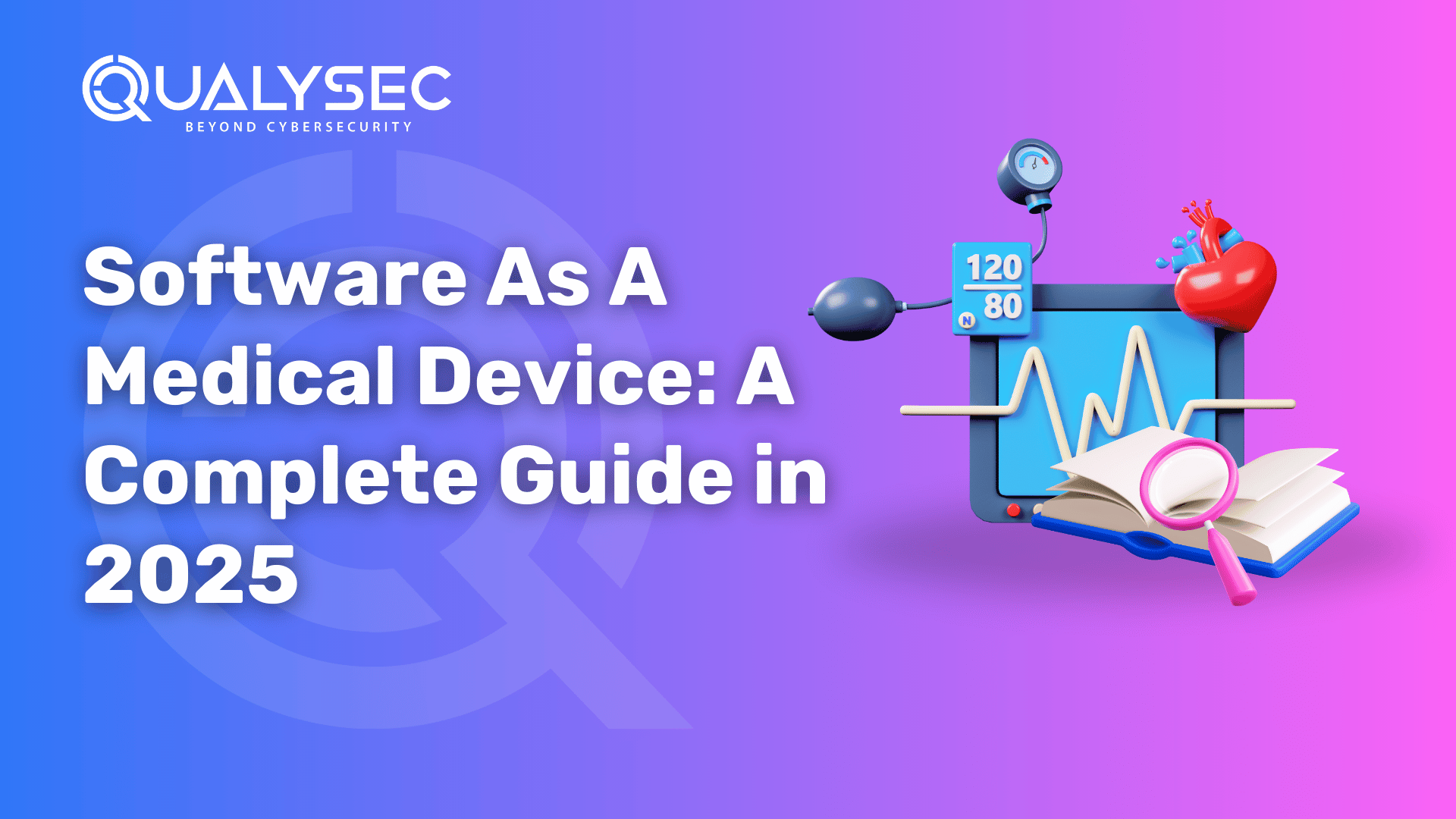
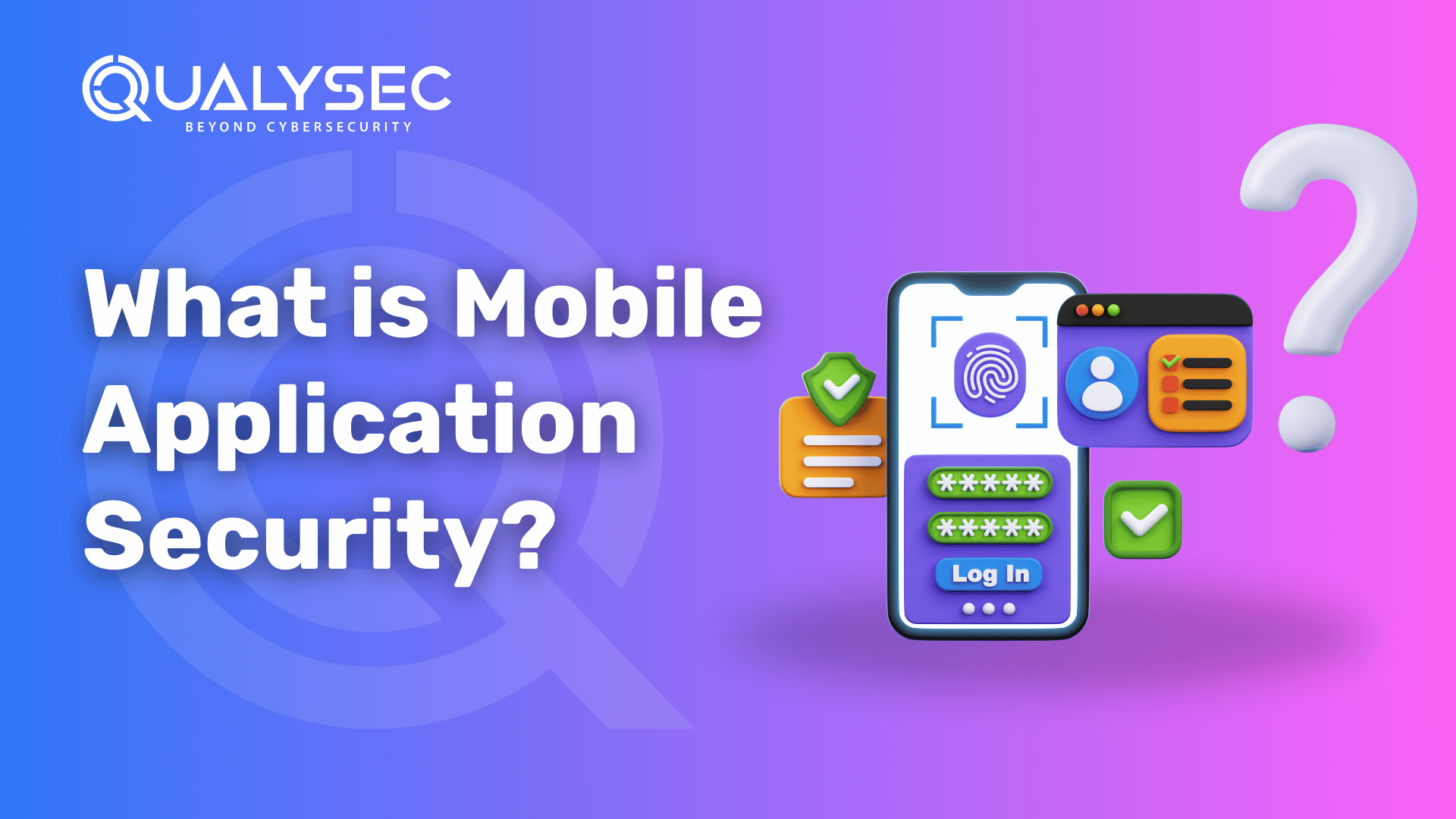
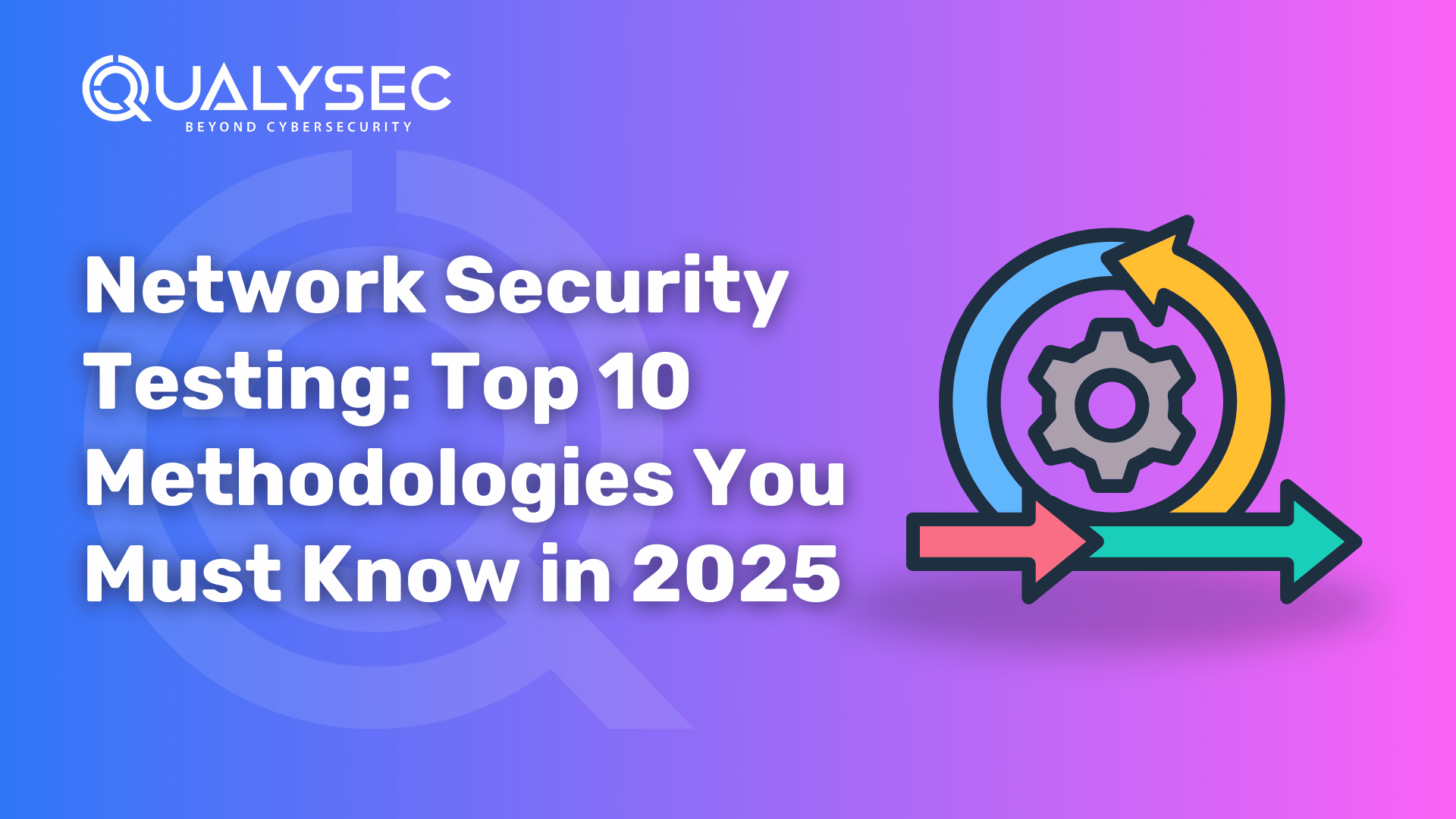
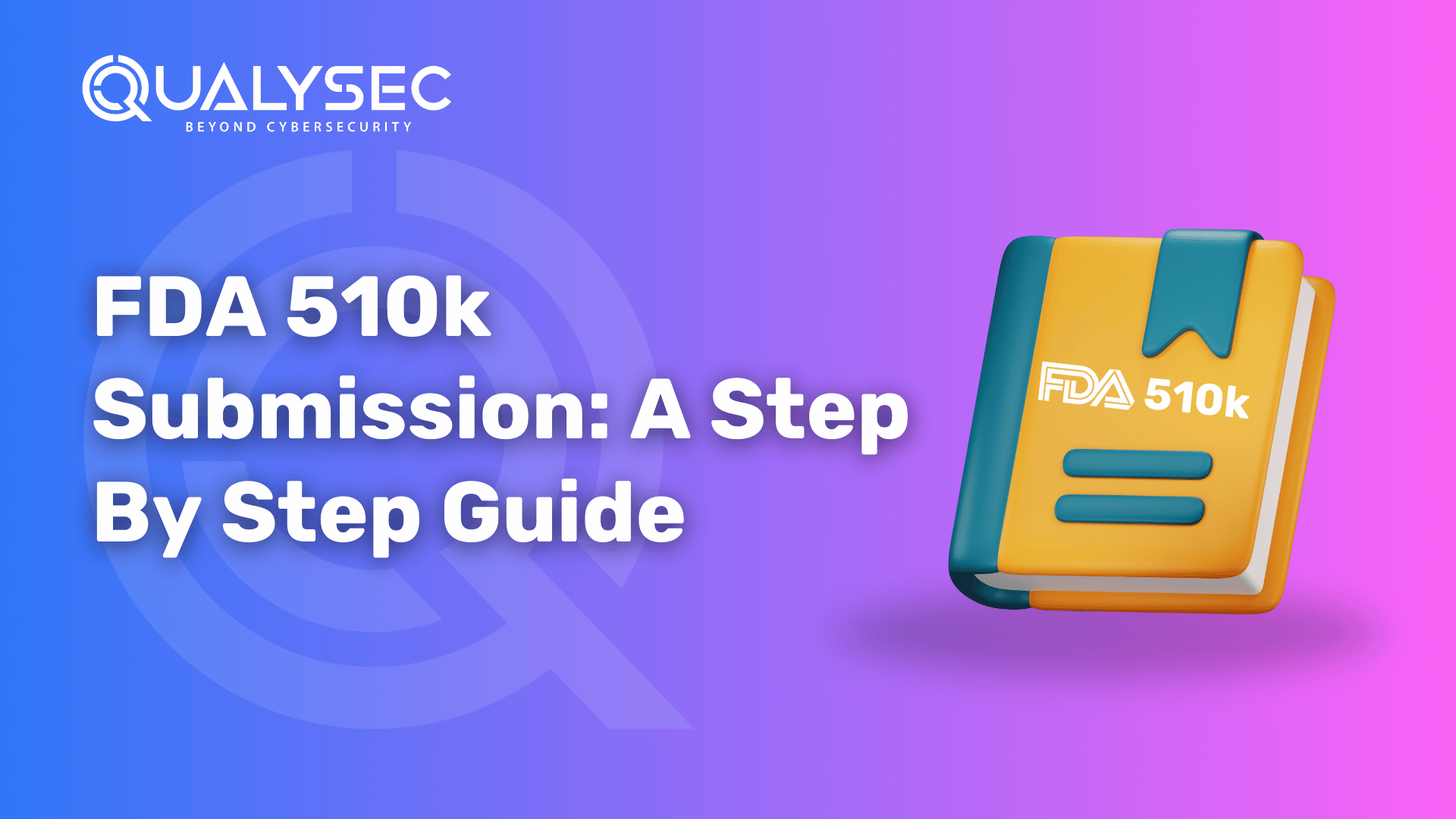
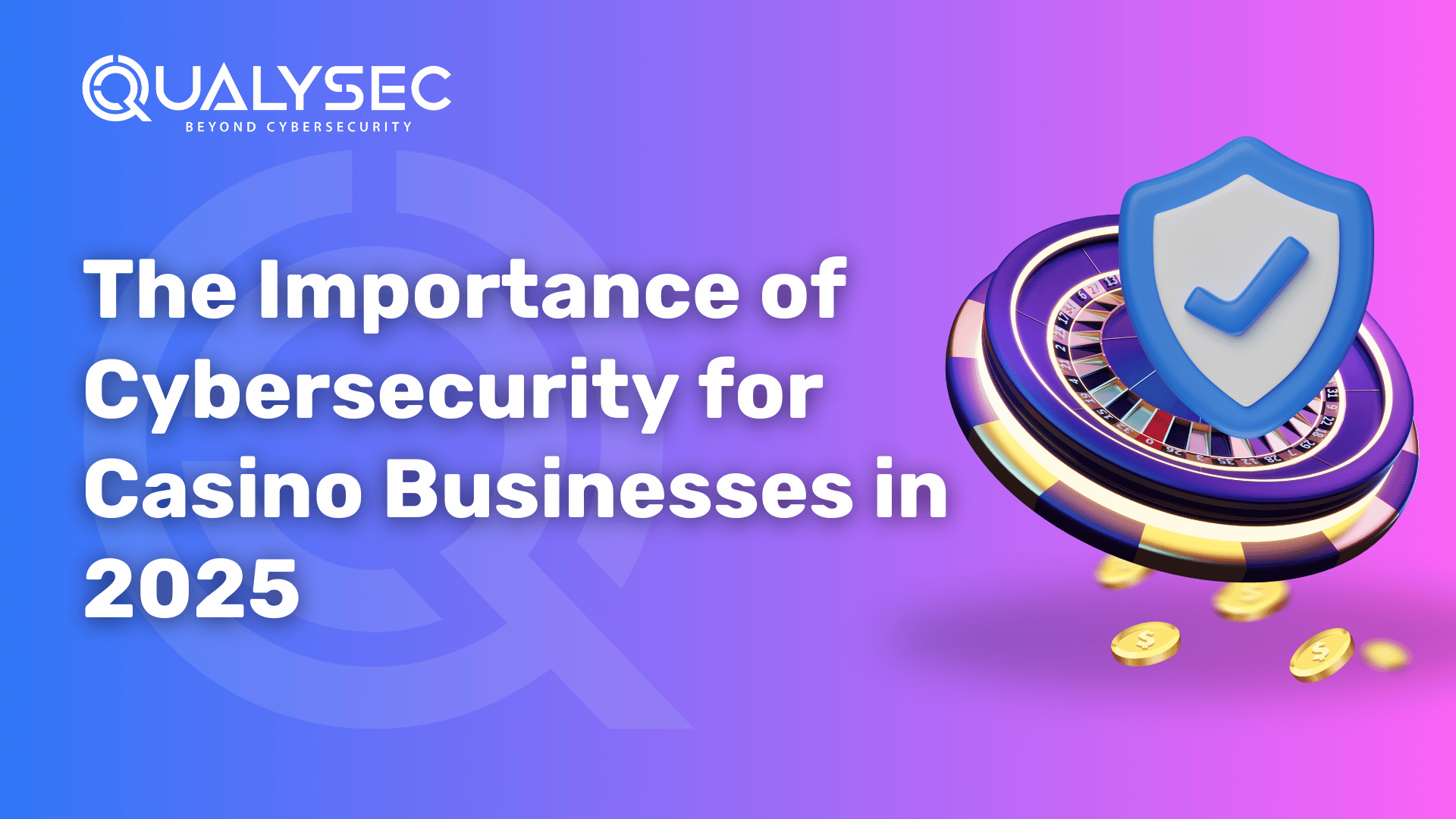
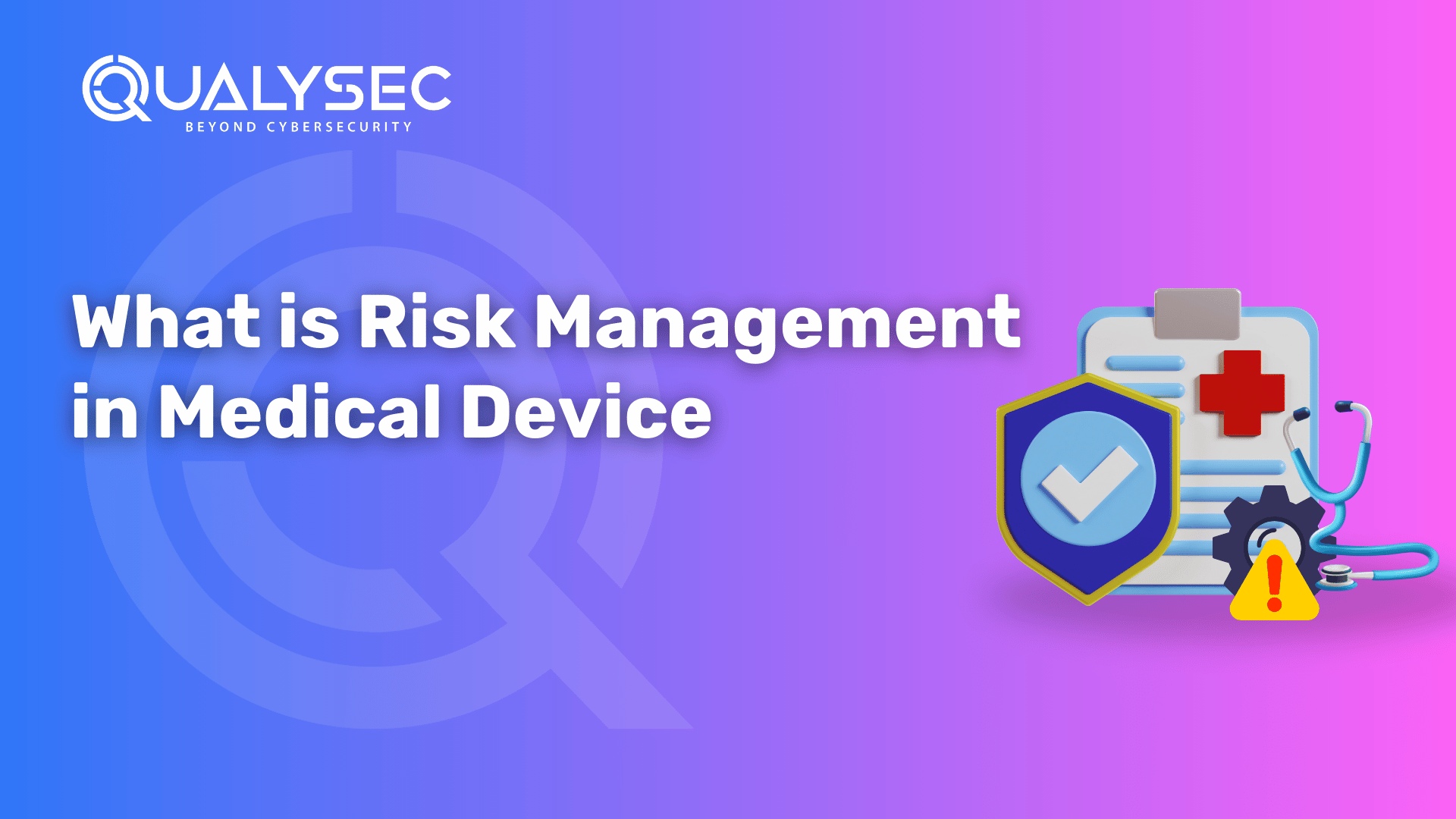
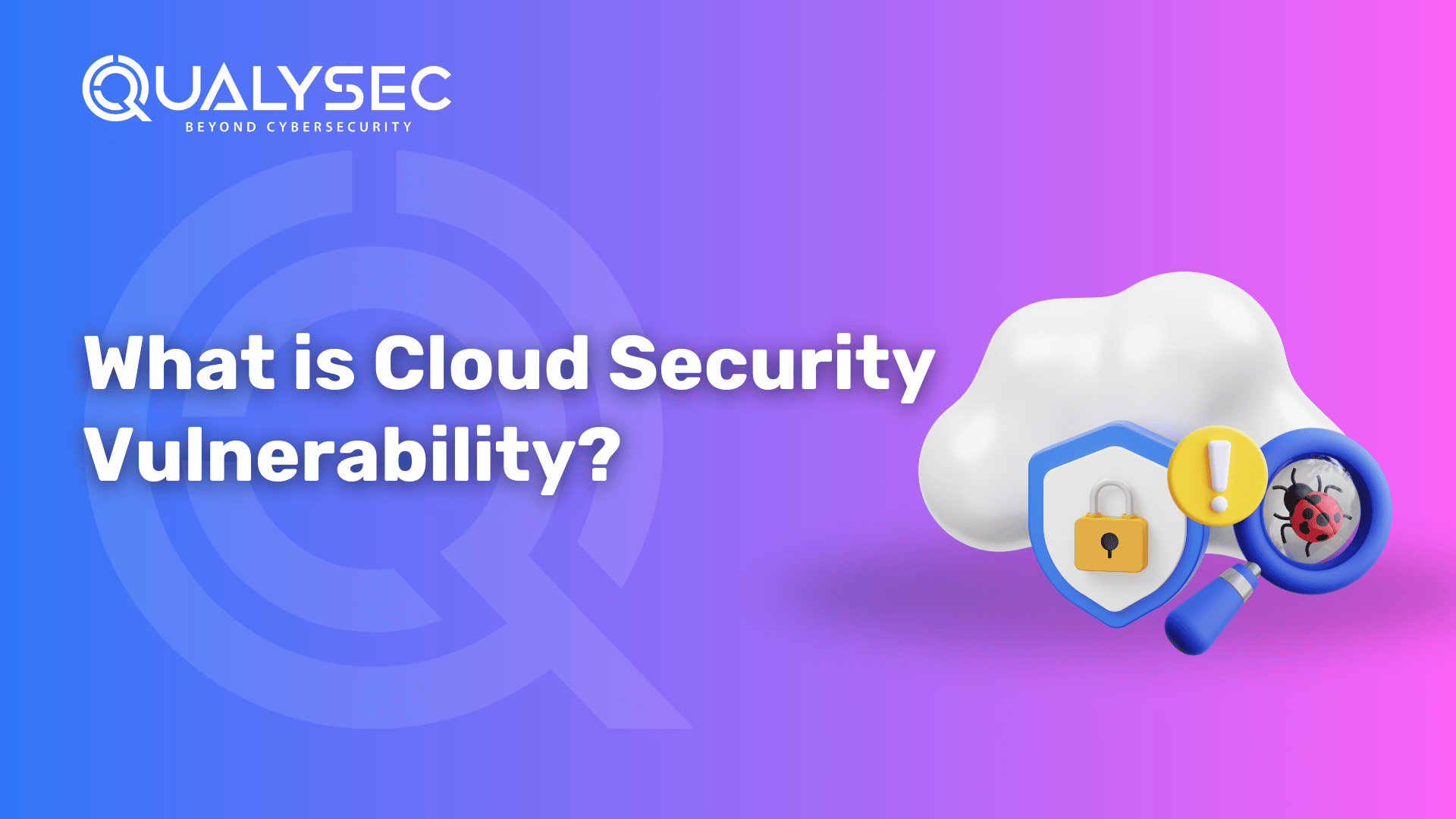
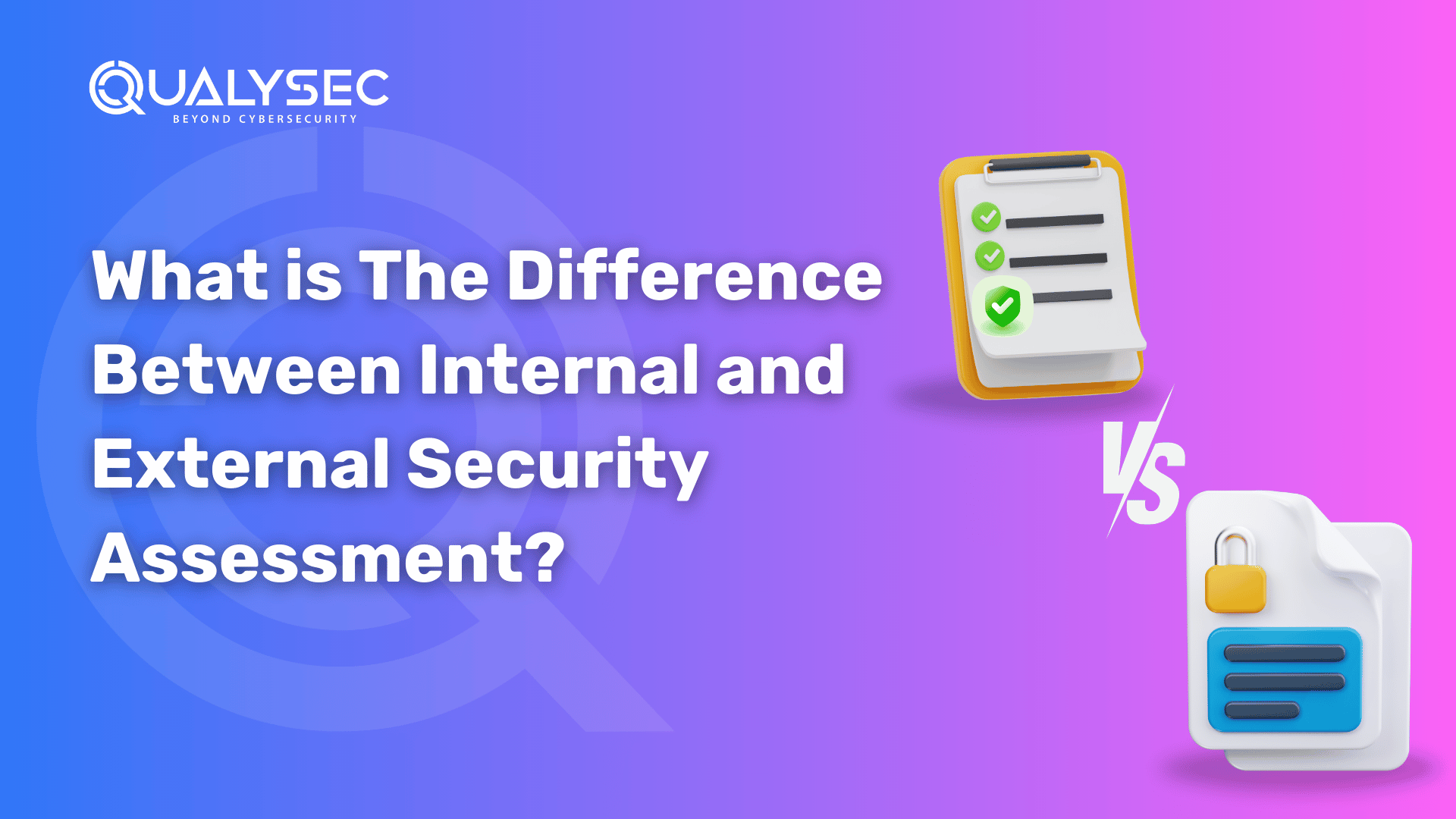

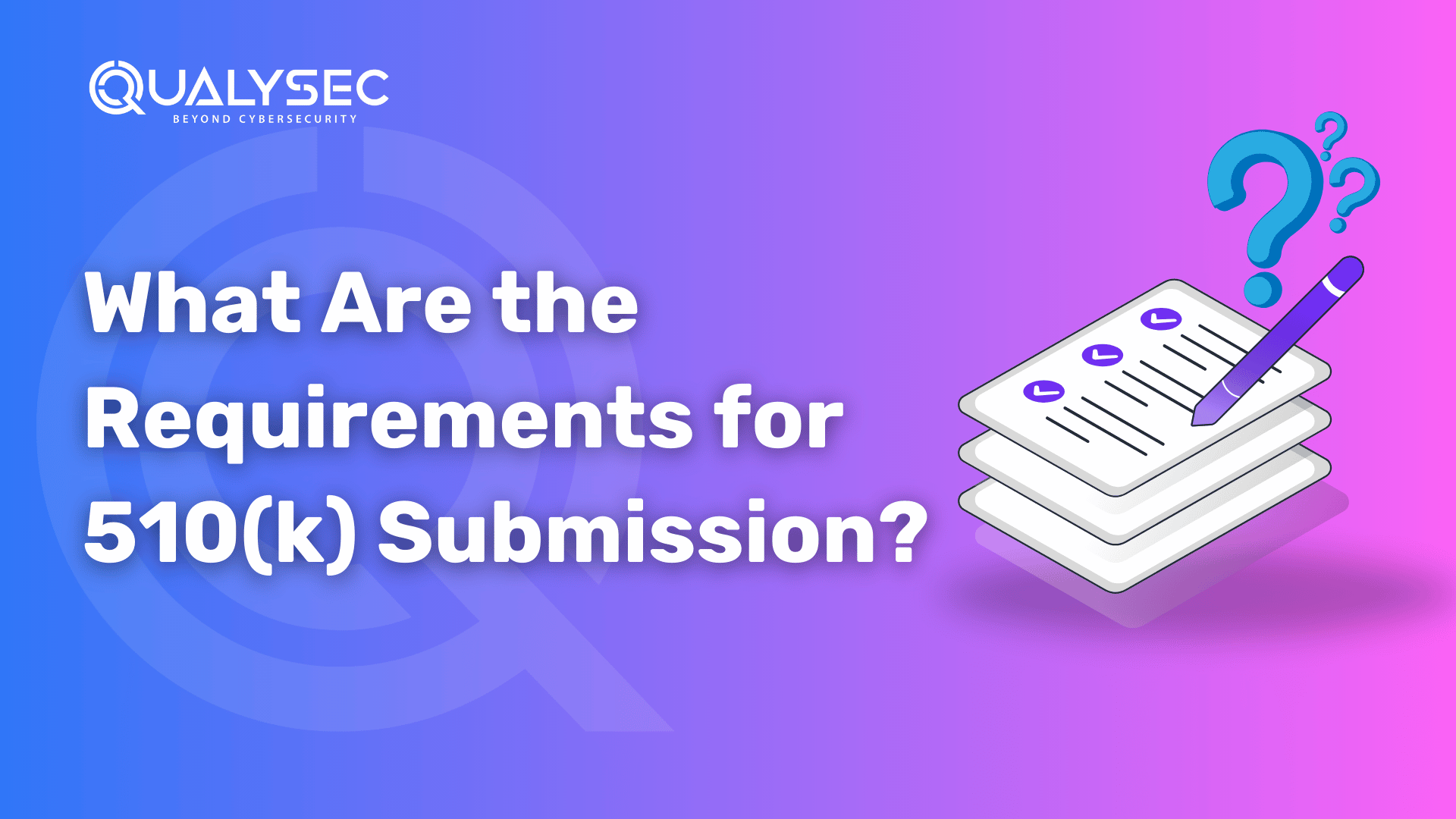
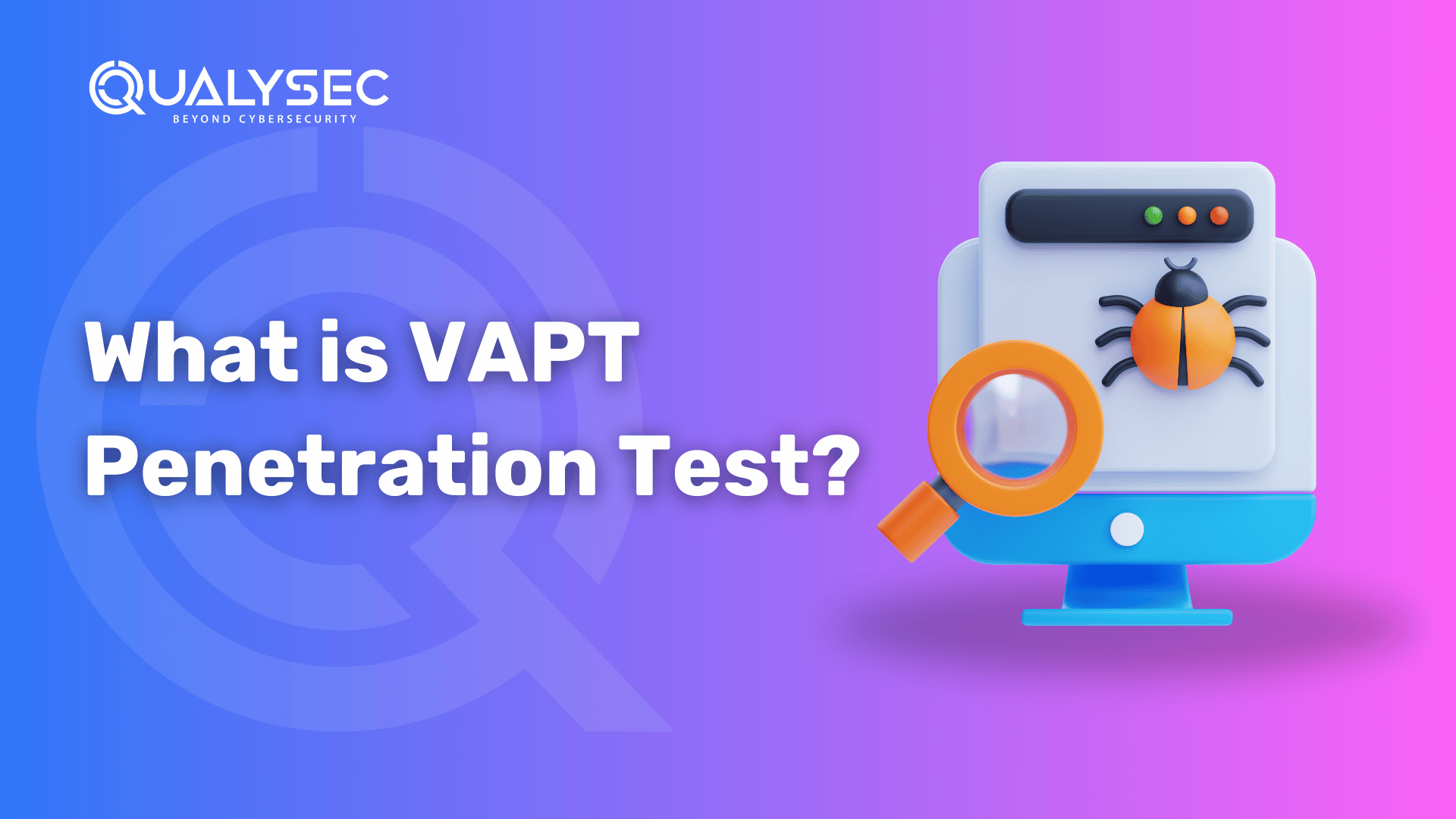
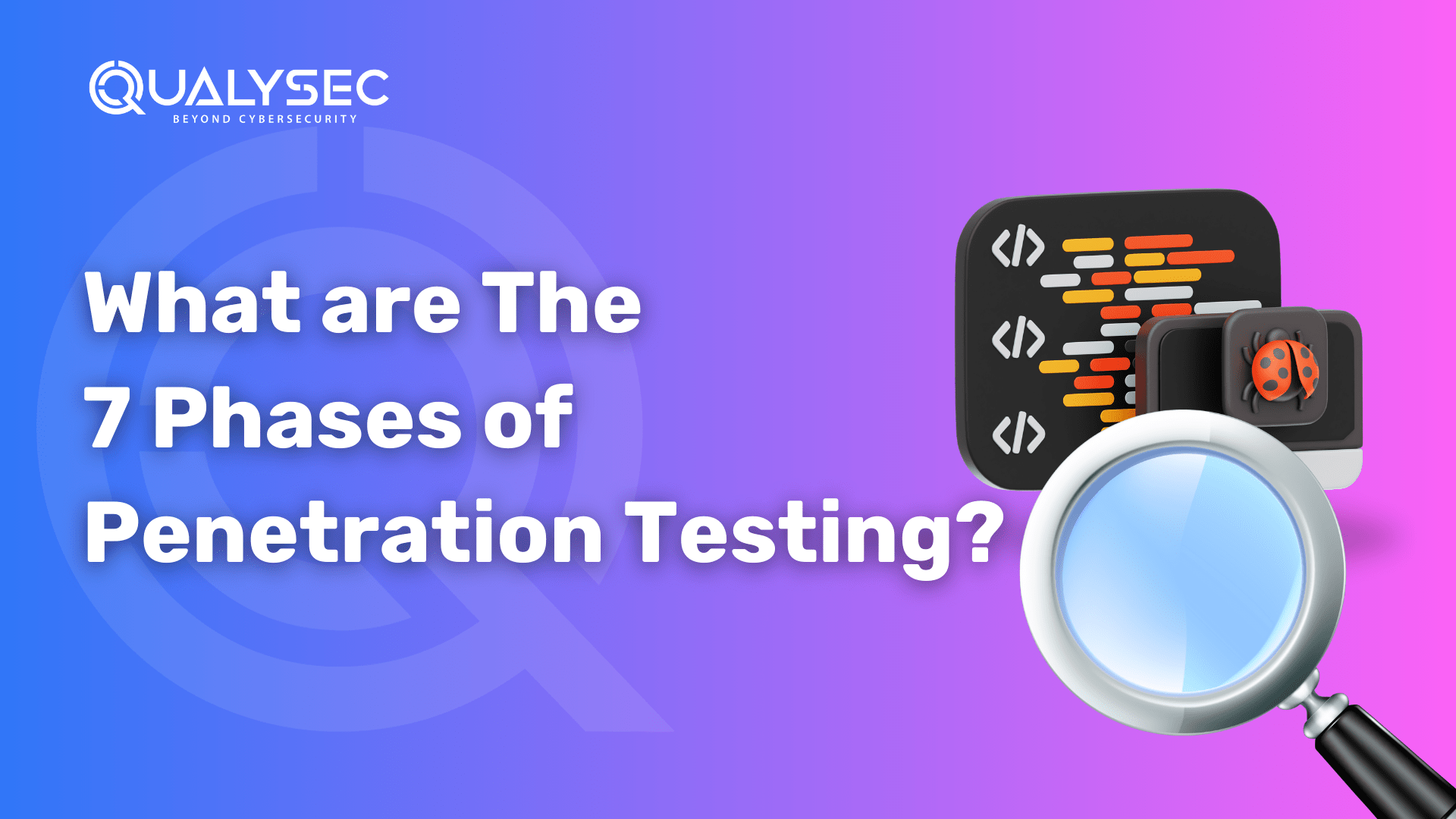
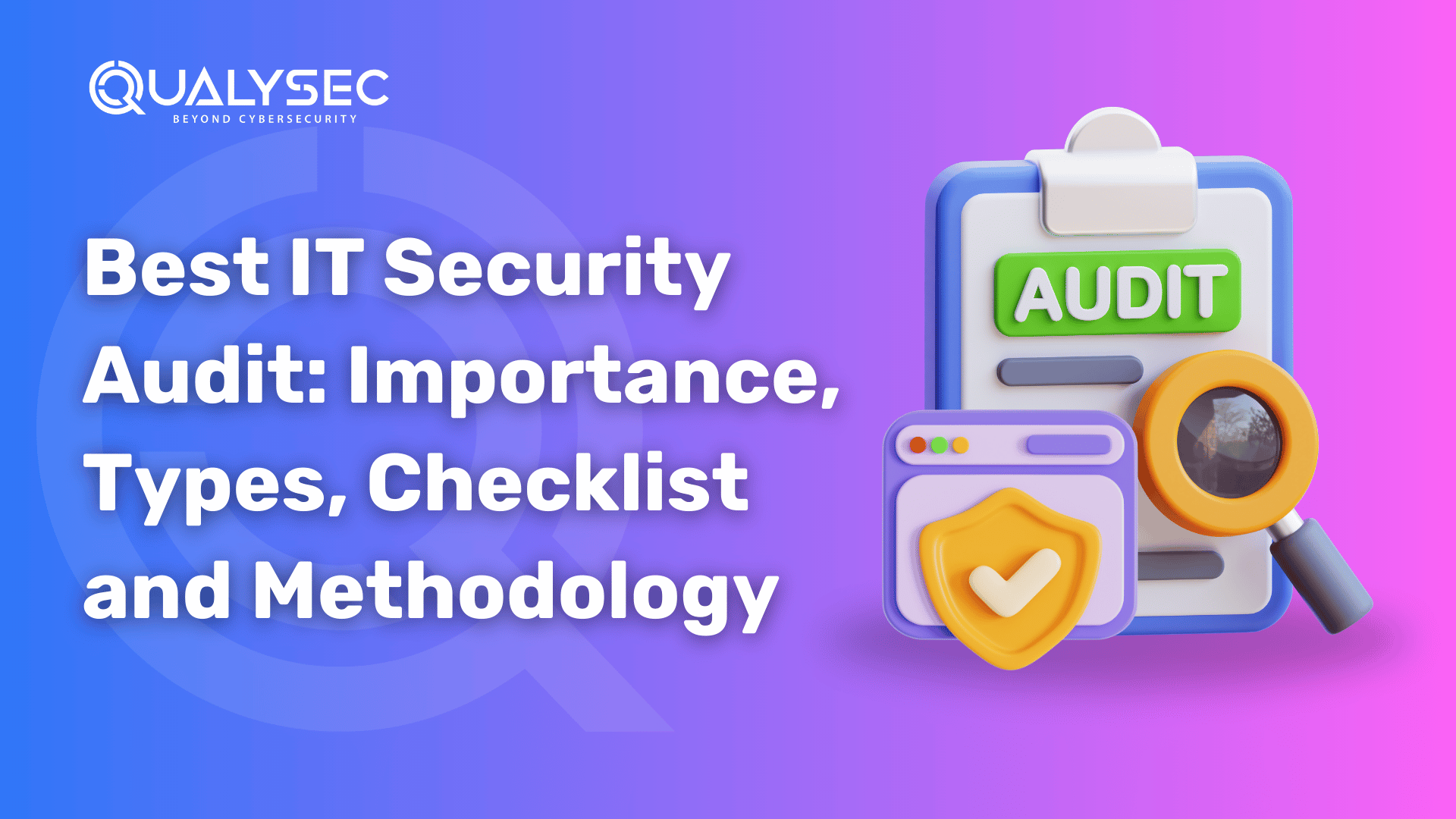
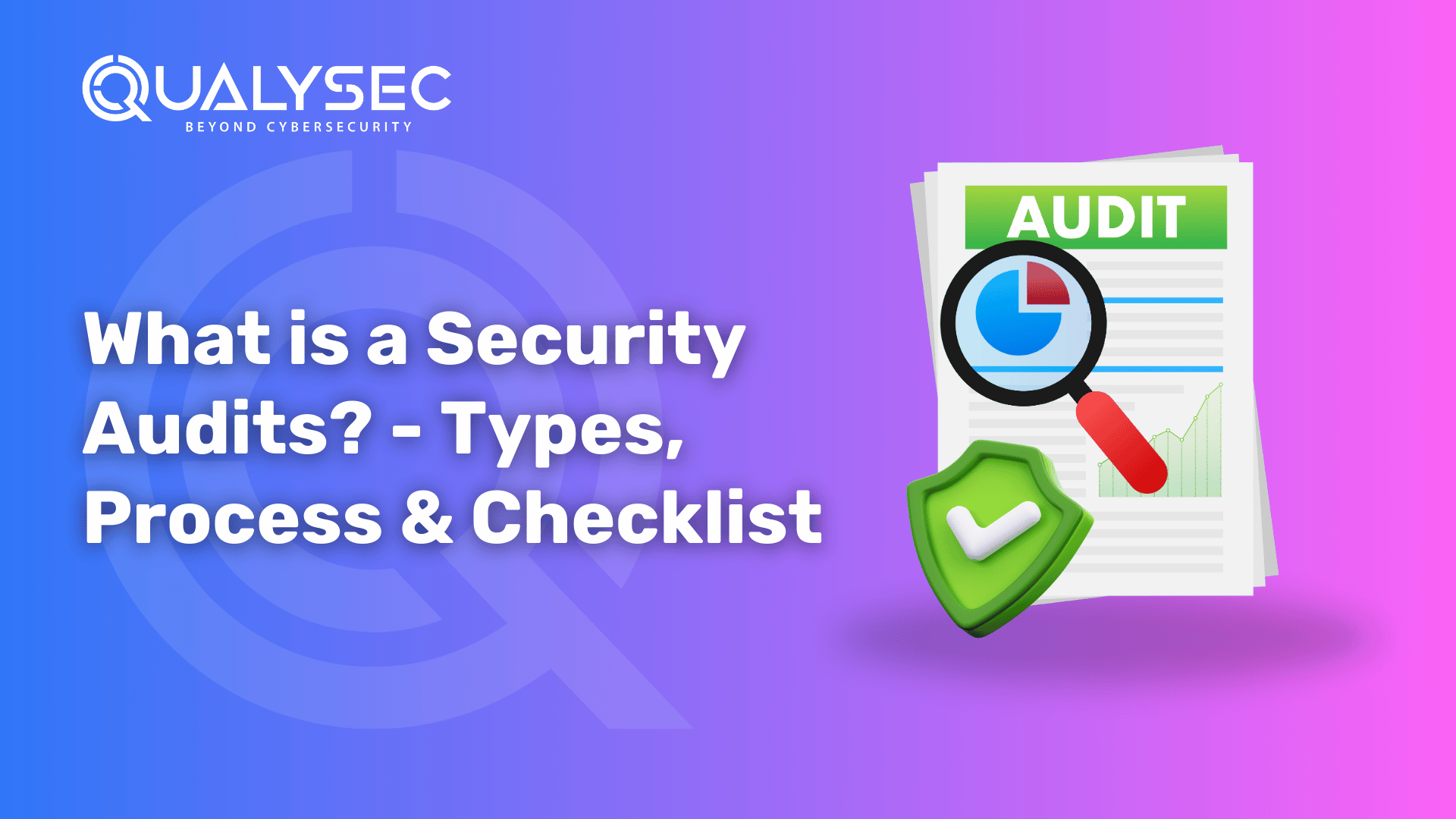
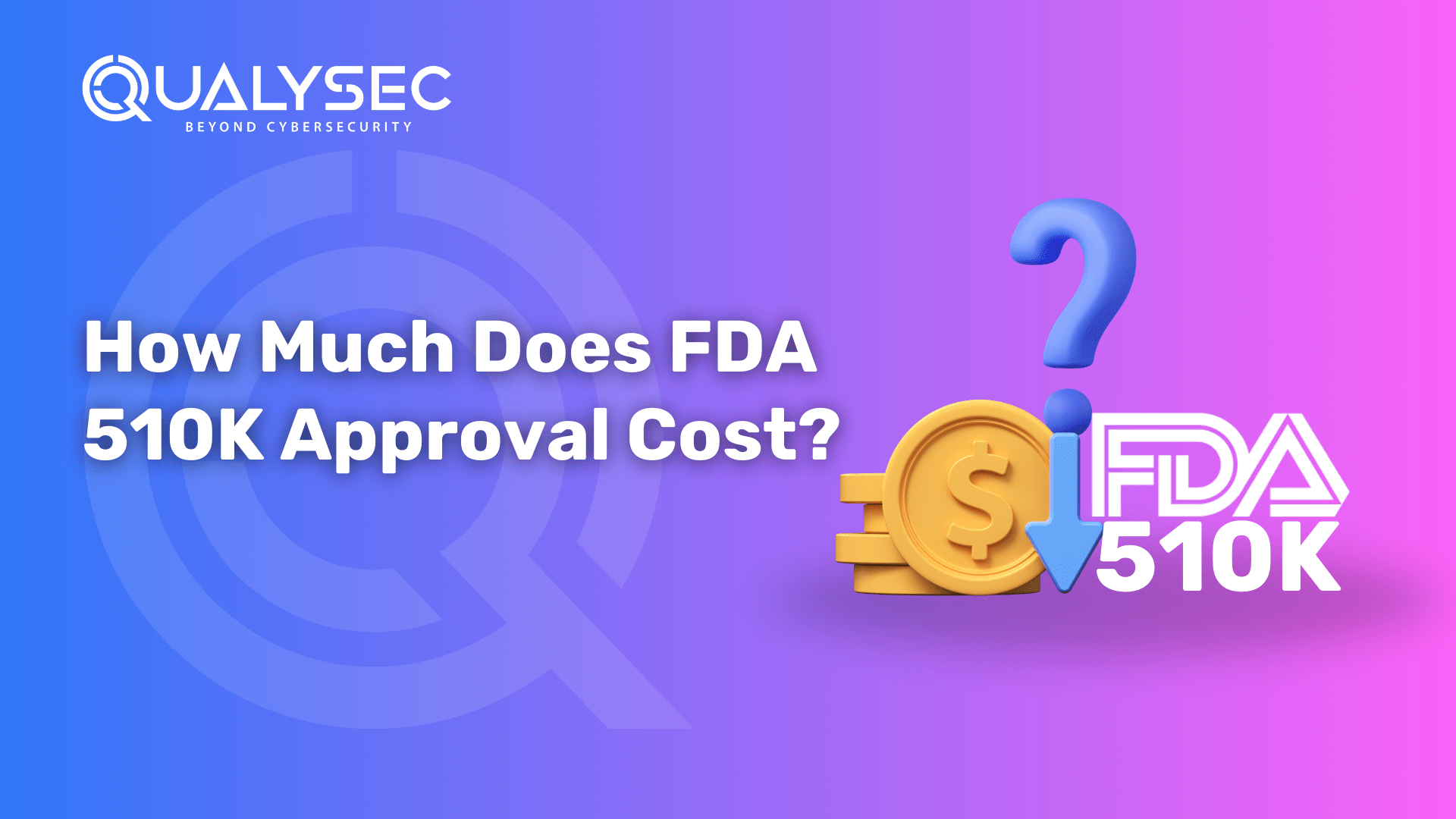
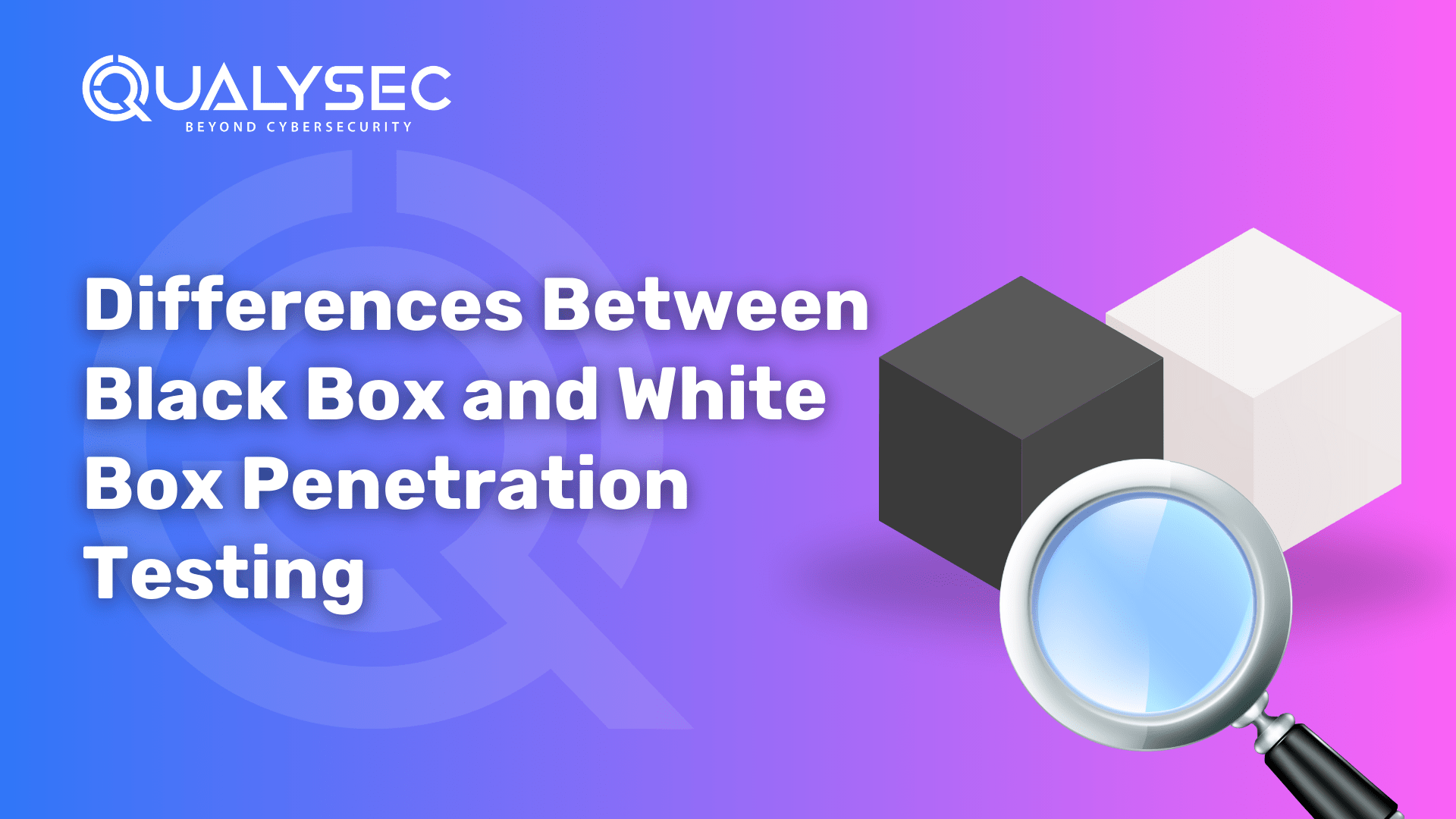

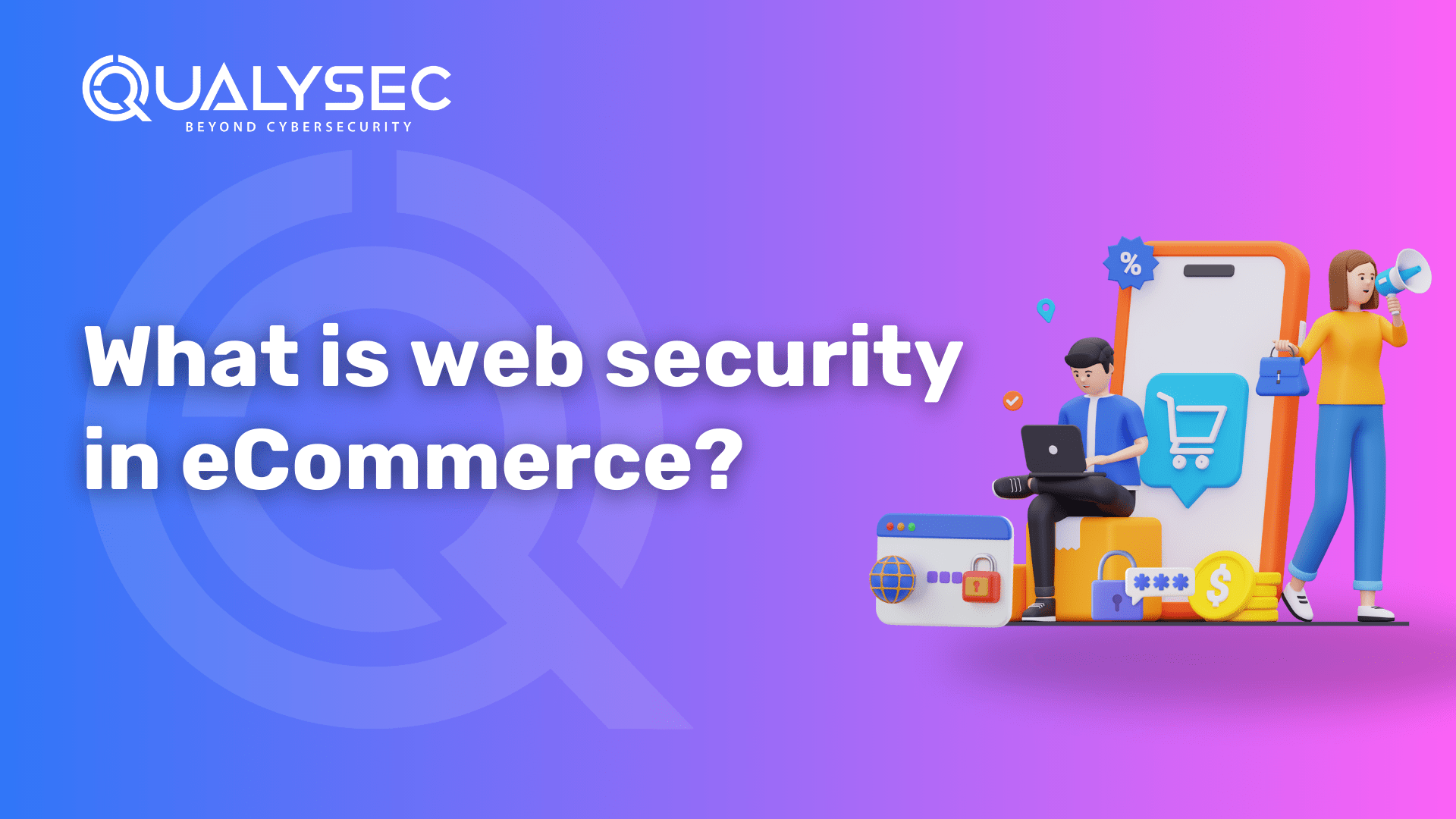
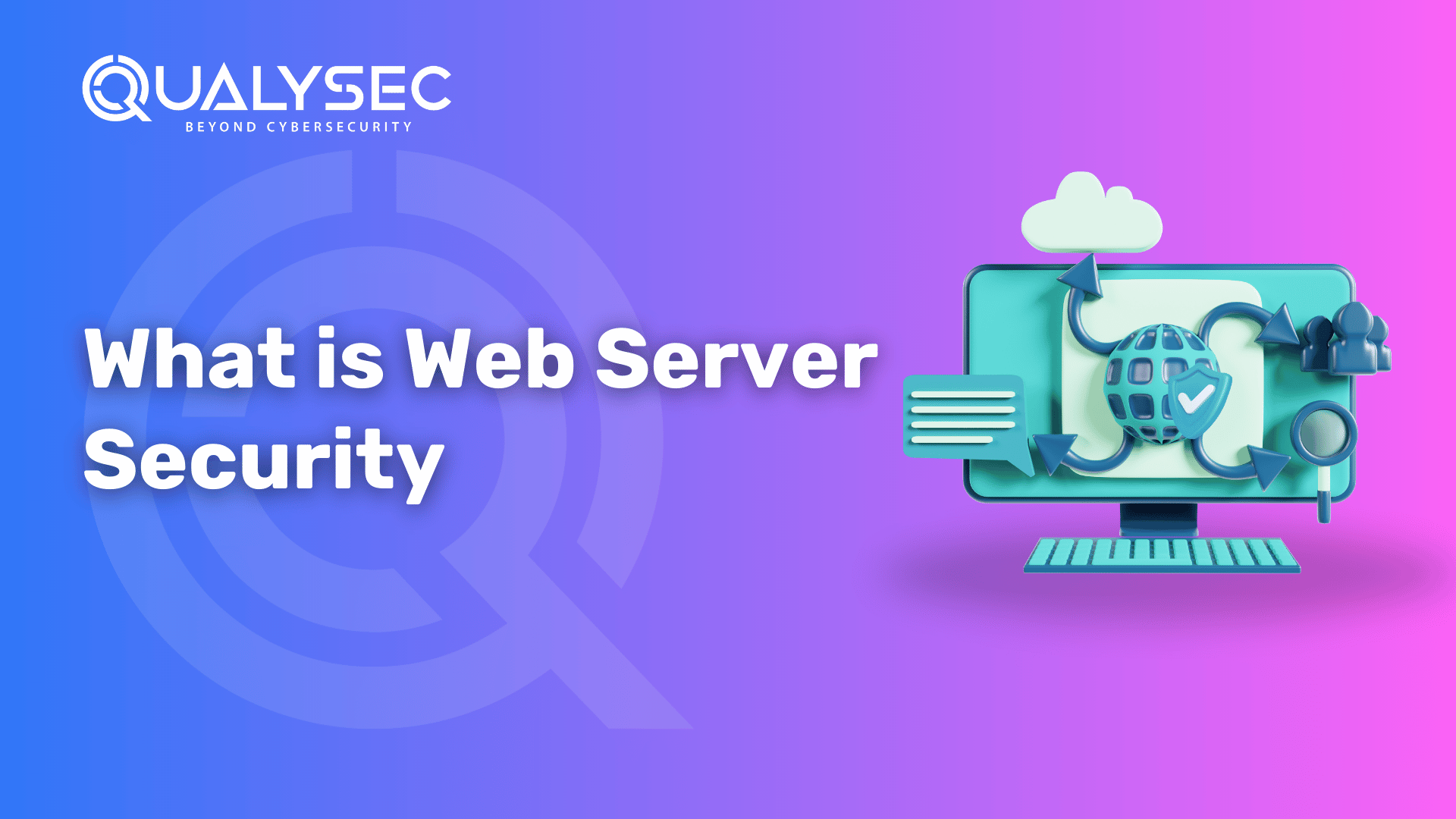
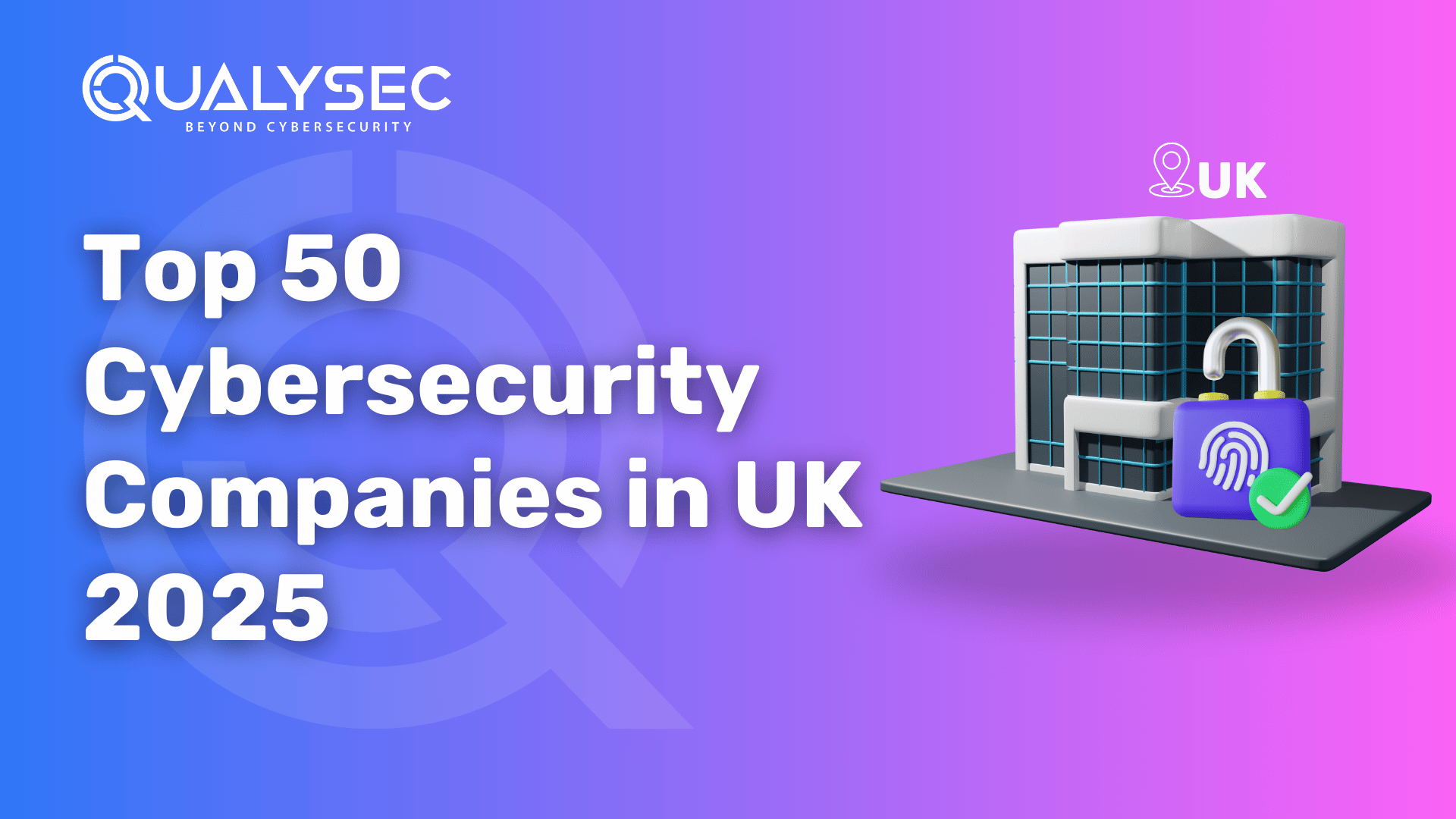
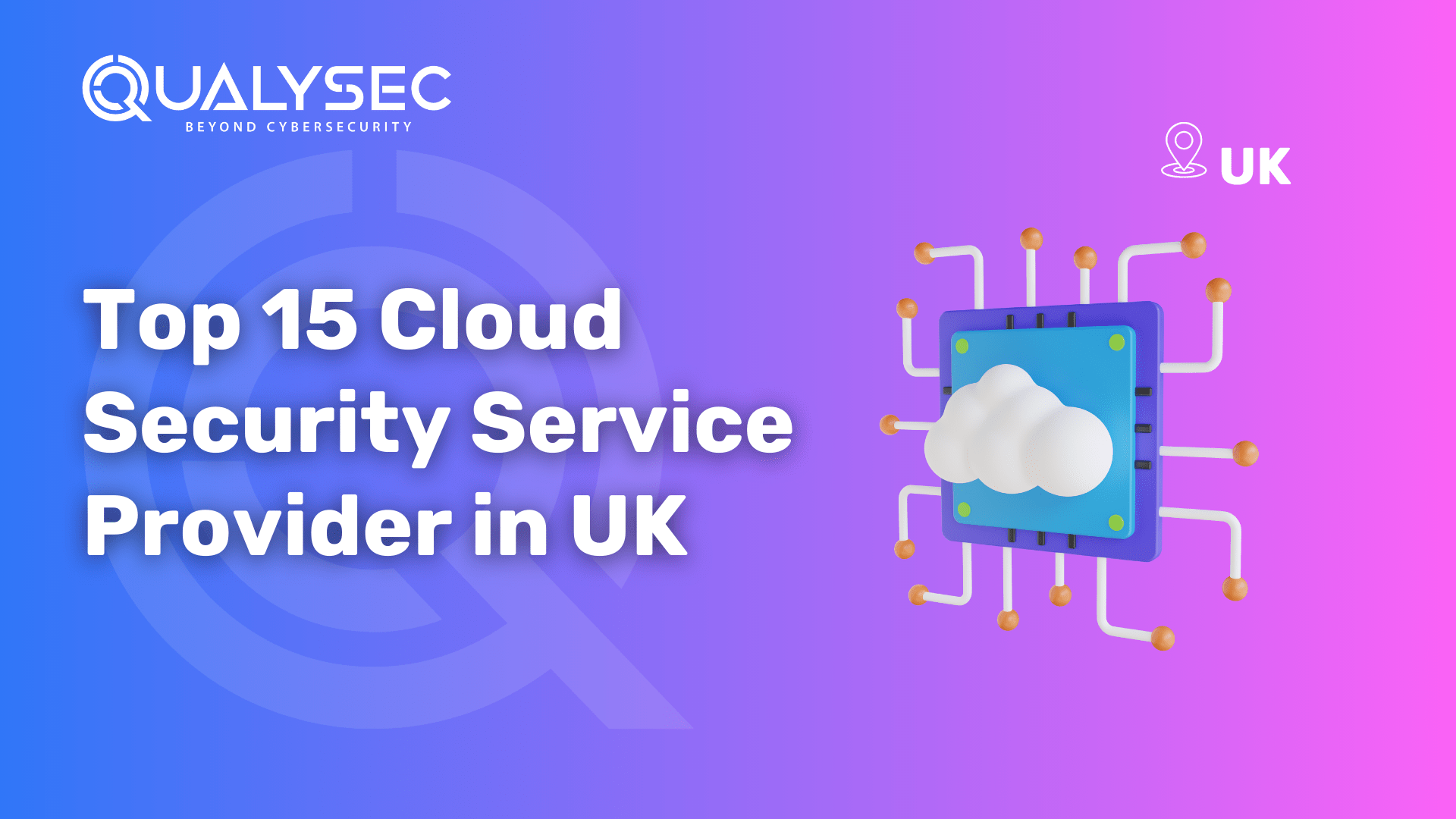


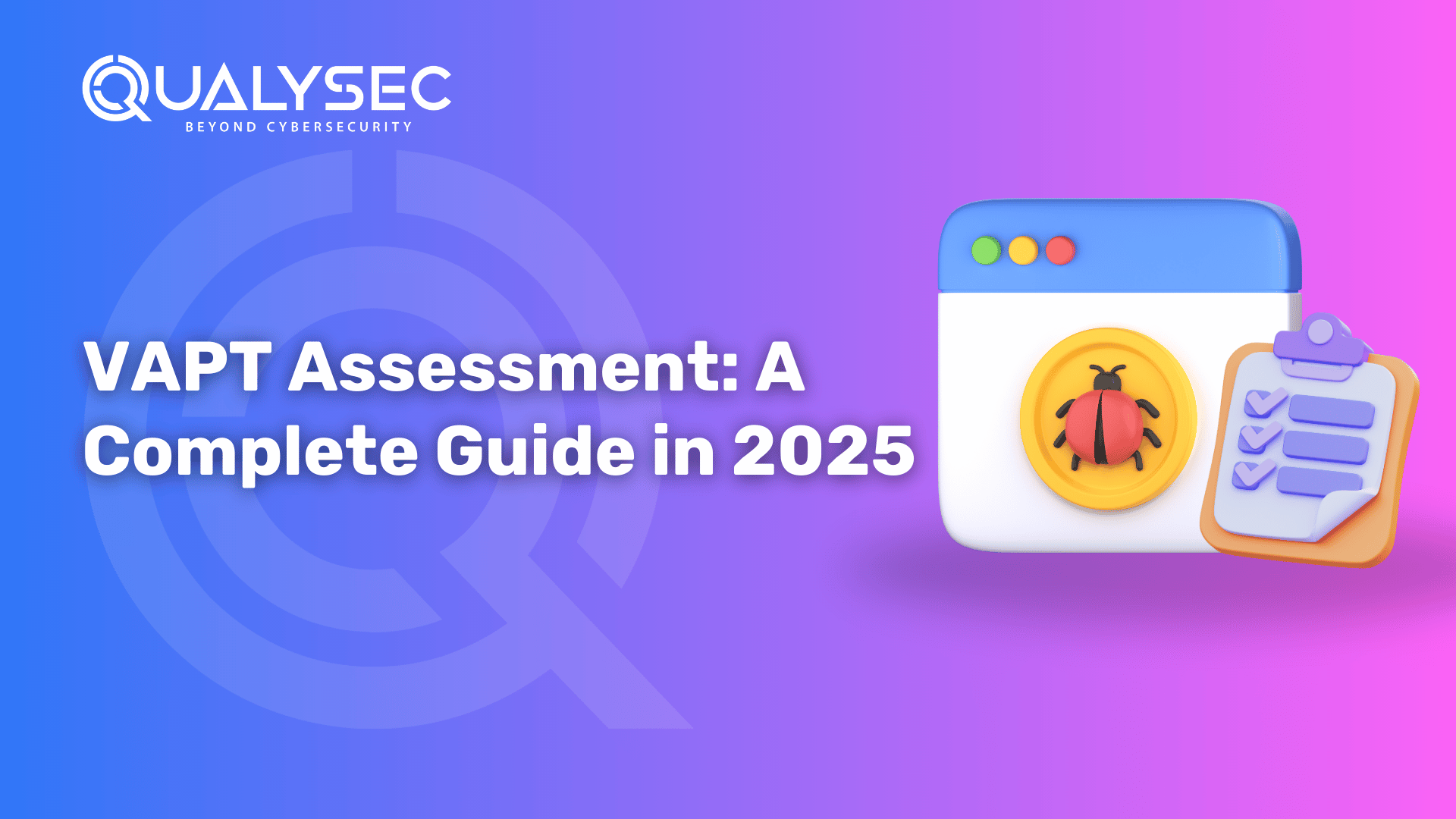
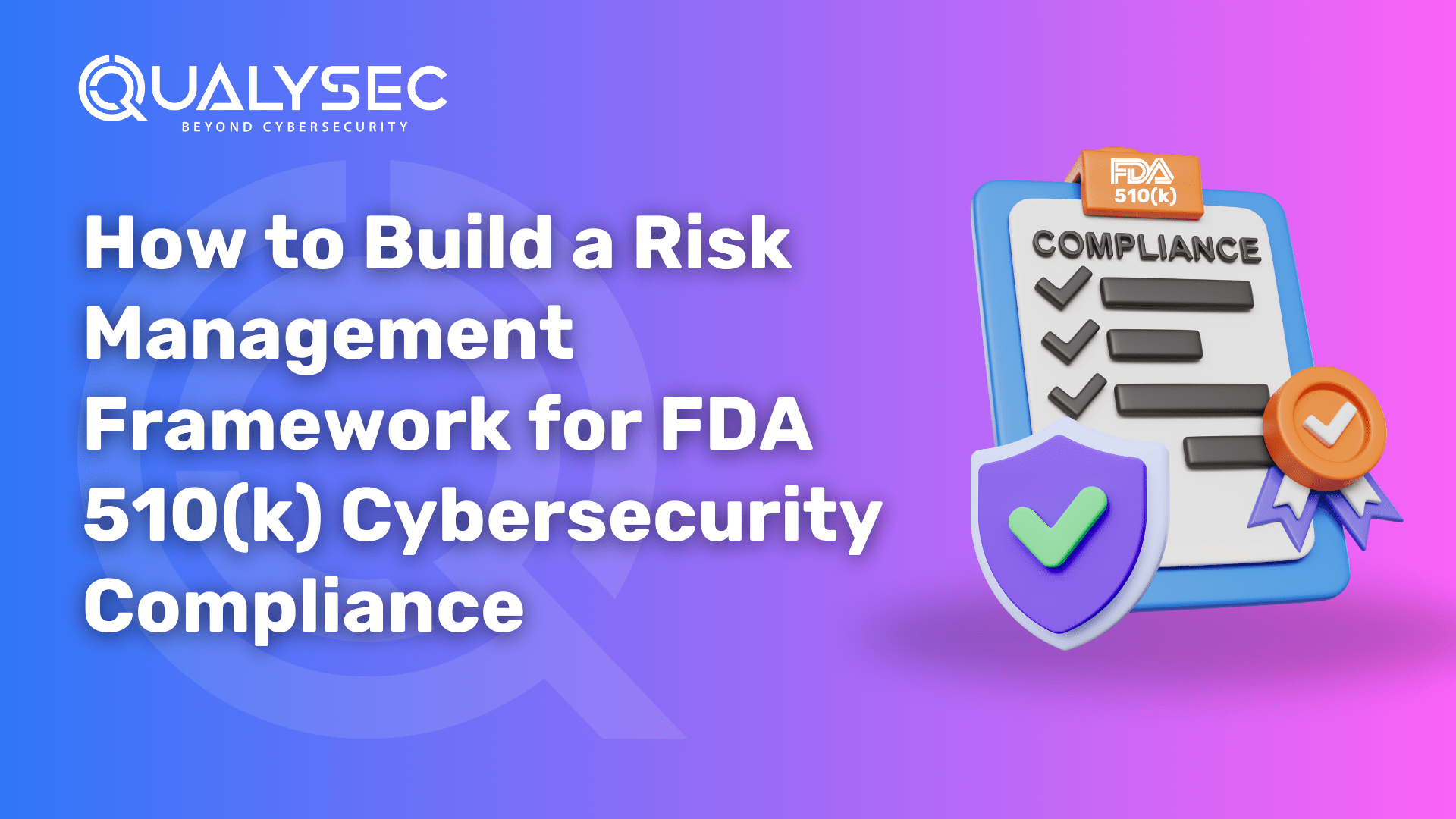
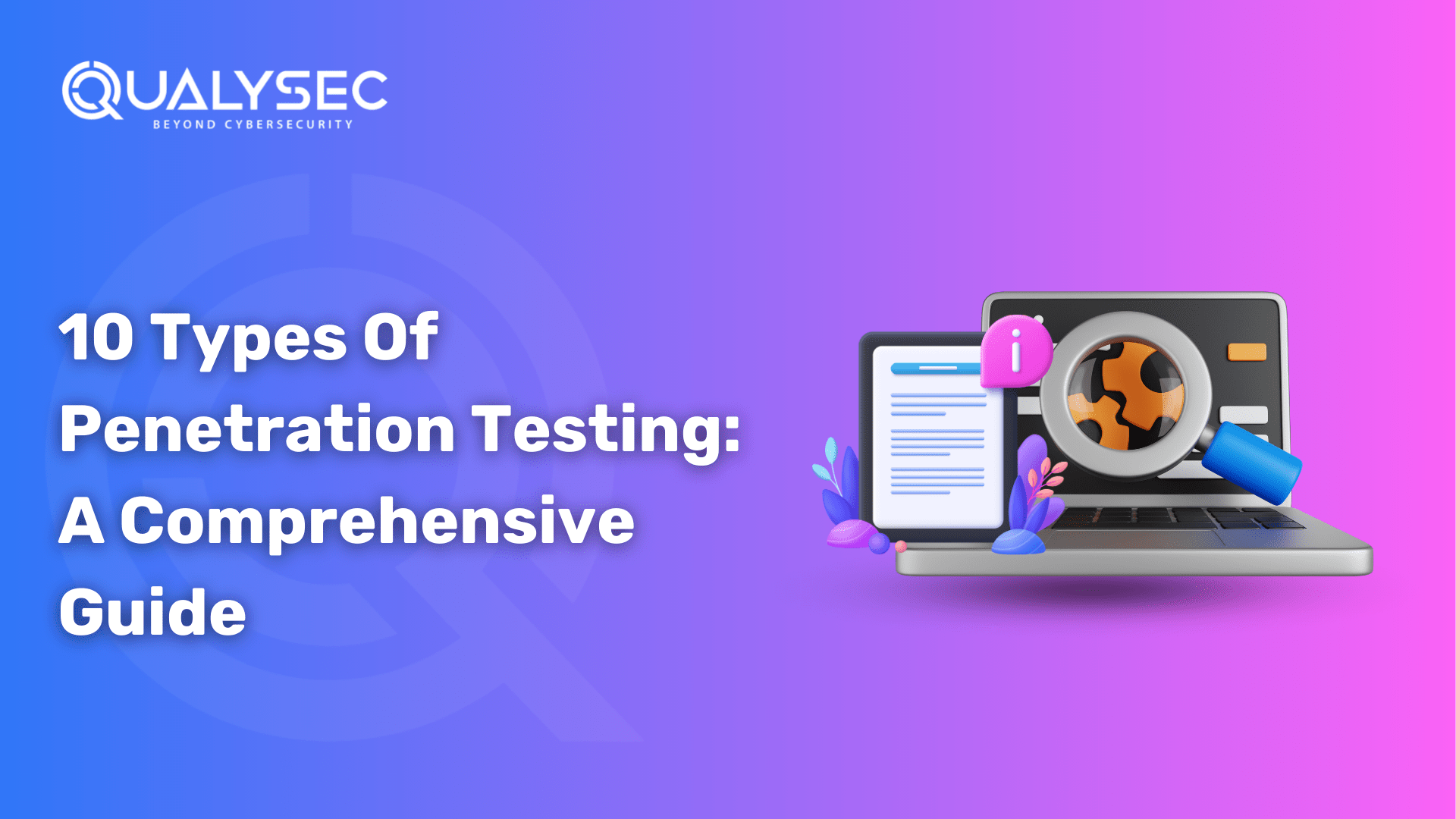
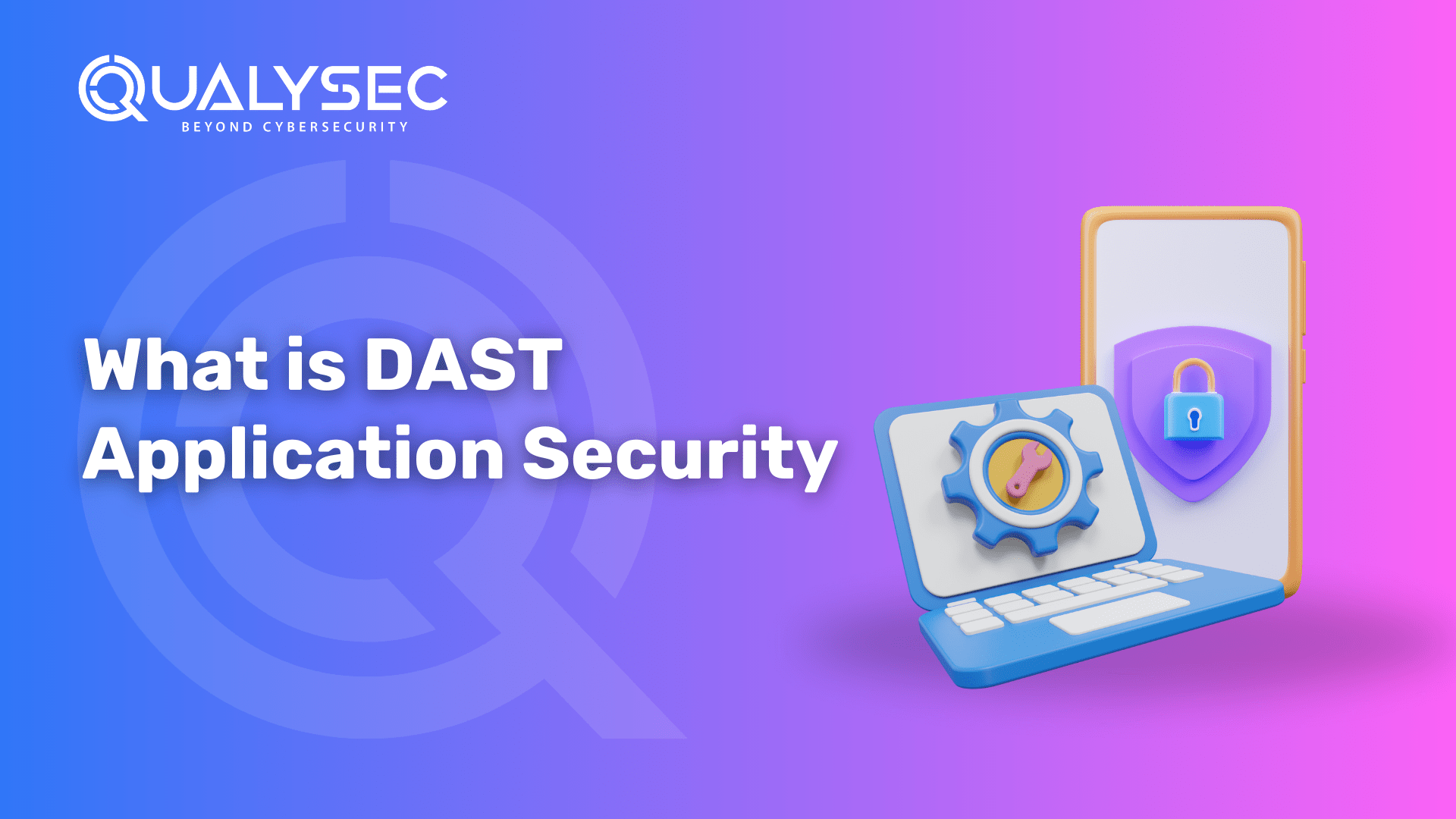
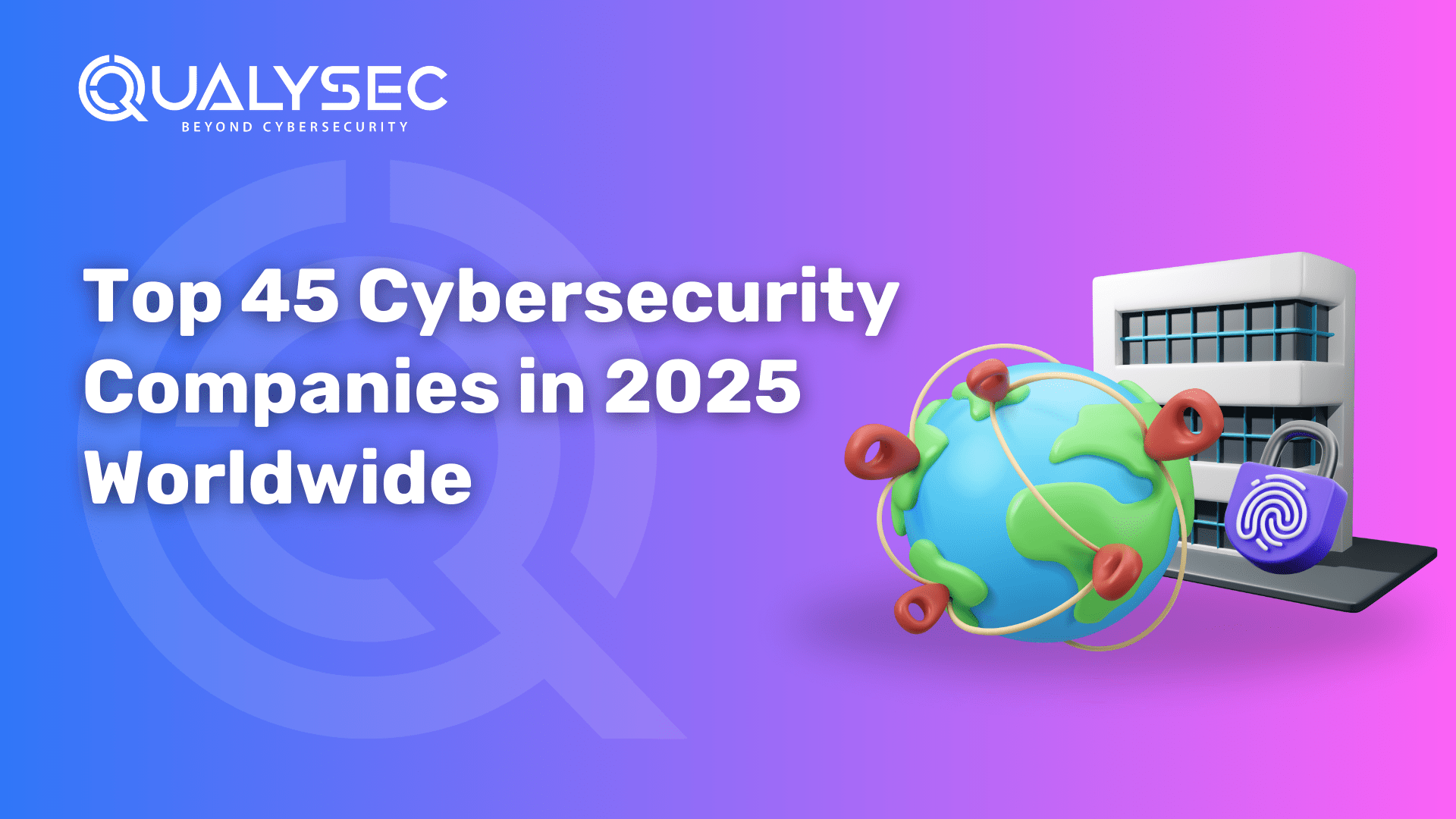
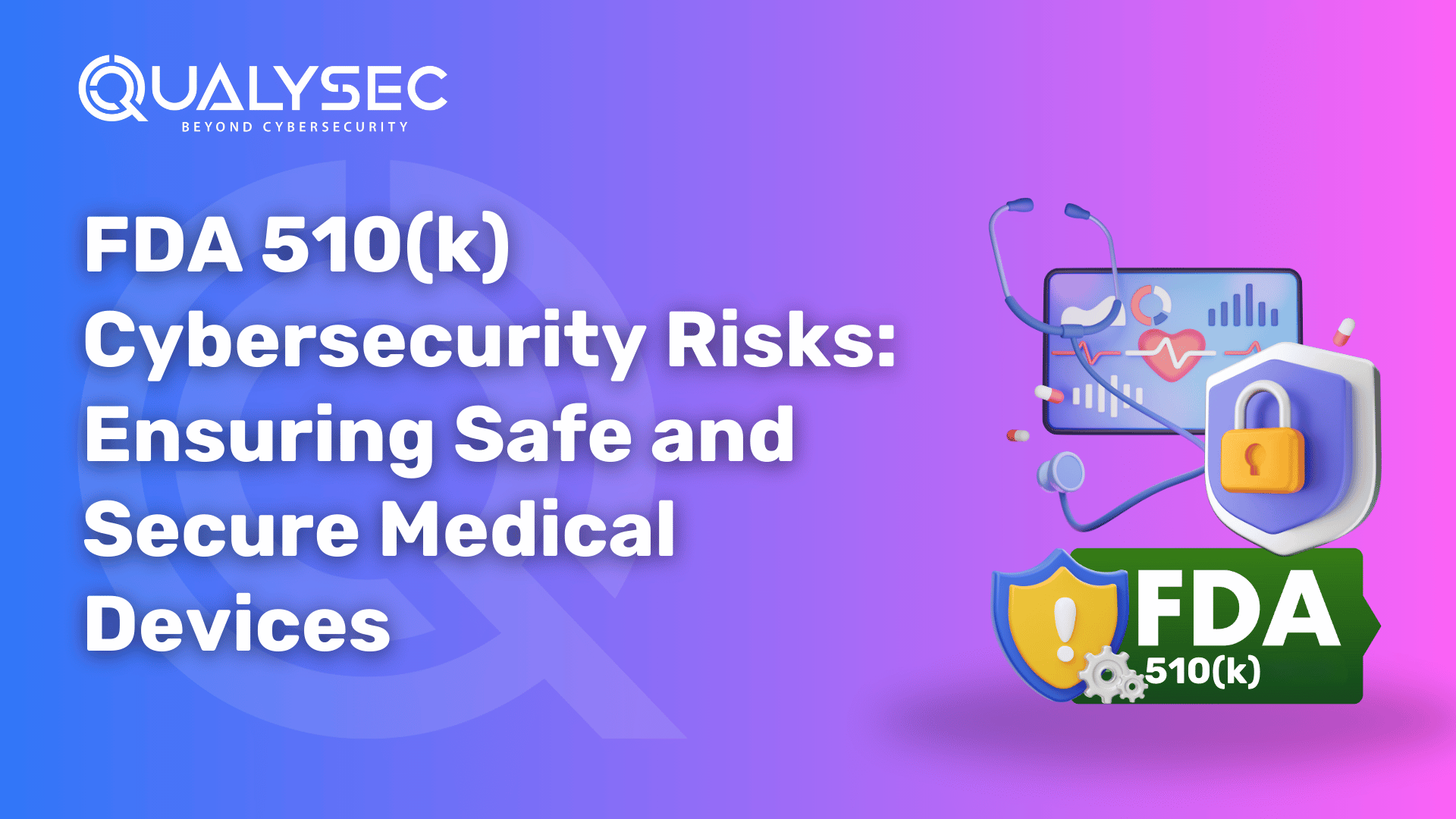
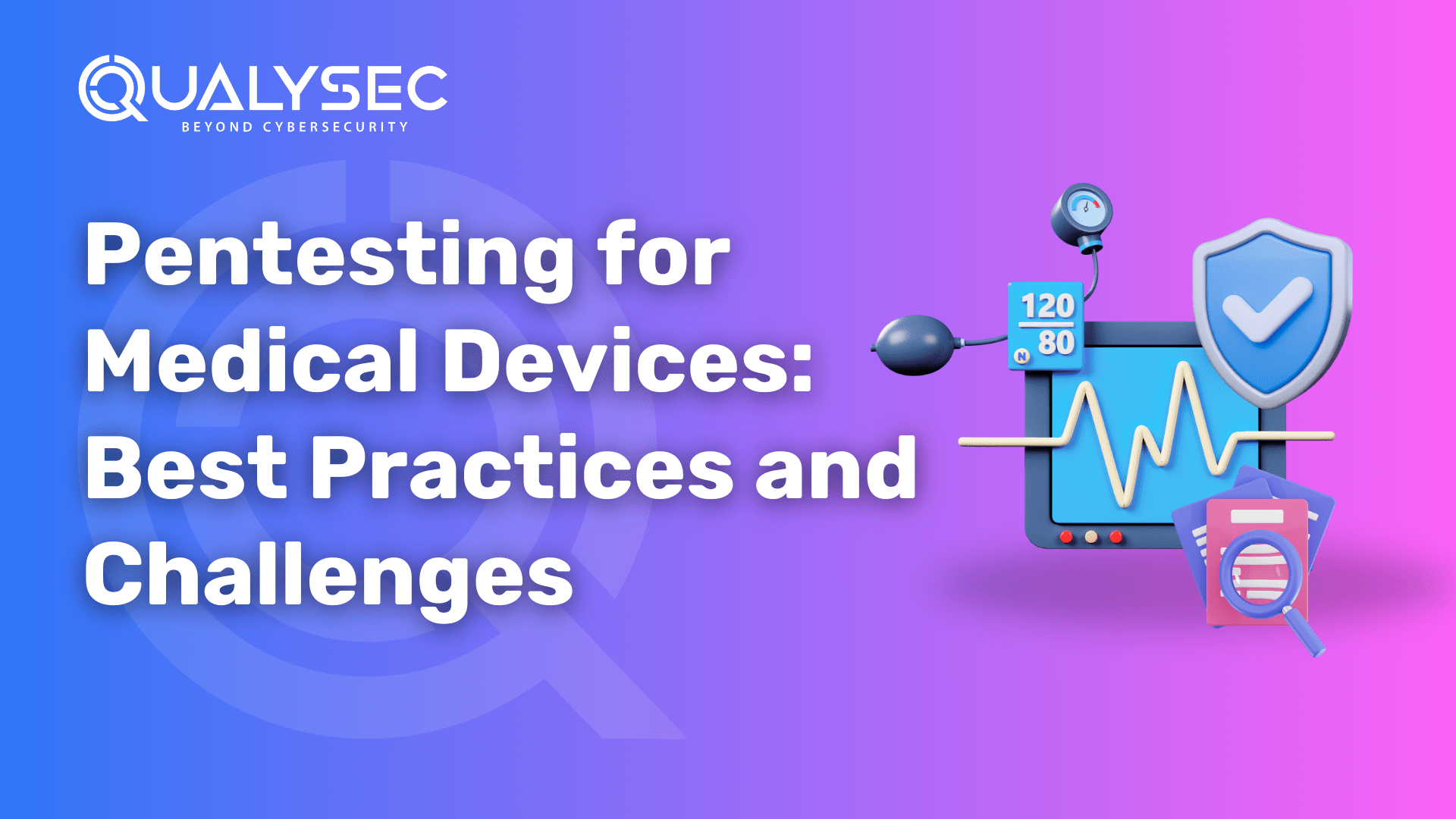
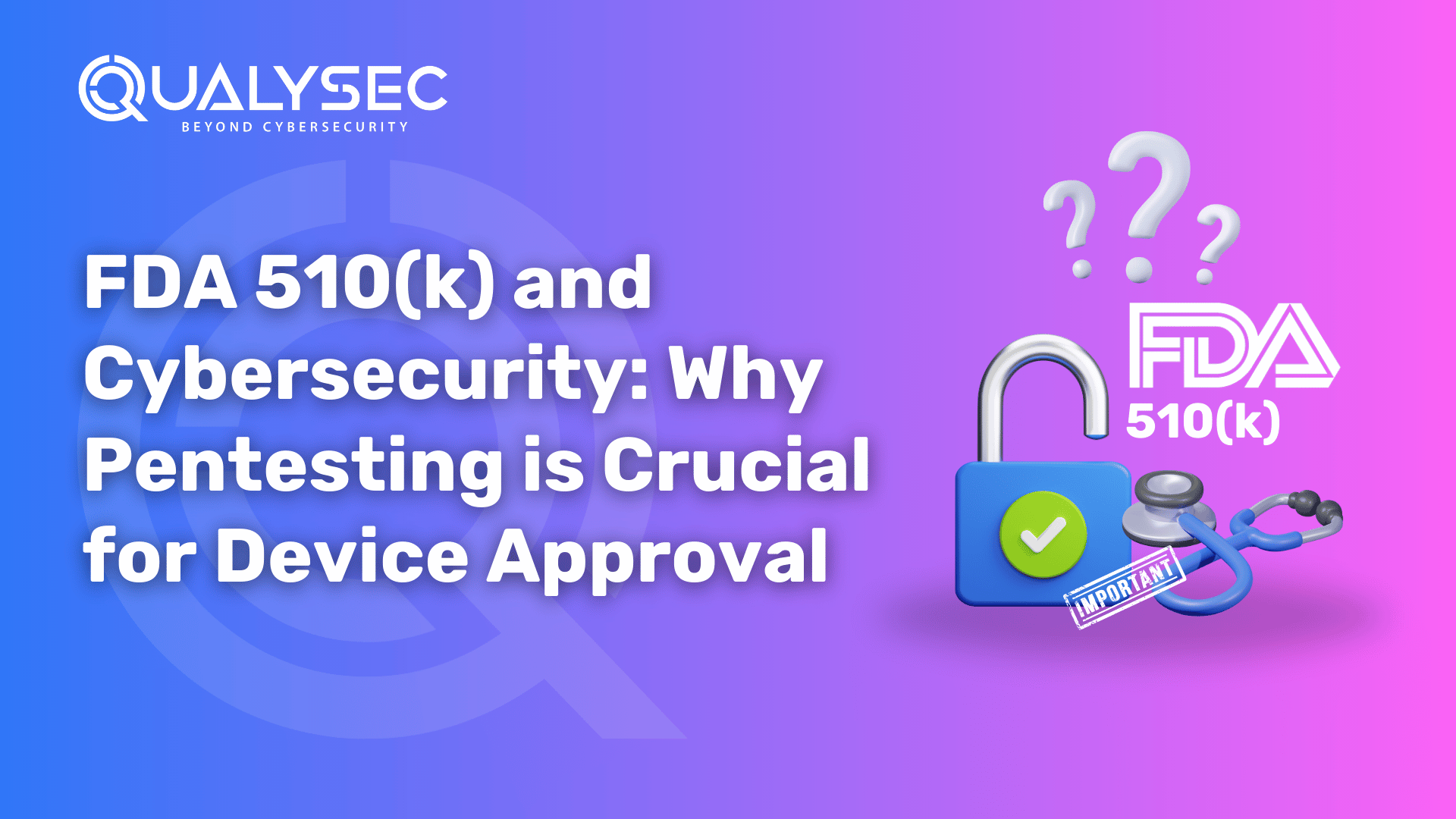
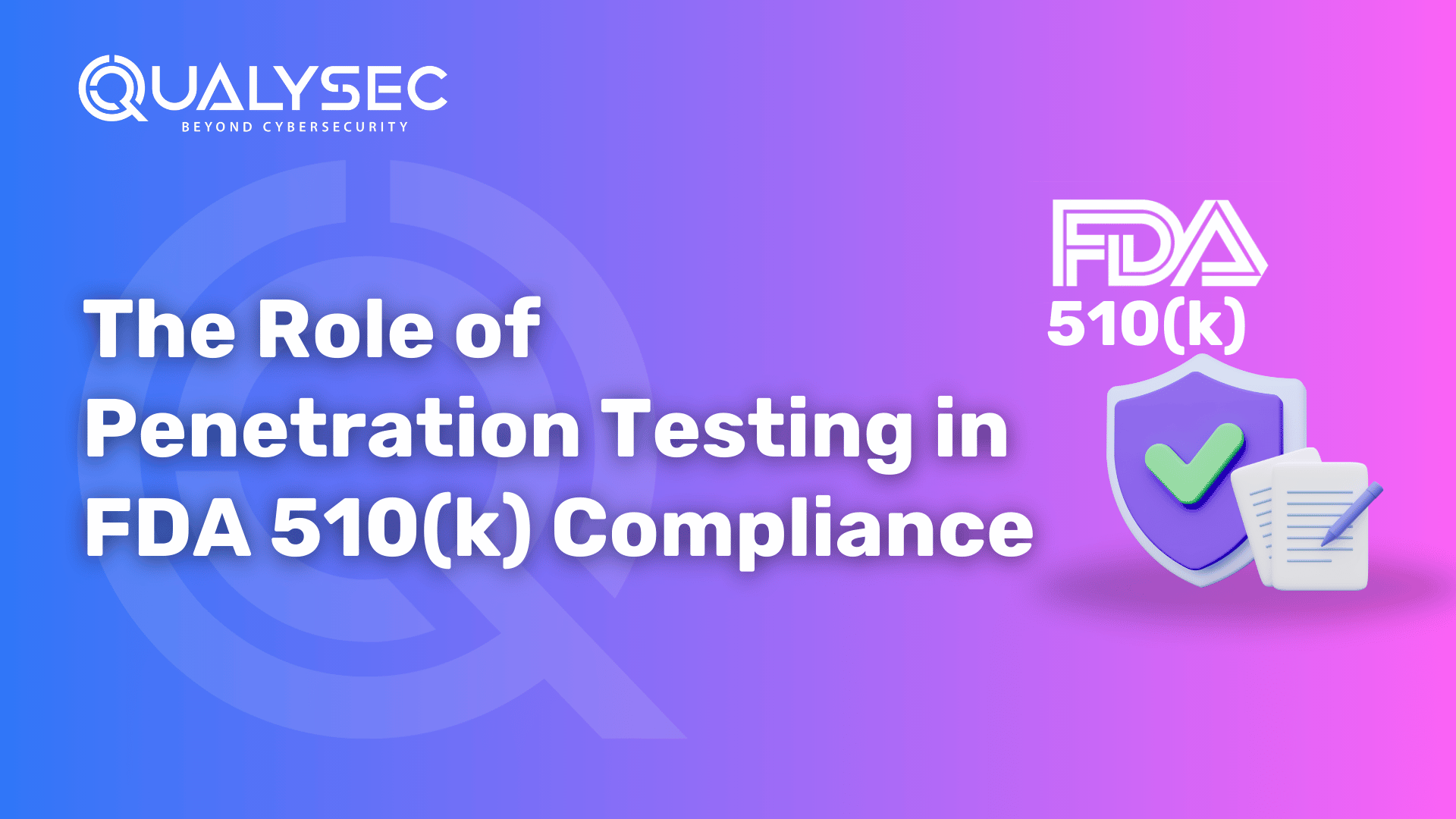

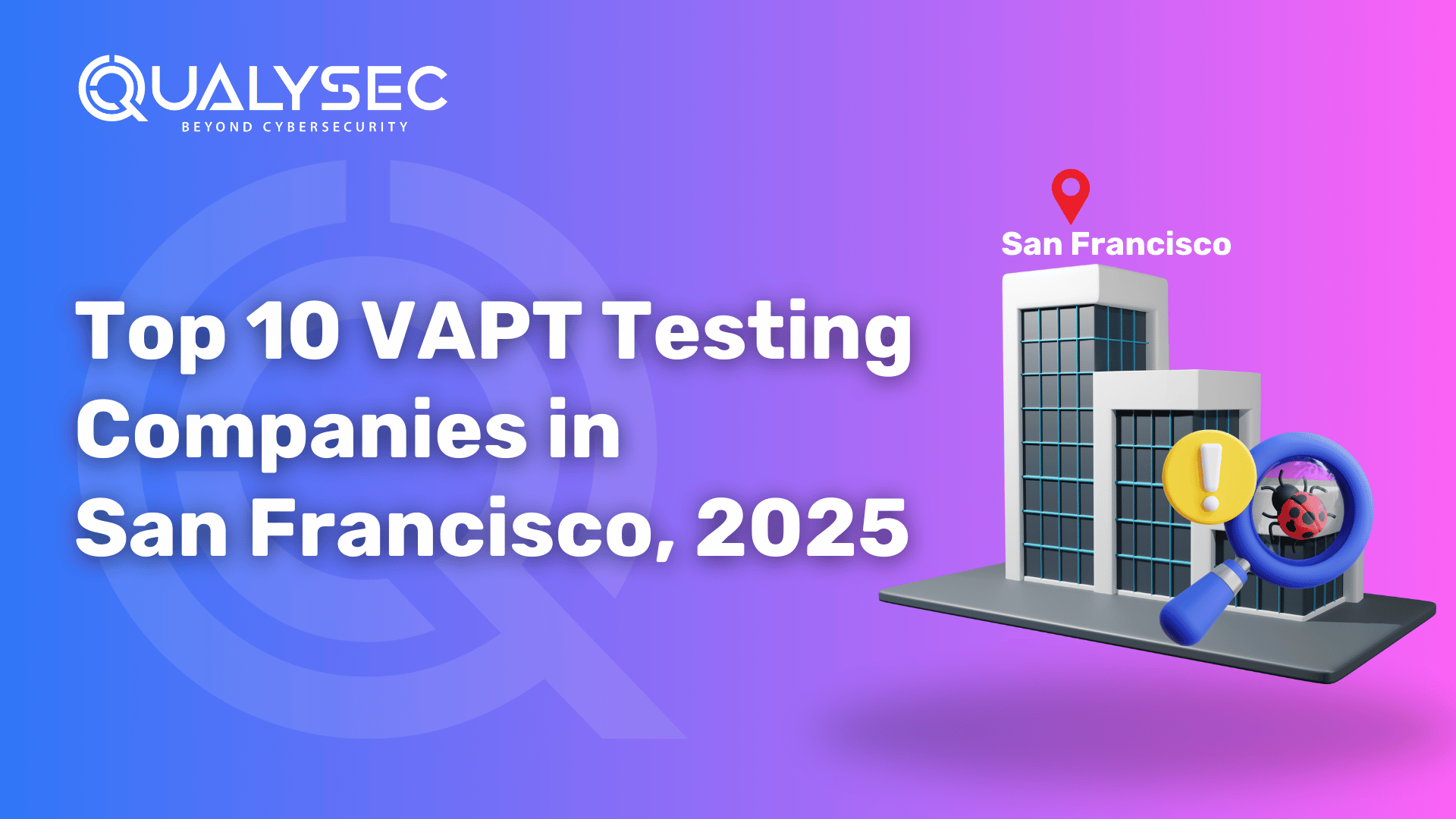
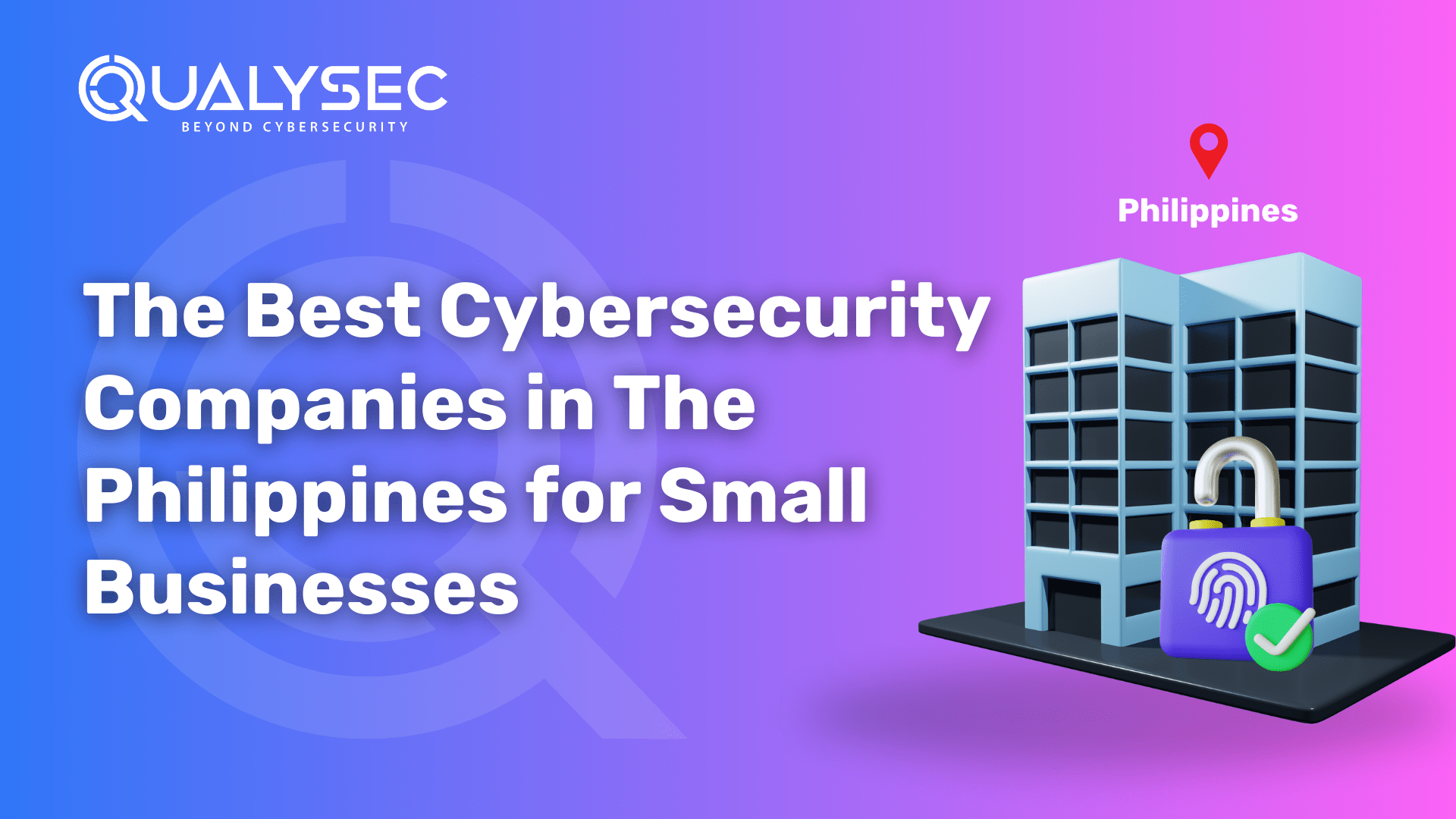
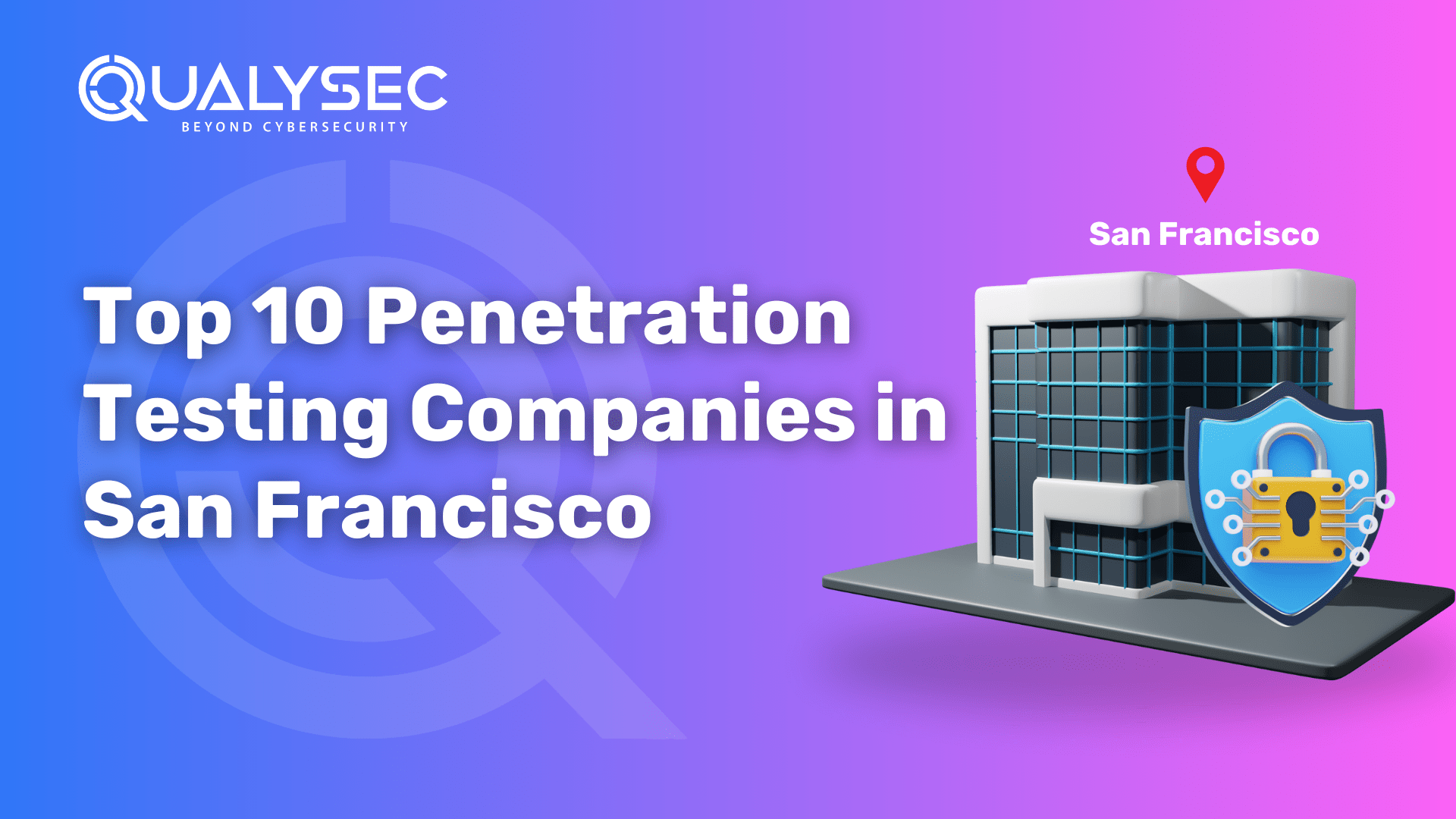
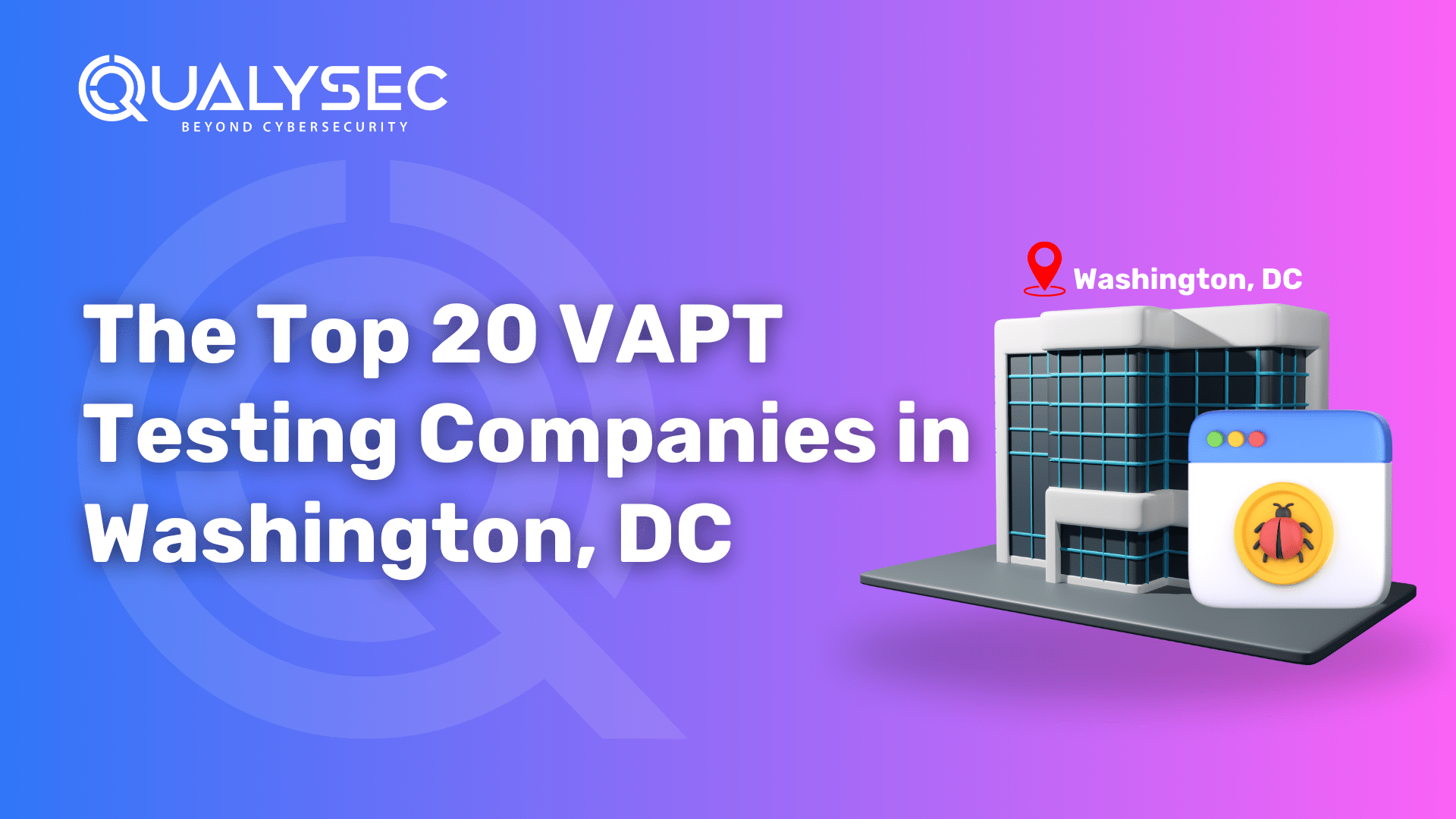
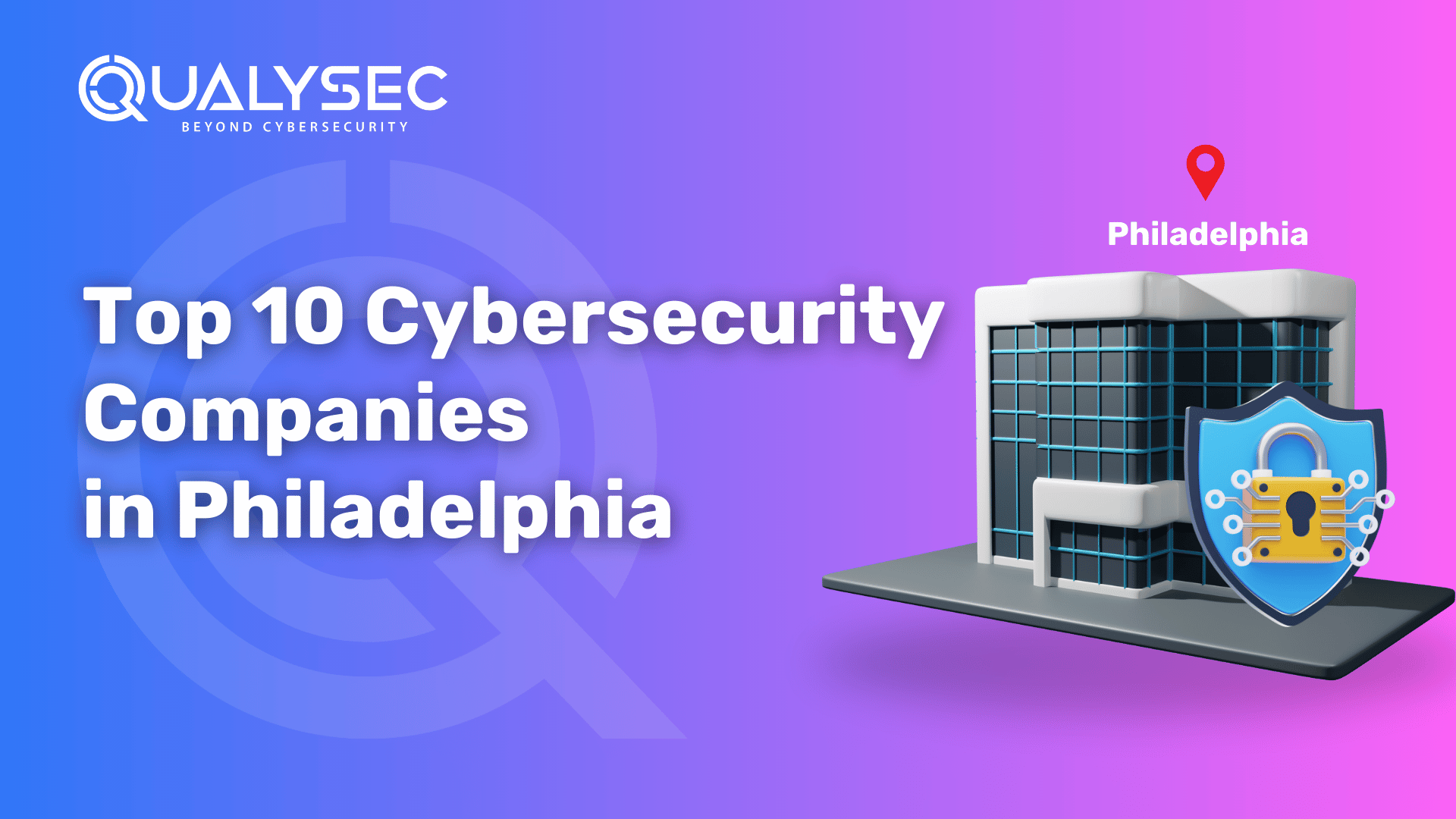
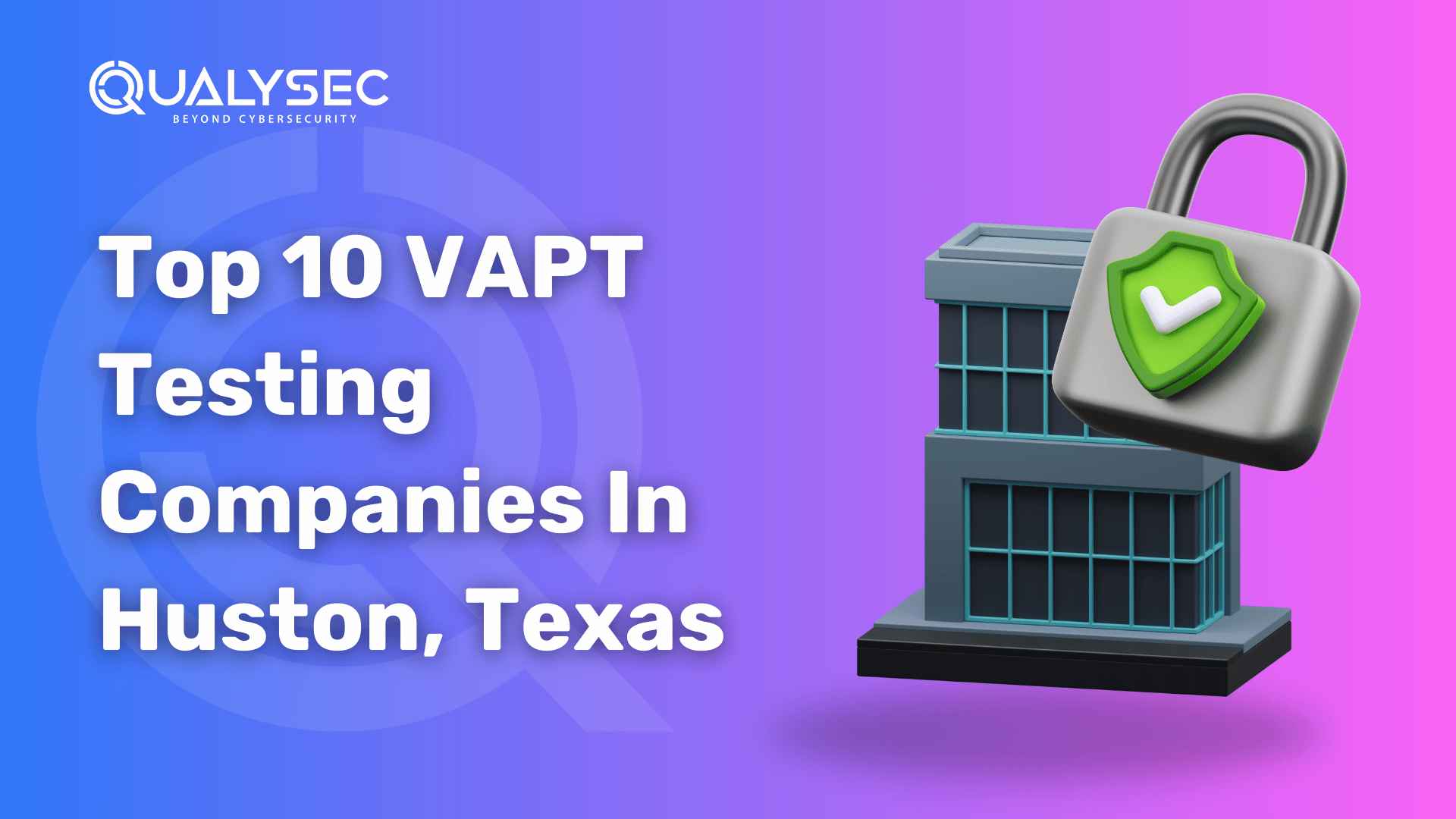
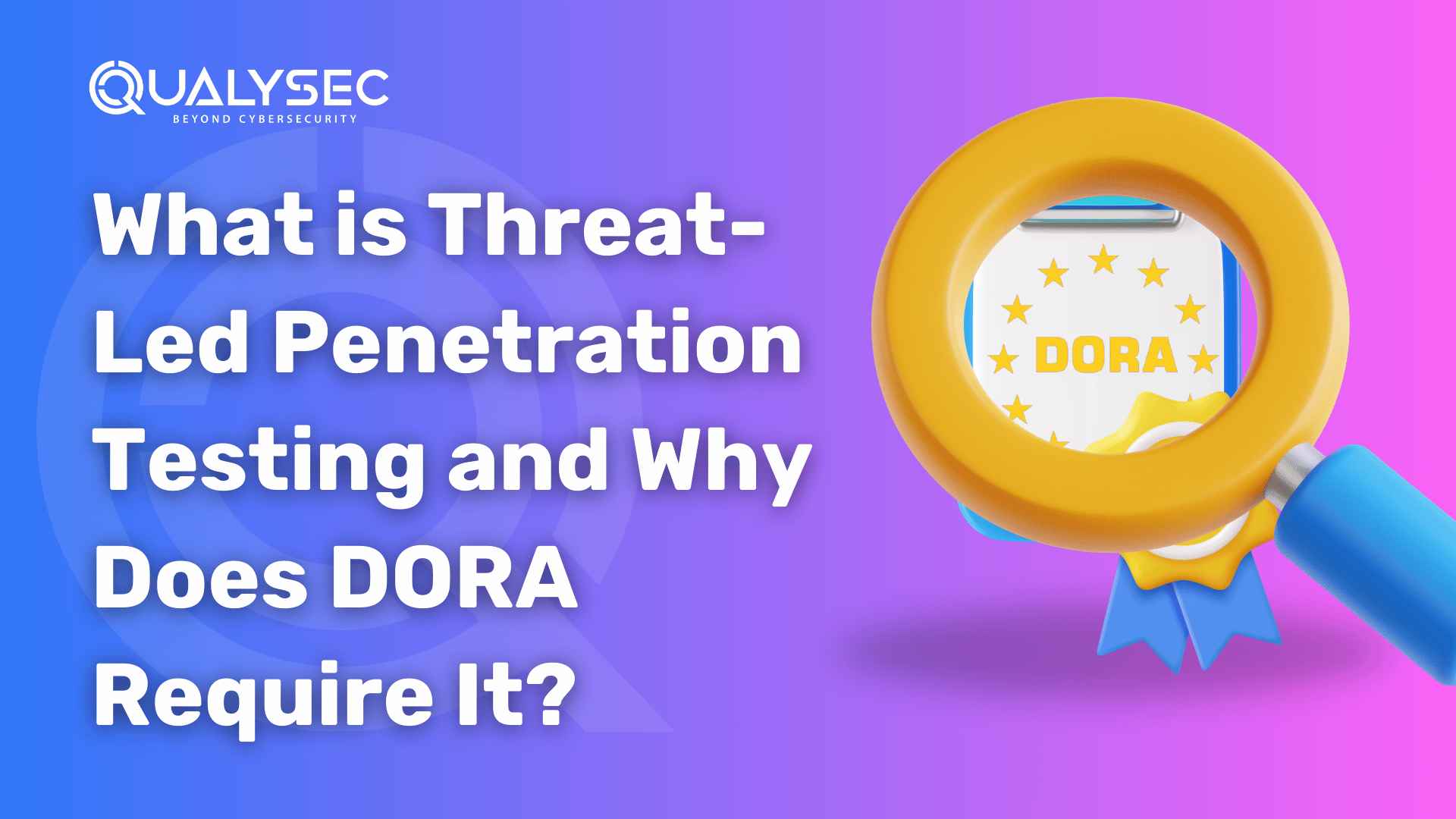
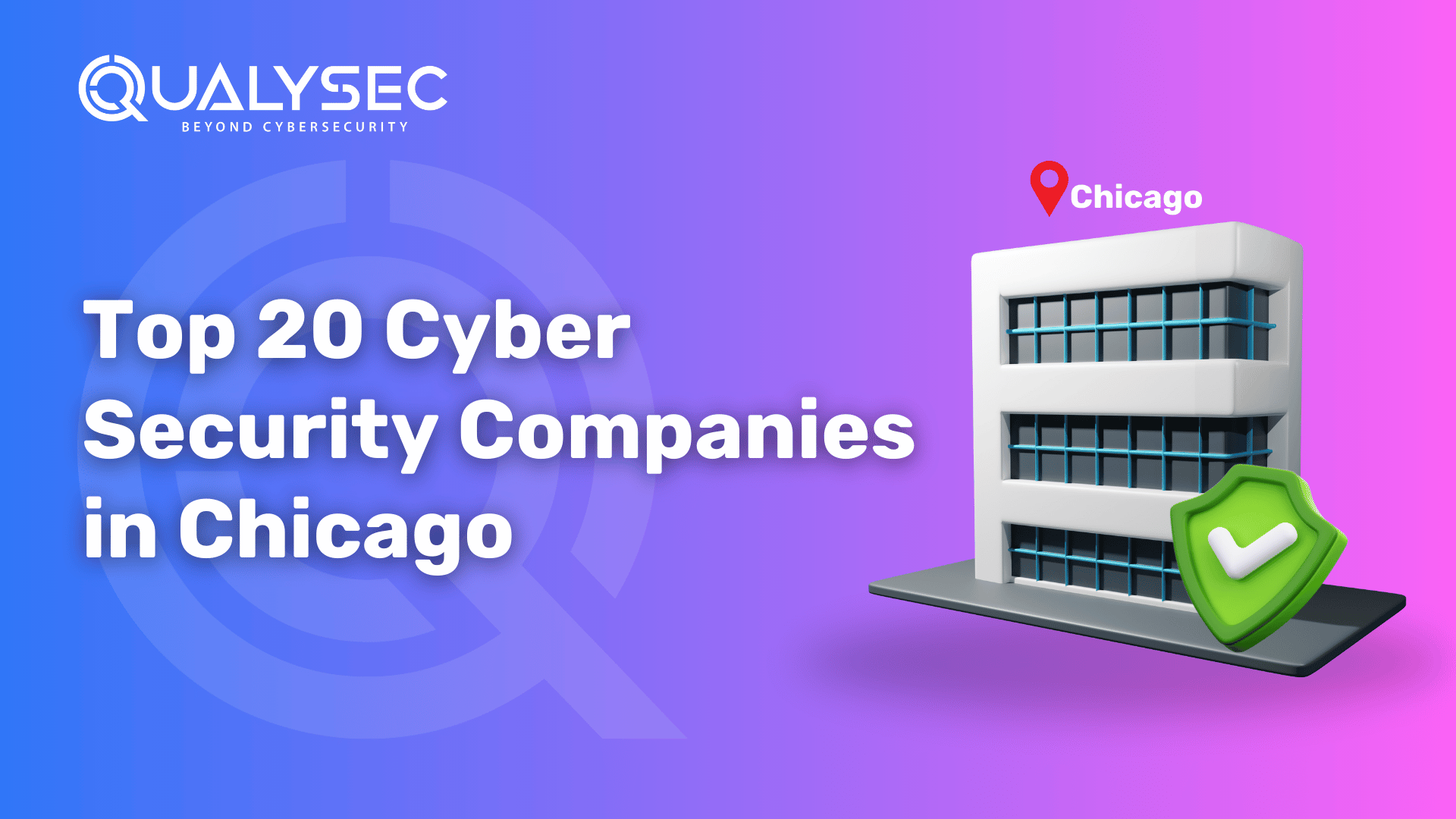
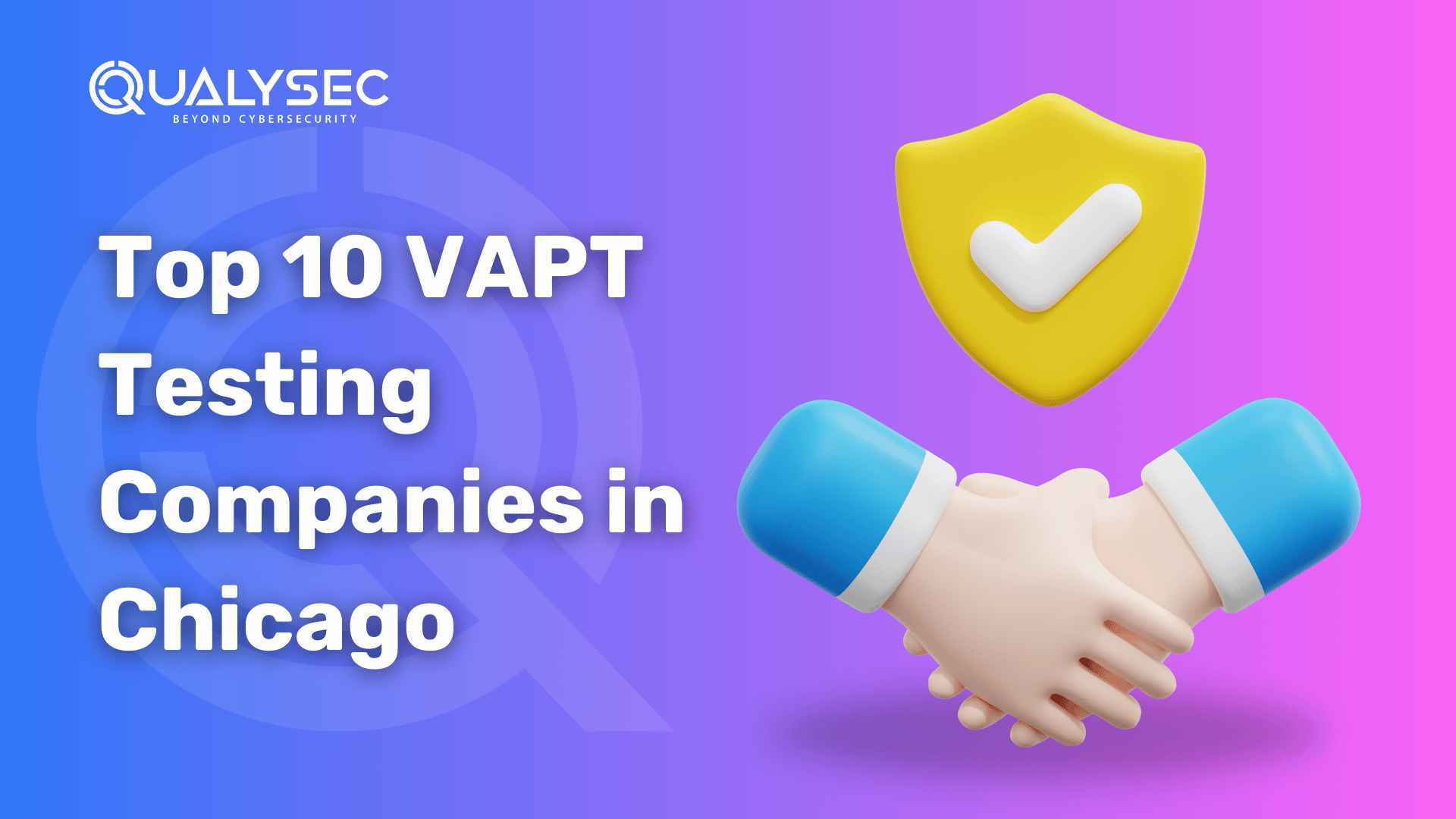

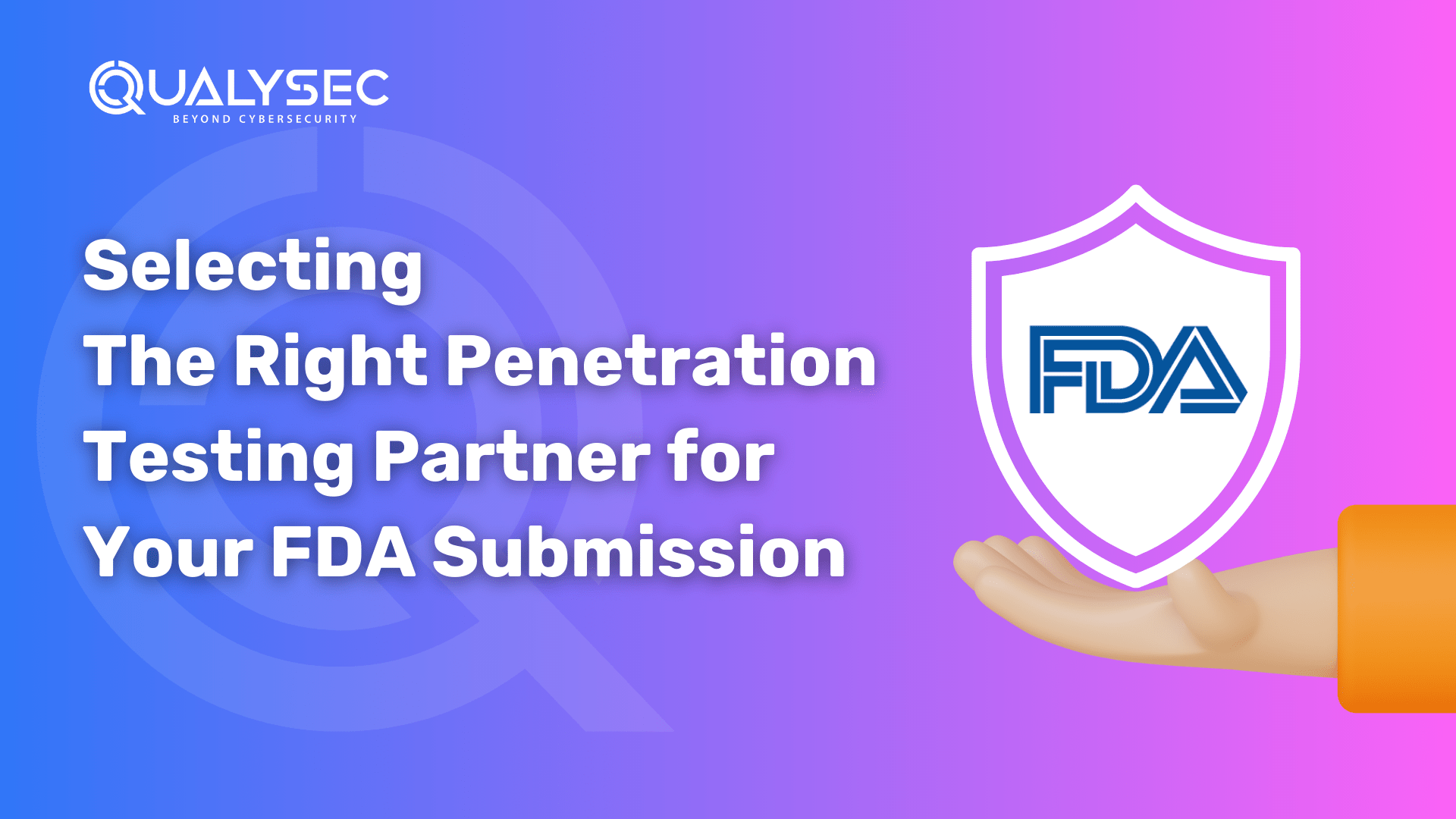
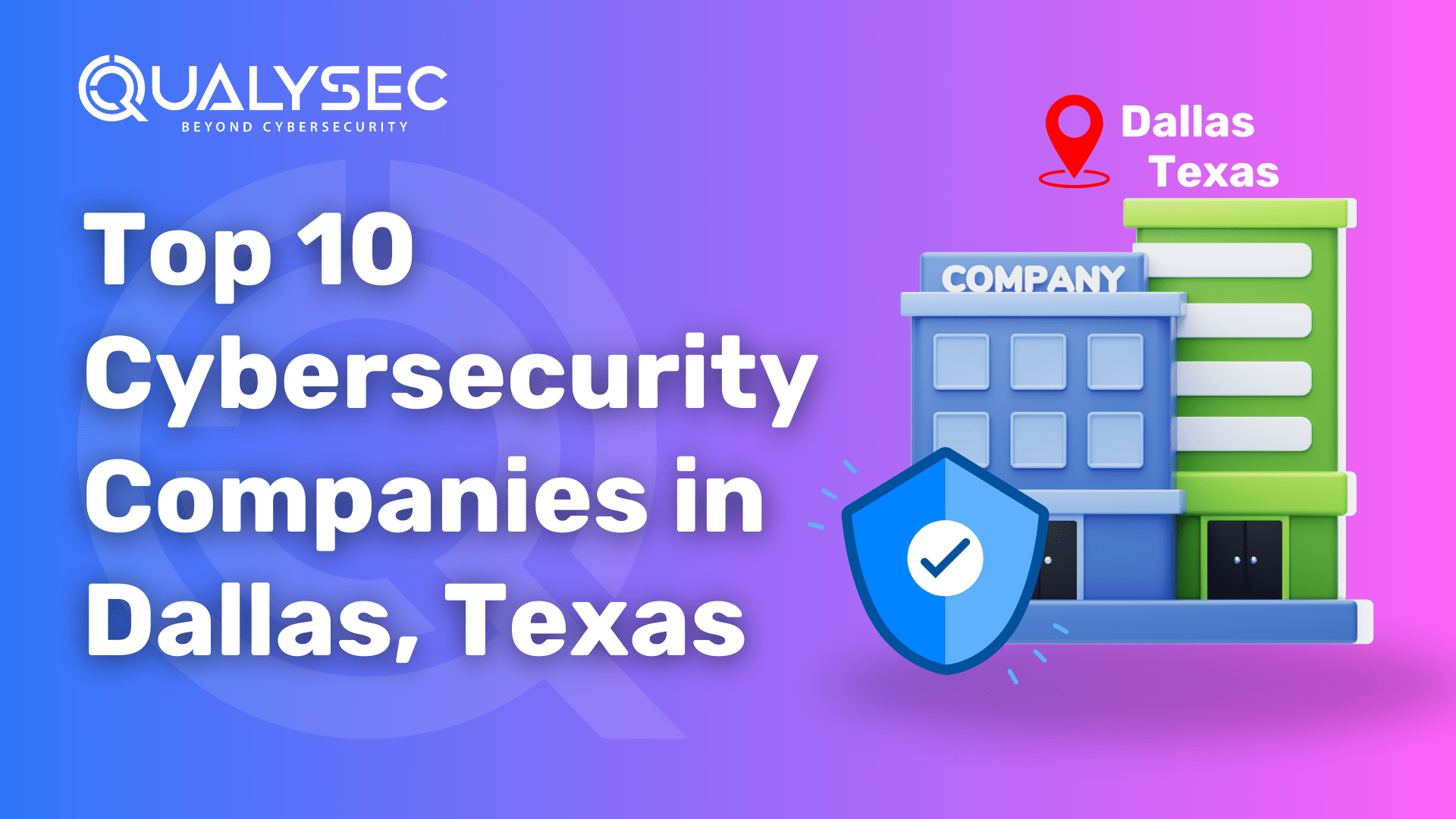

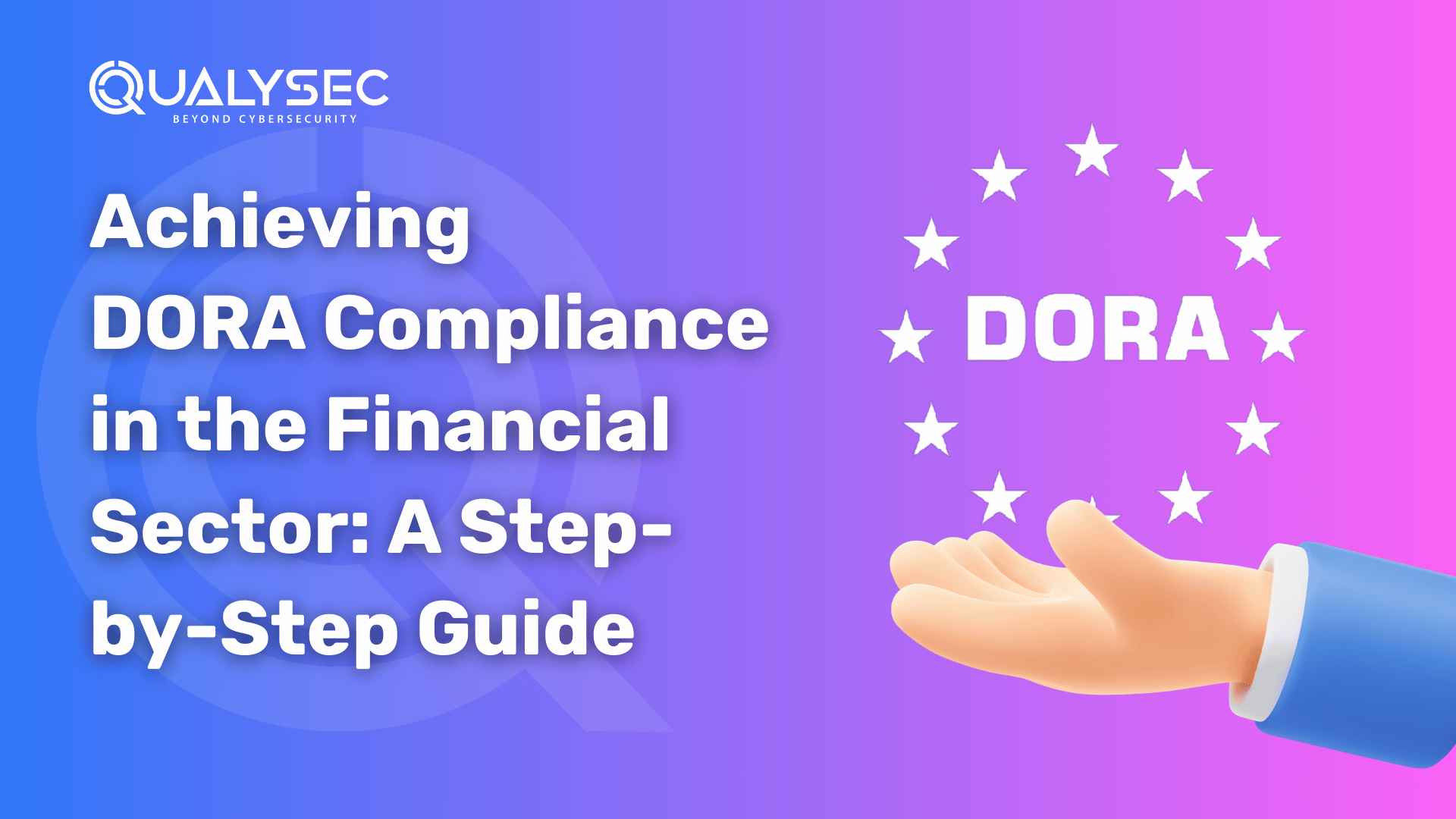
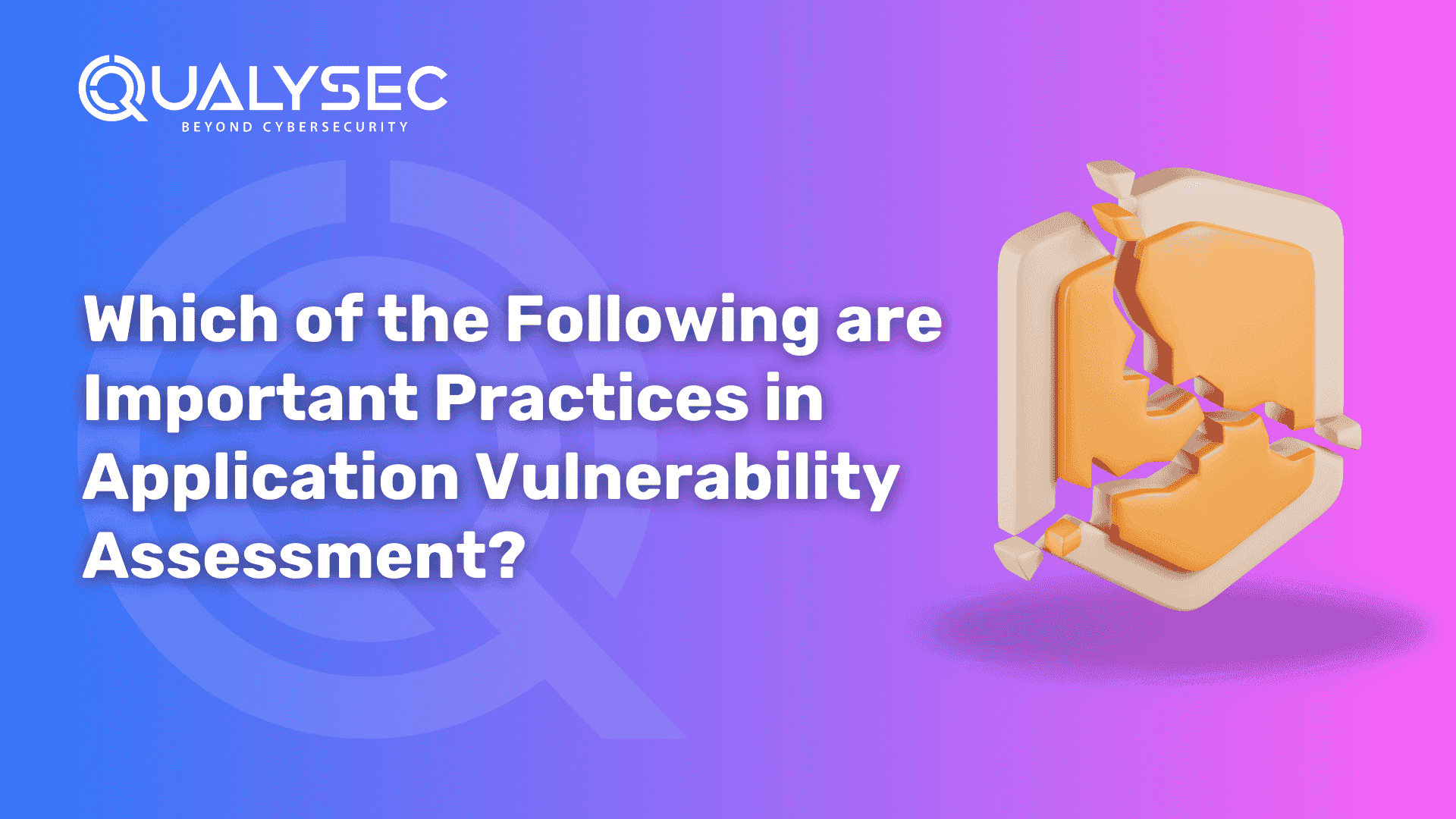
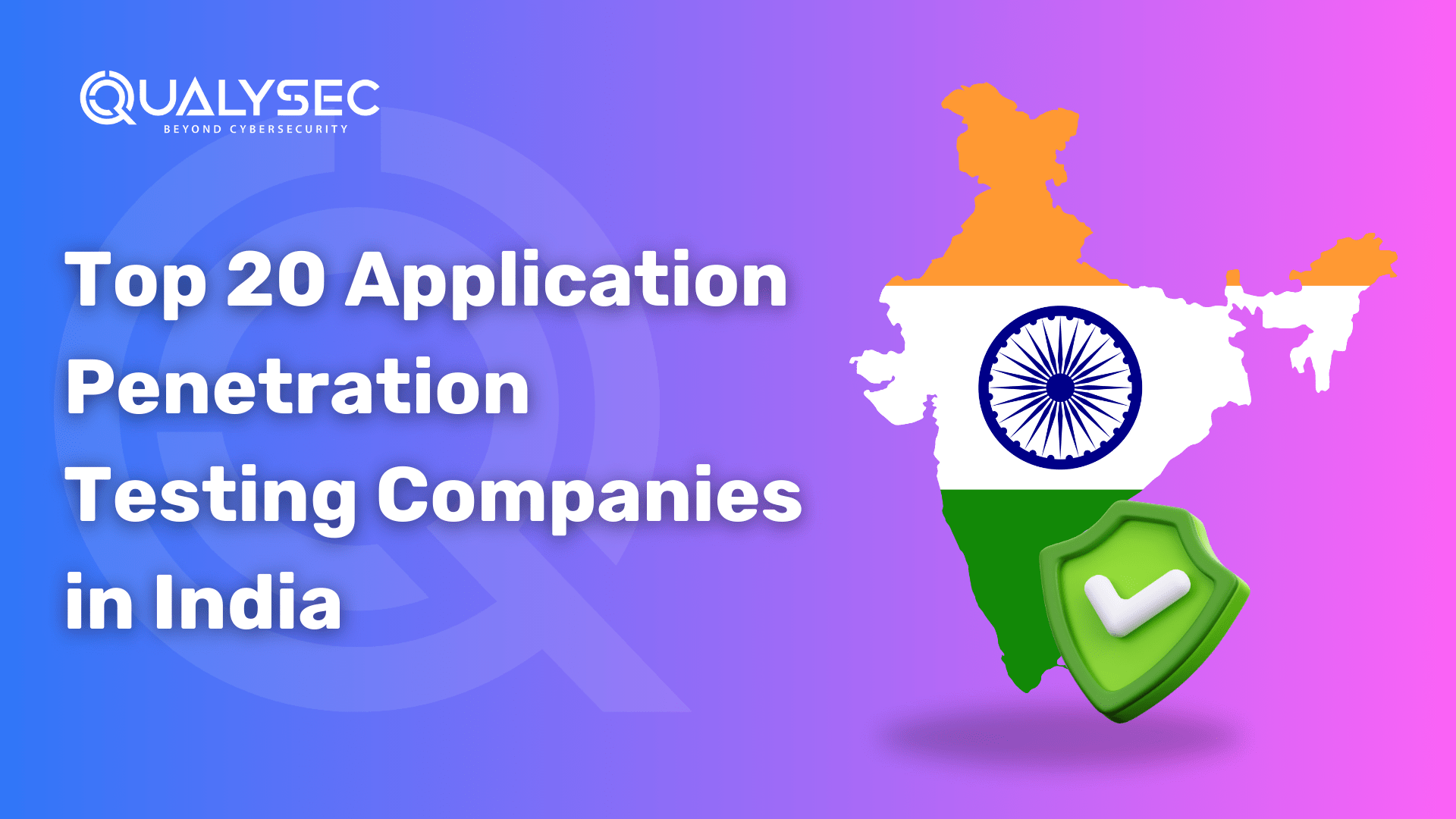
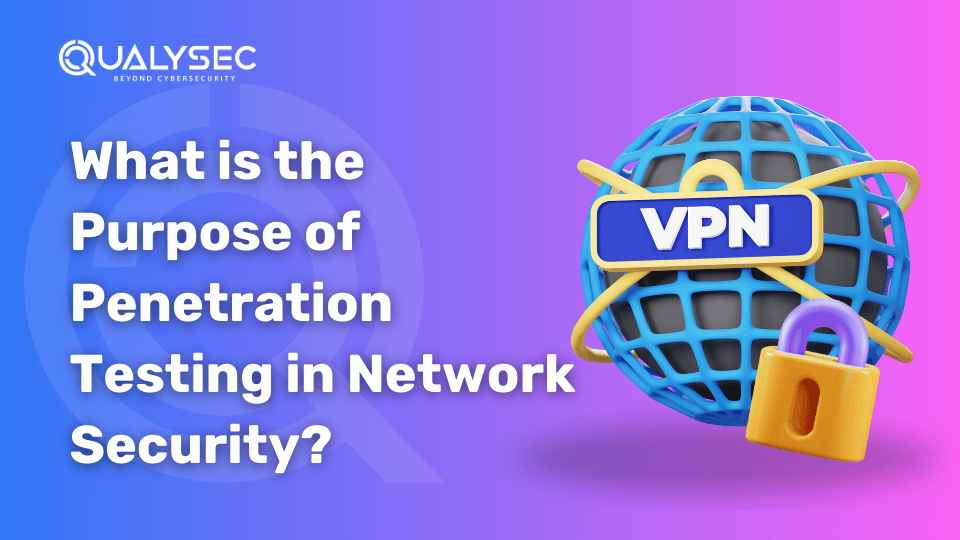
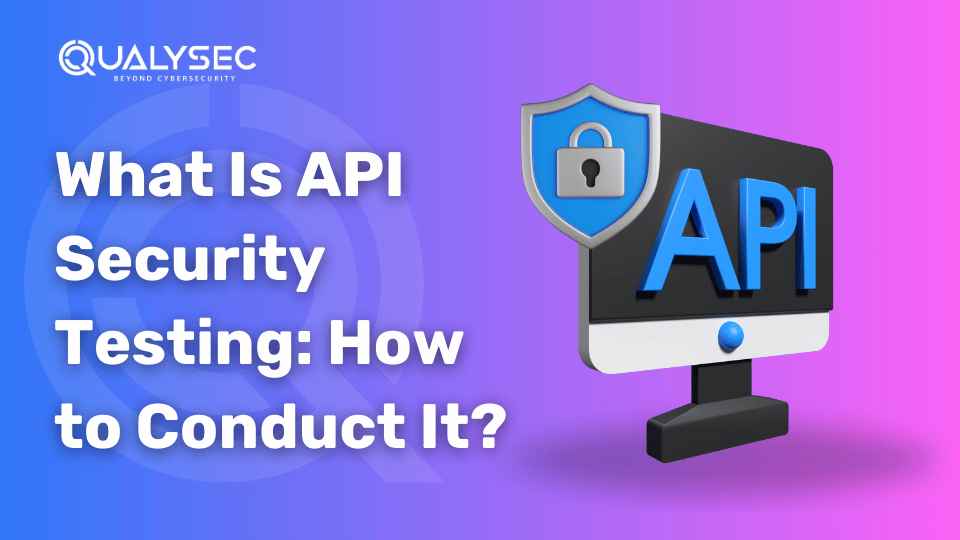
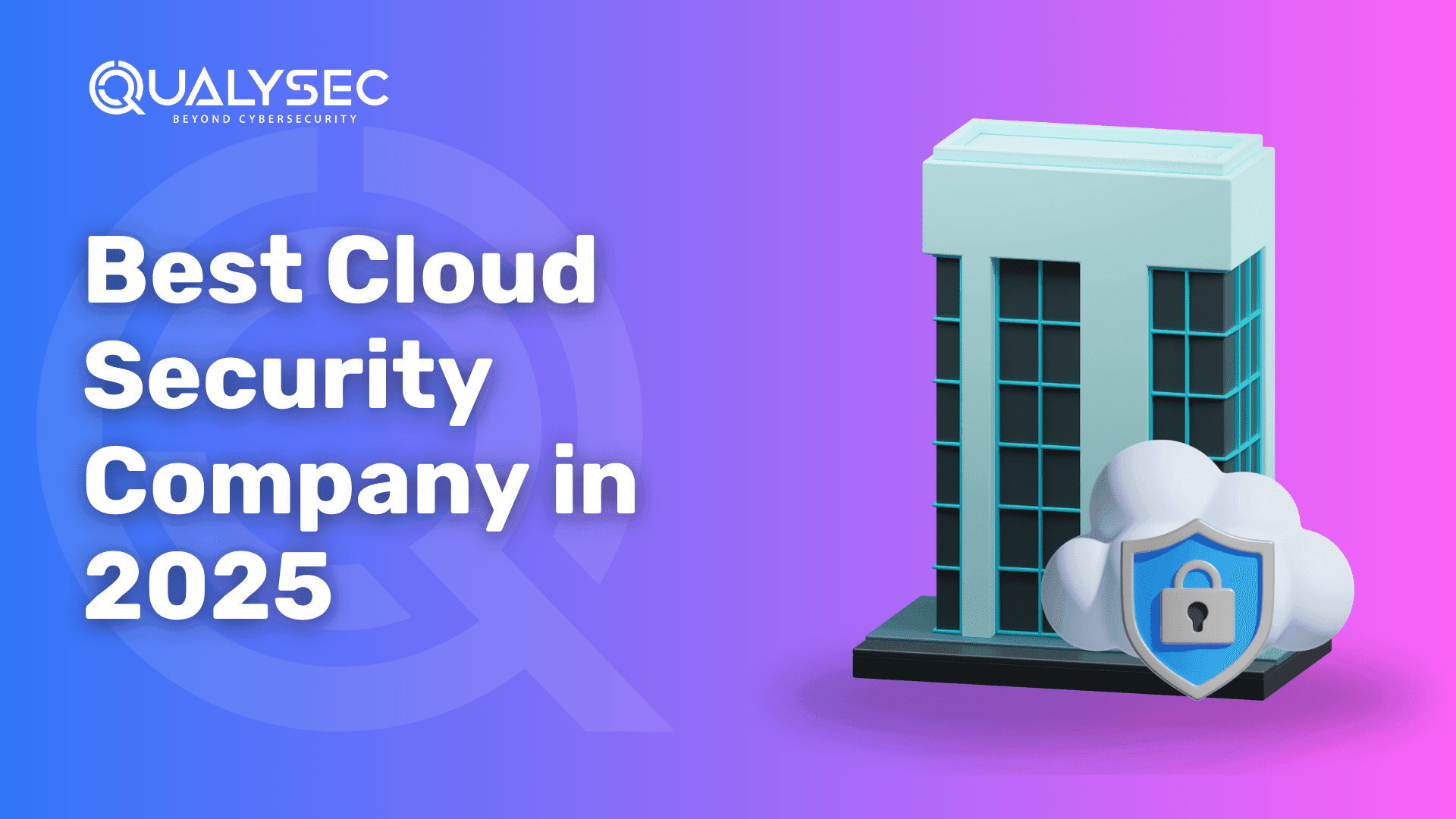
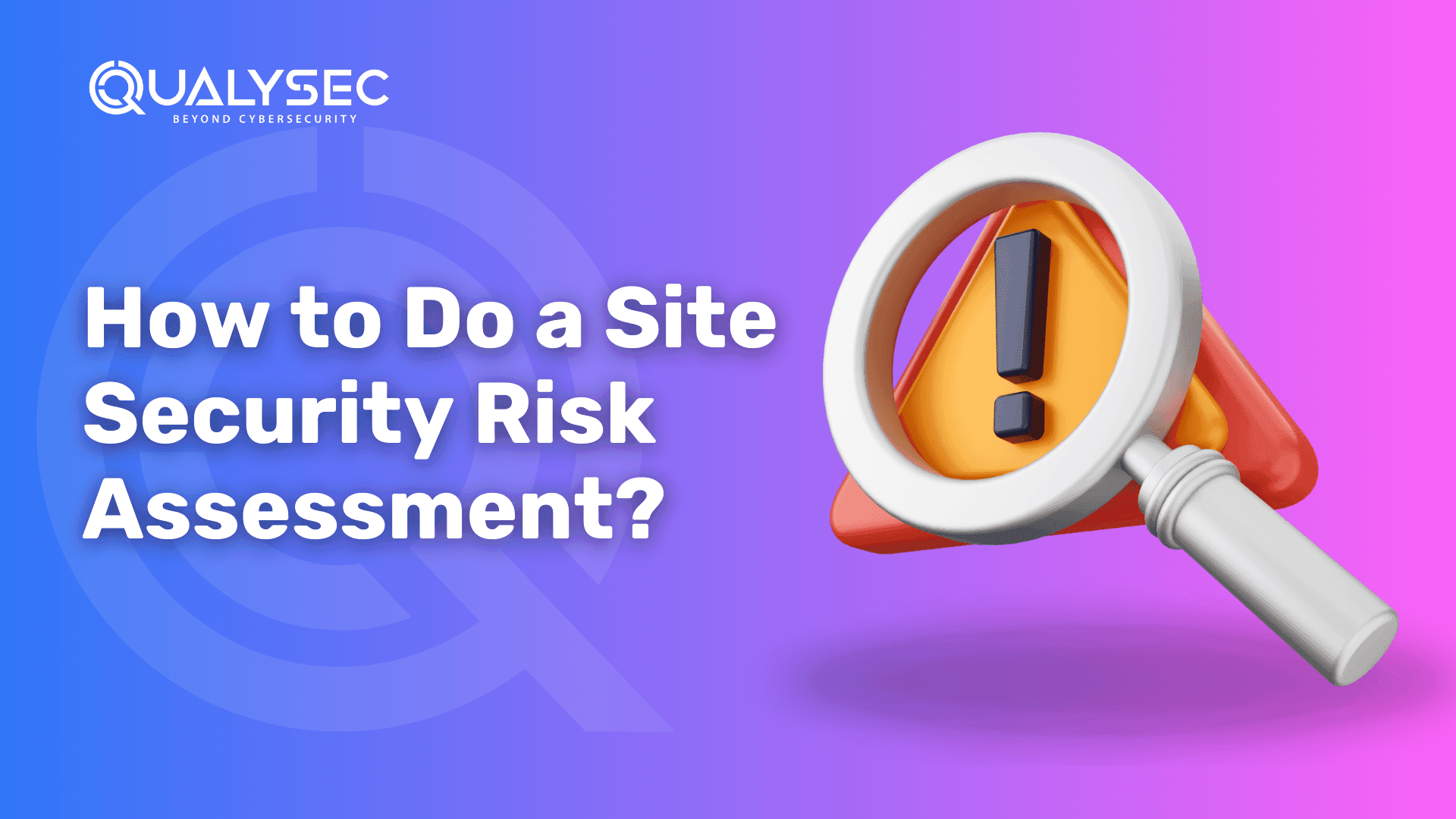
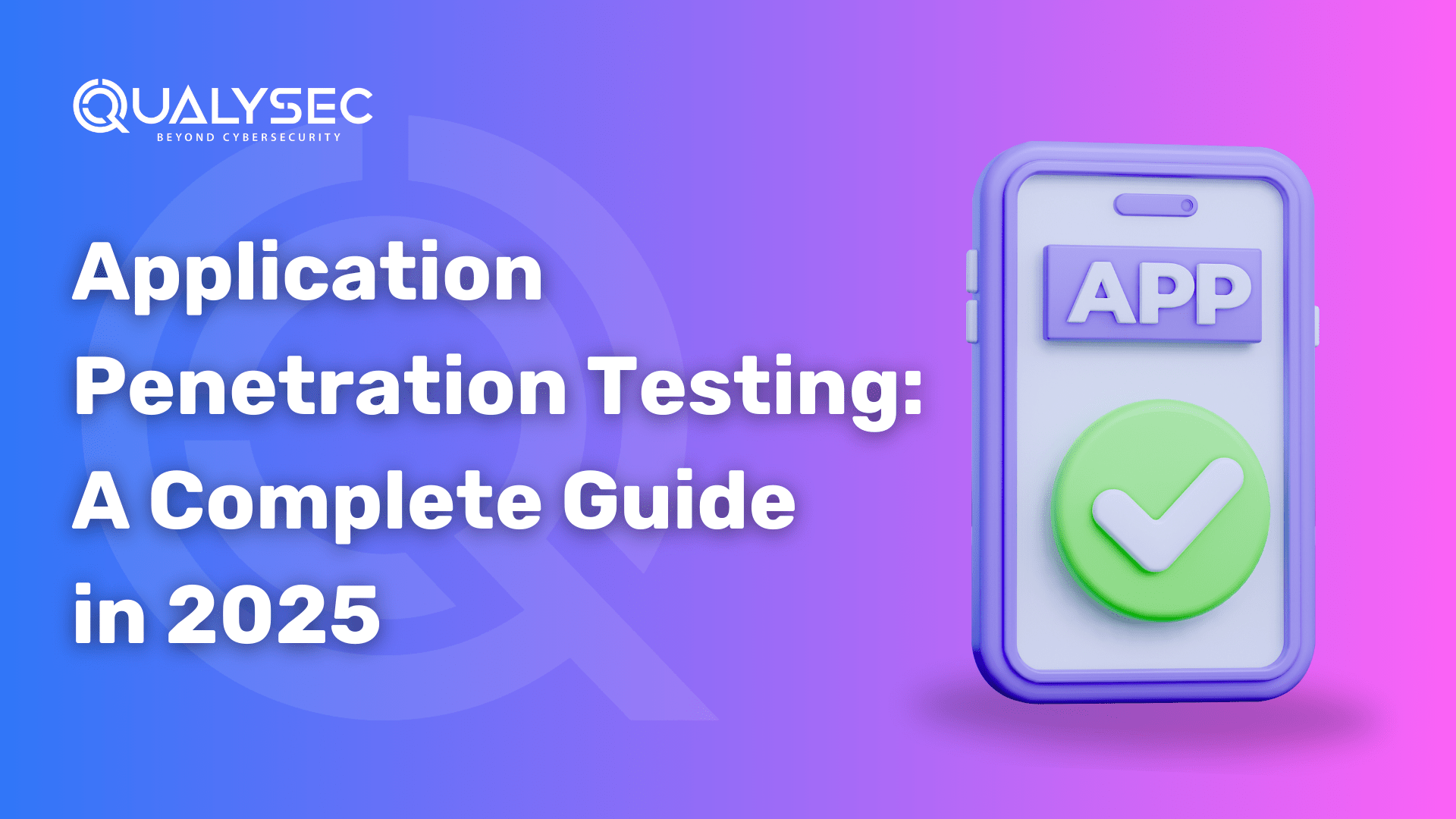

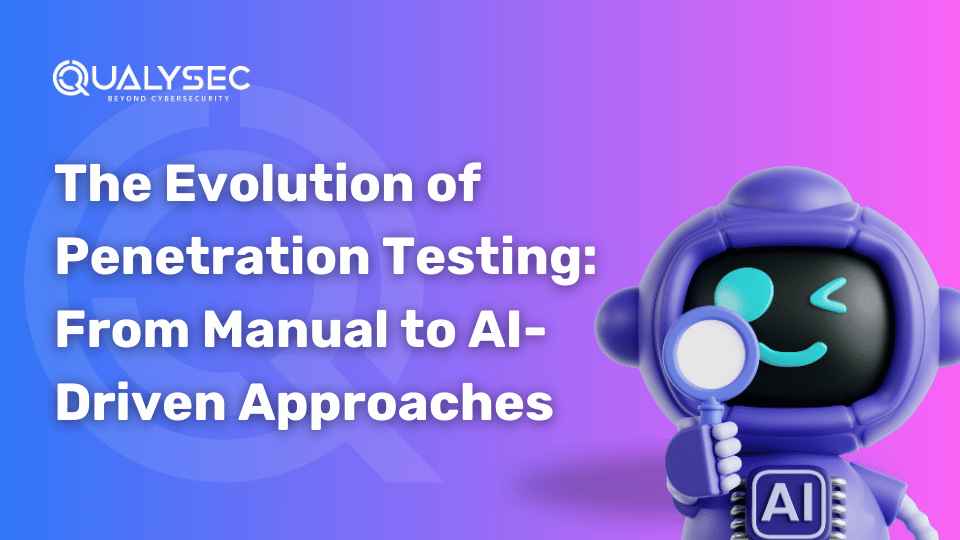
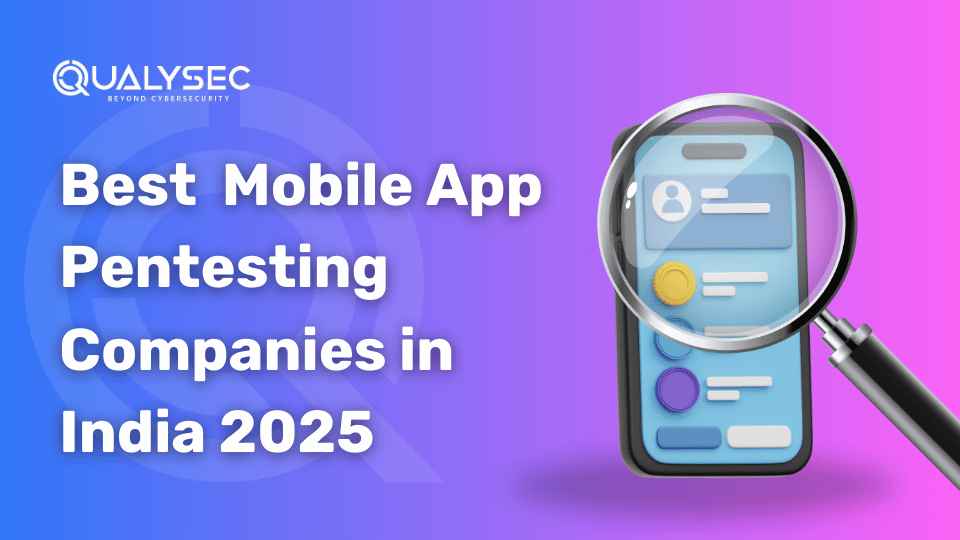

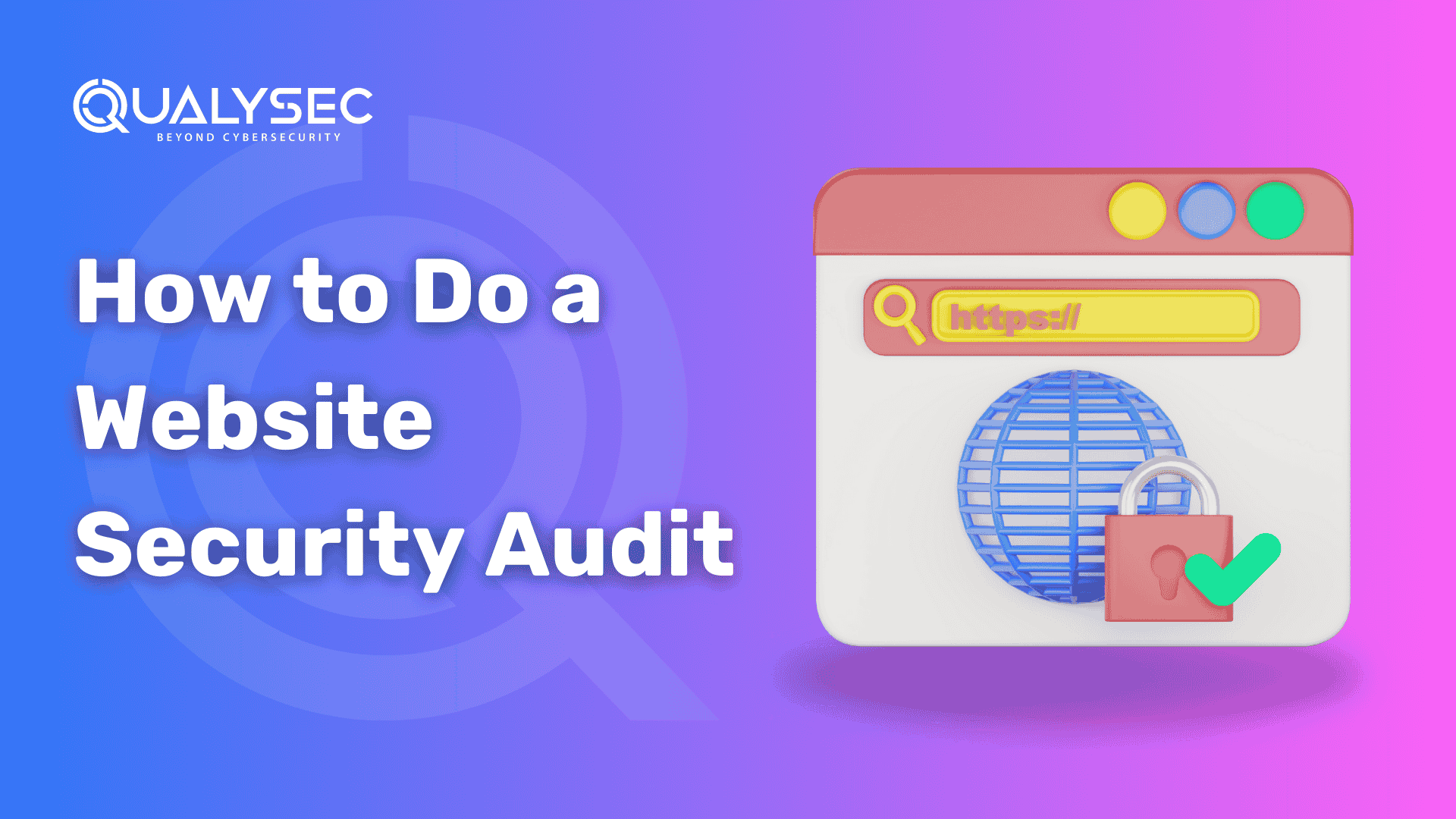
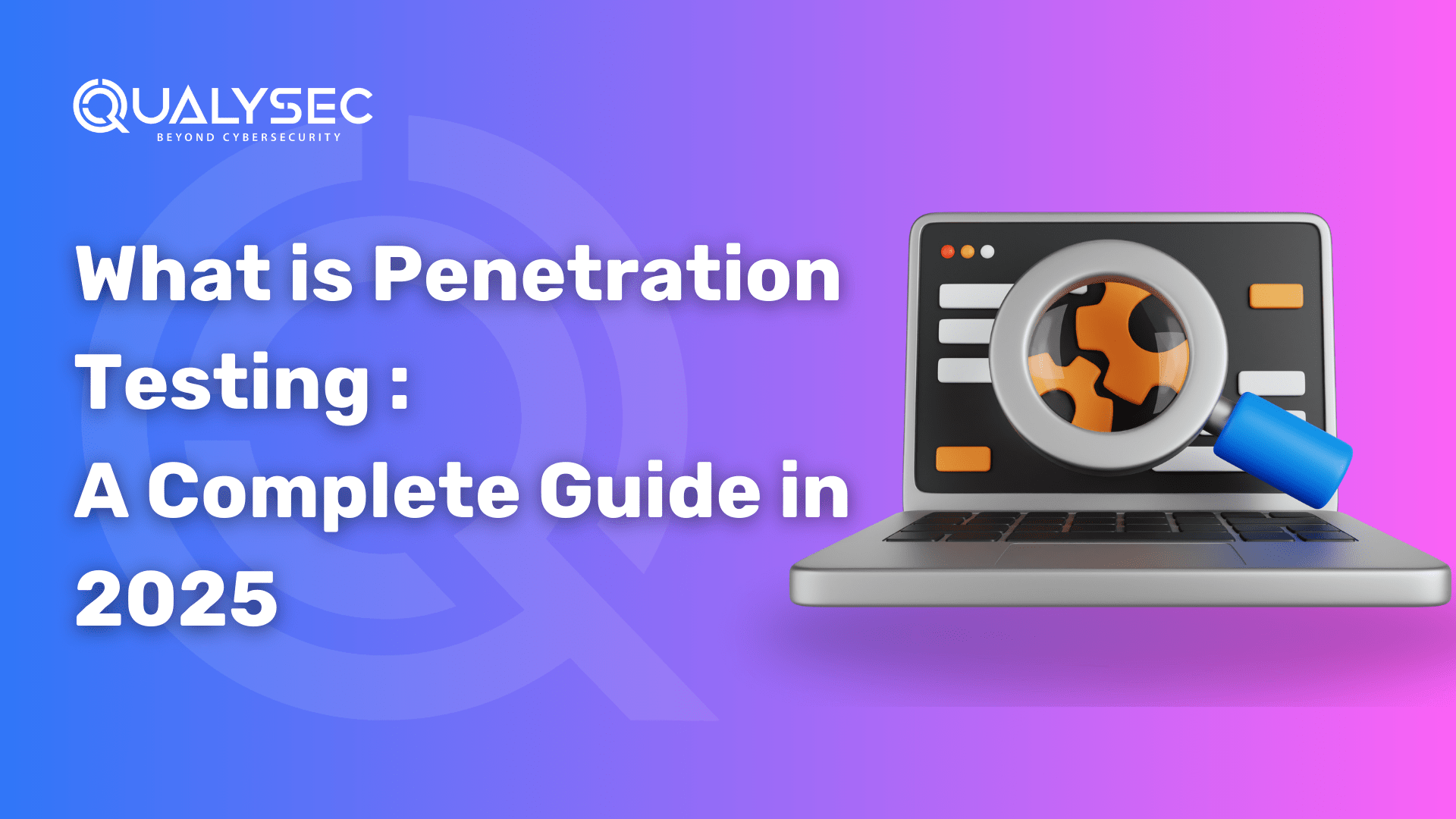
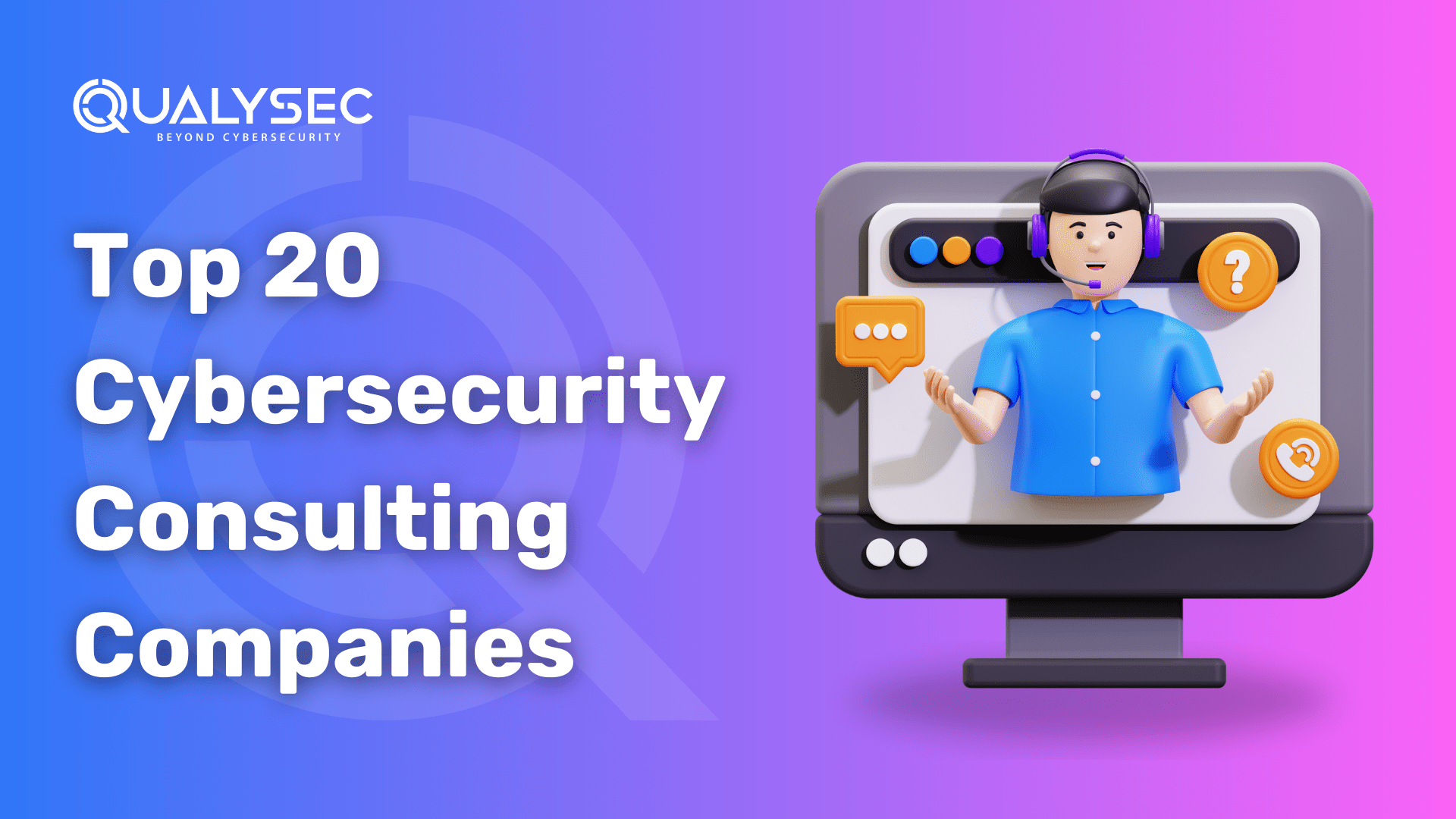
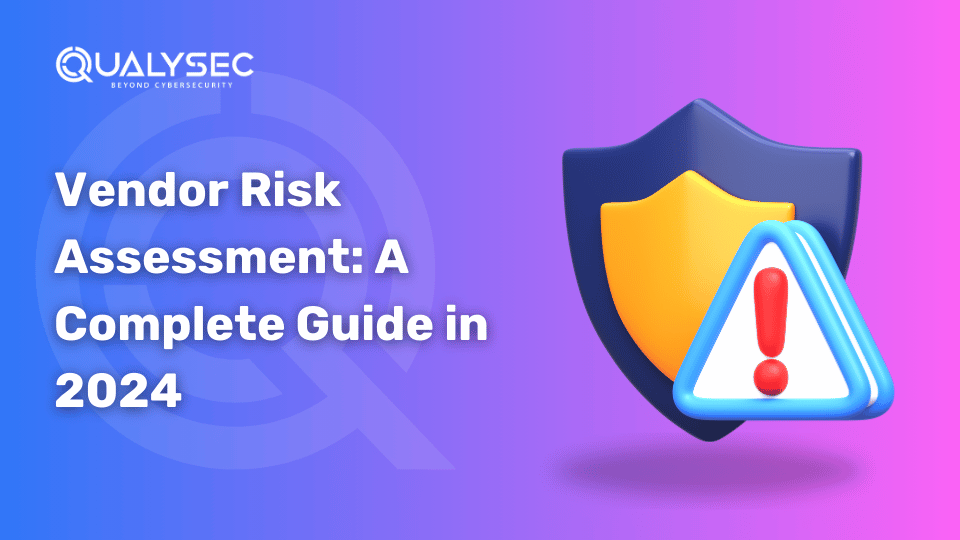
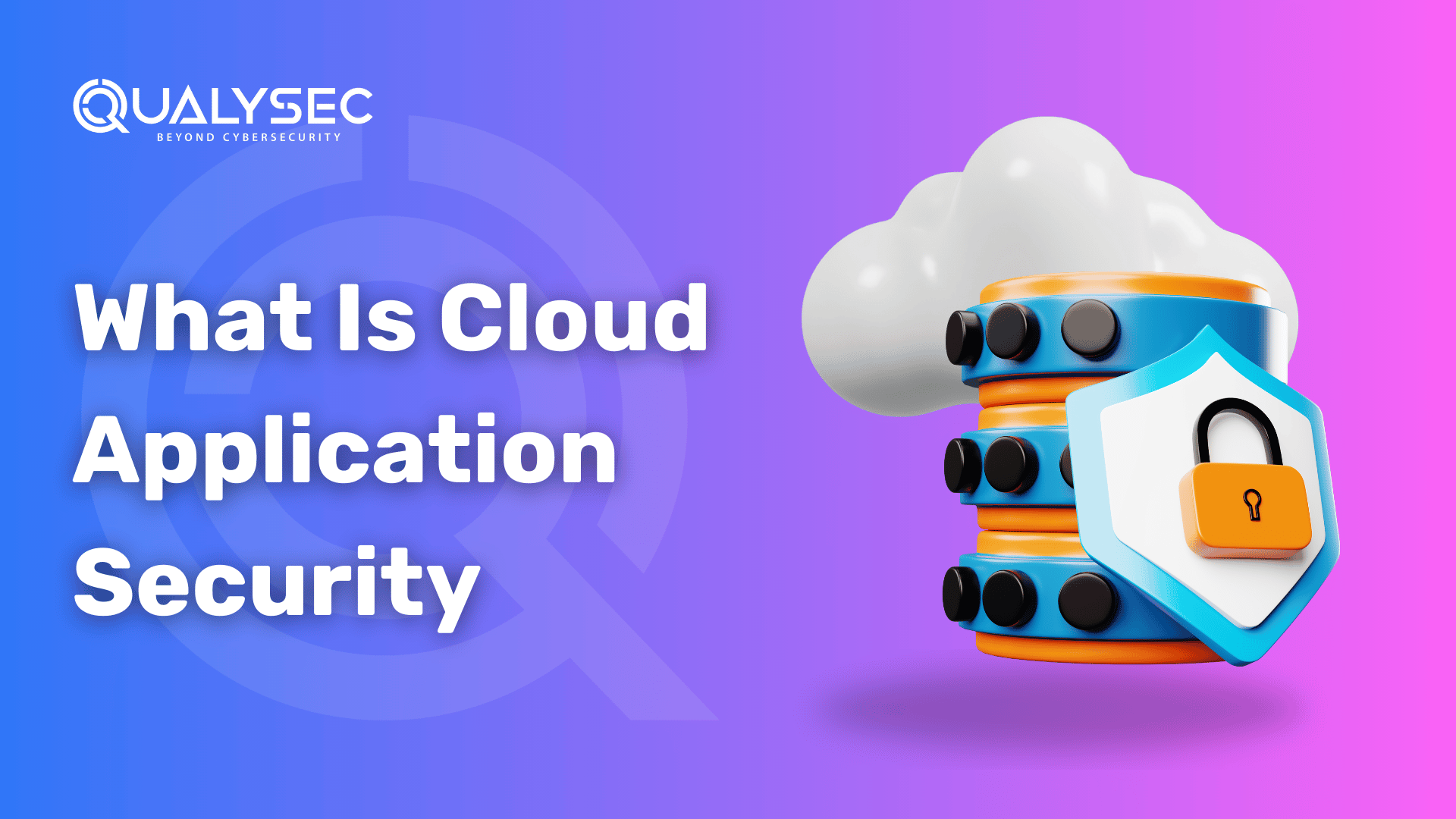
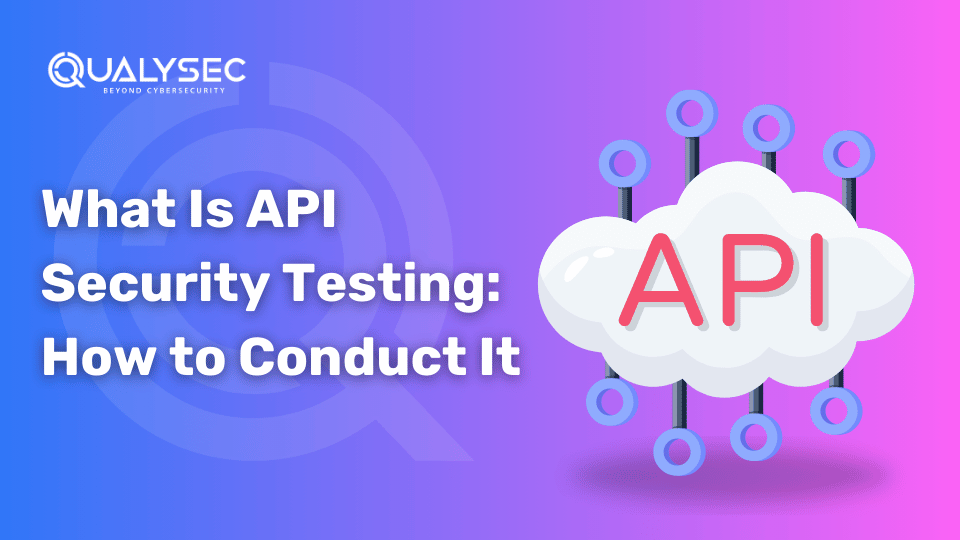
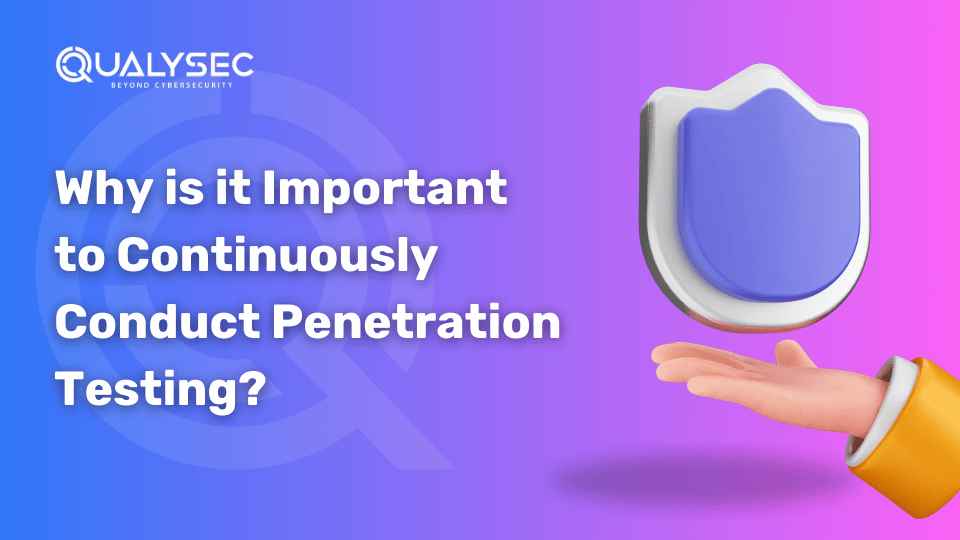

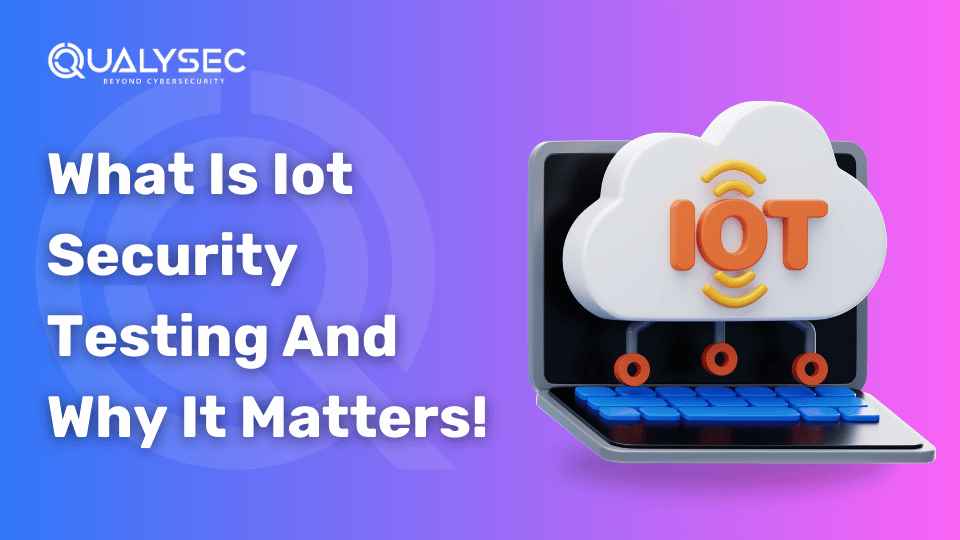
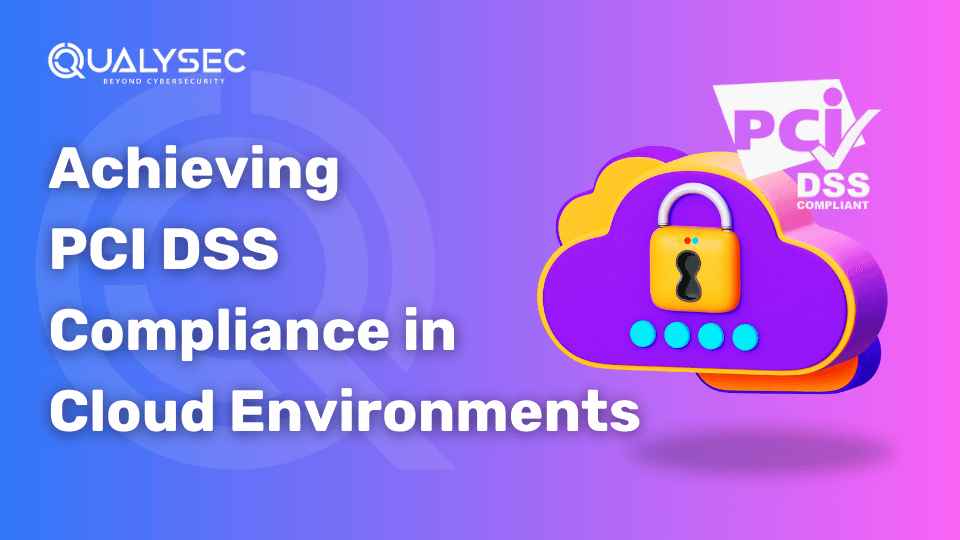






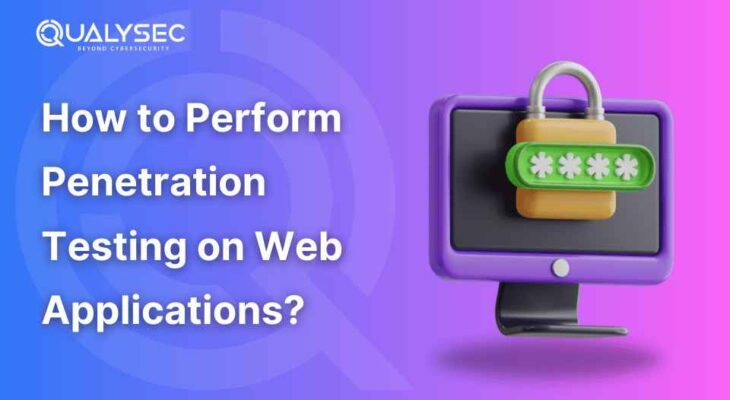

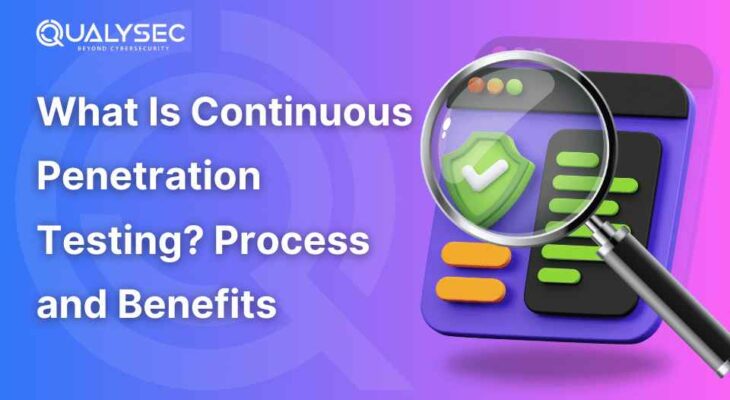
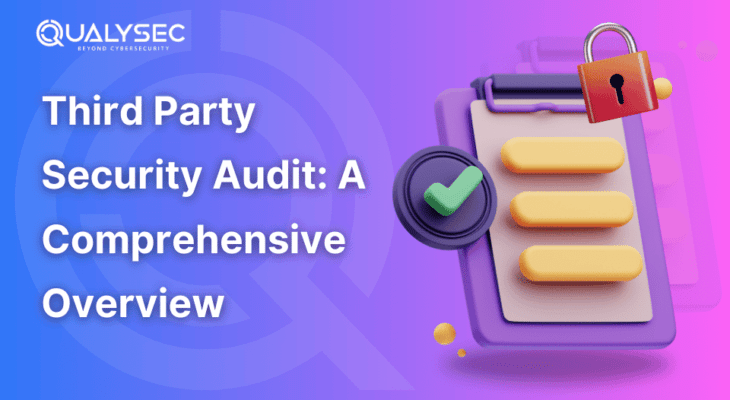
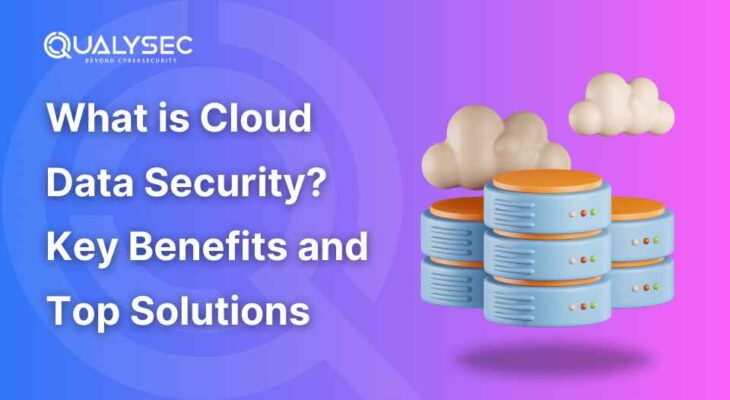
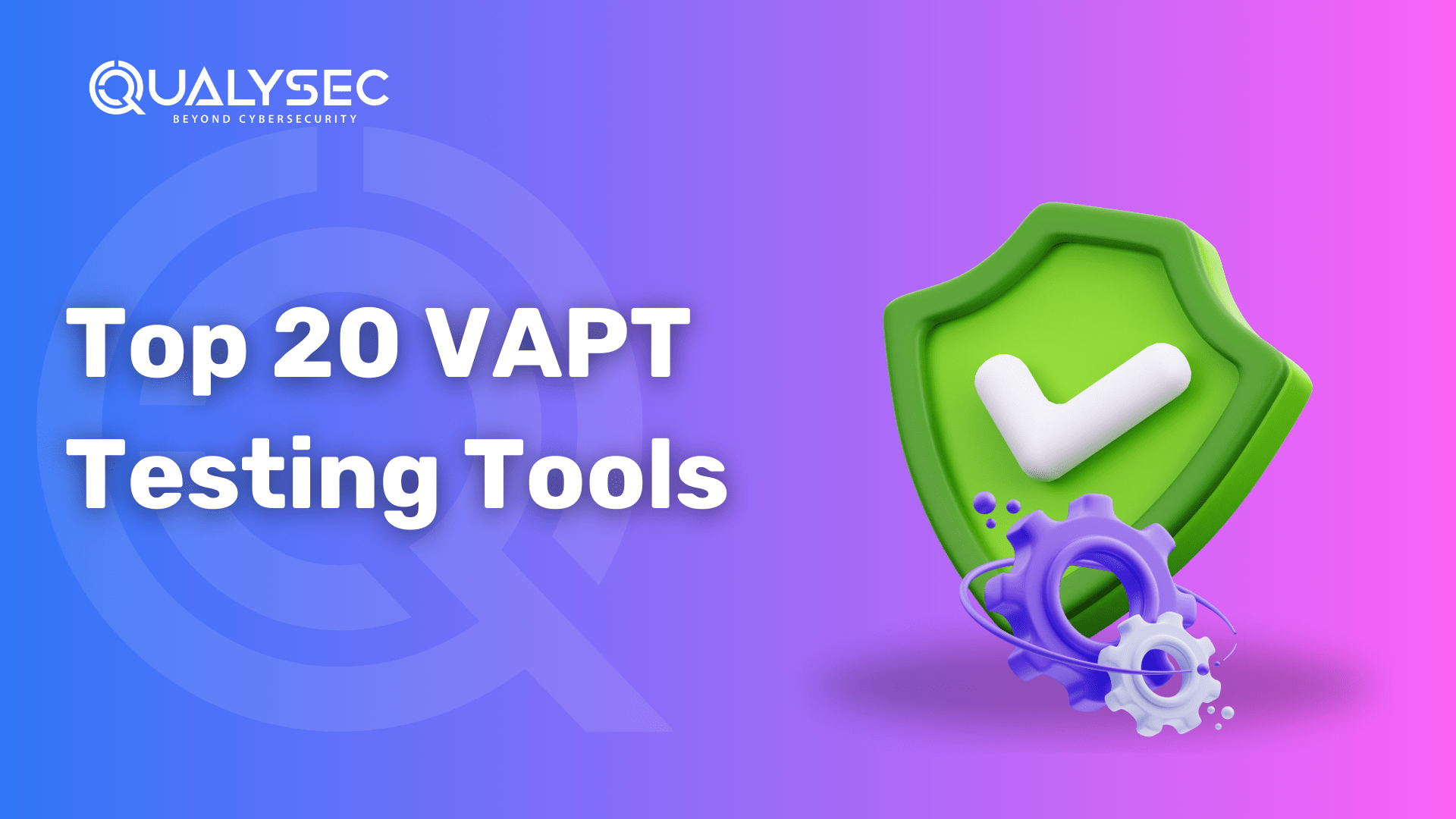
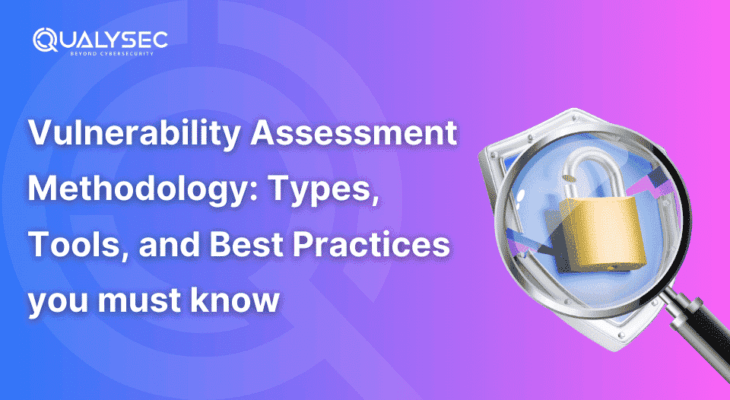
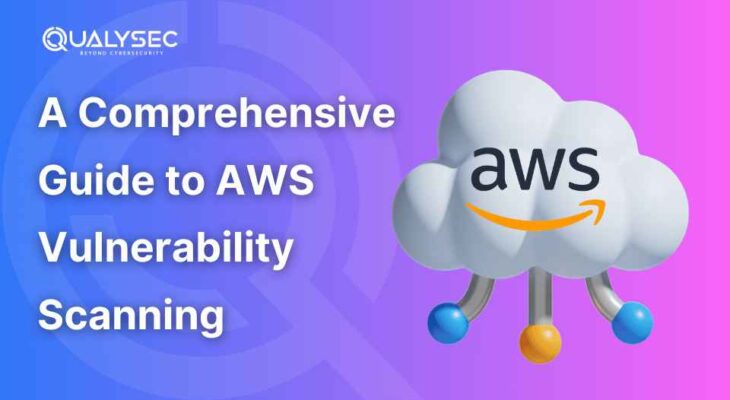

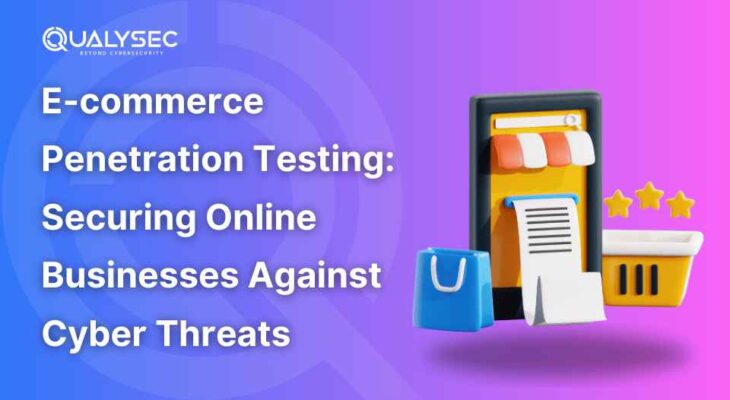
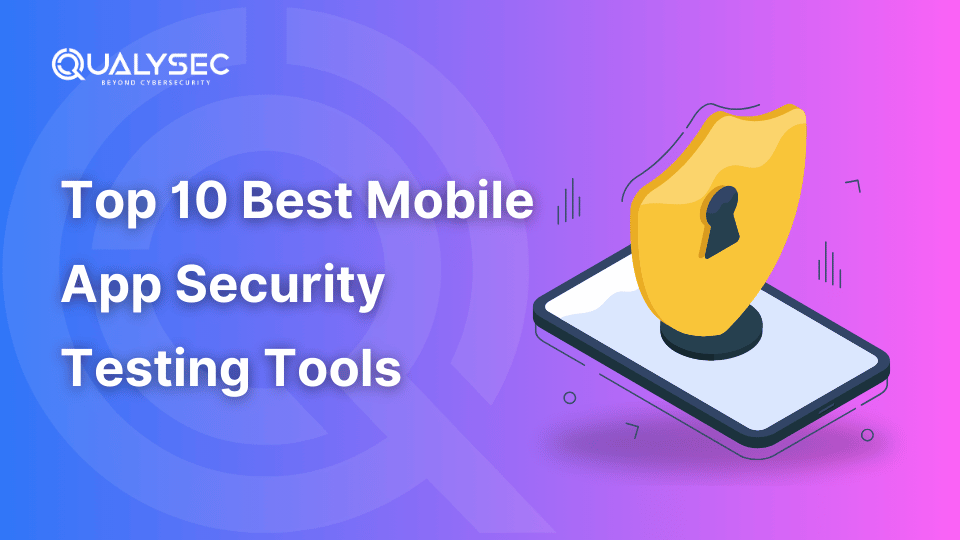
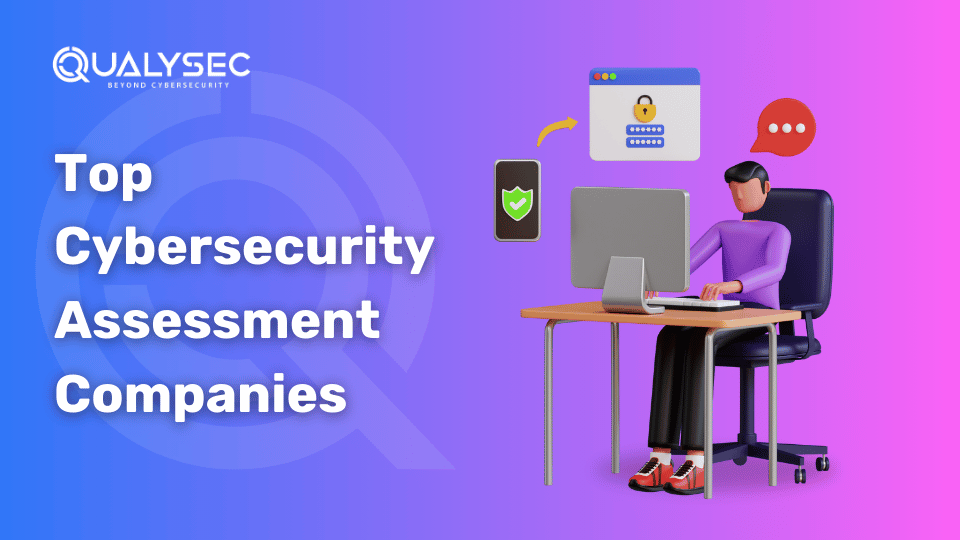
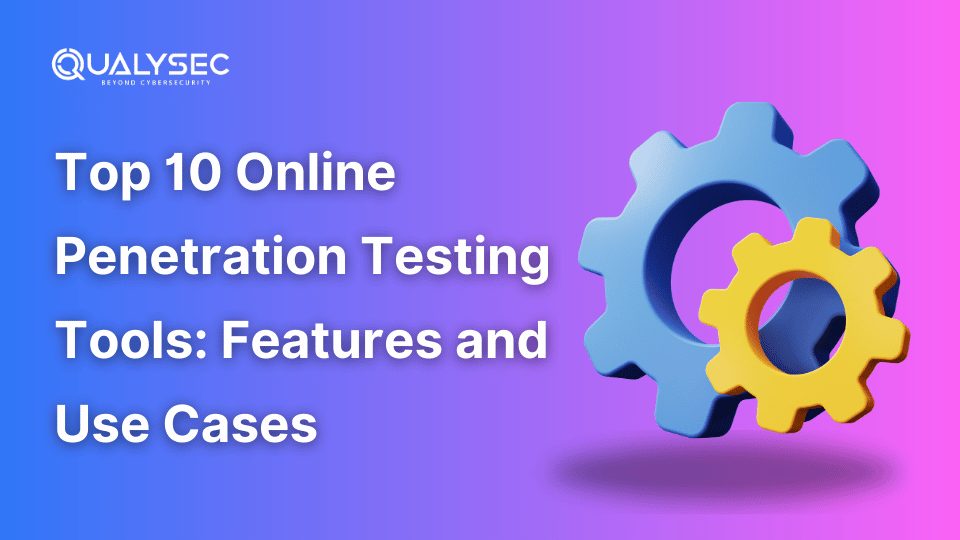
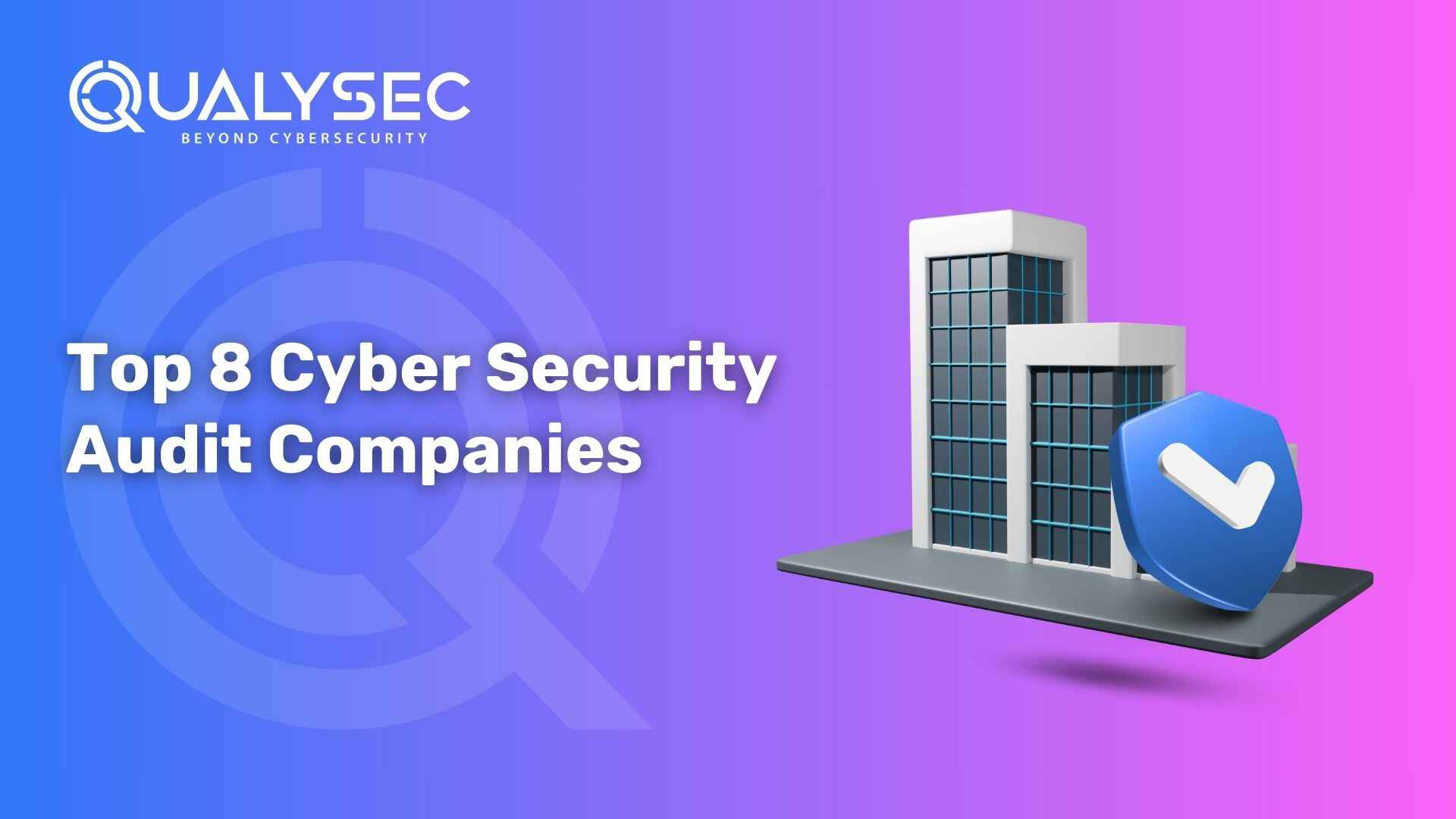
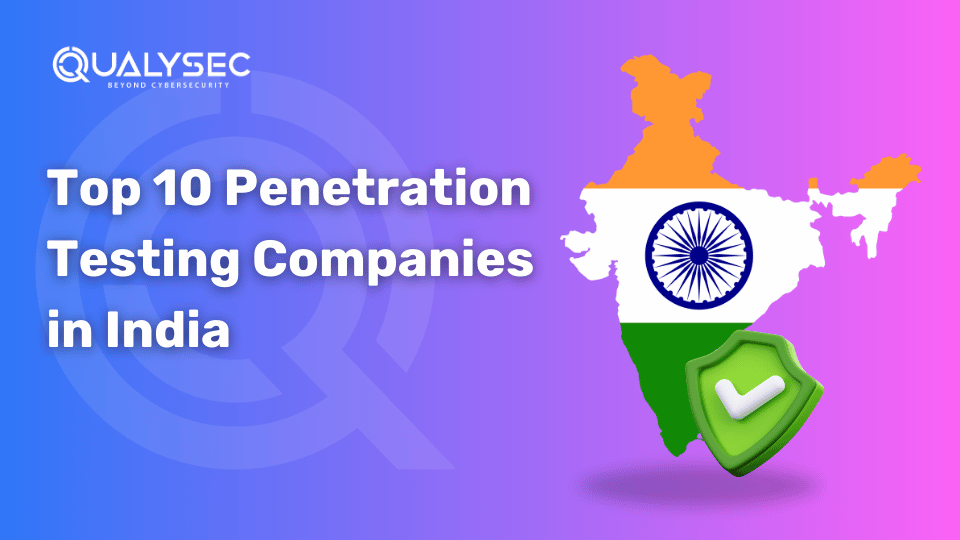
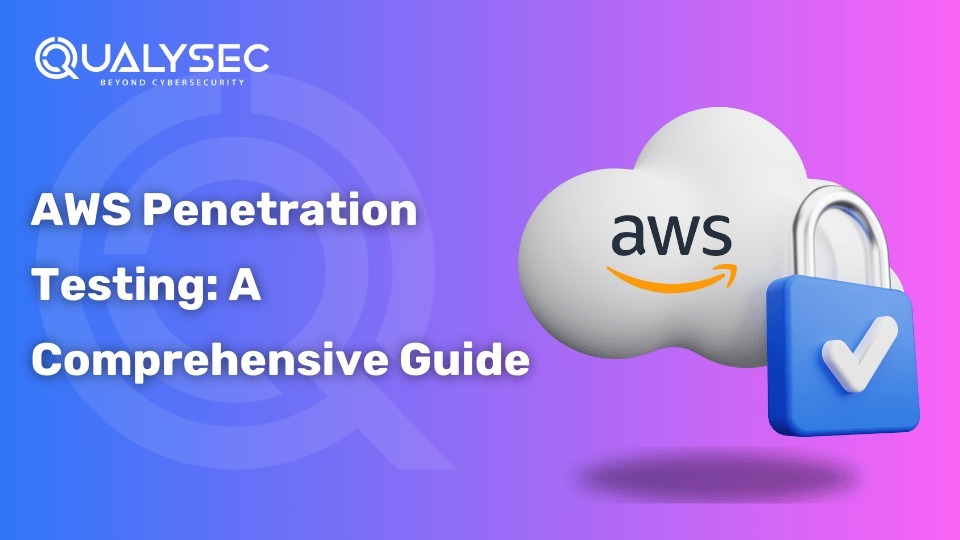
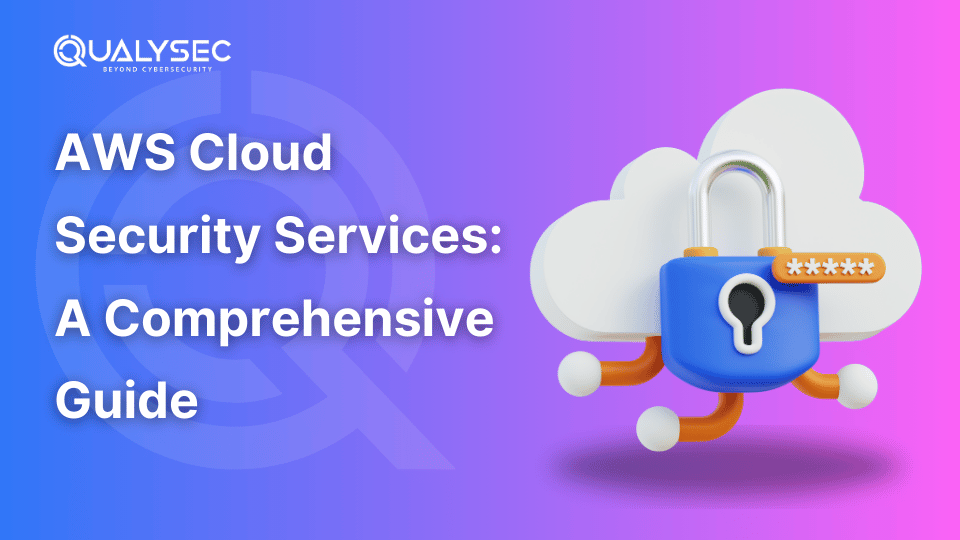
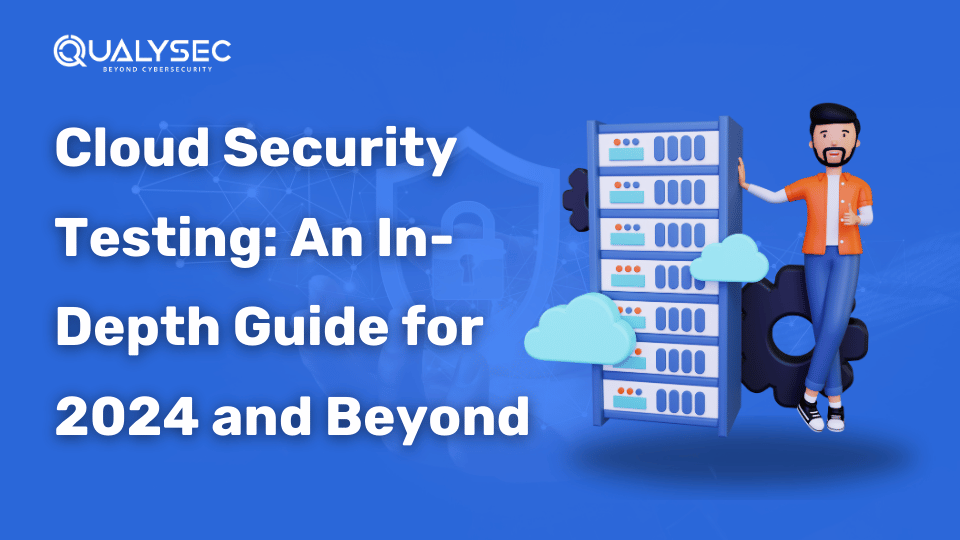

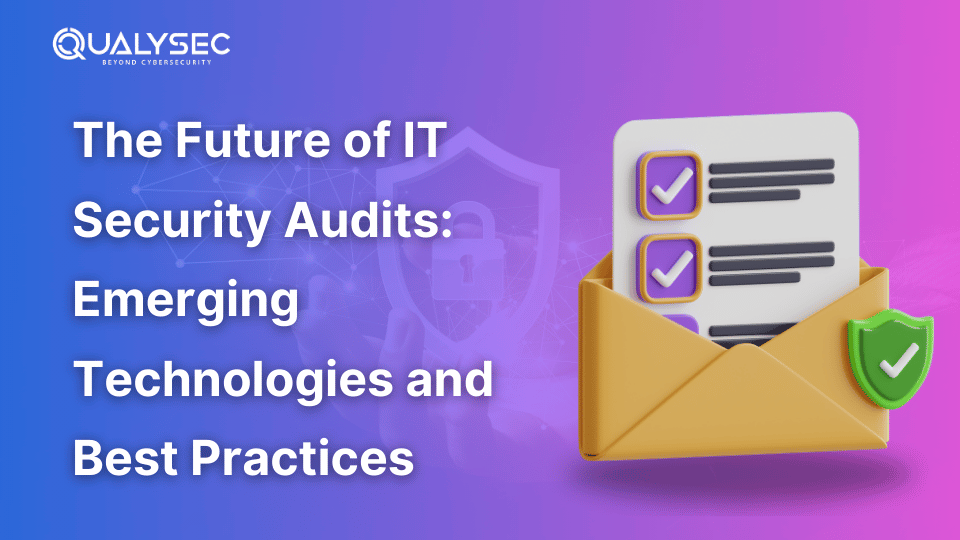
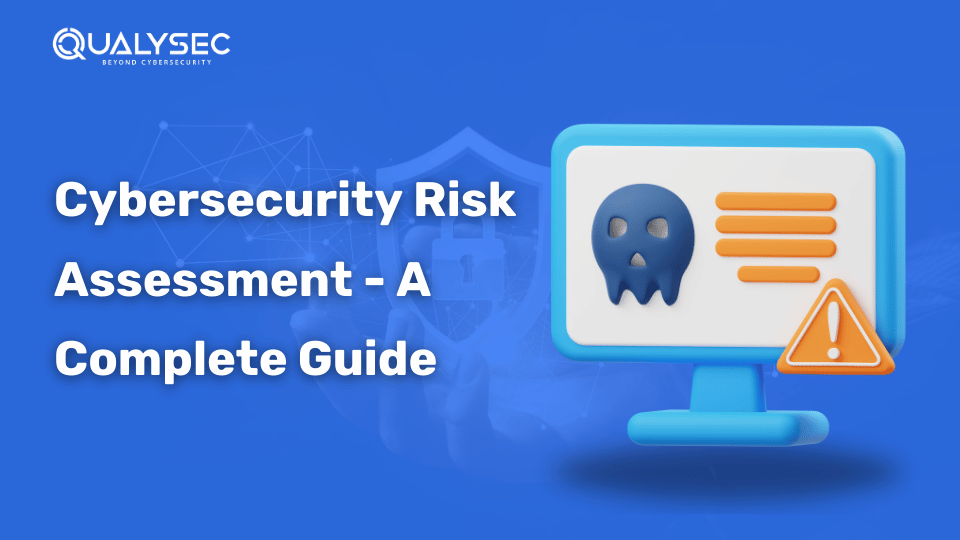
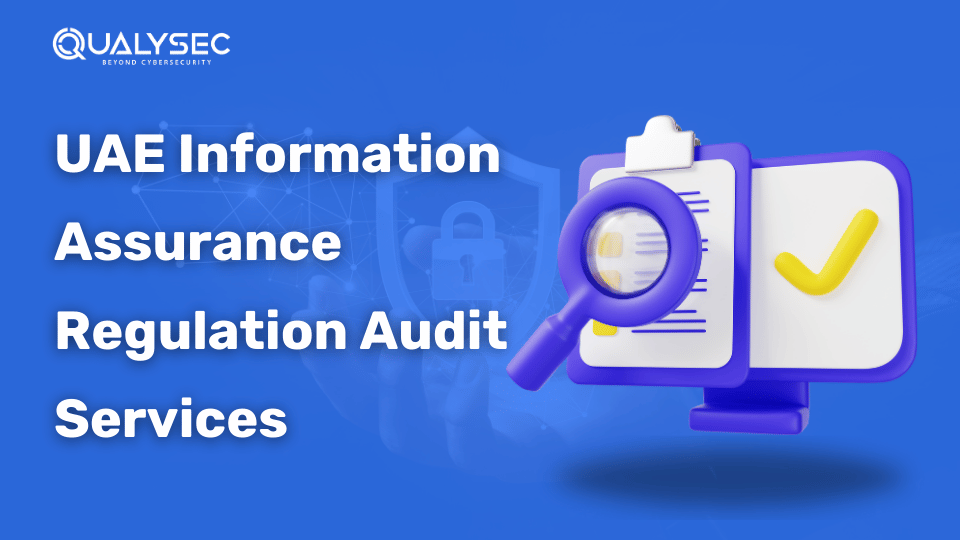
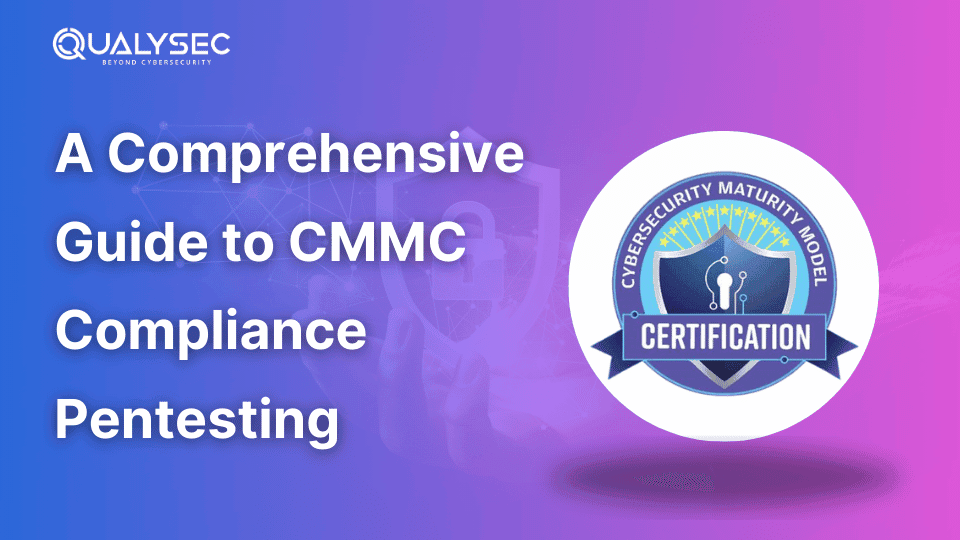
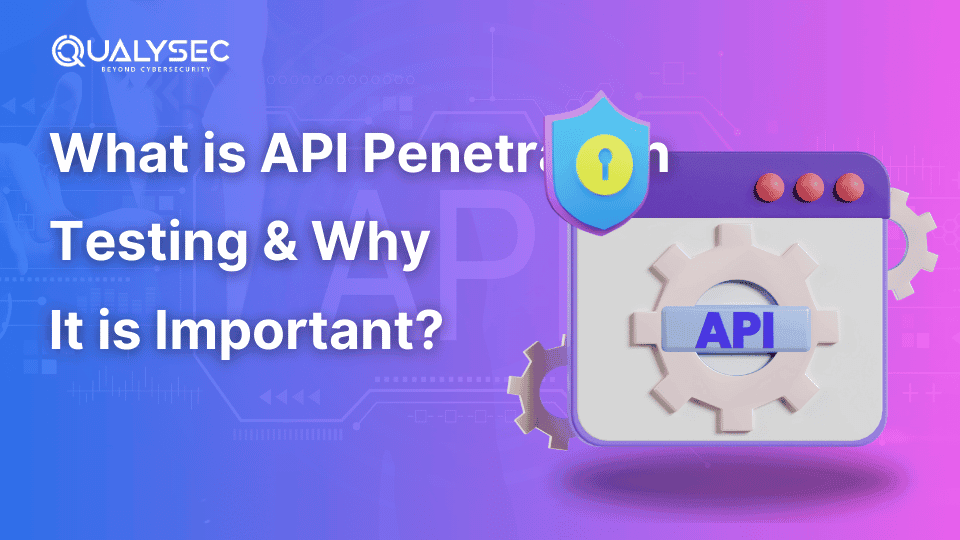
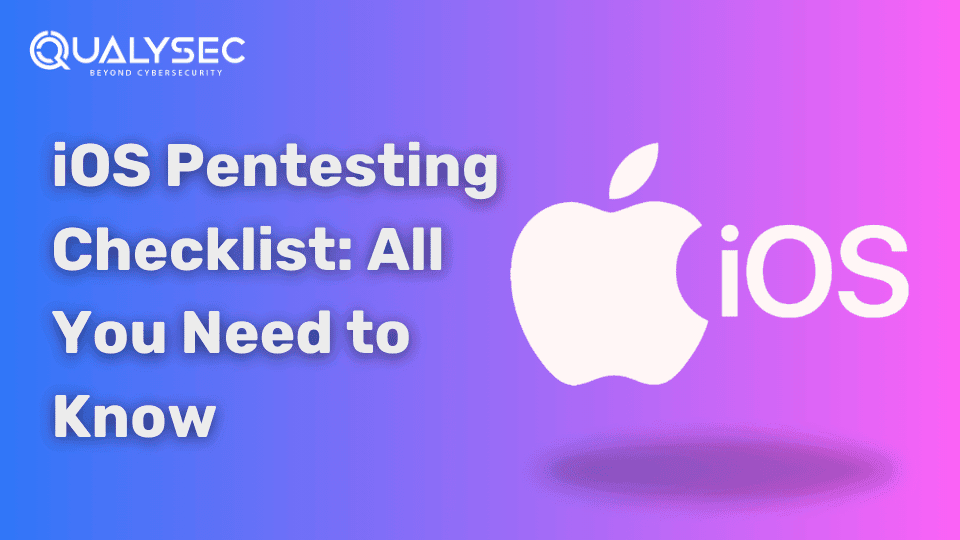
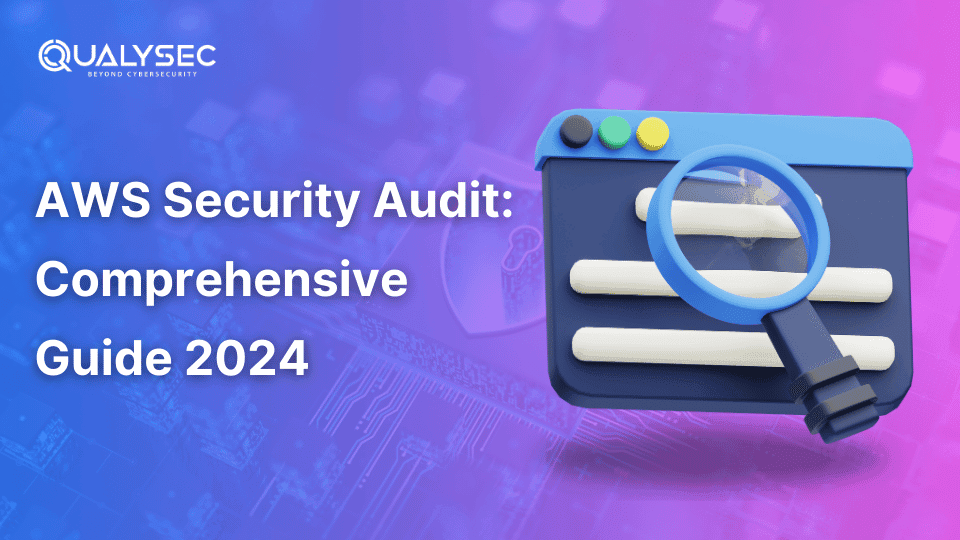
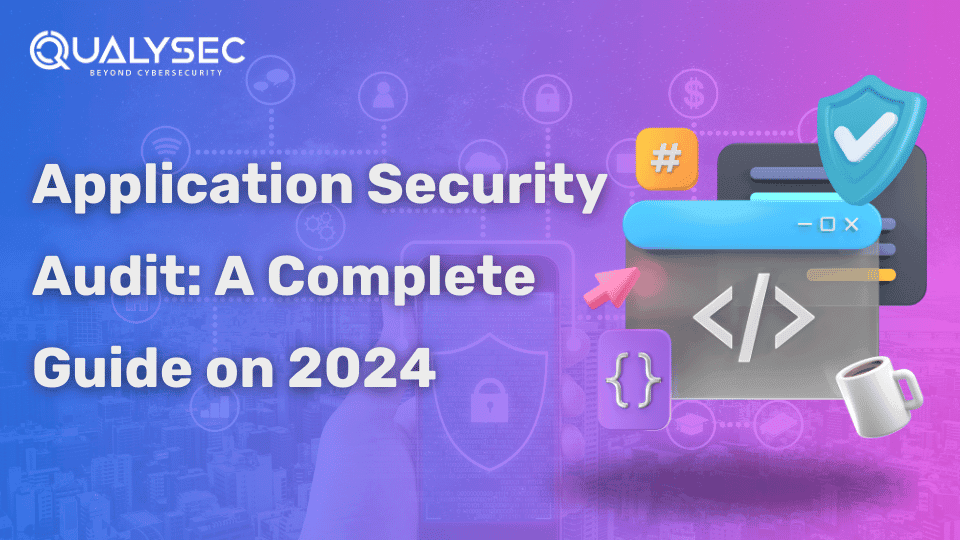
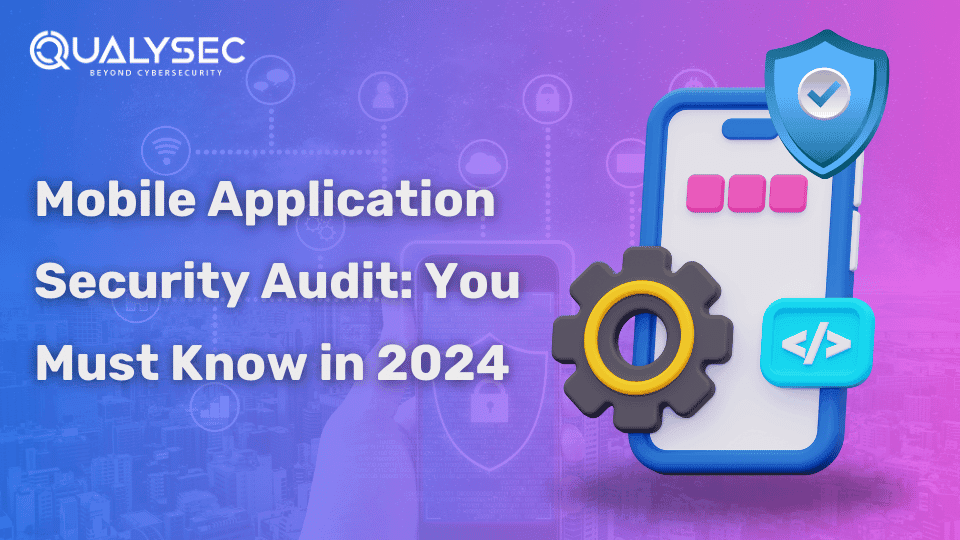
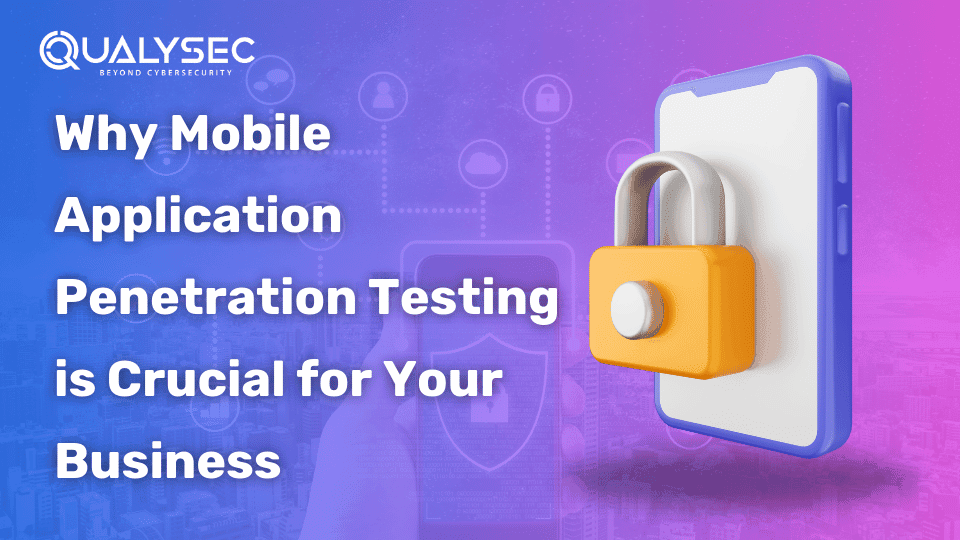
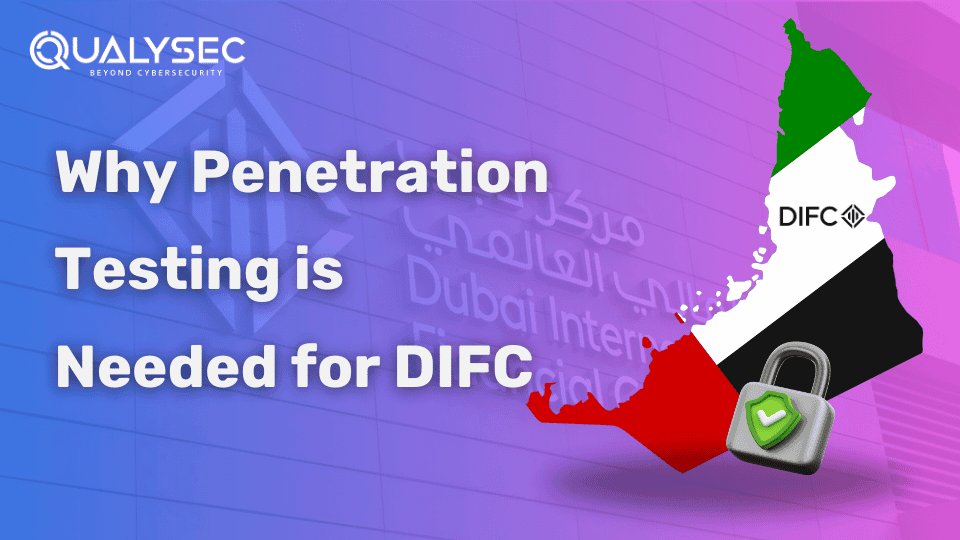
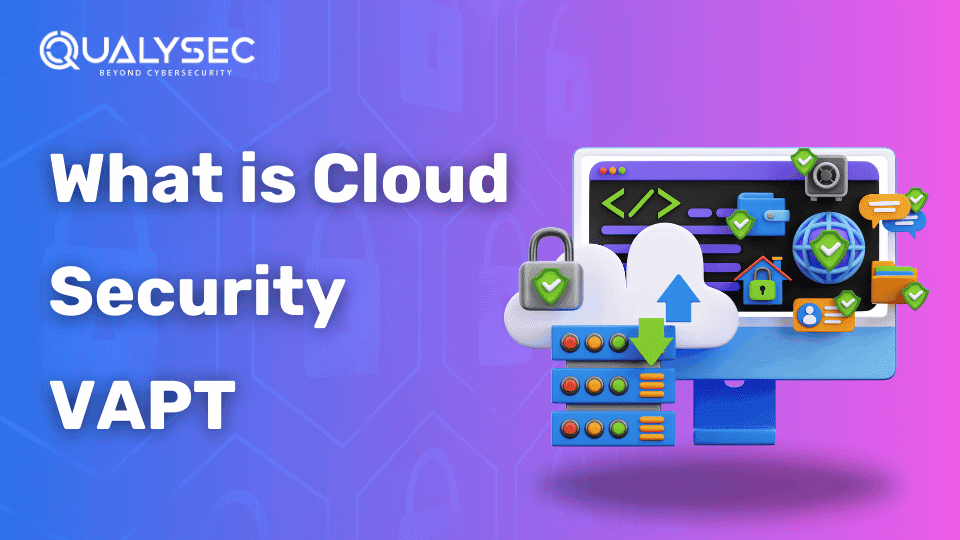
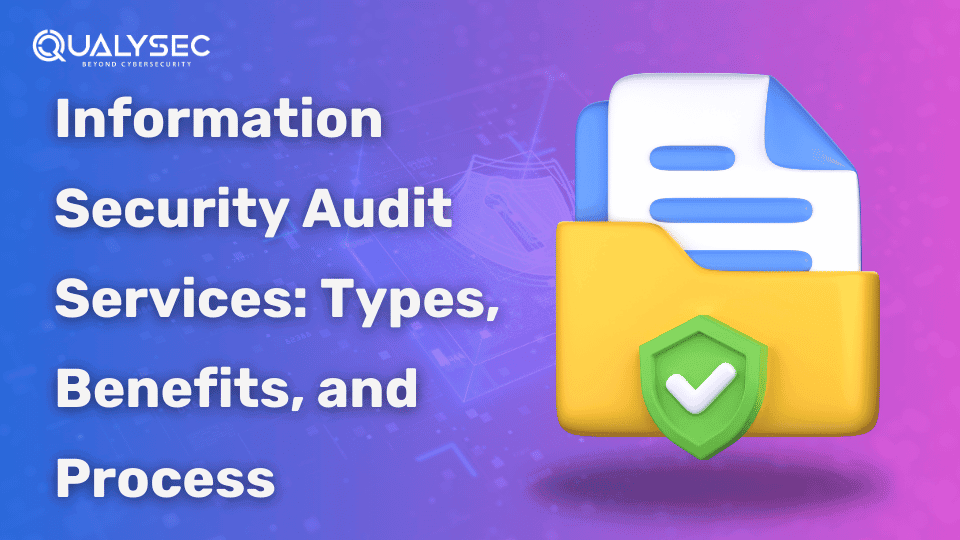
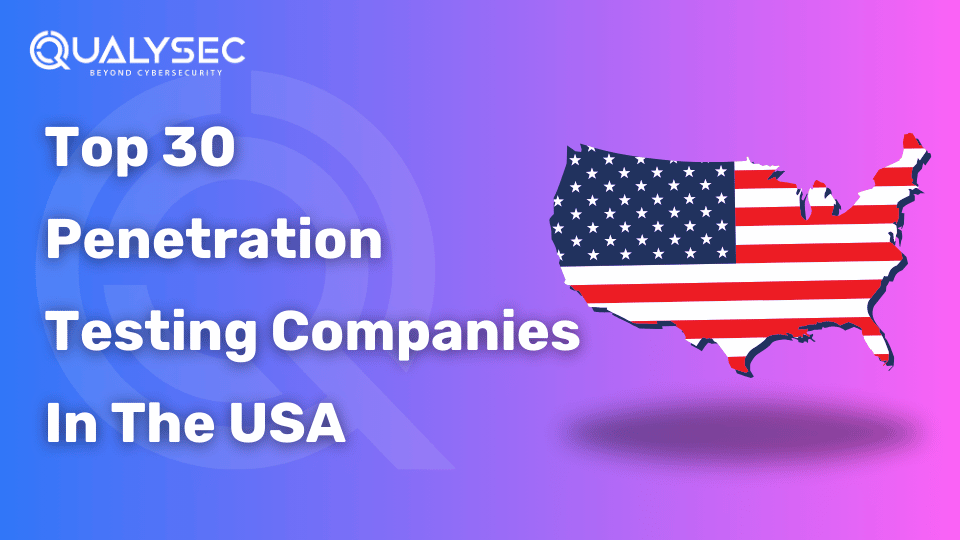
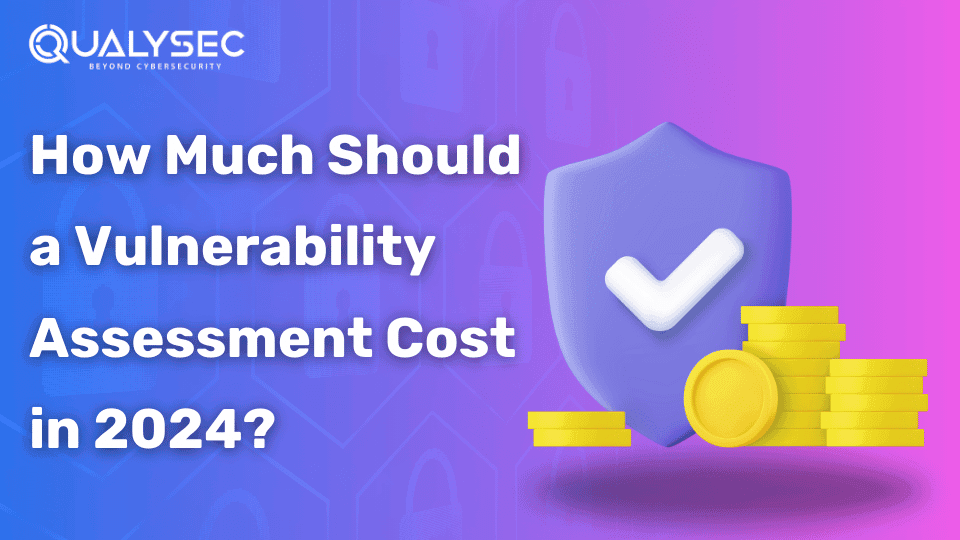

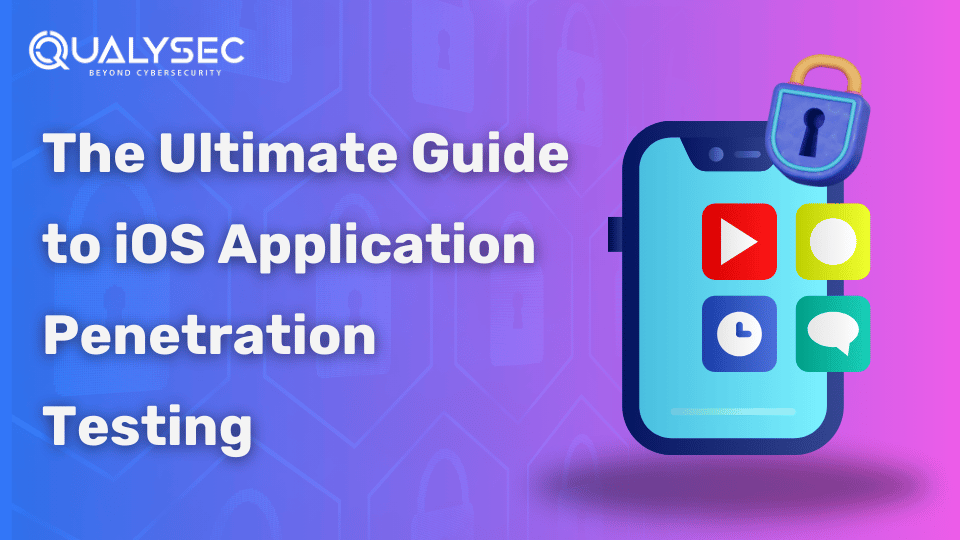
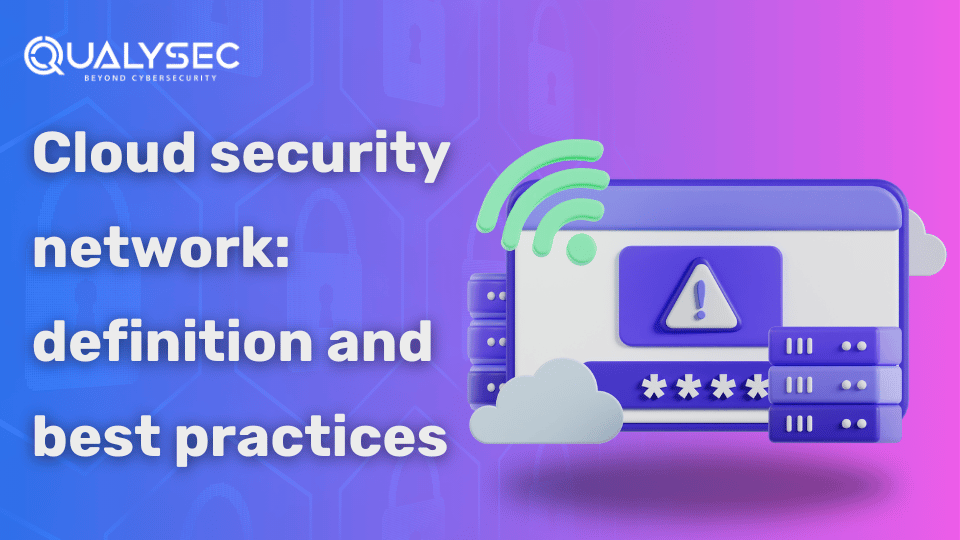
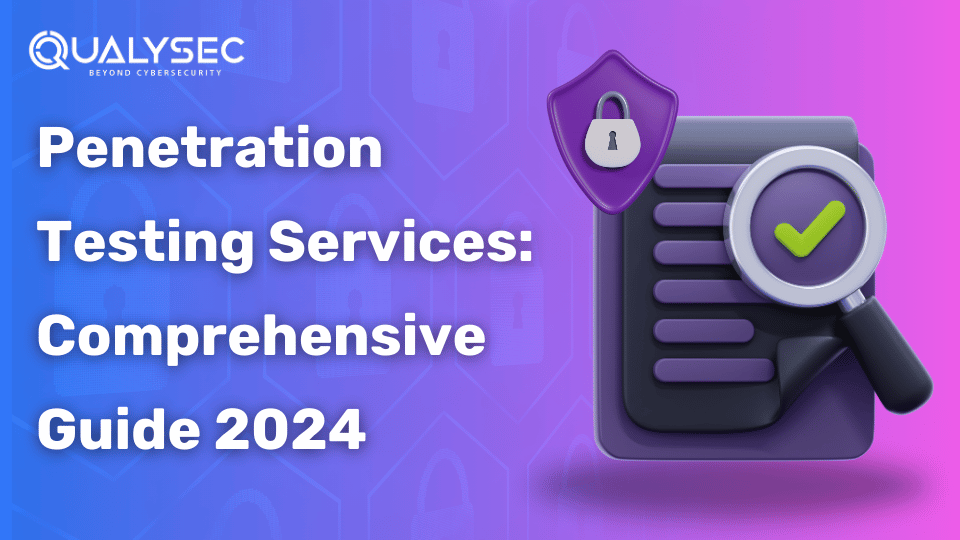
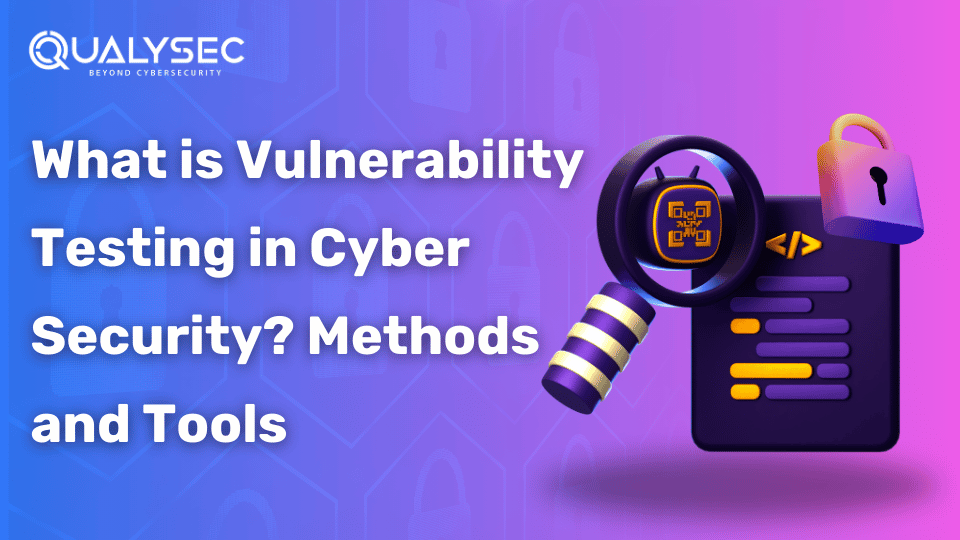
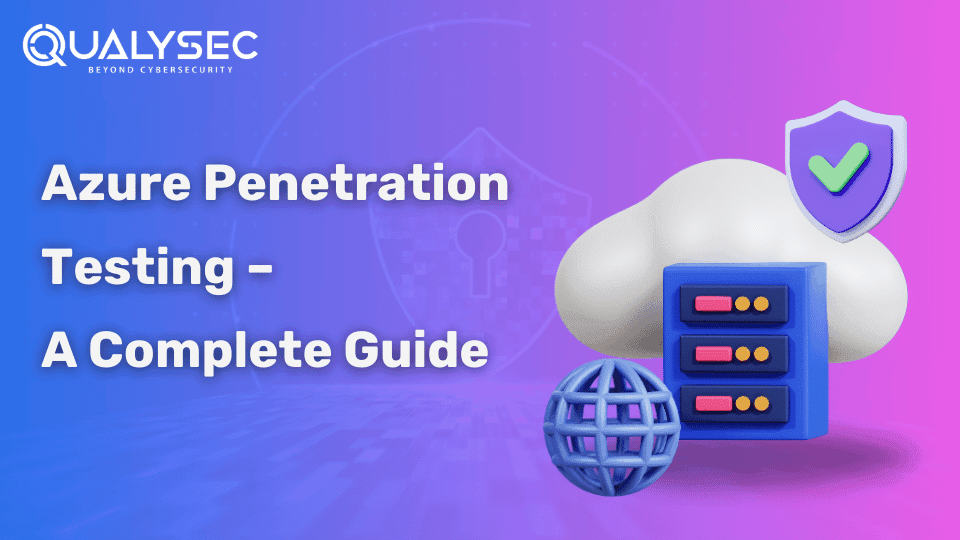
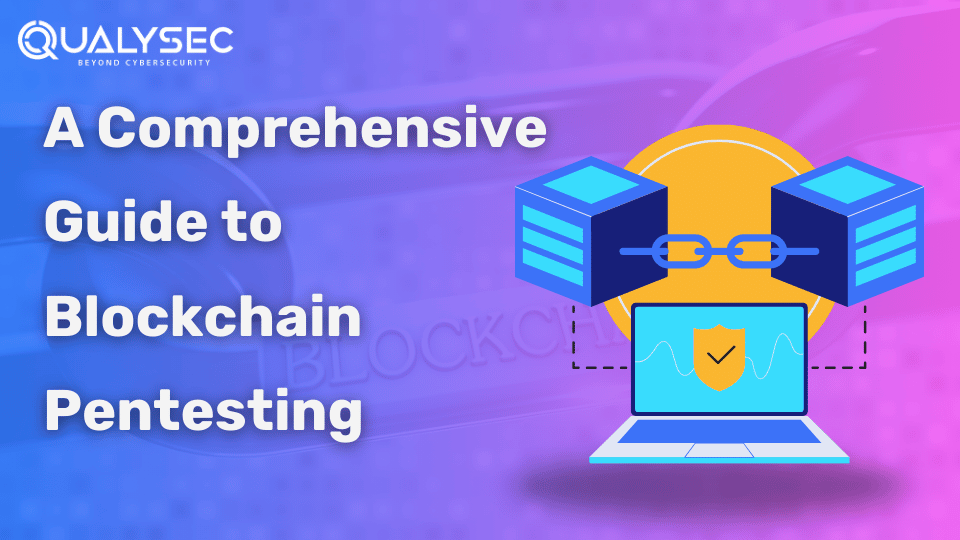
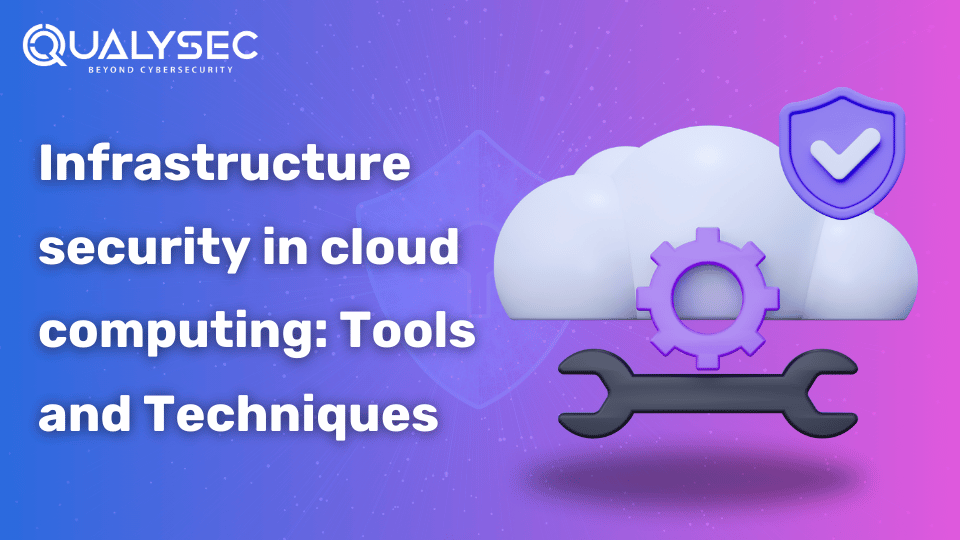
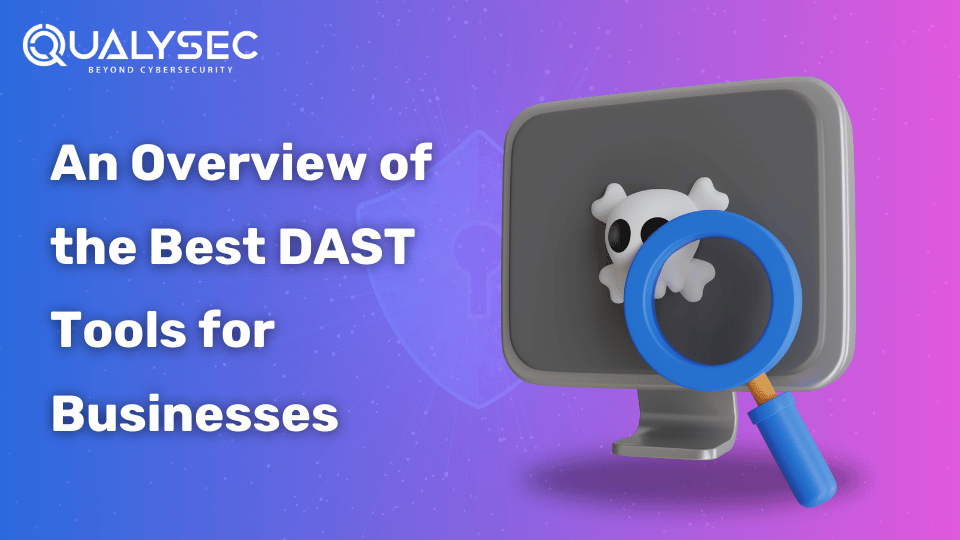
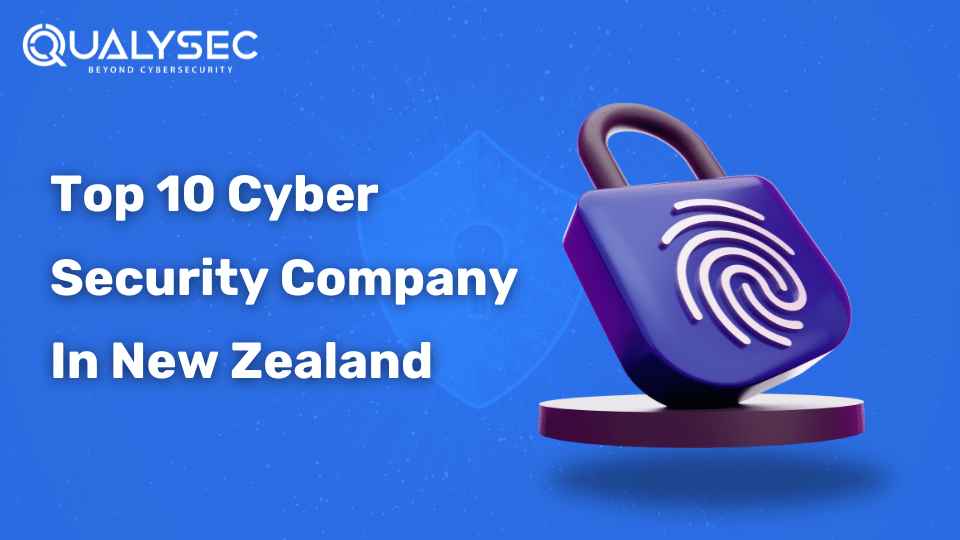
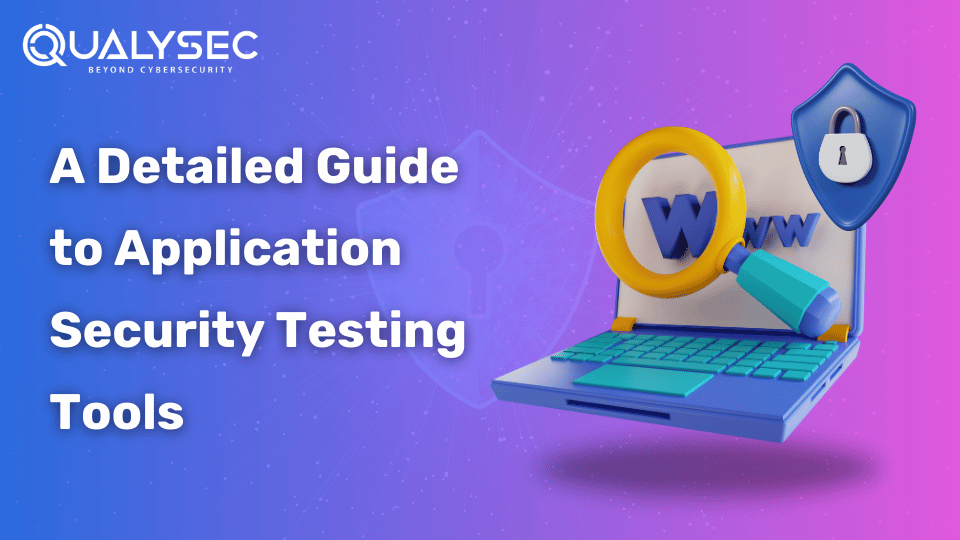
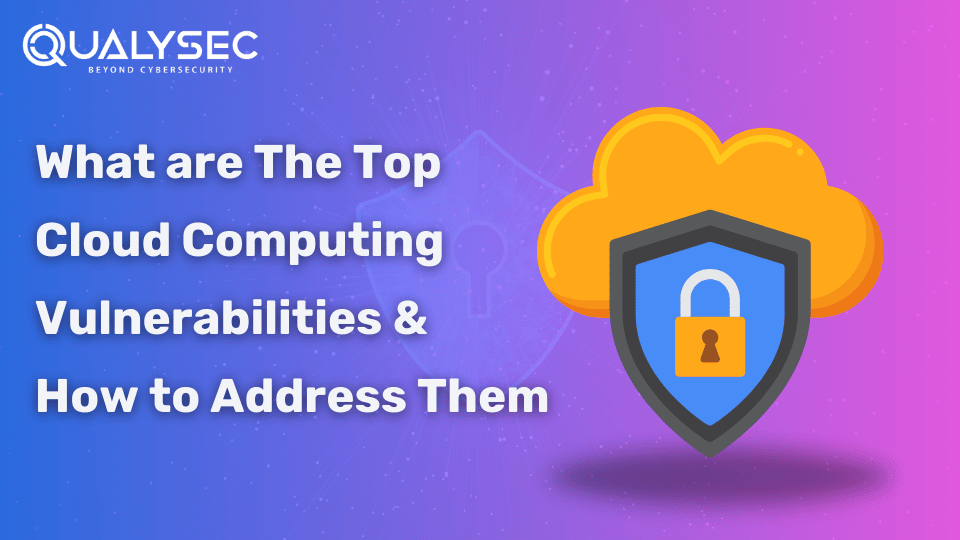
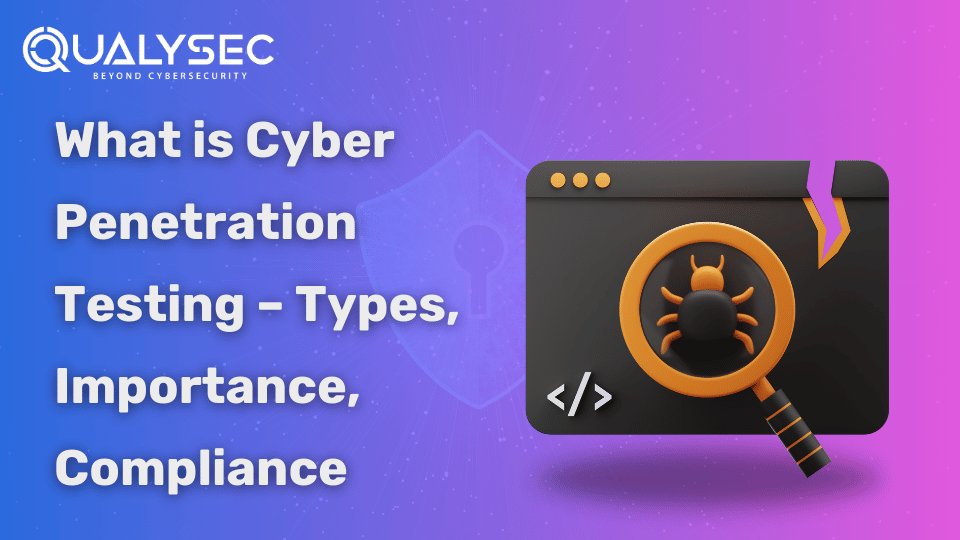
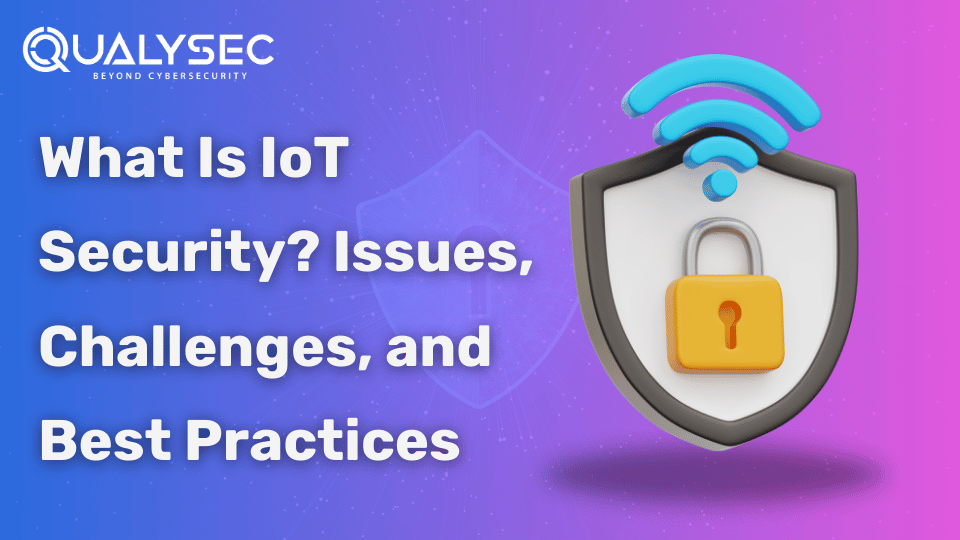
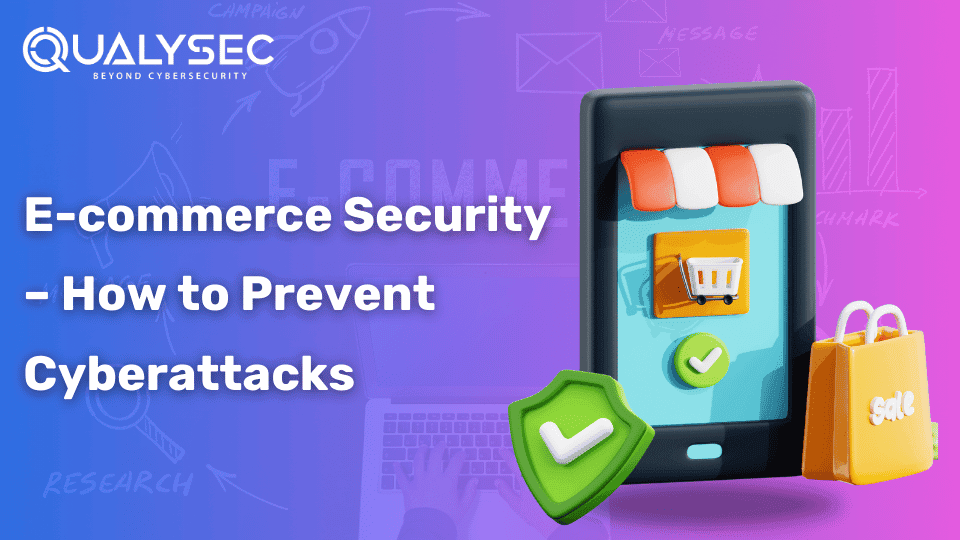
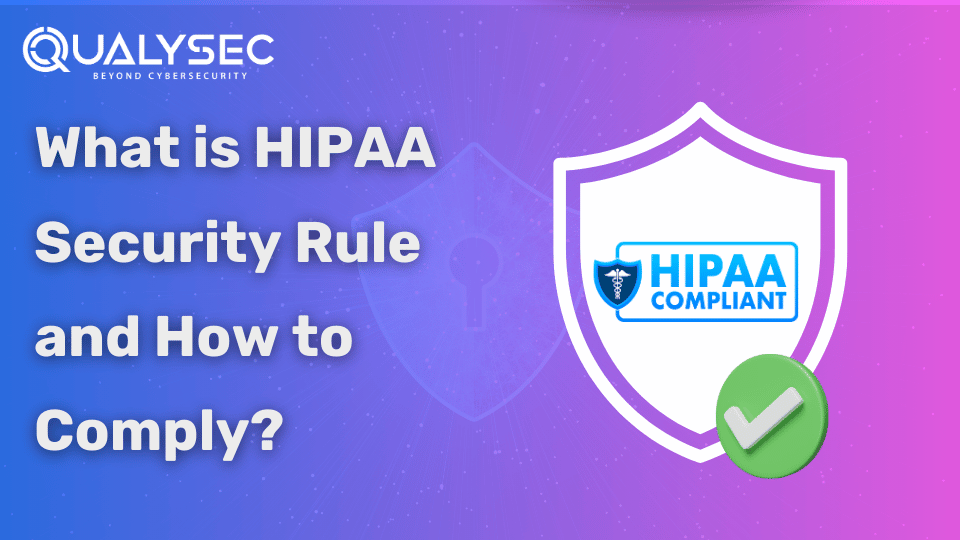
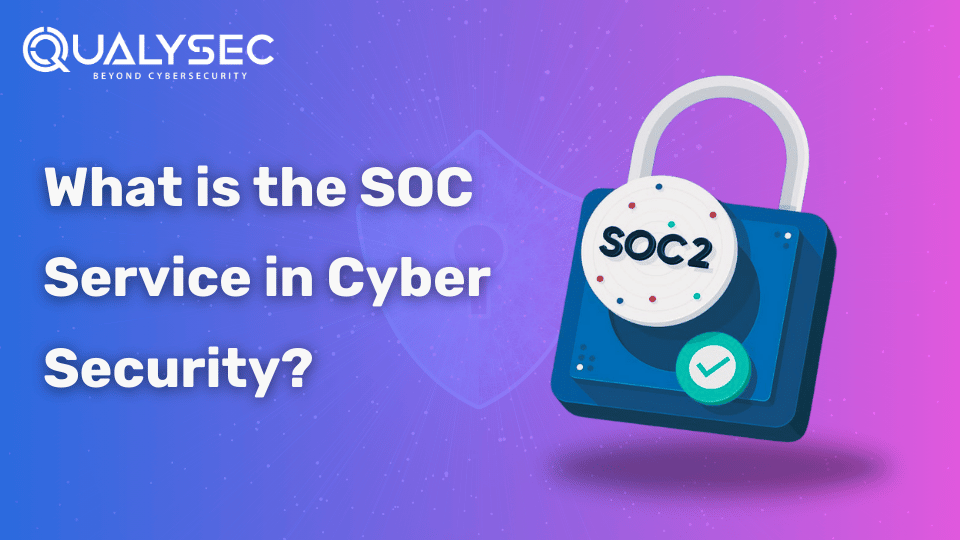
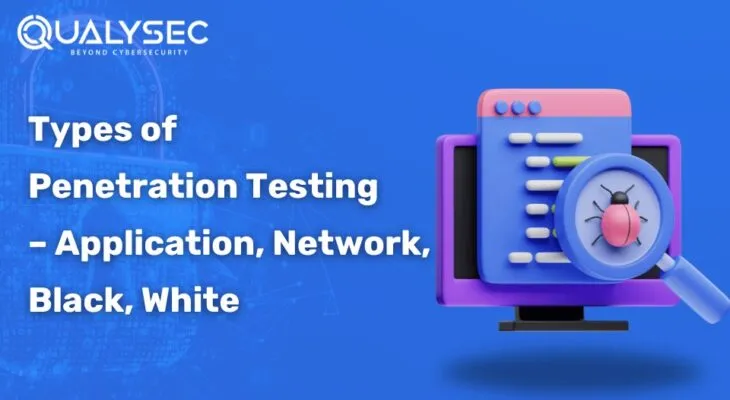

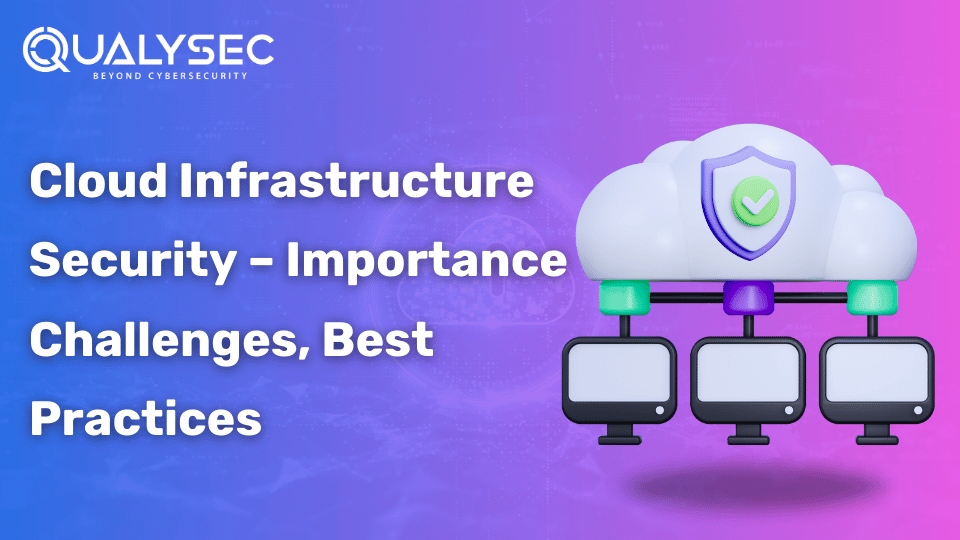
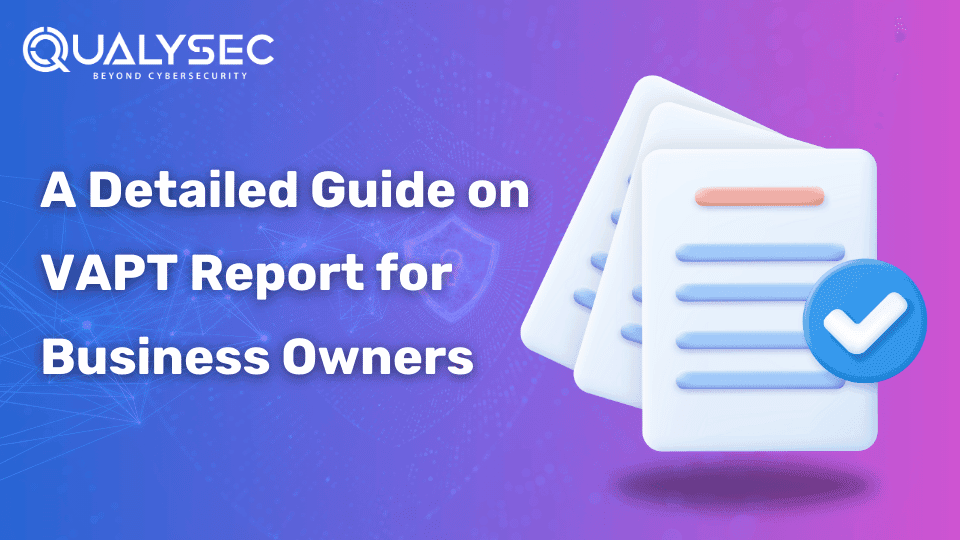
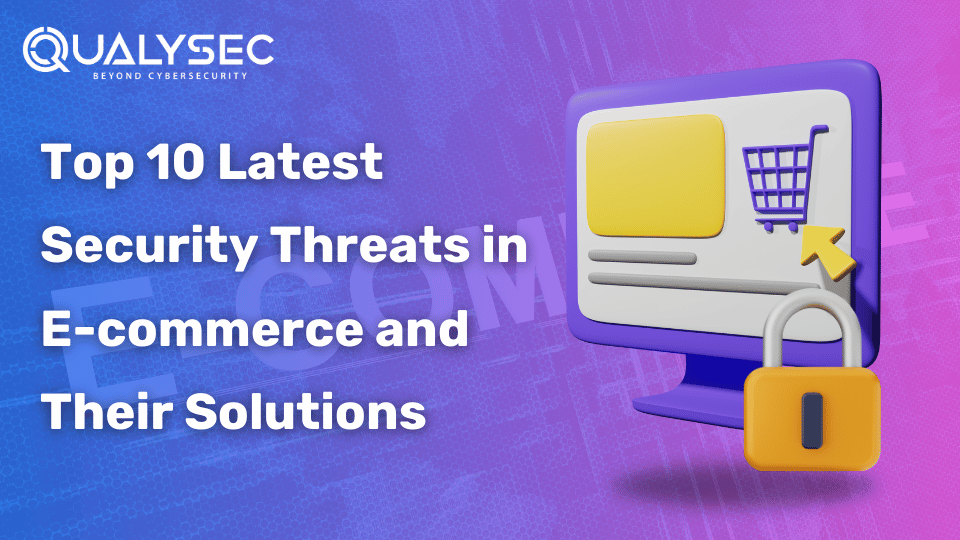
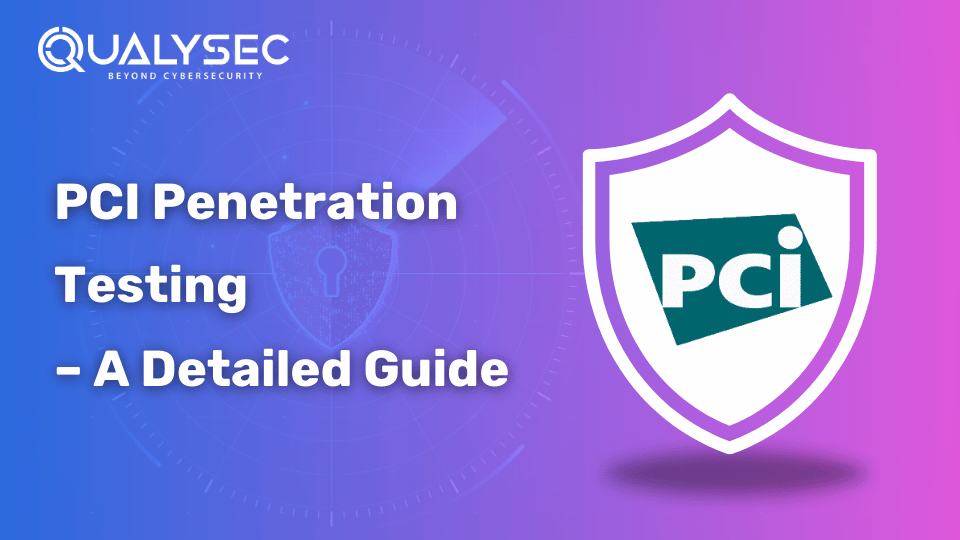


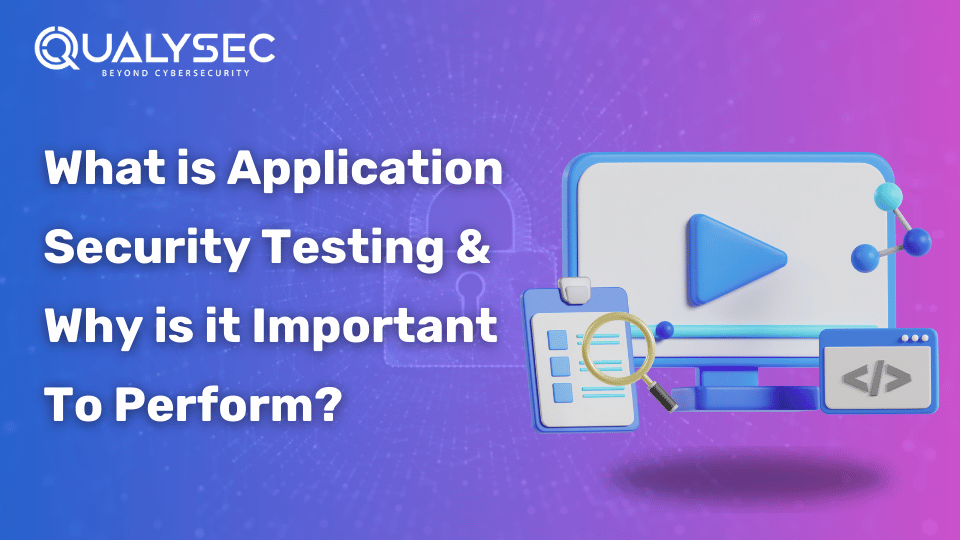
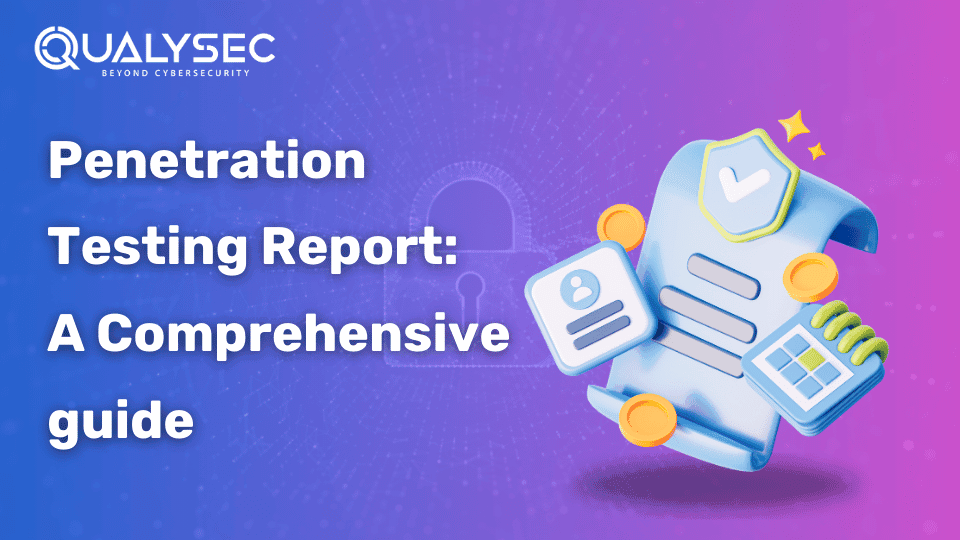
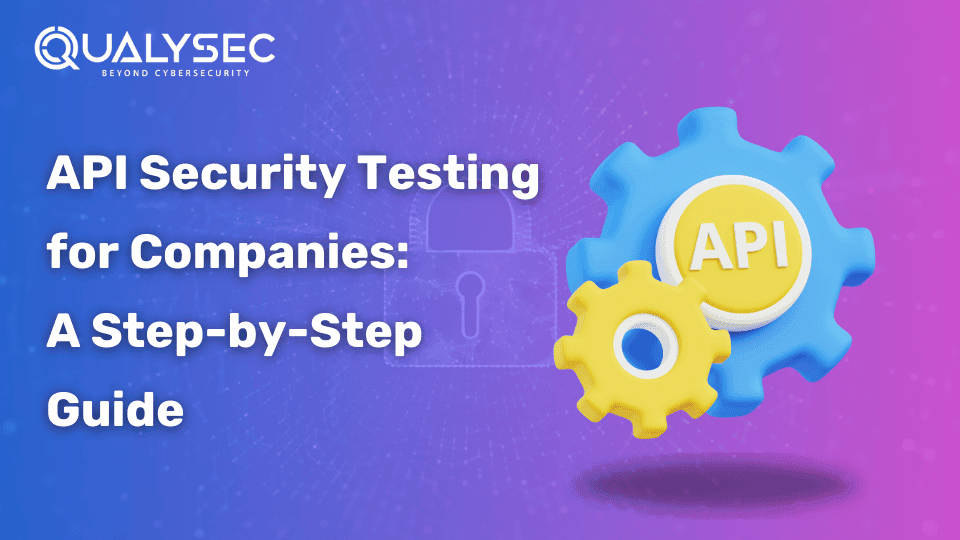
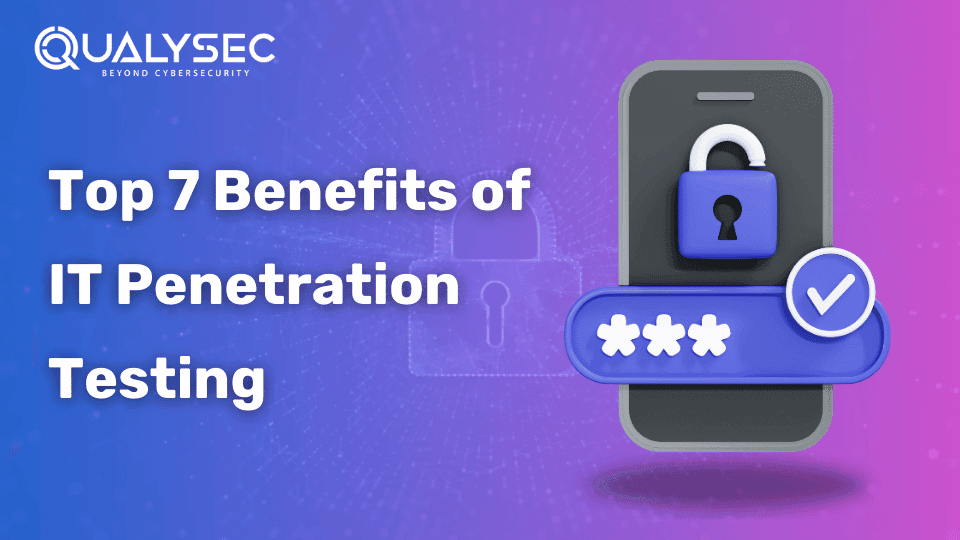
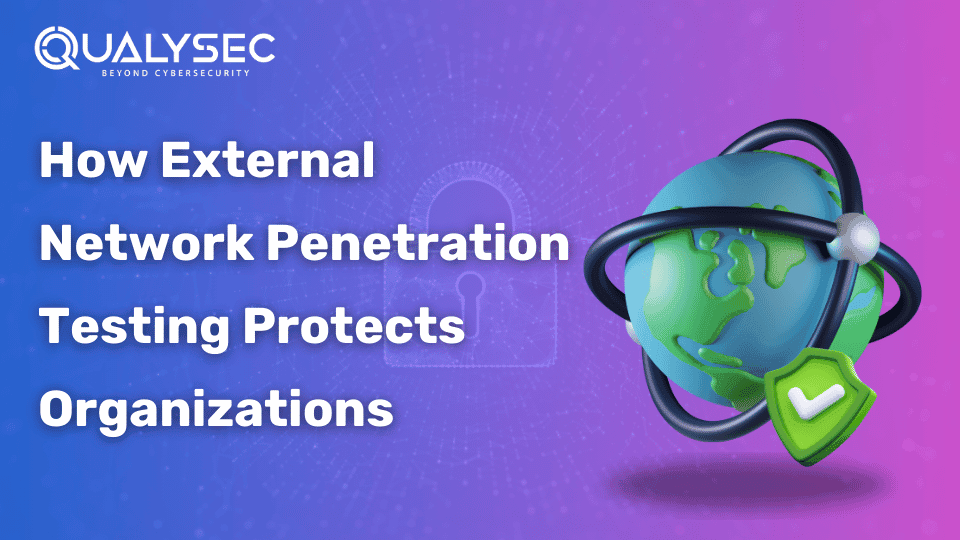
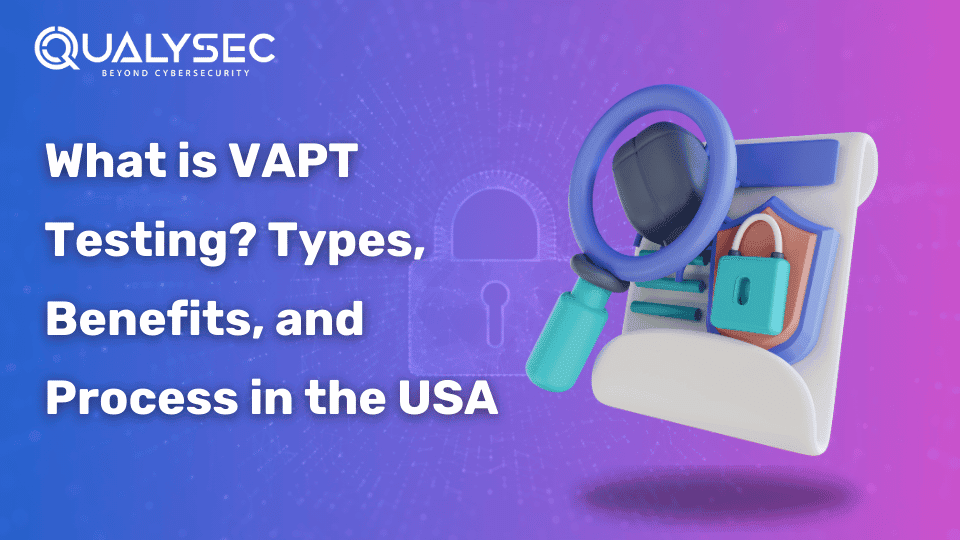
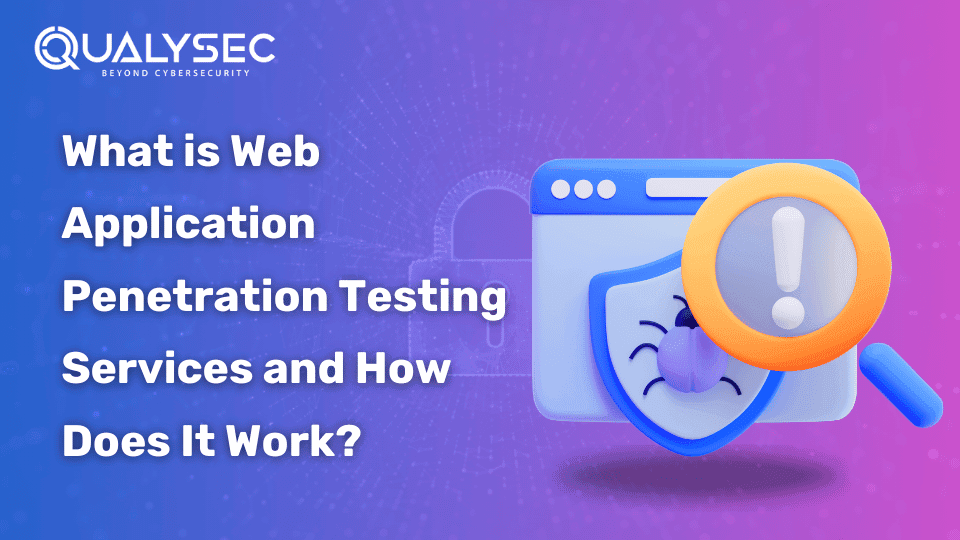
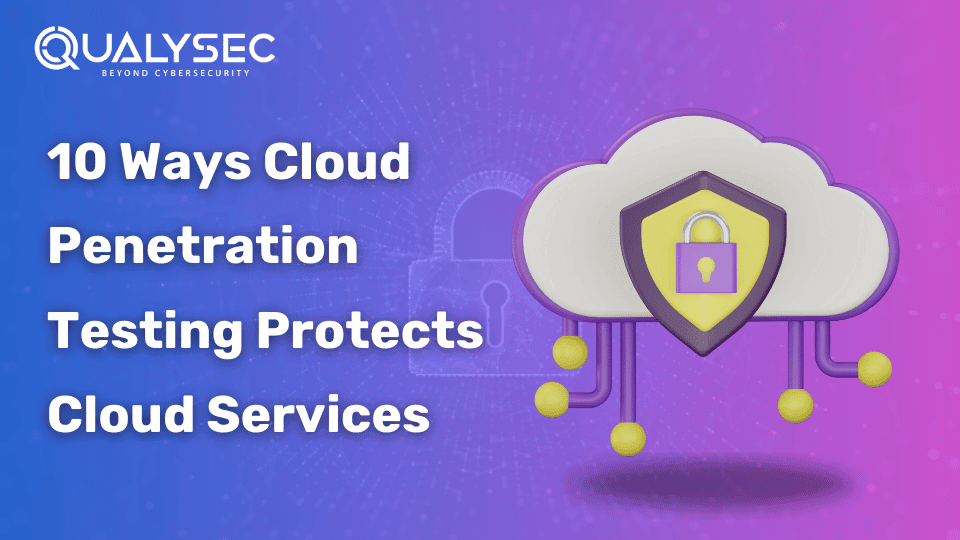
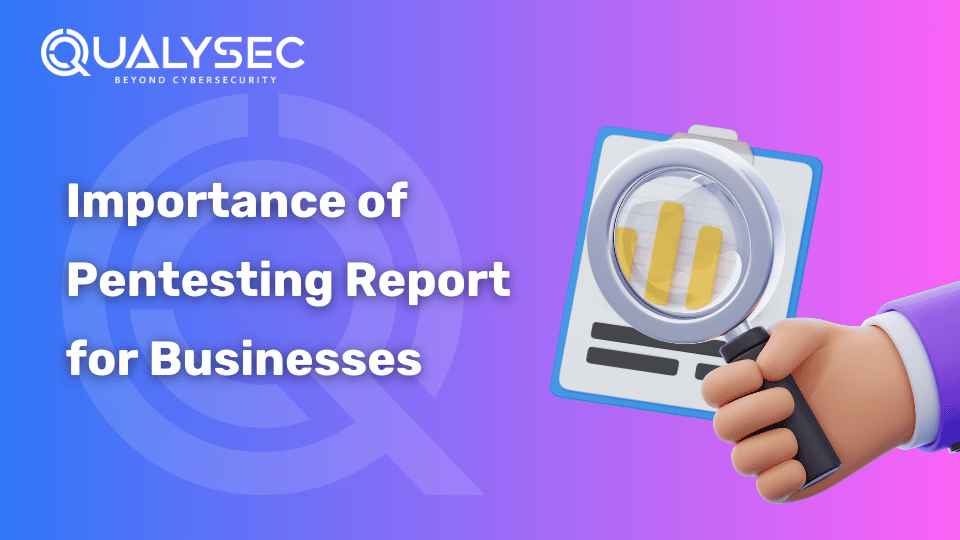
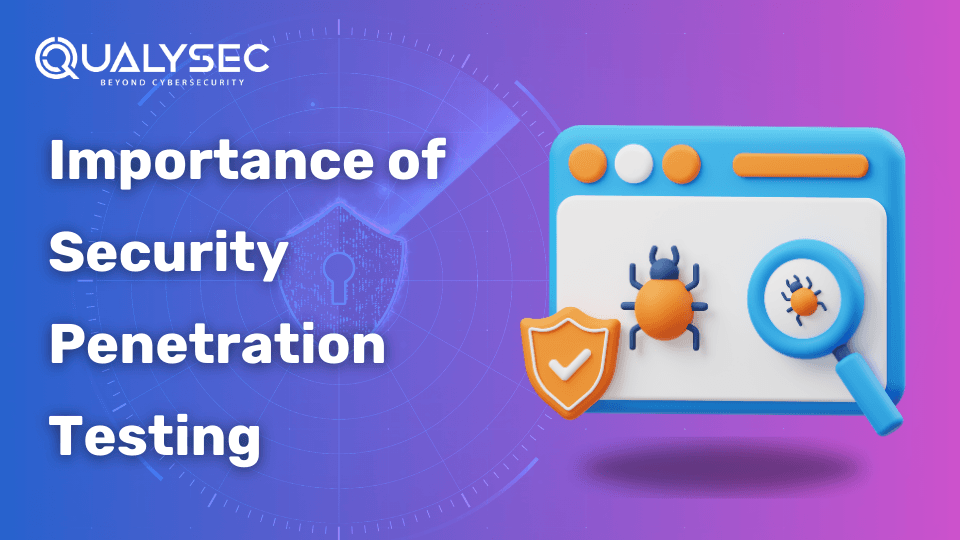
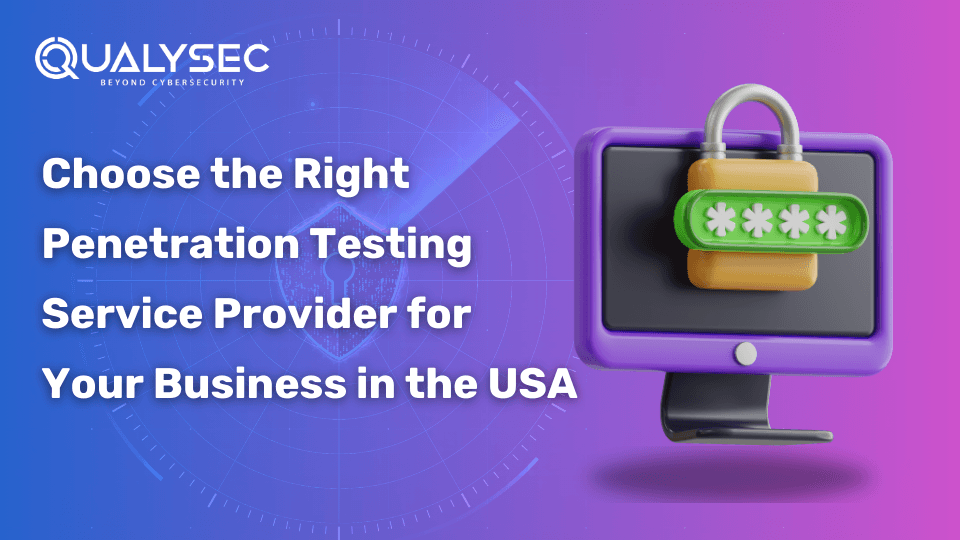
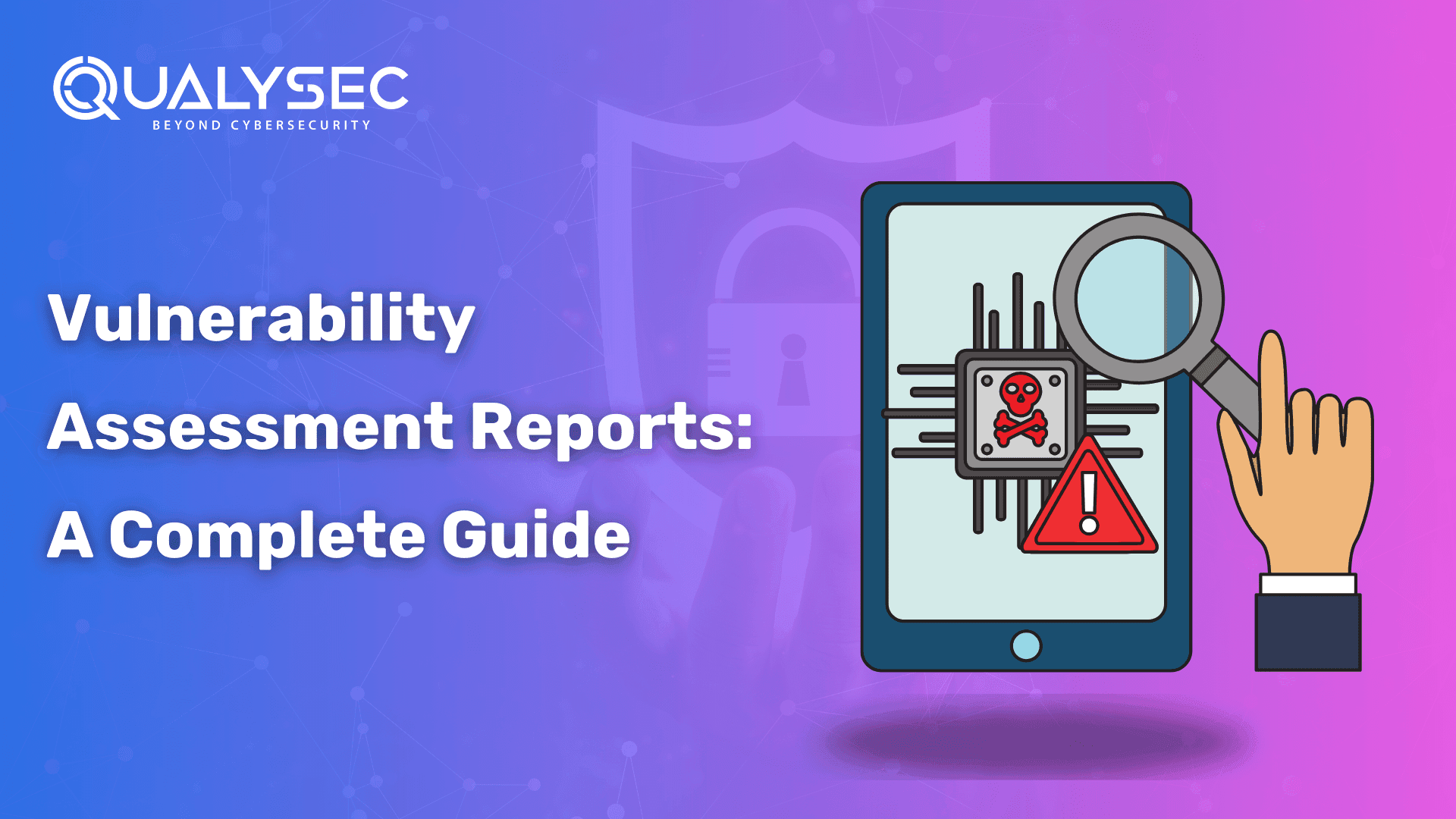
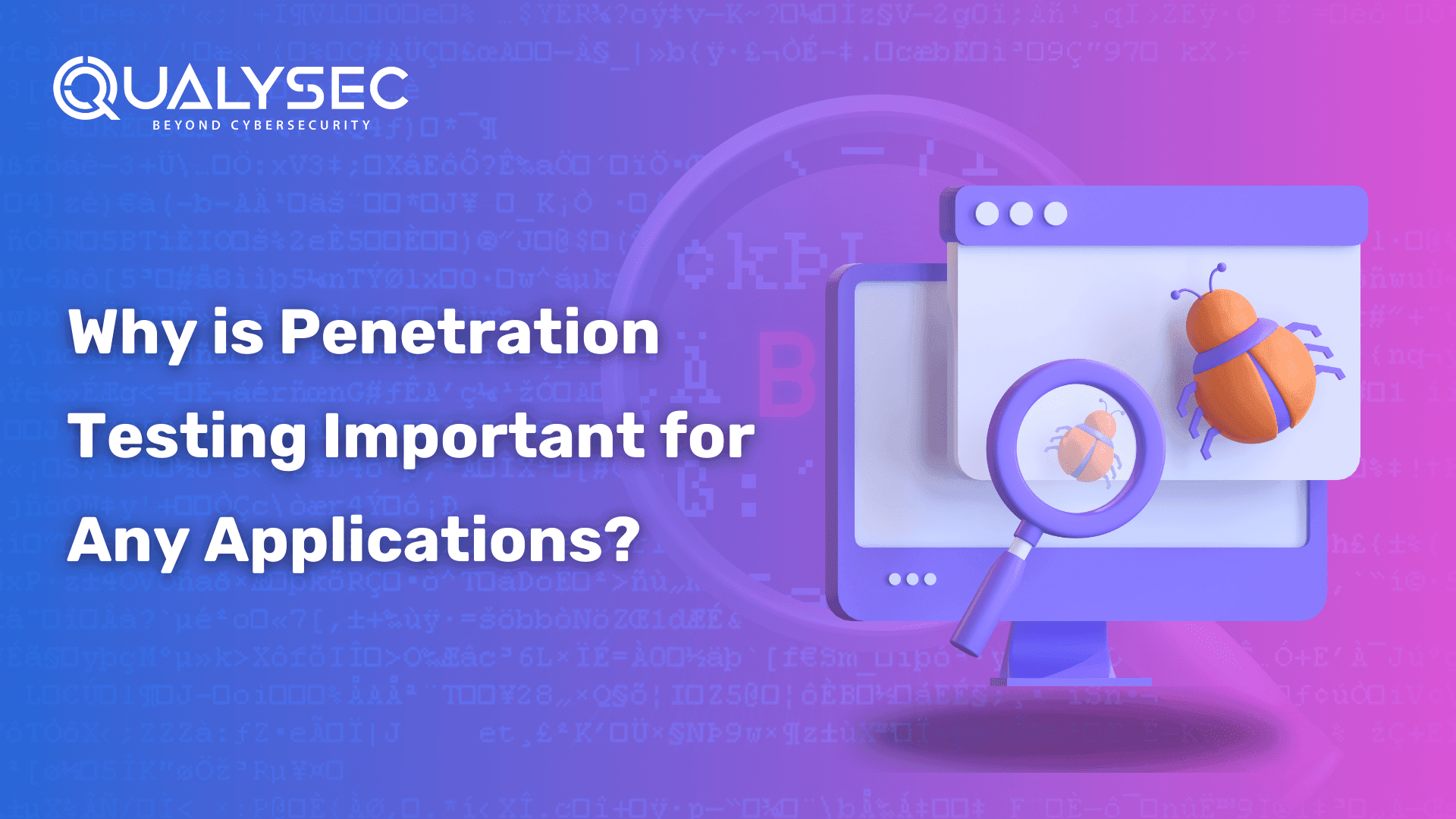


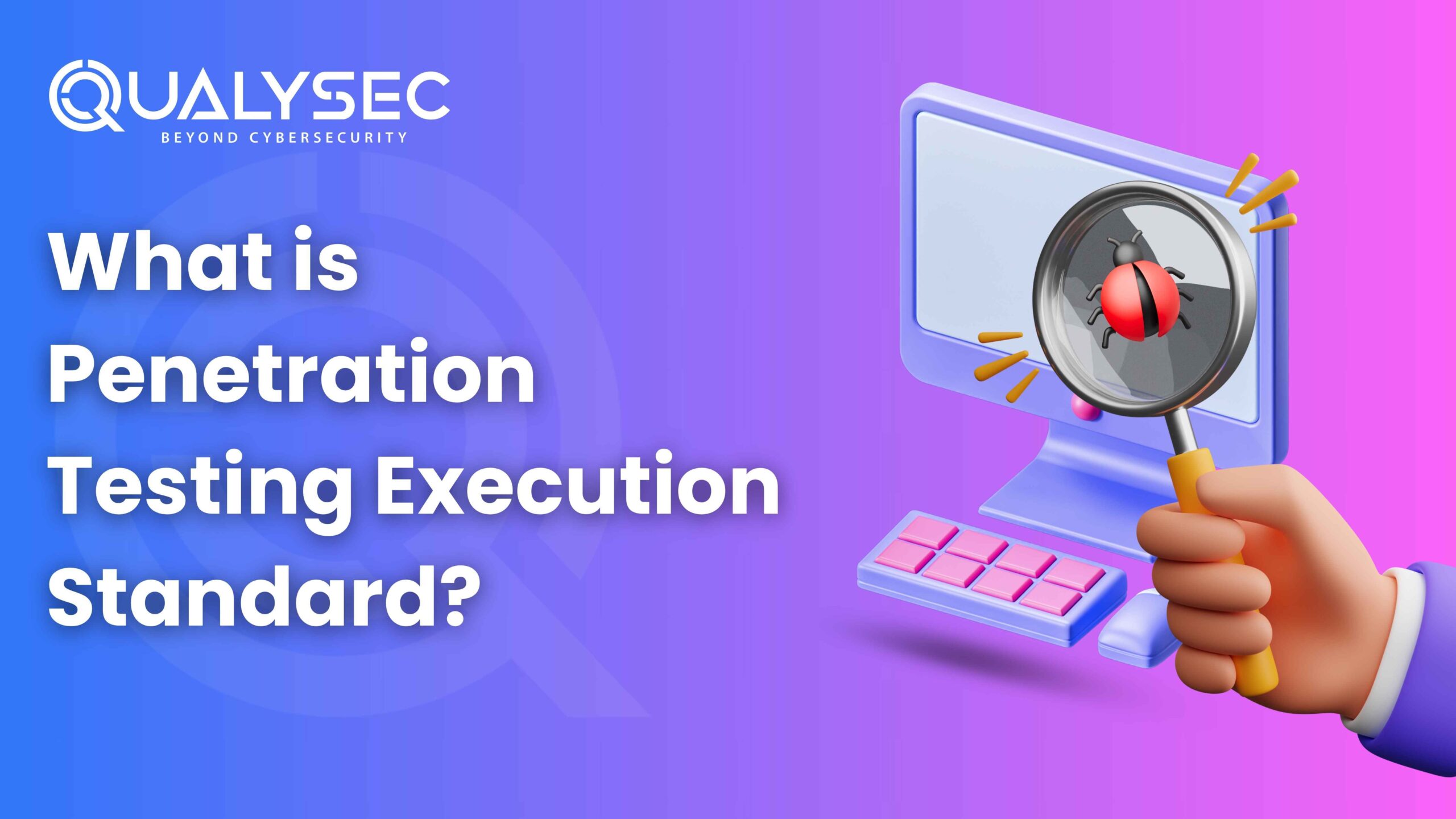
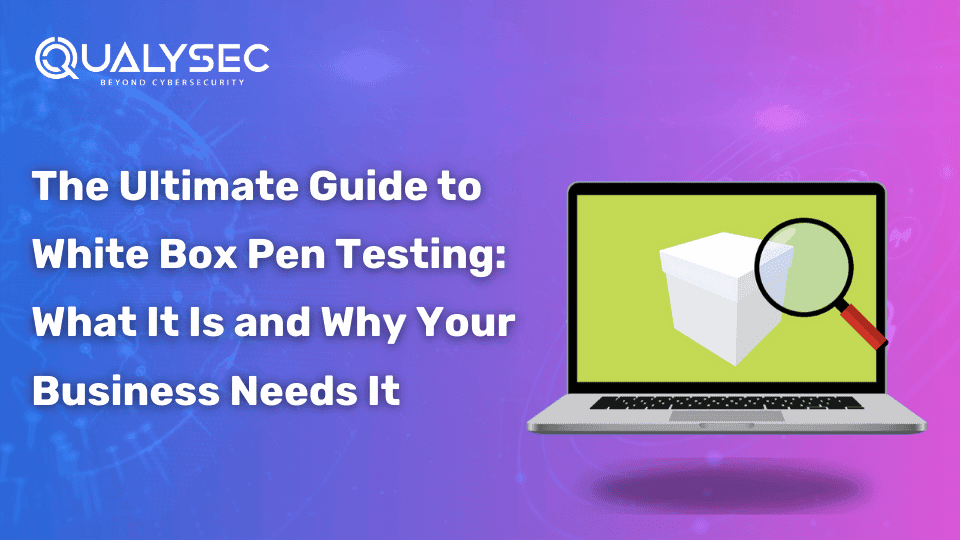
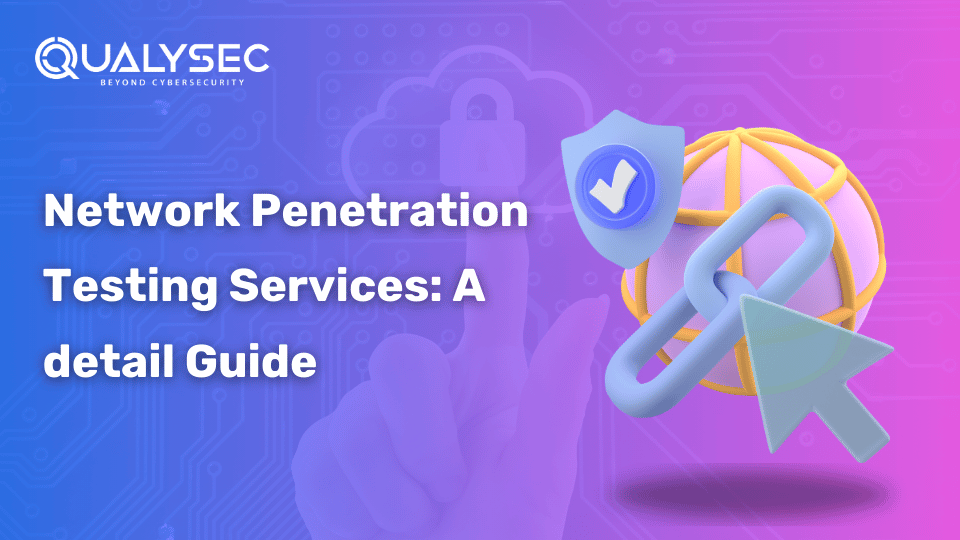



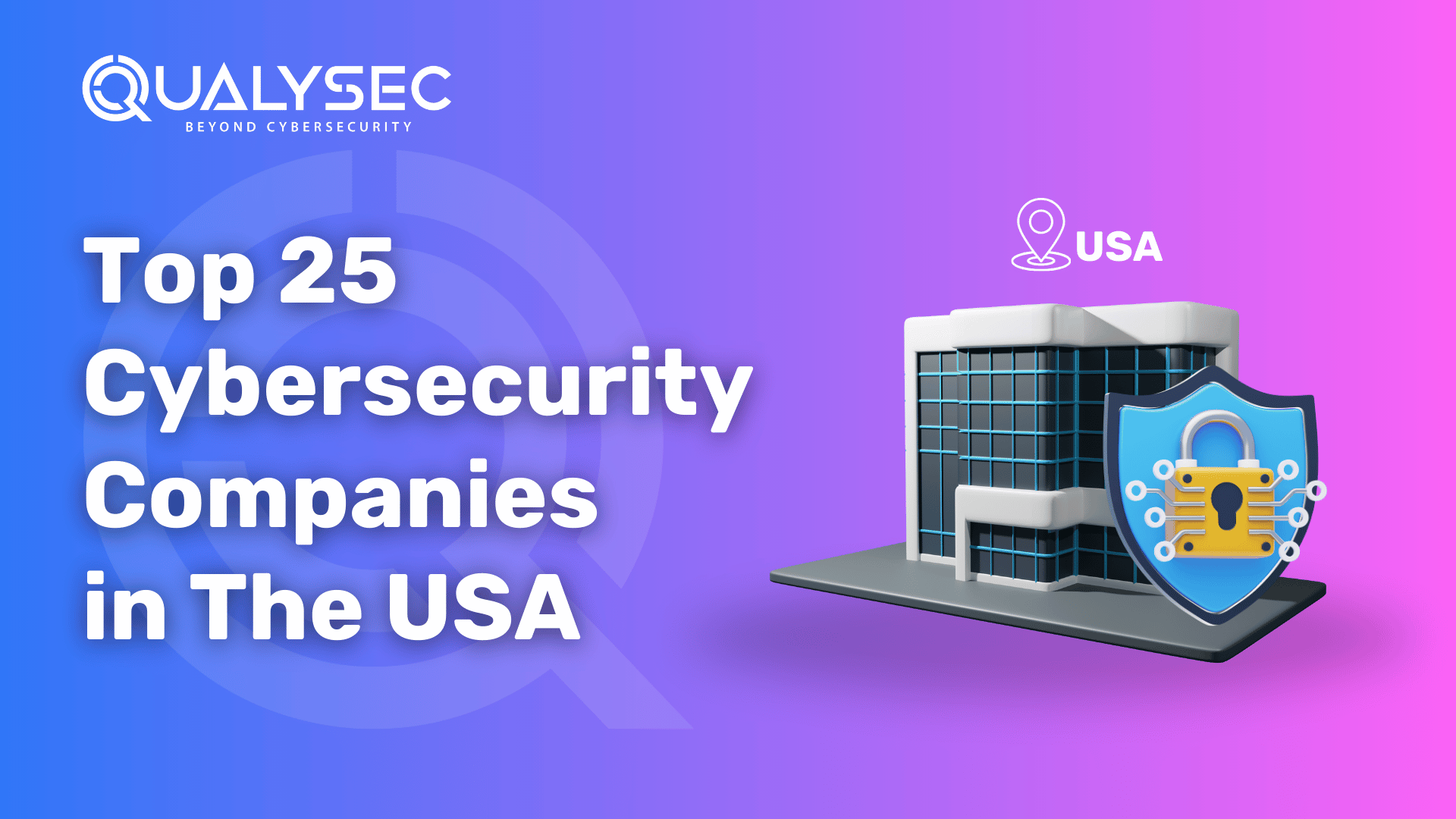
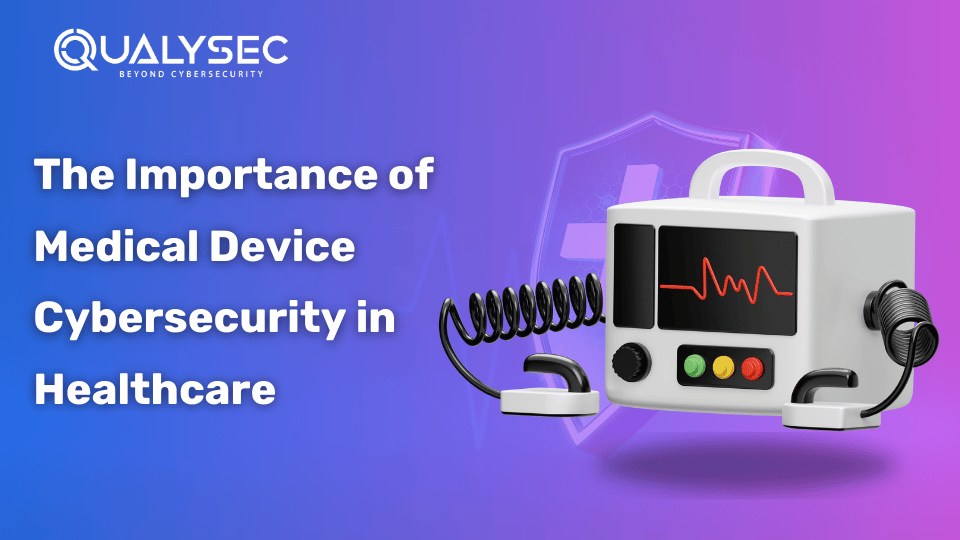
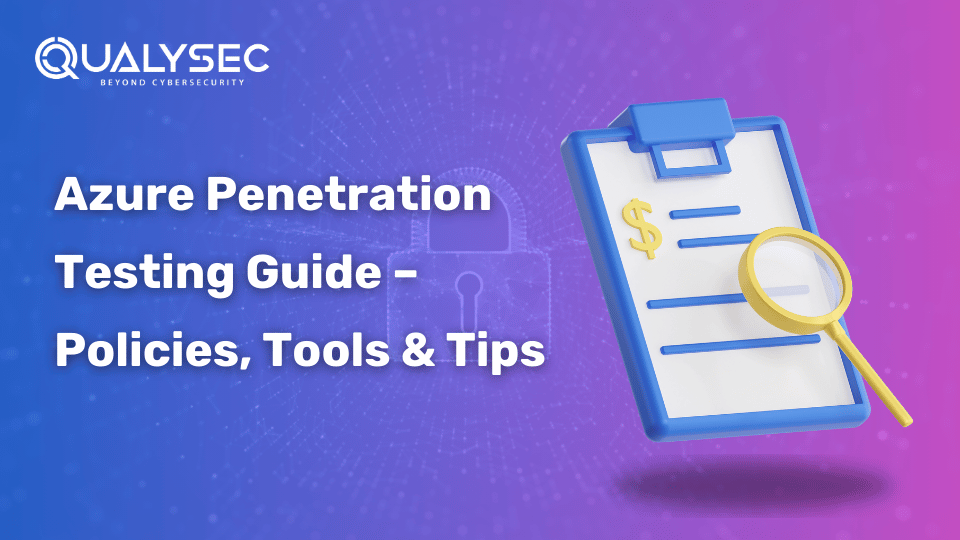
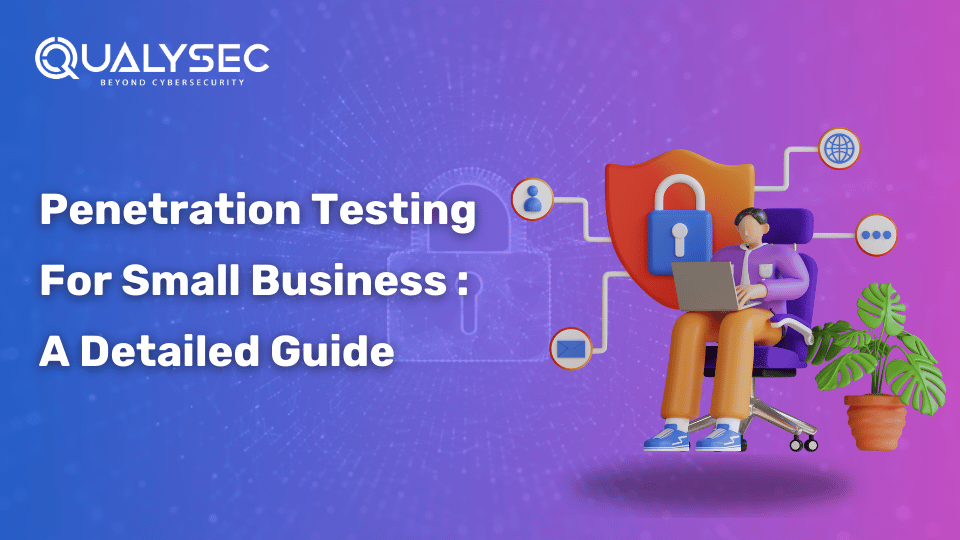
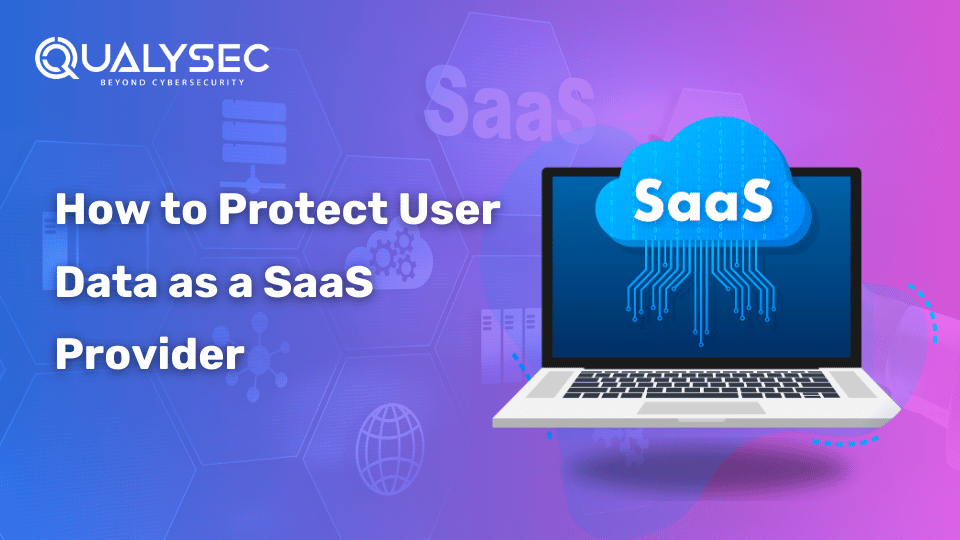
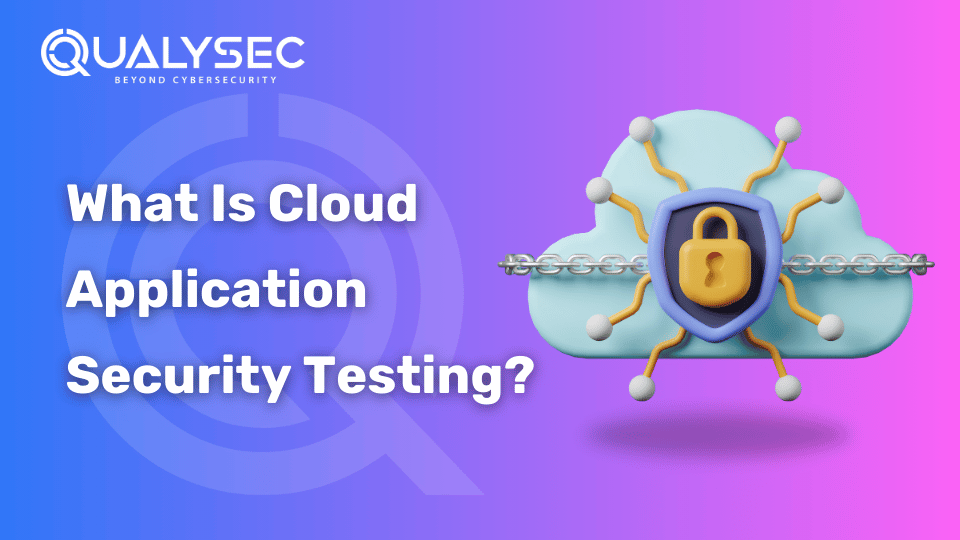
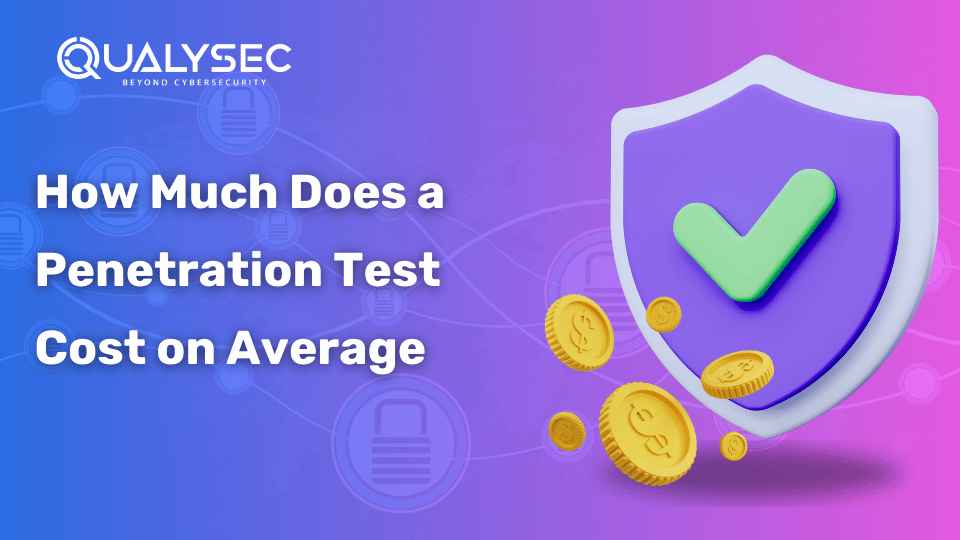
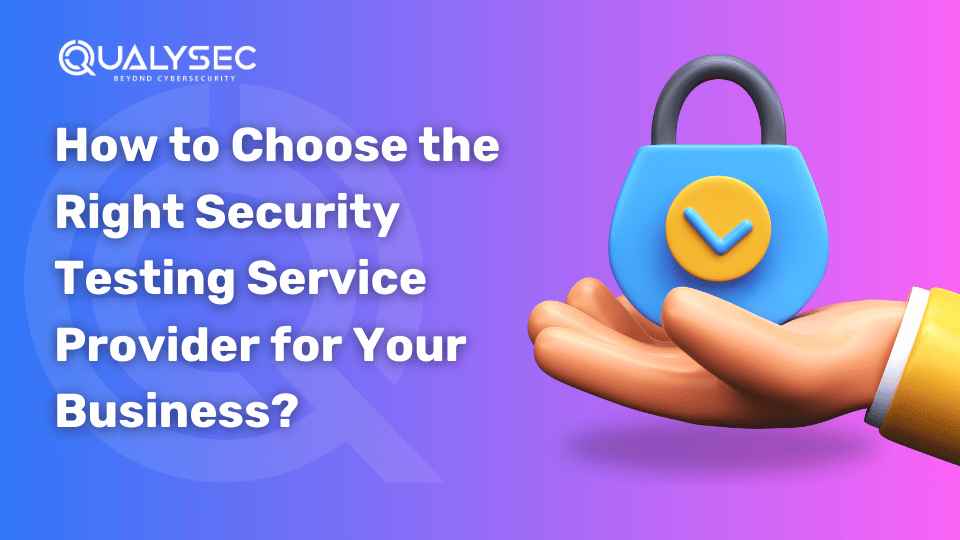
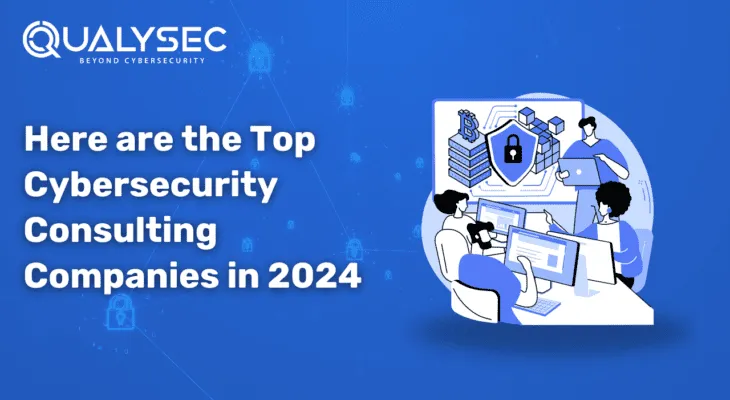
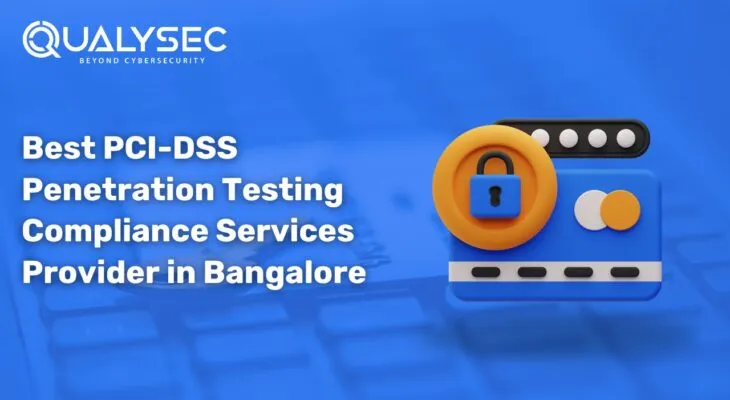
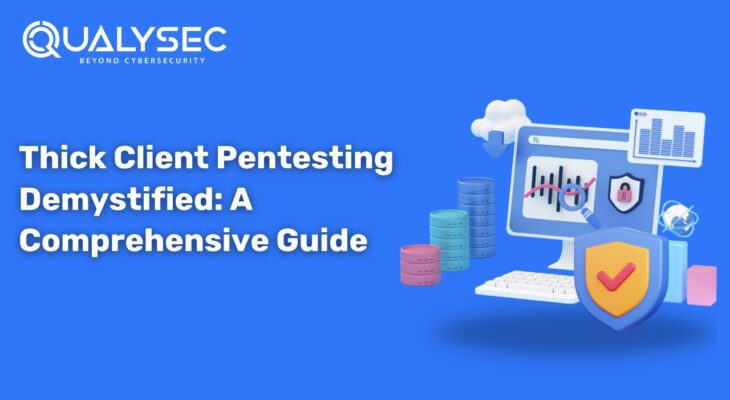
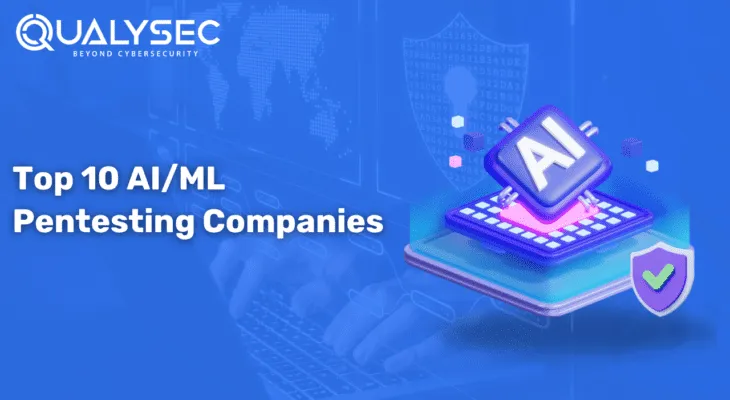
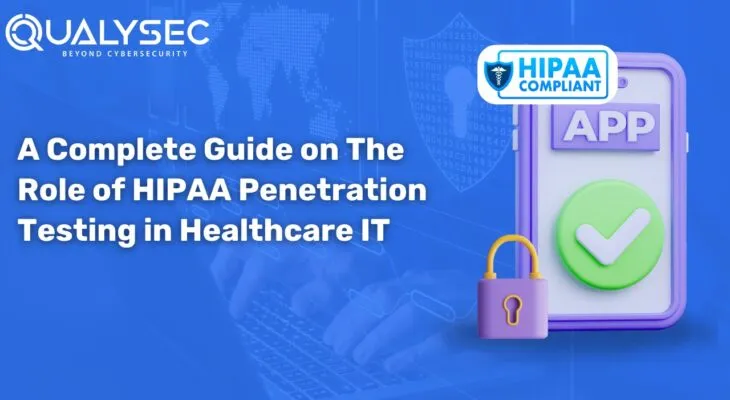
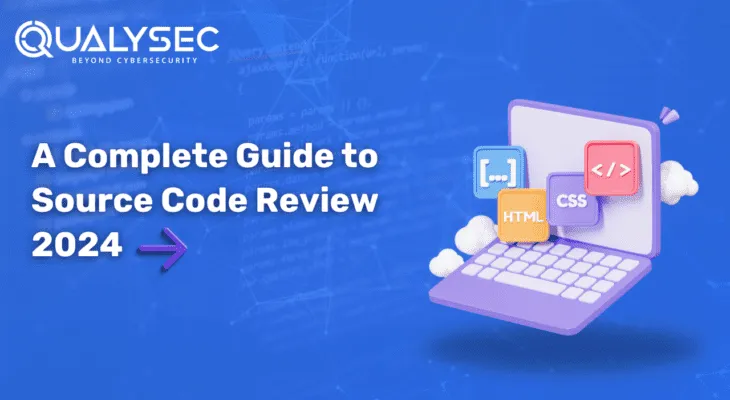
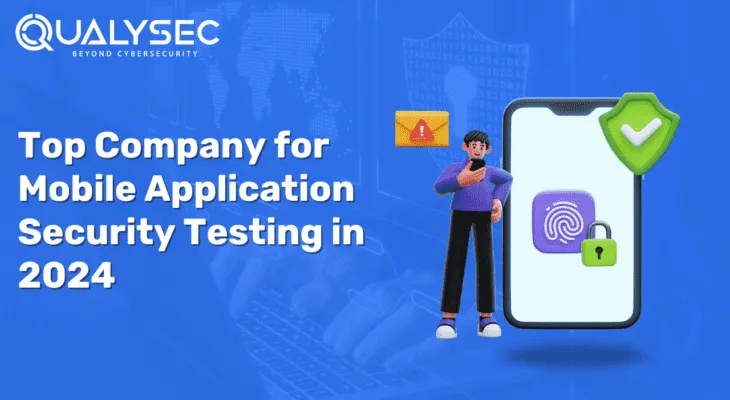
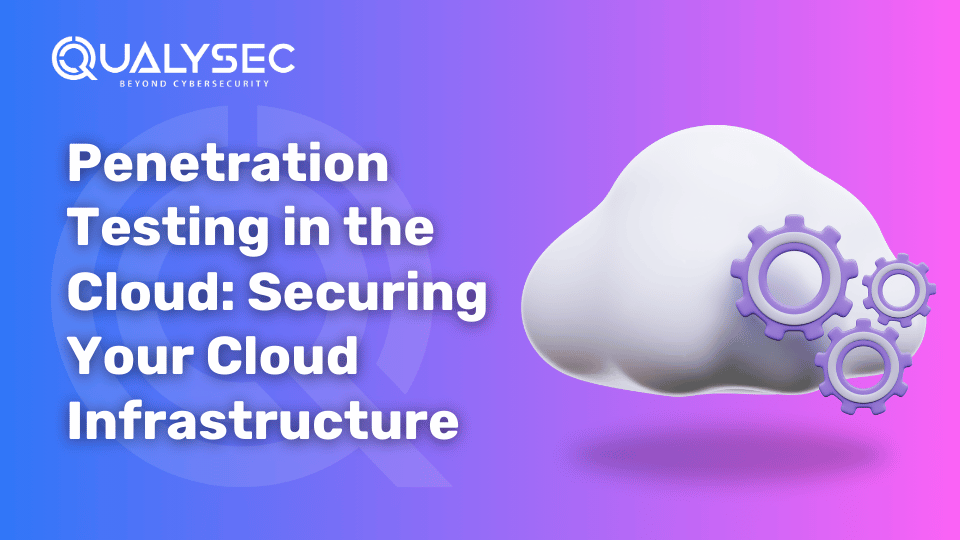
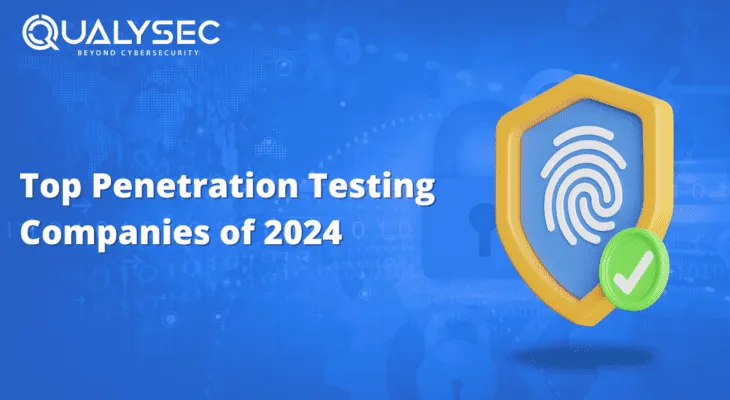
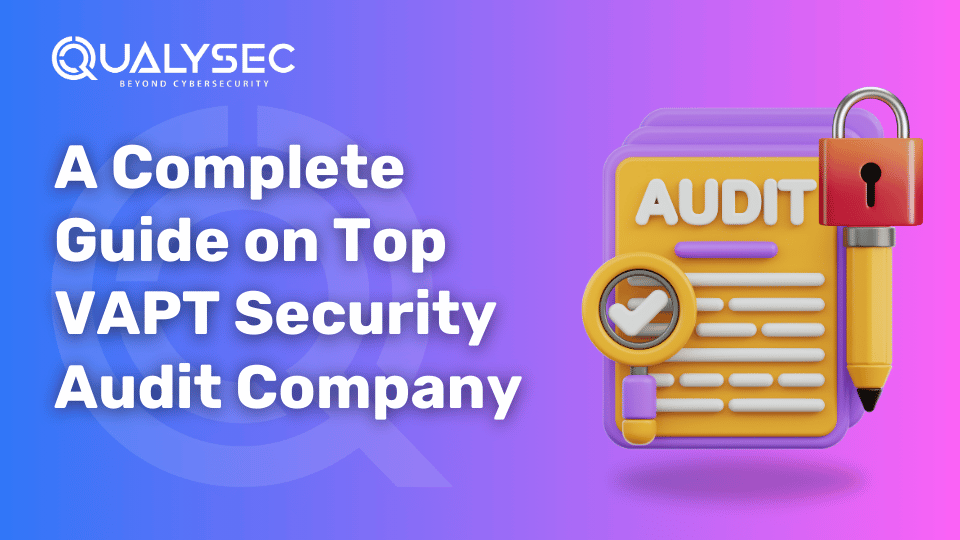
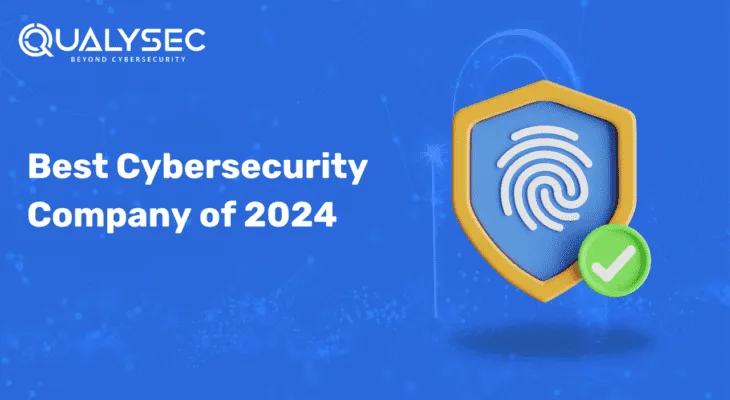
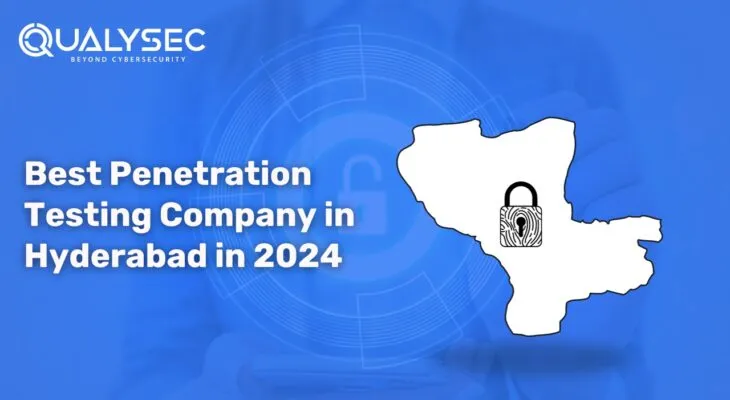
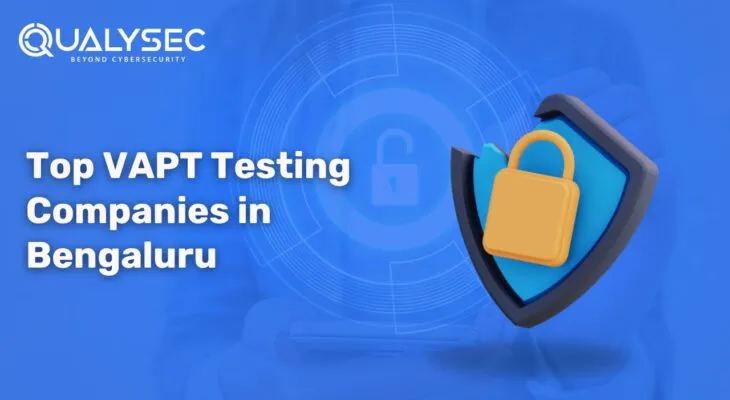

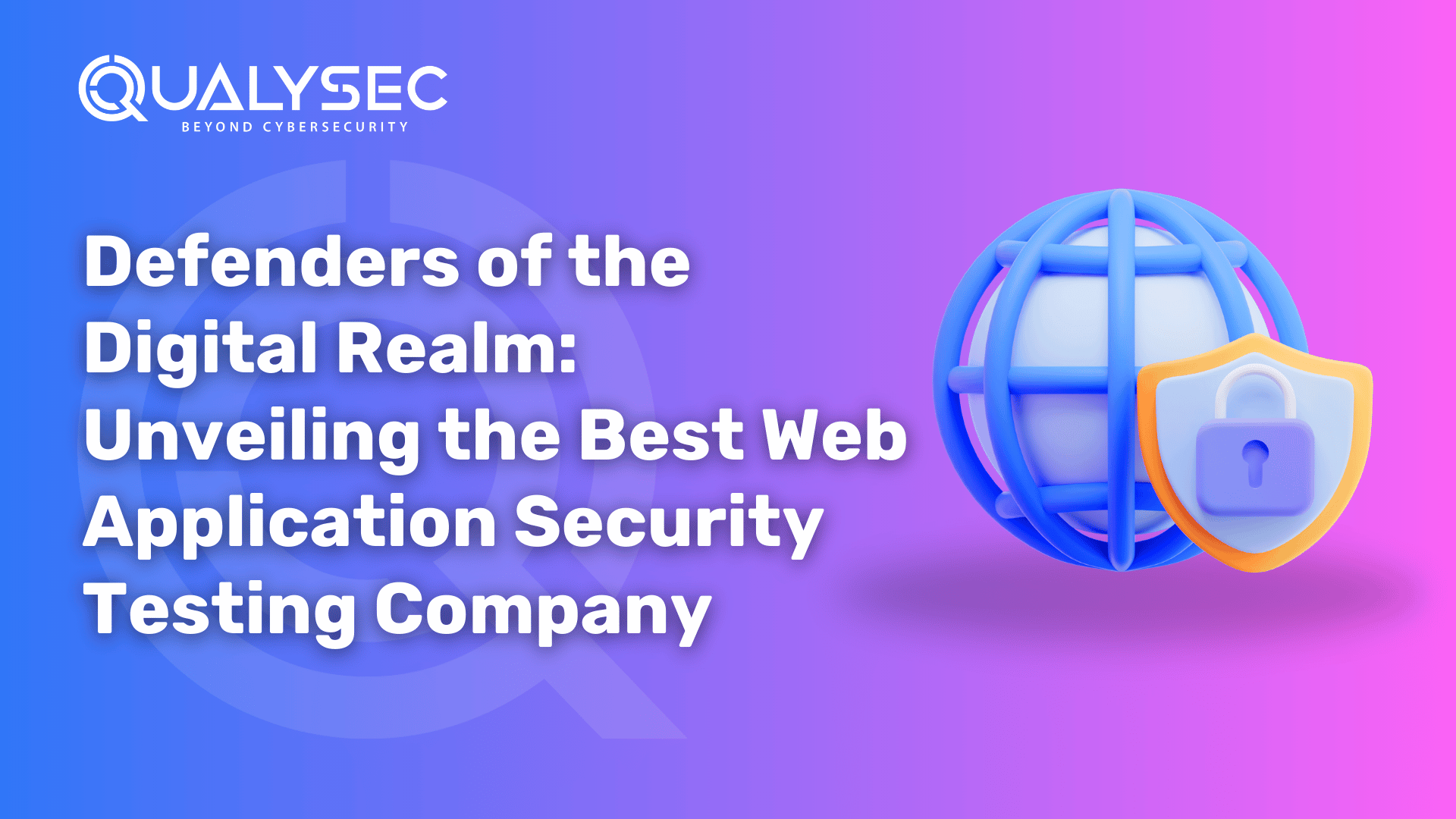
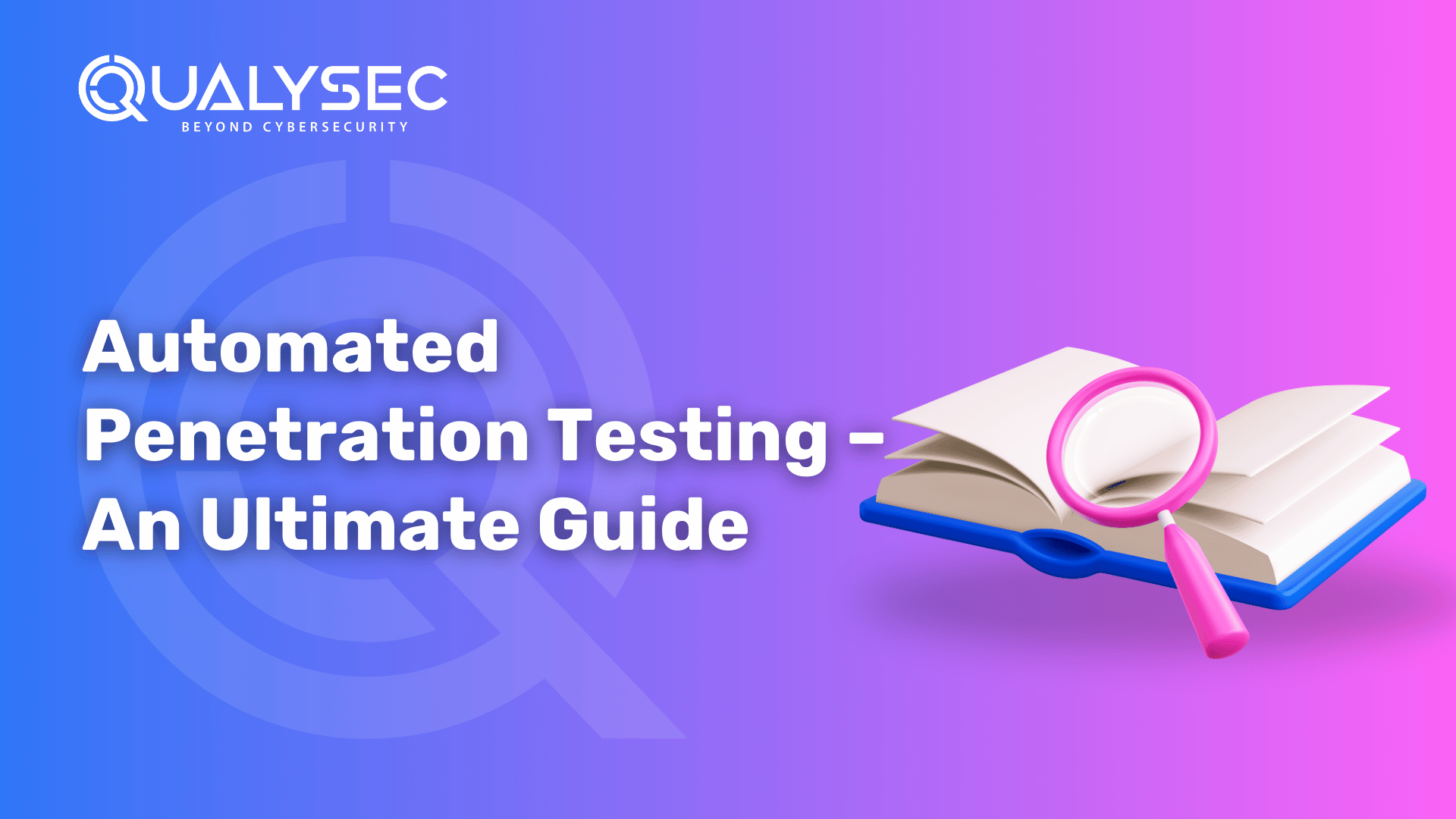
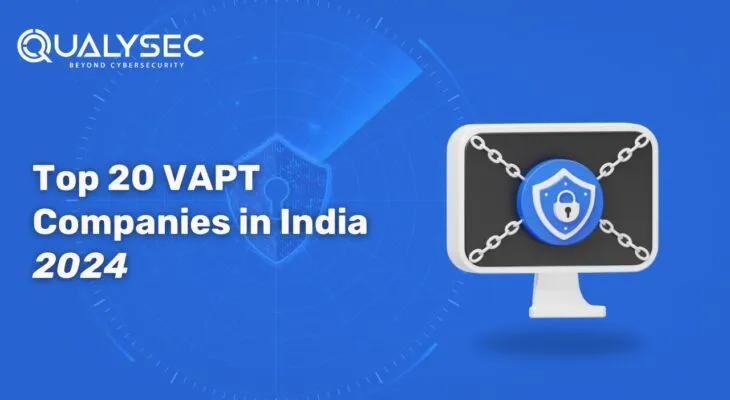
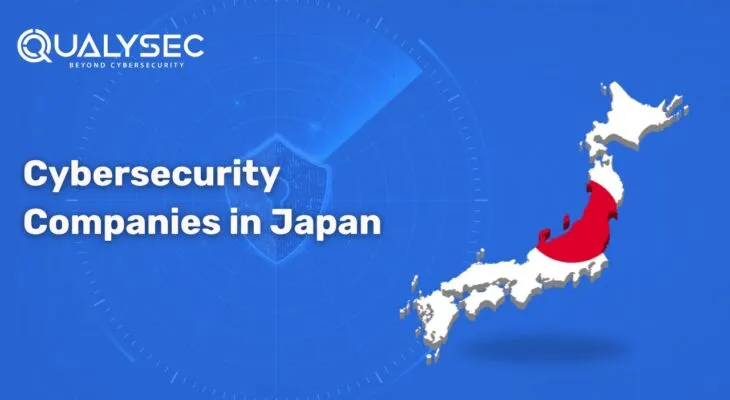
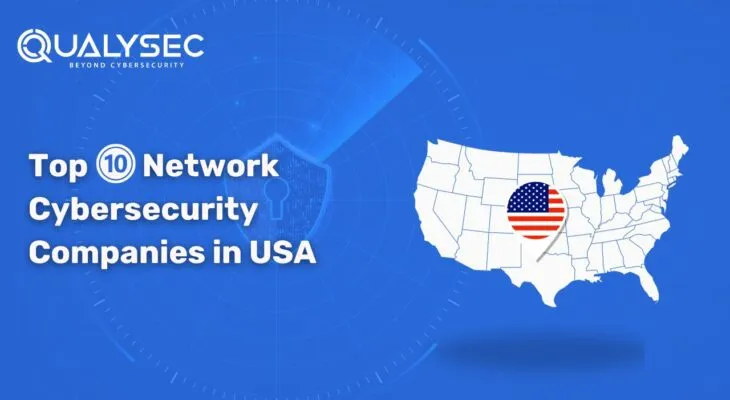
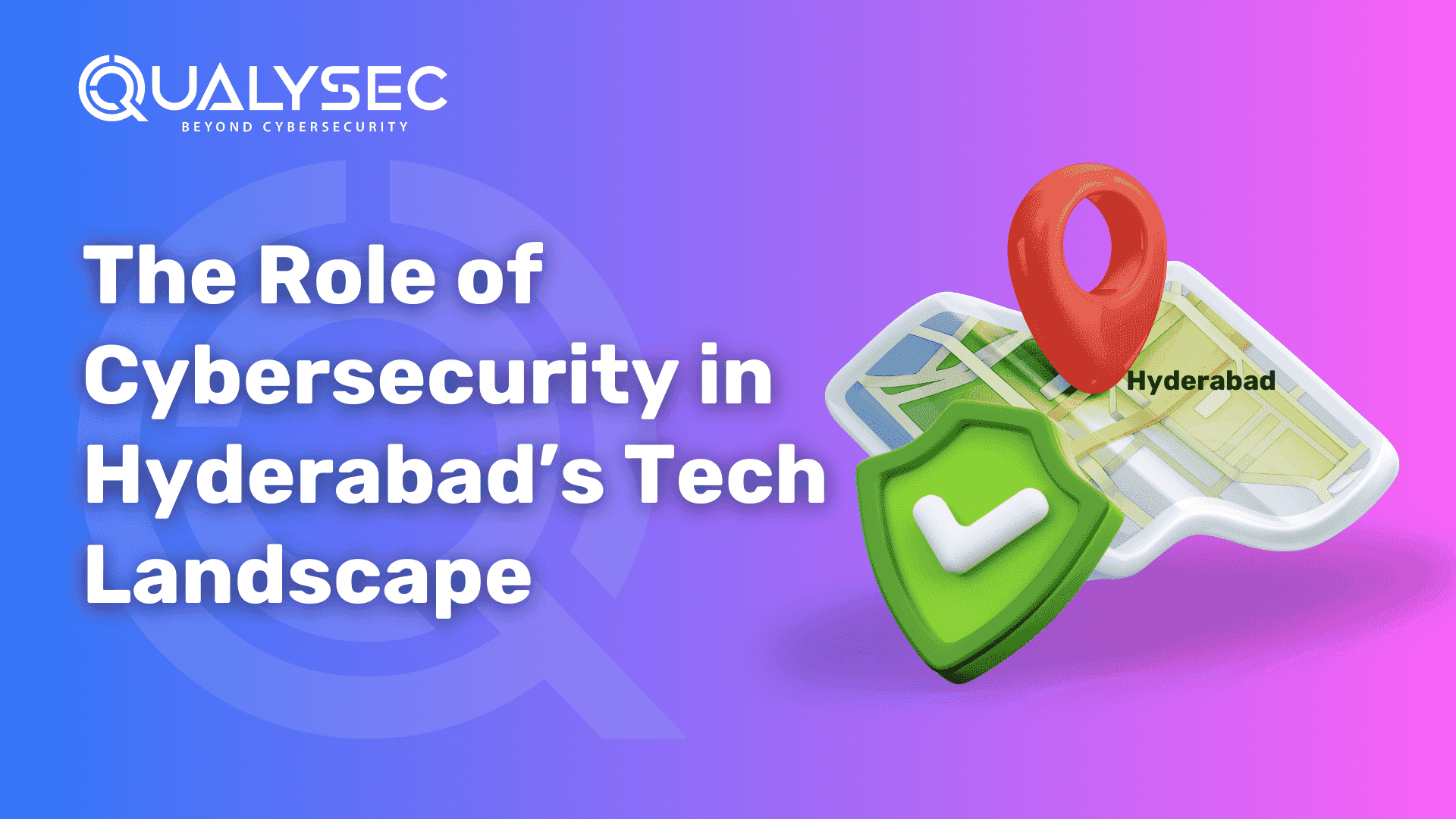
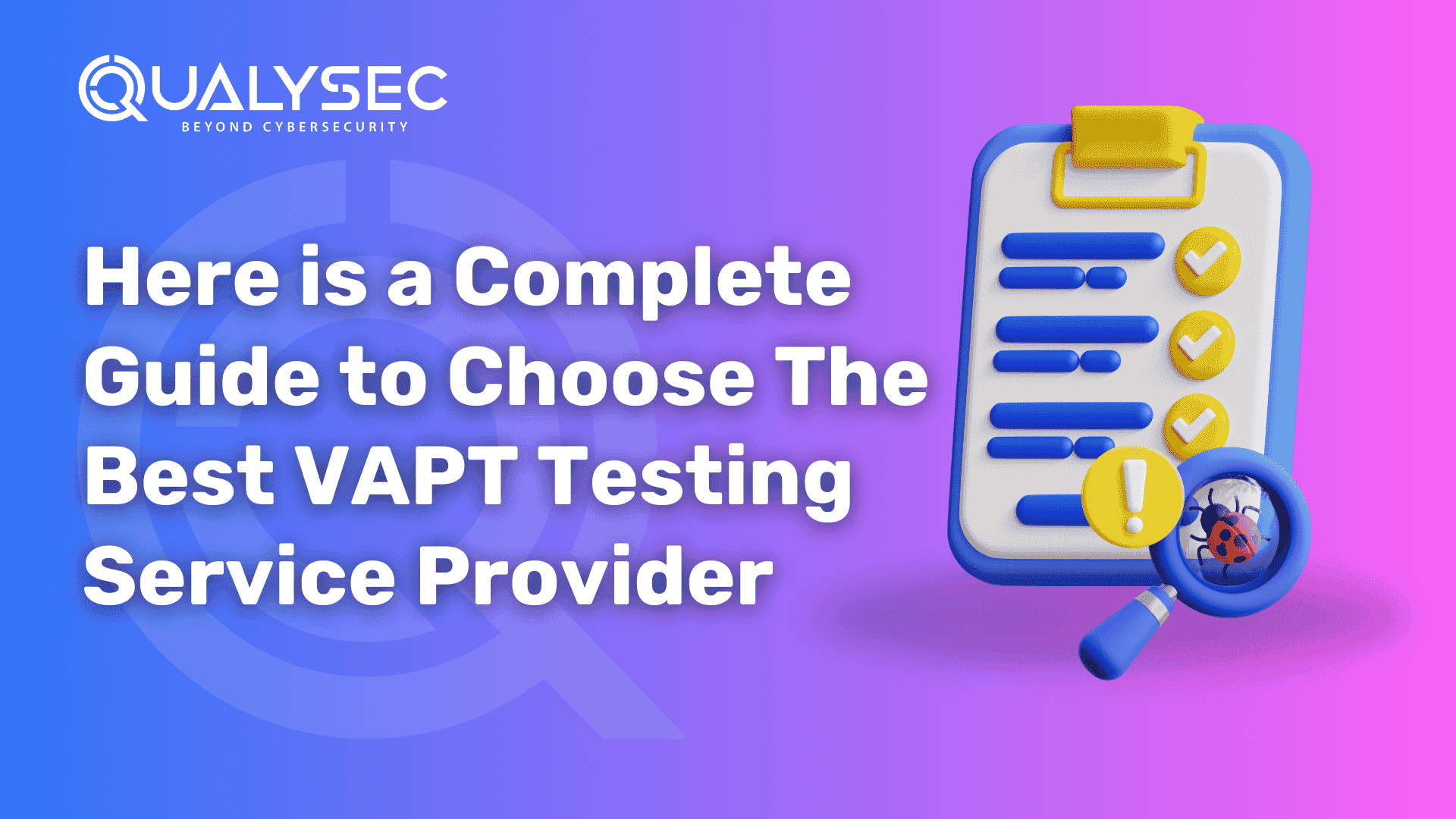
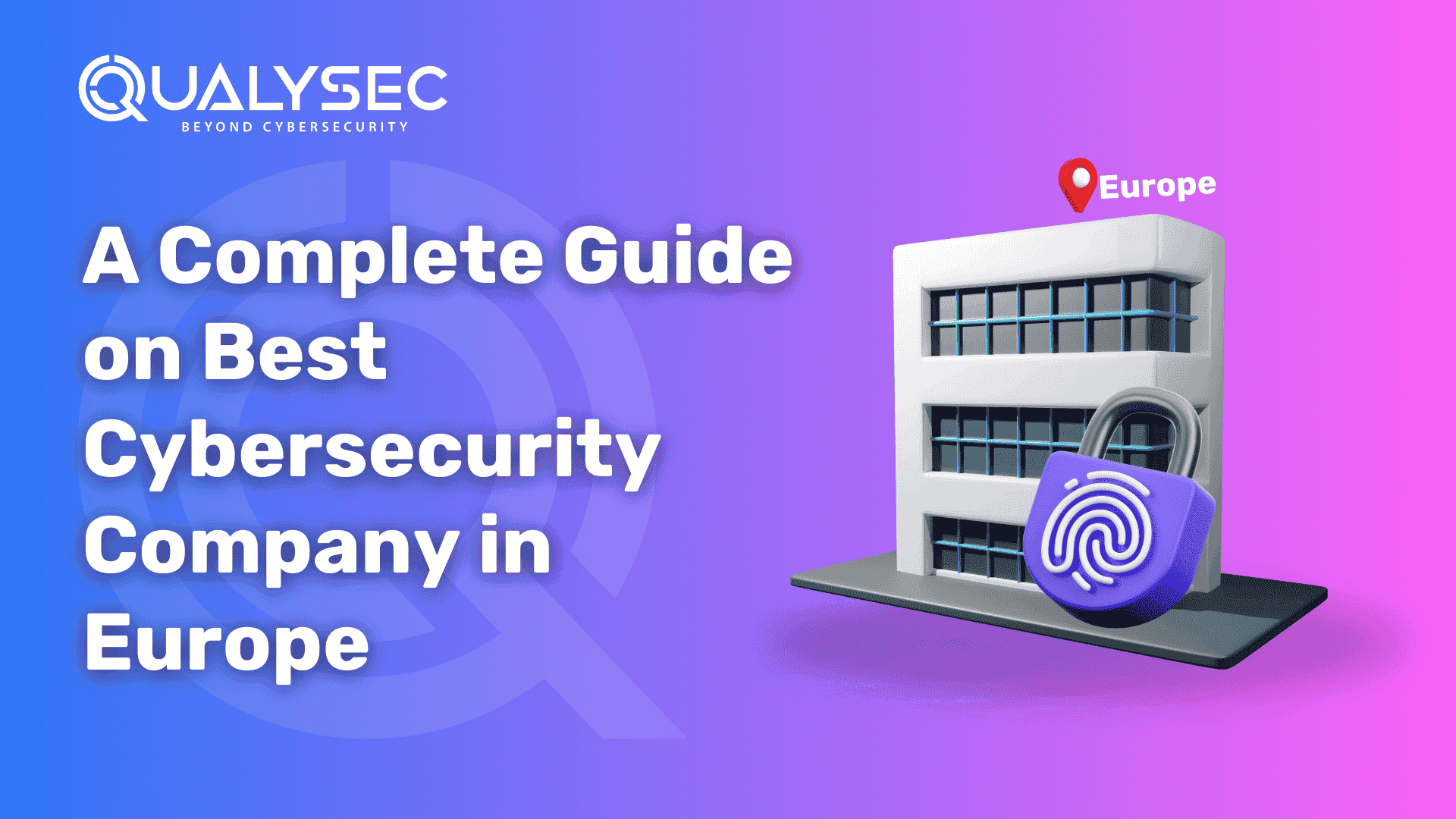
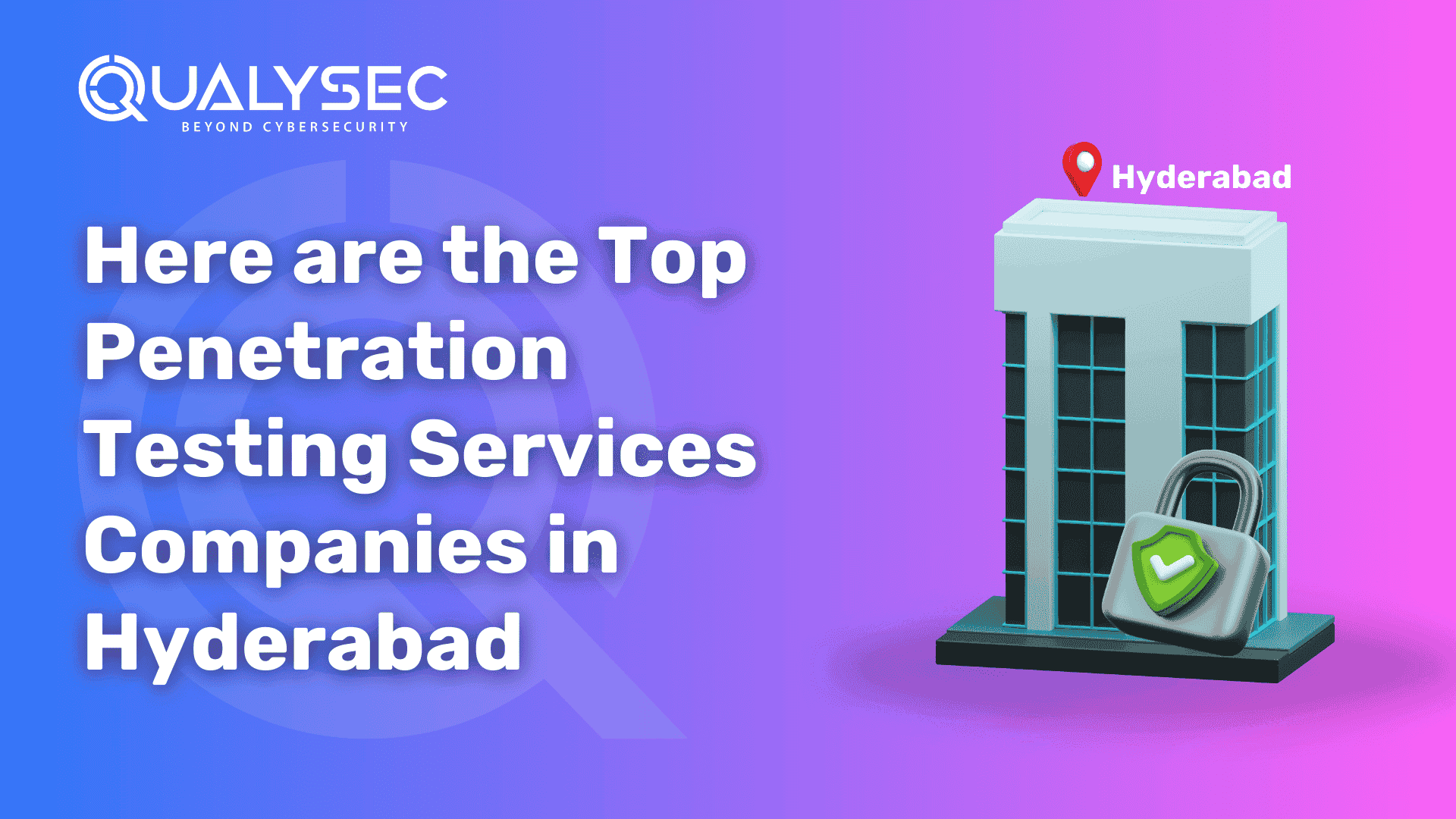
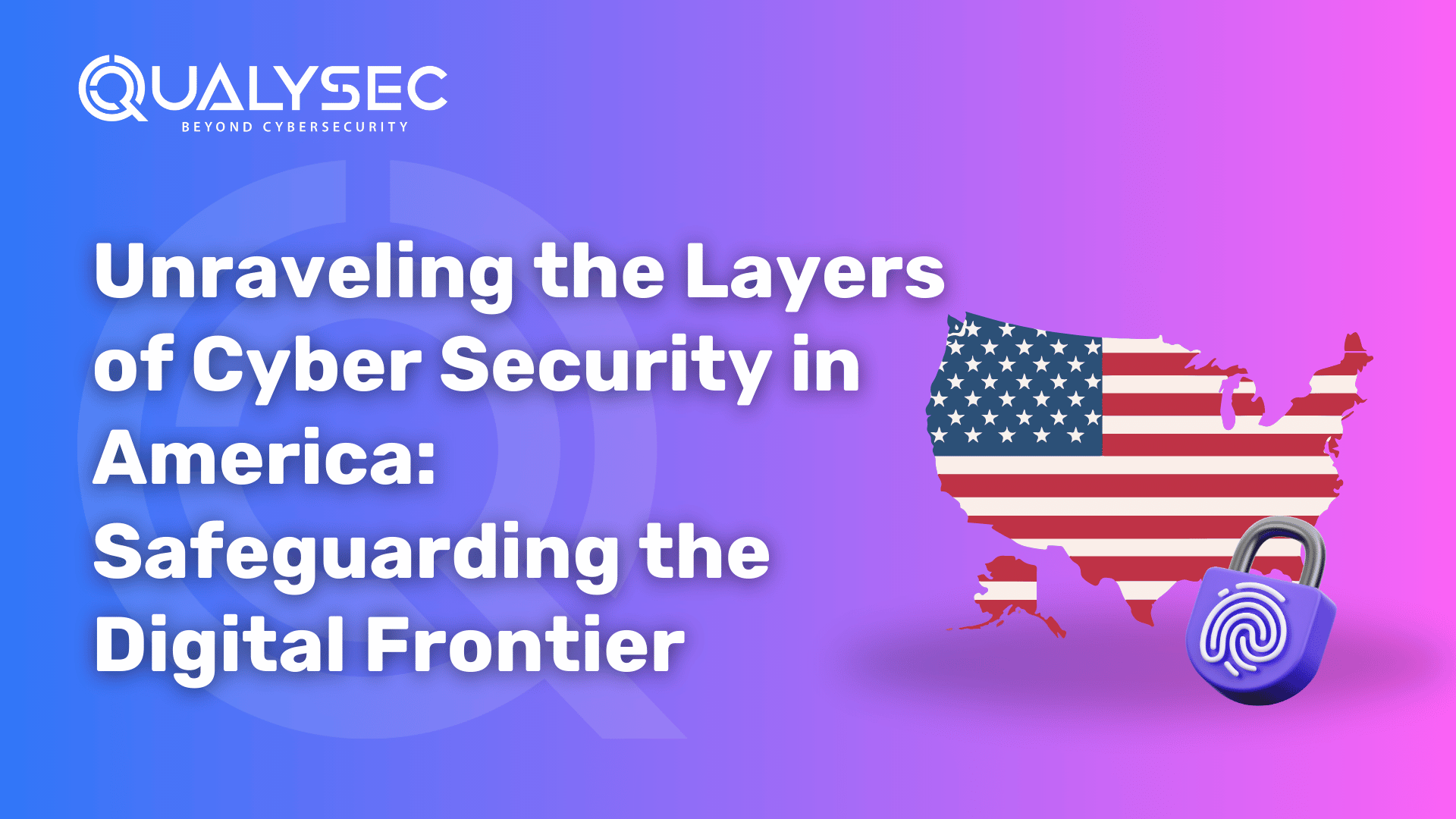
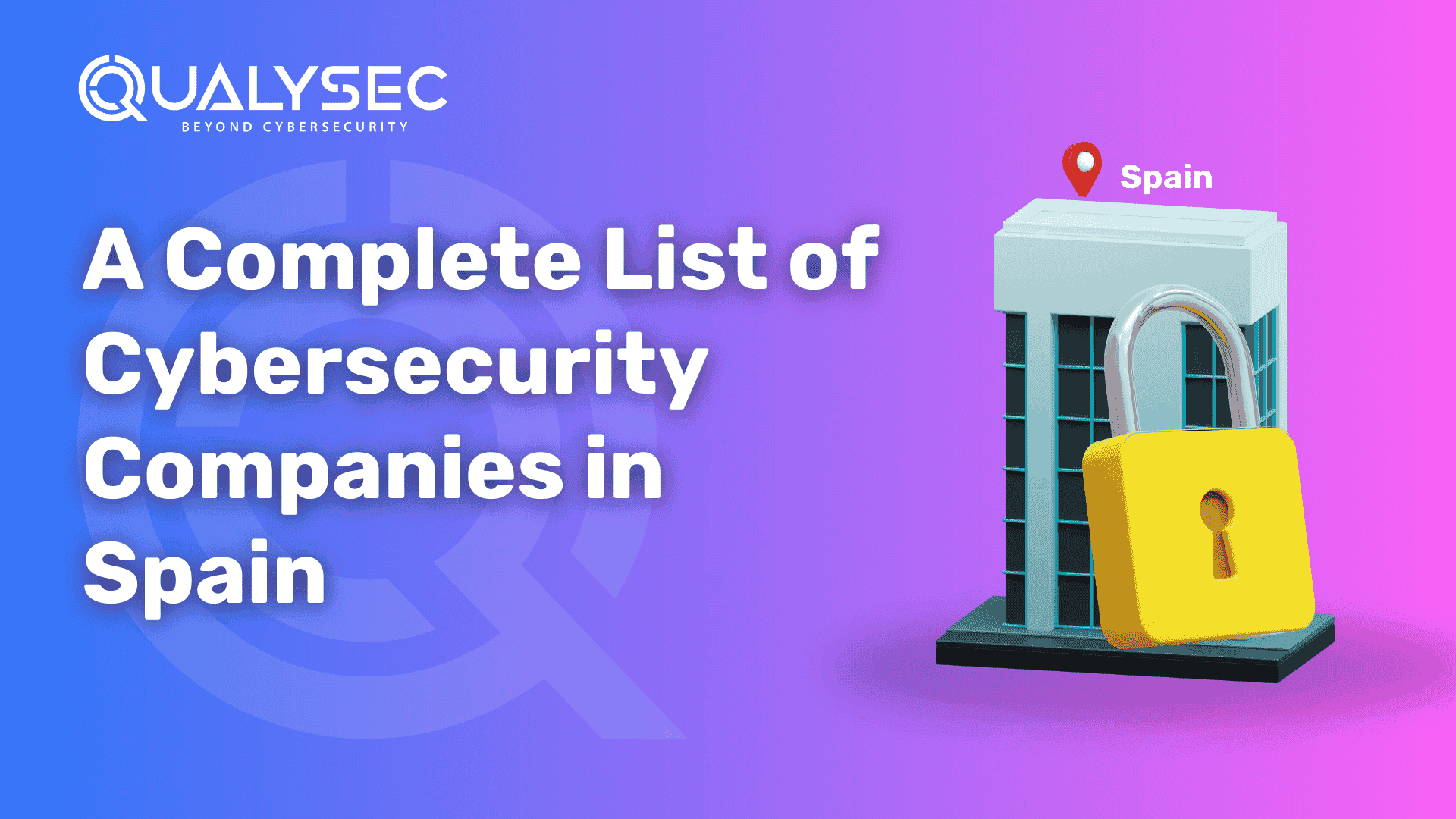
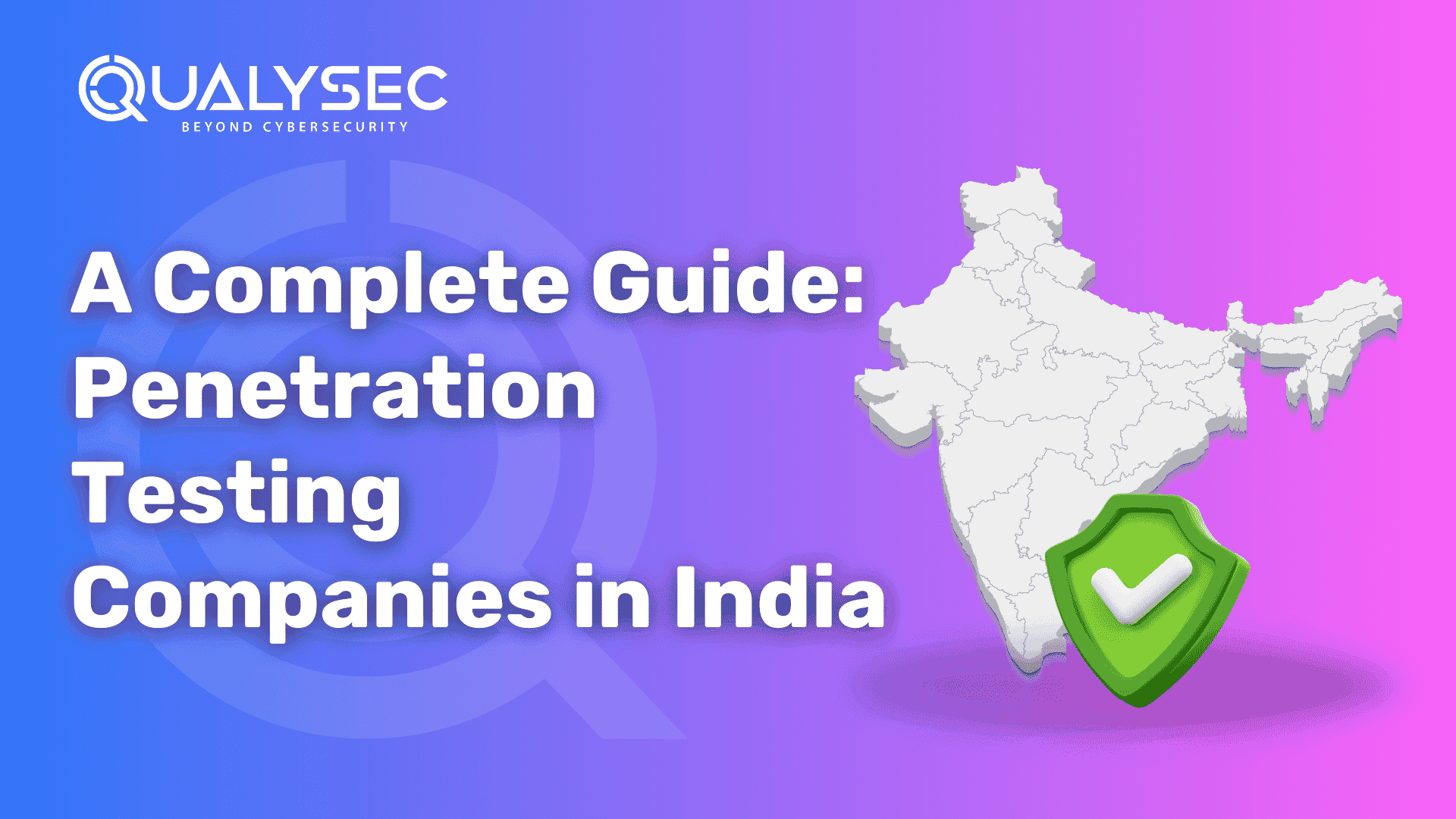
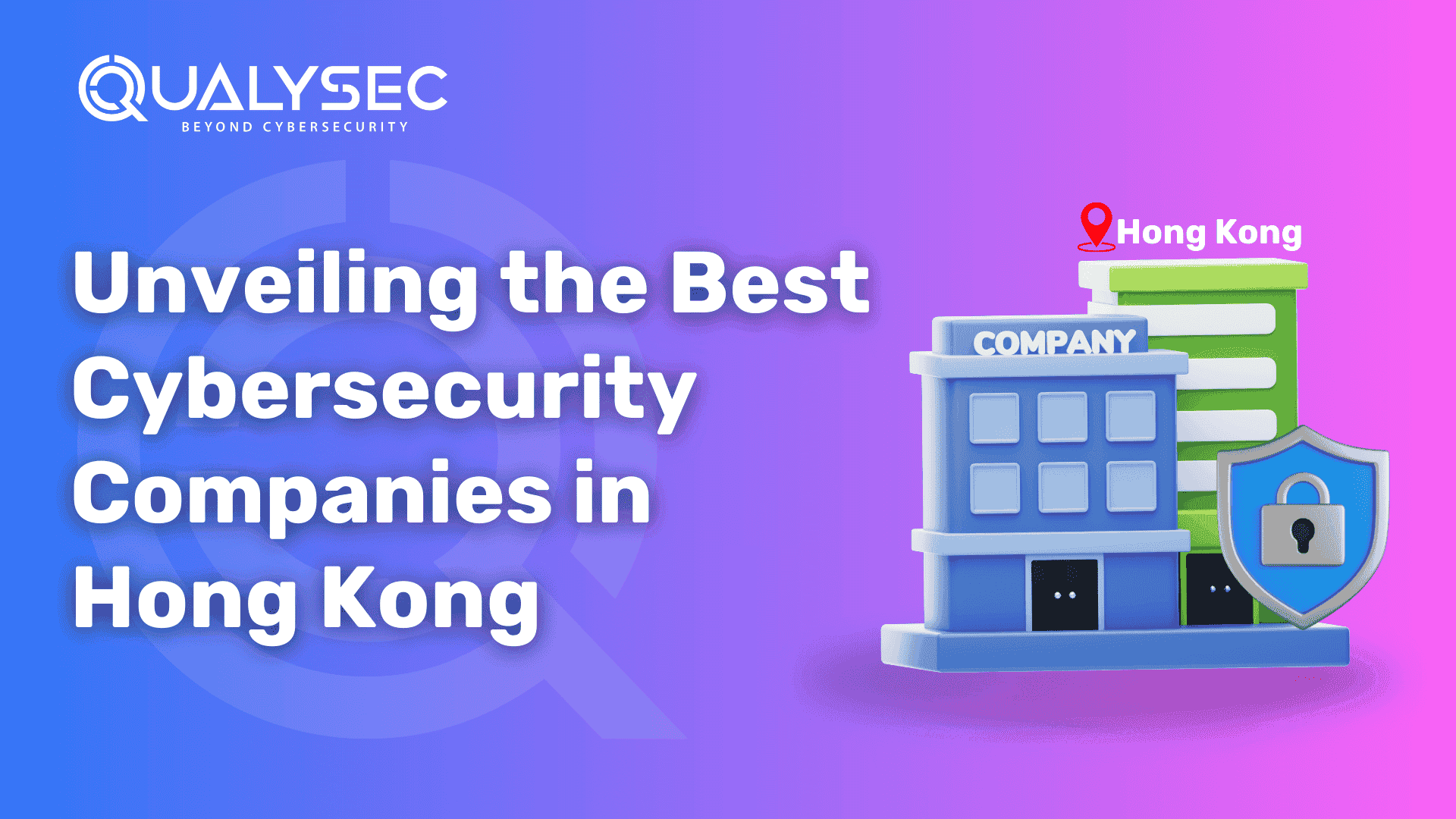
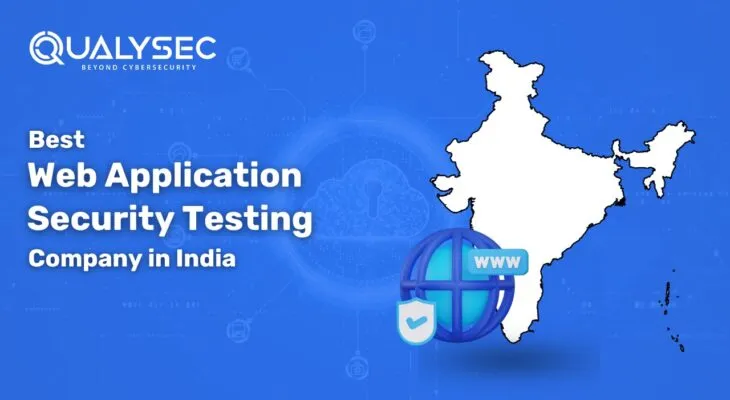
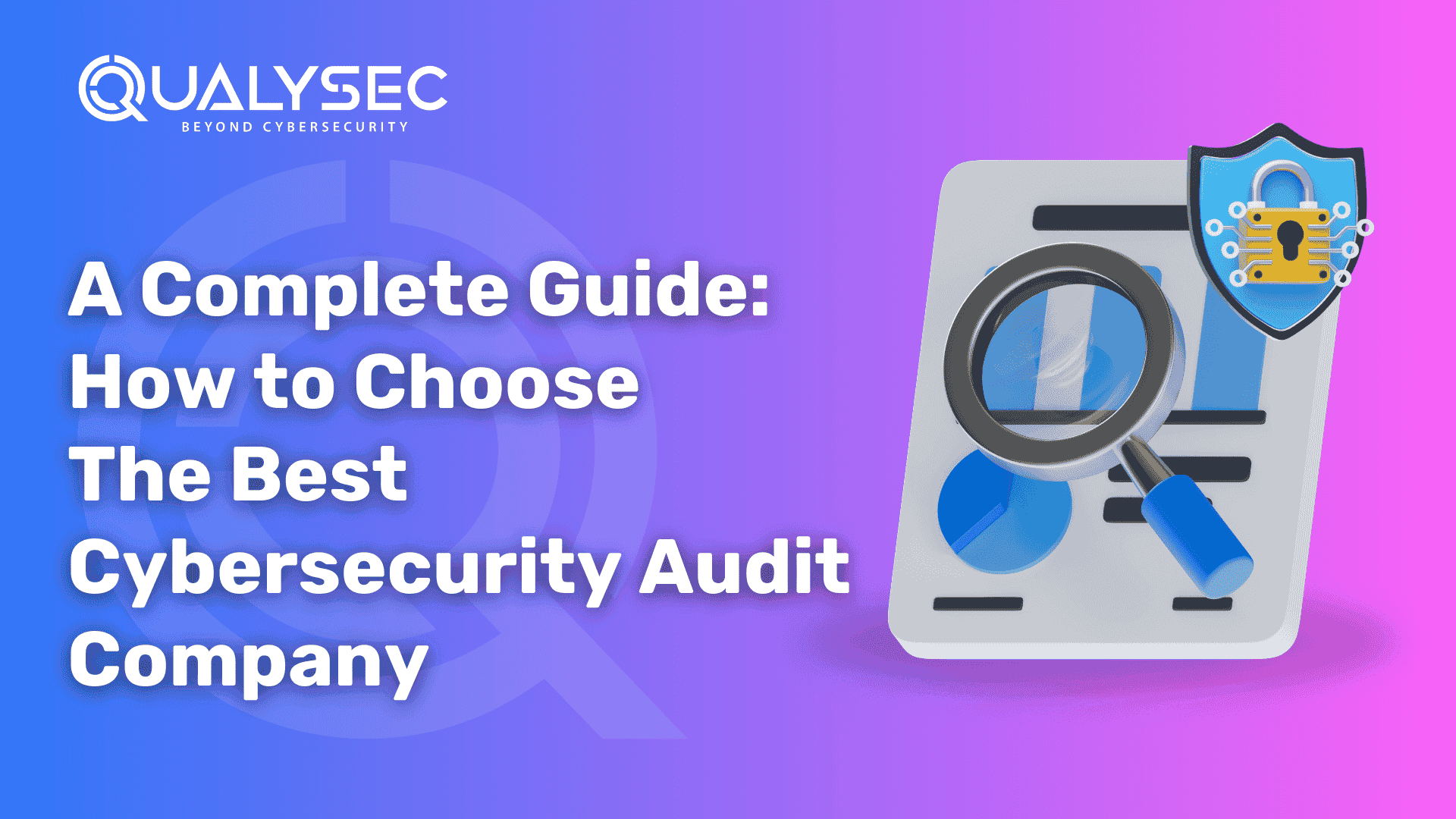
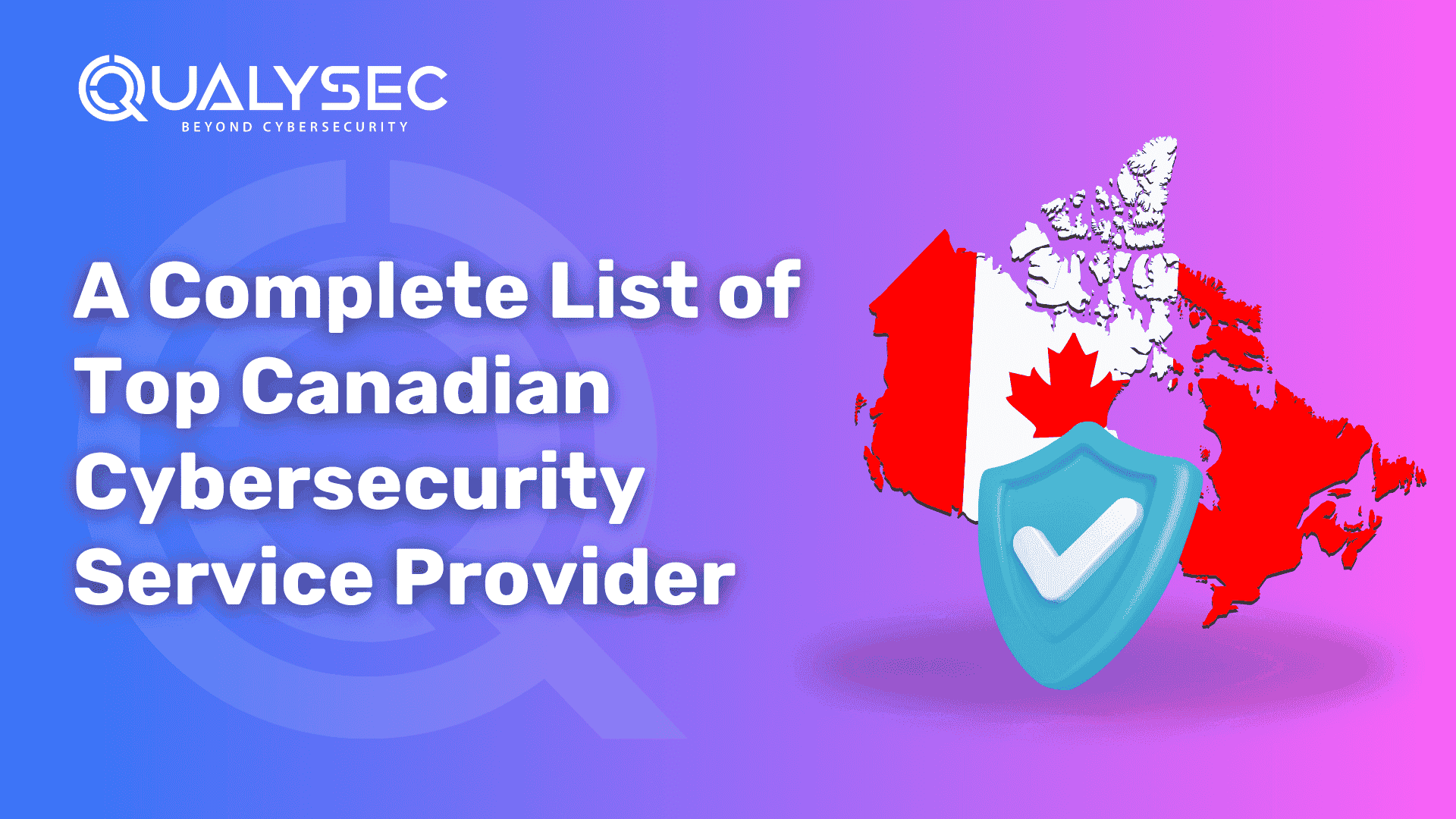
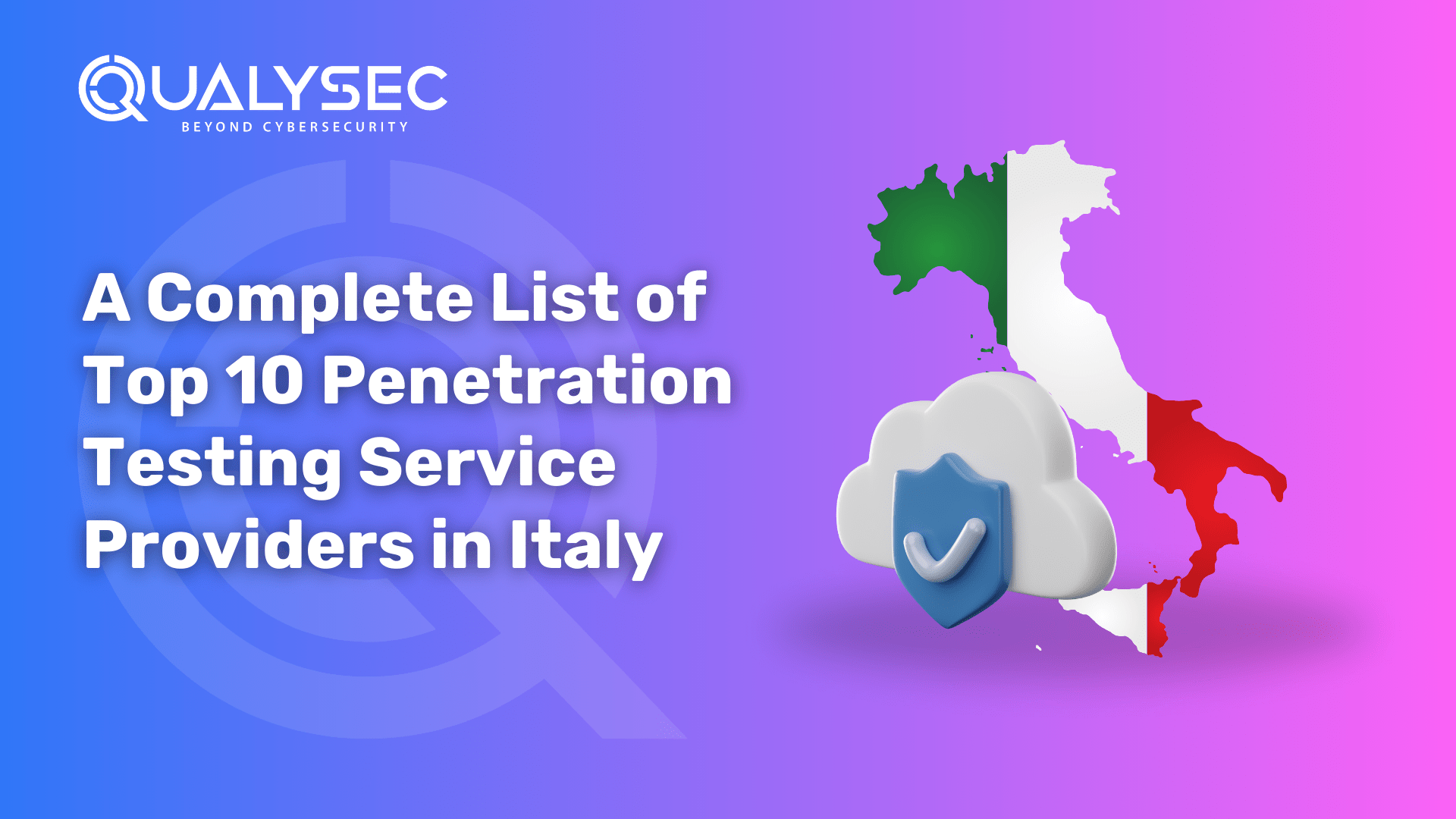


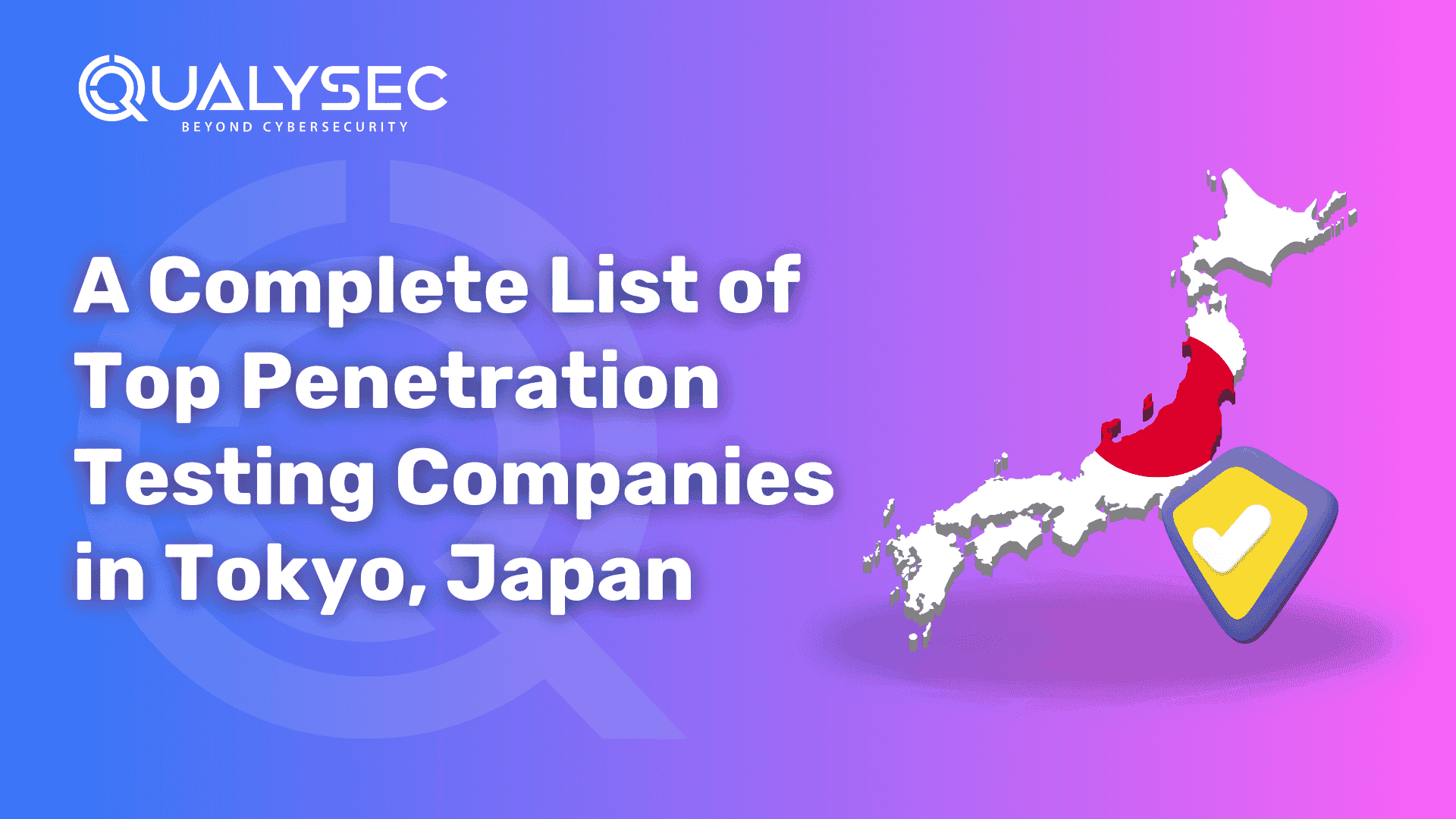

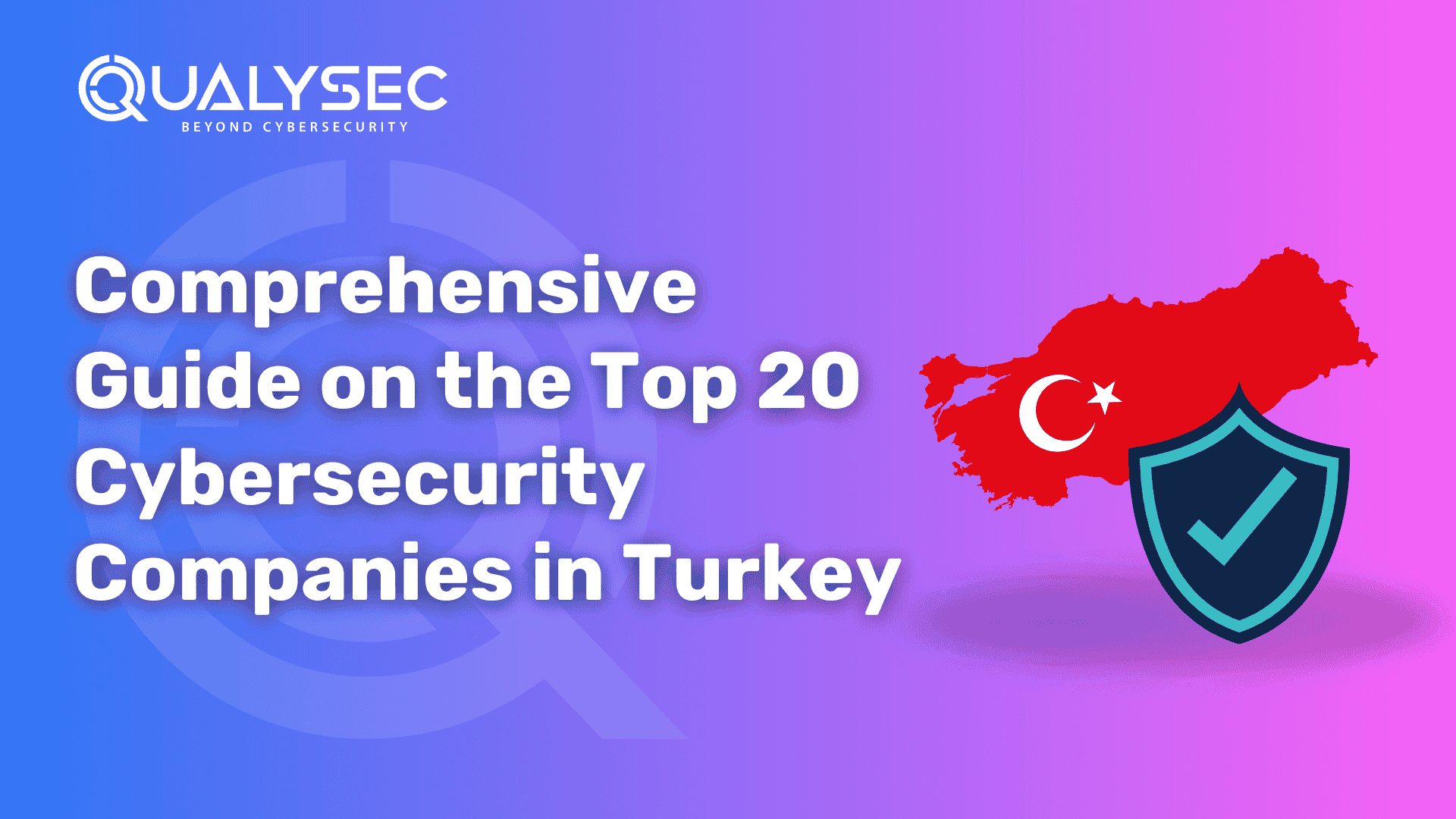
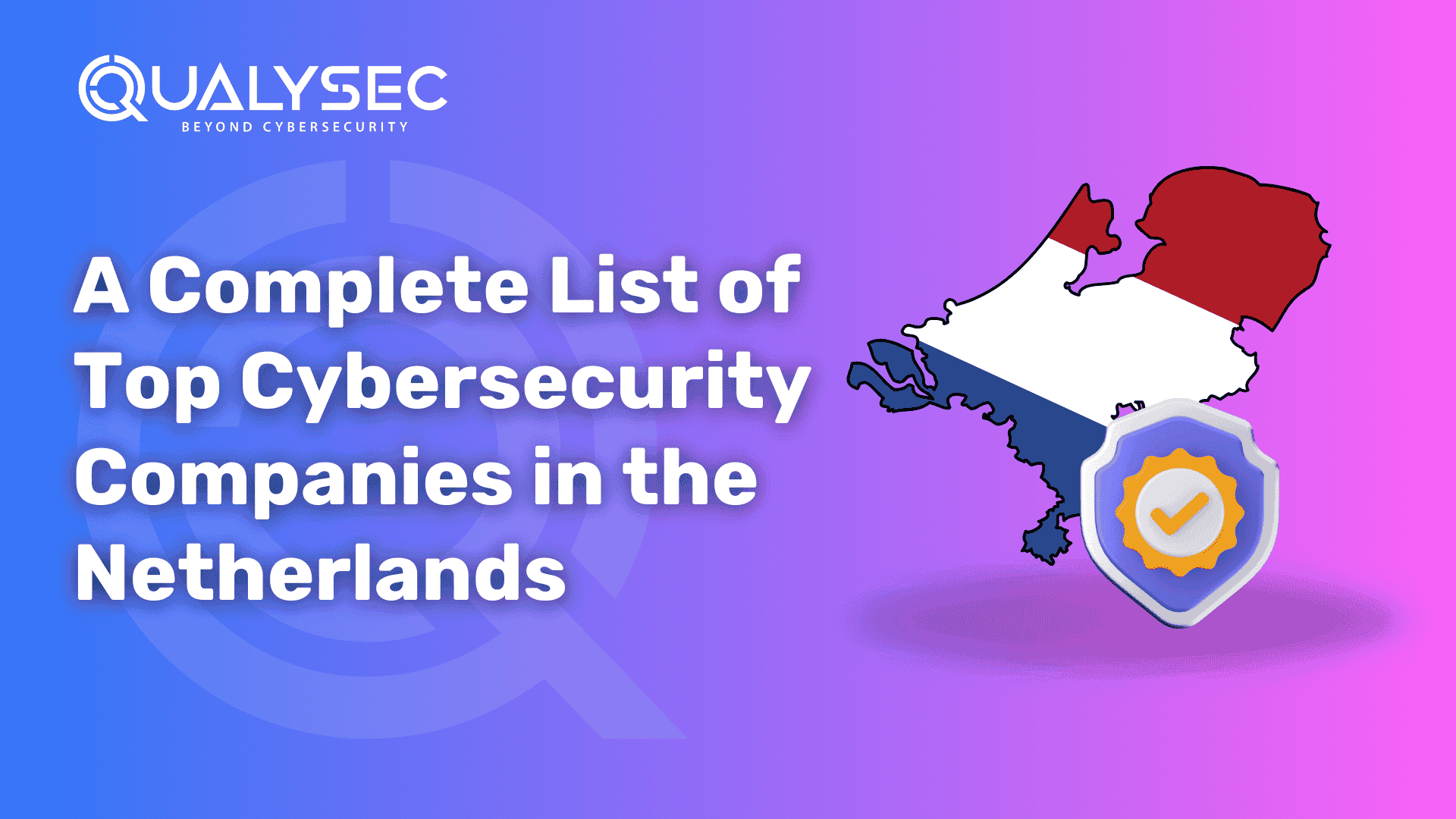
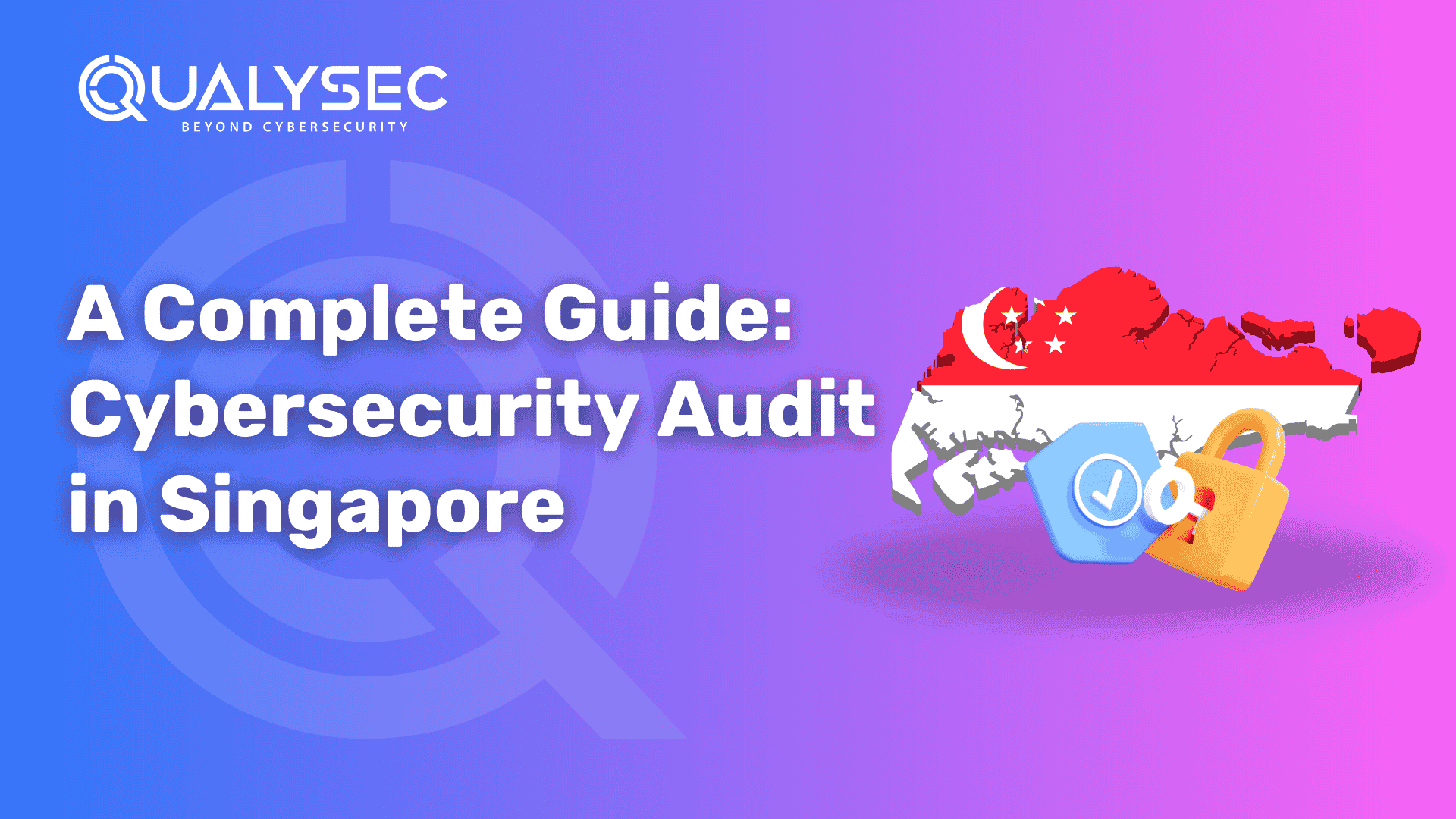
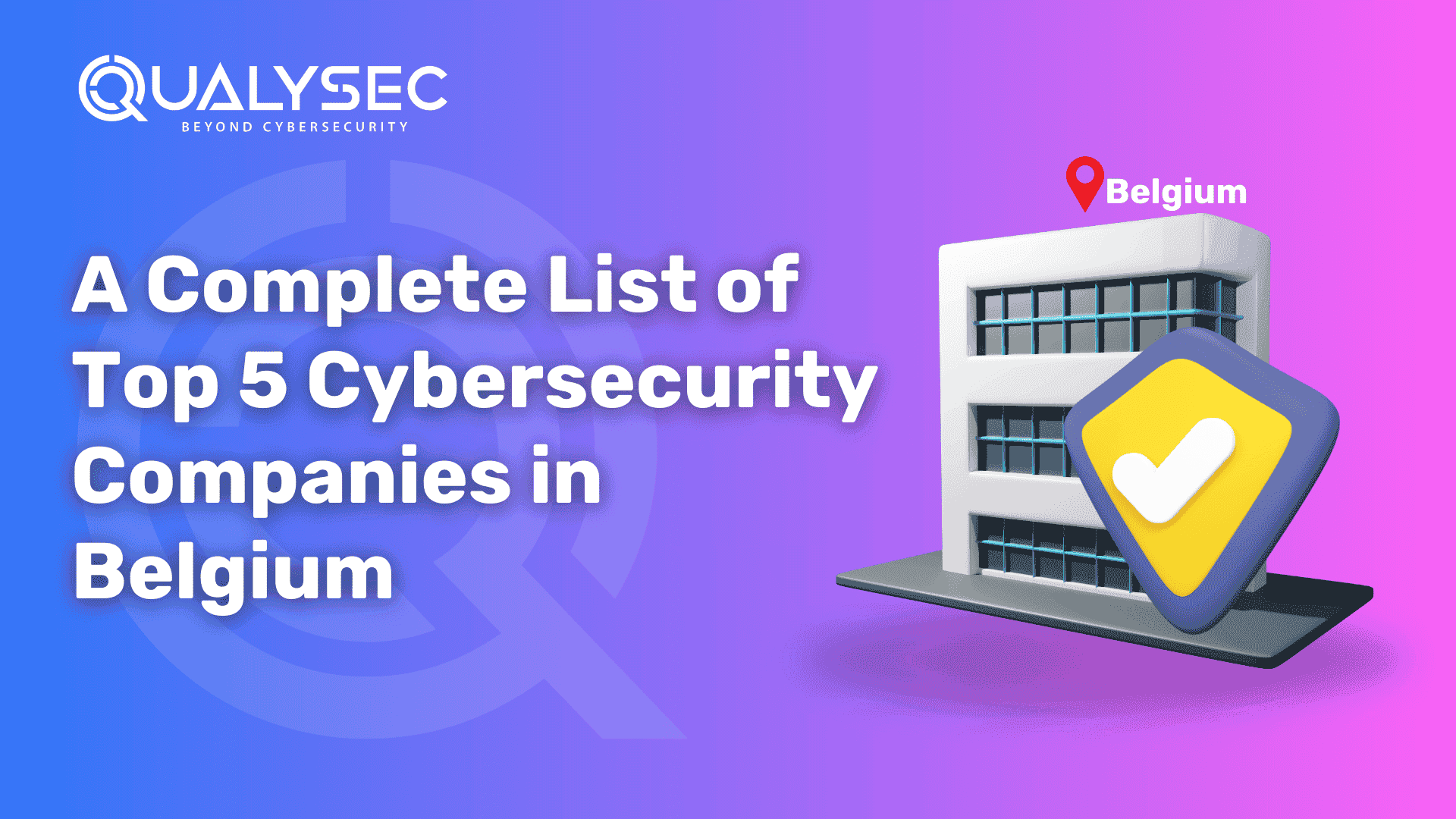
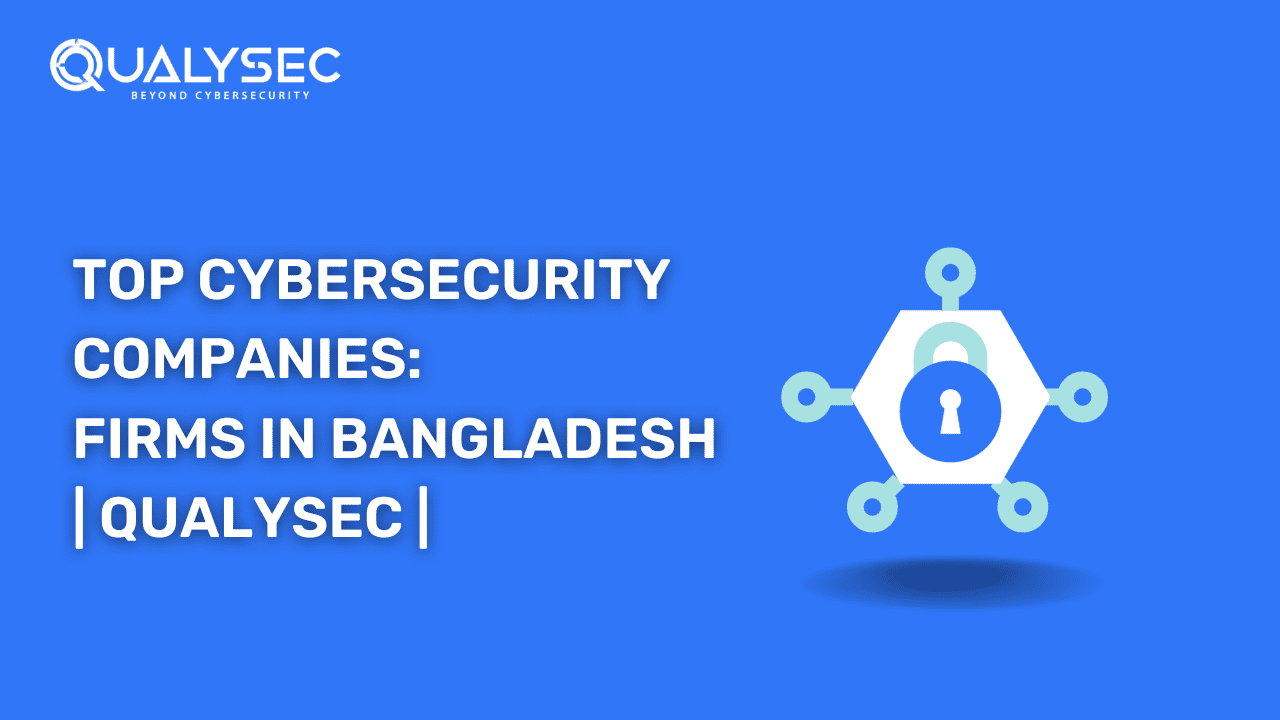
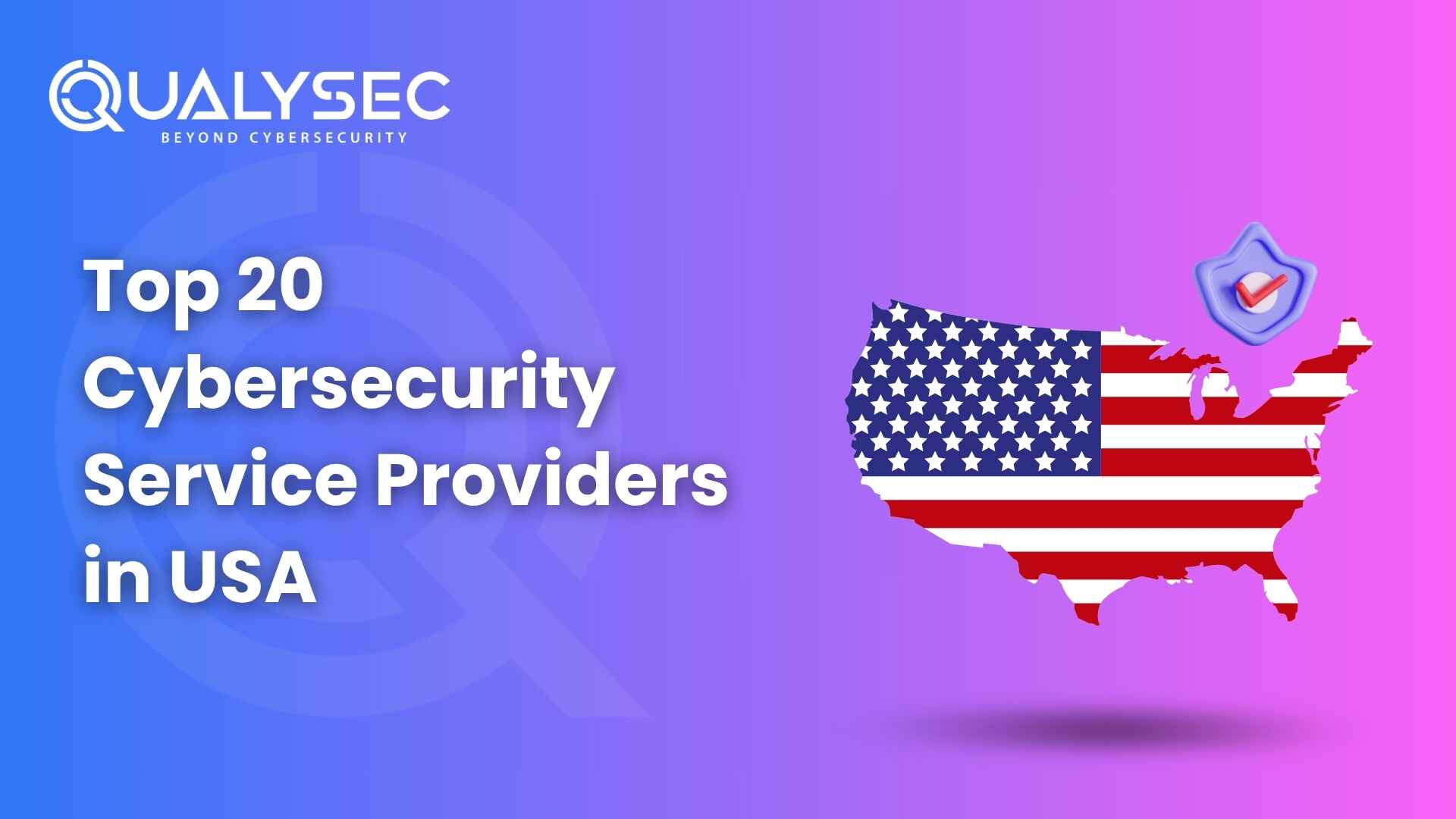

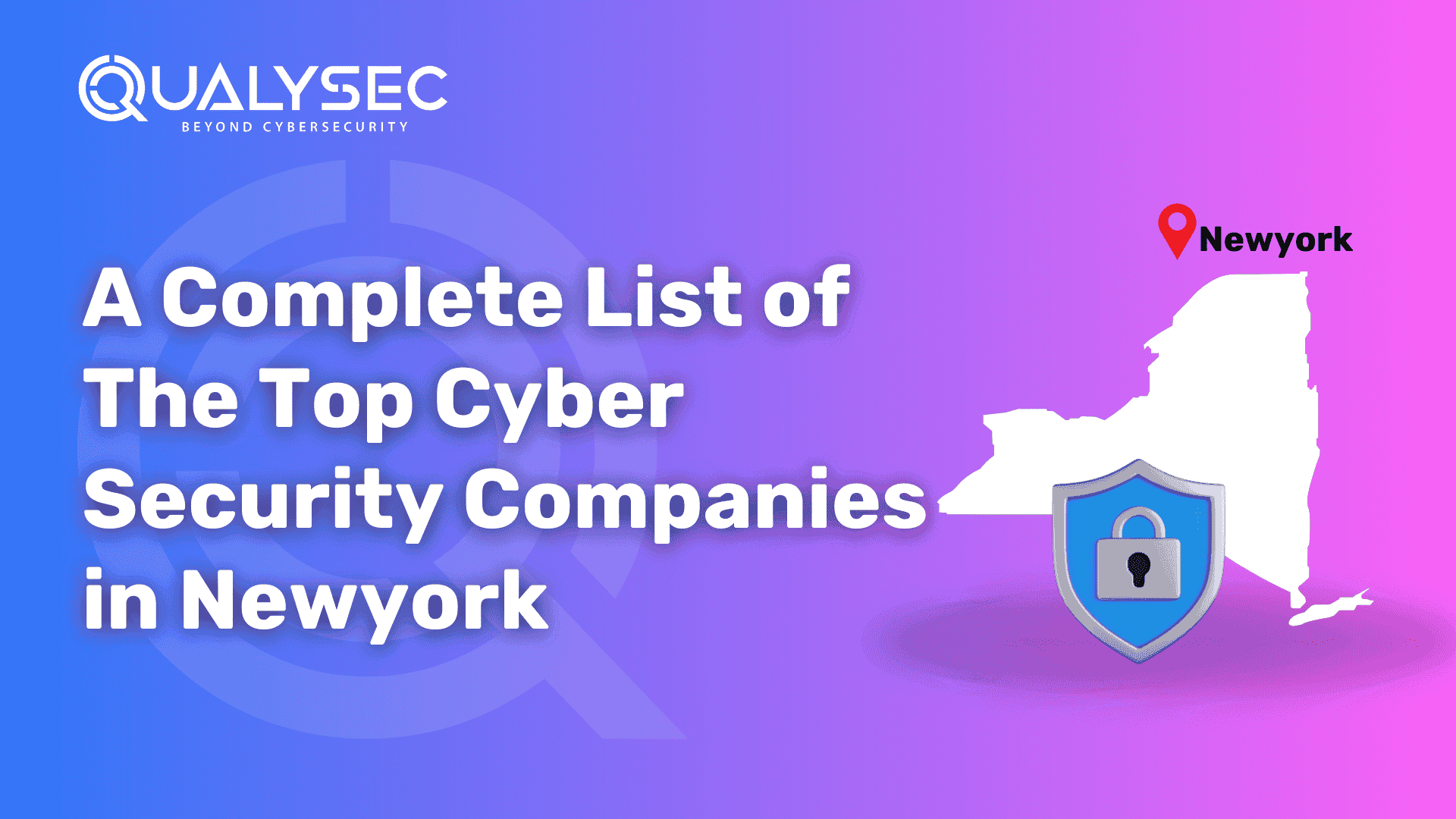

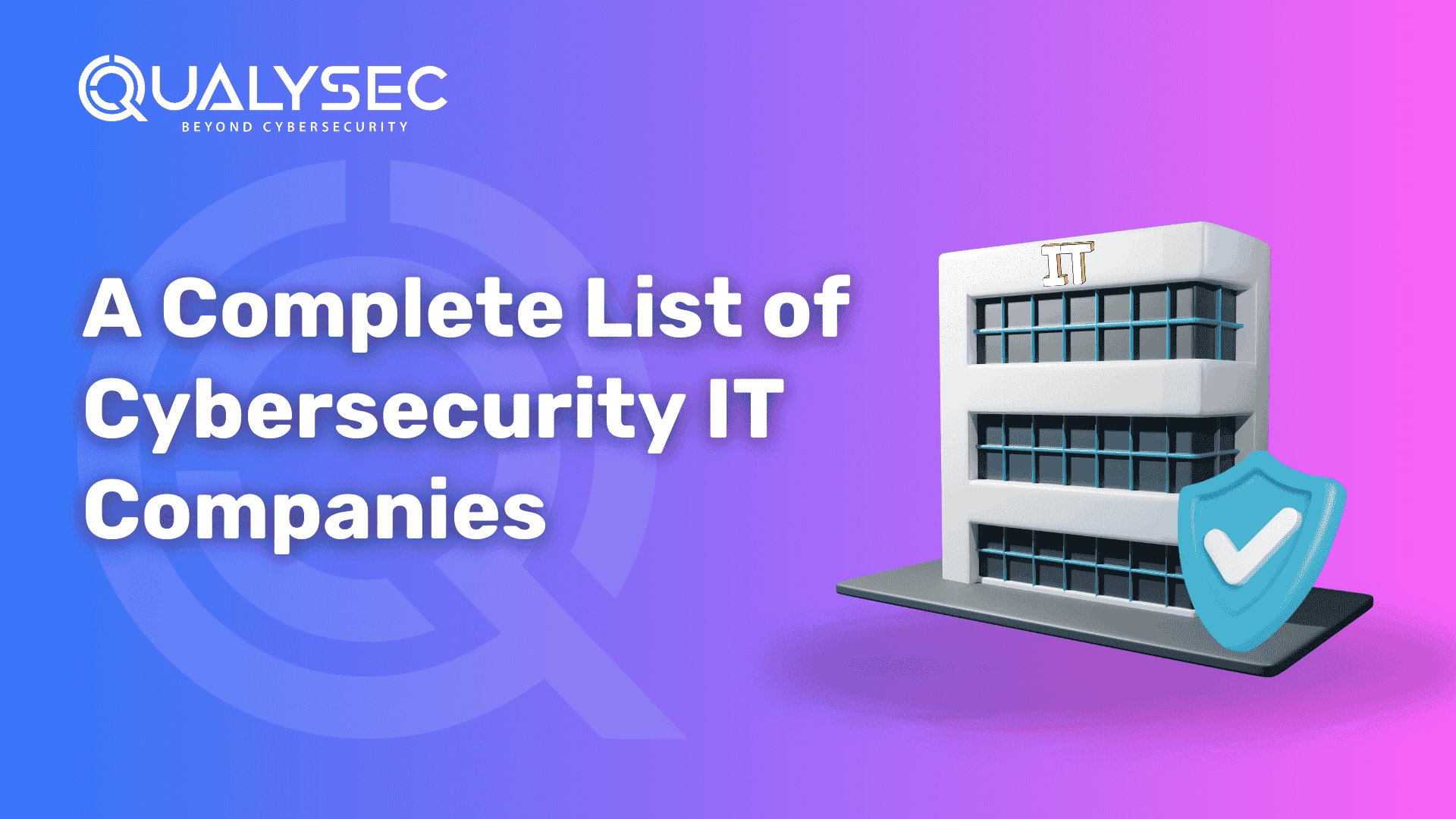

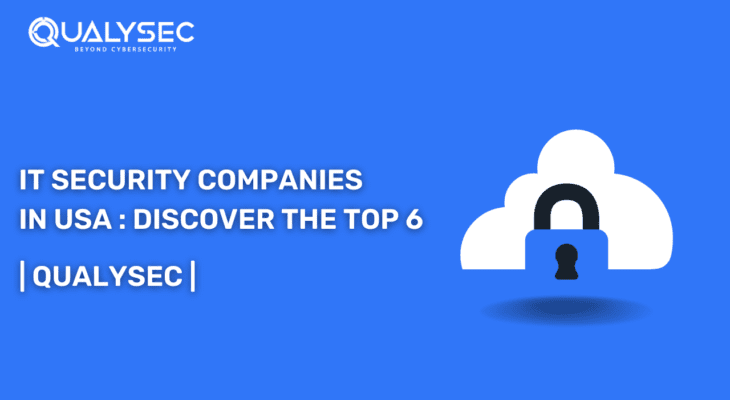
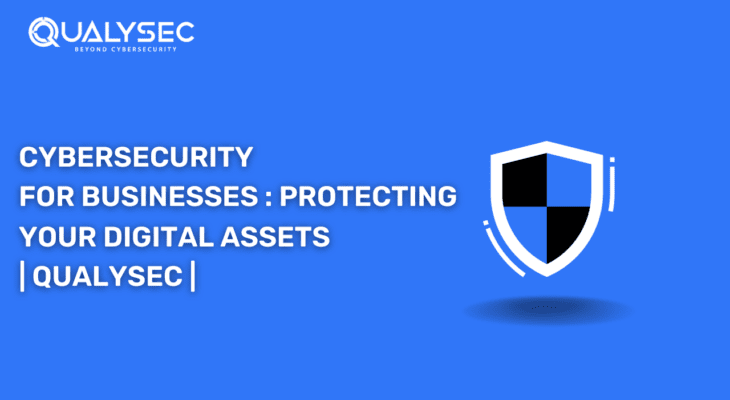
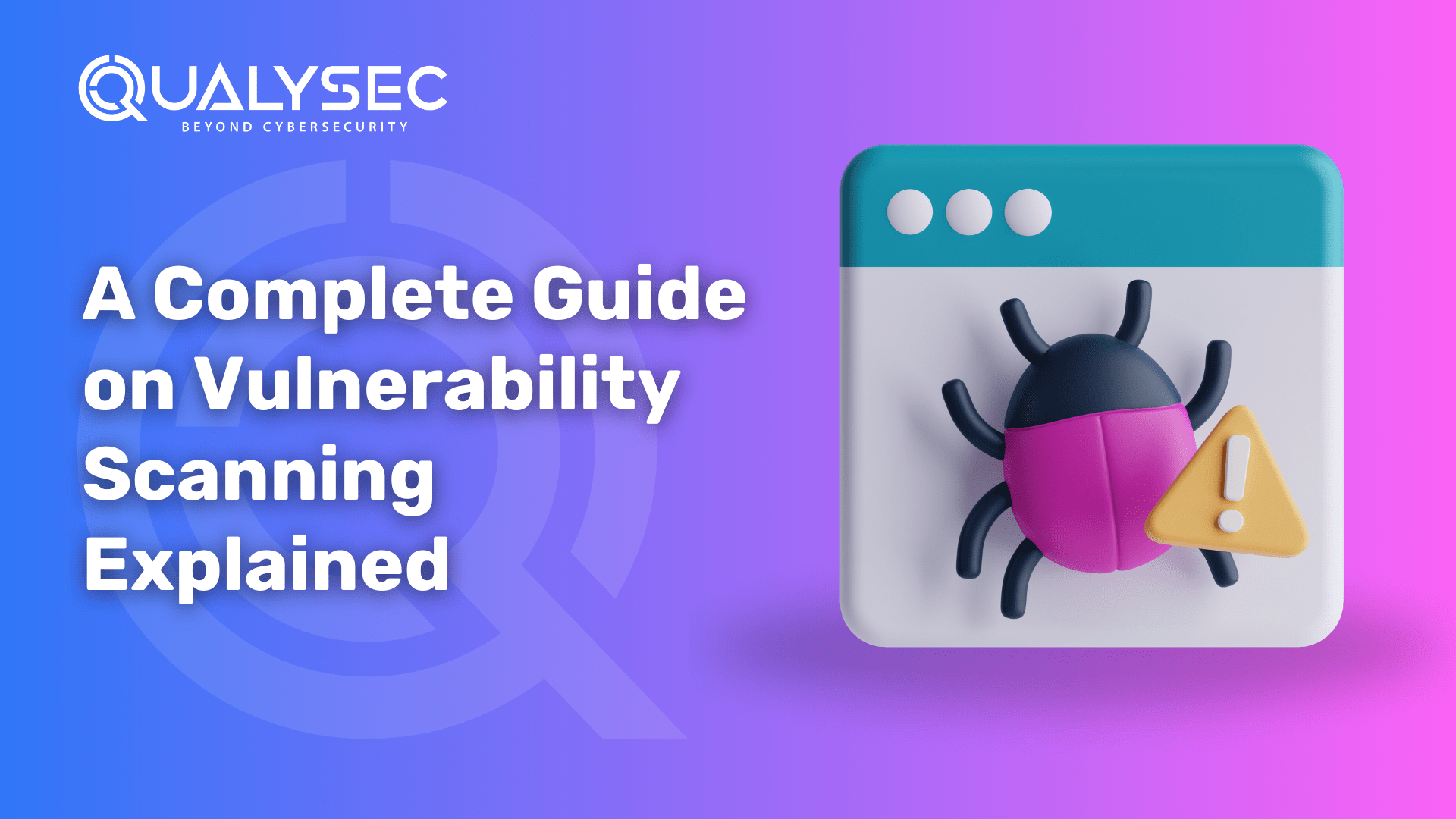

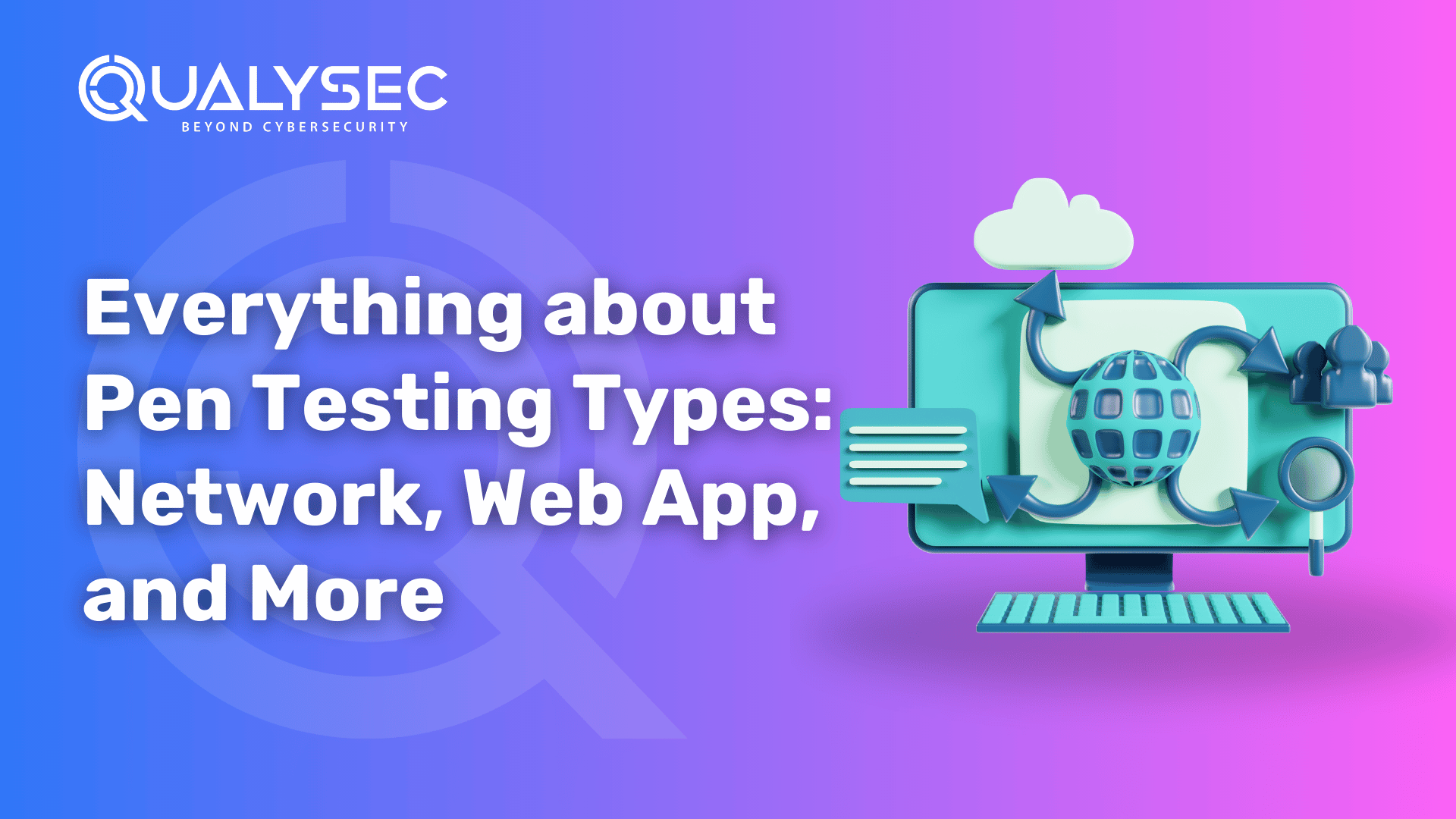
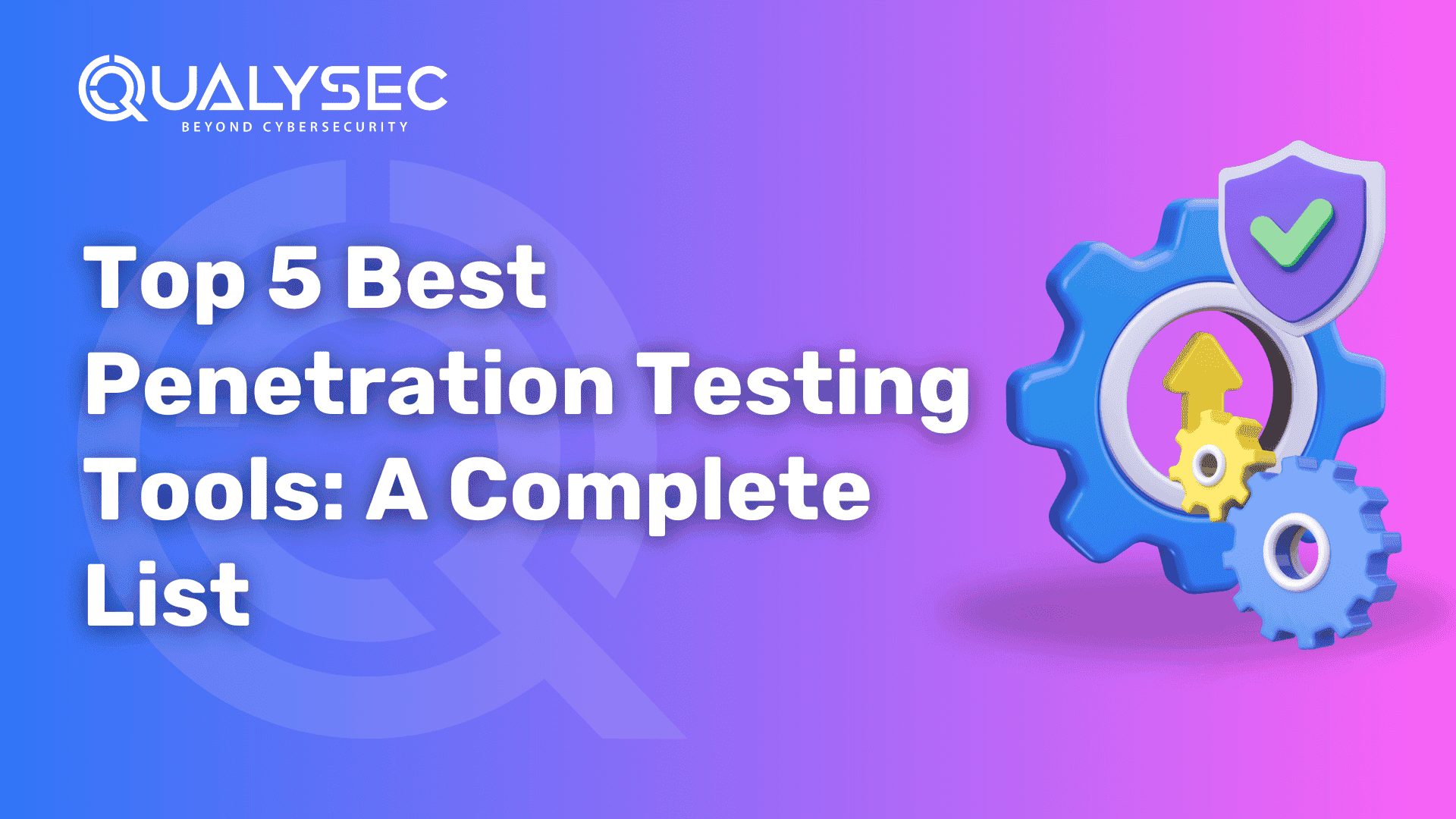
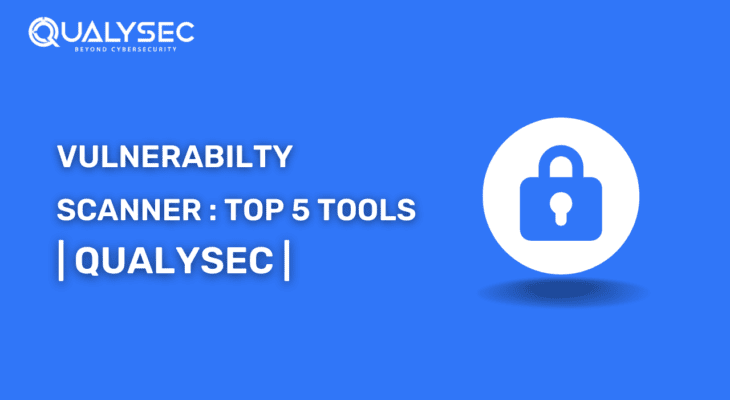
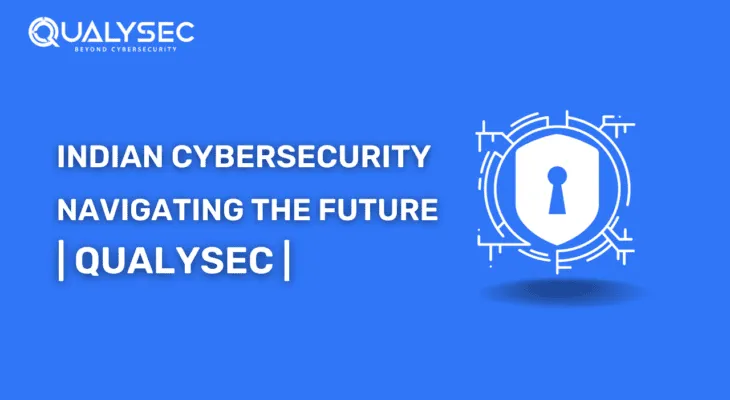


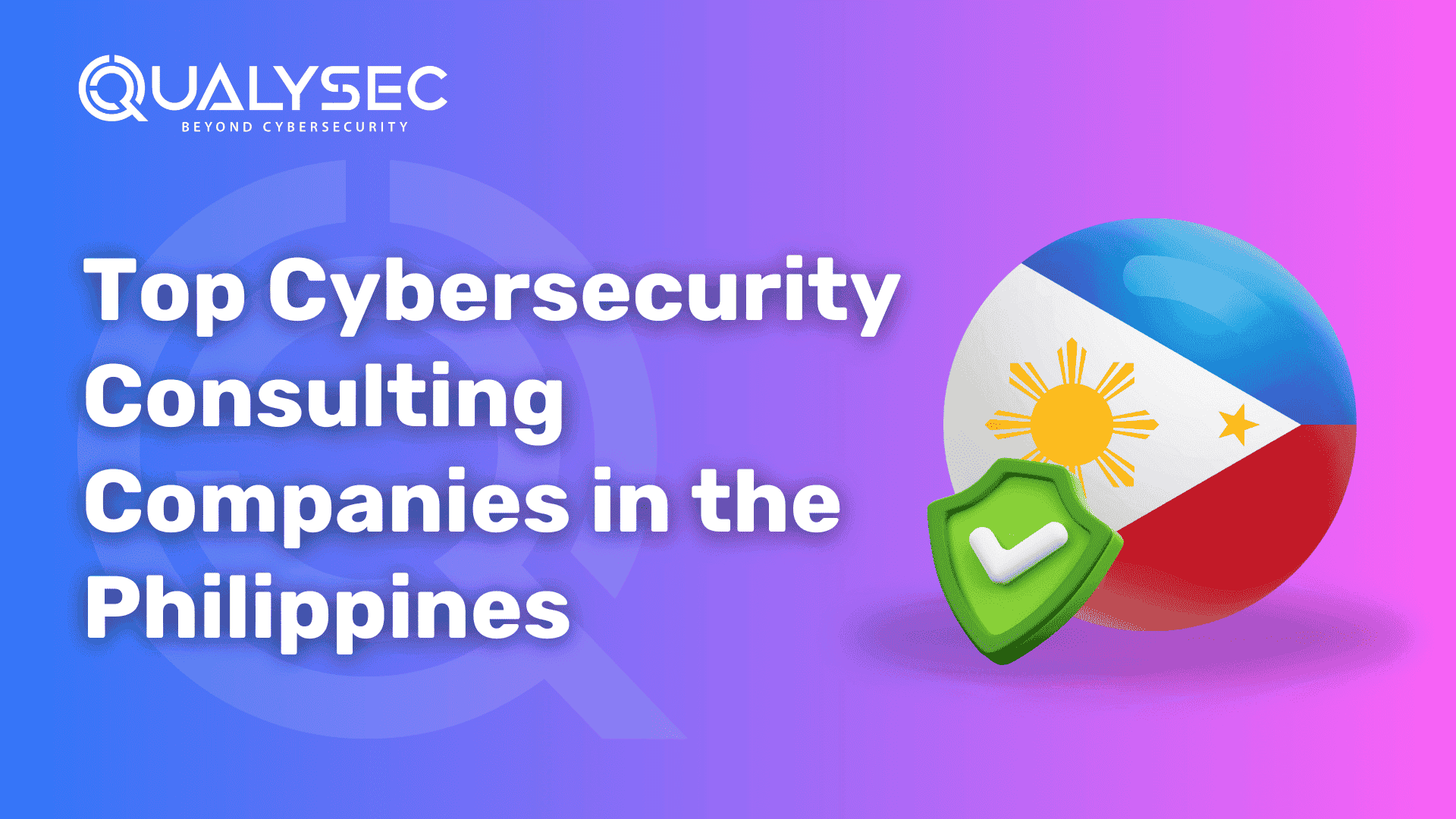
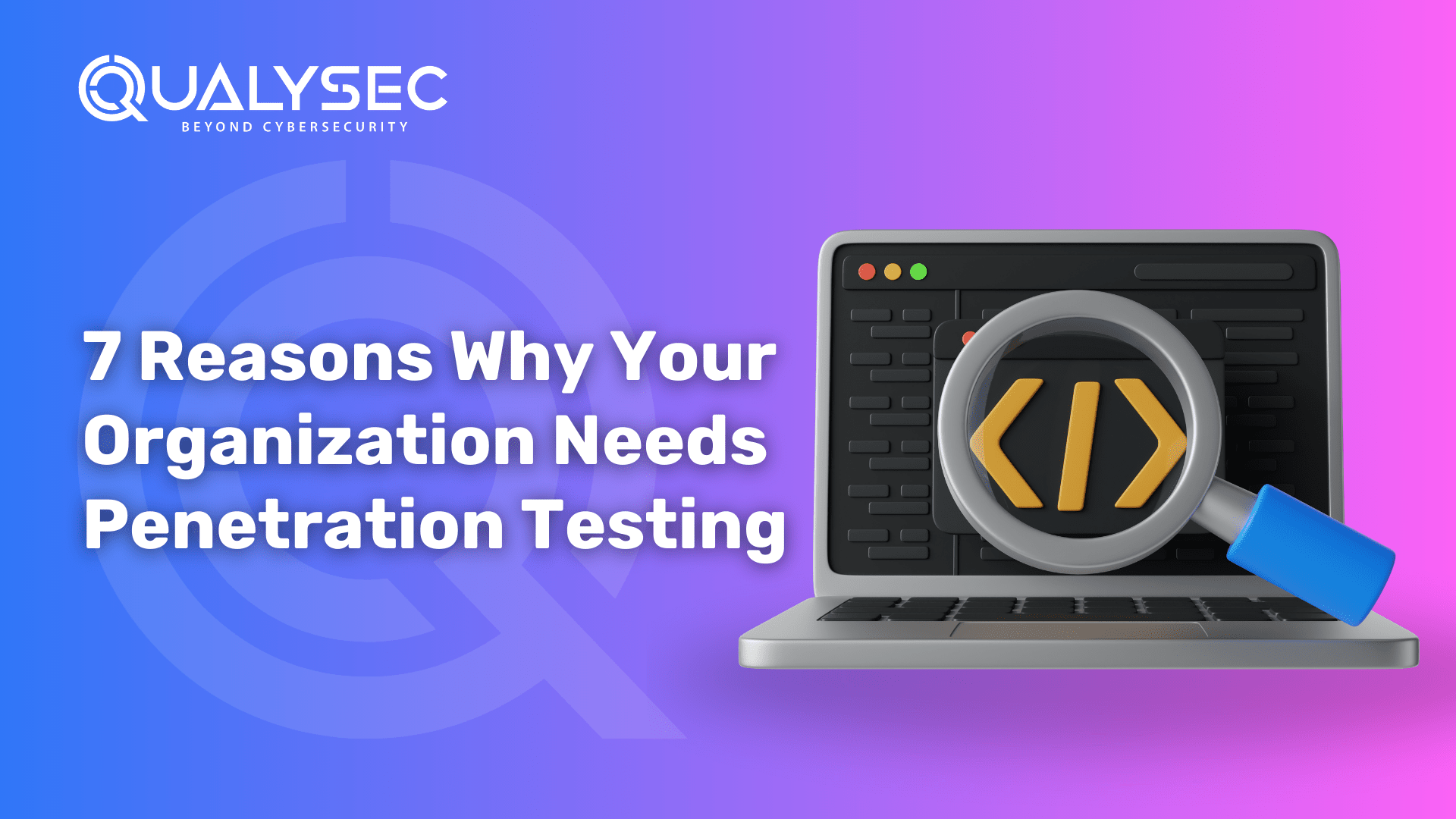


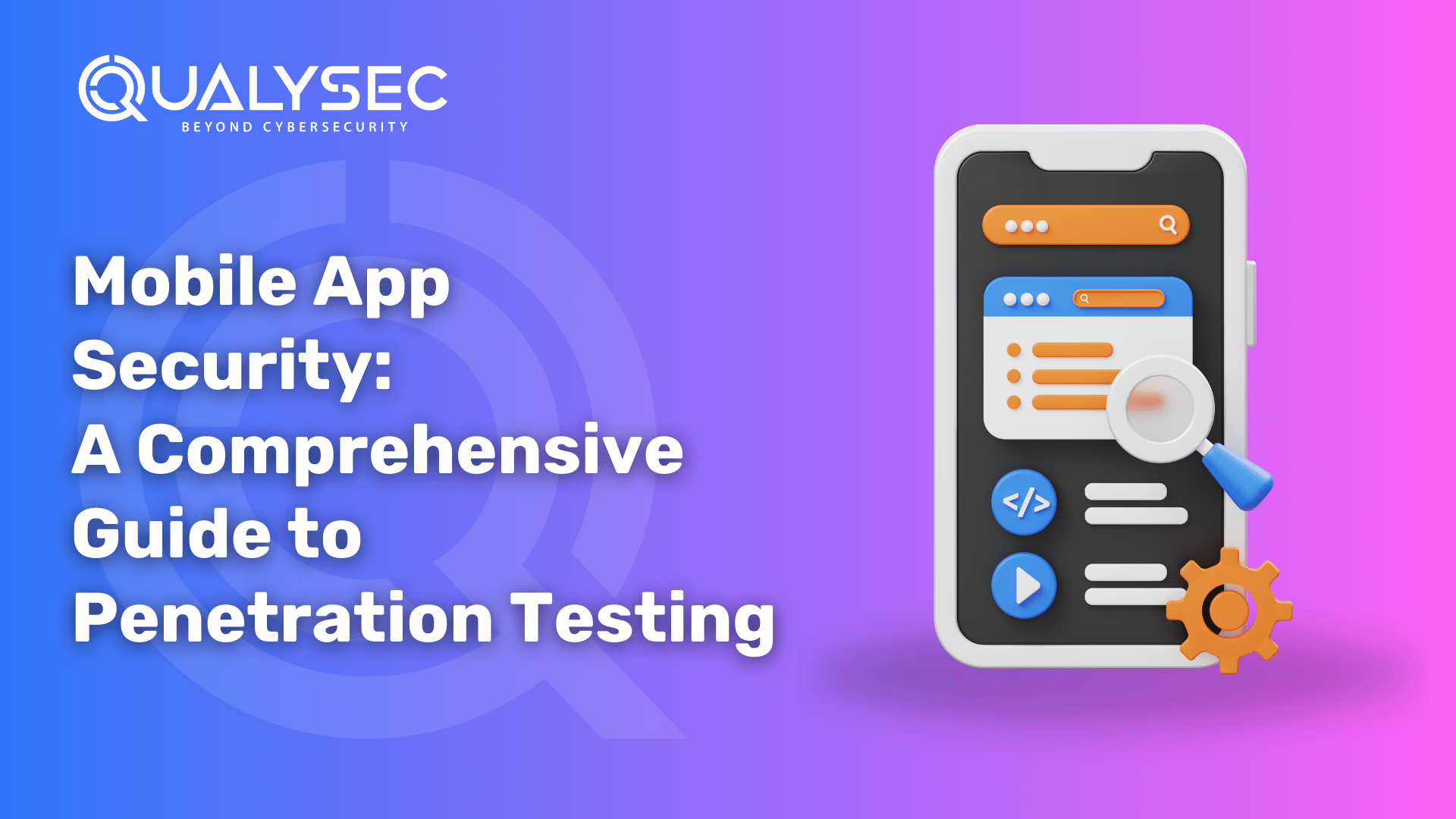
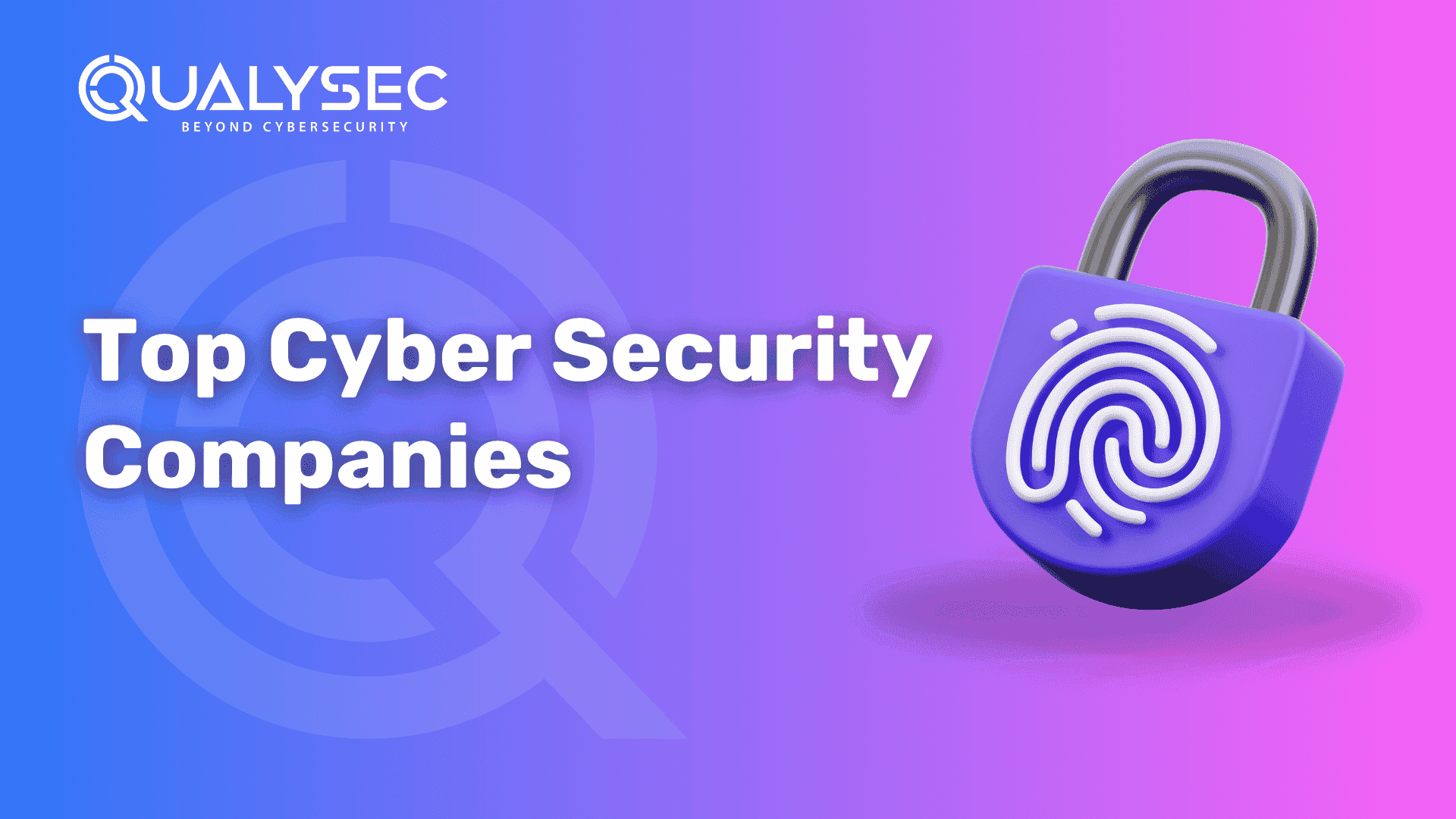
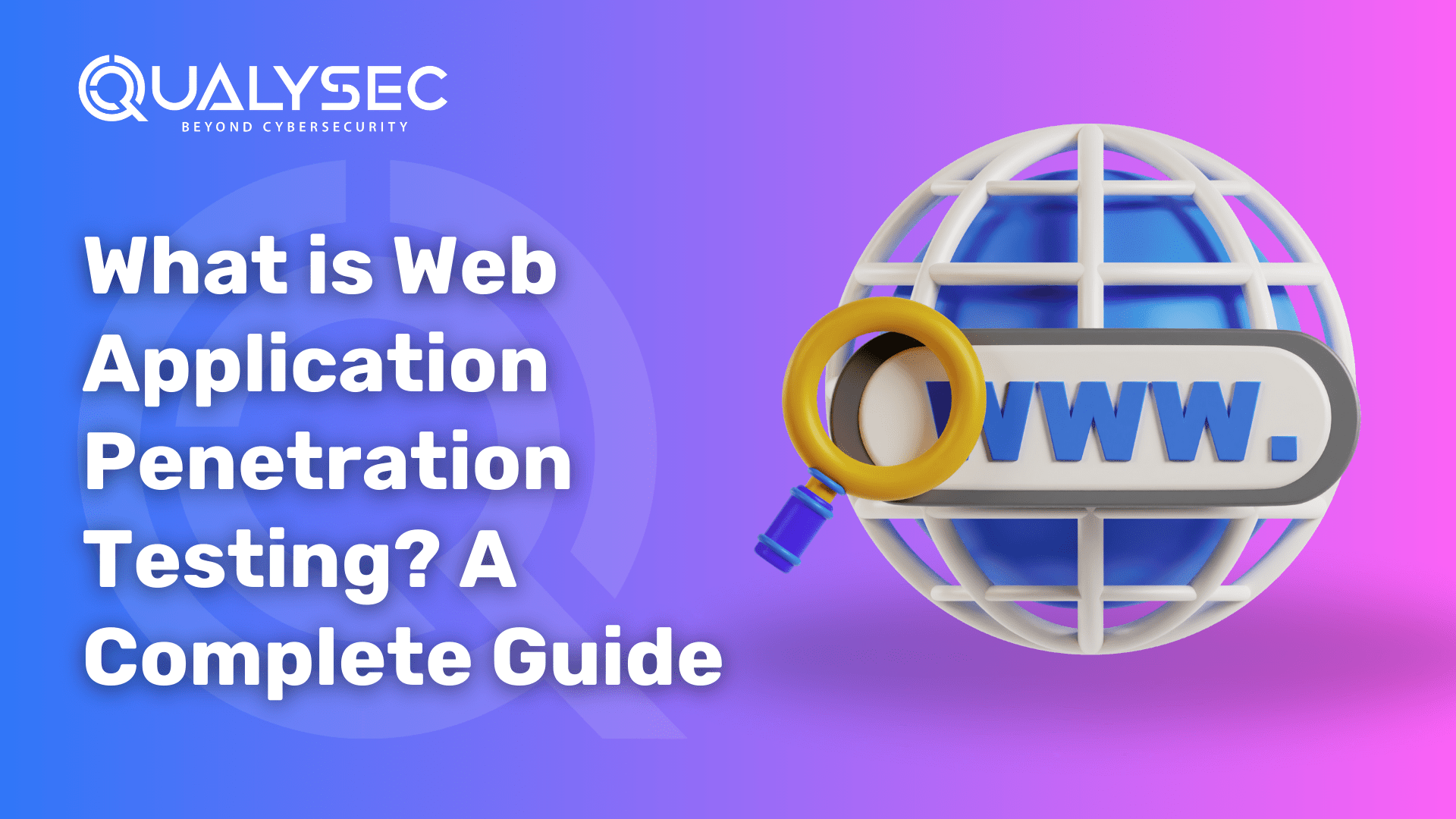
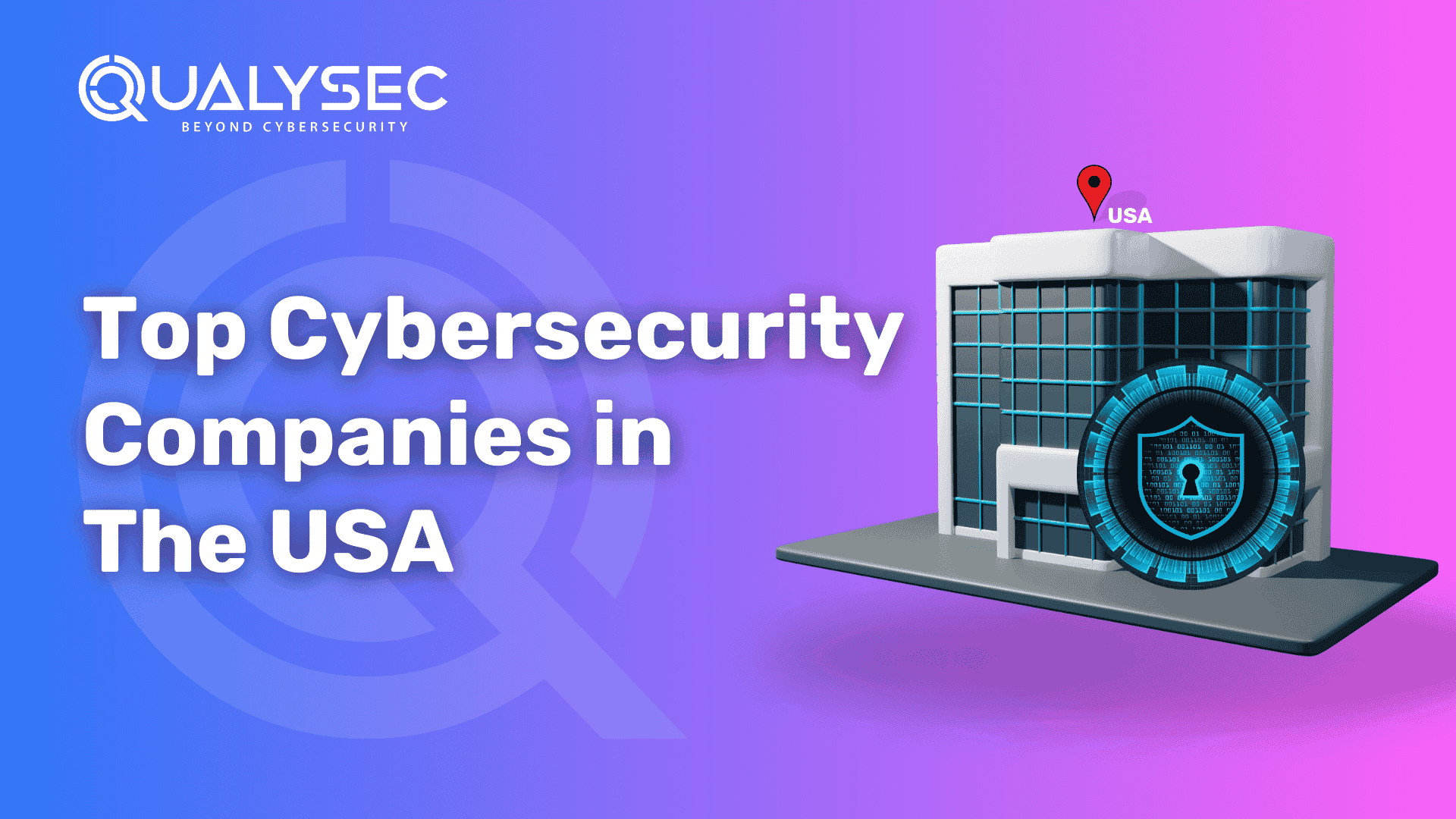


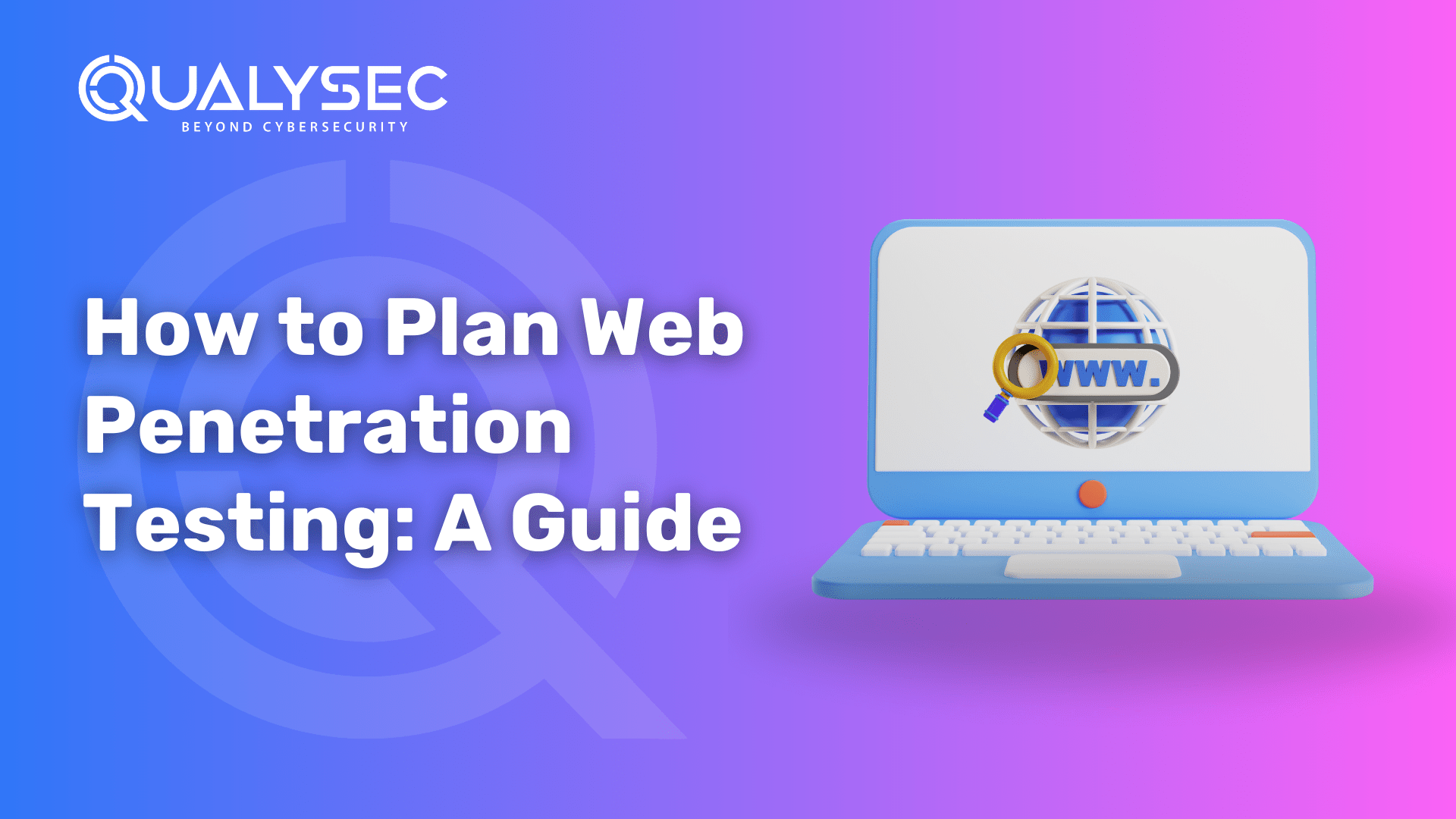
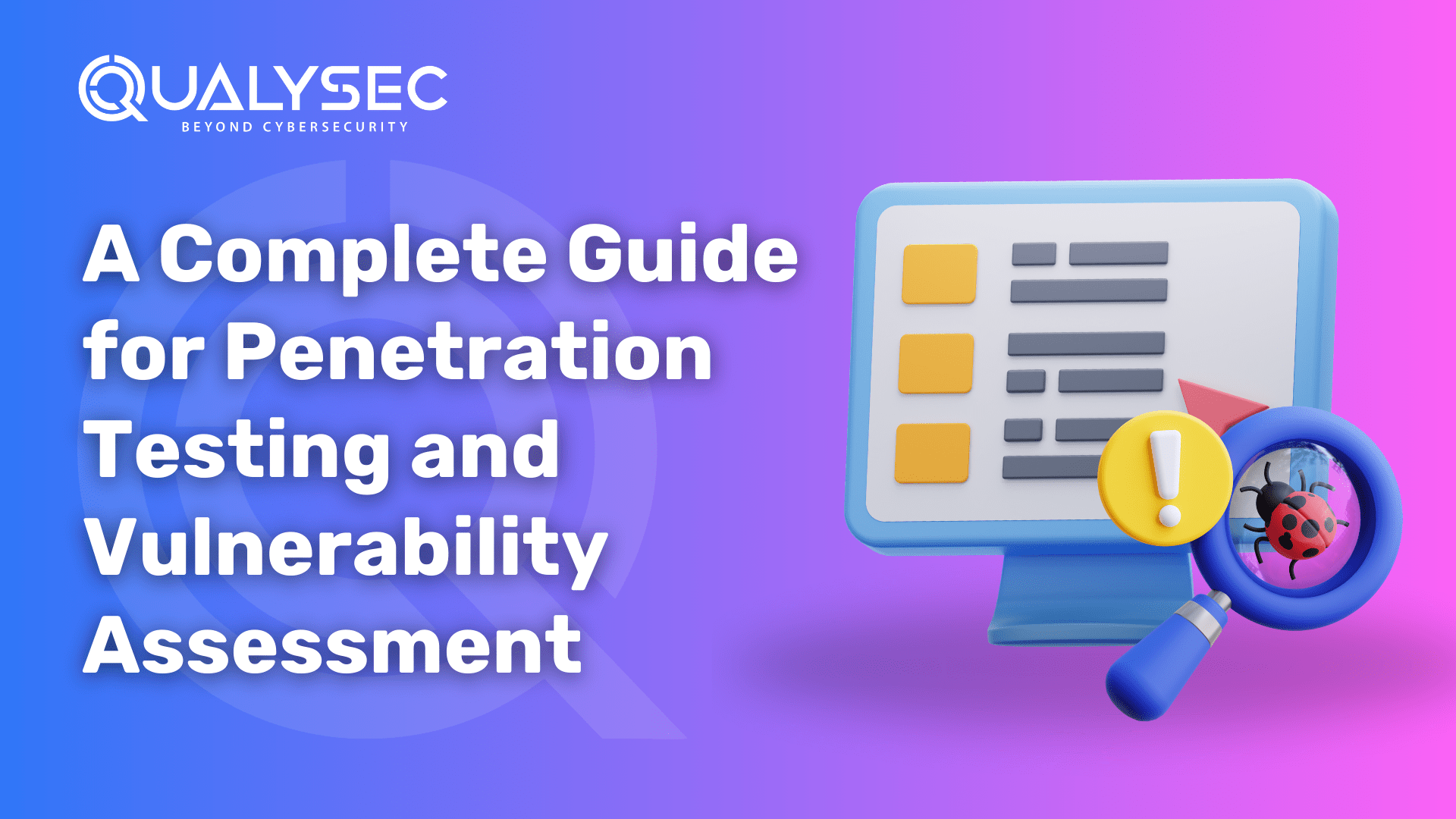
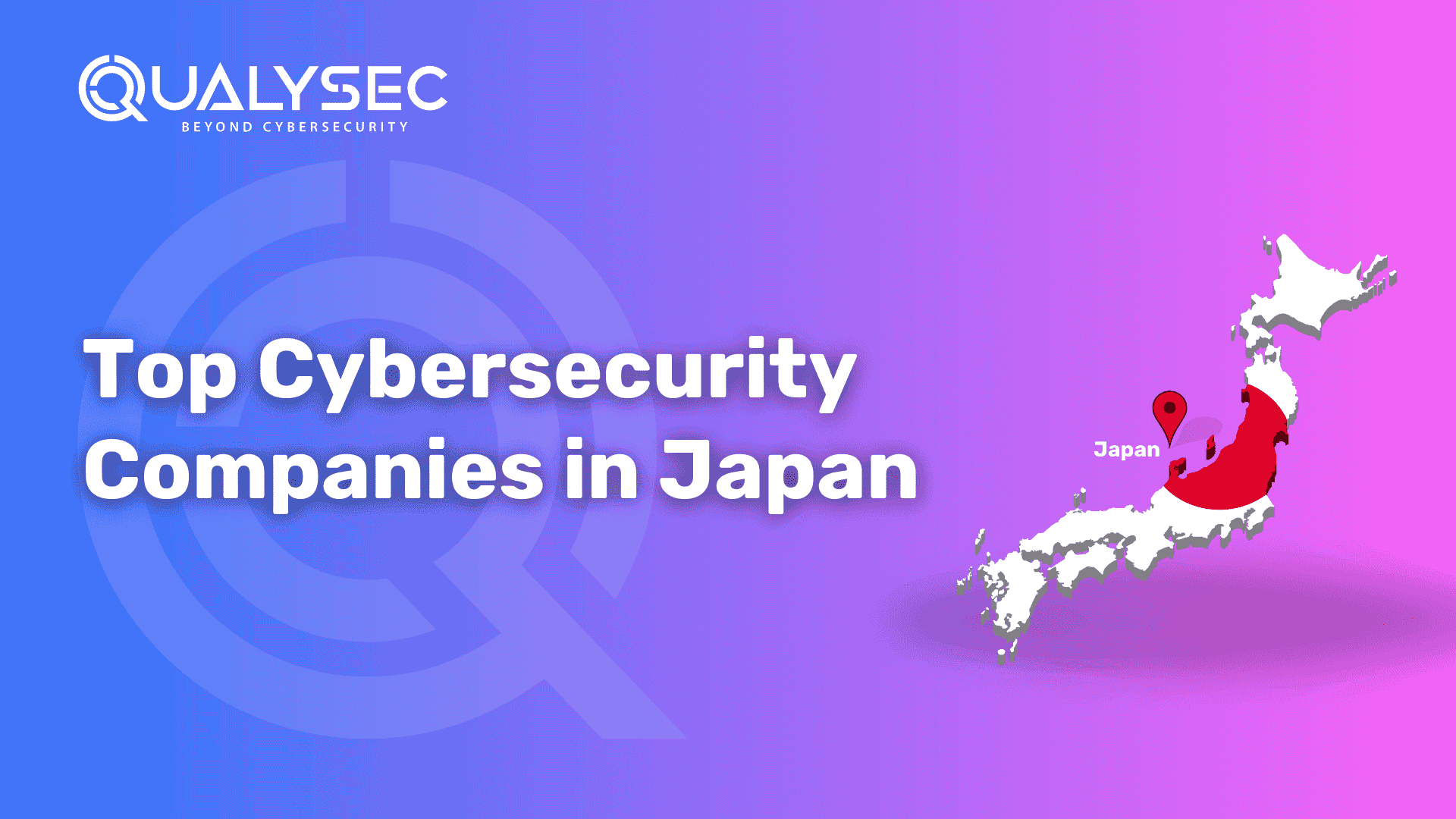
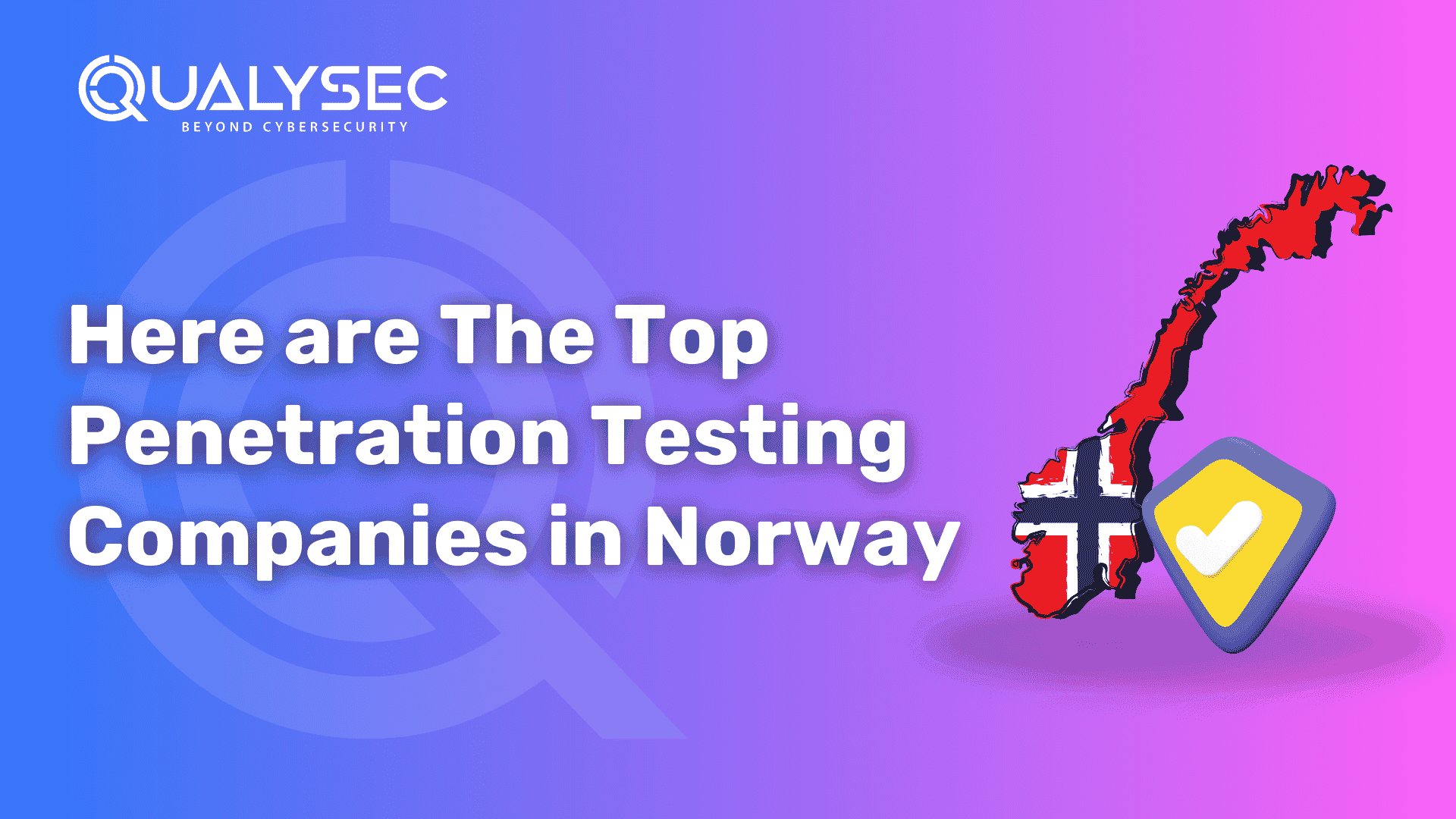
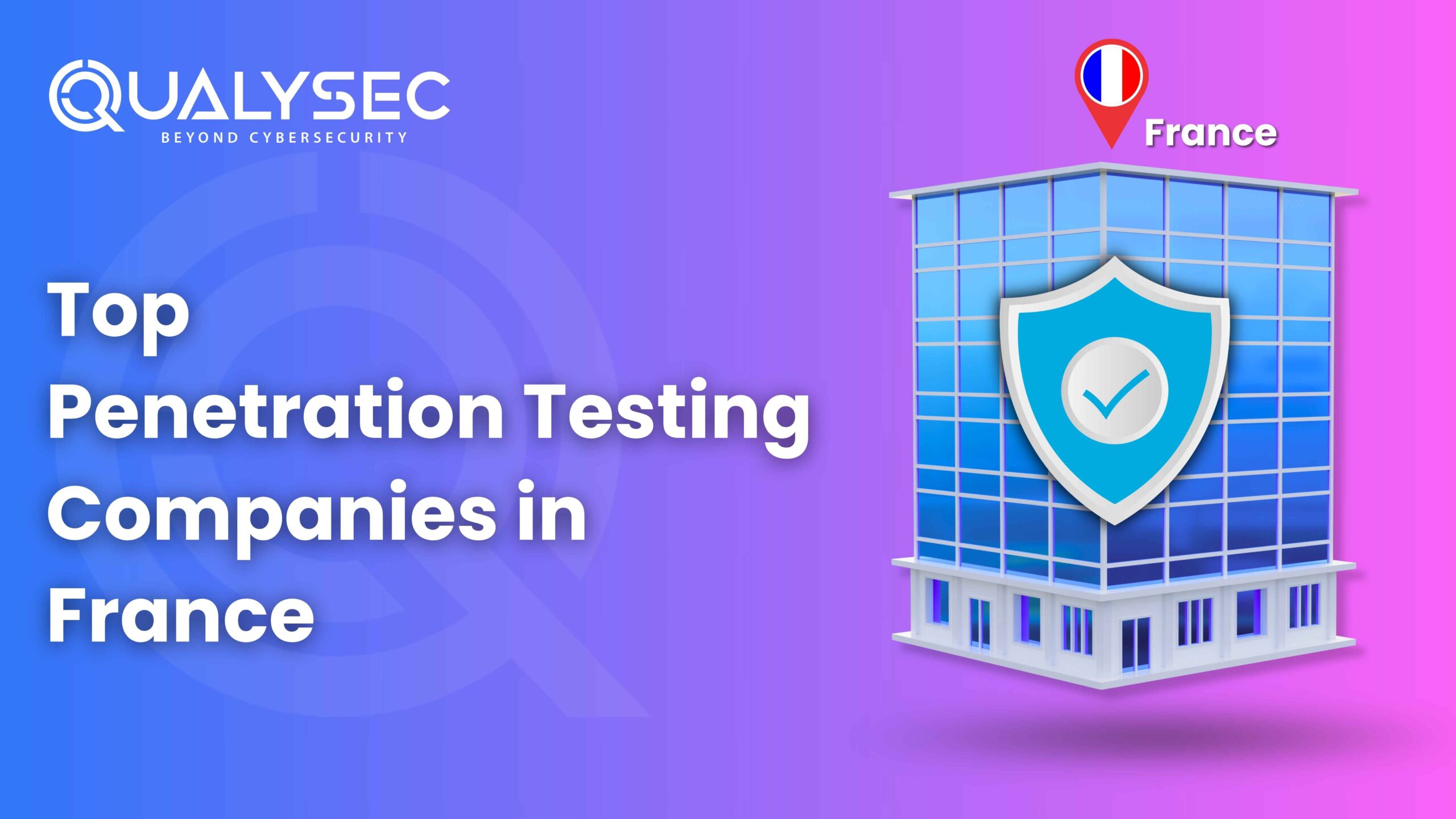
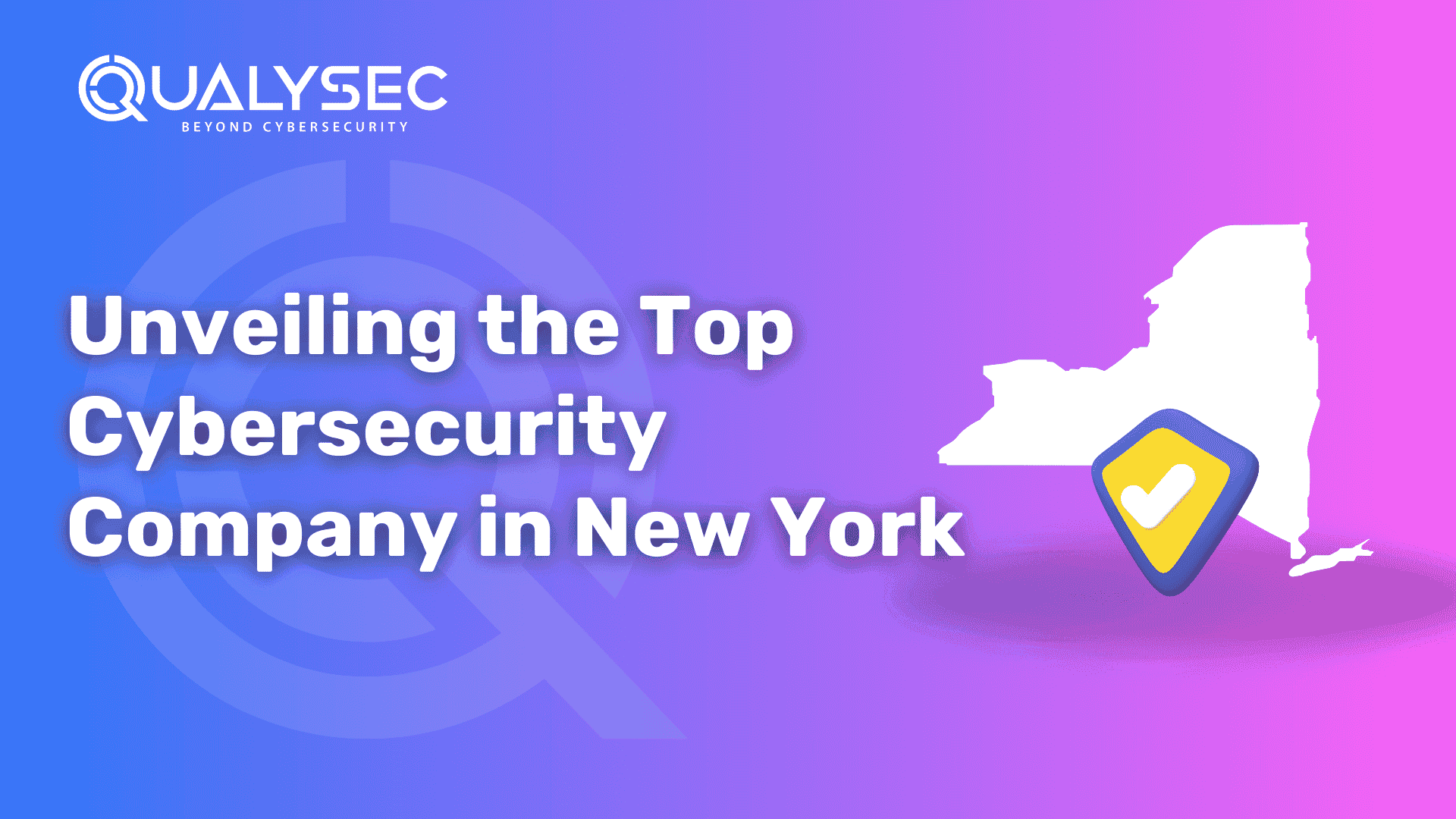
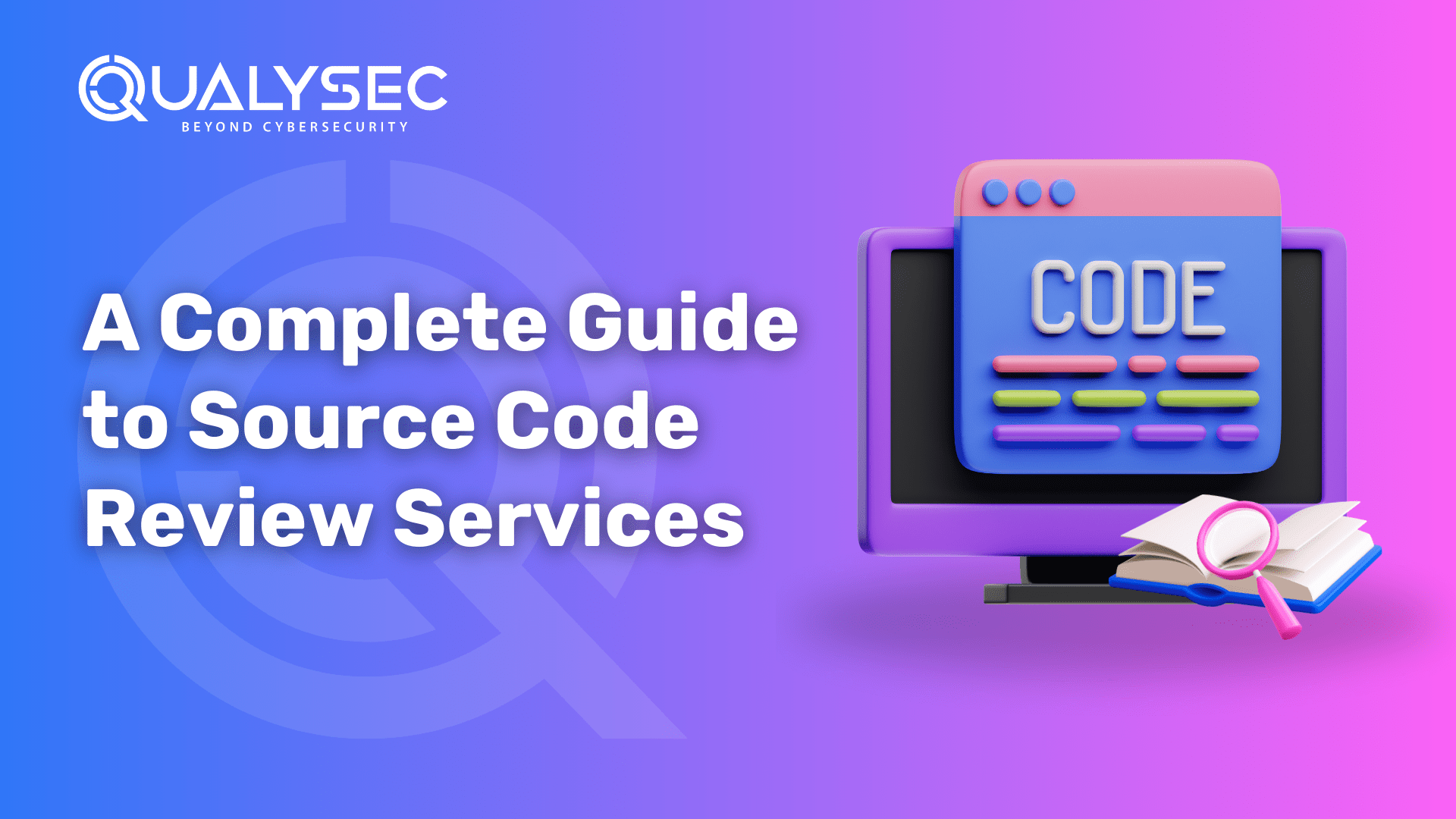
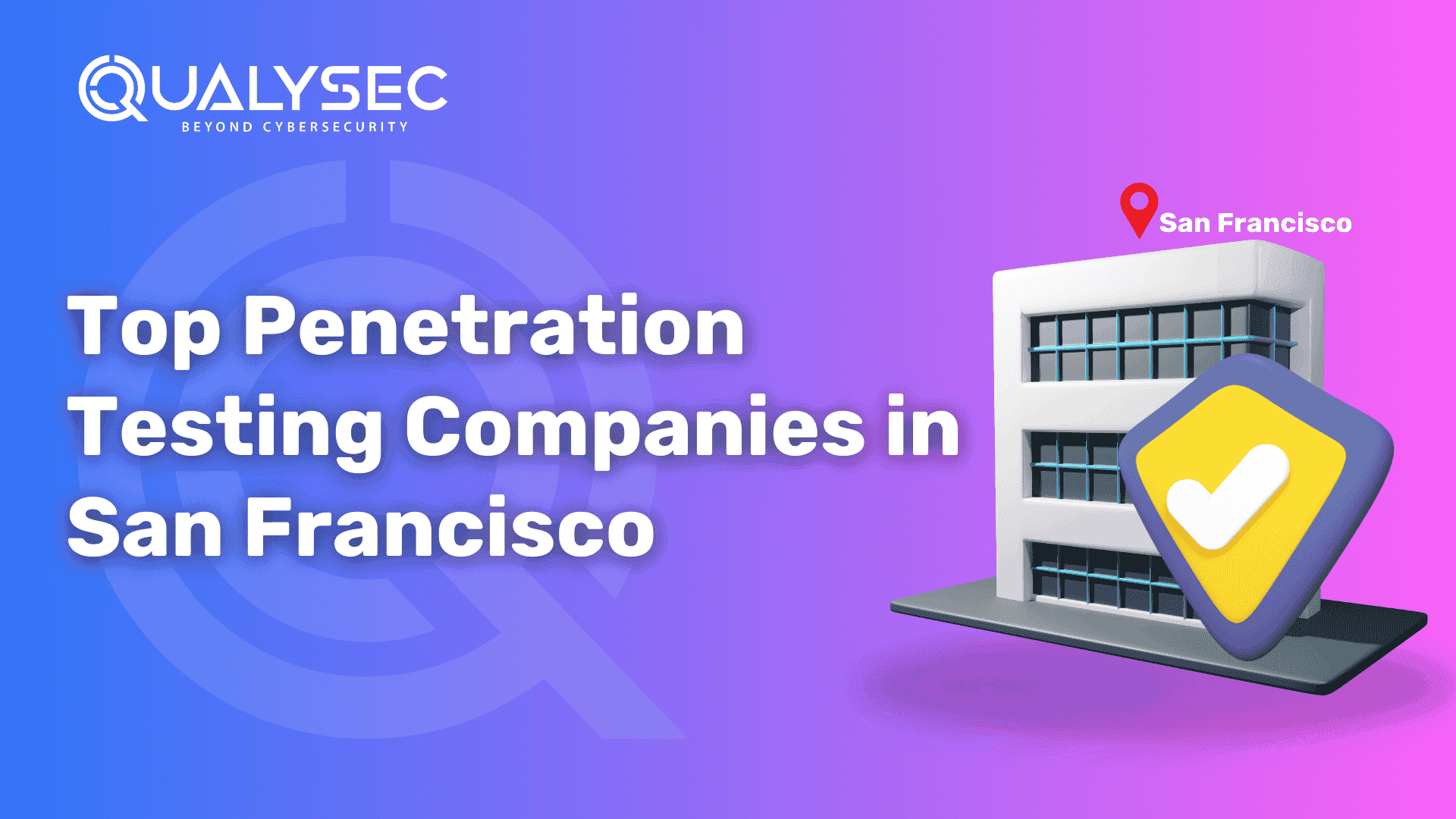
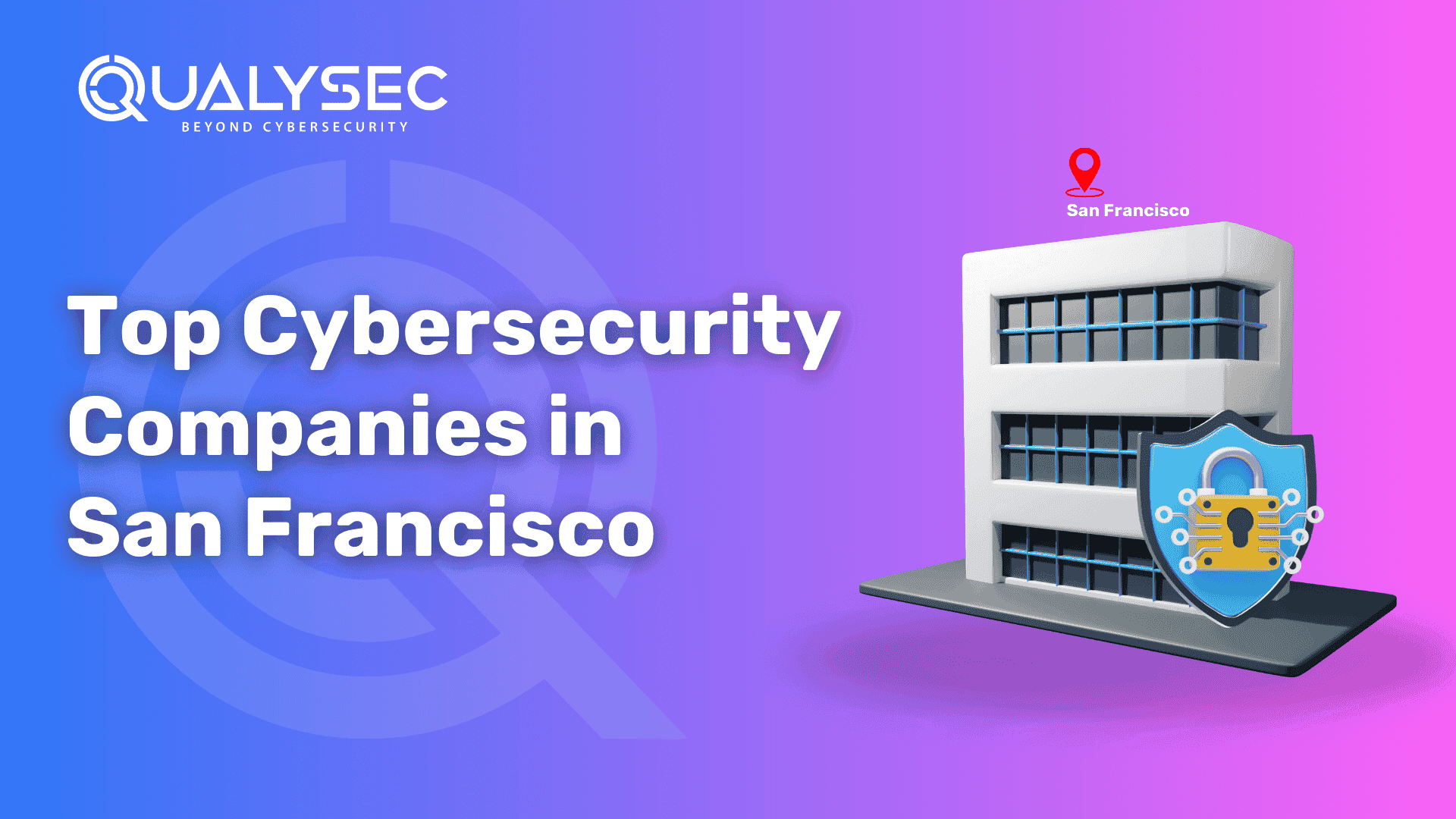
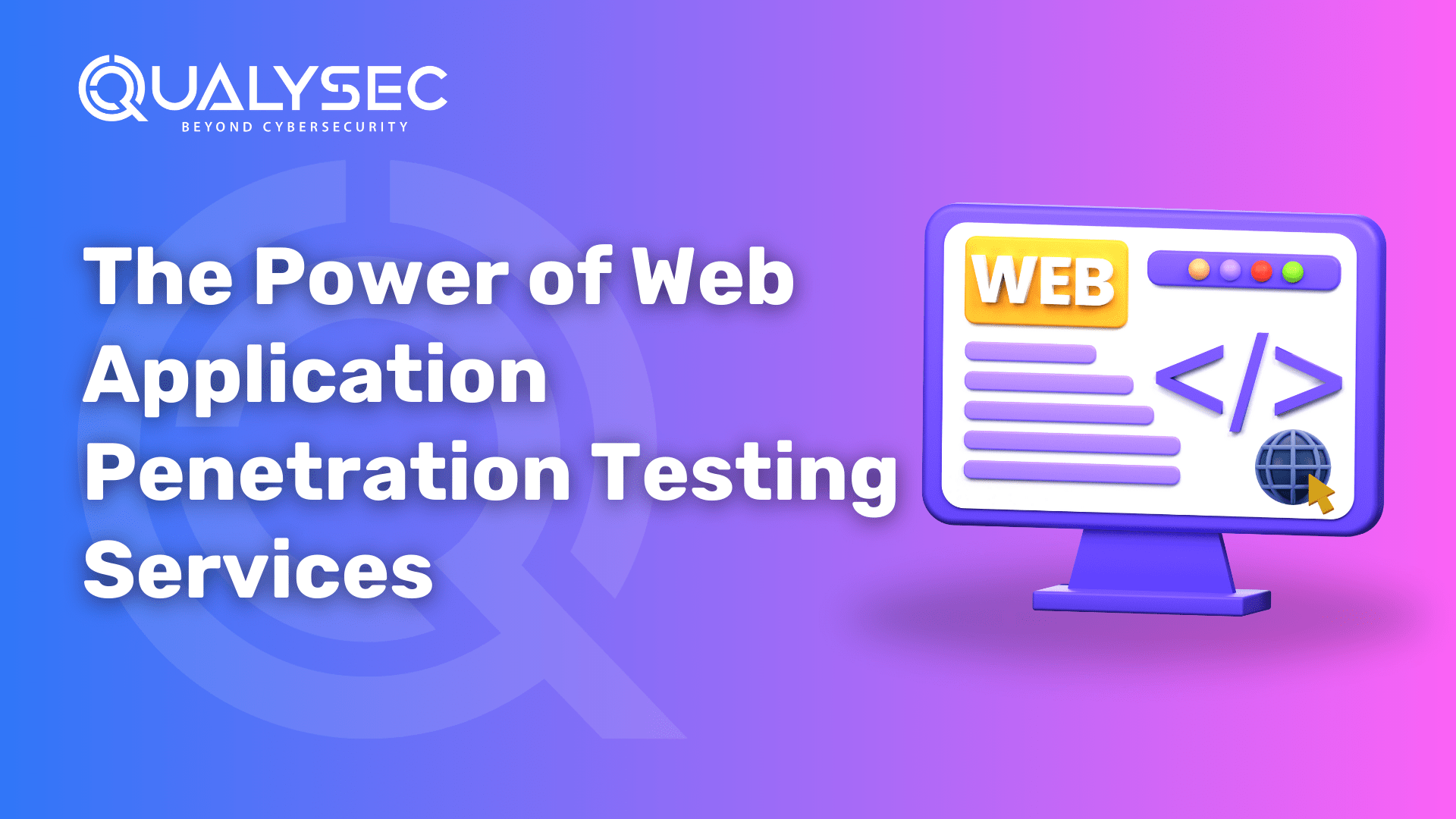

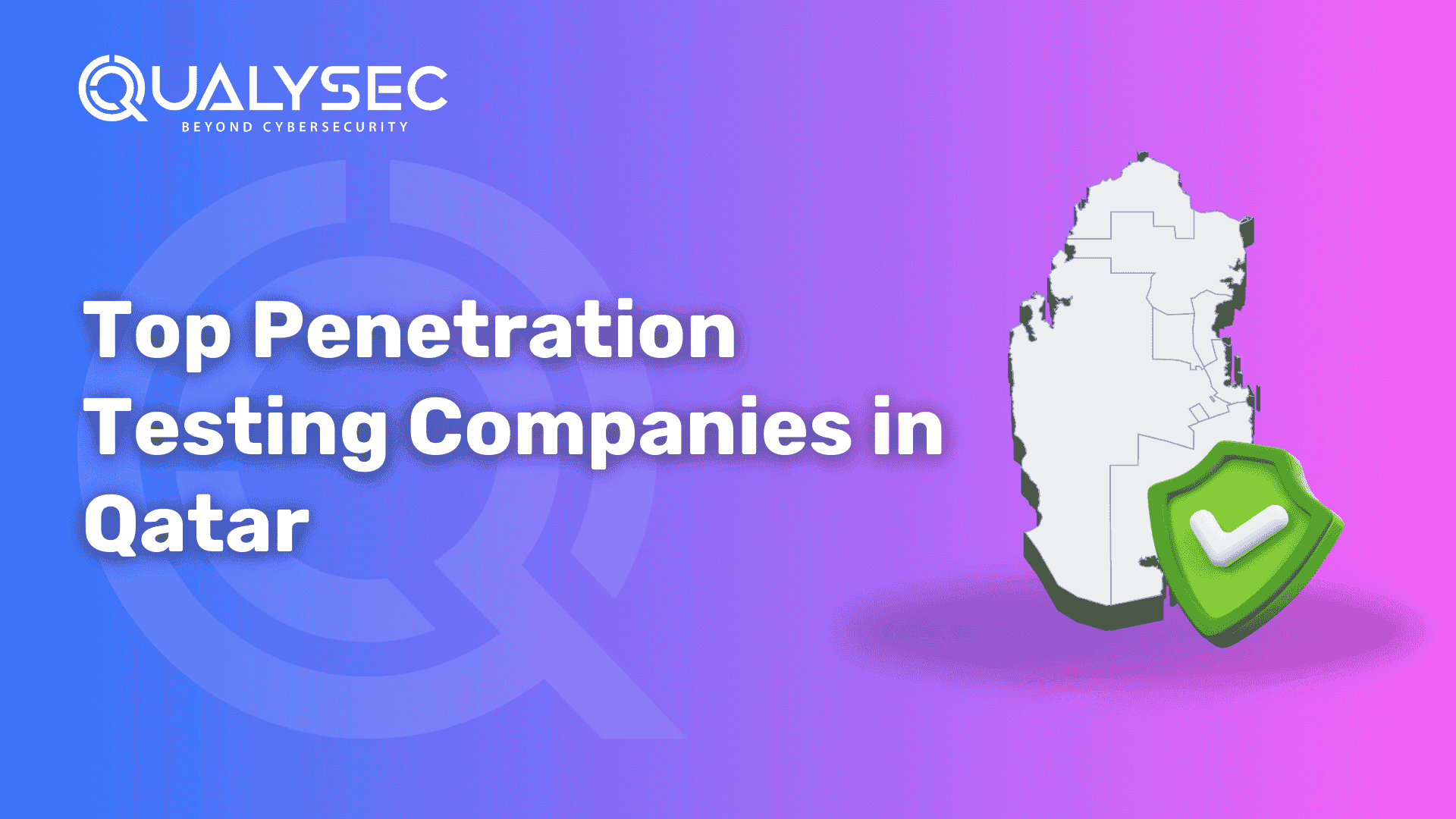
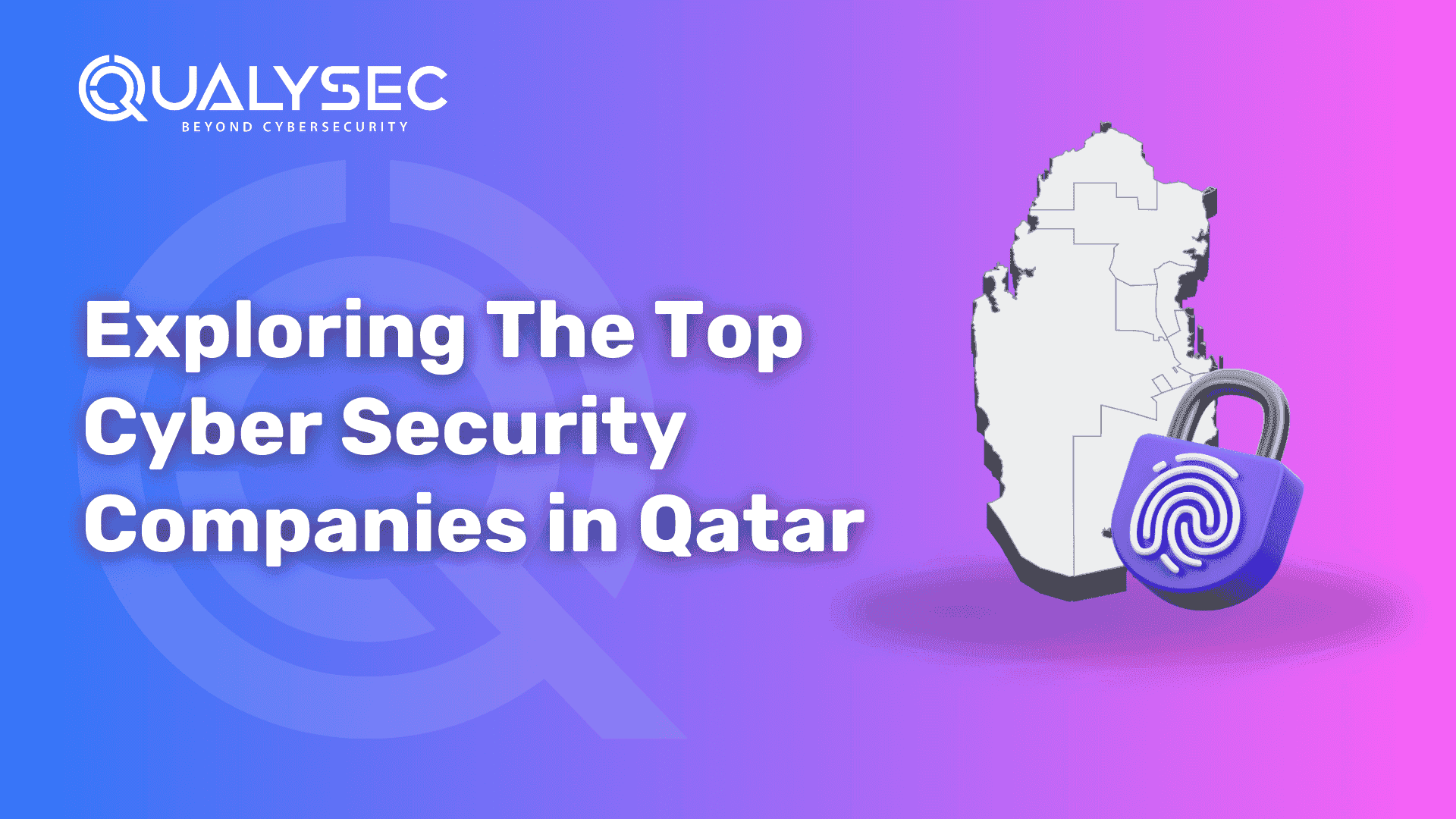

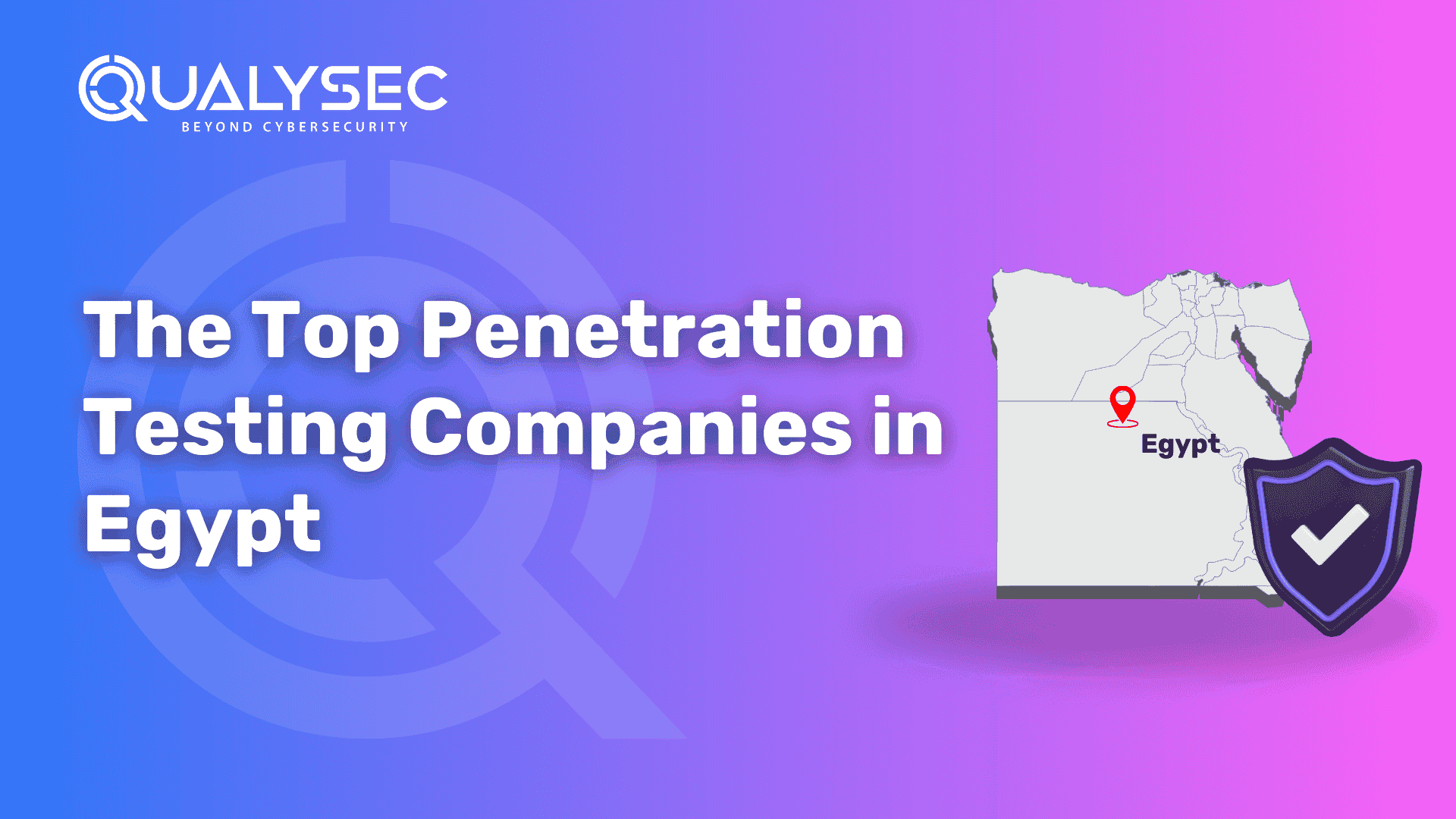
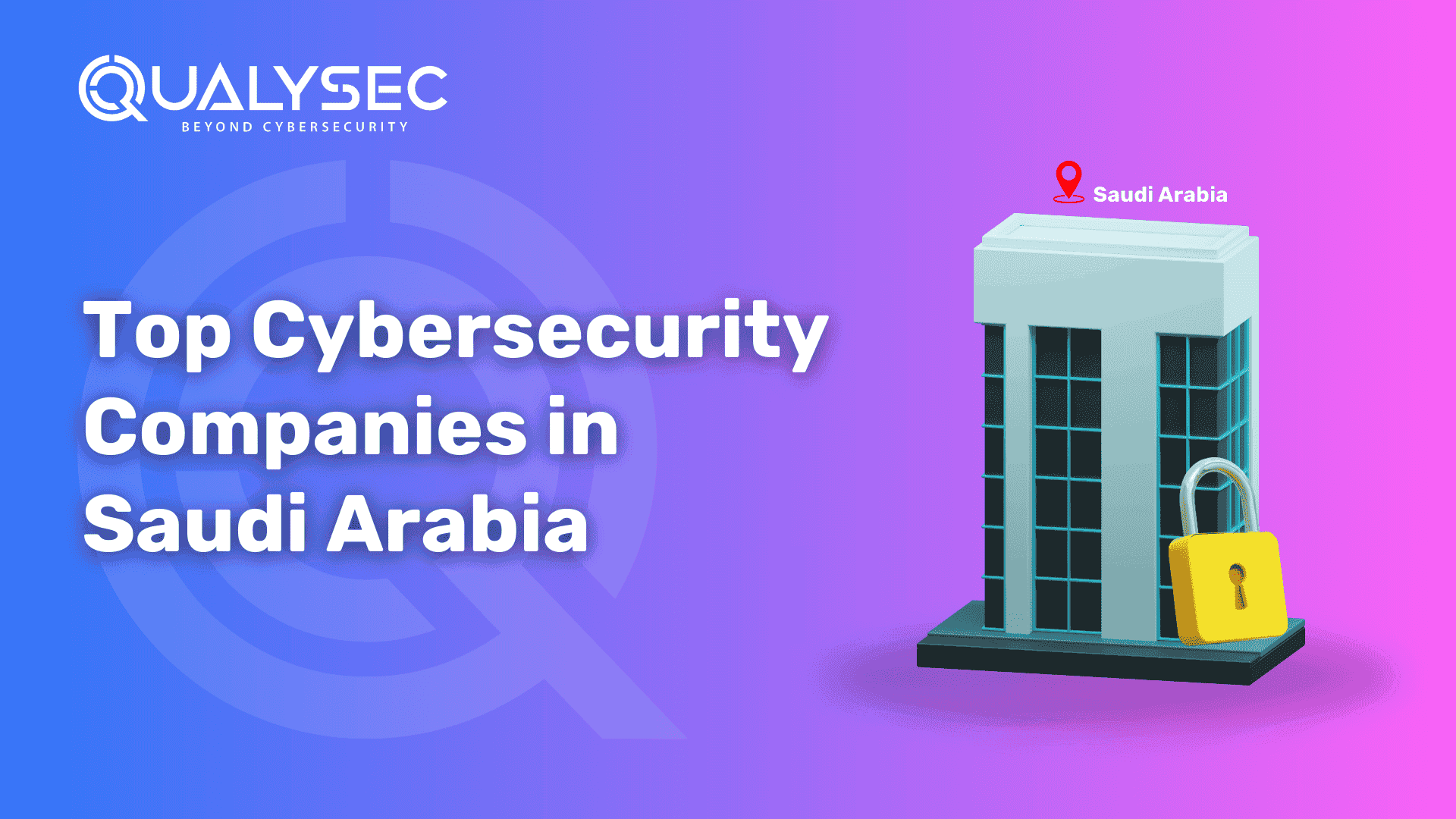
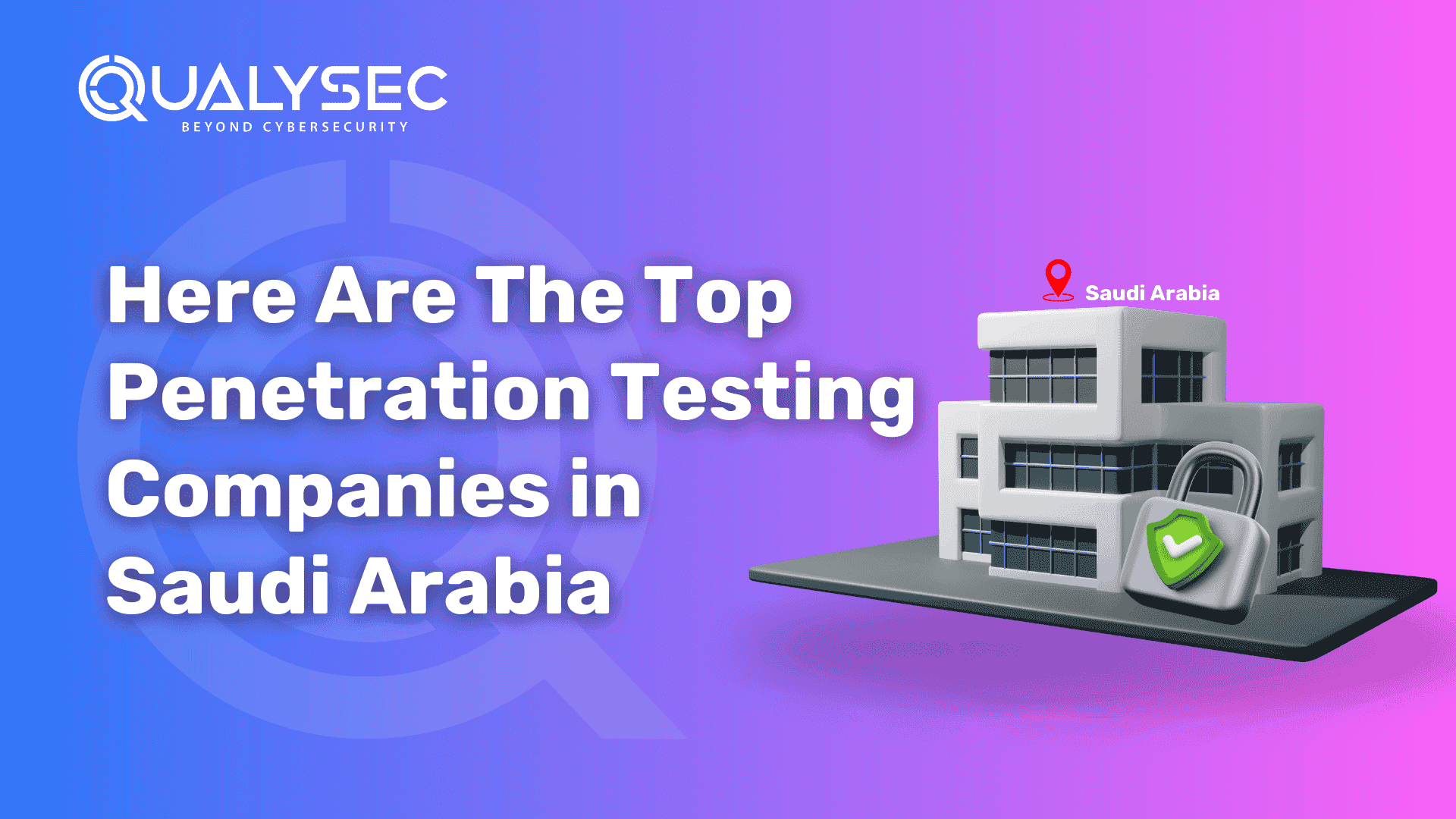
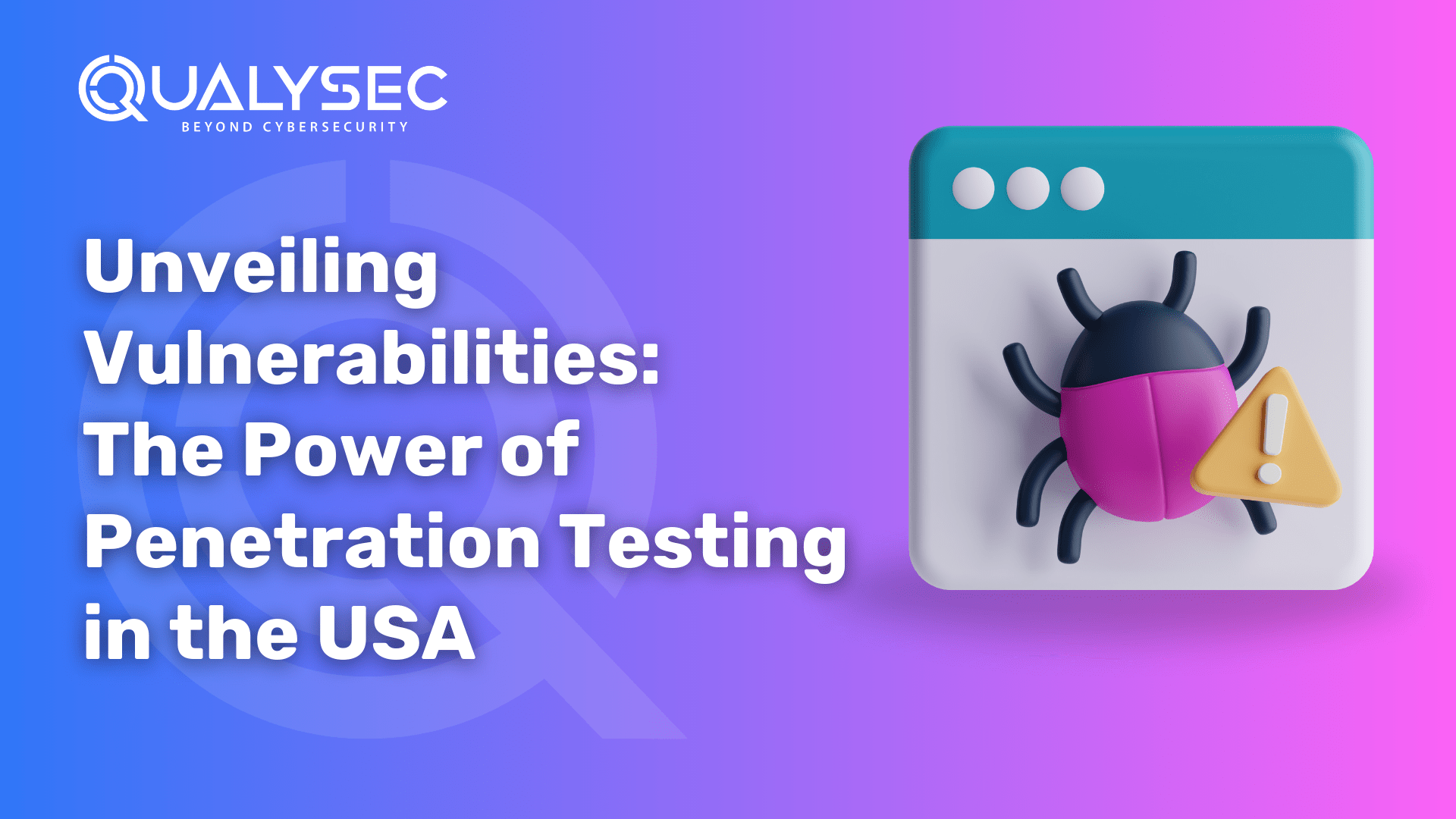

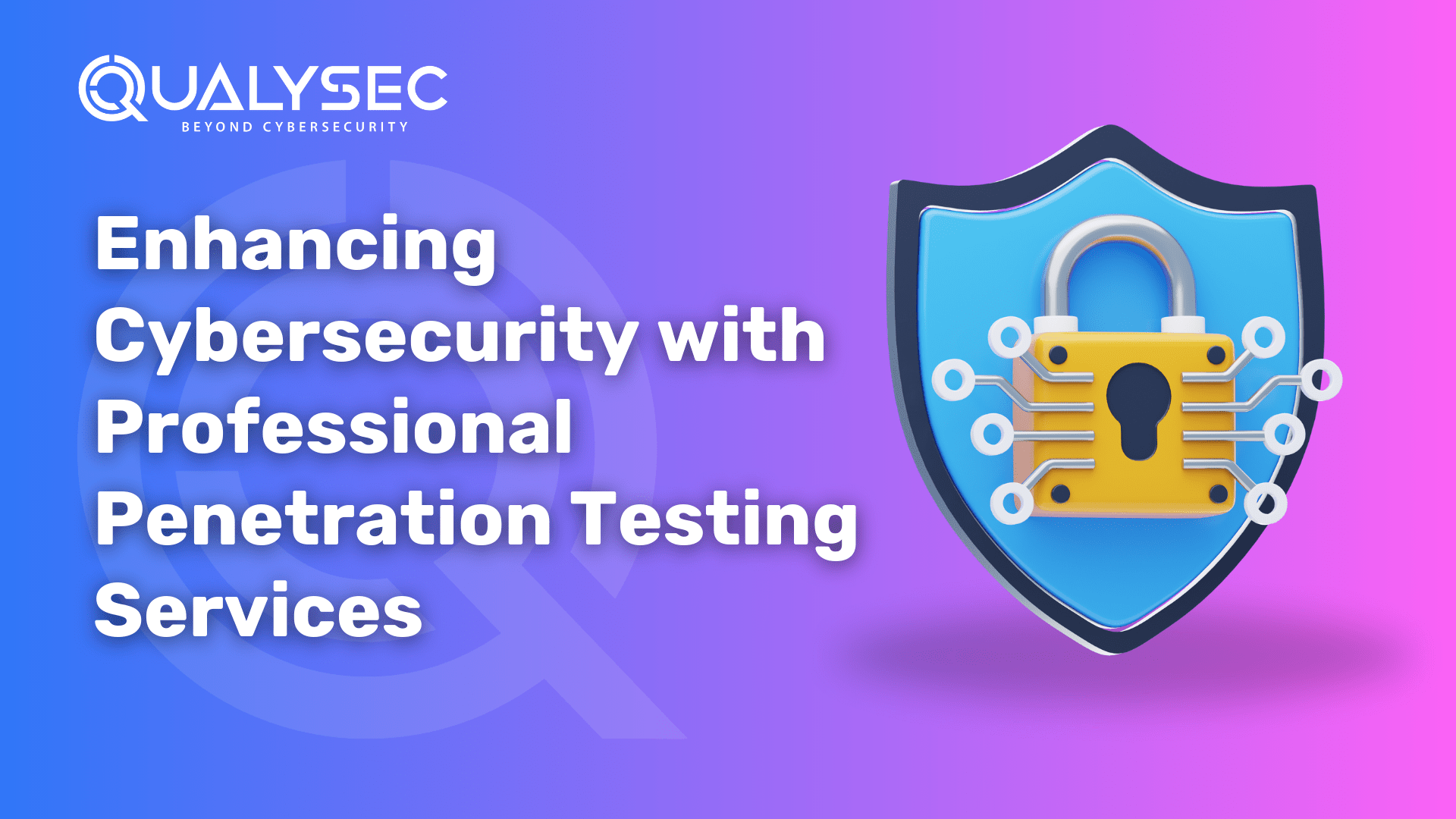
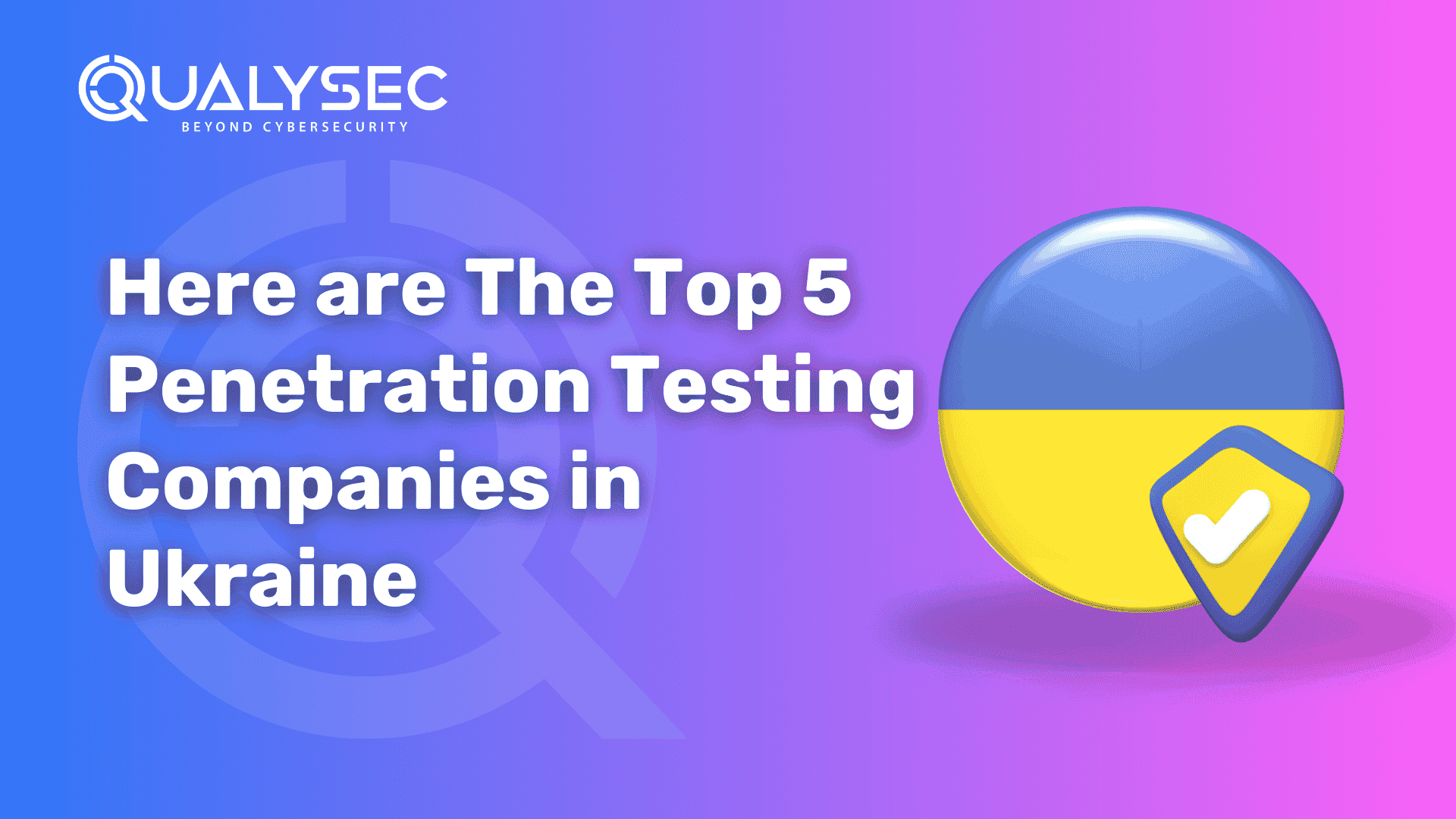
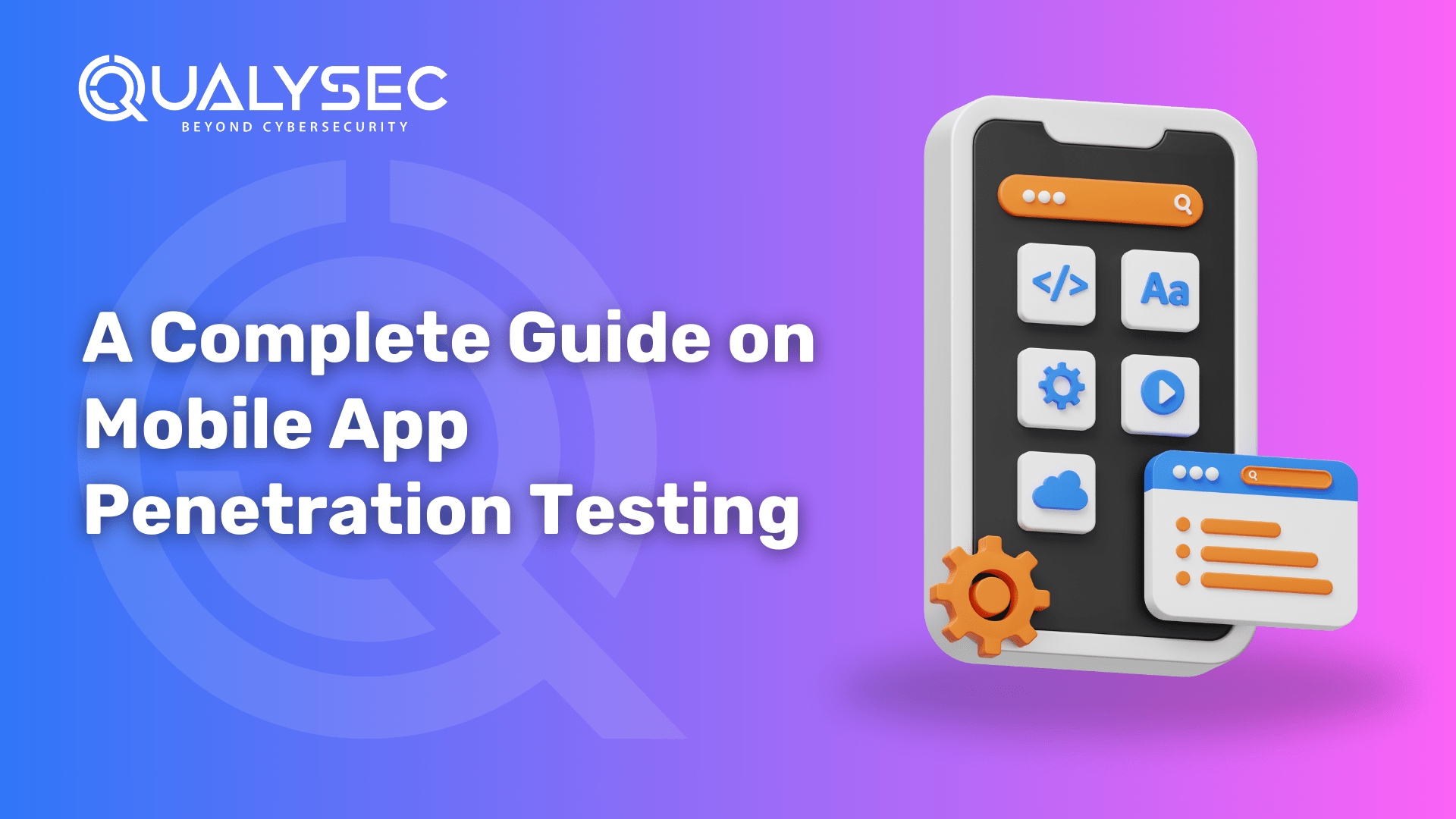
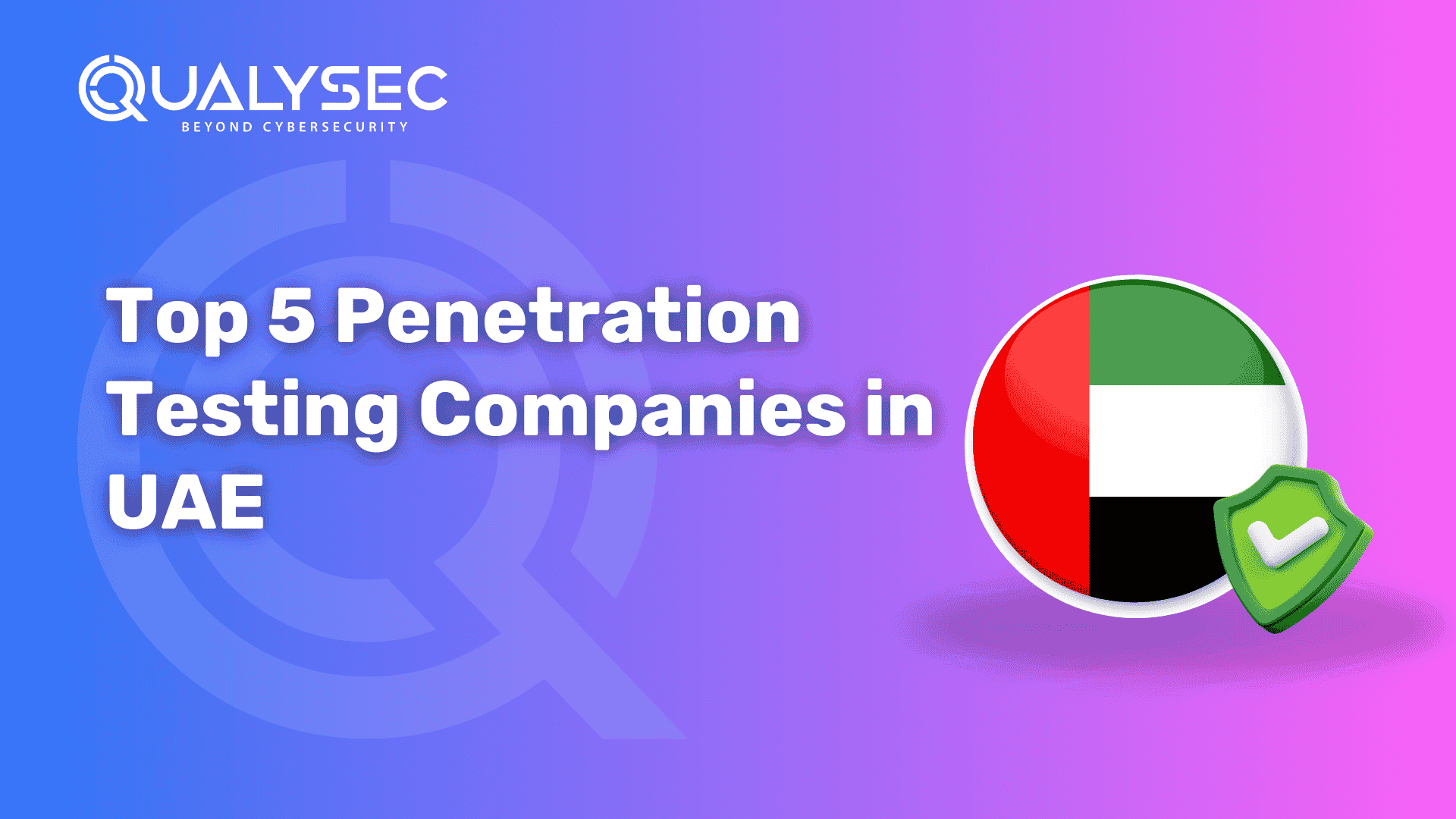
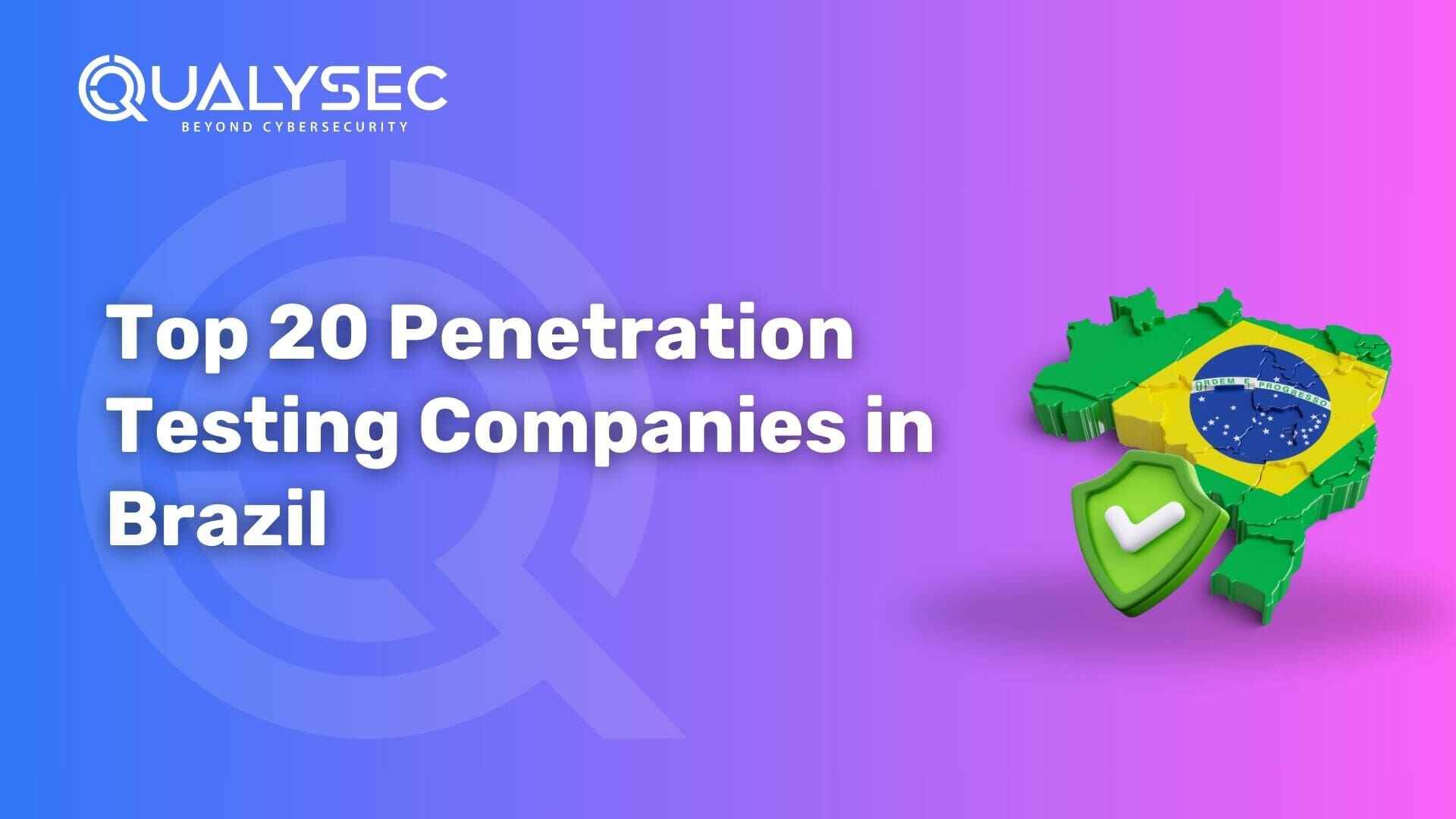
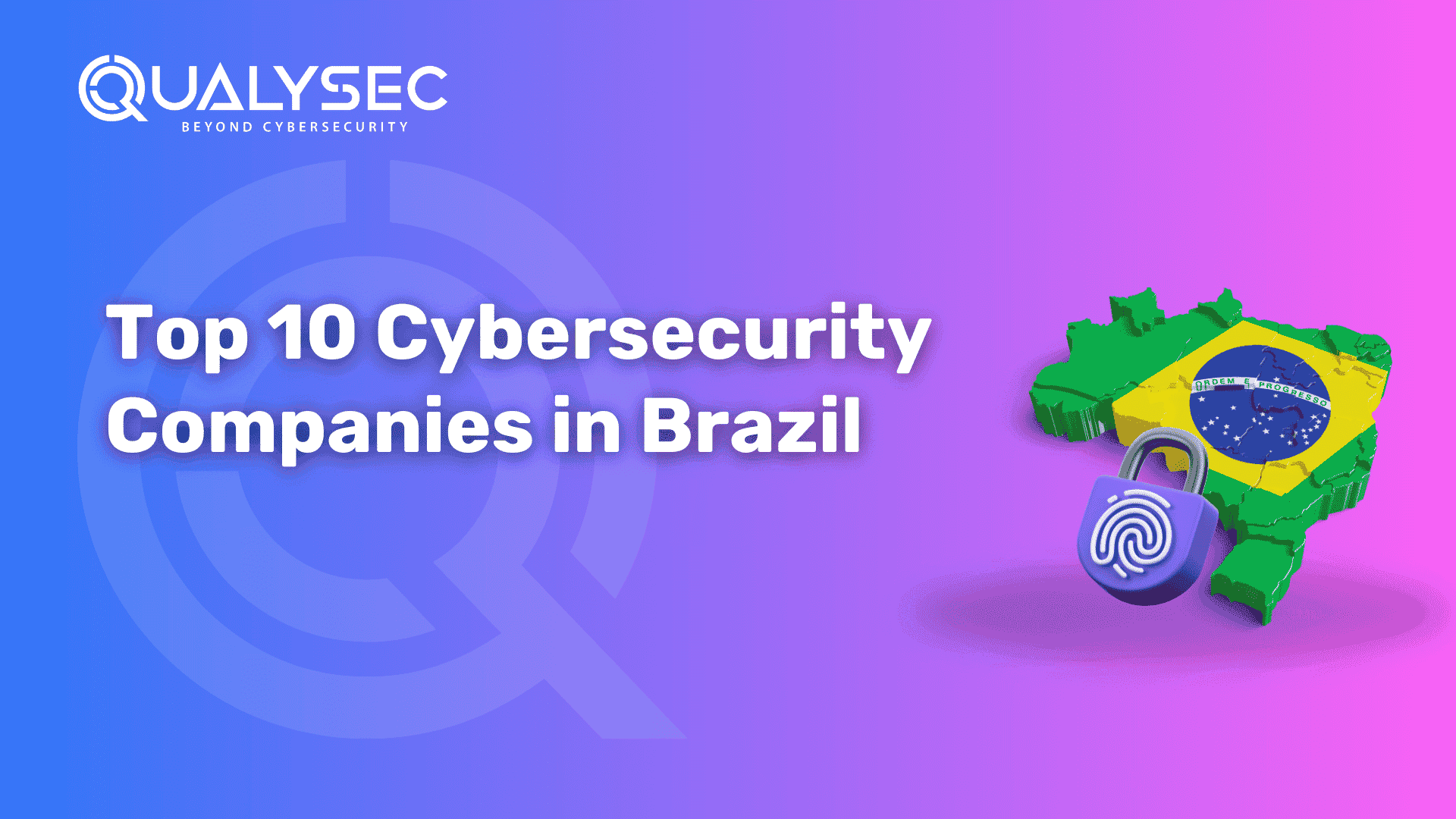
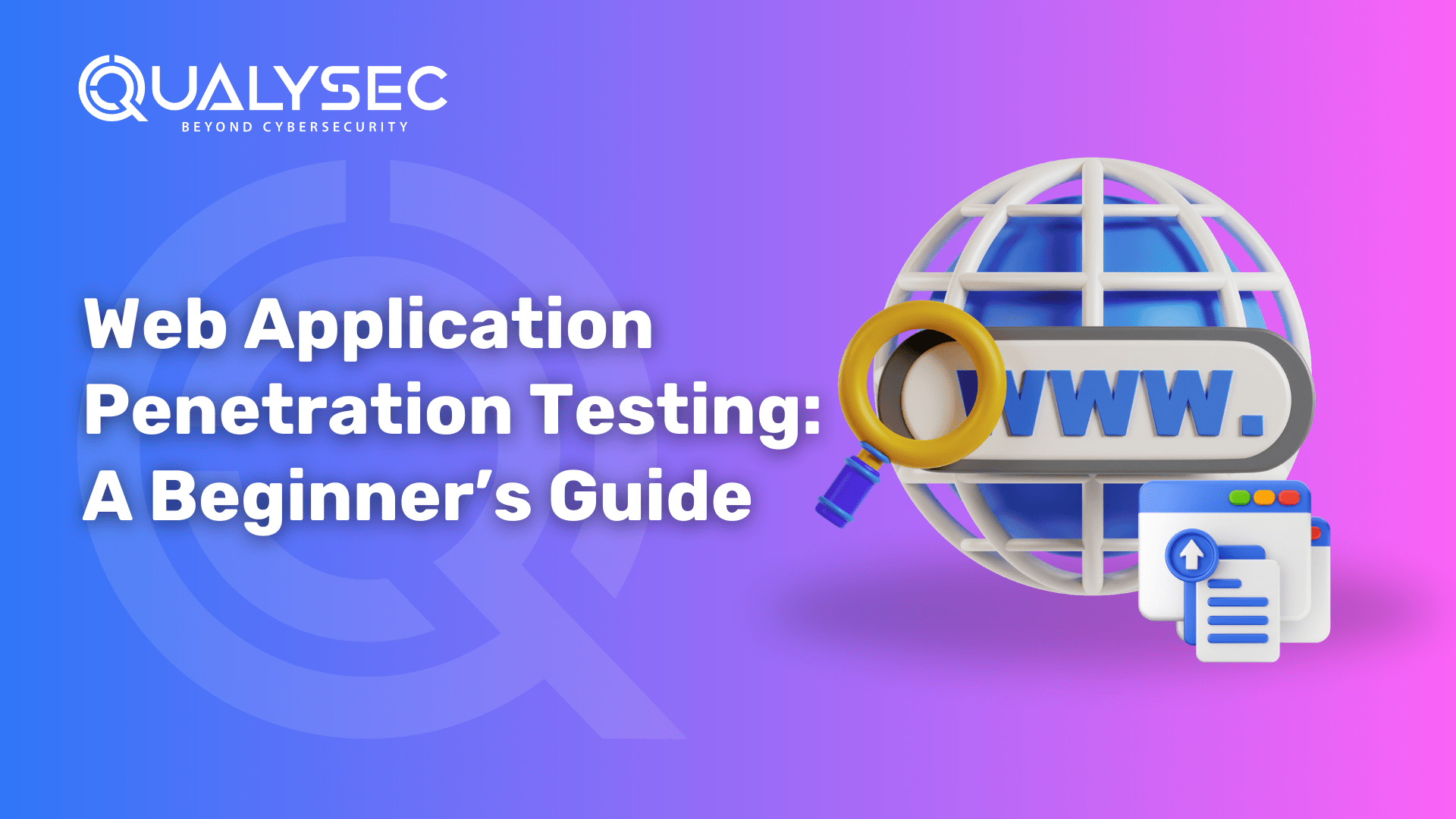
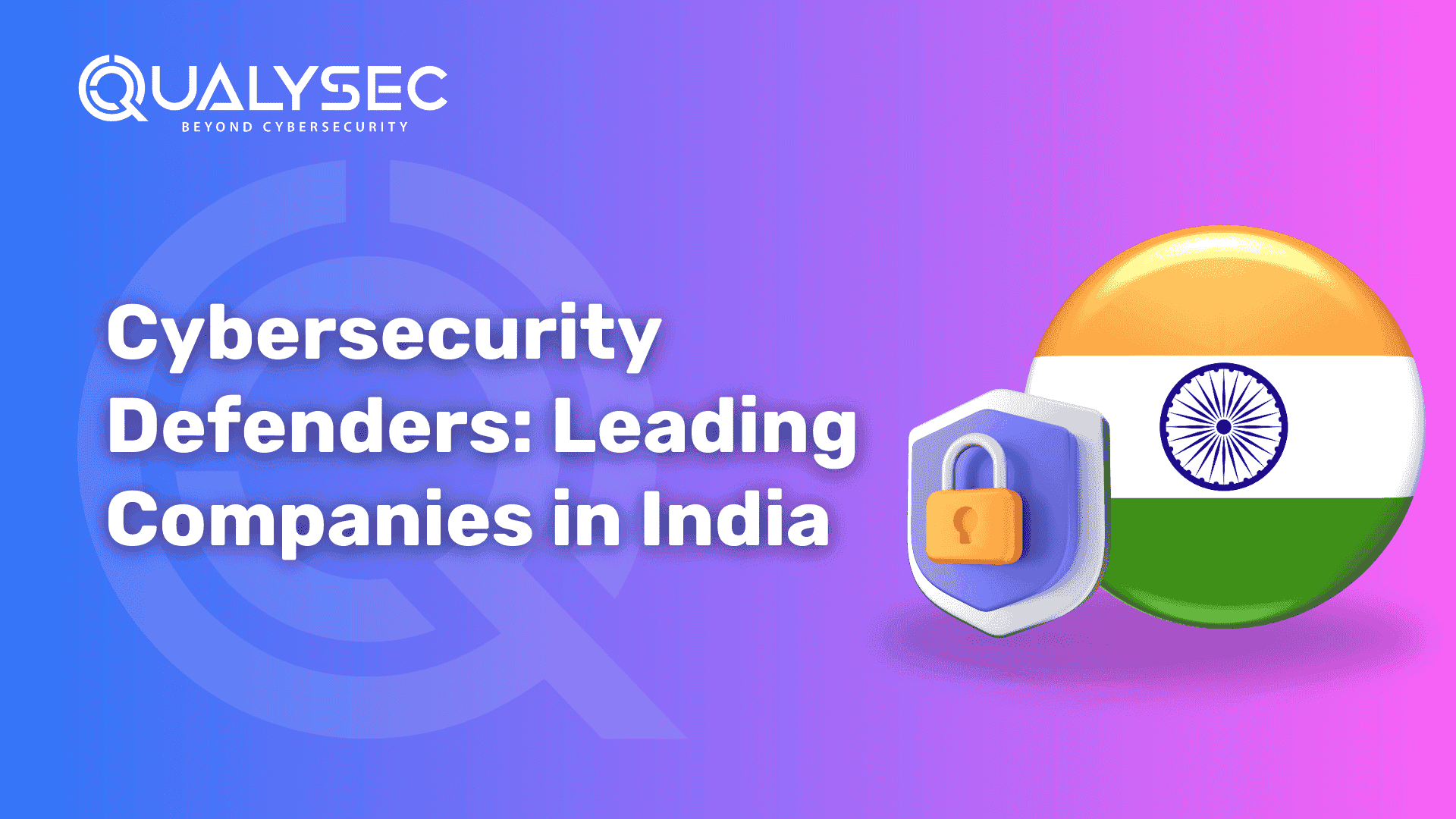
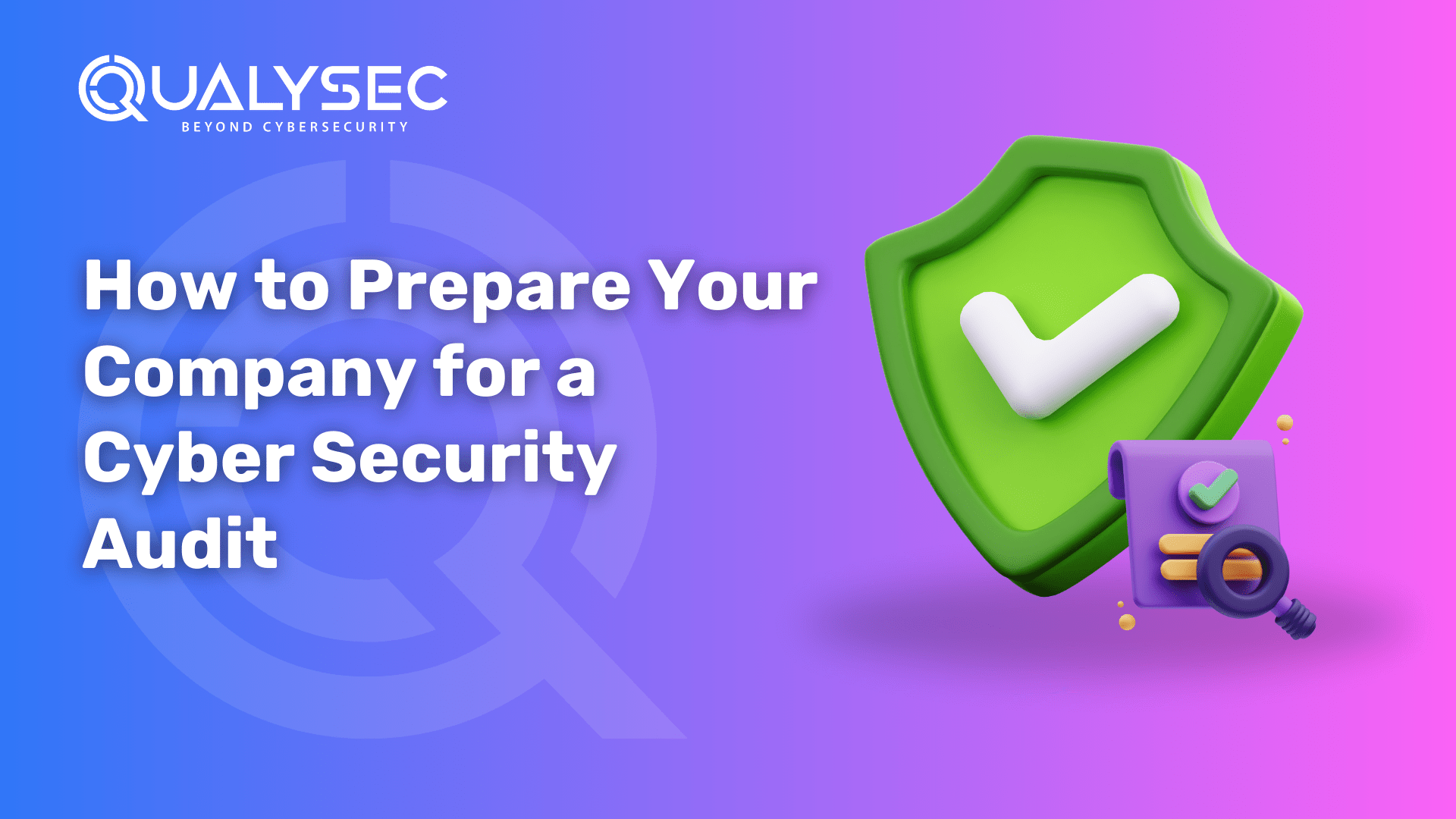
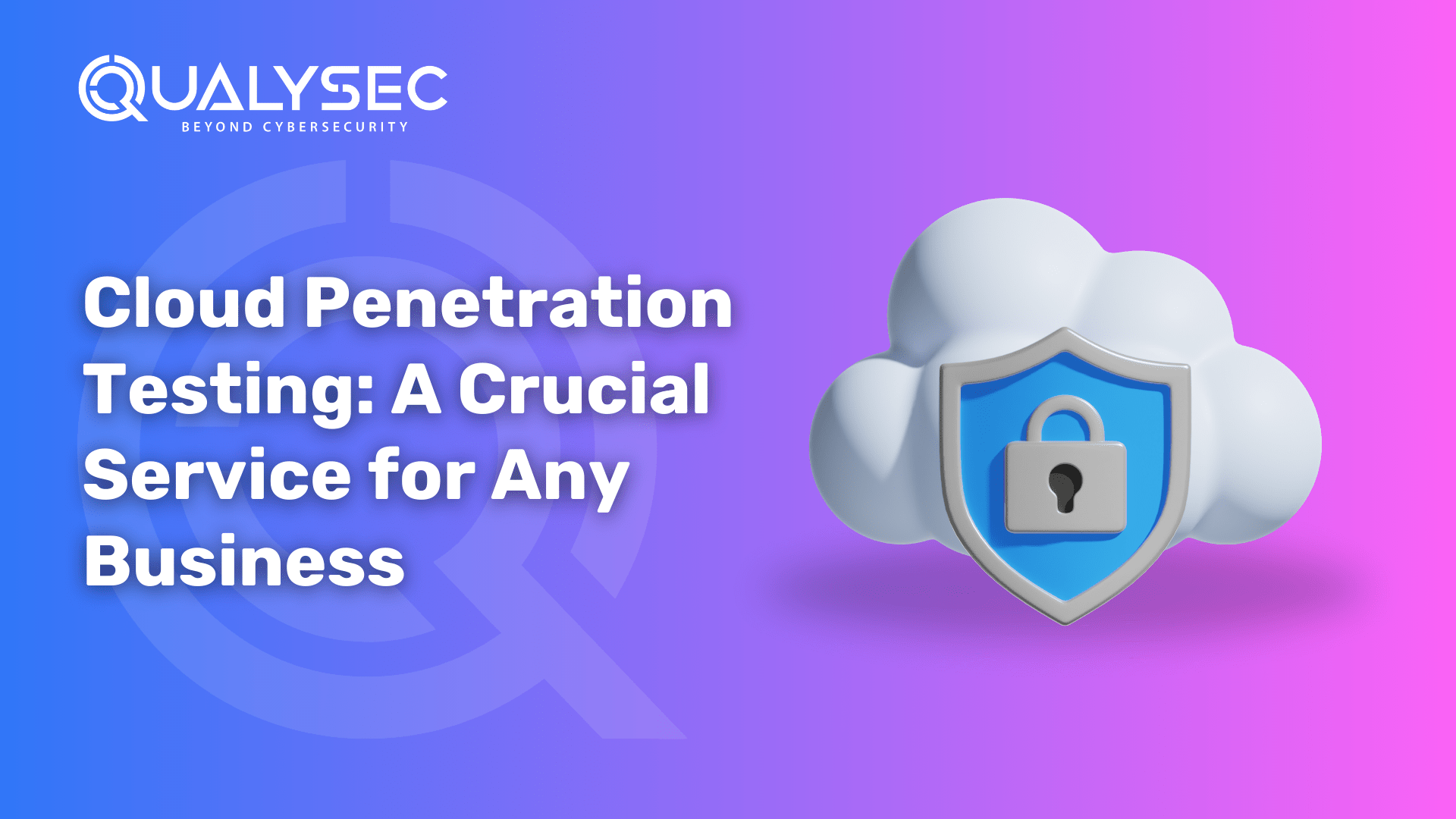

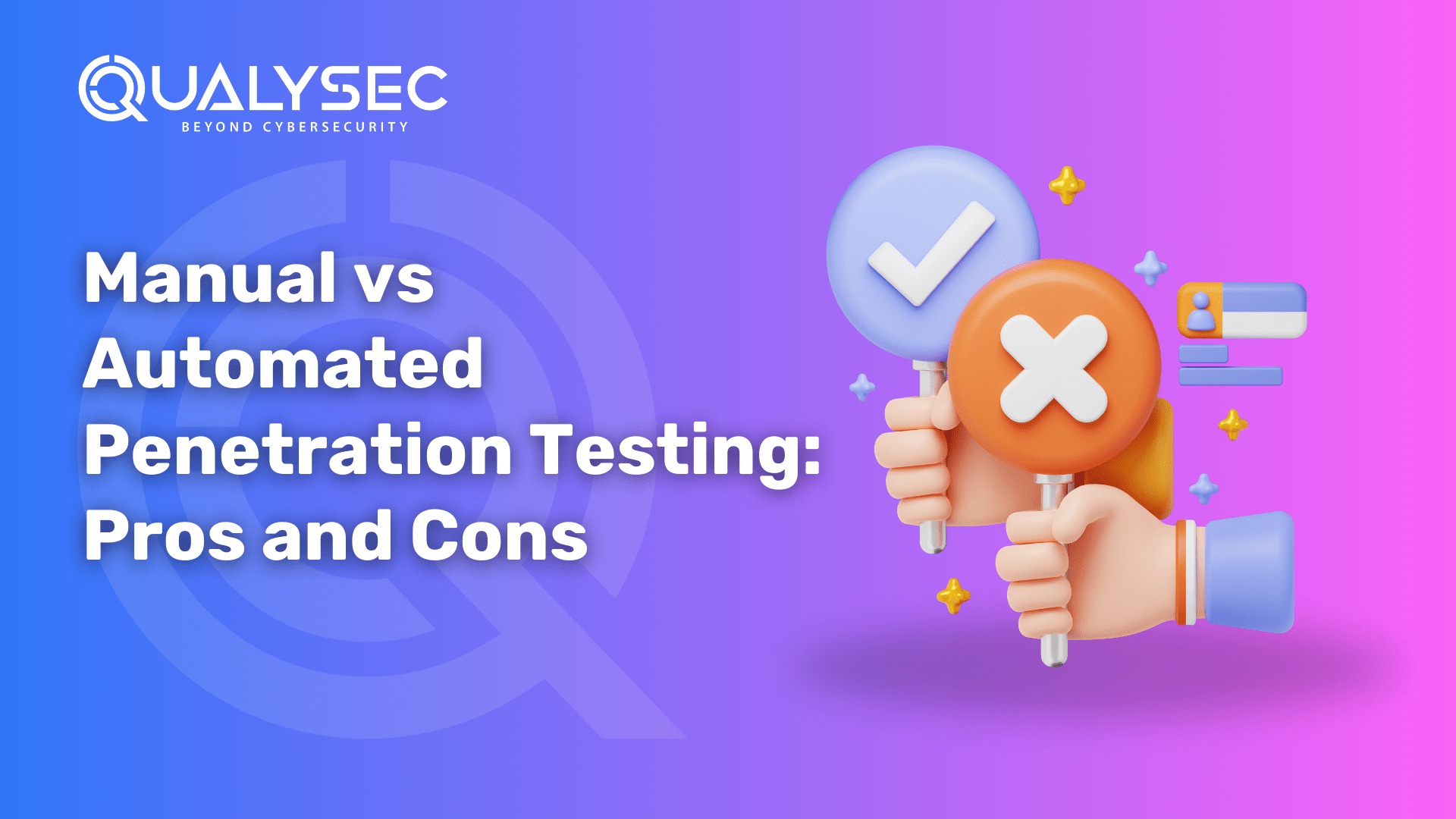
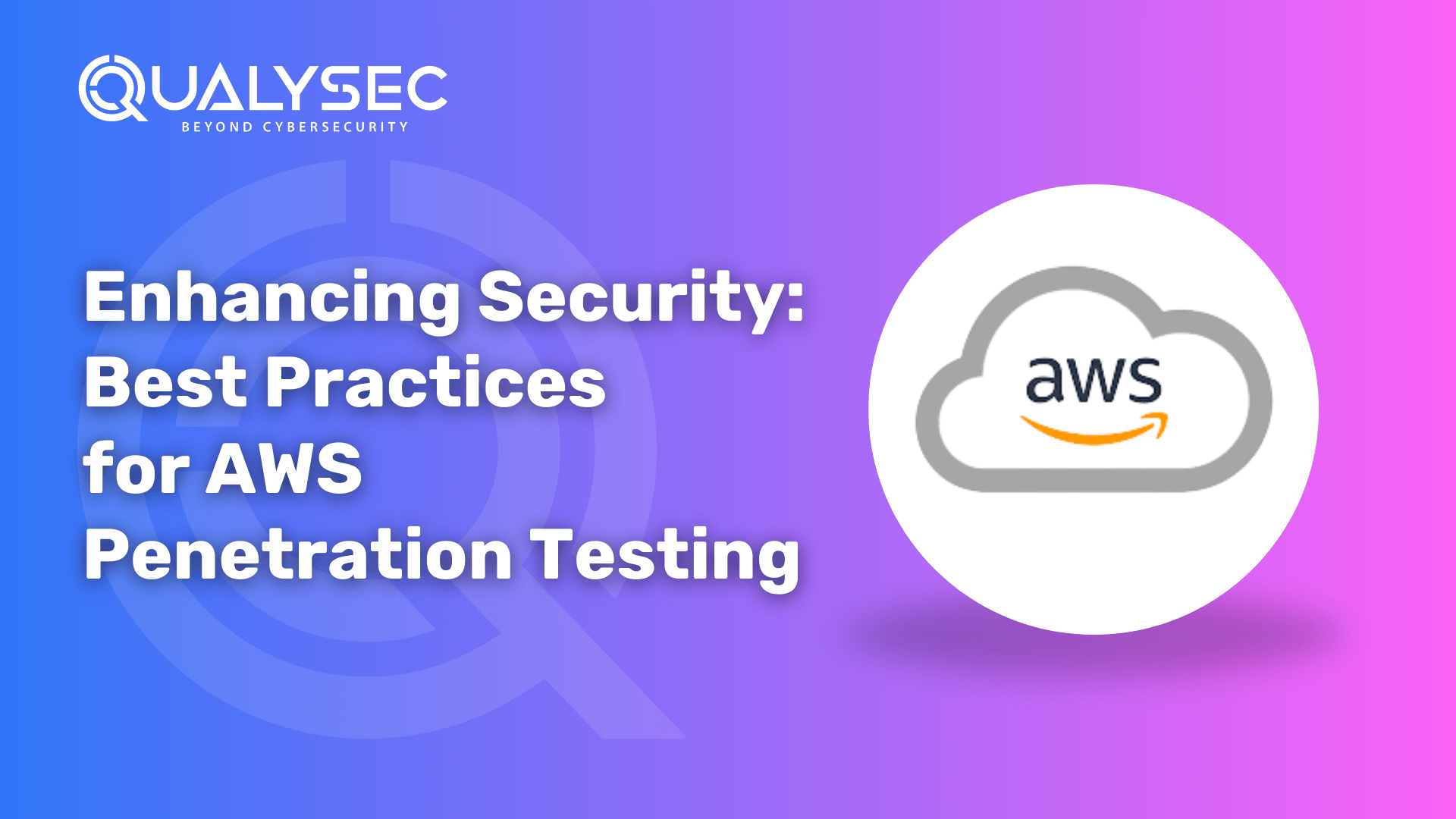
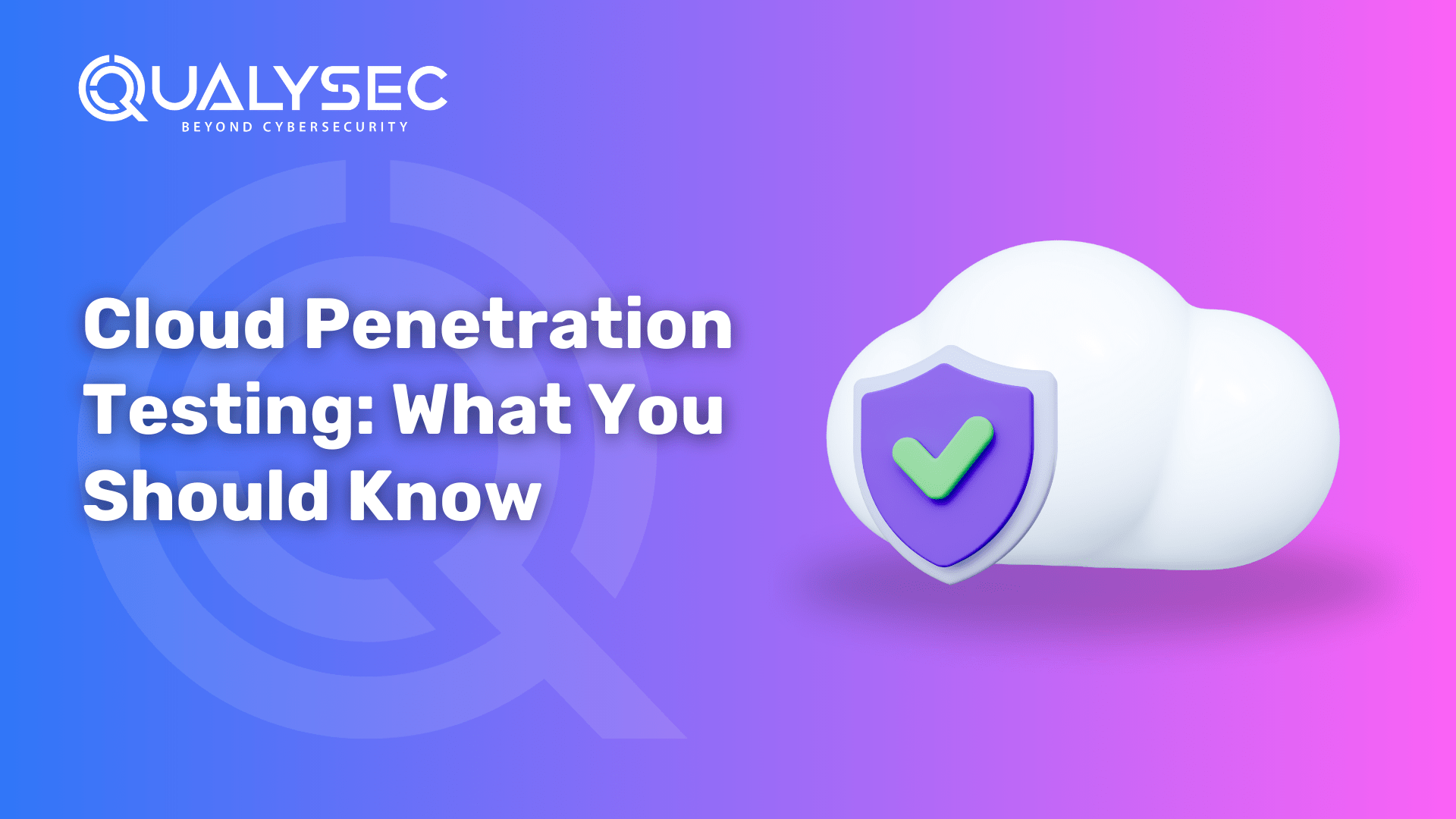
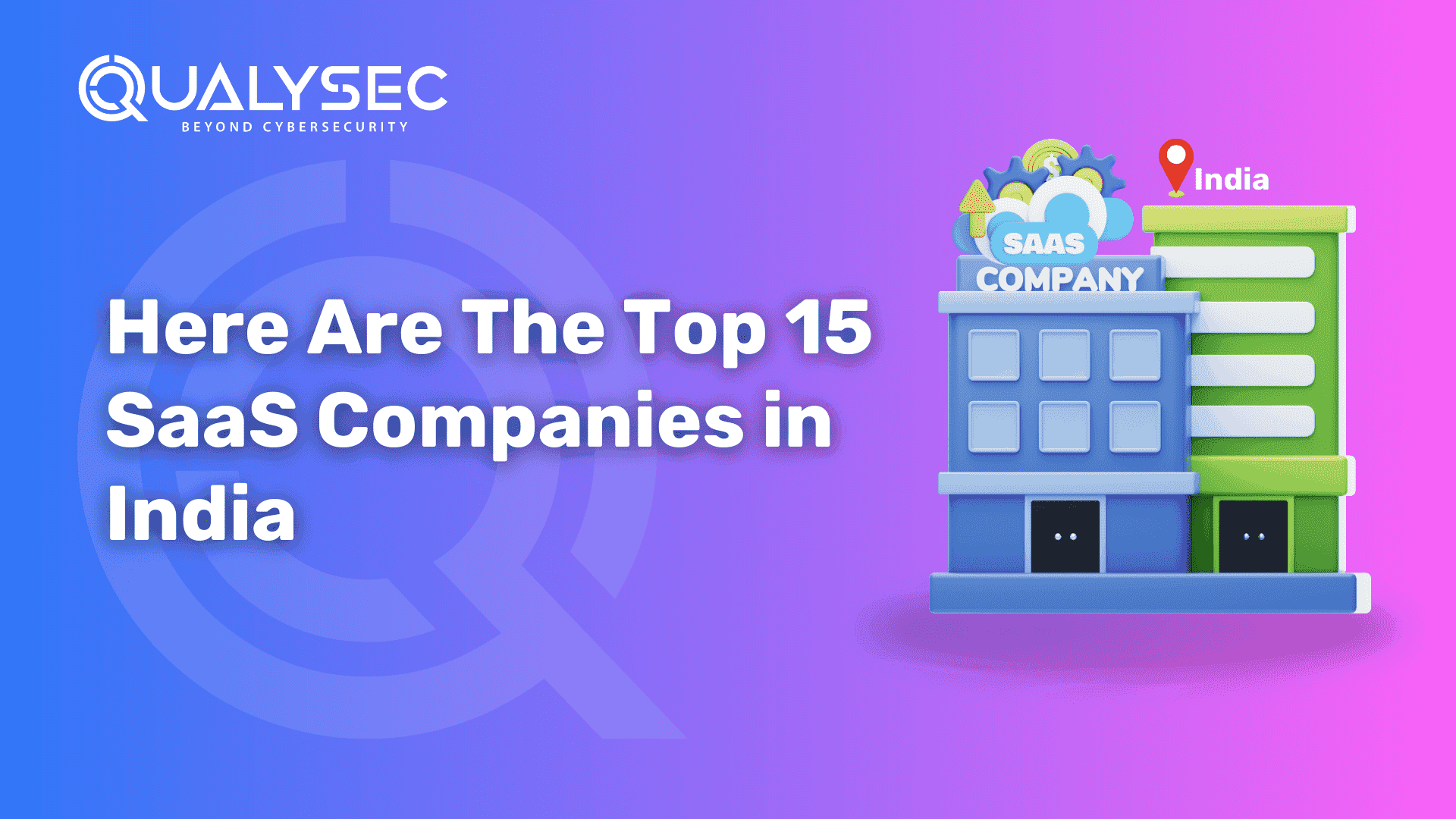
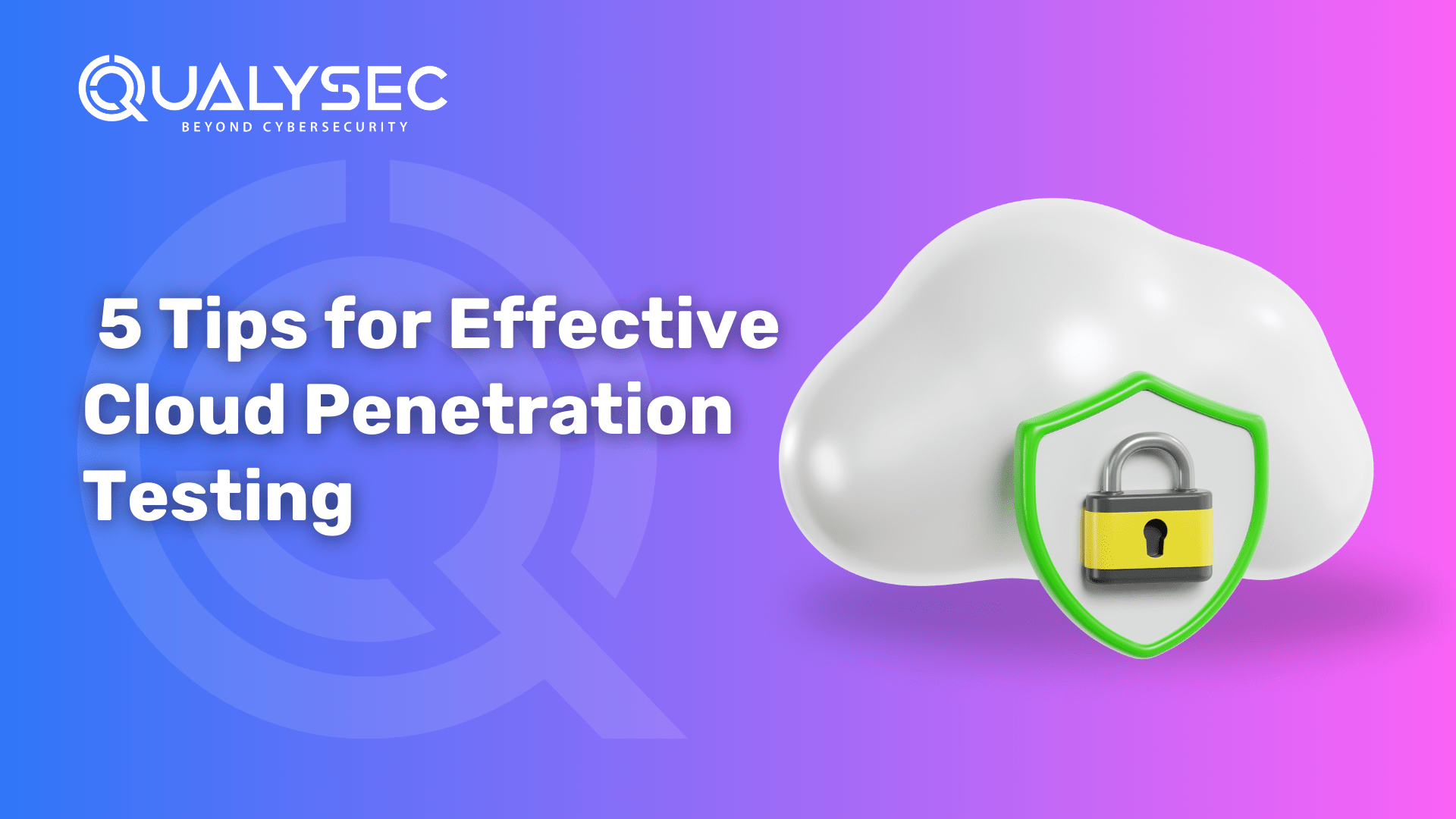
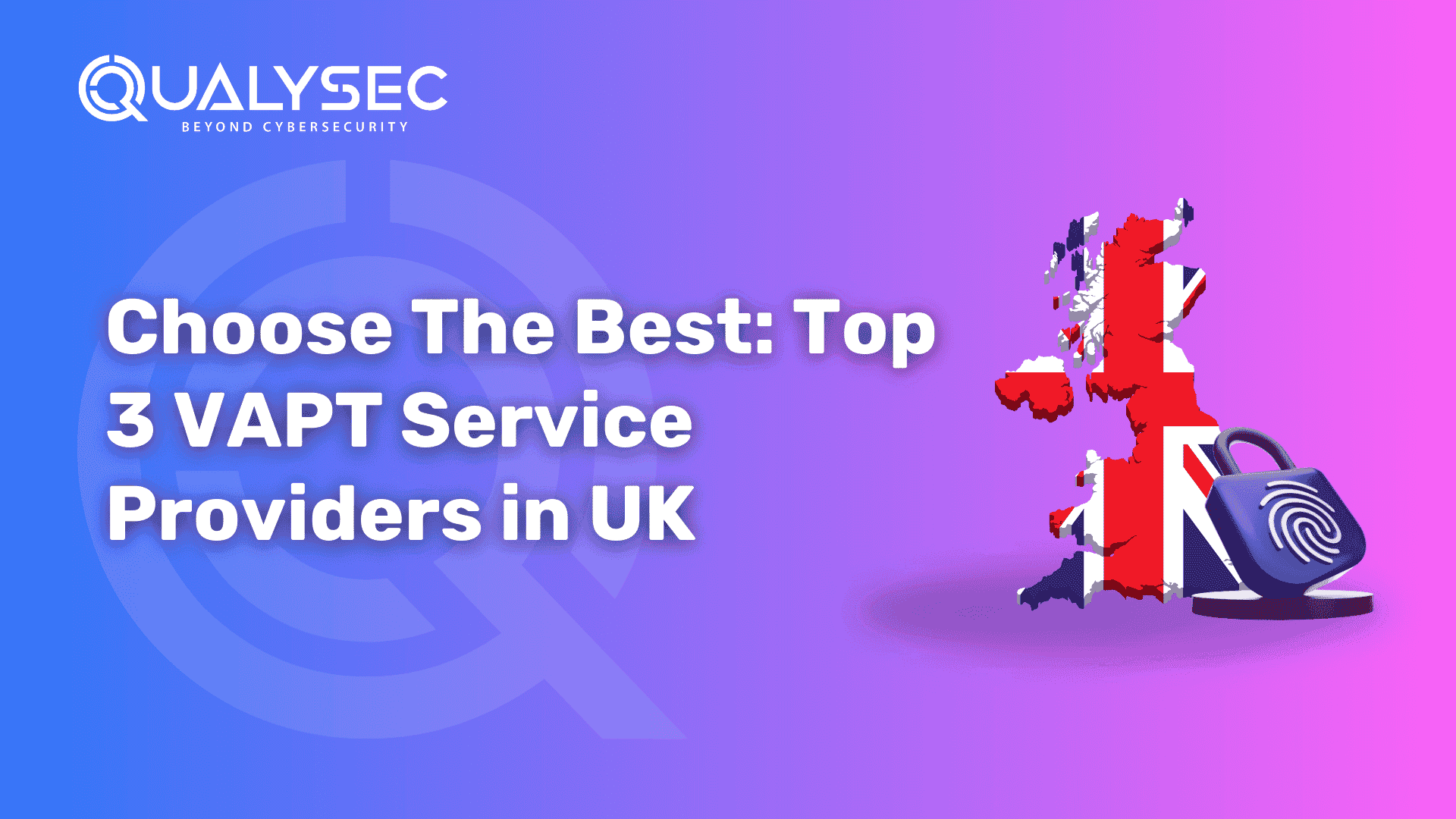

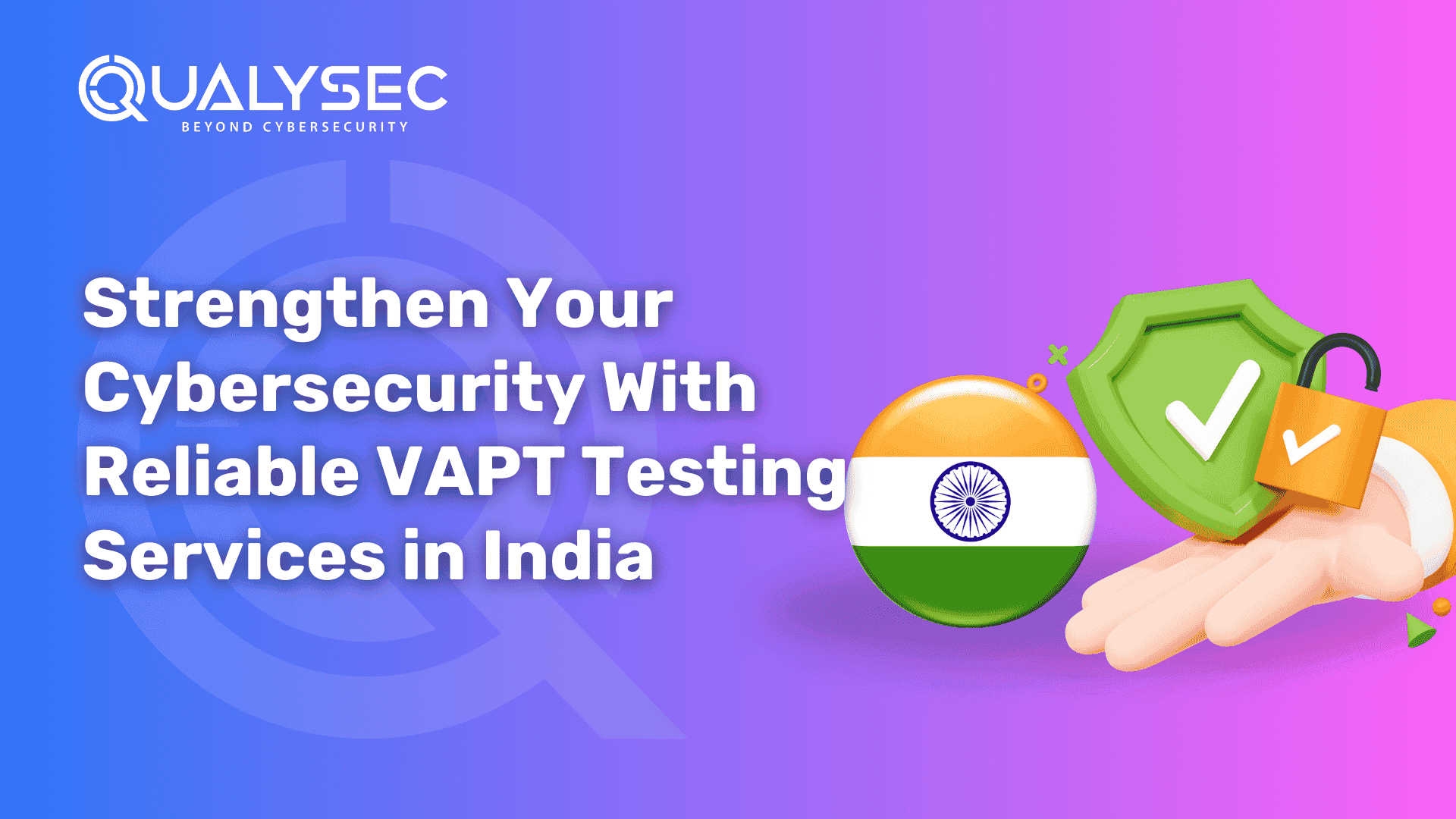
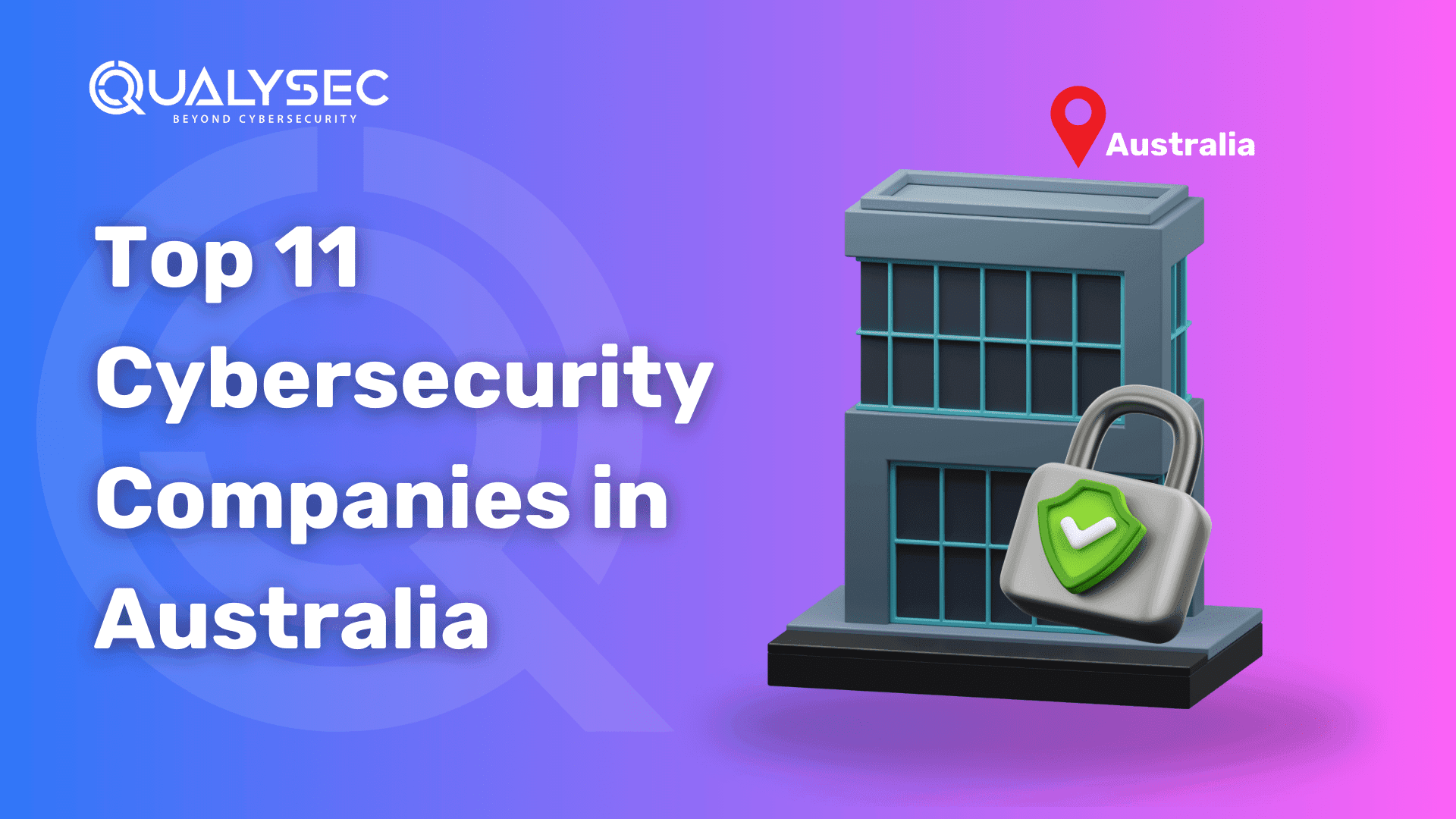
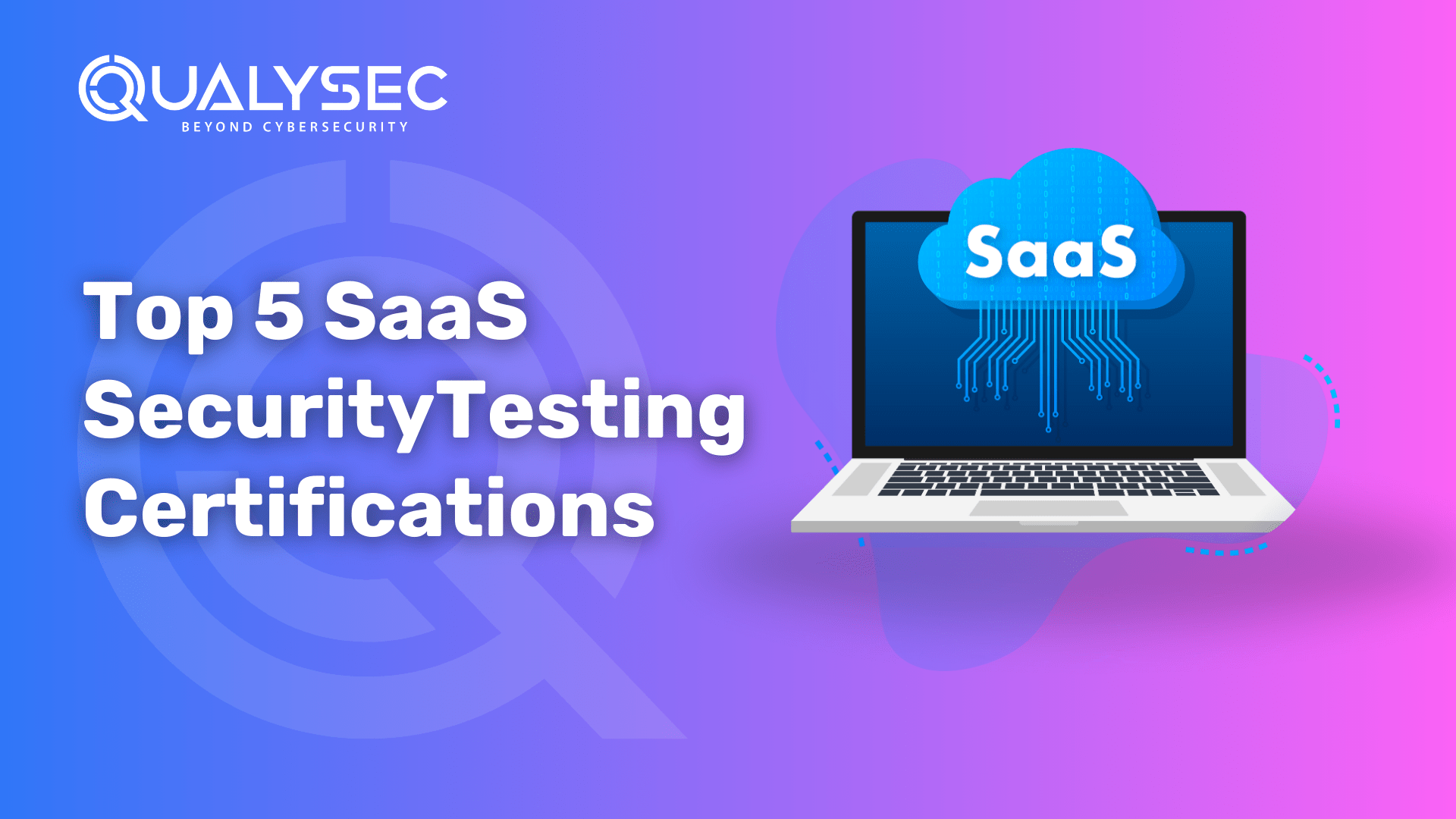

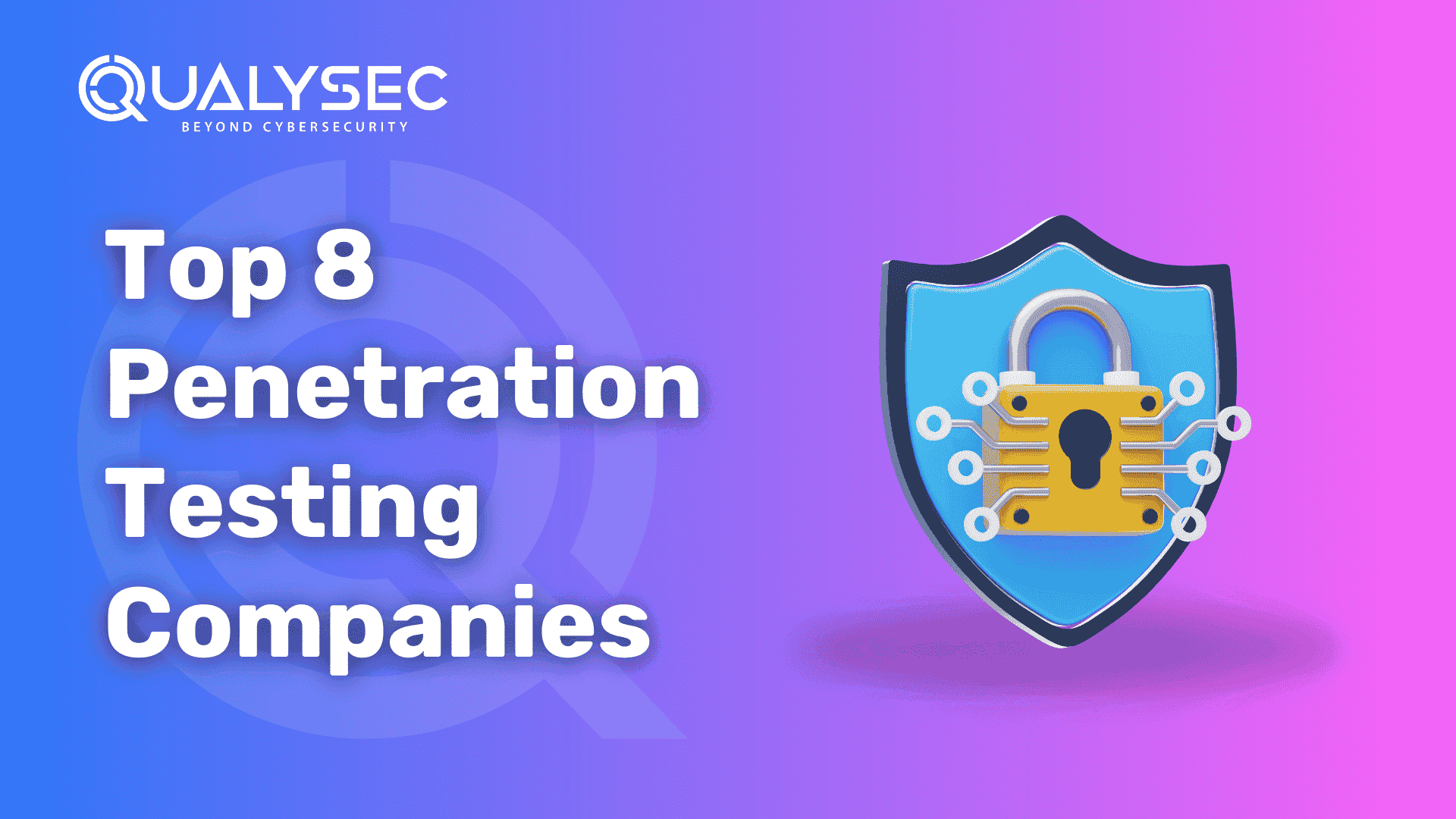
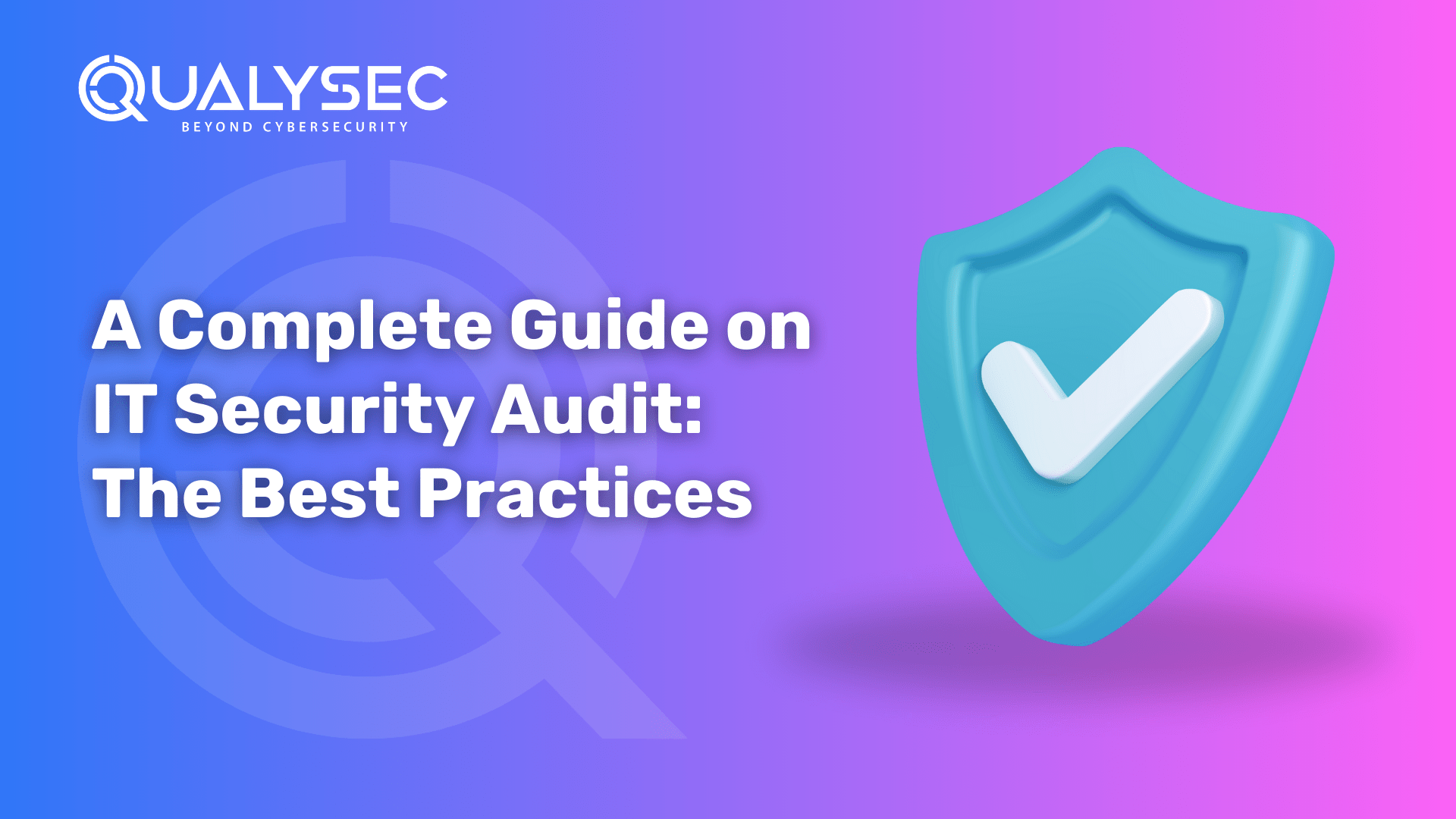
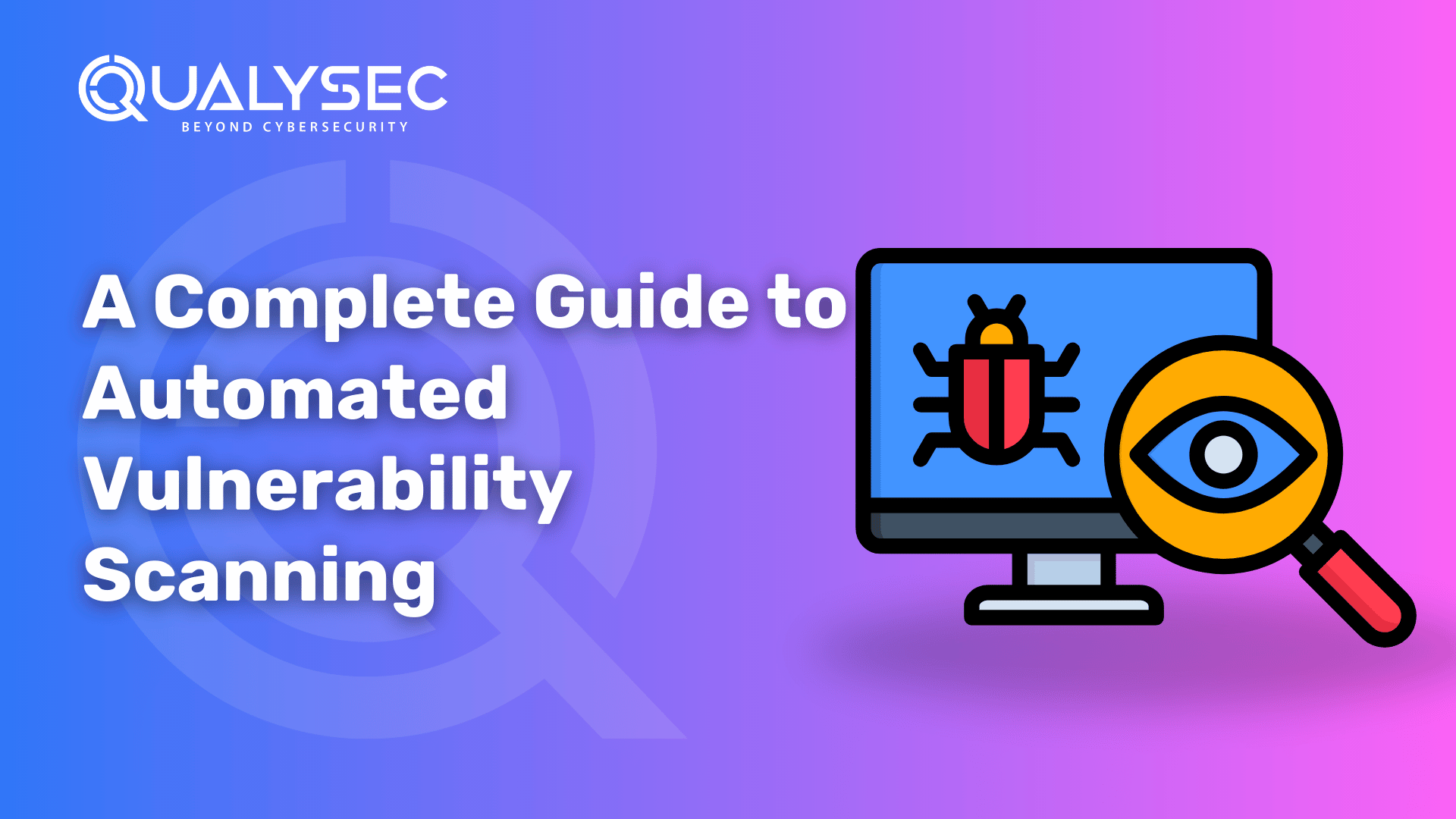
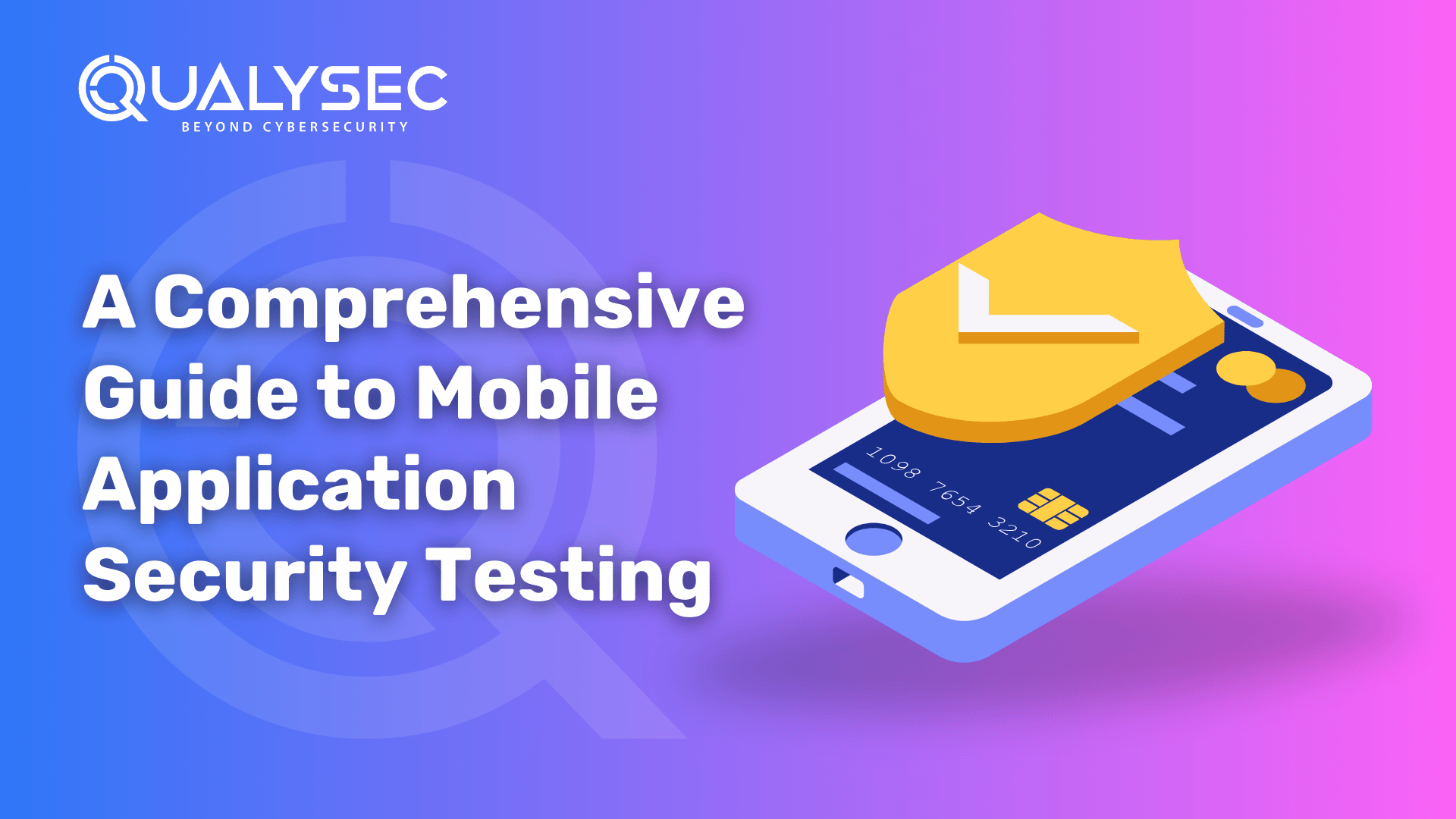
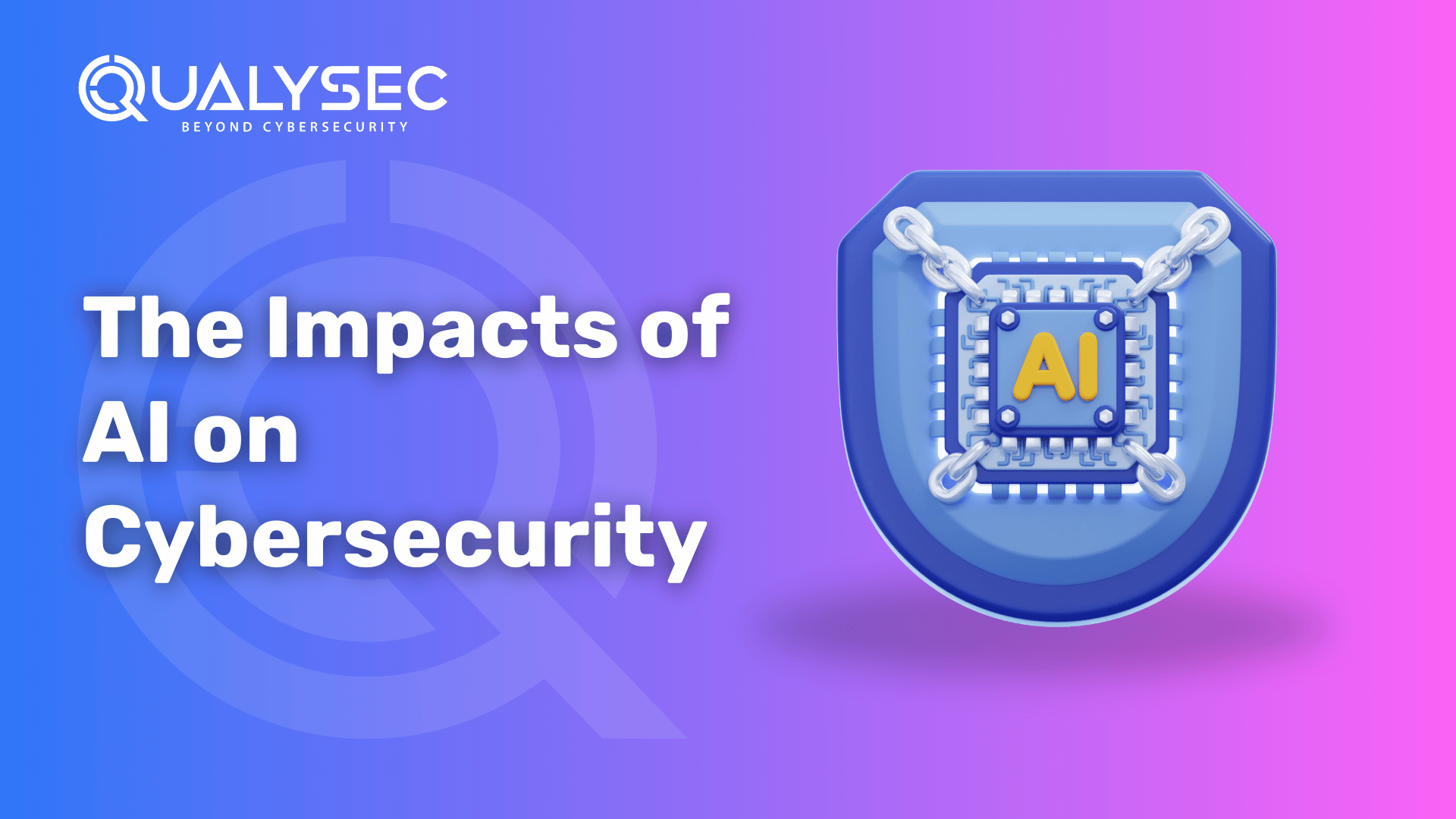

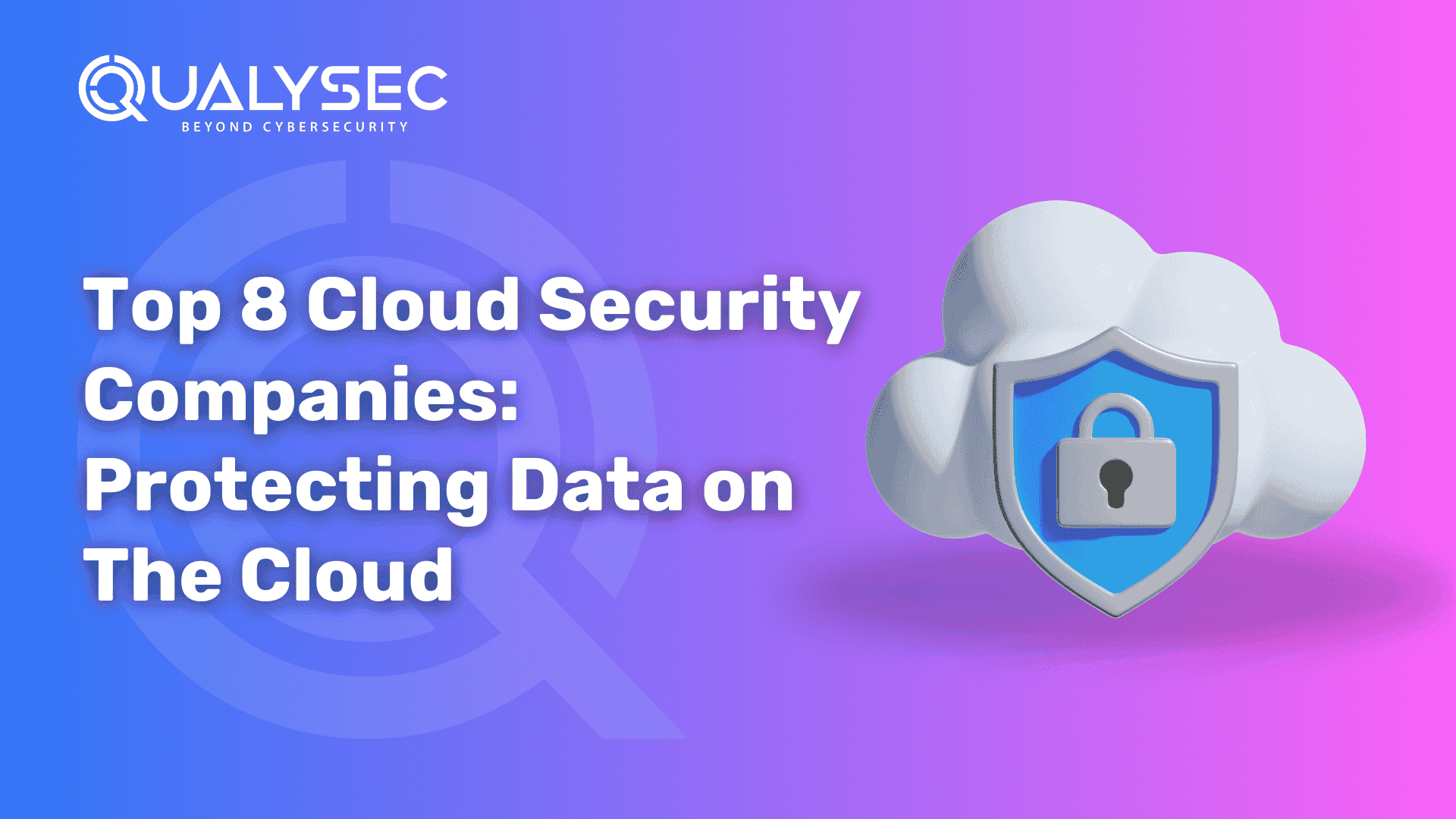
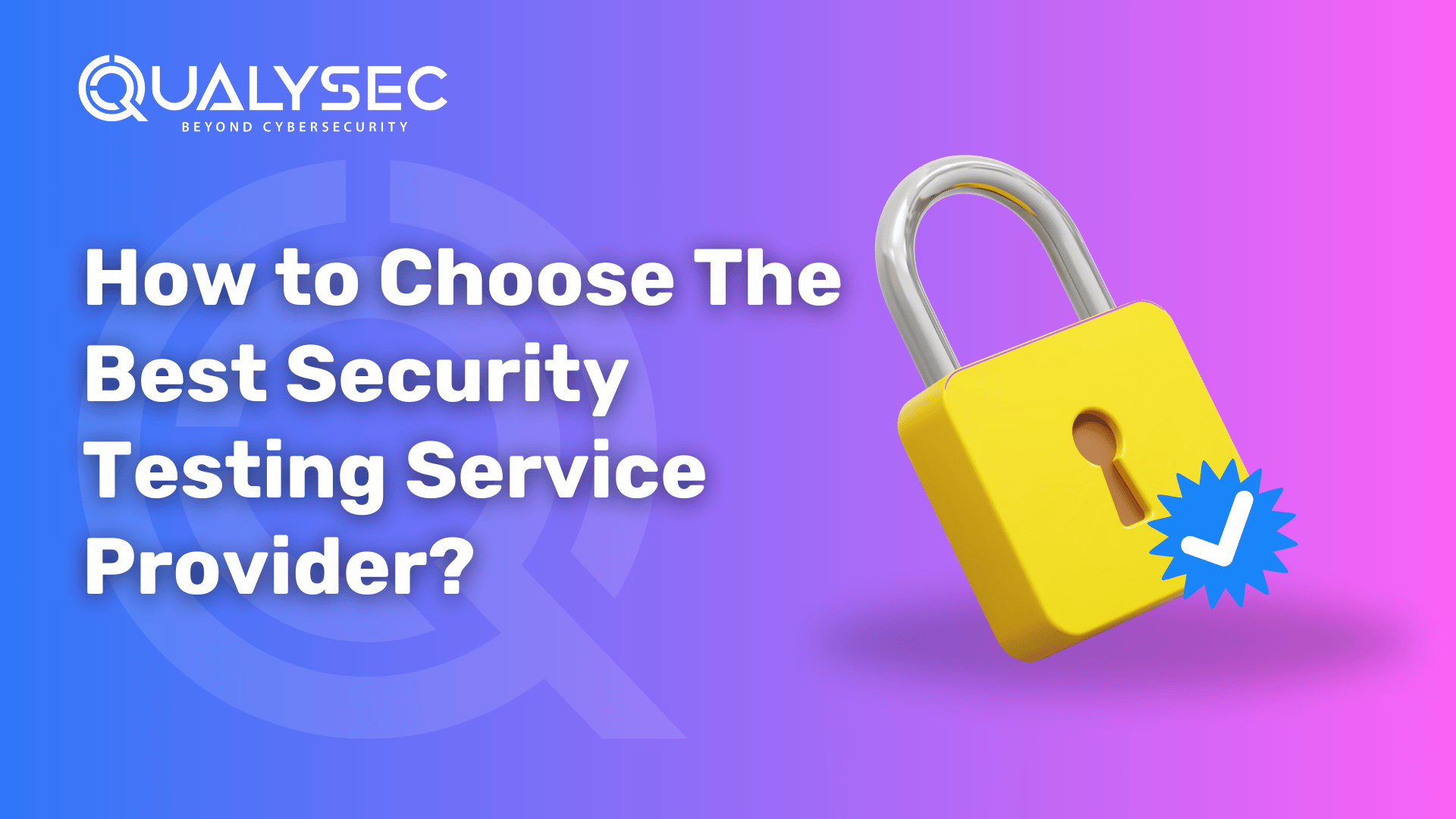
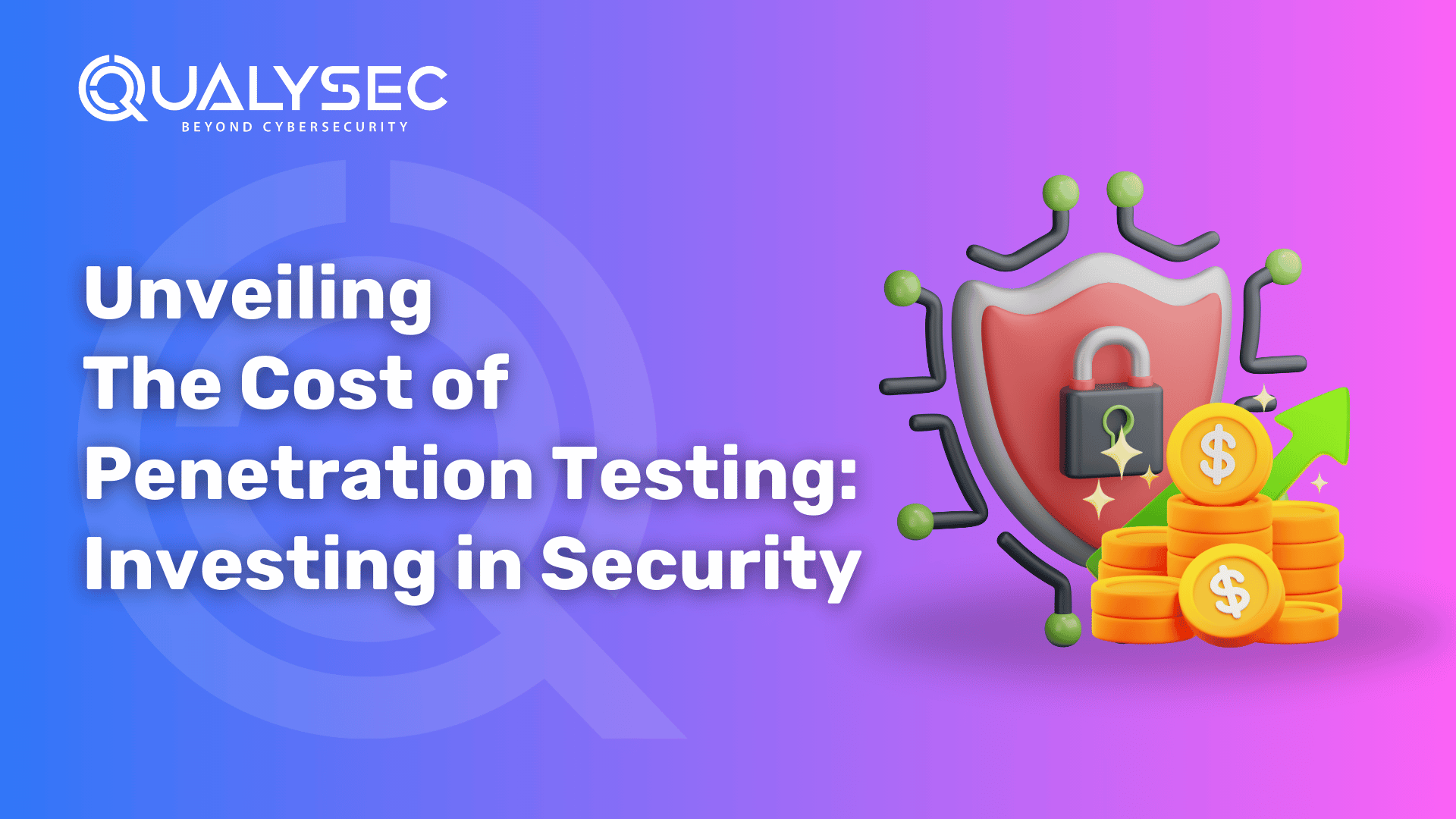
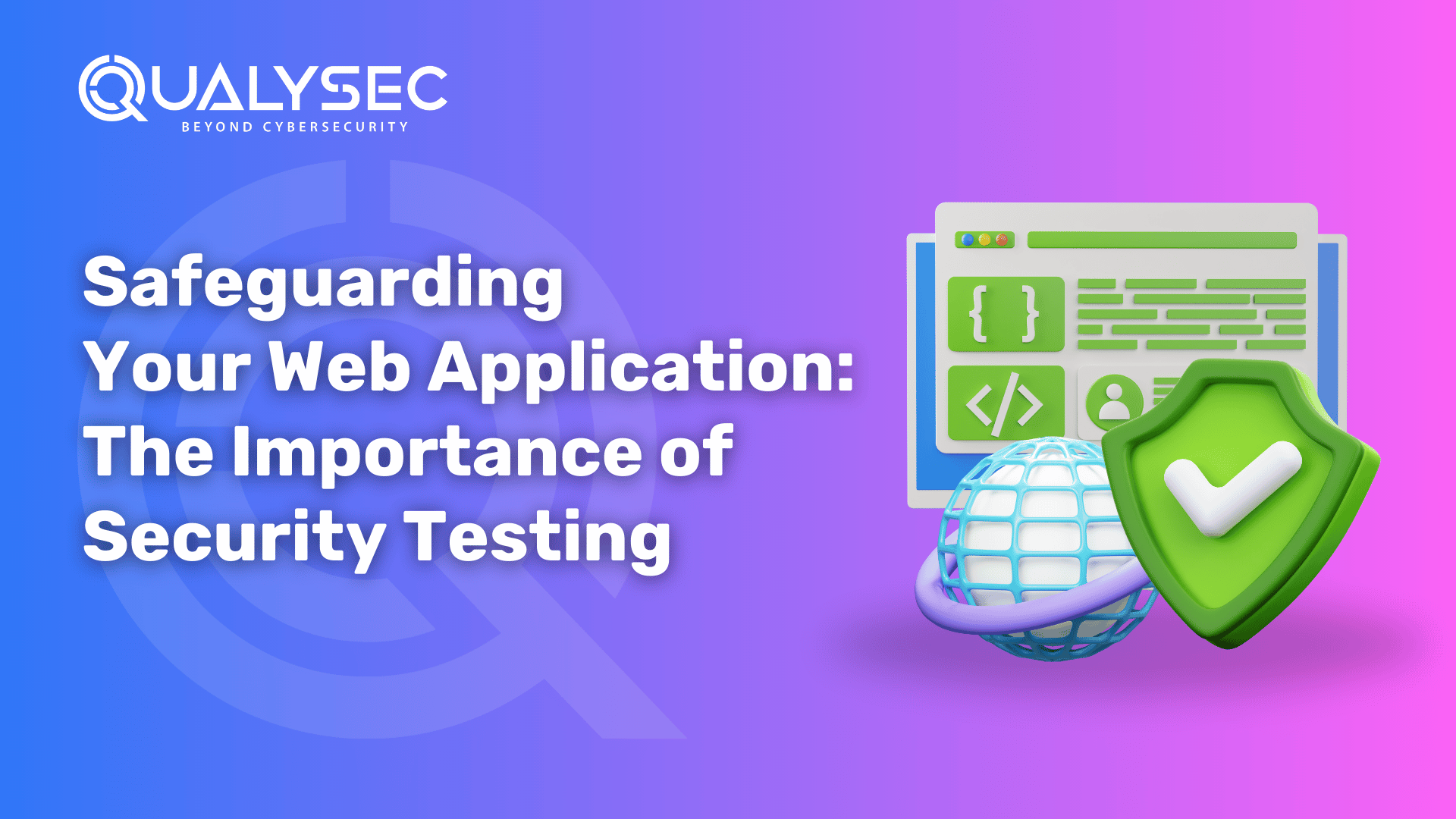
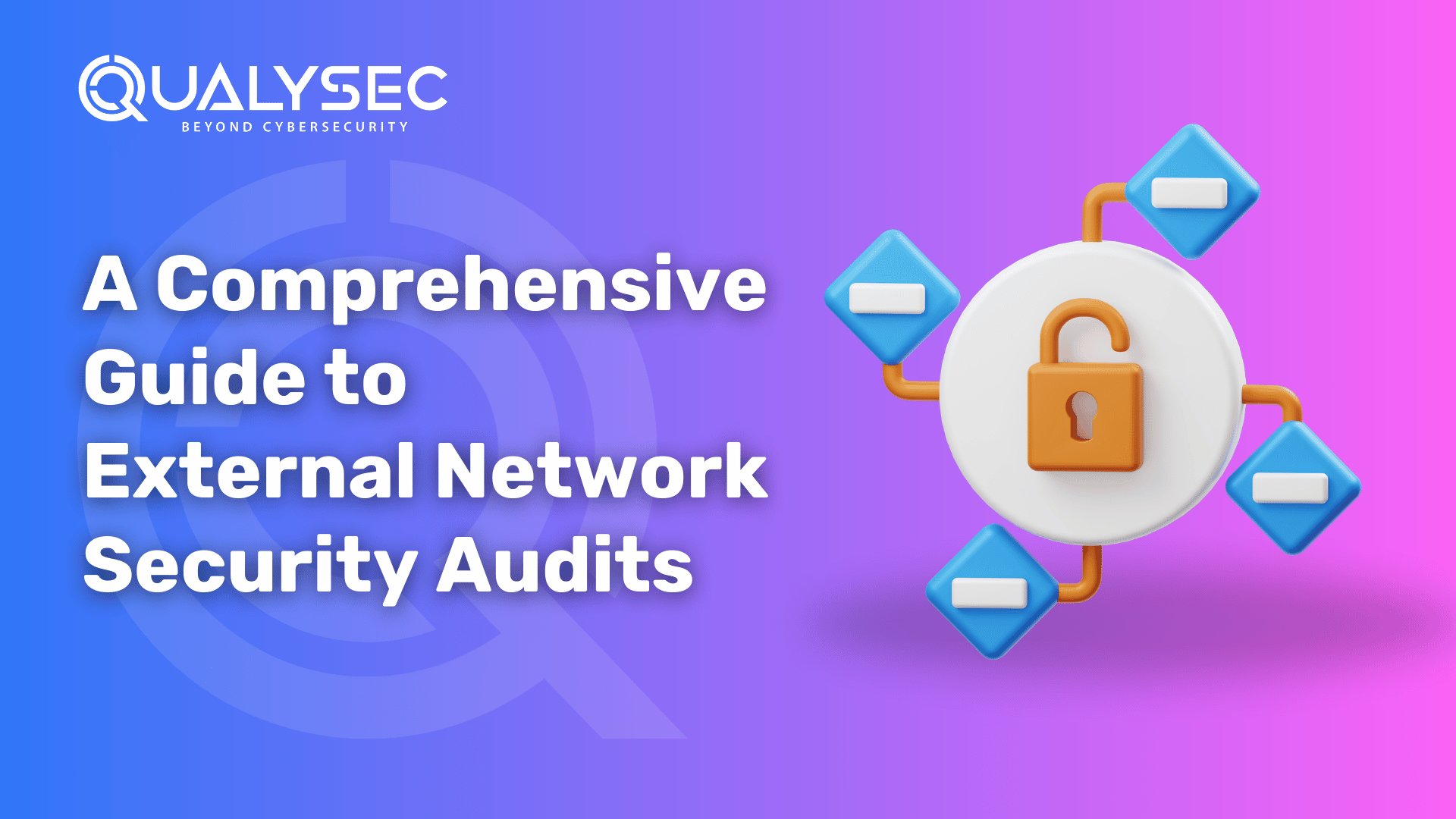
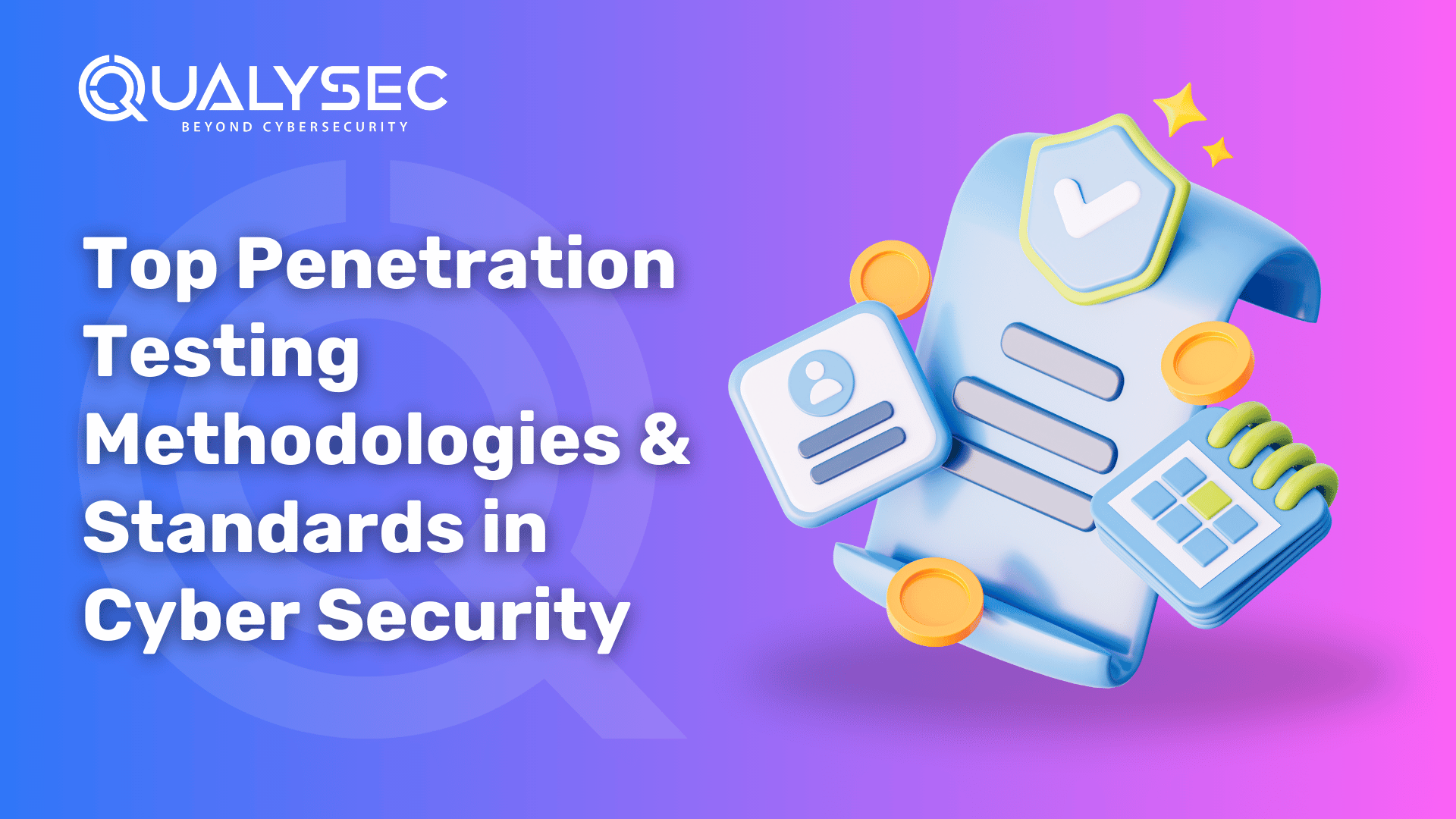
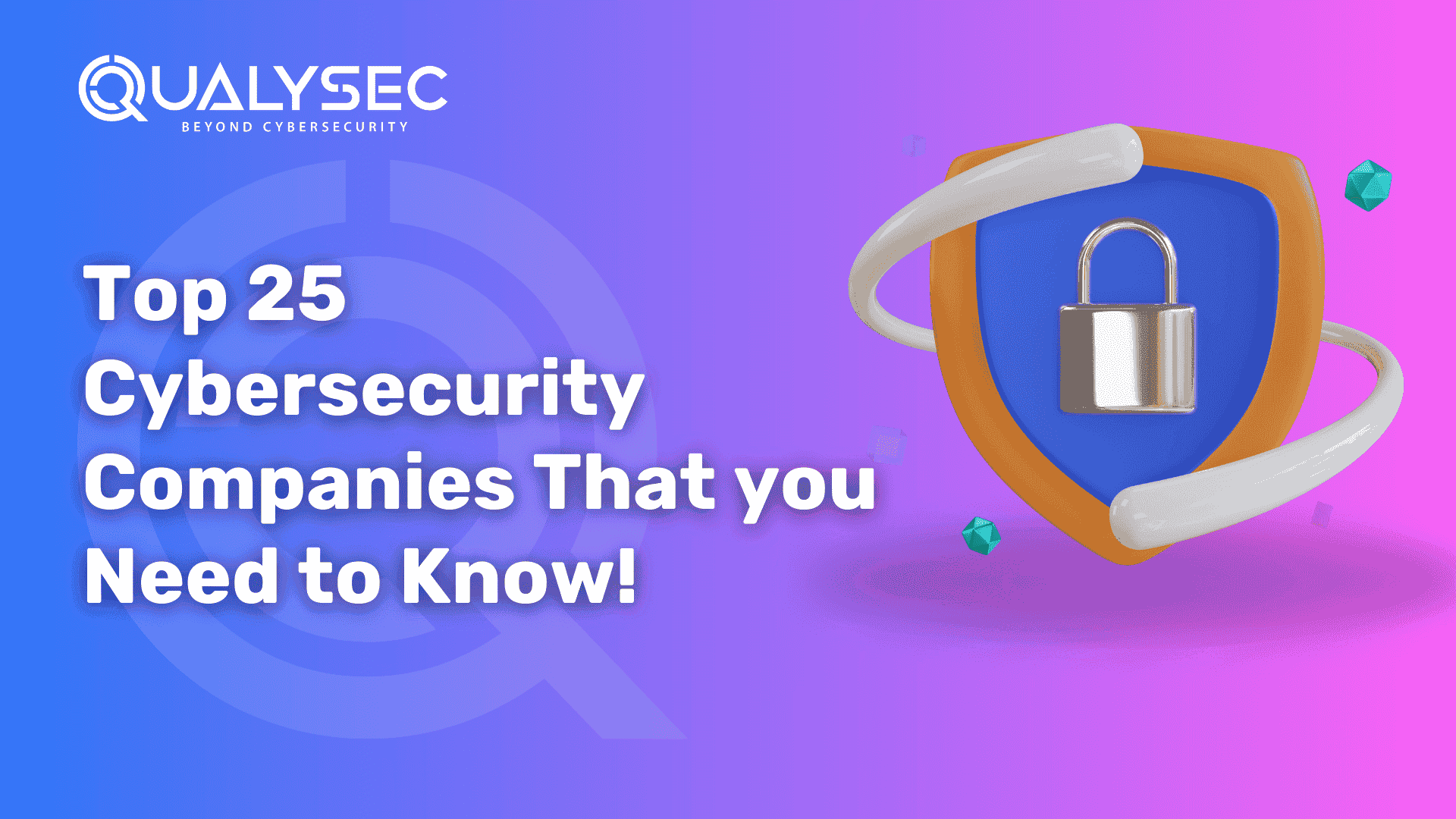
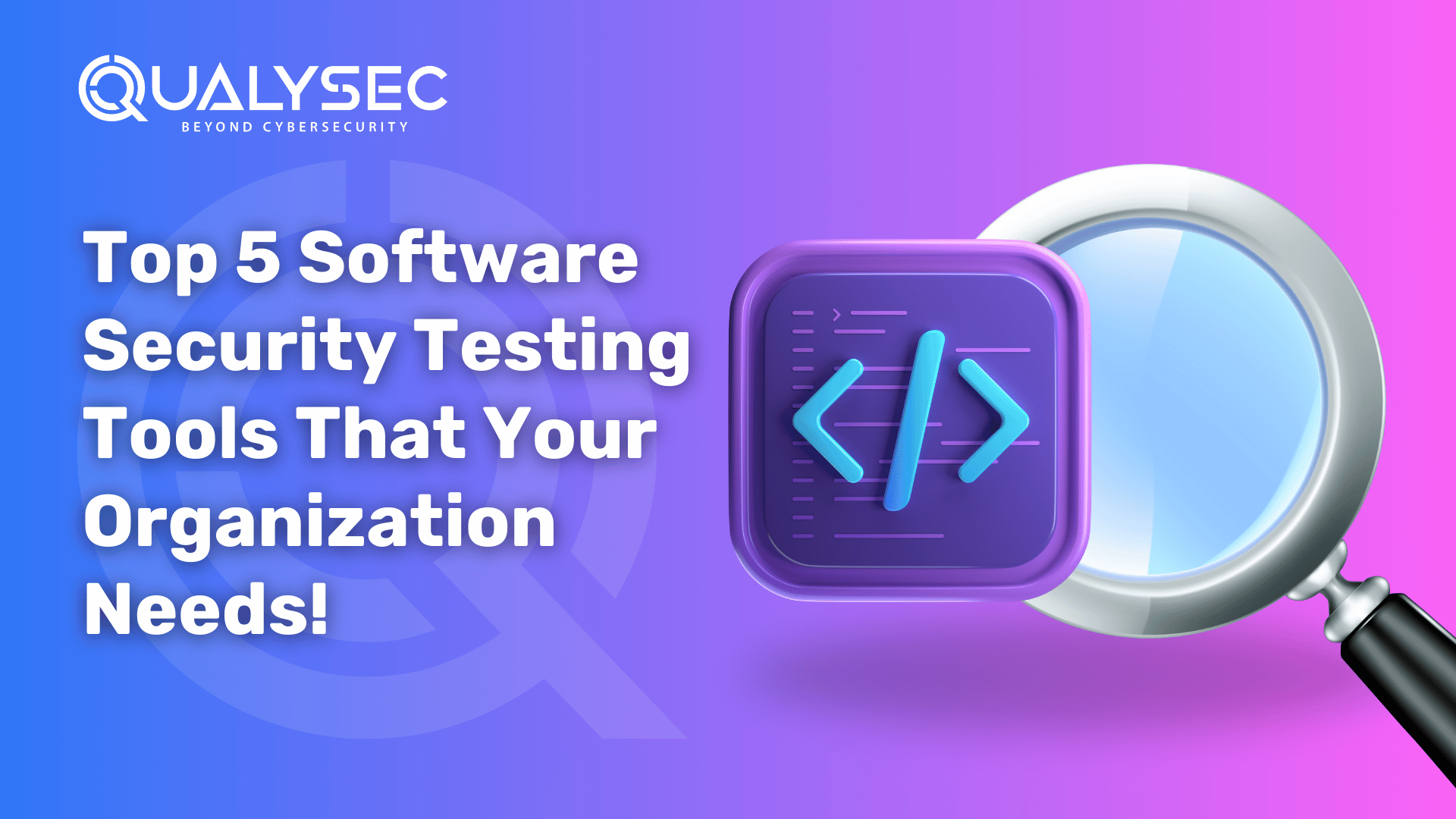
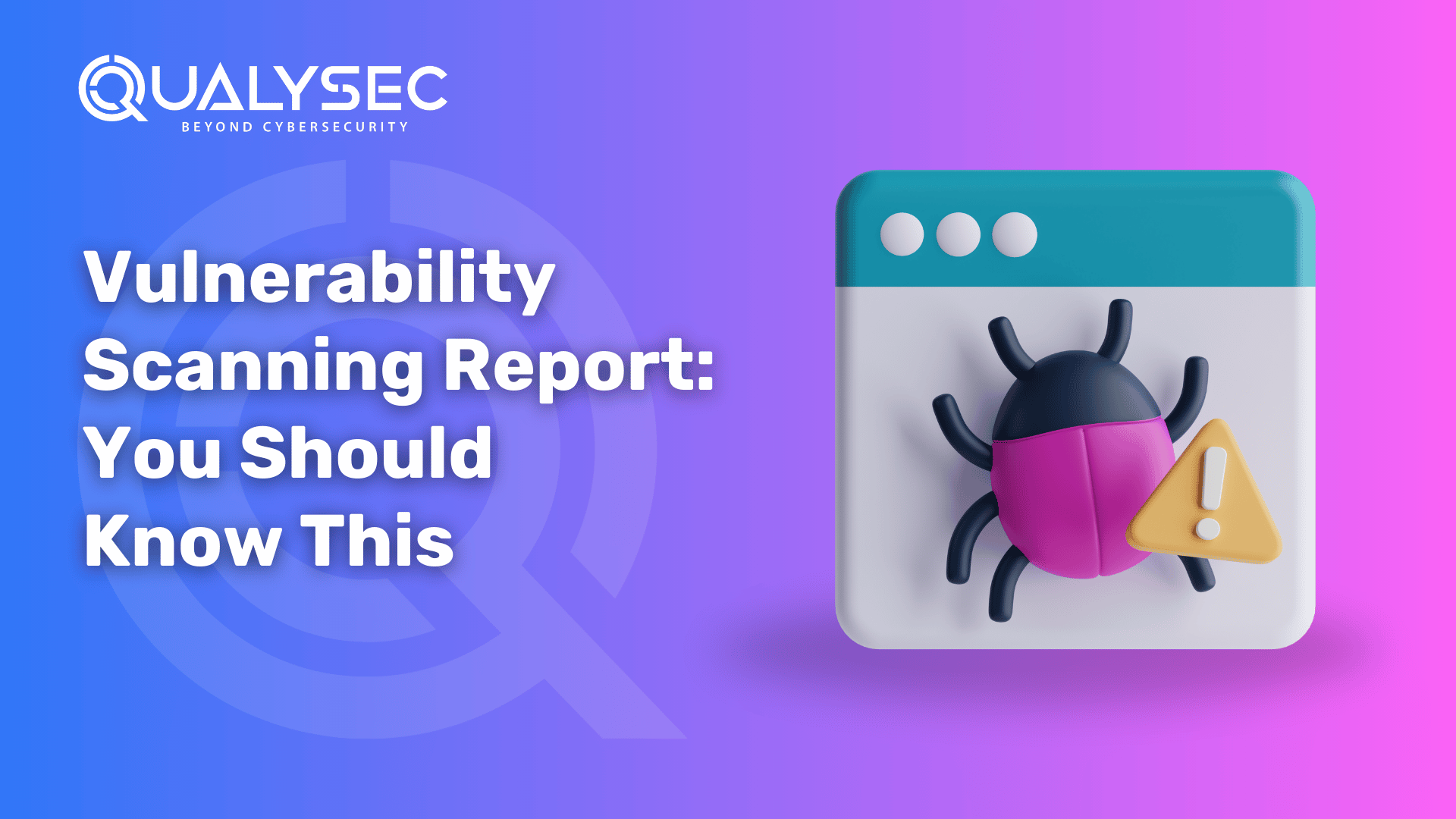
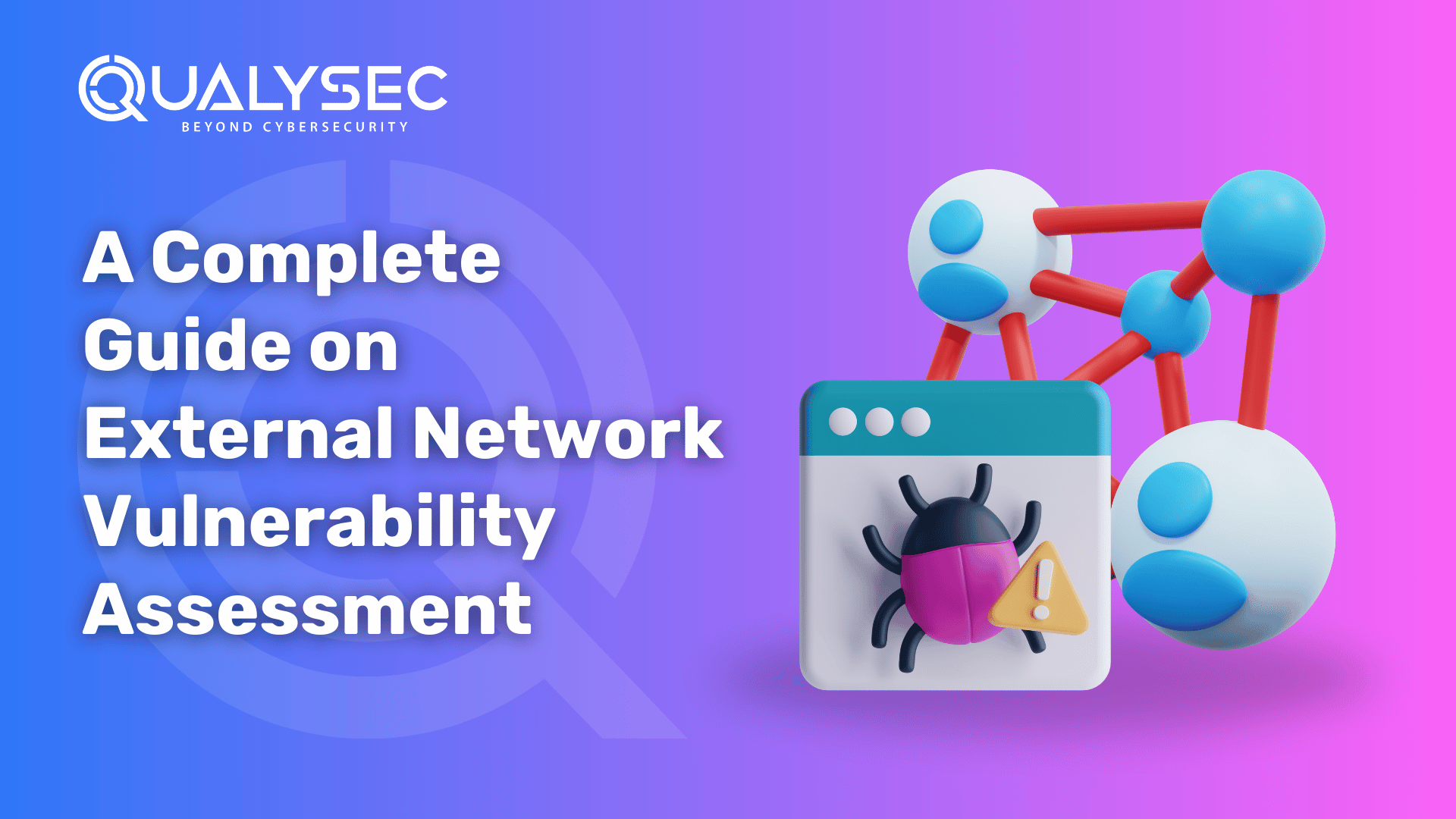
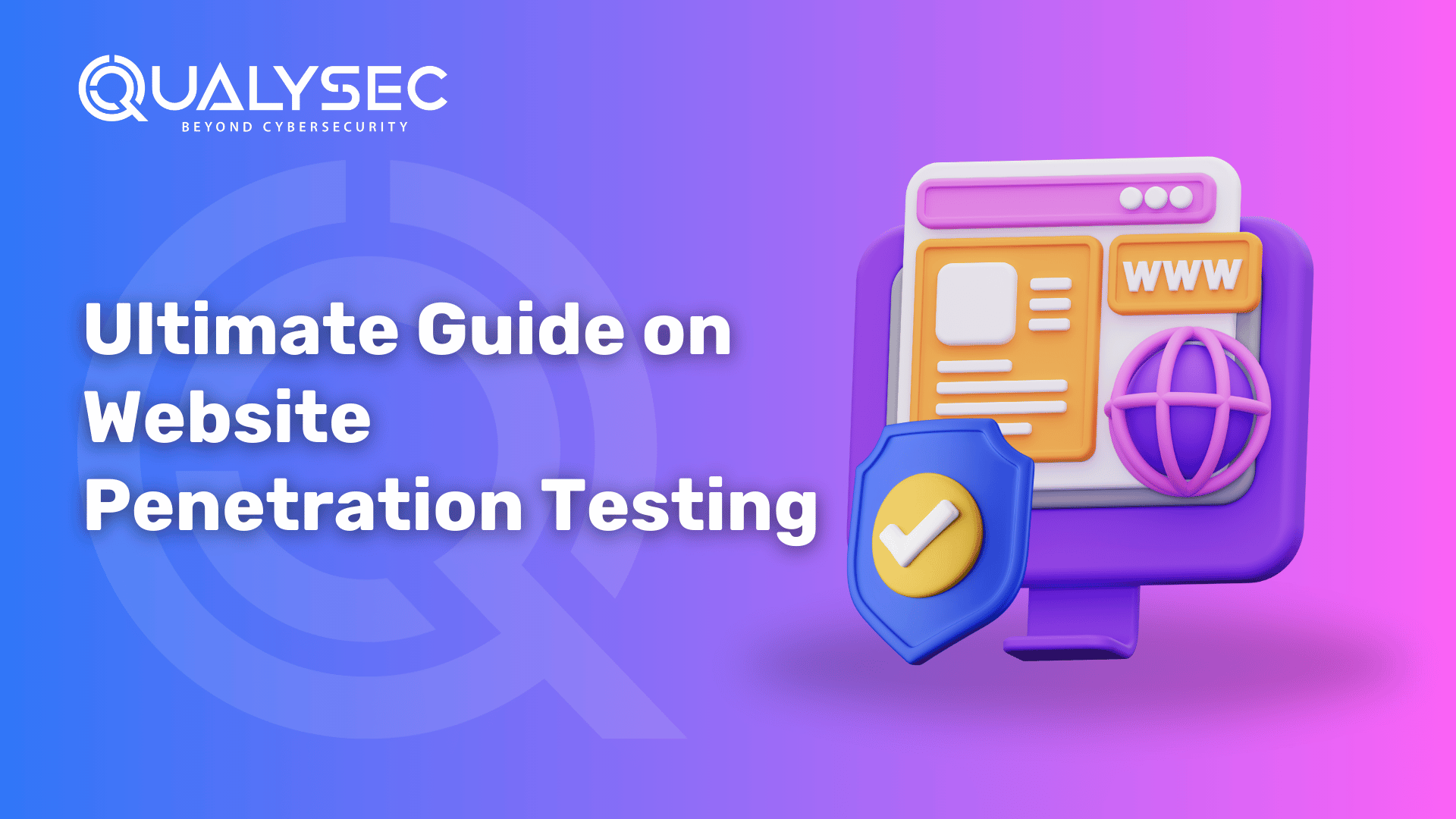
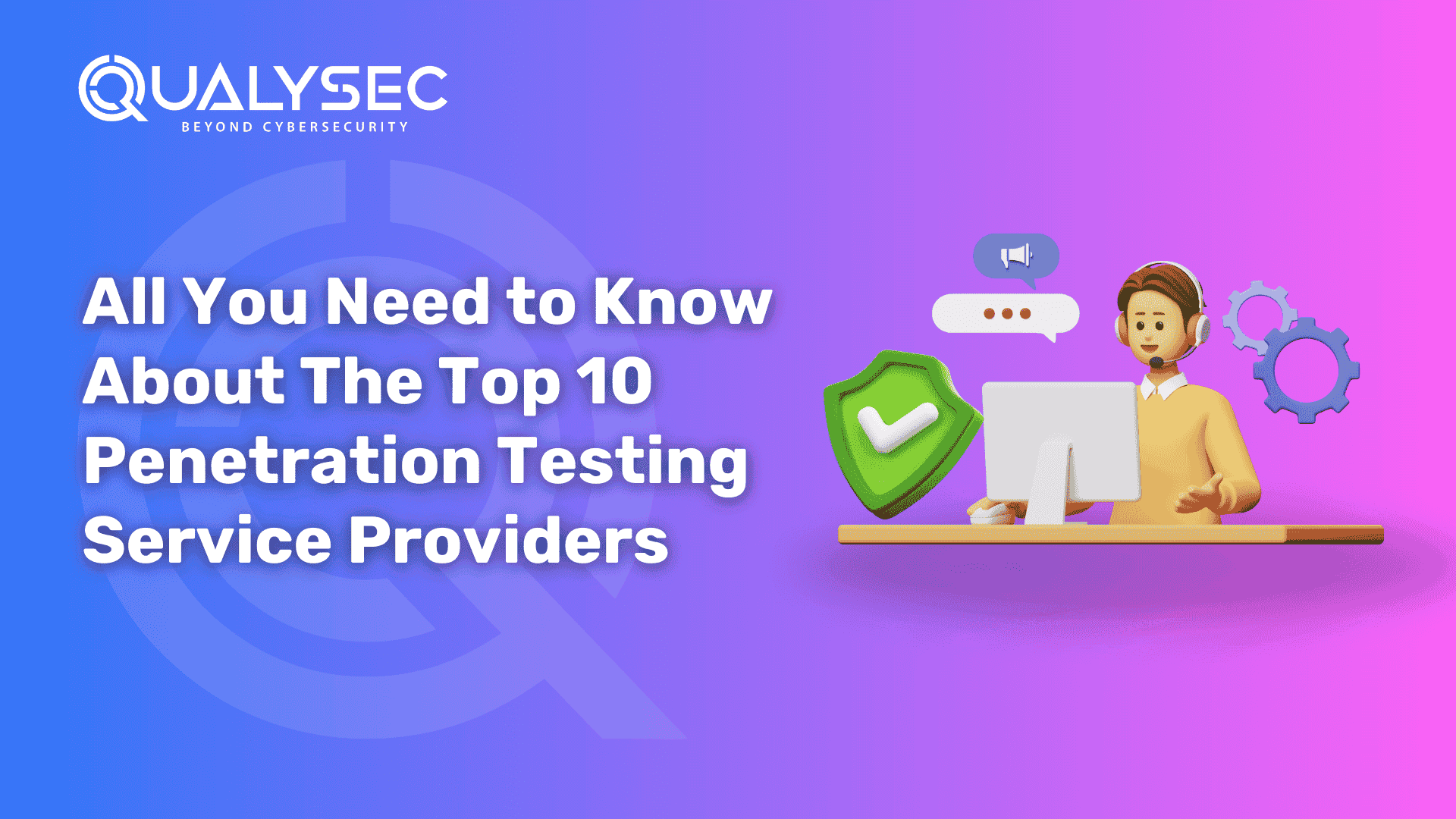

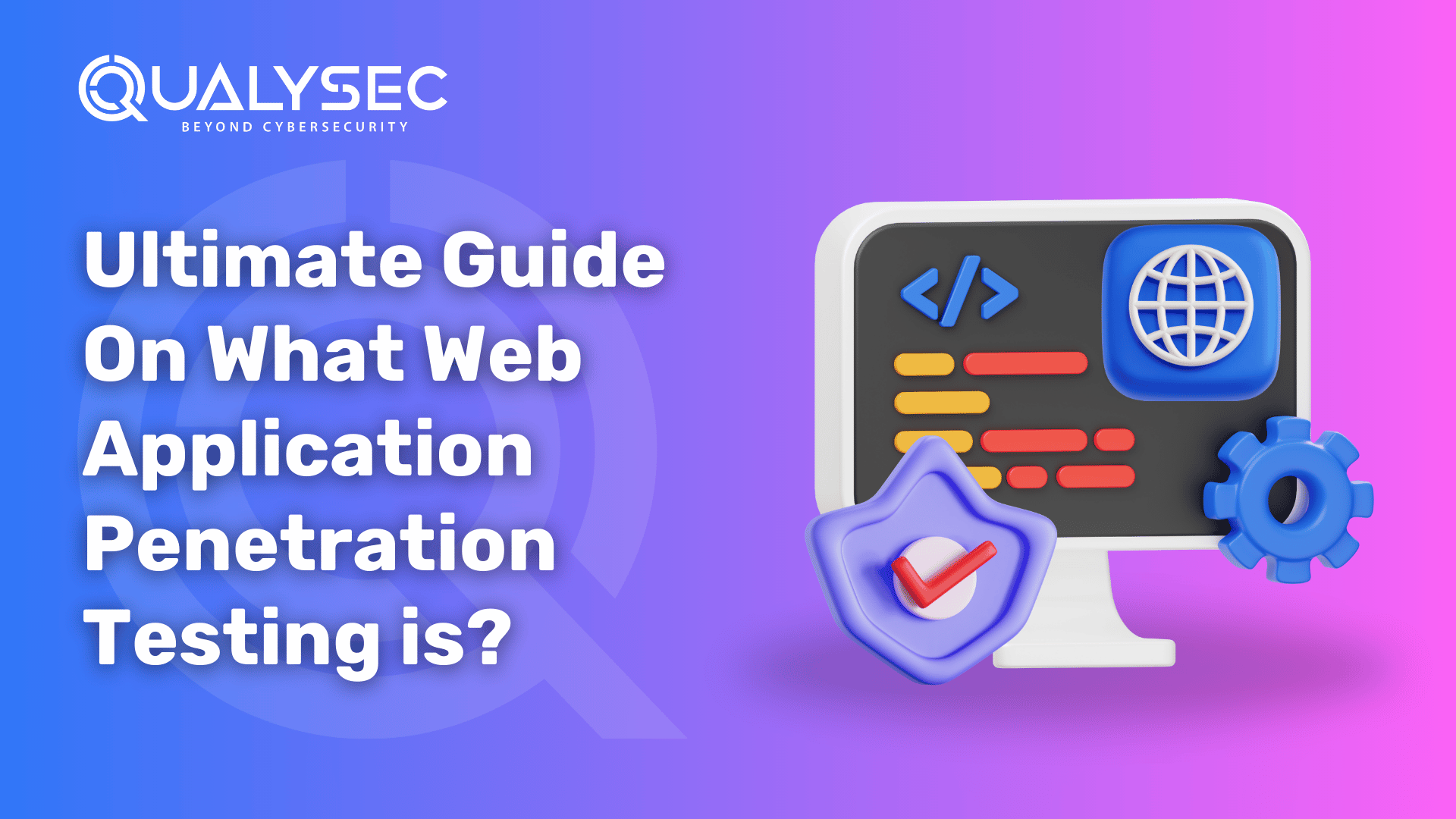

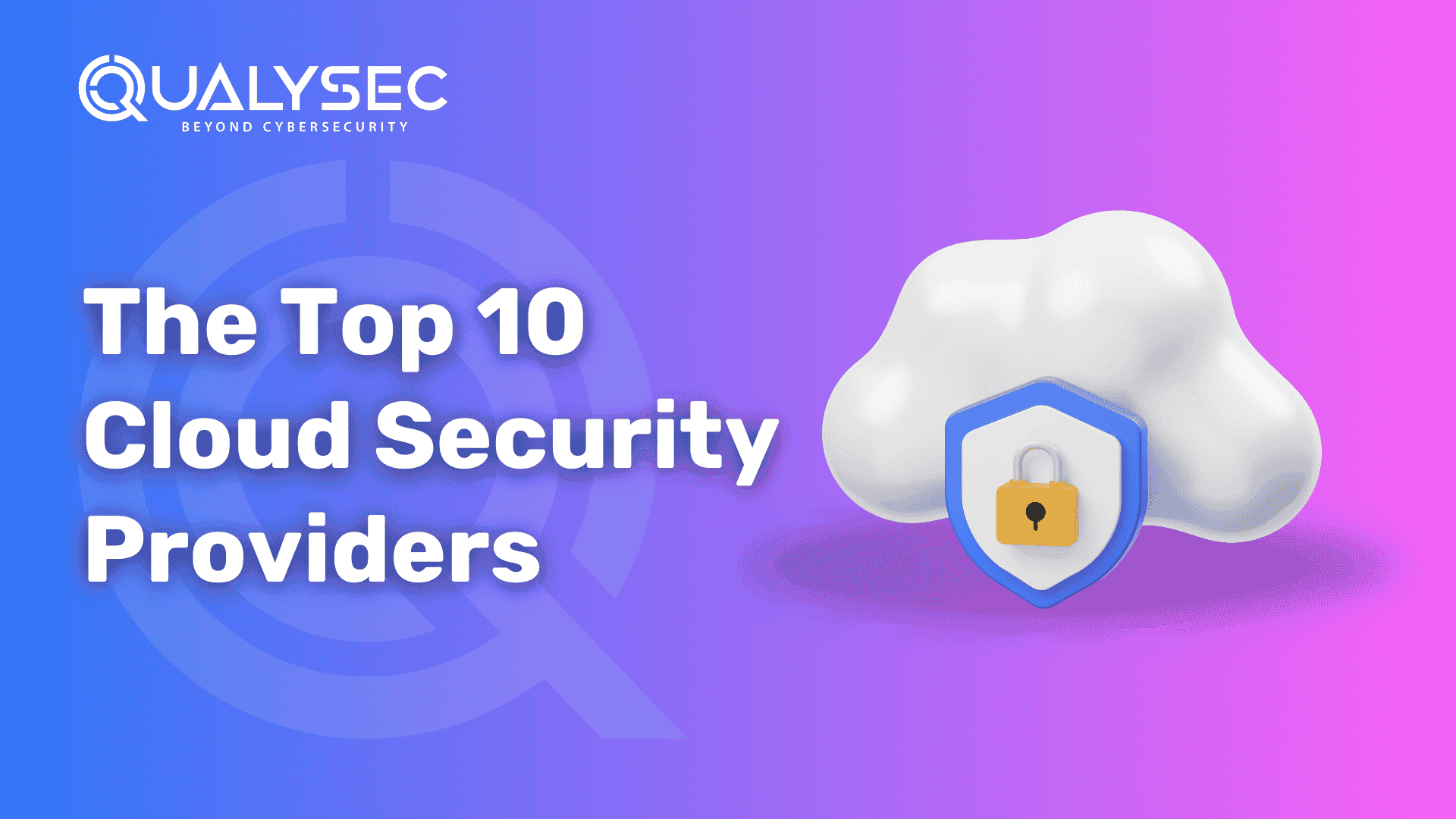
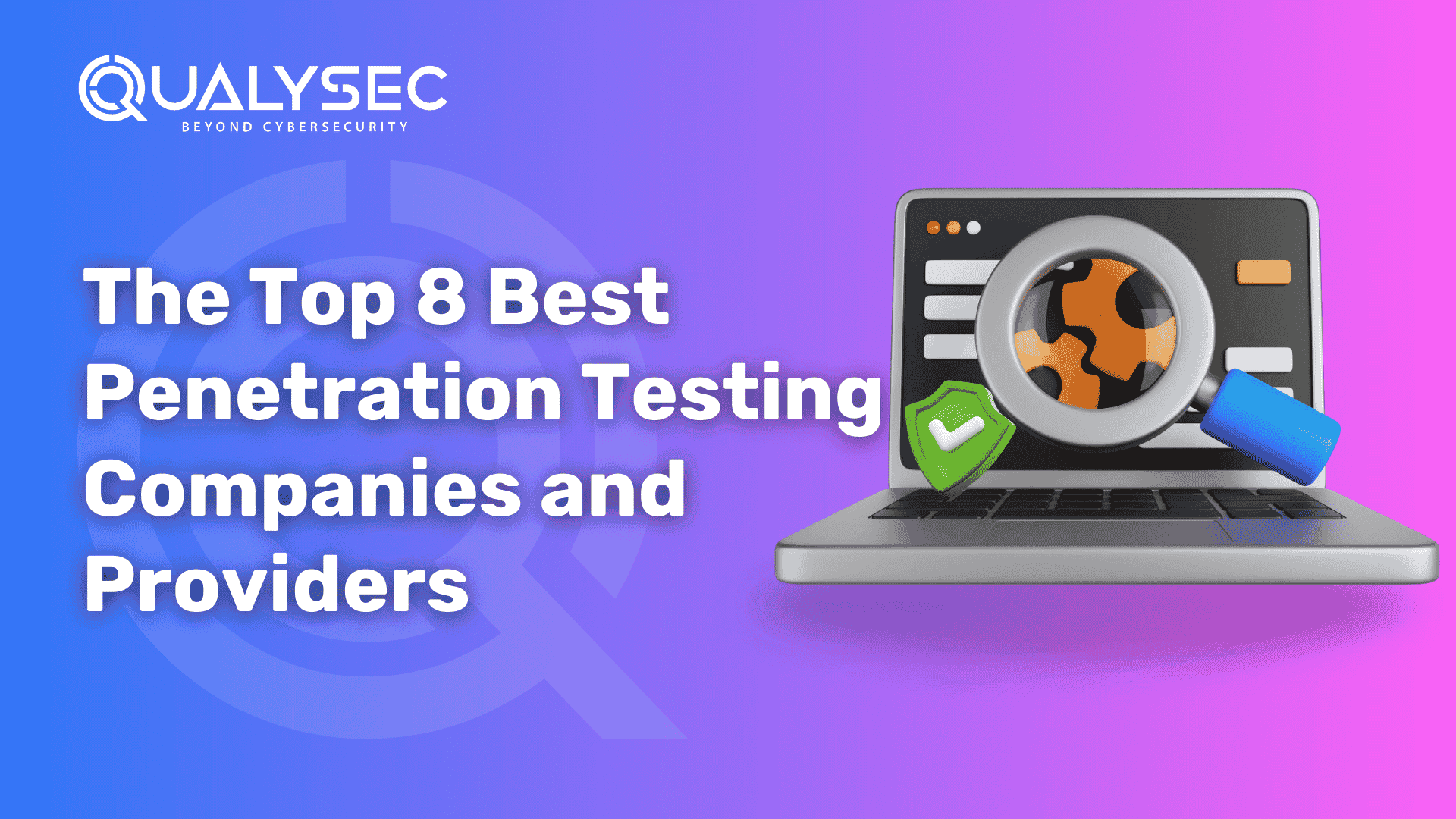
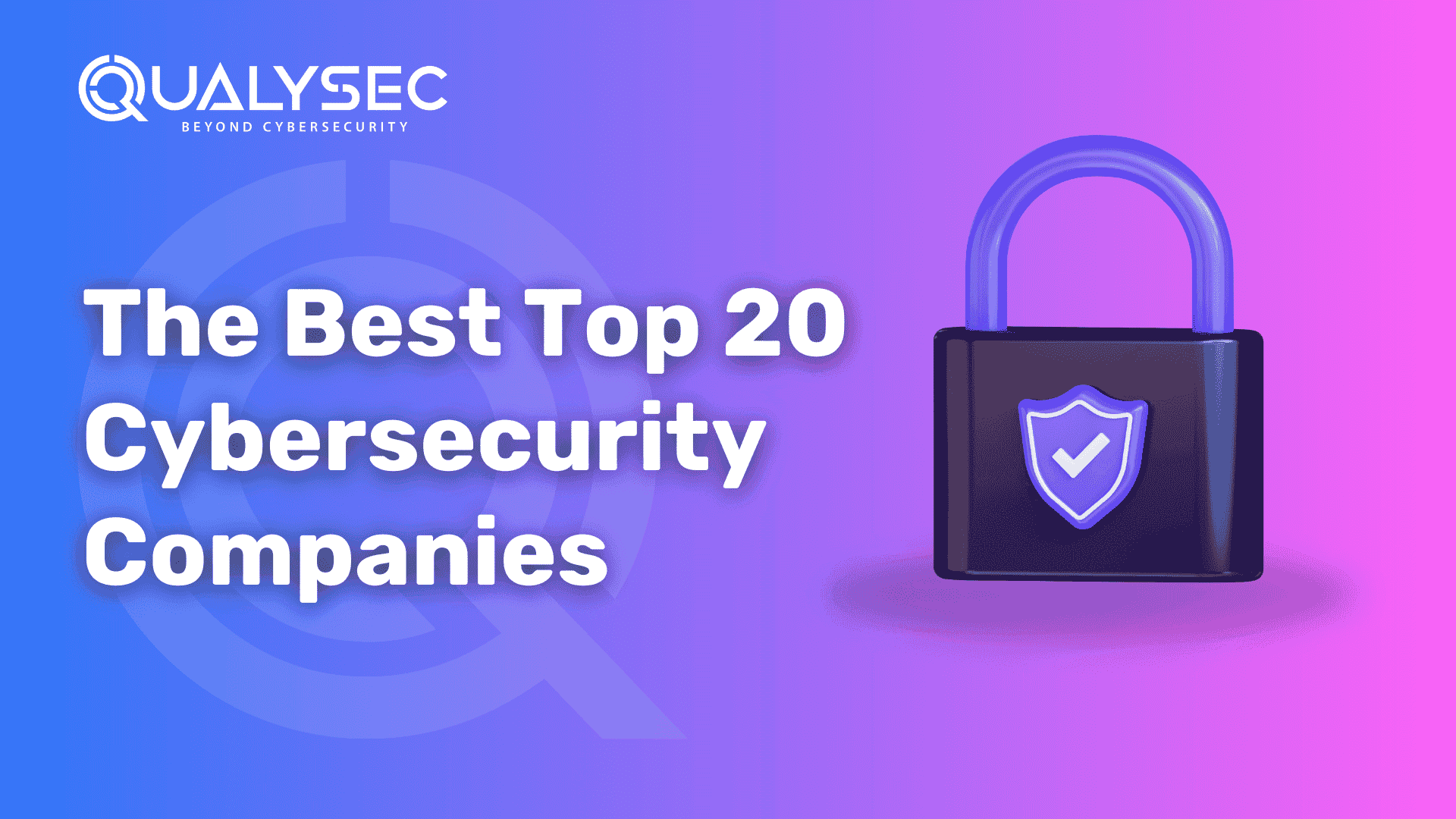
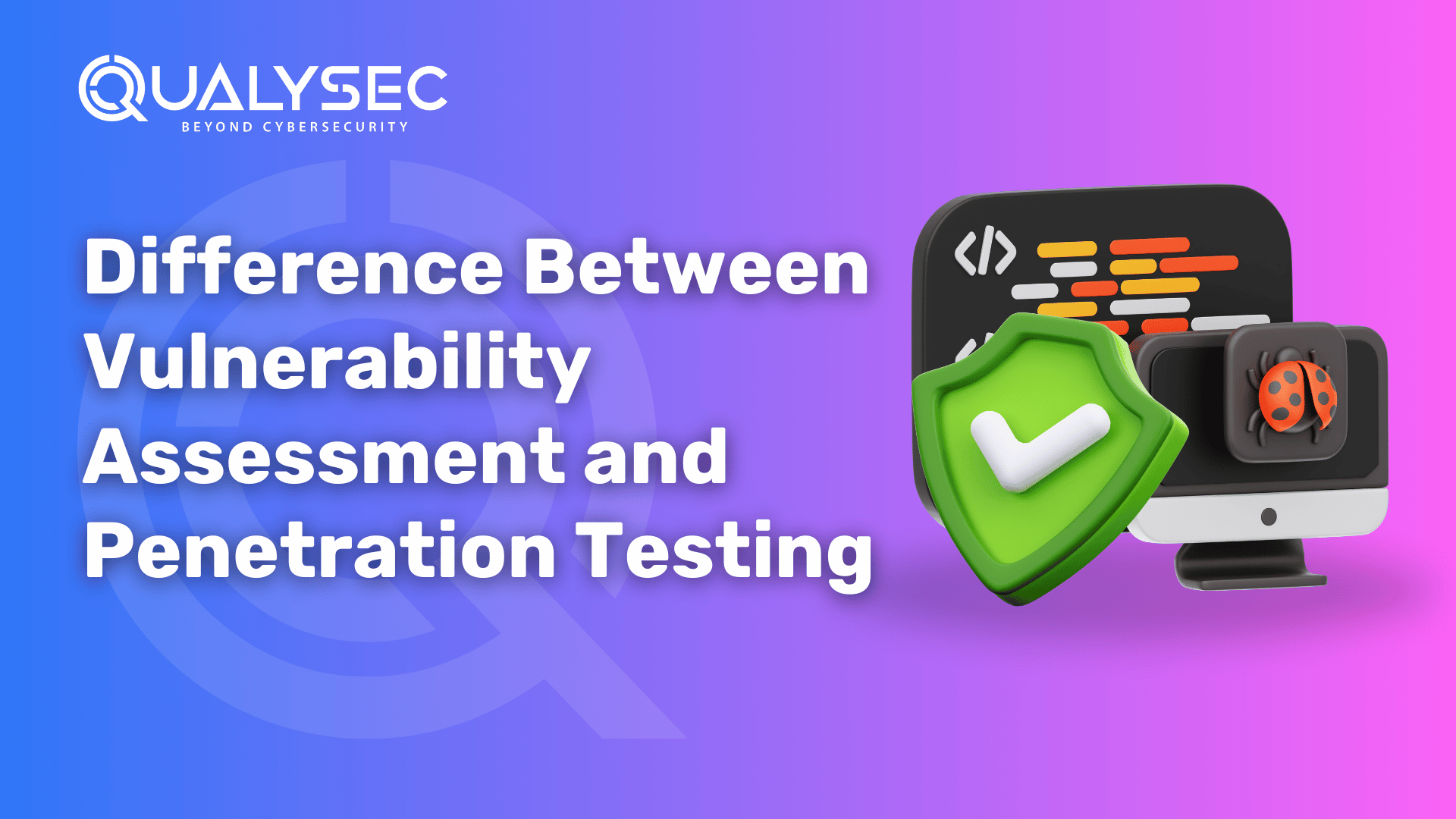
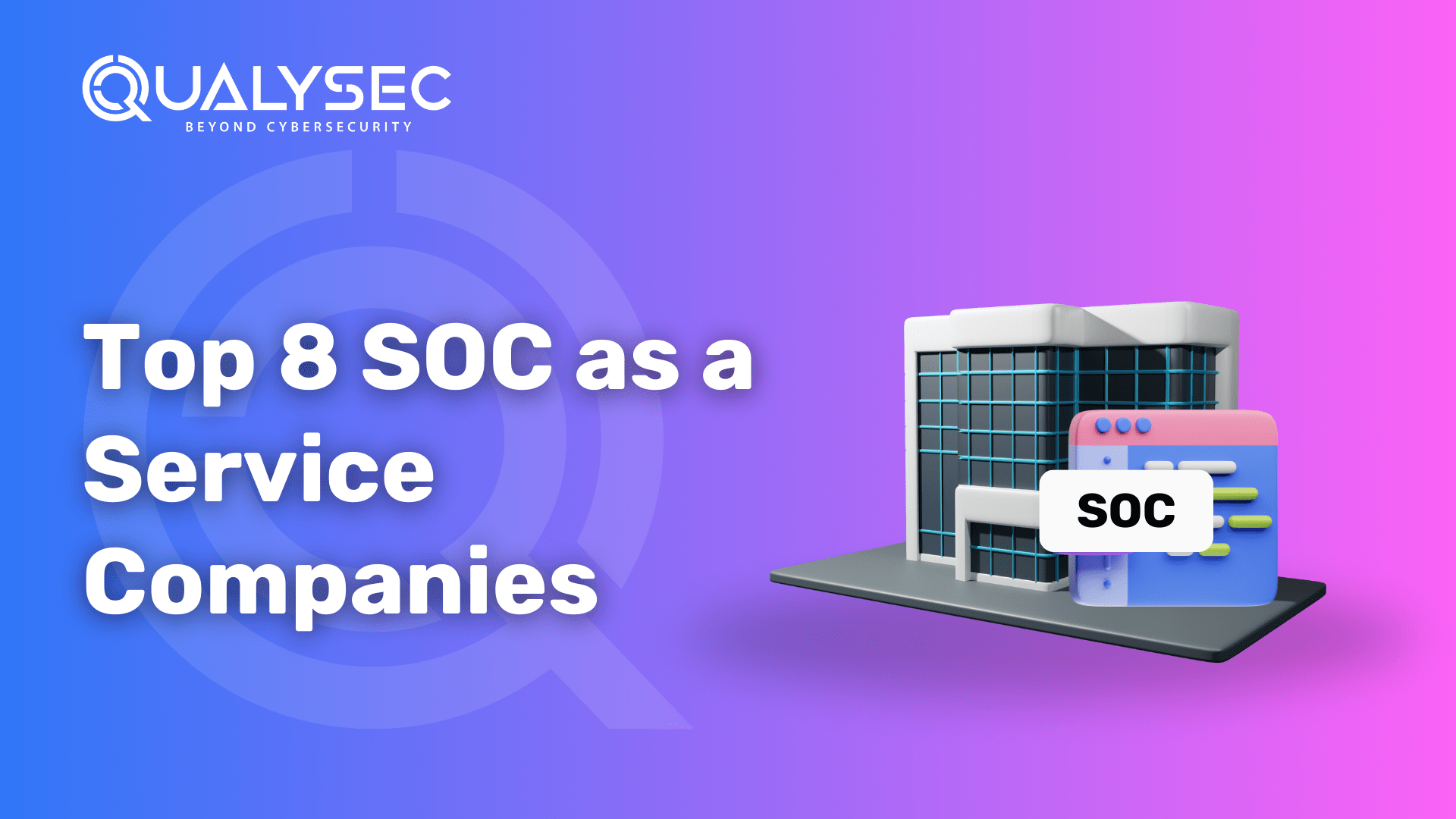

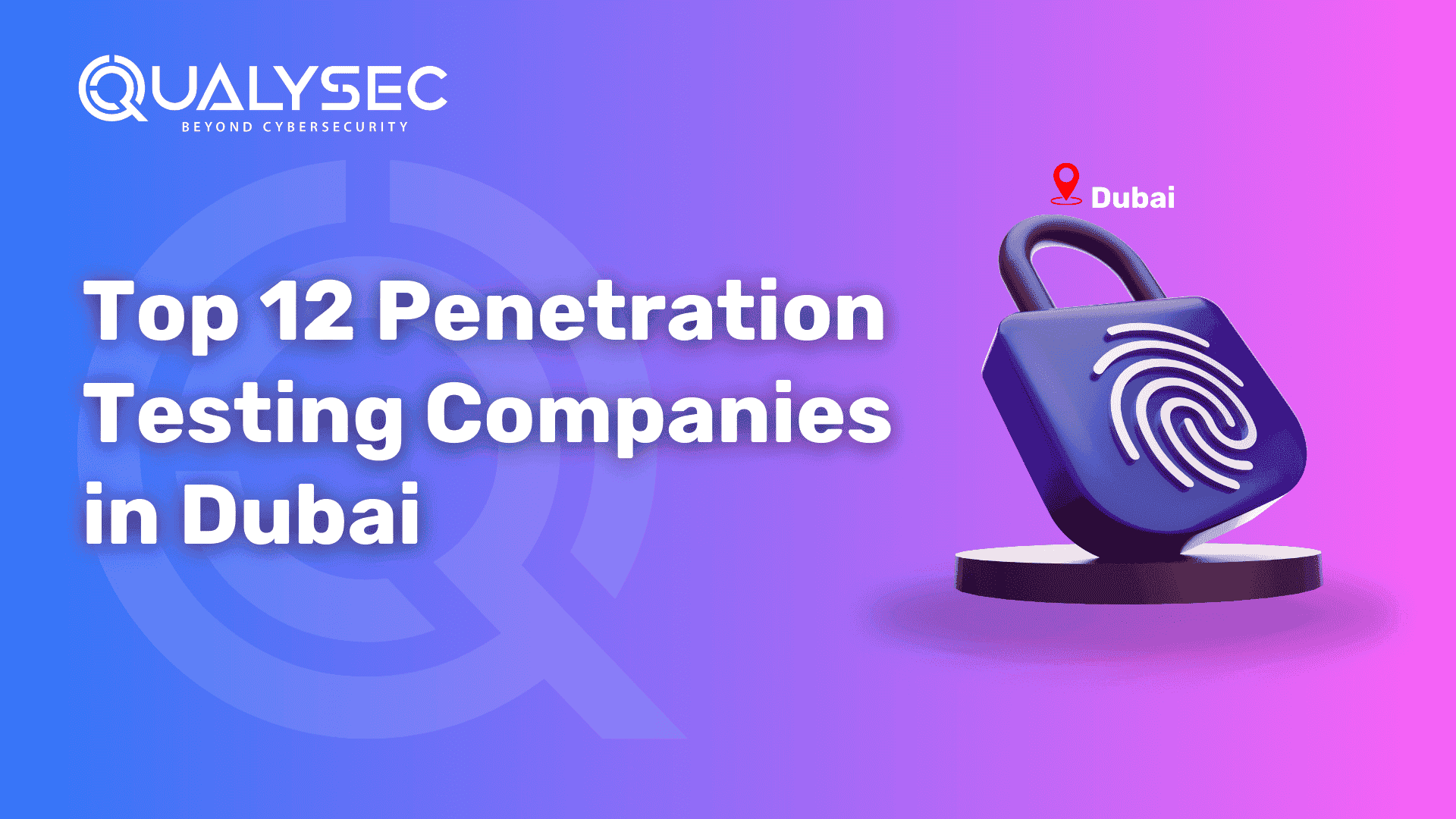
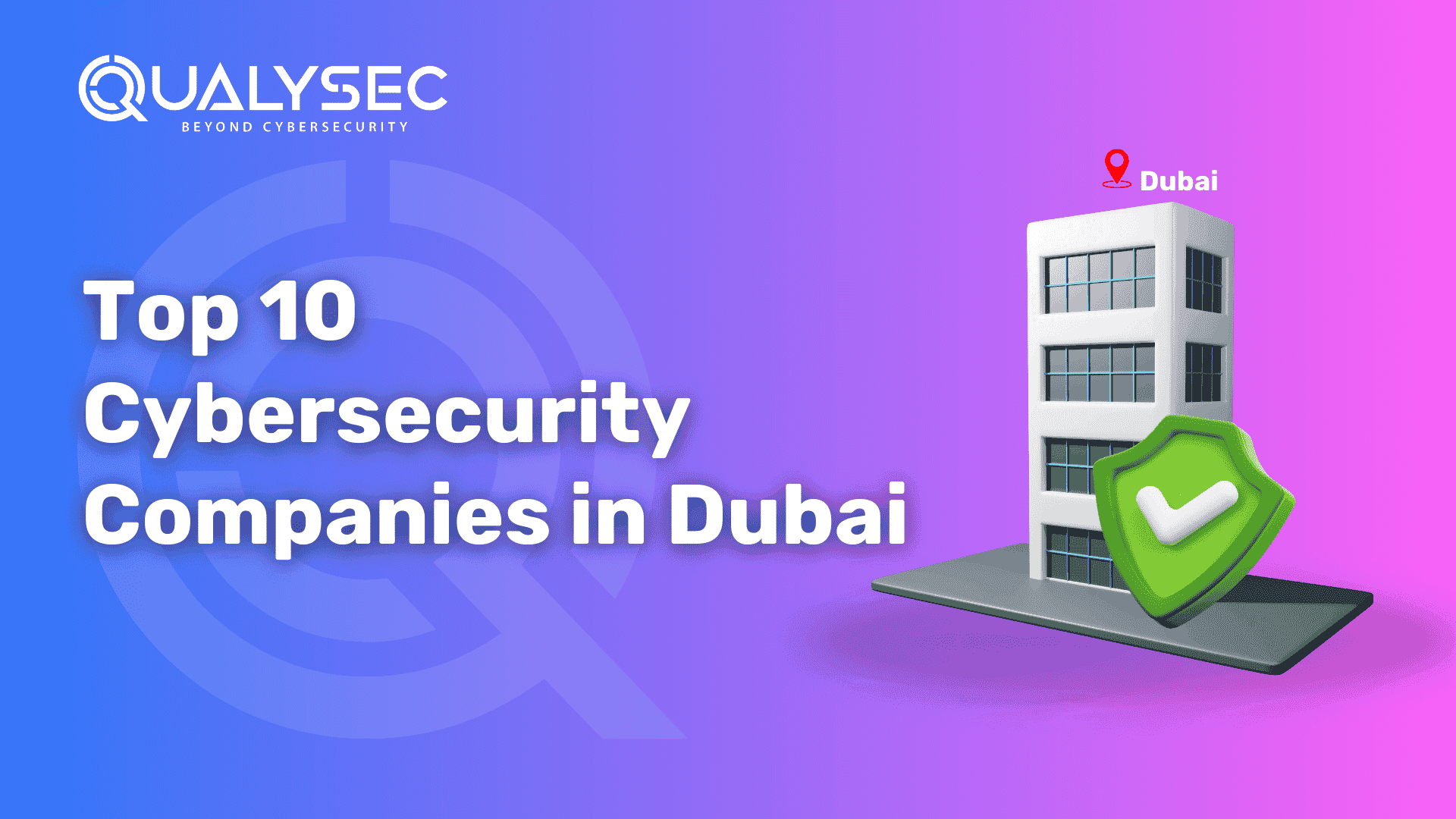
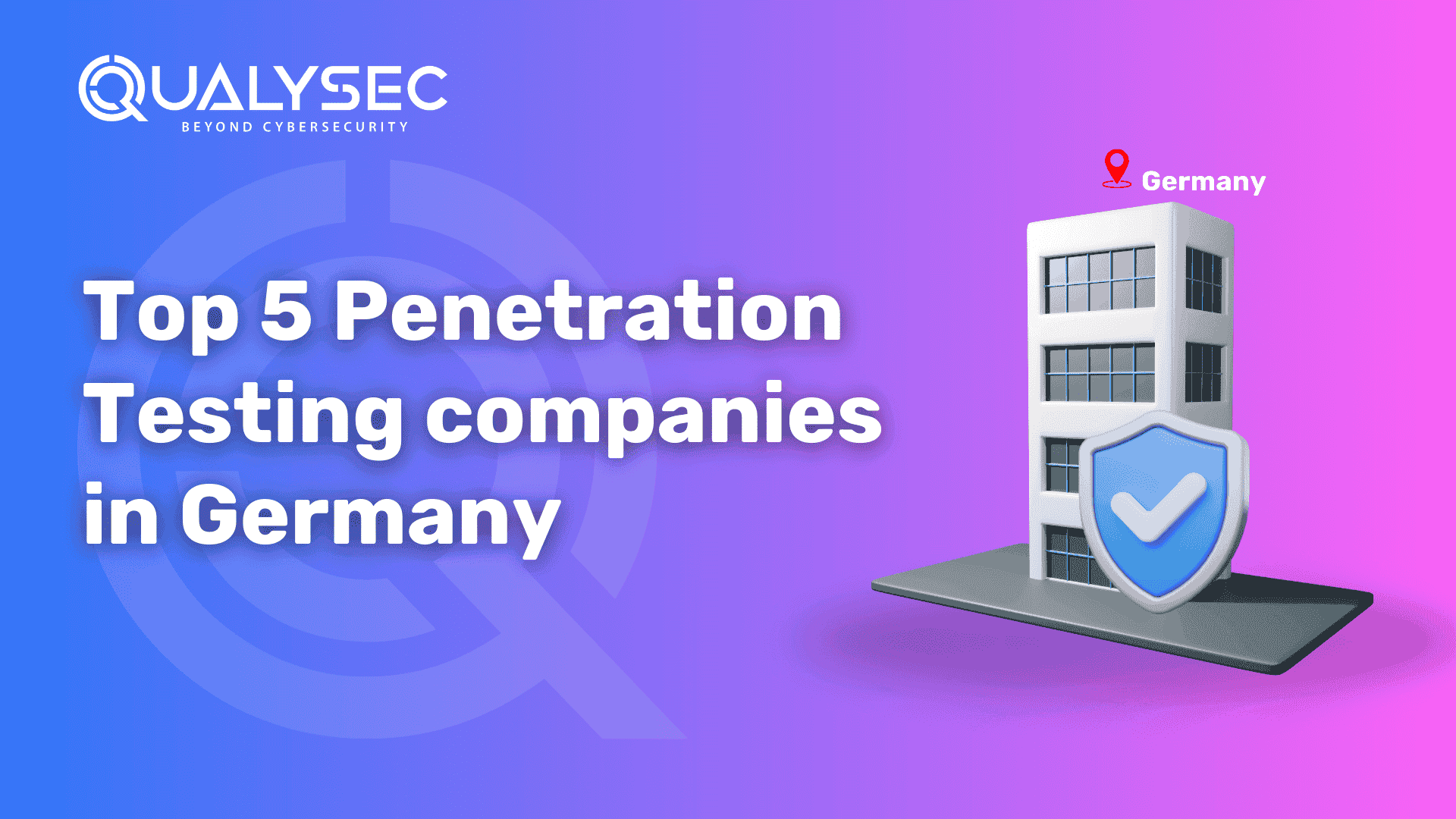
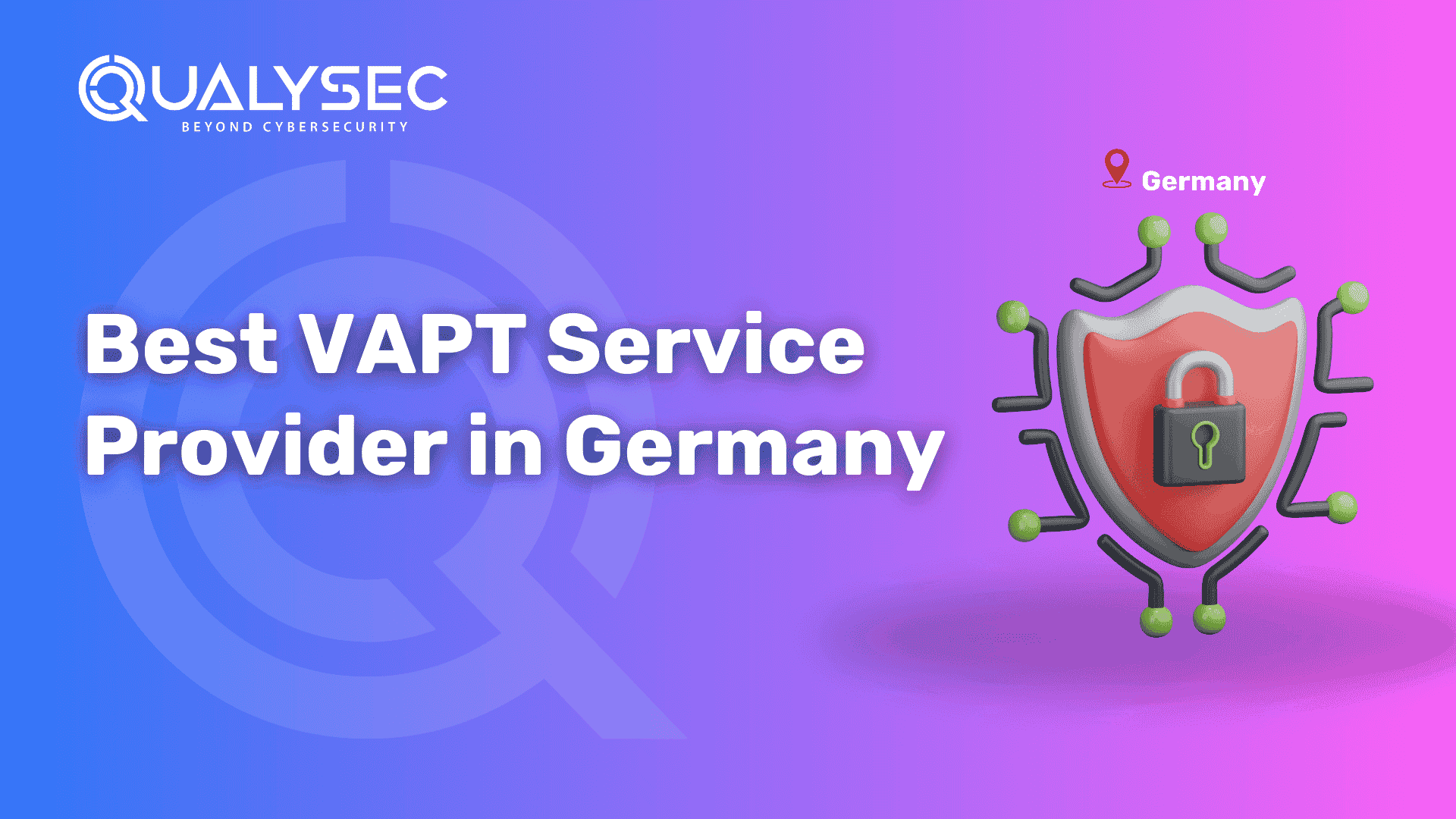

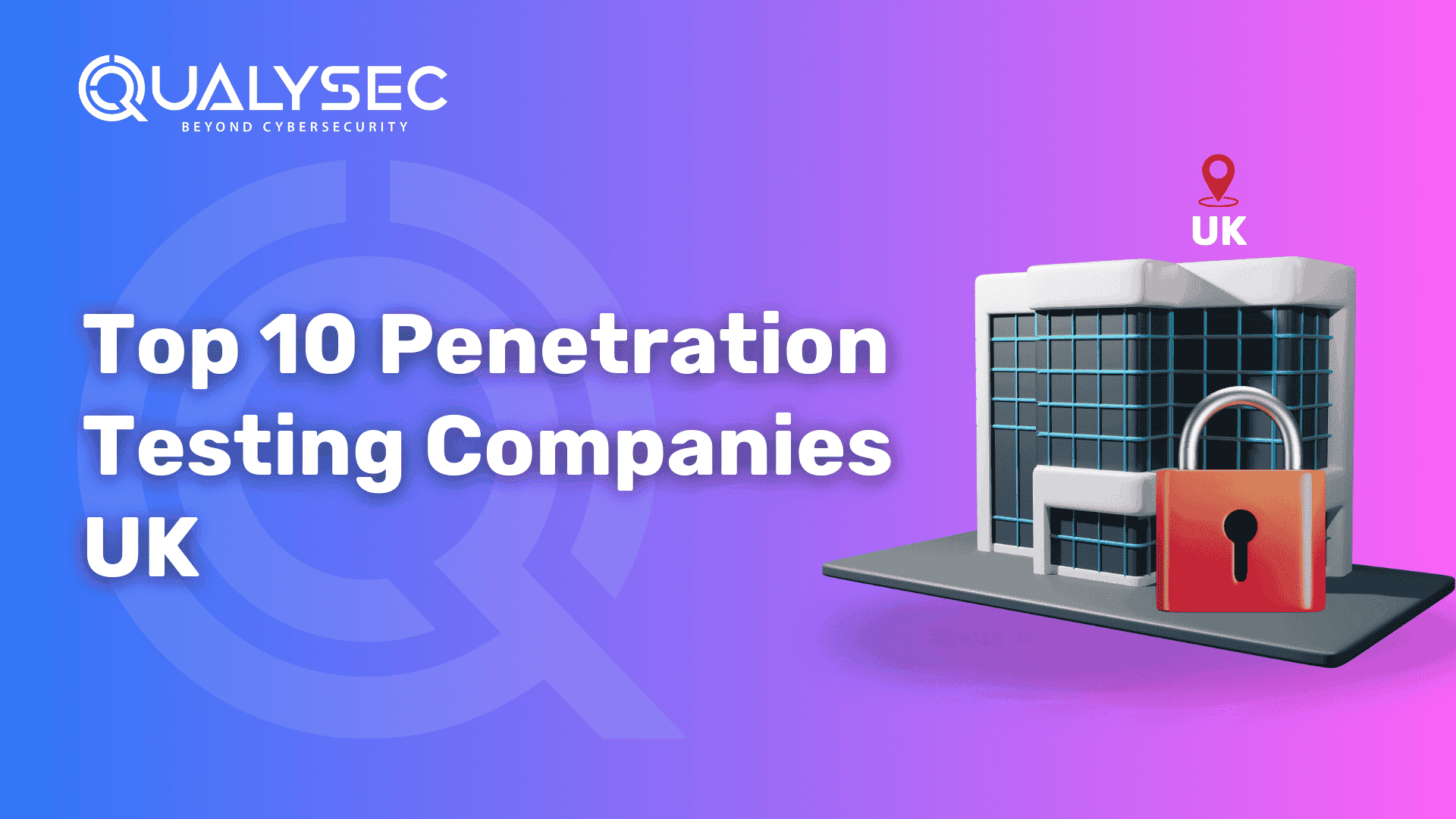
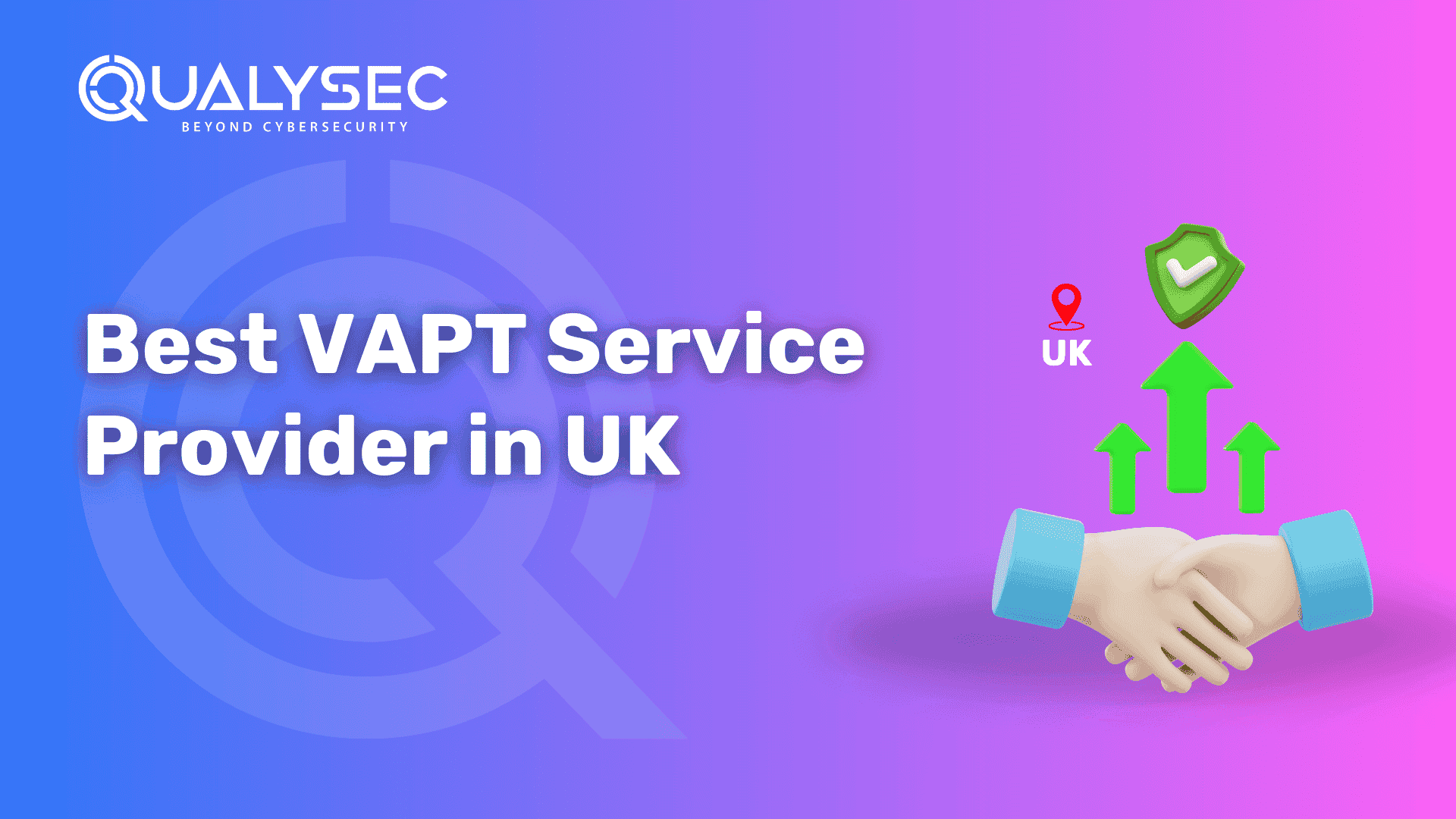

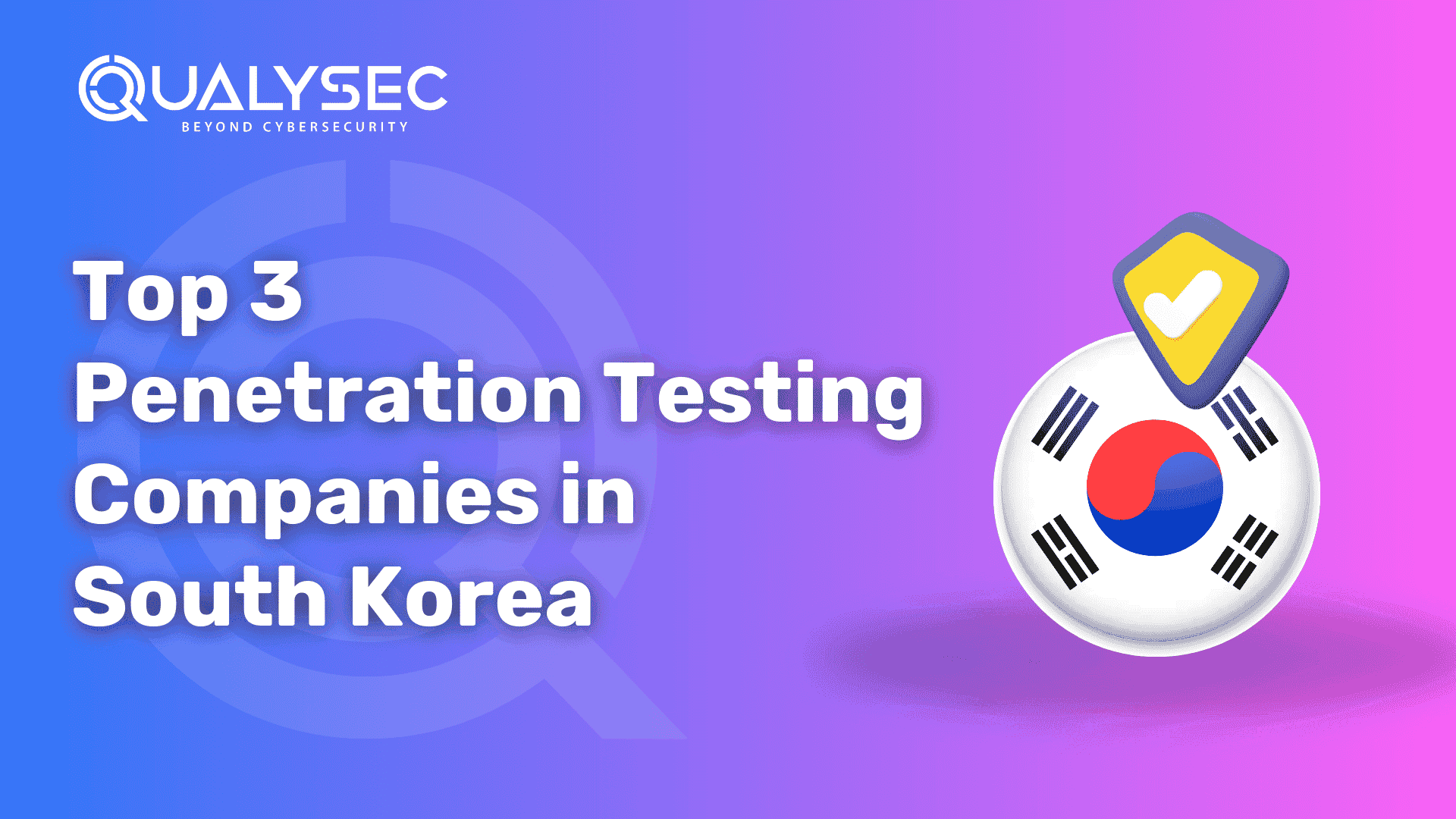

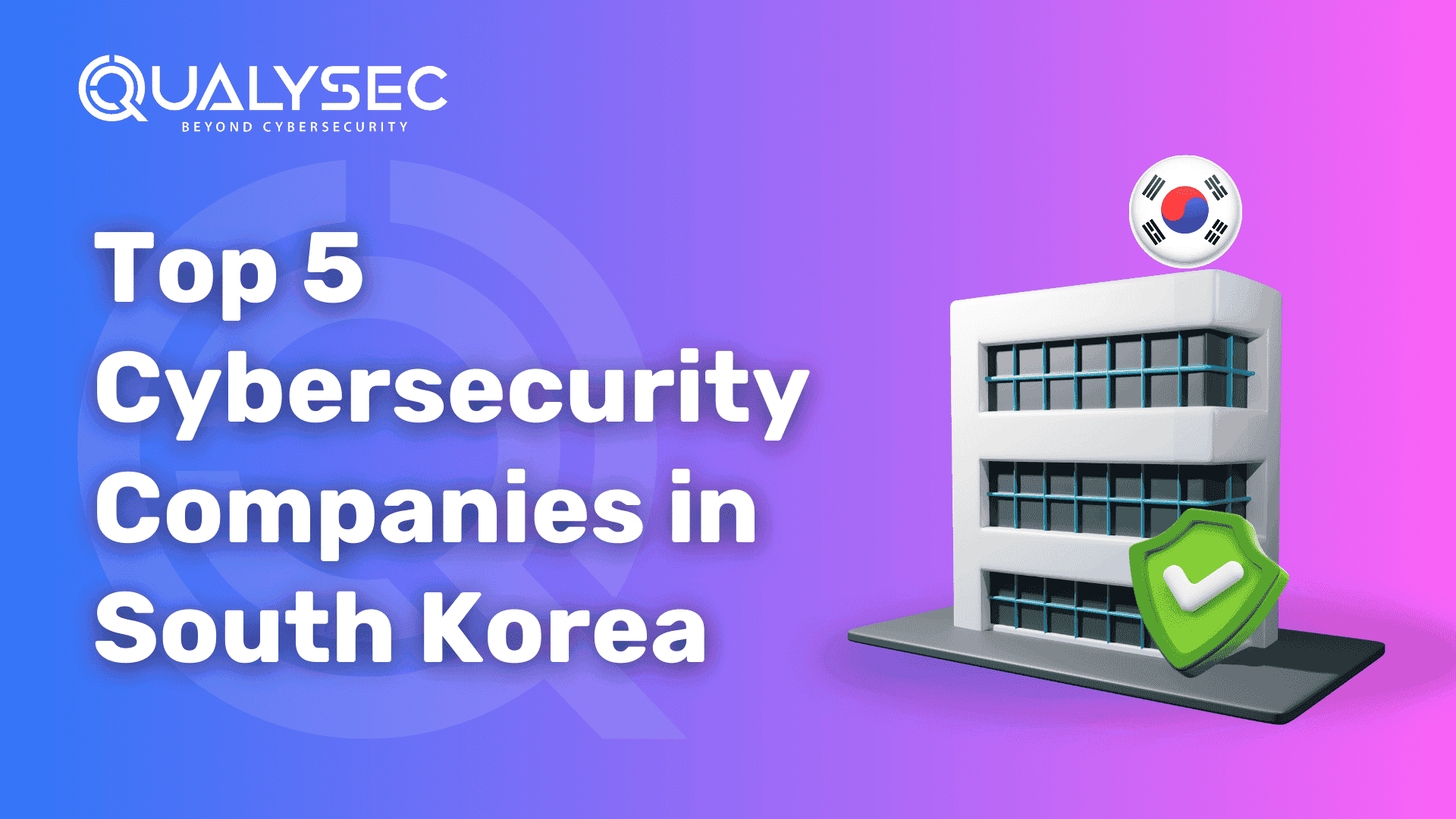
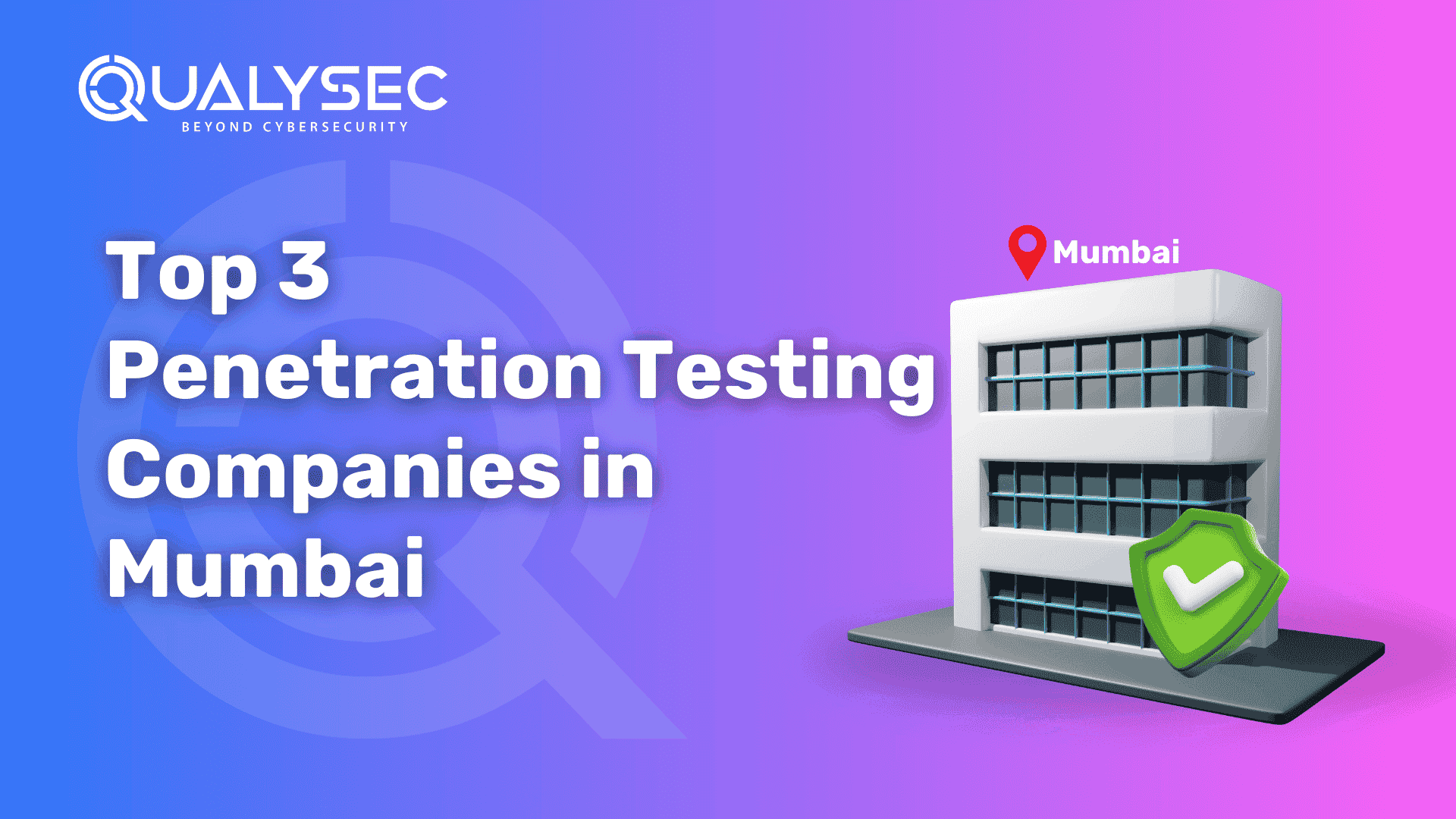
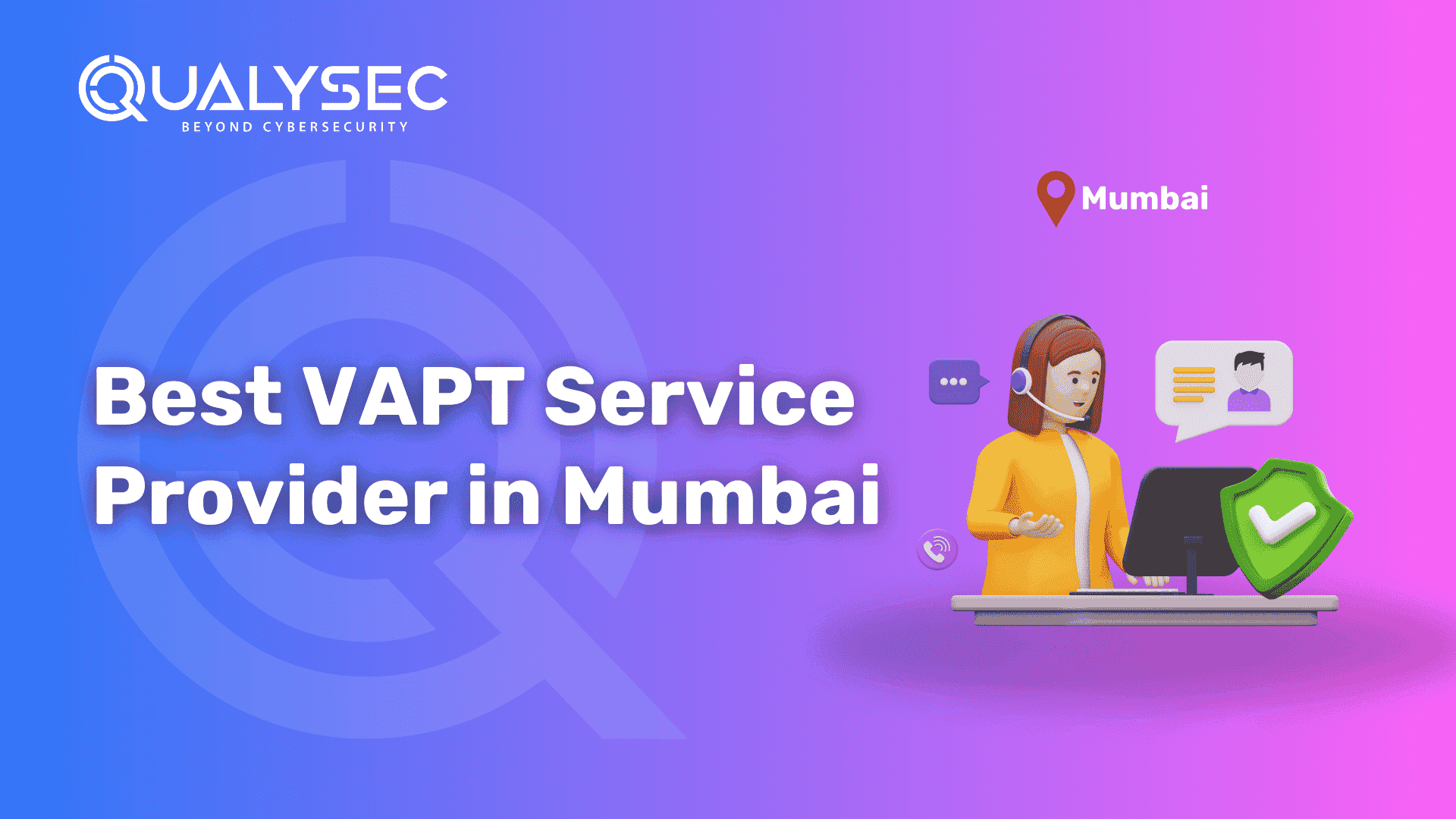
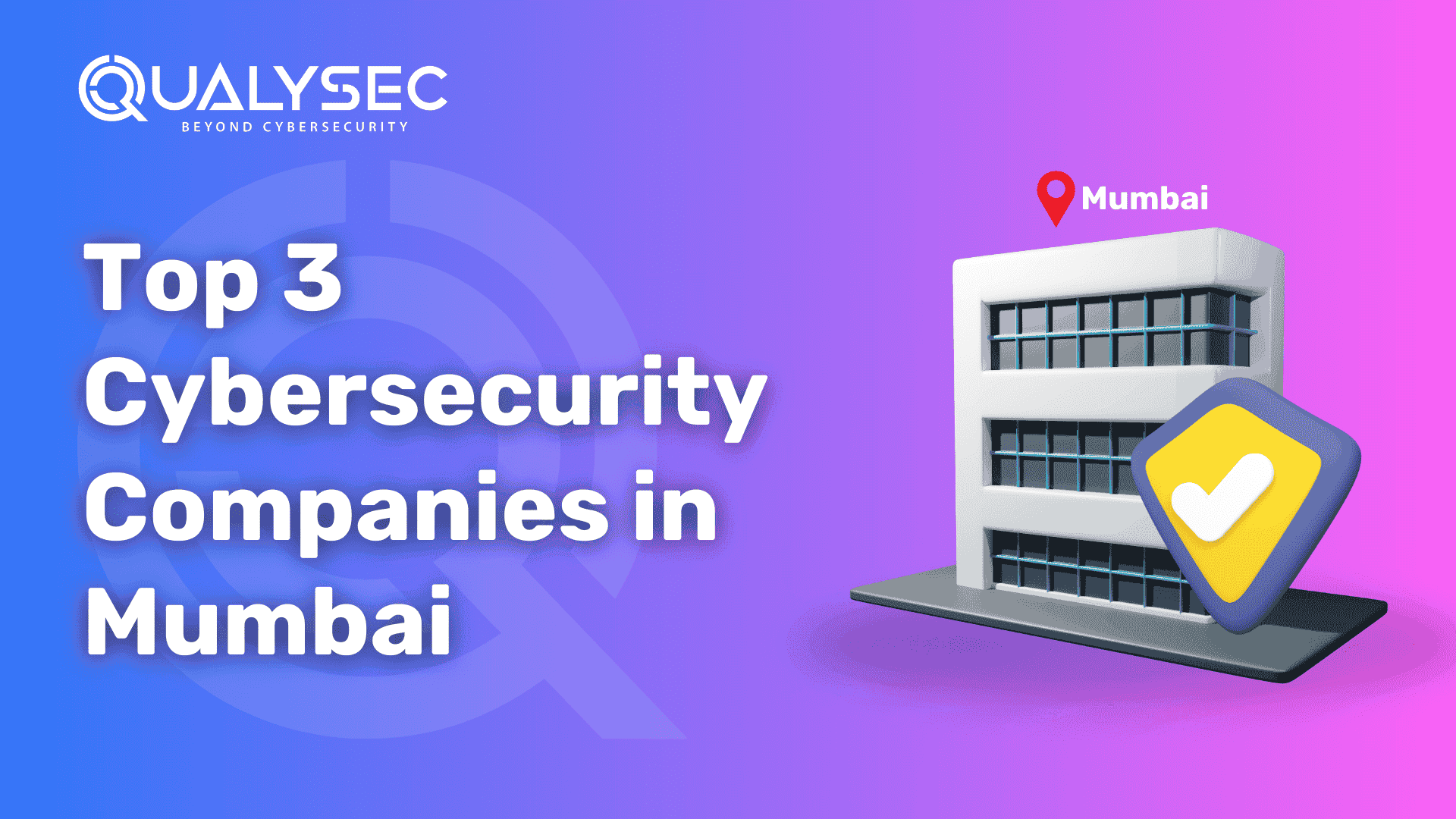

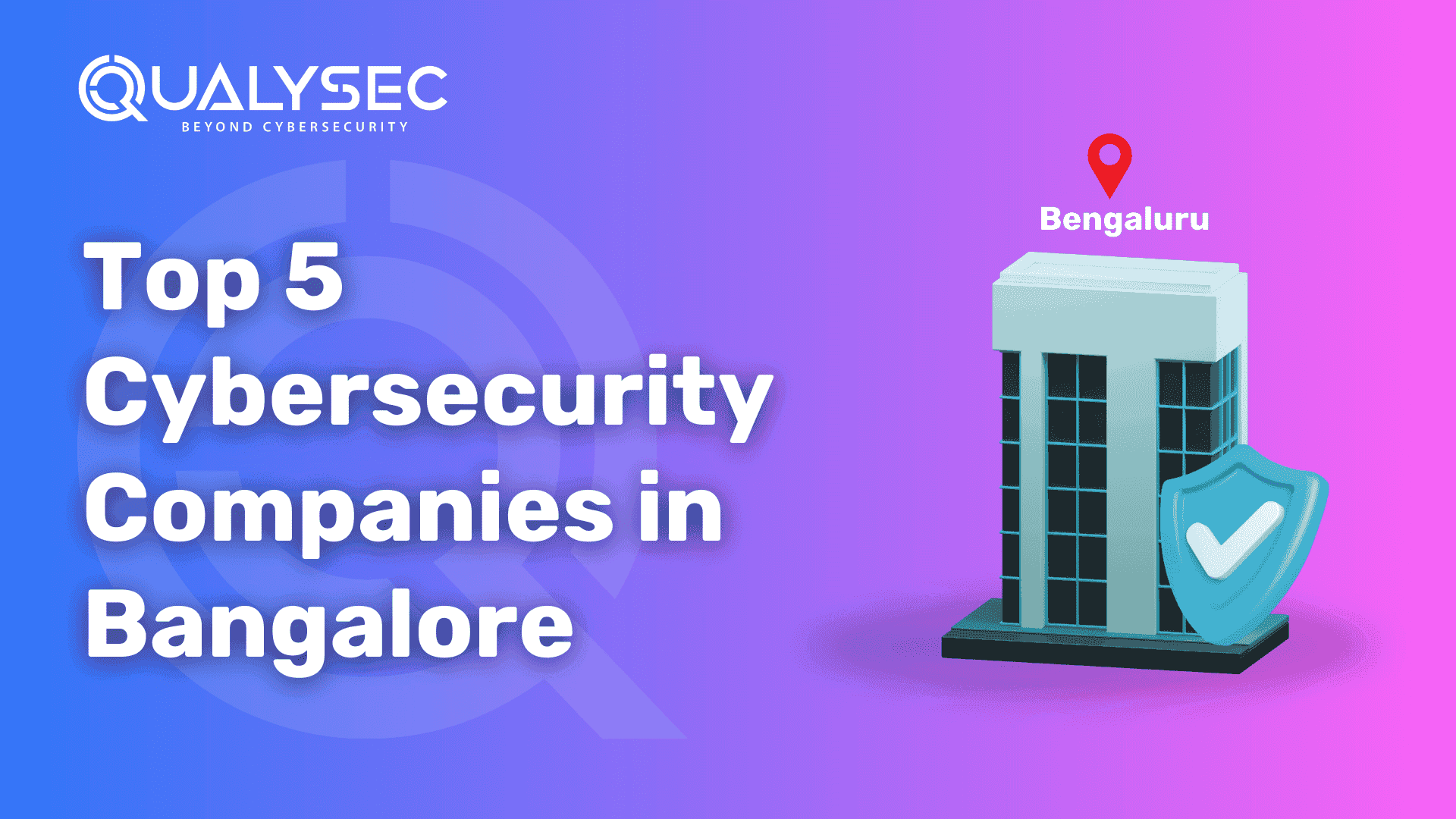
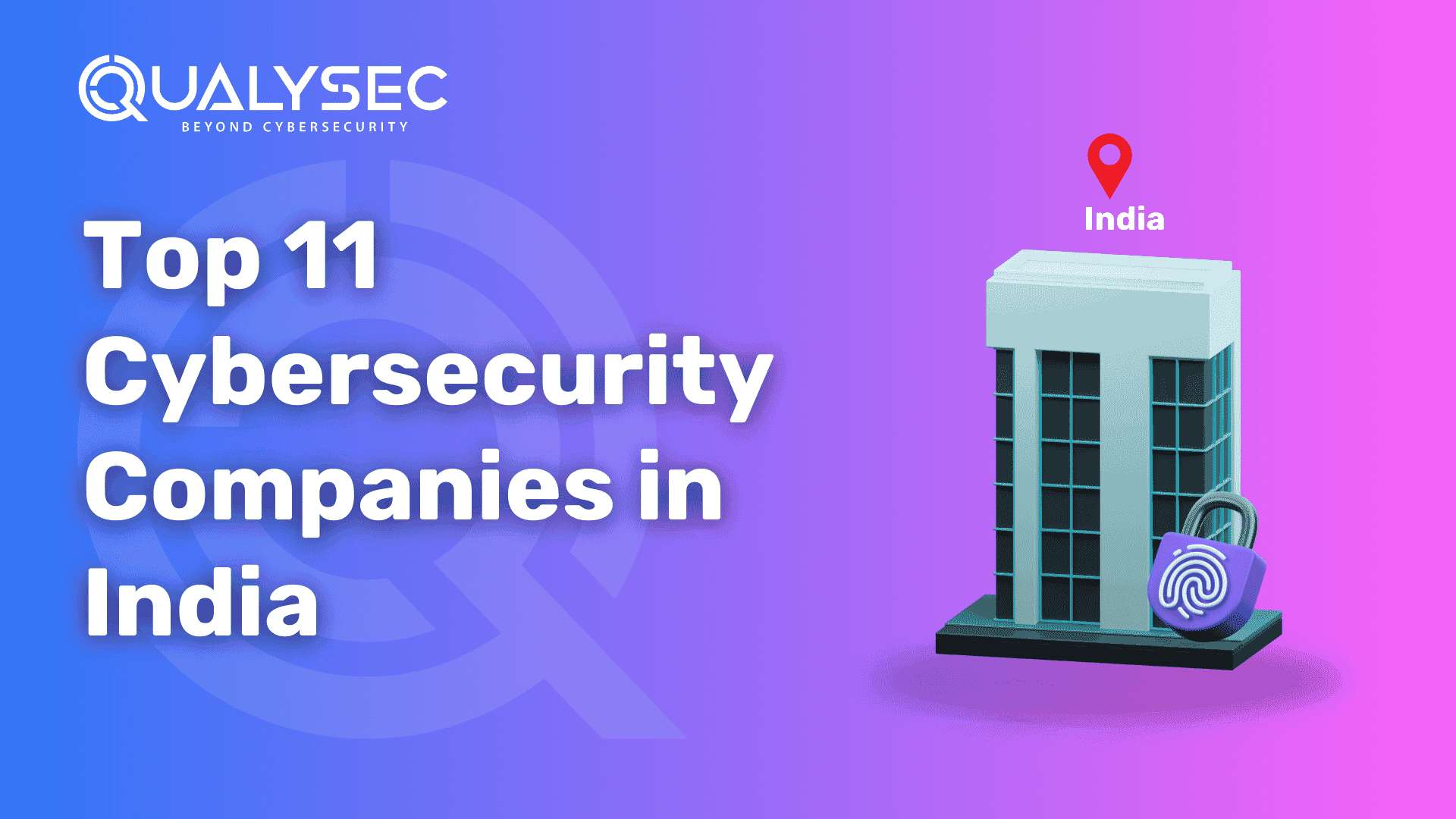
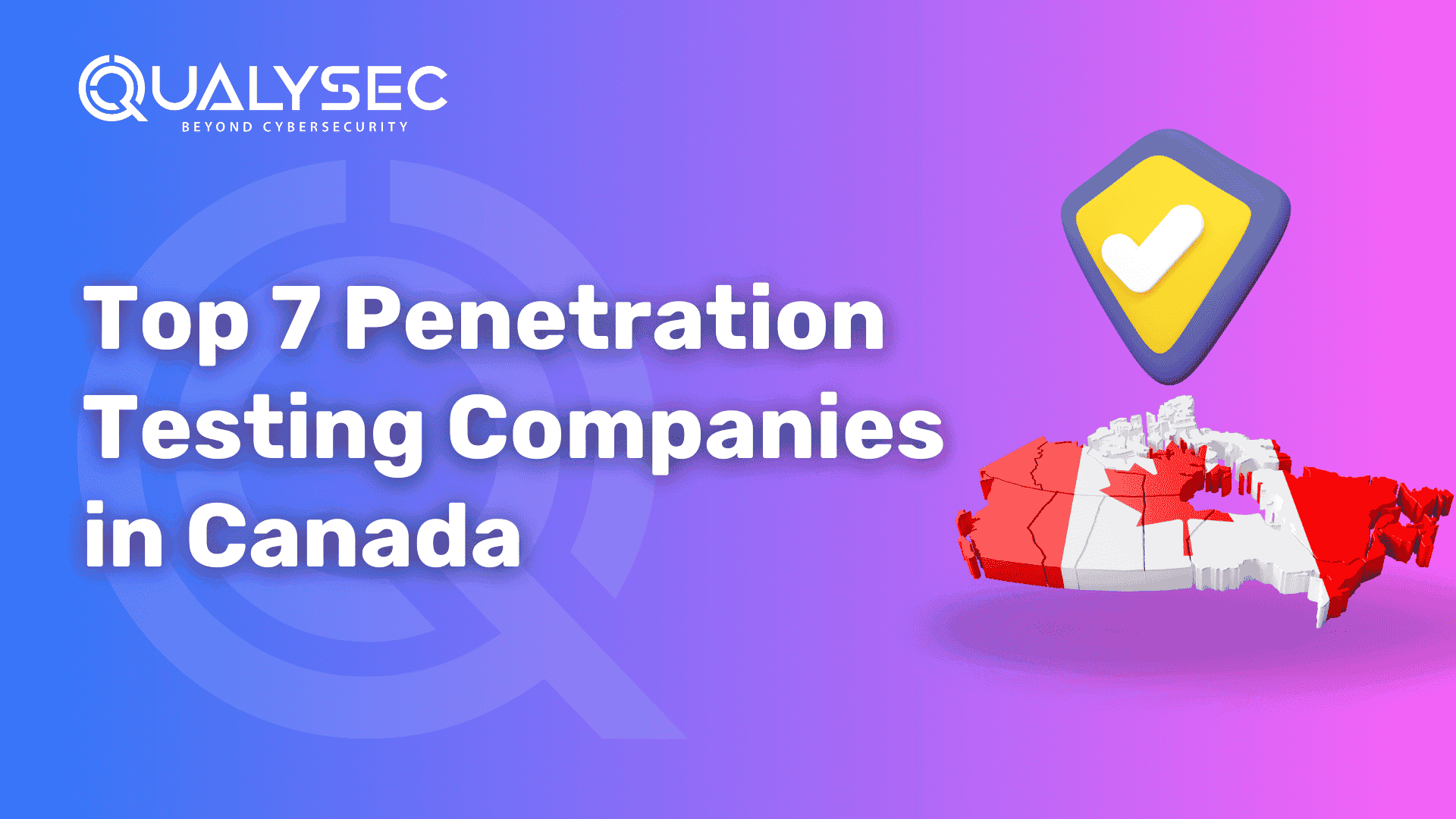
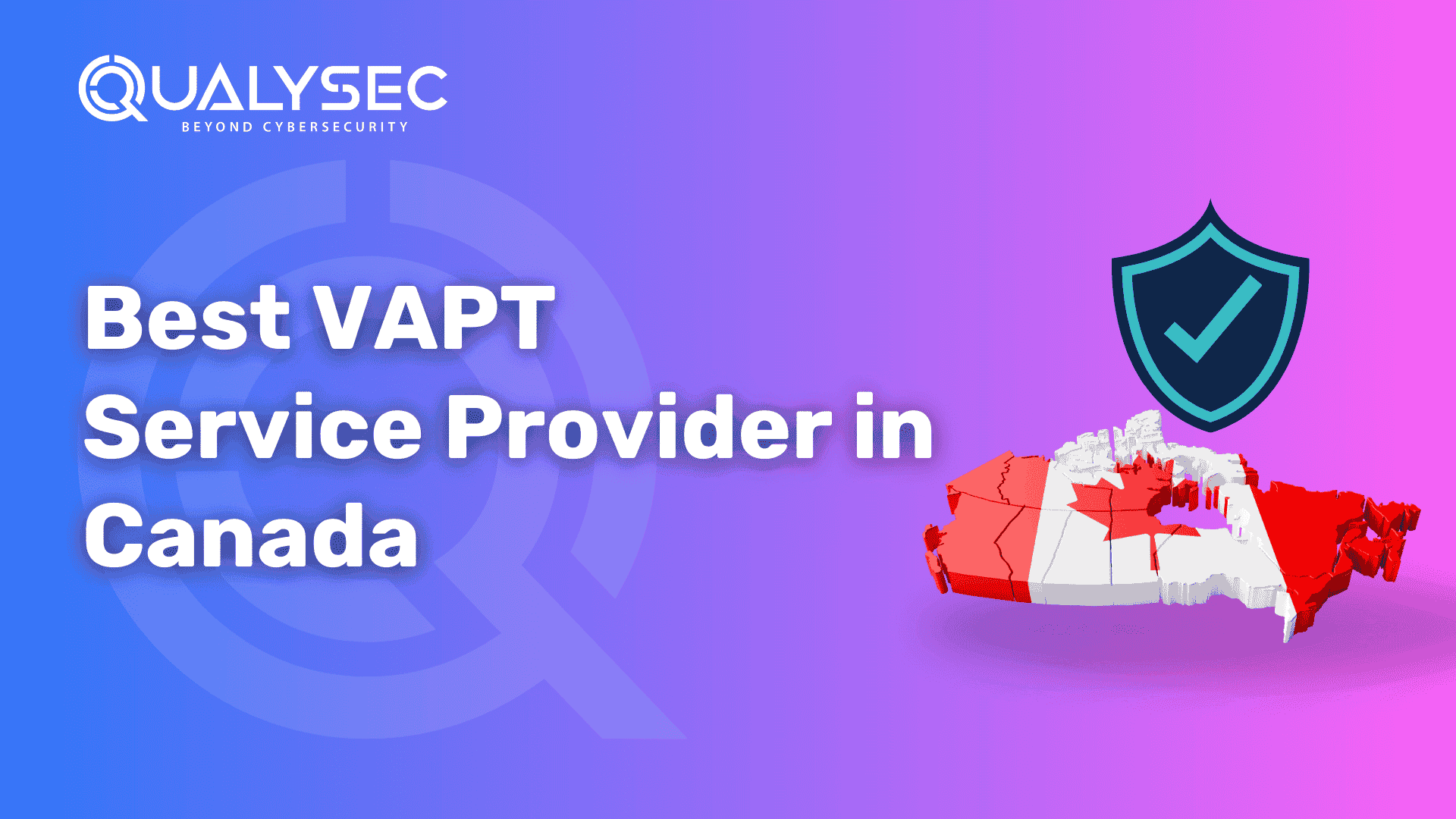
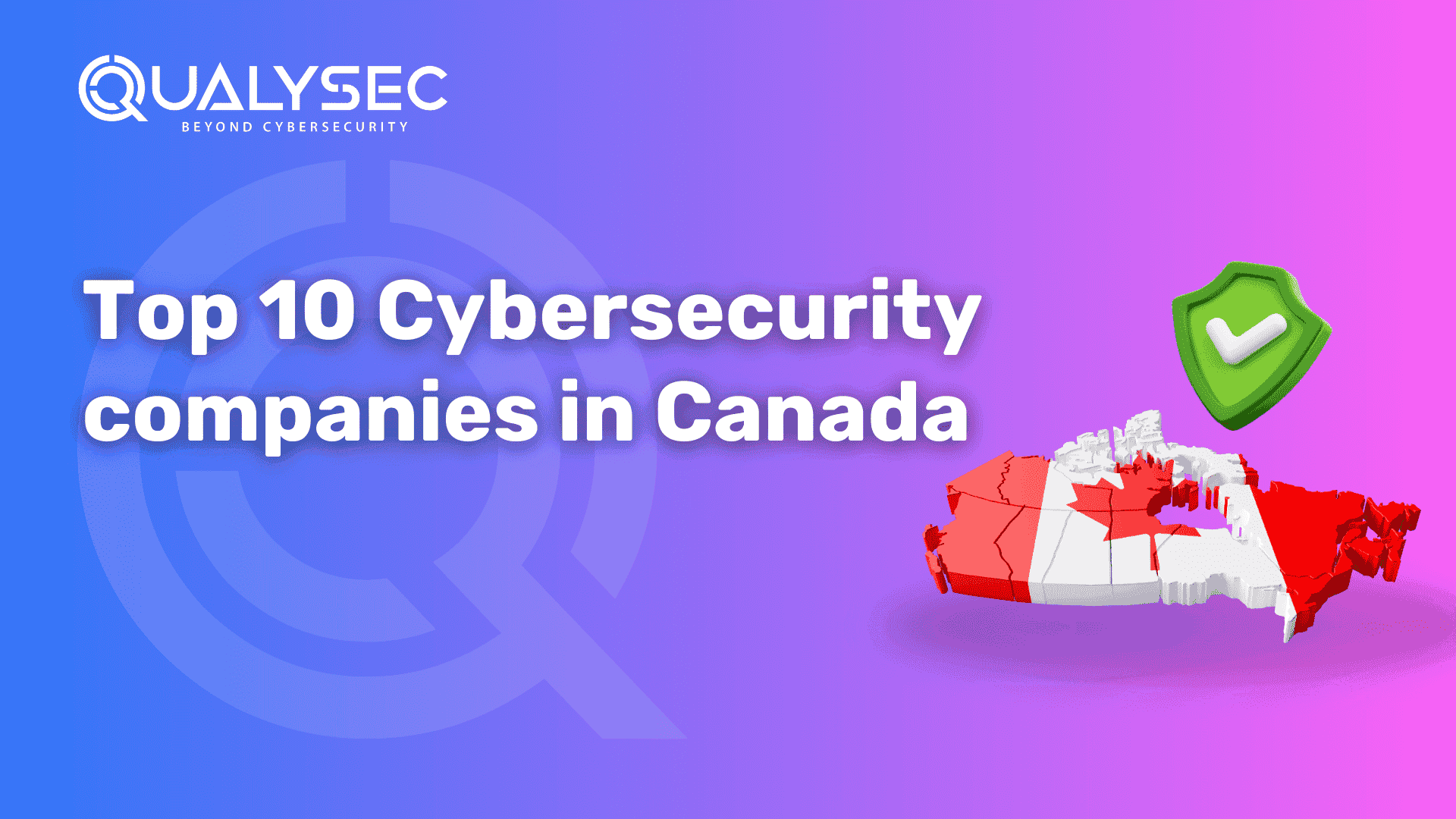

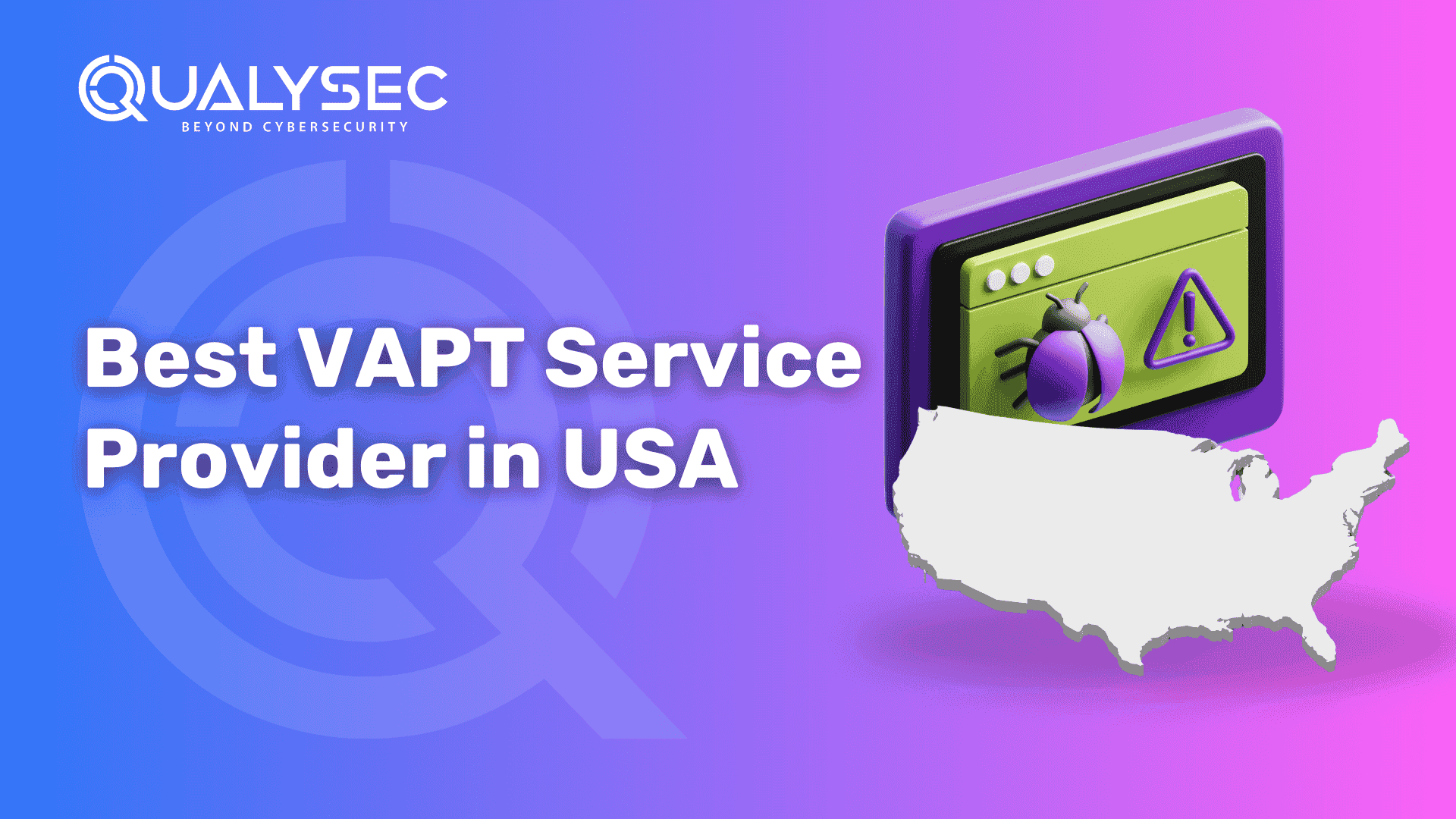
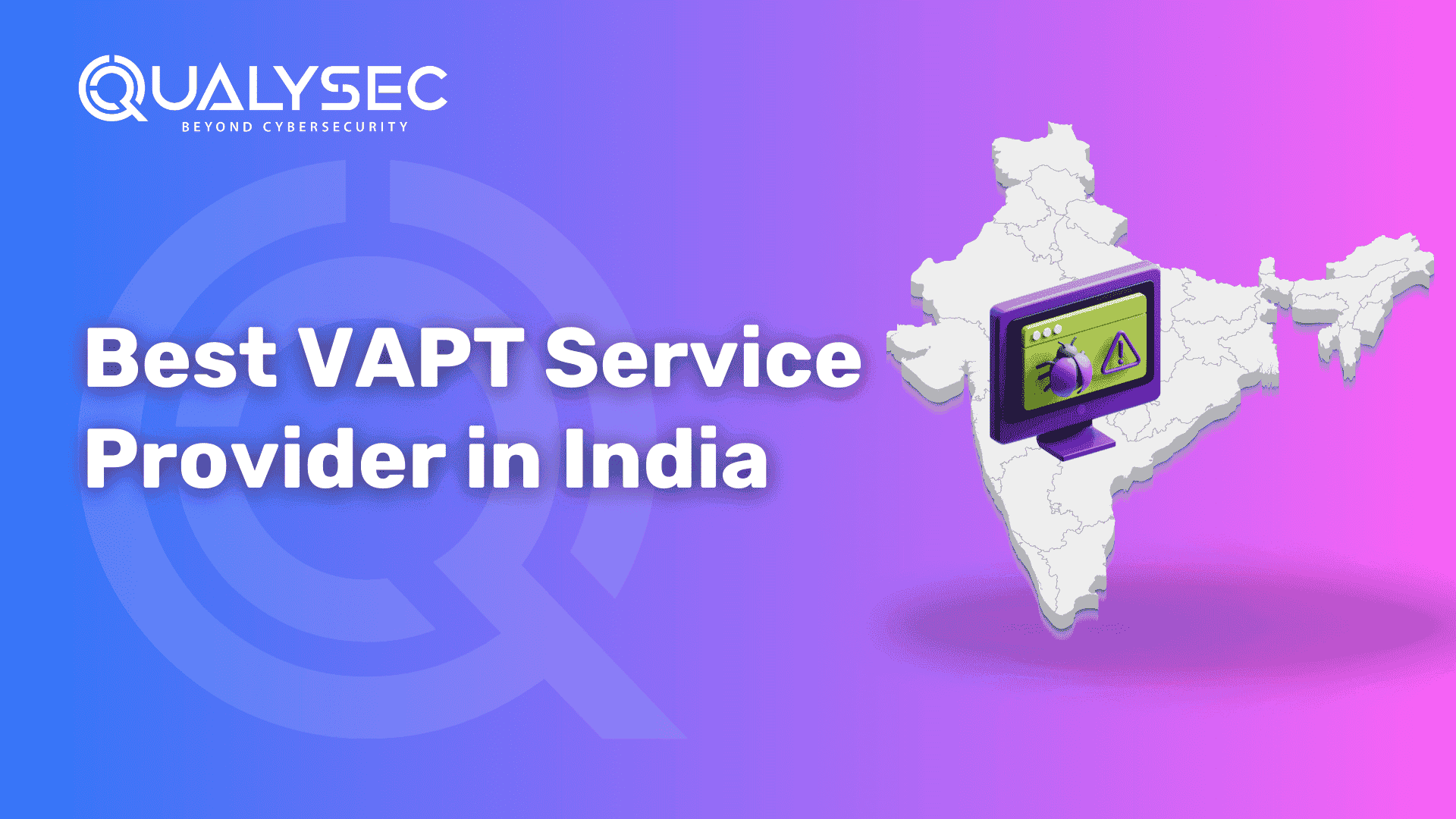
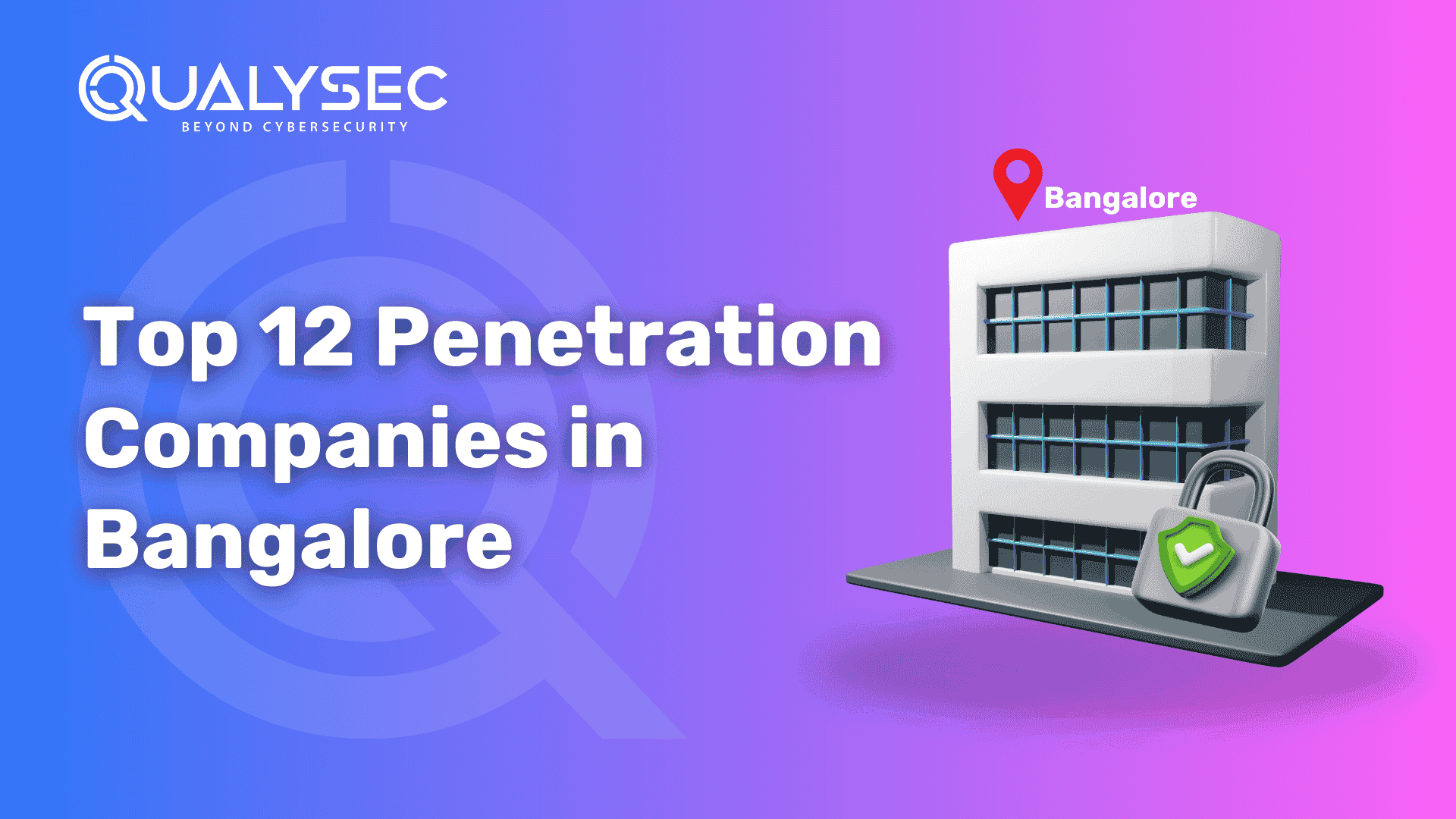
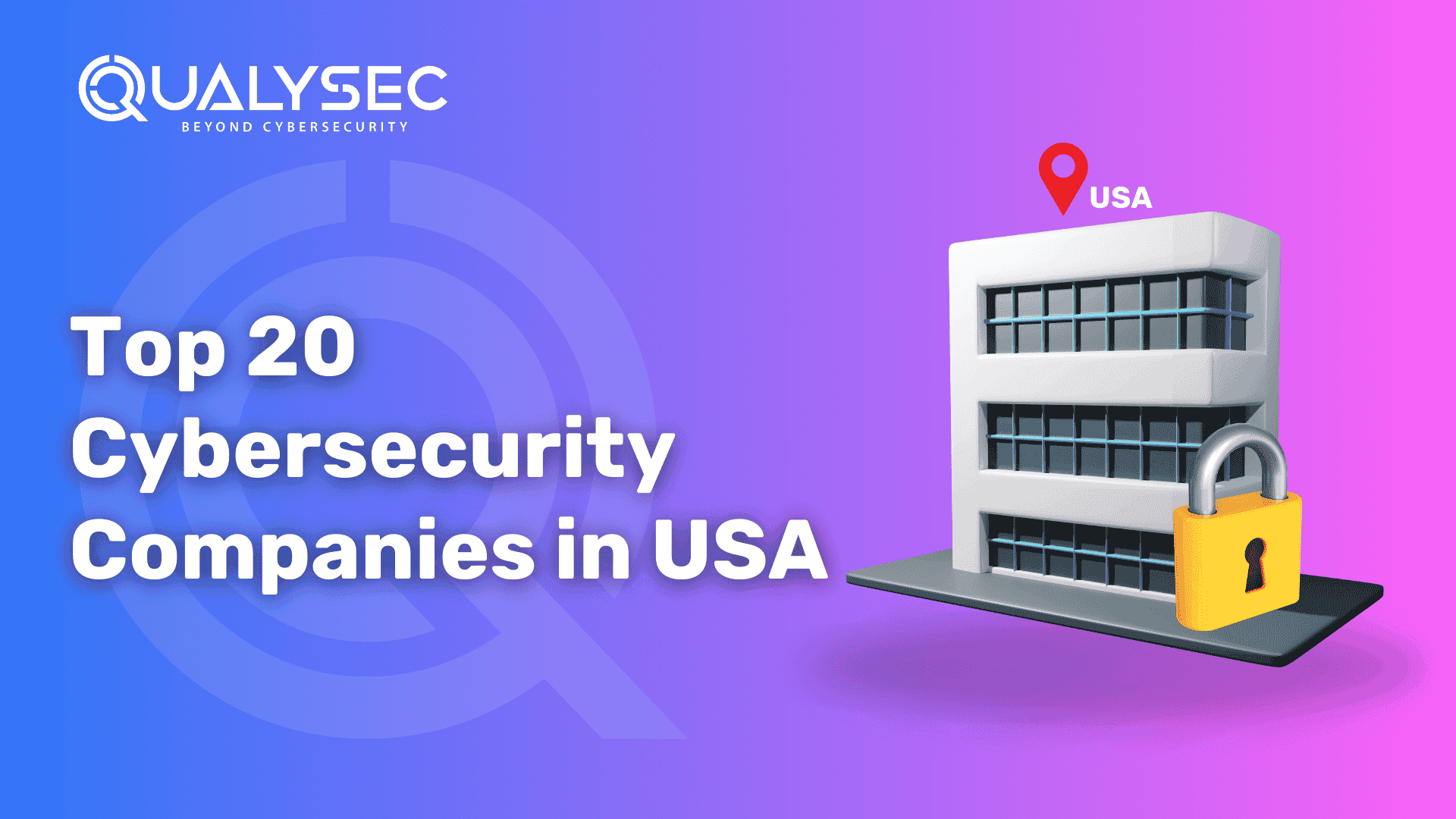
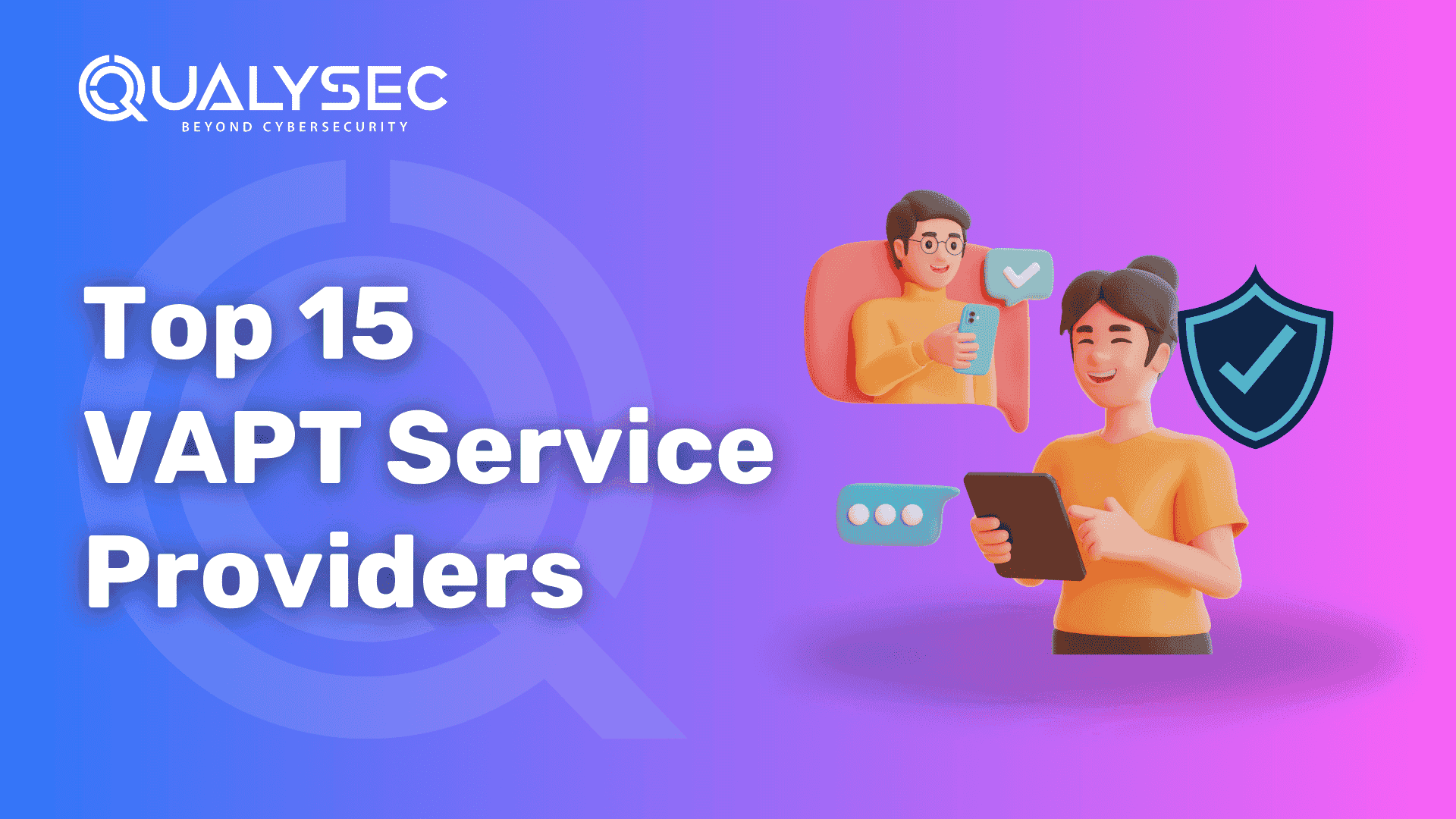

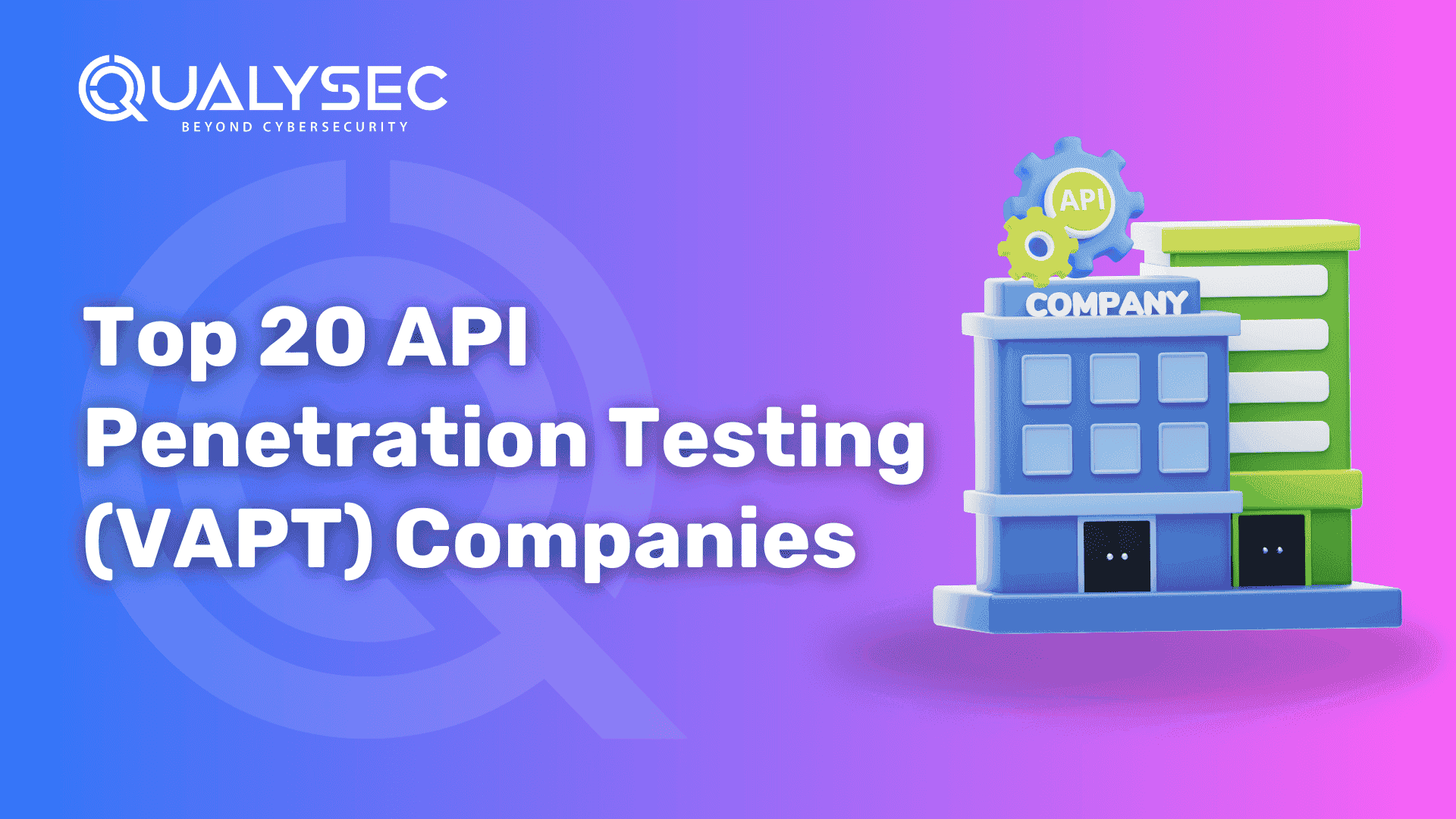
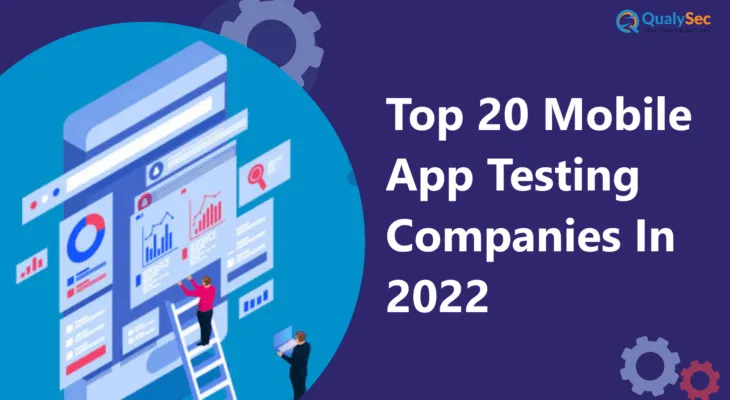
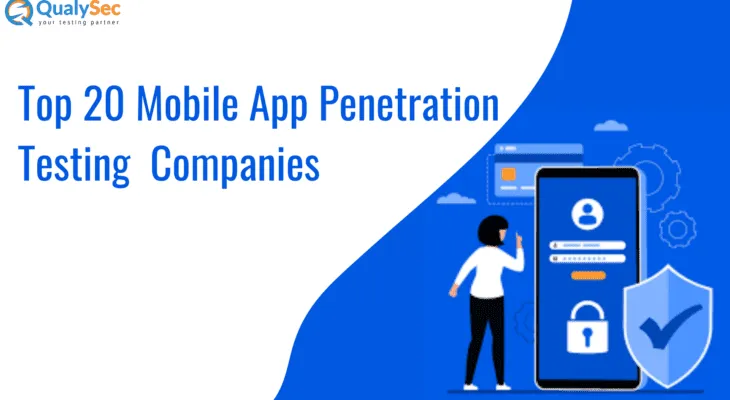
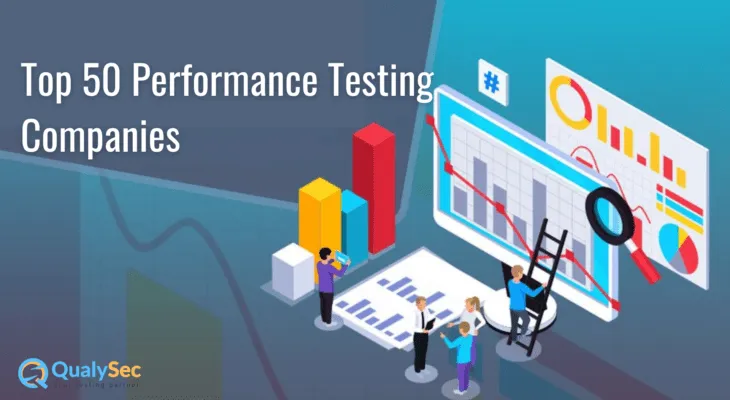
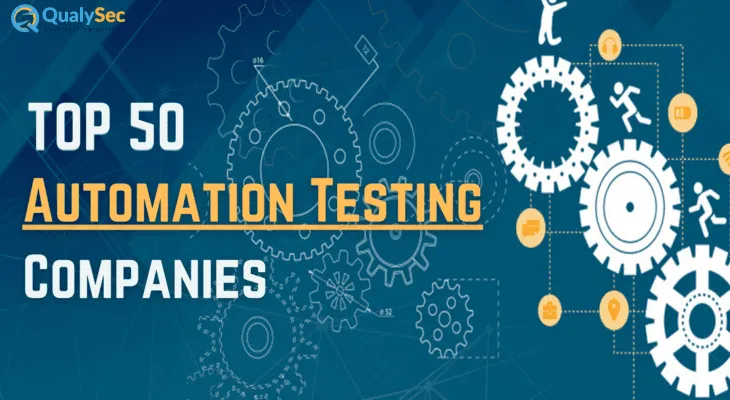


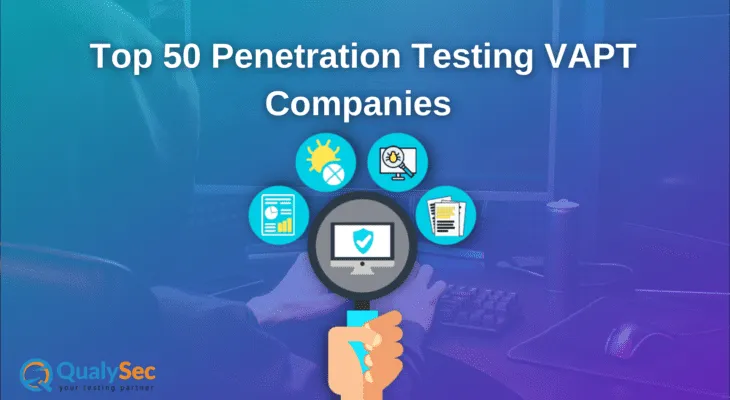
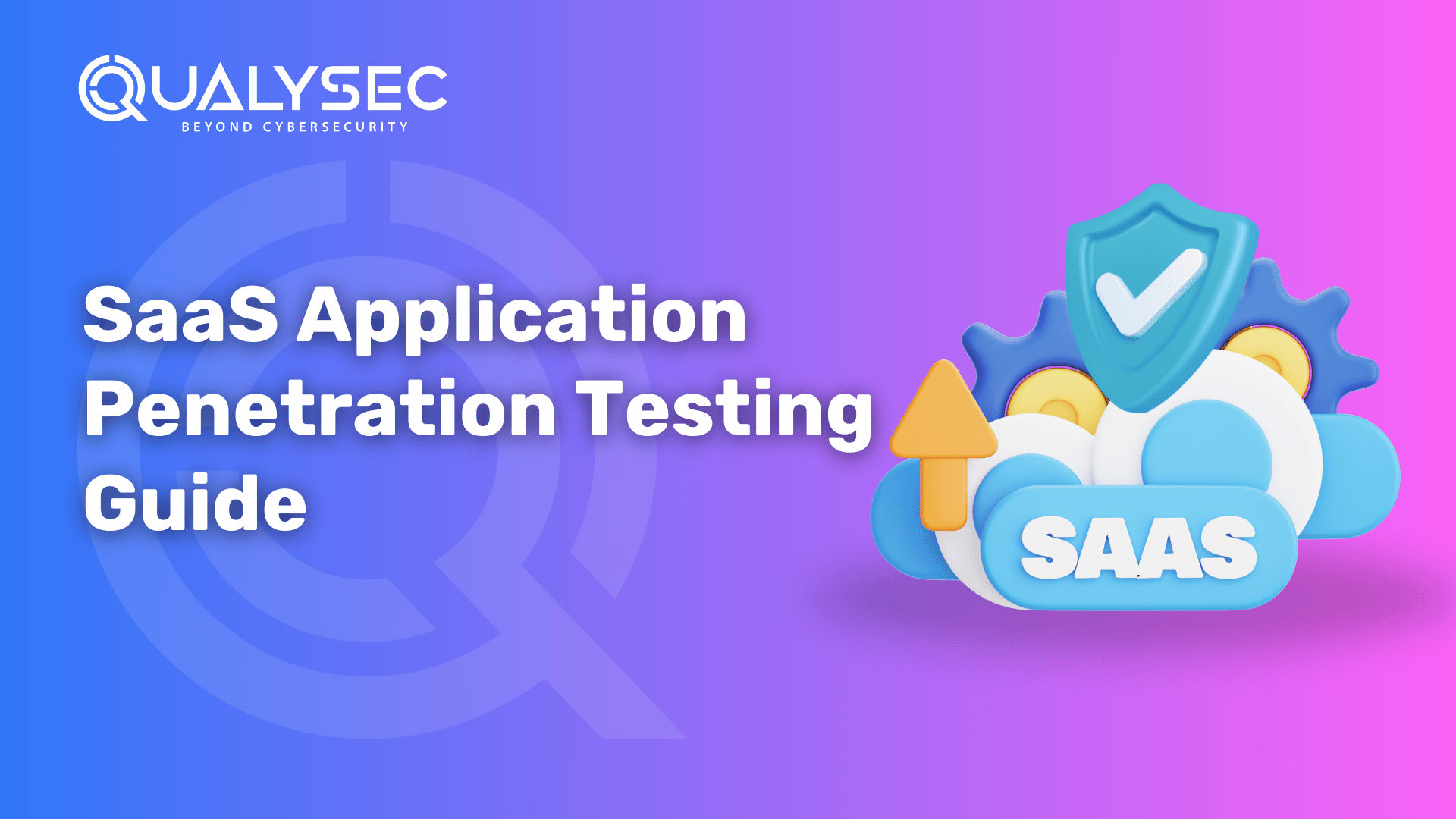
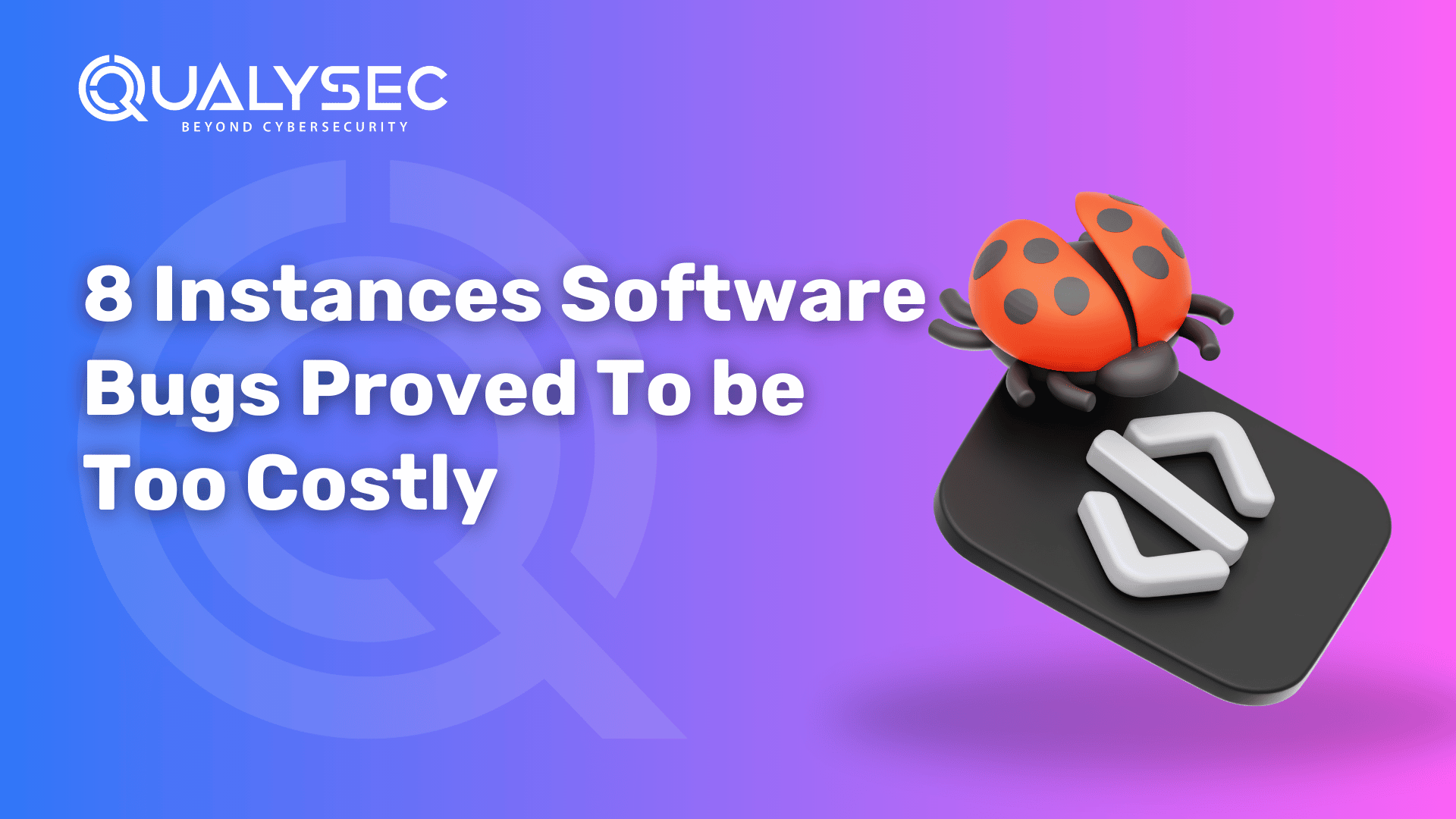
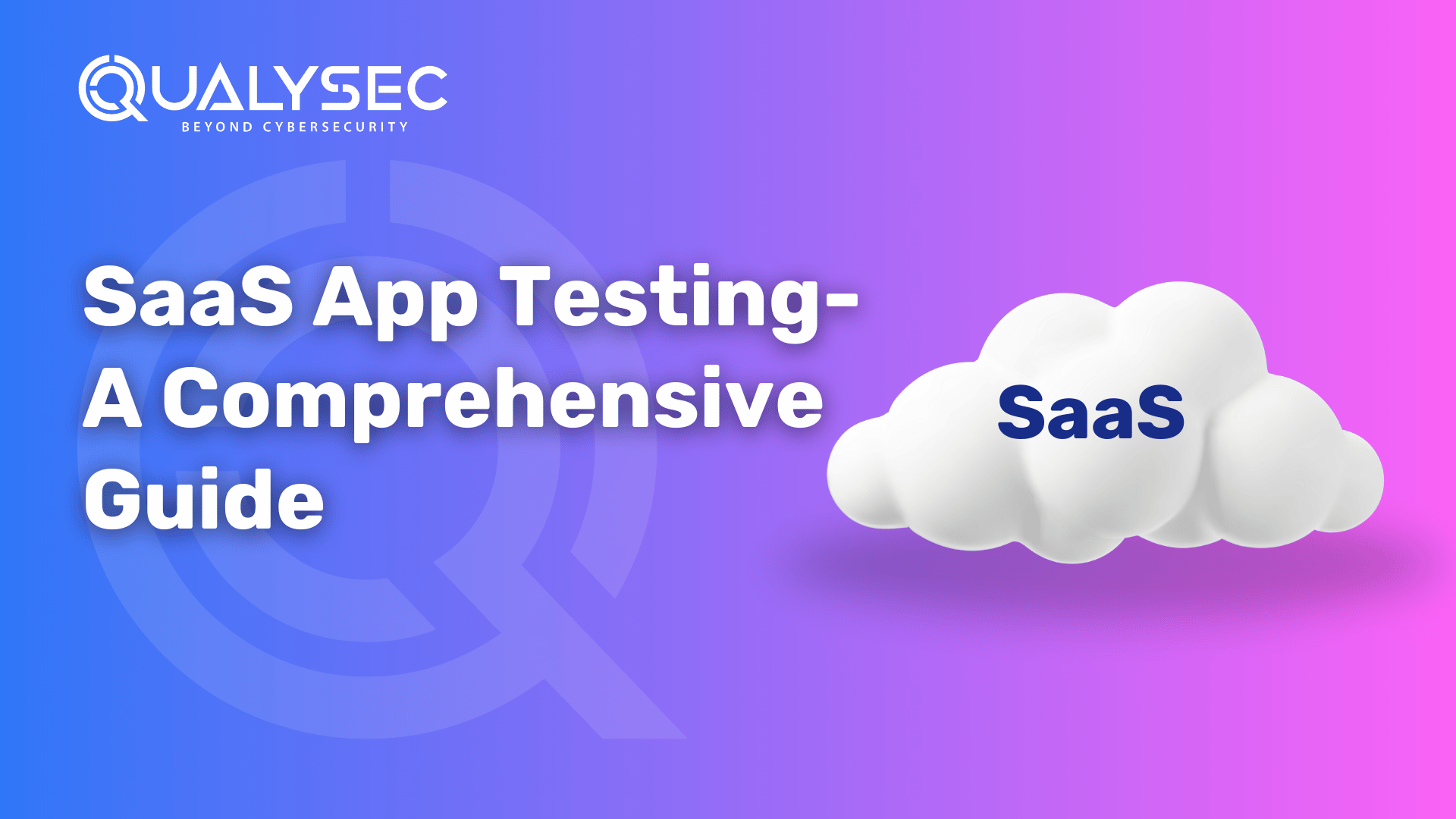
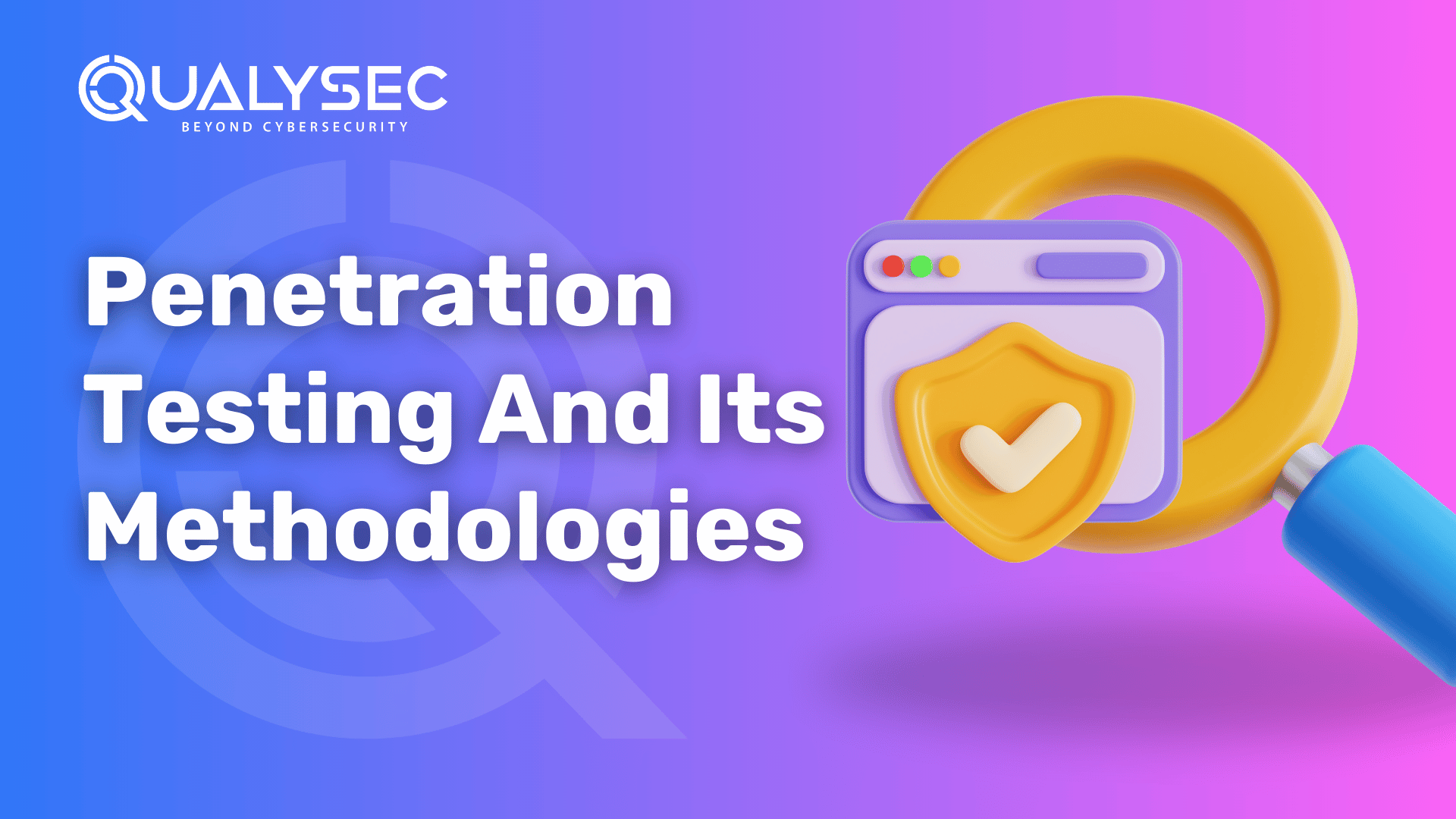

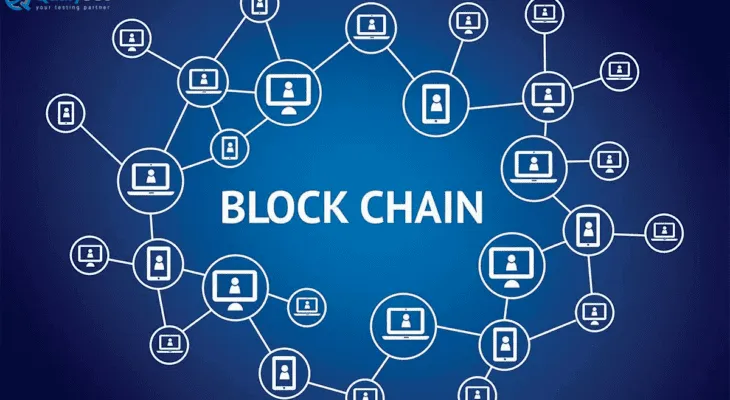
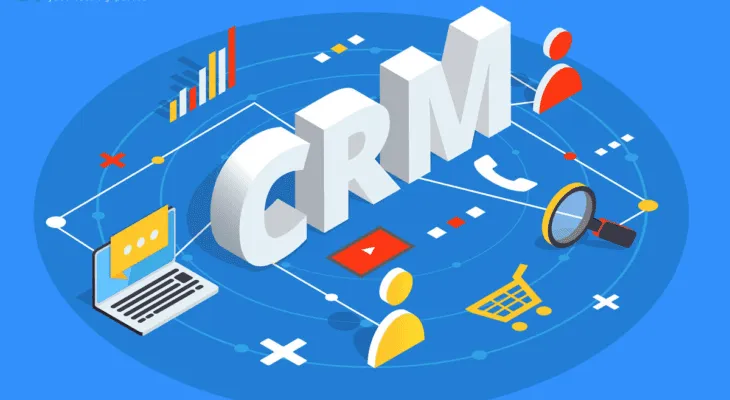
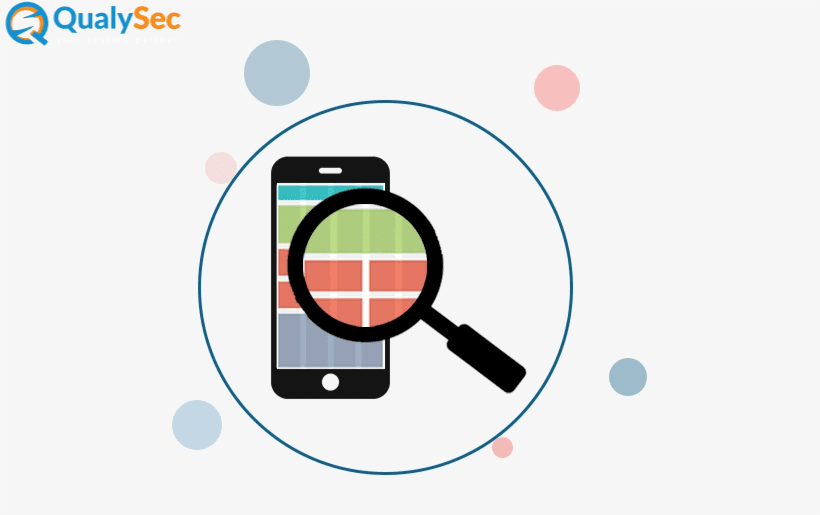

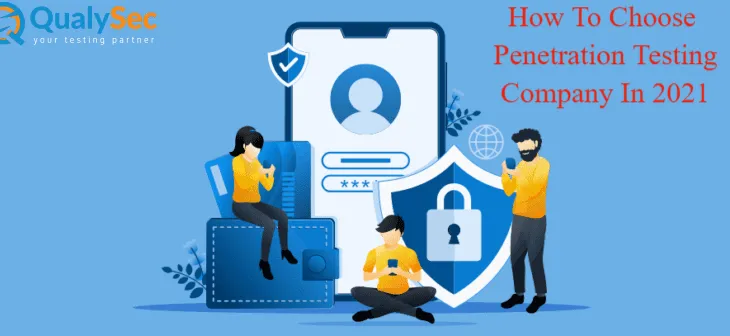

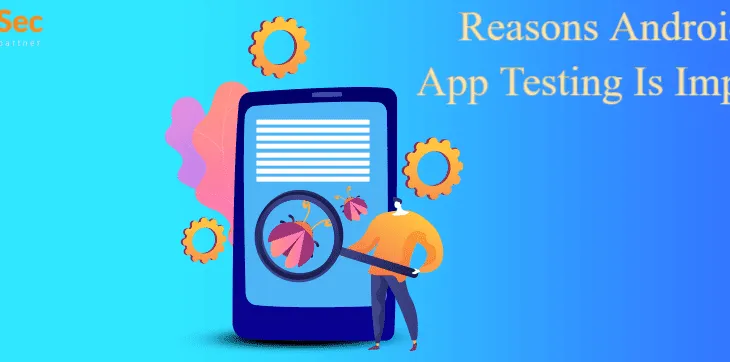

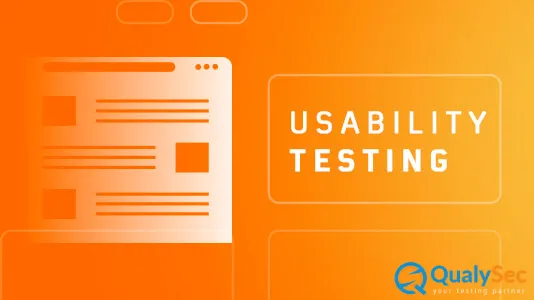

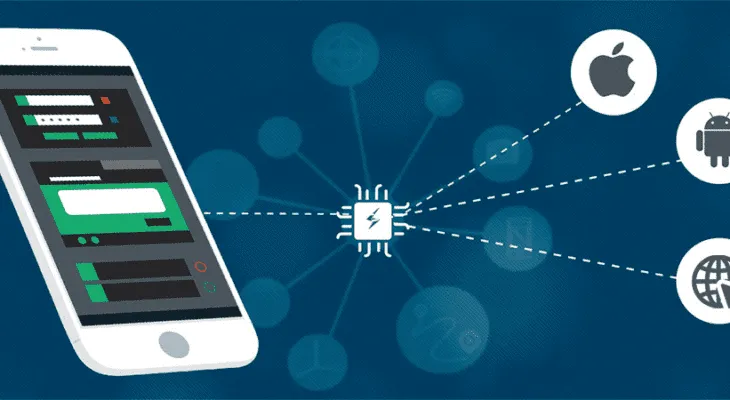
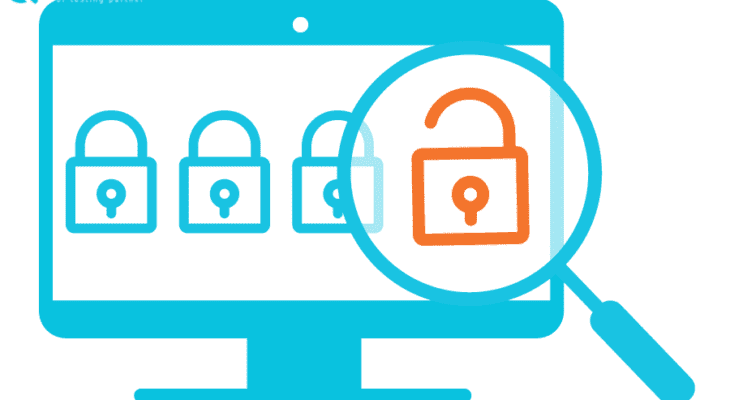
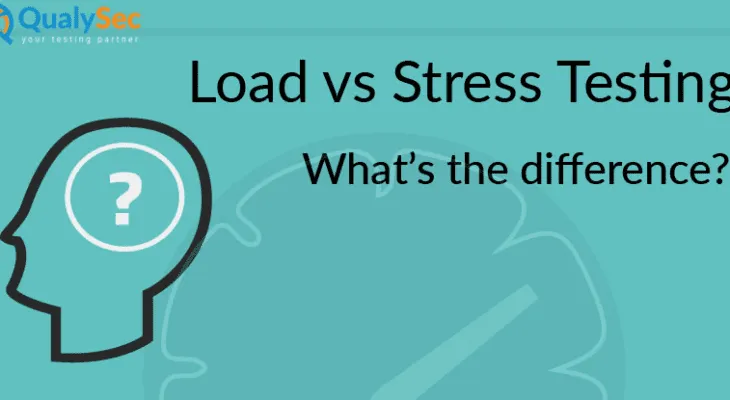
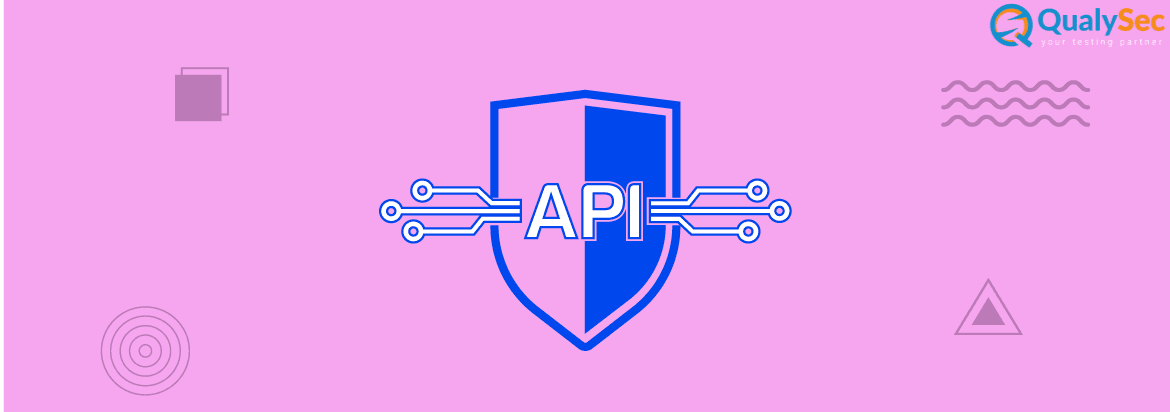

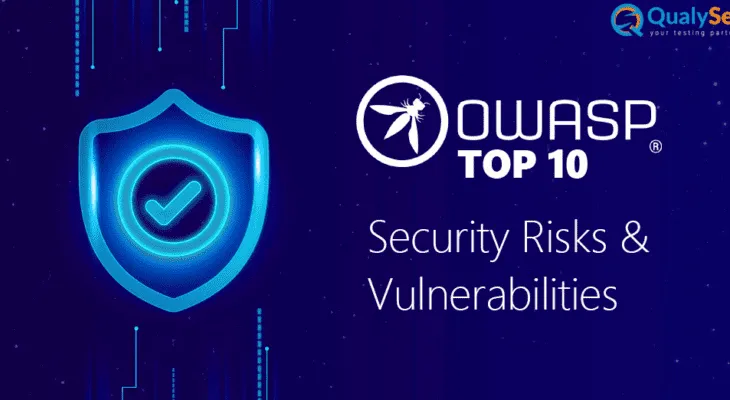
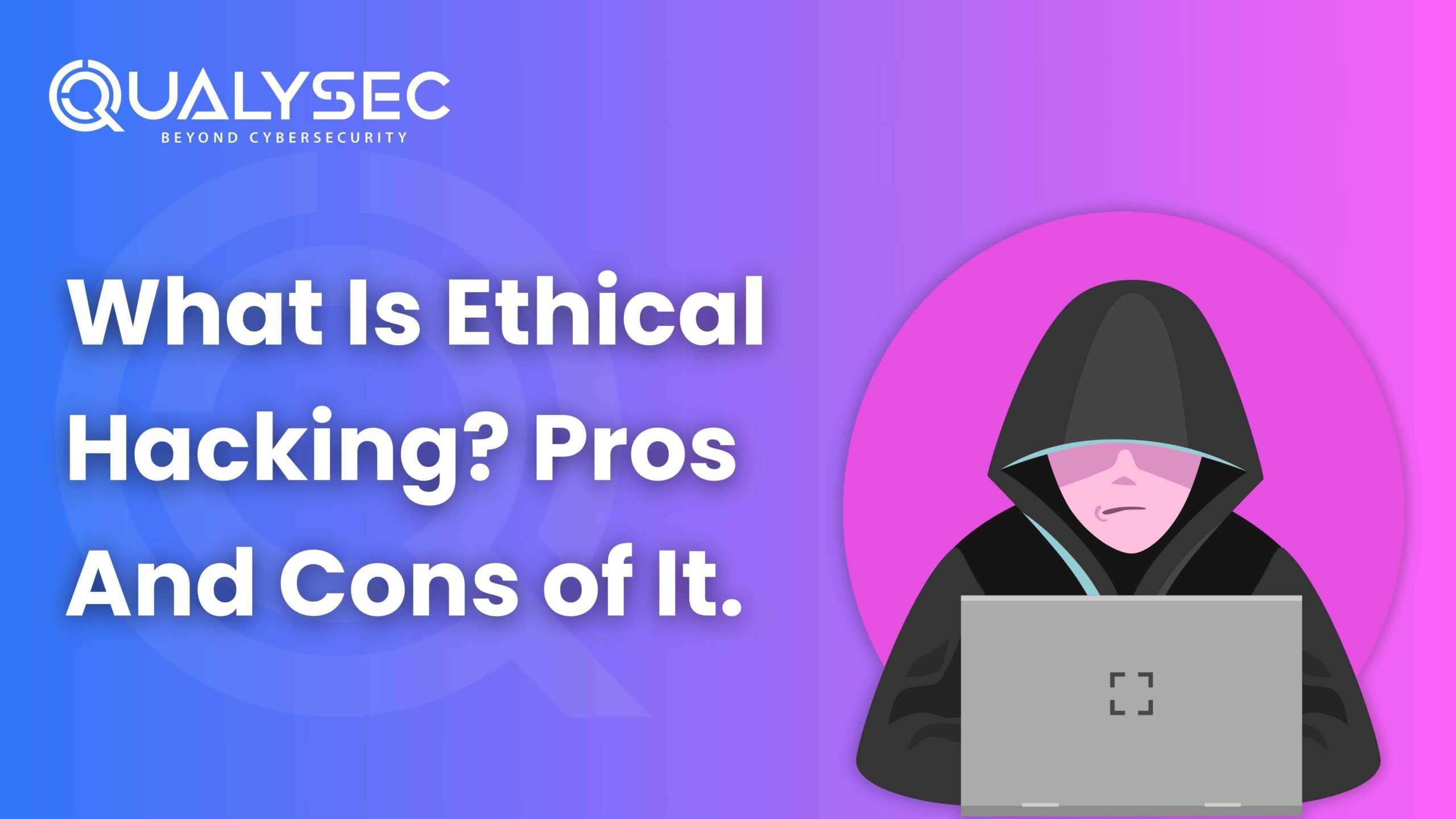
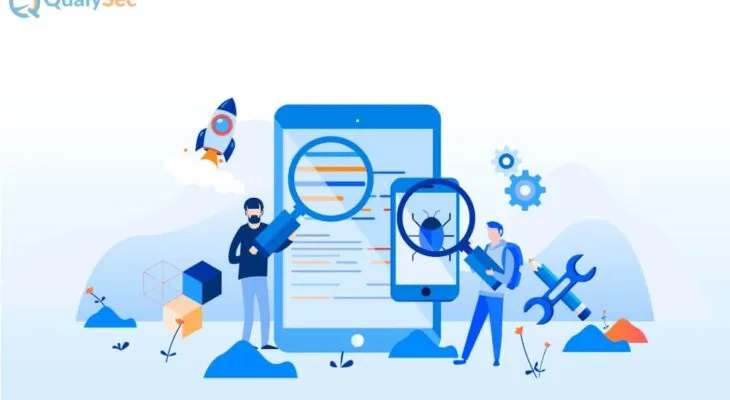
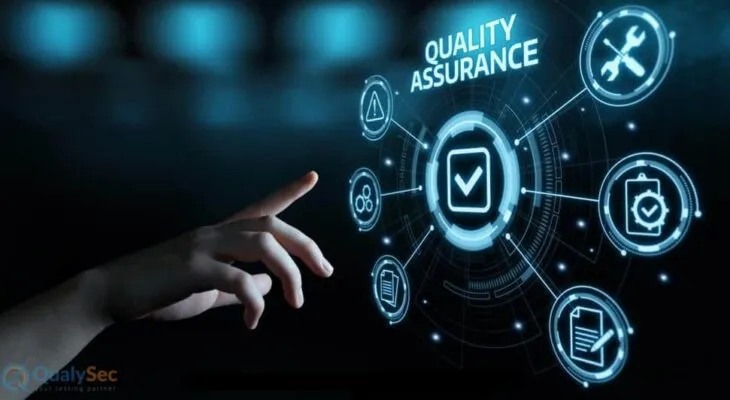
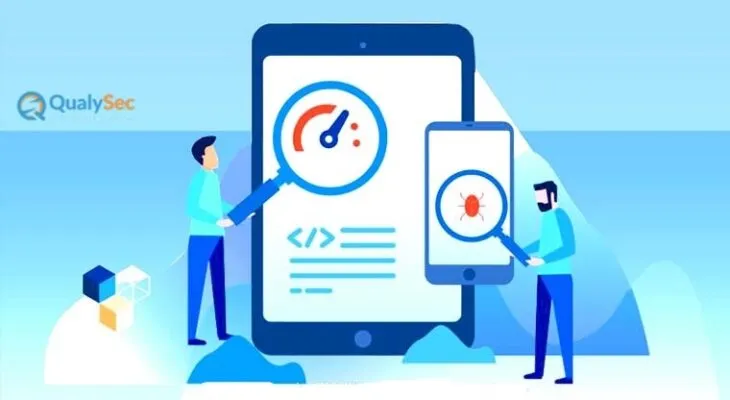
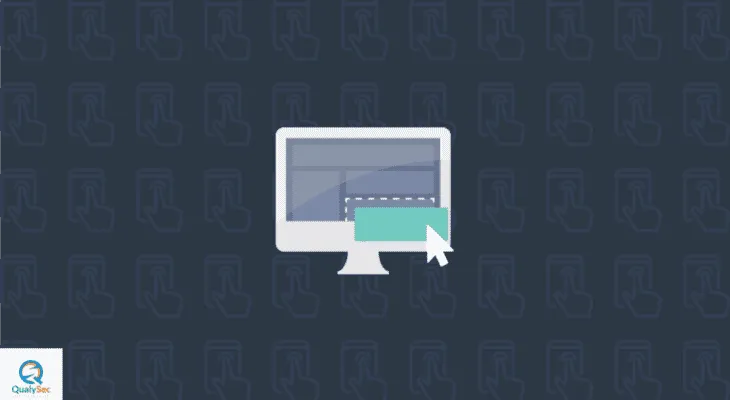



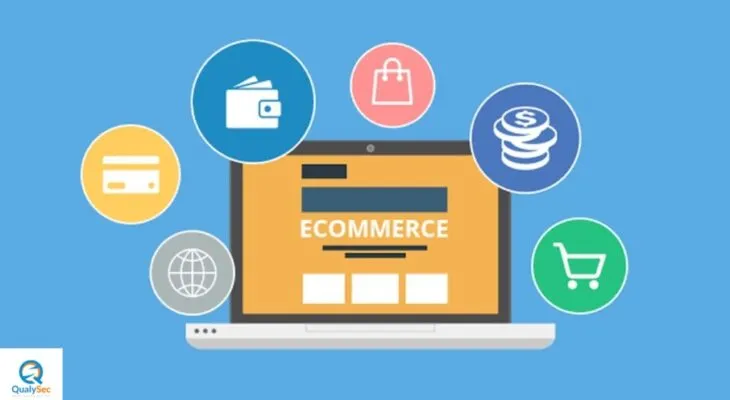
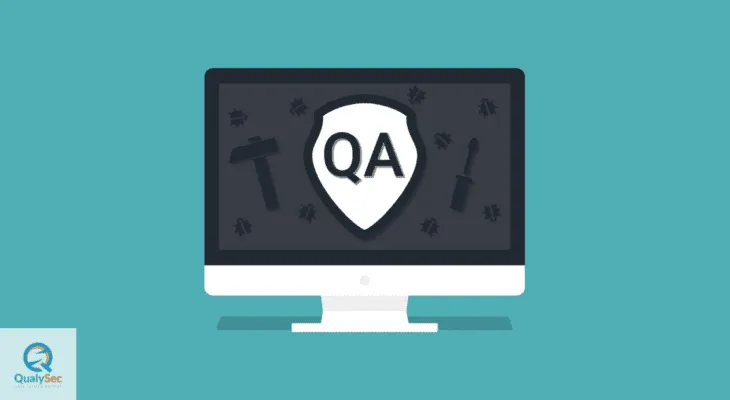
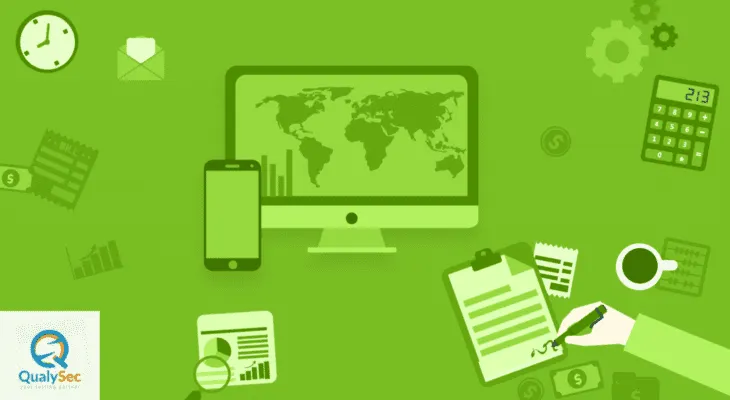
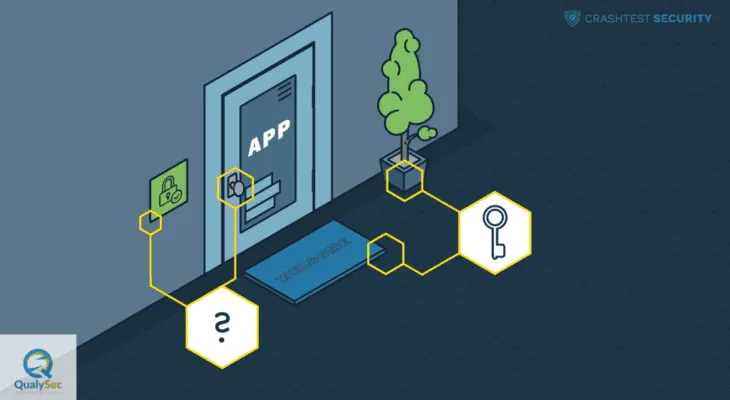





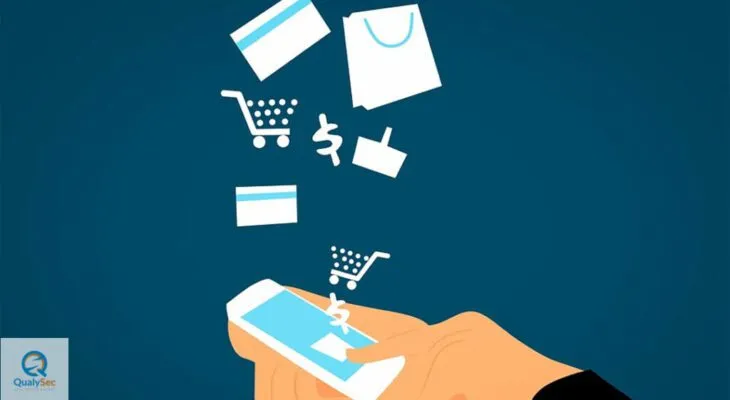
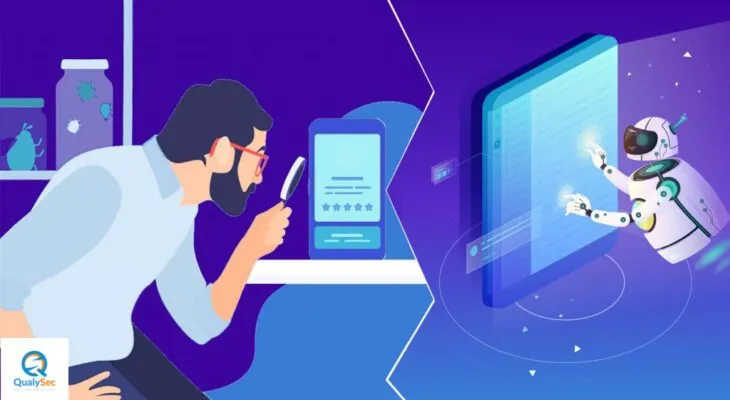

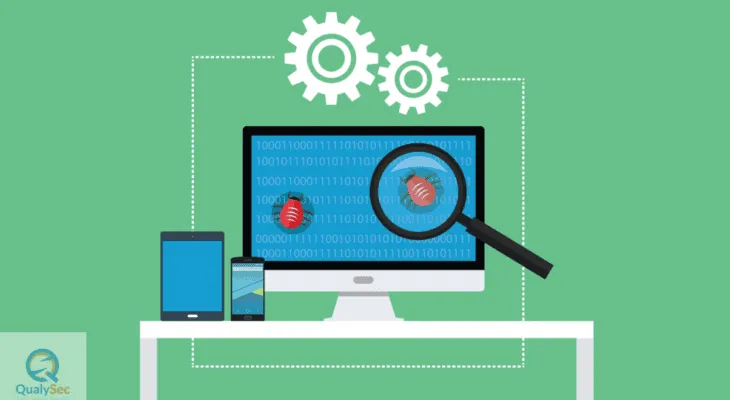



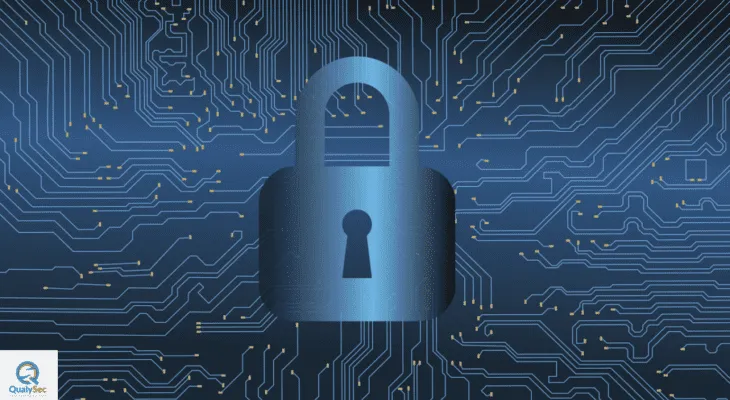
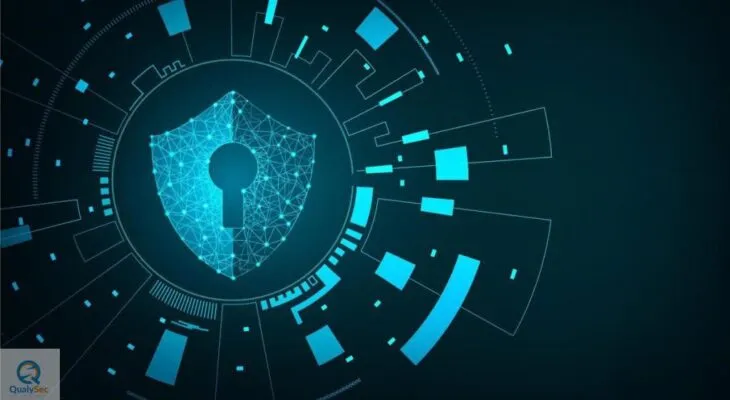

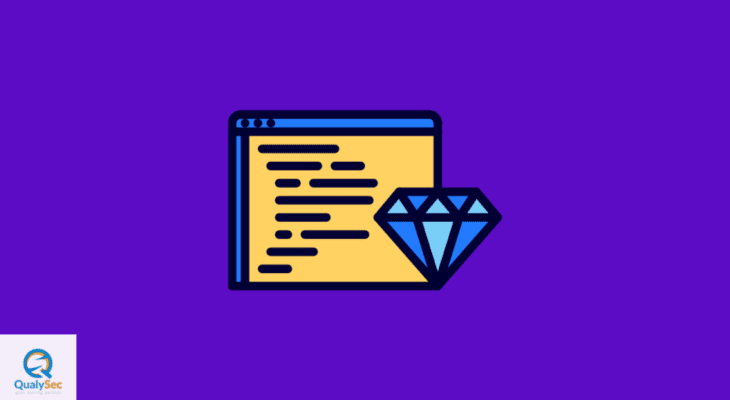


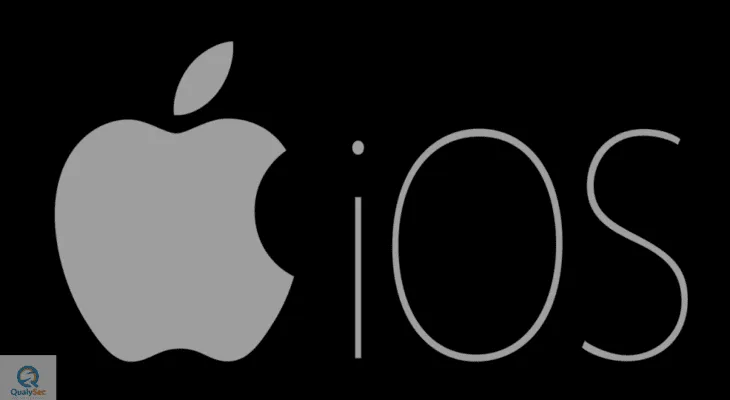


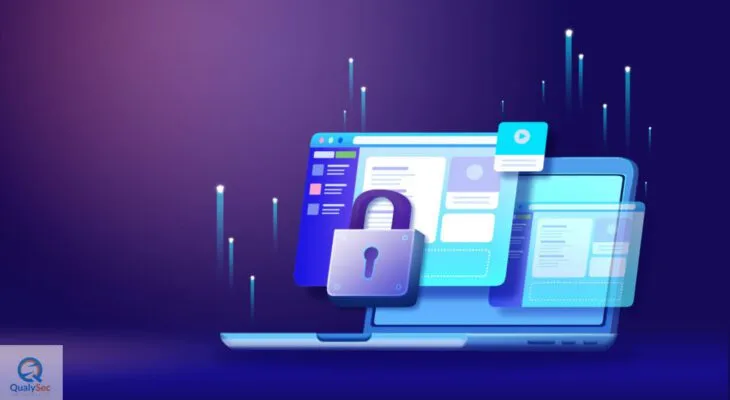

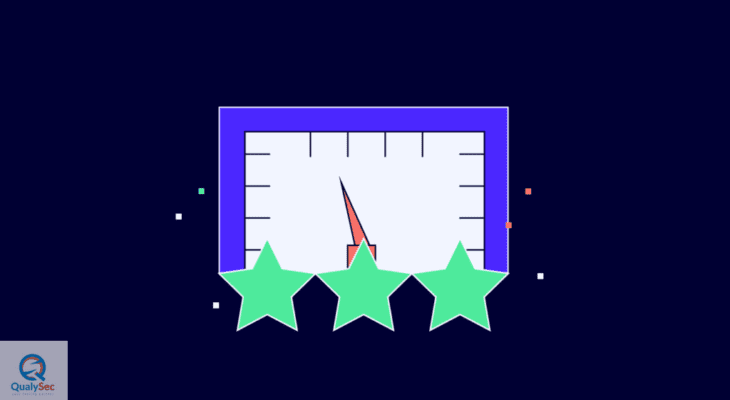

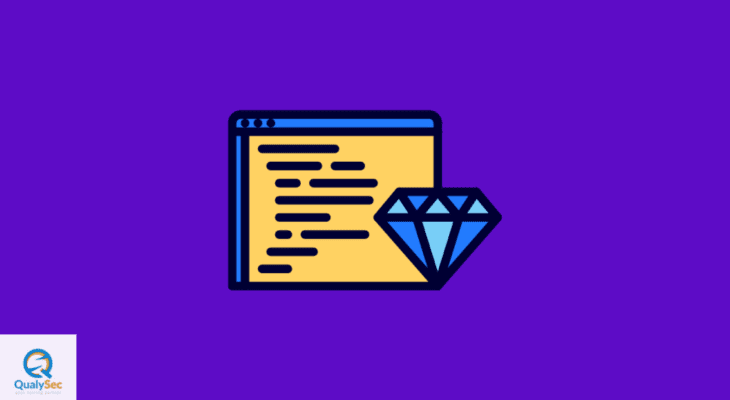



0 Comments